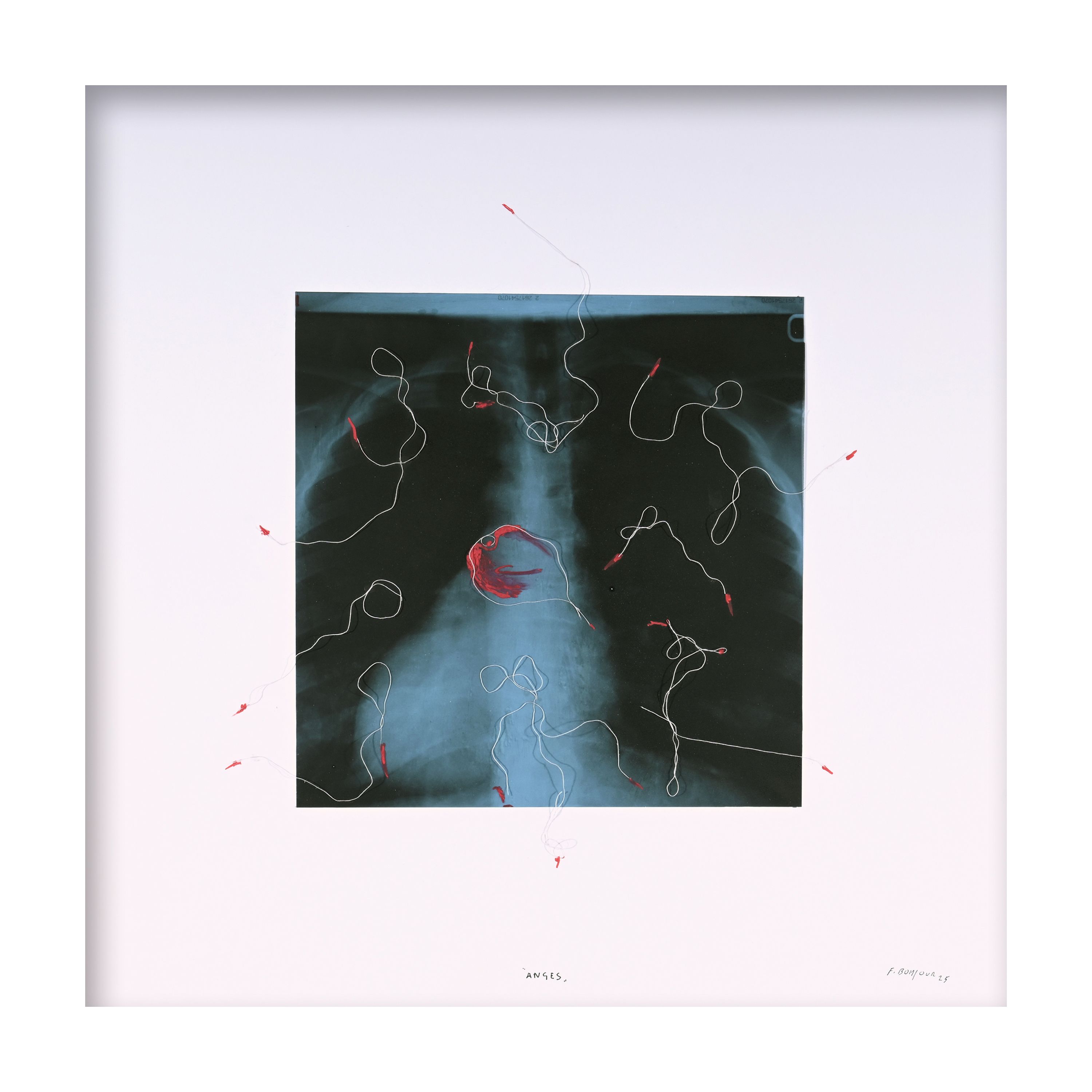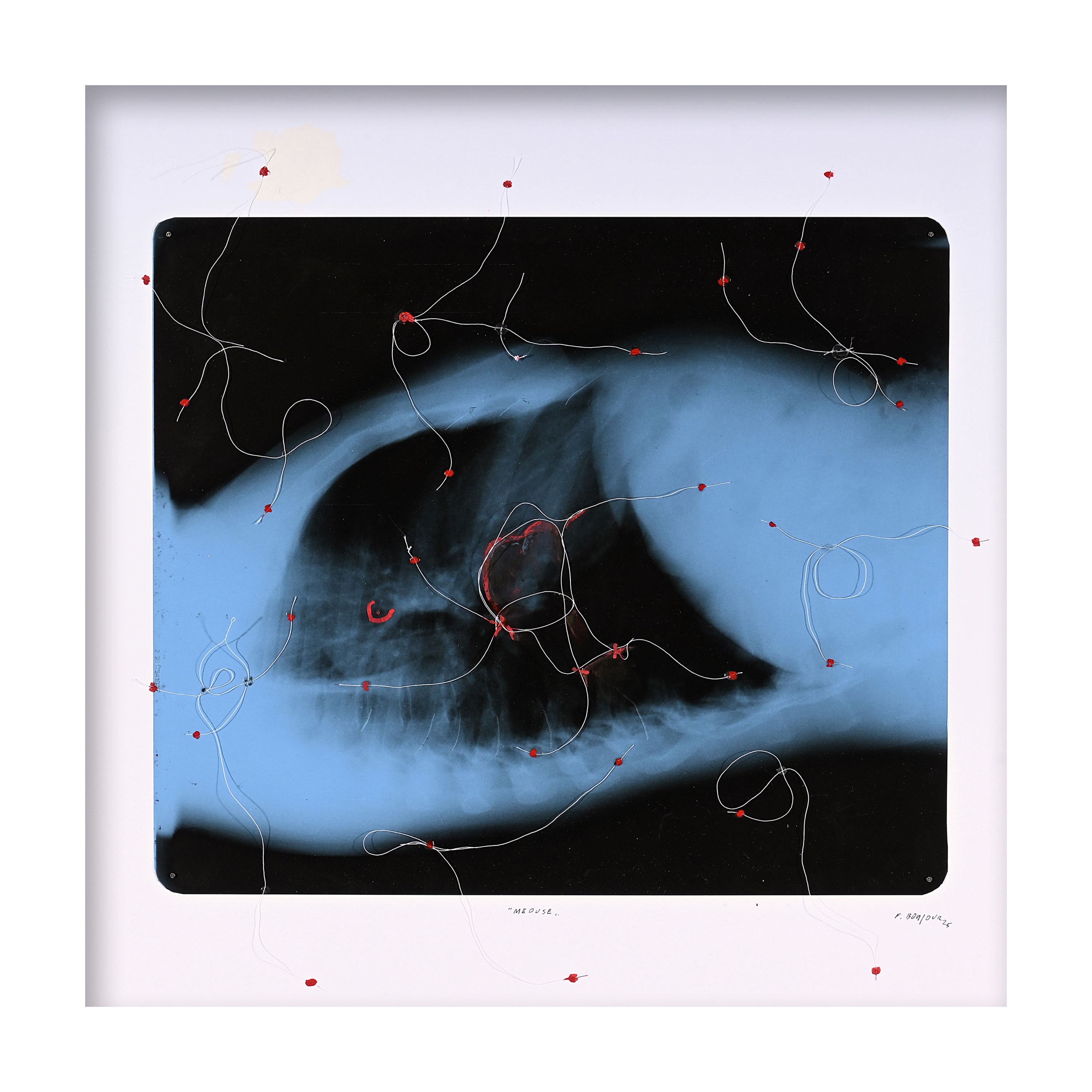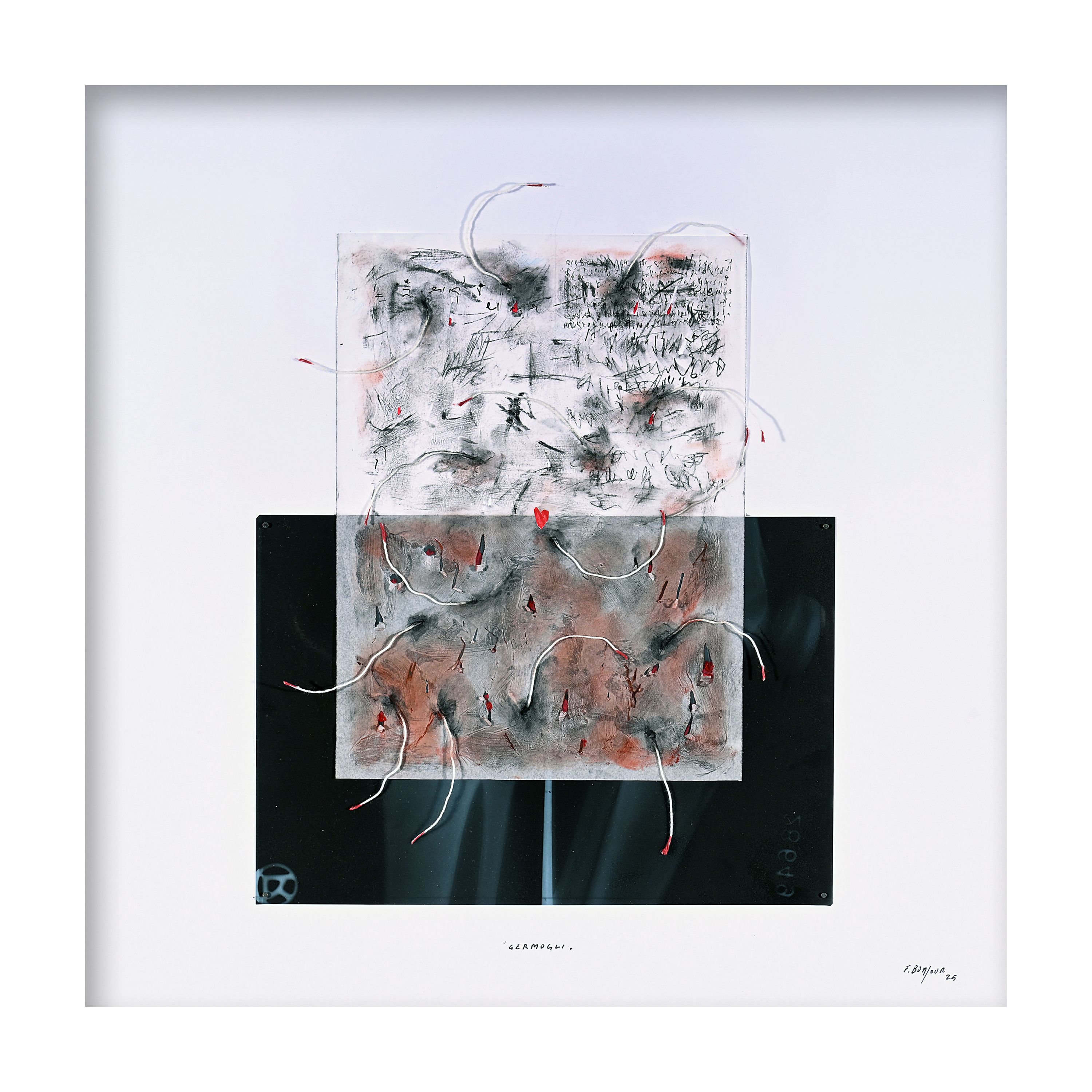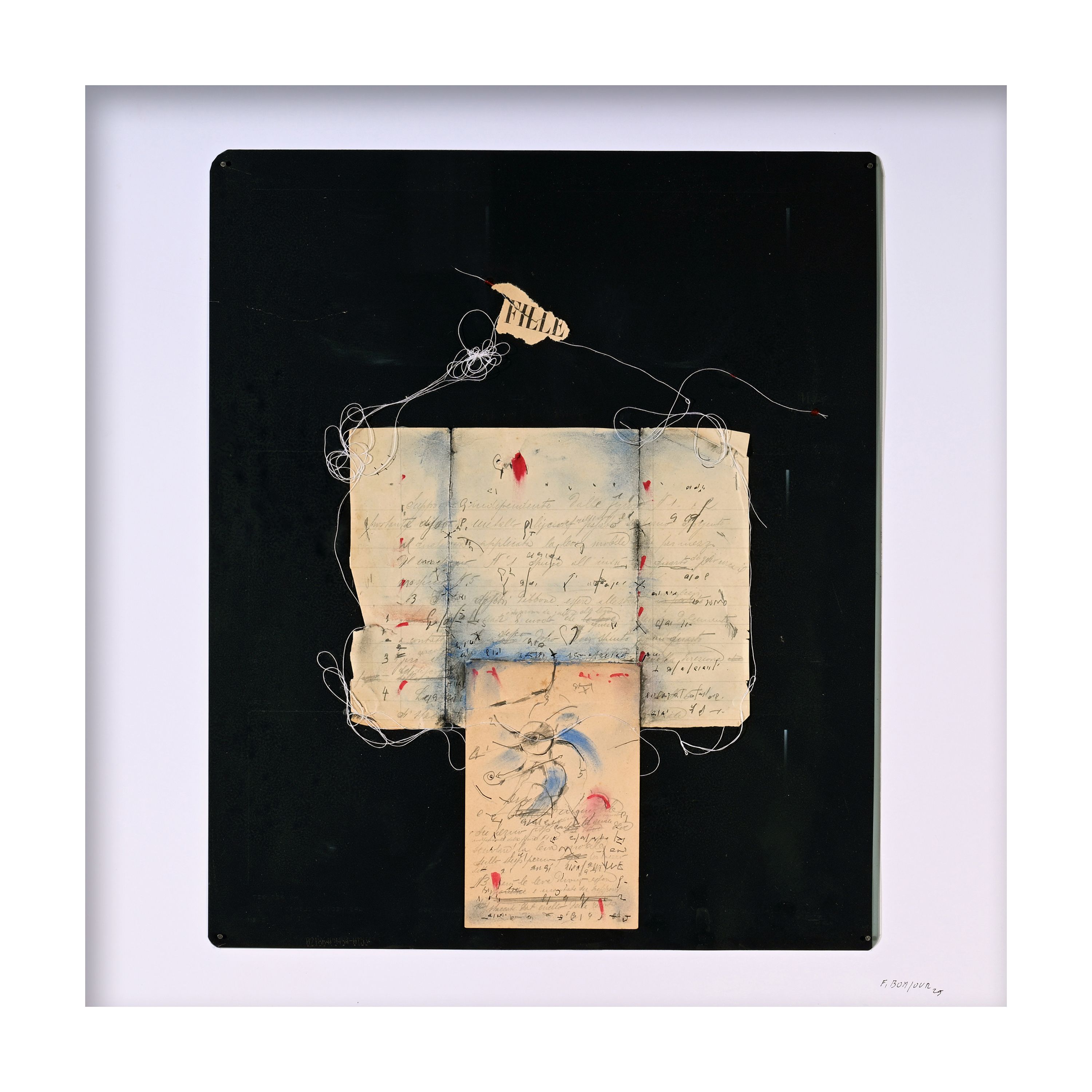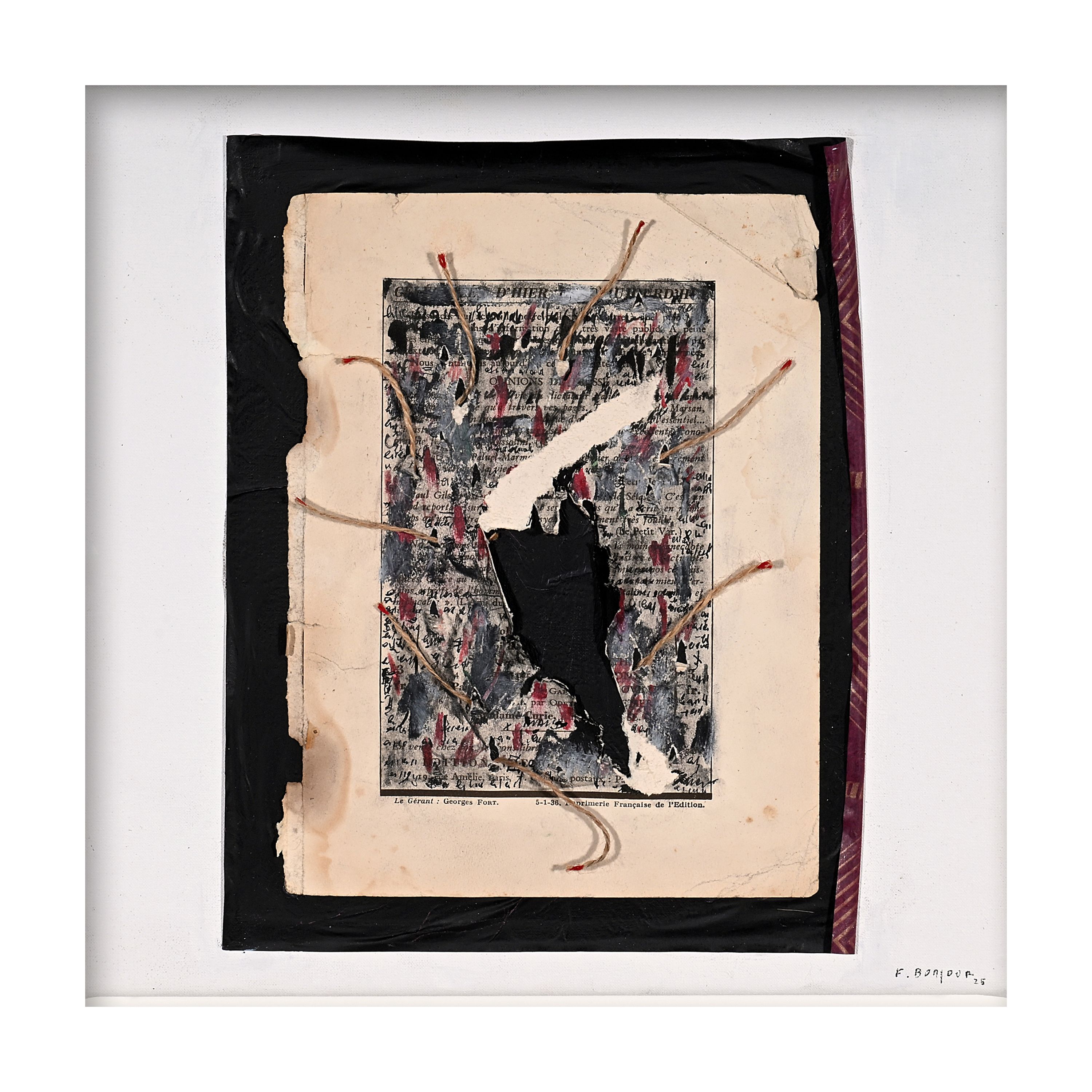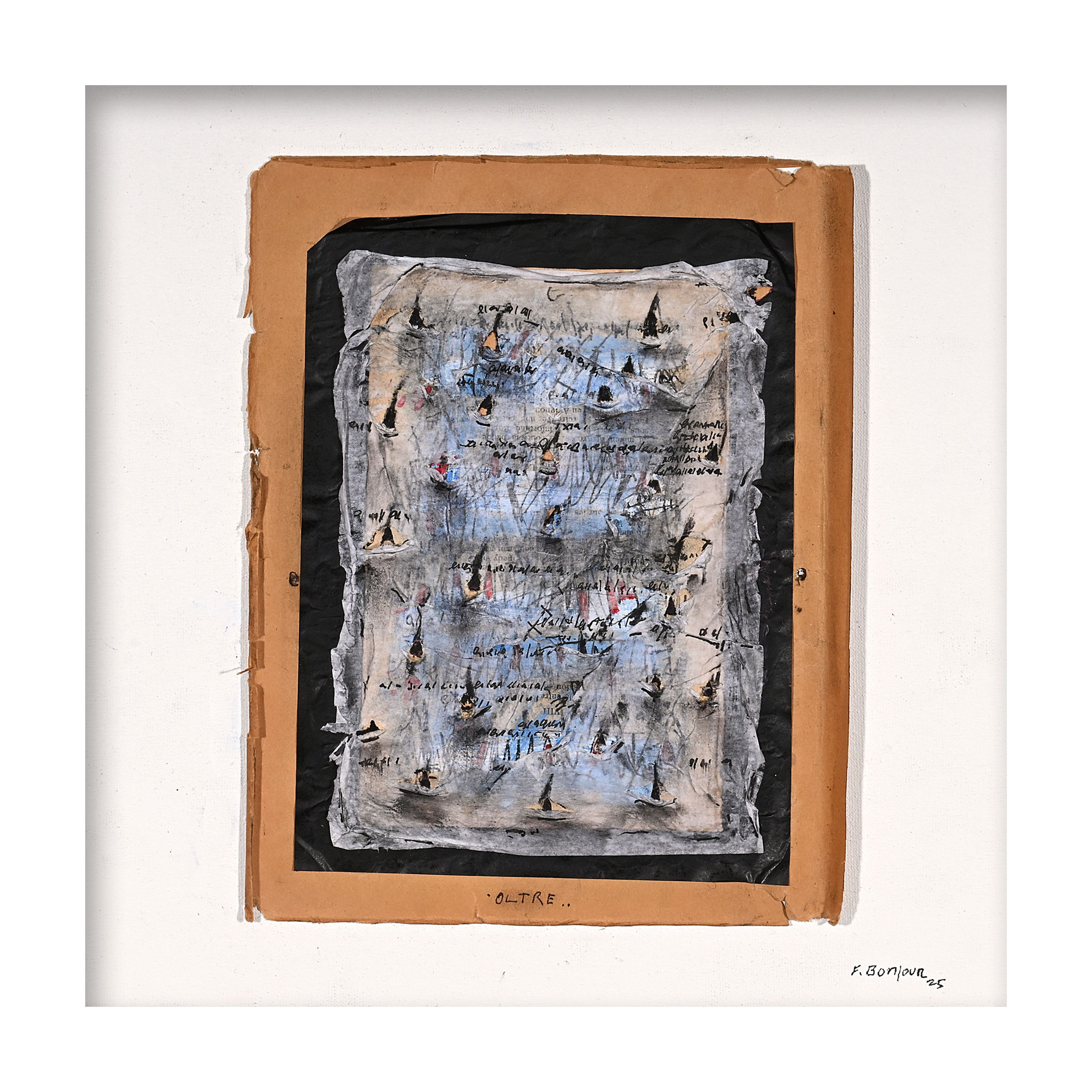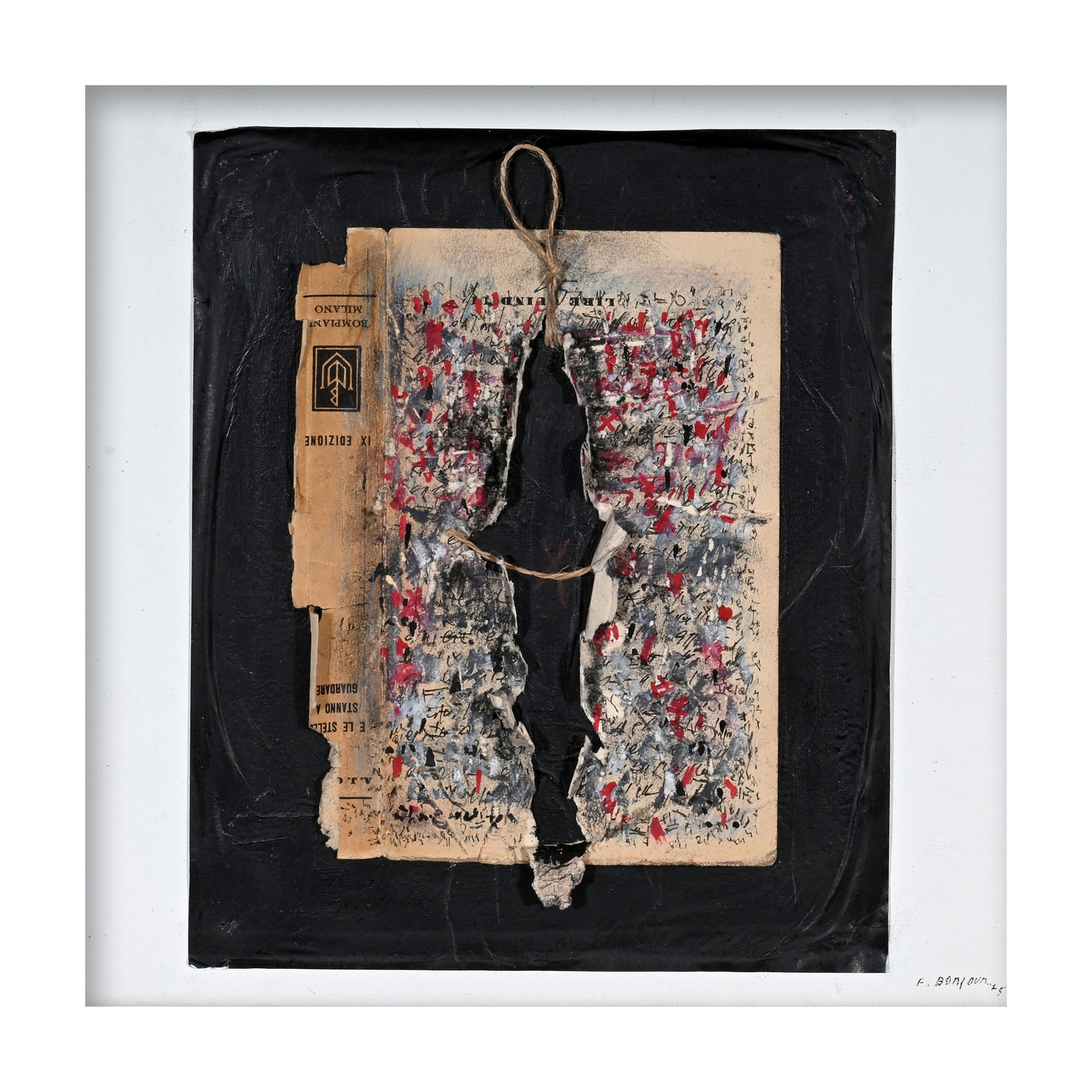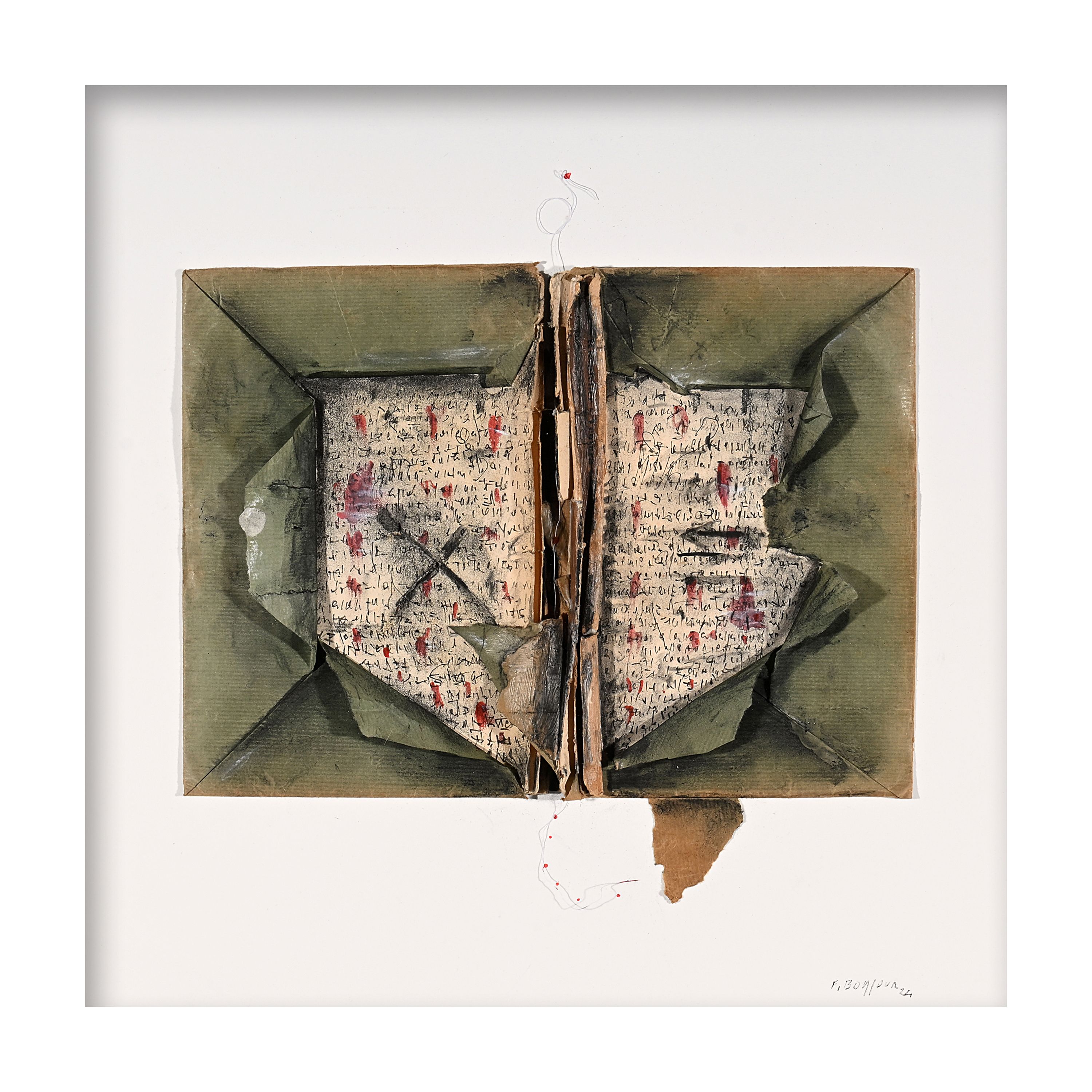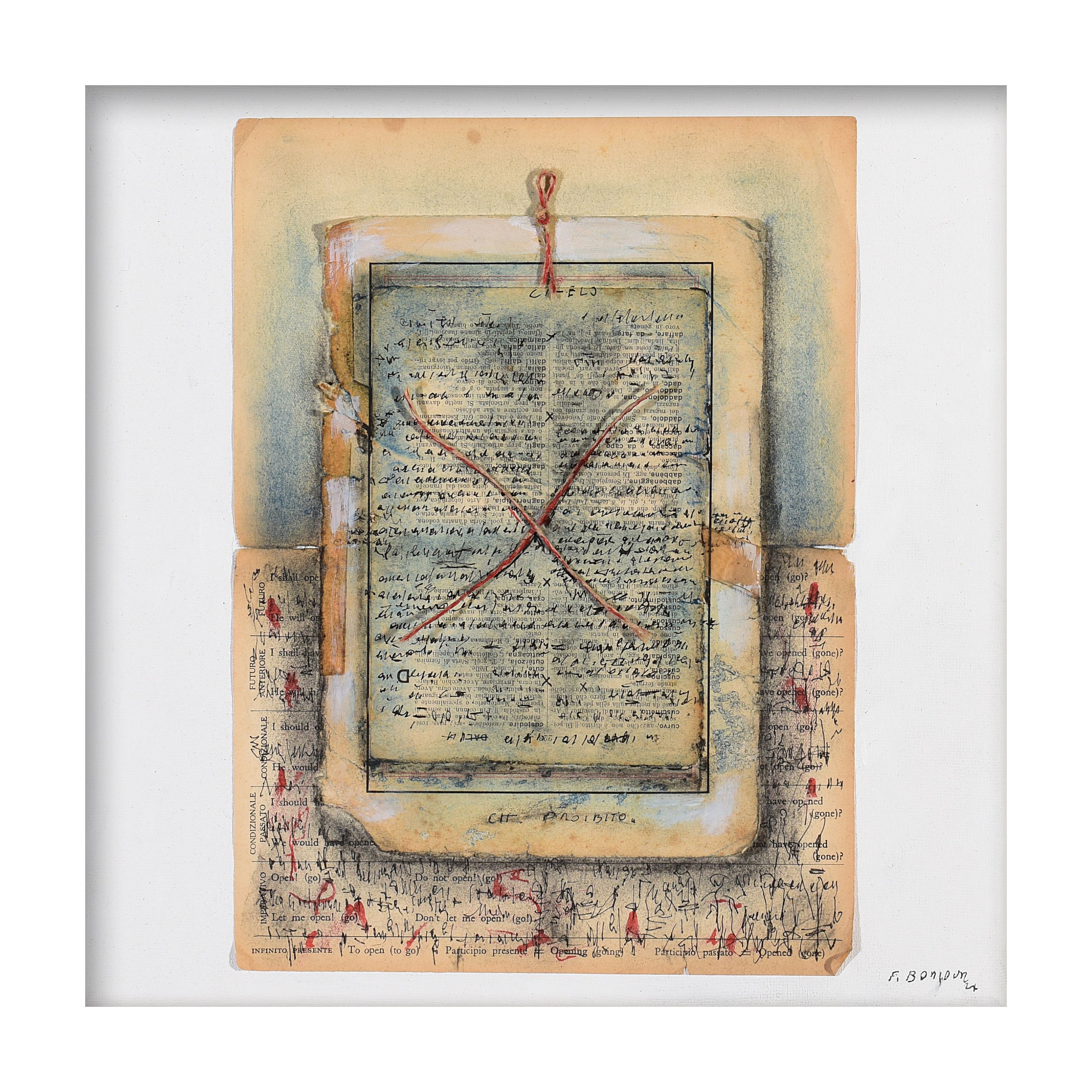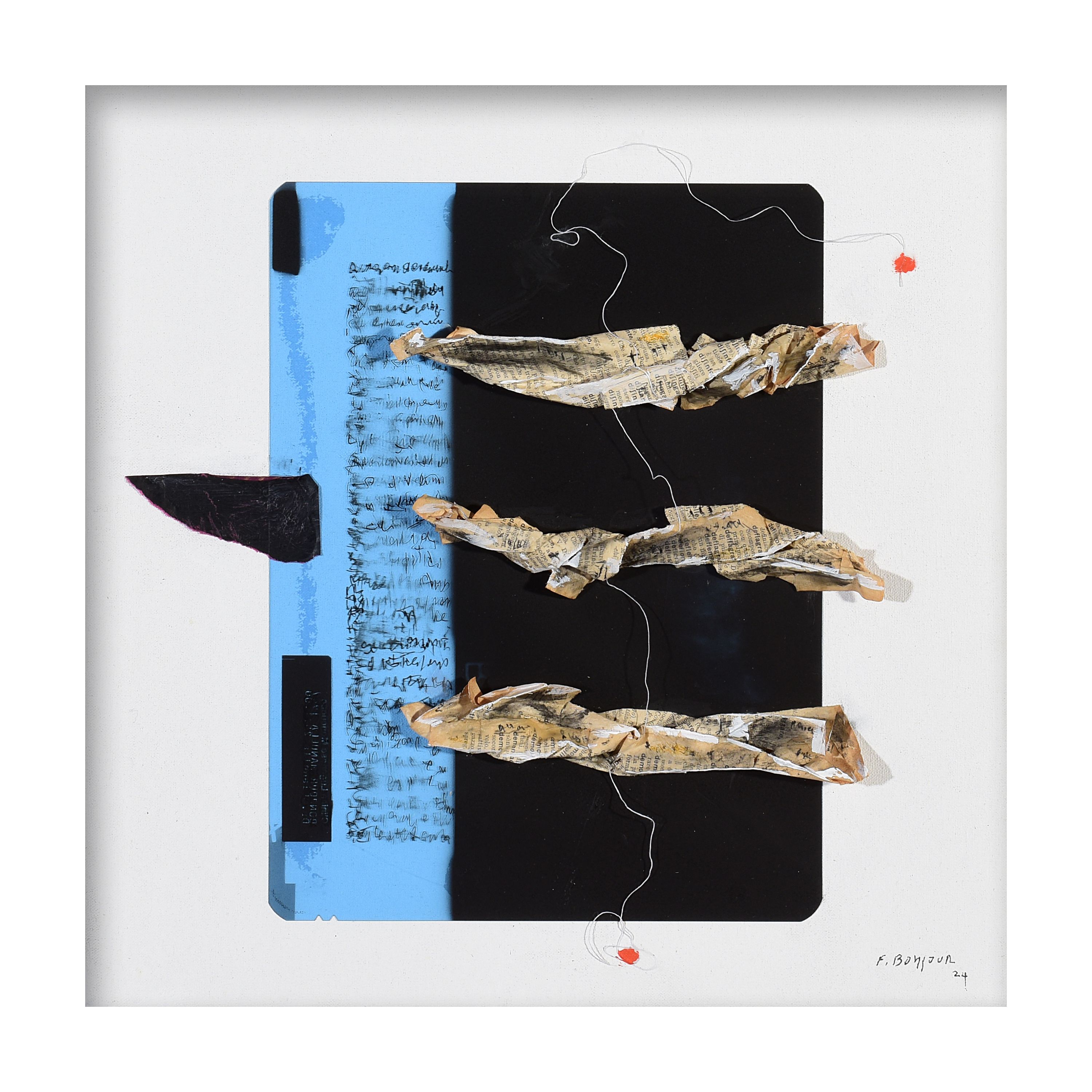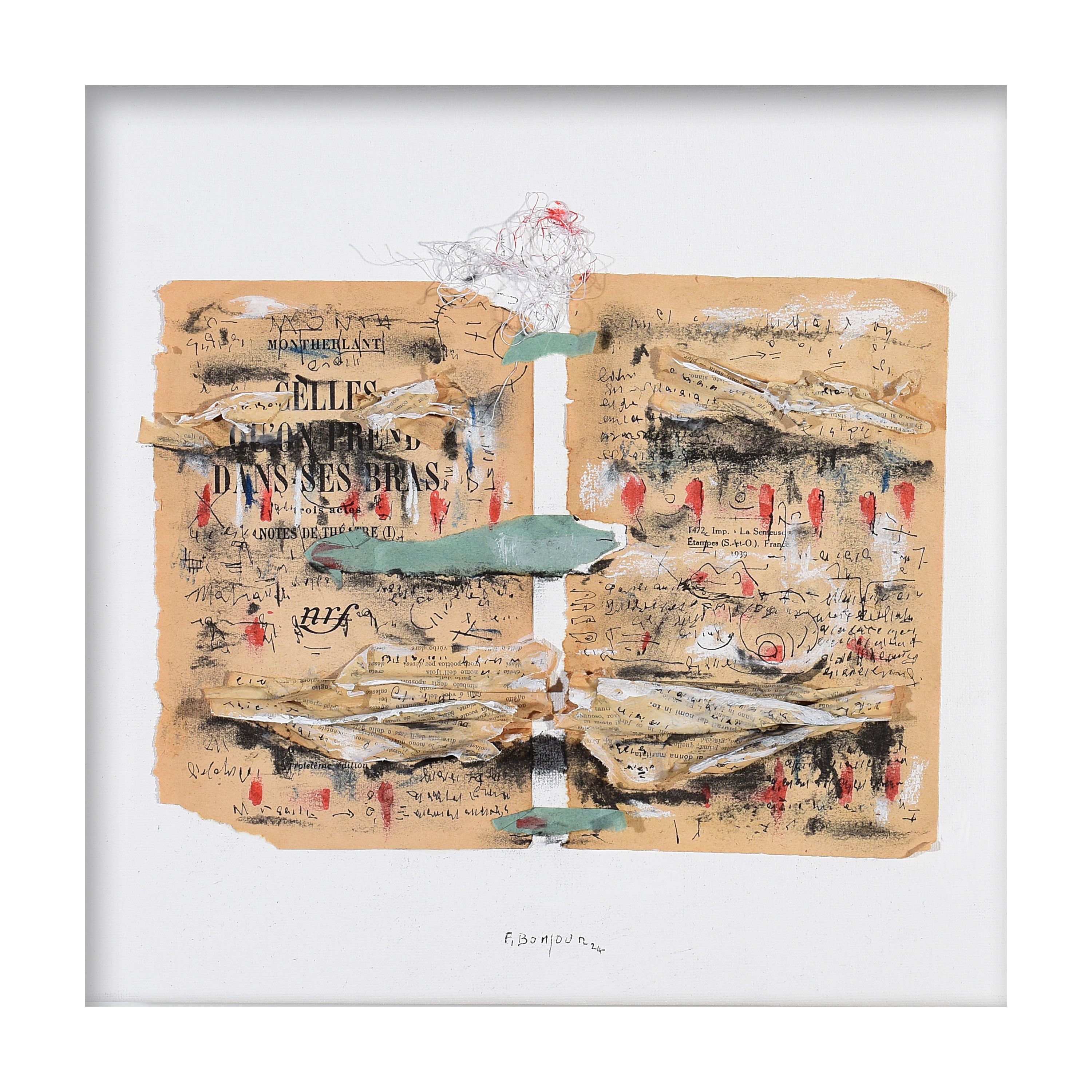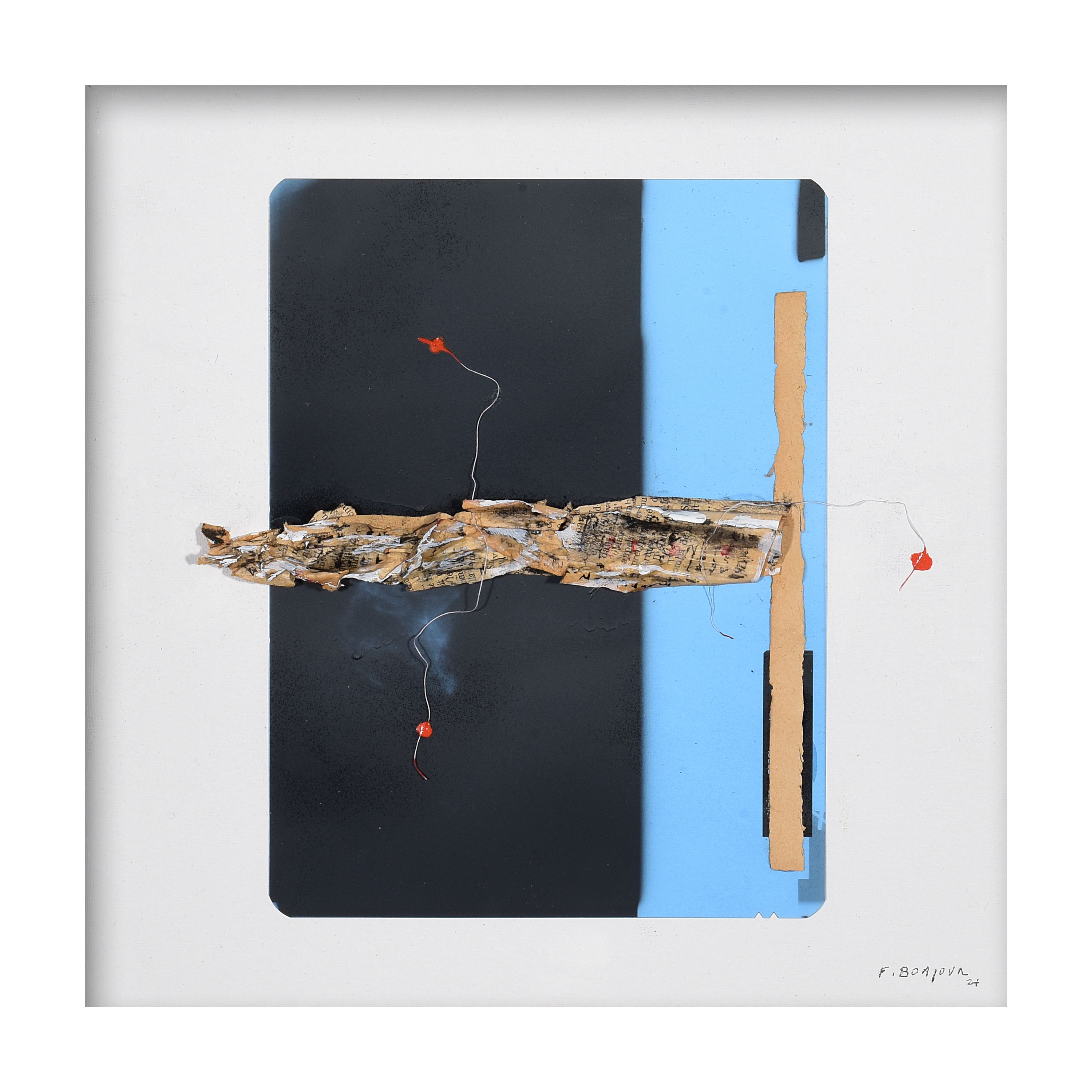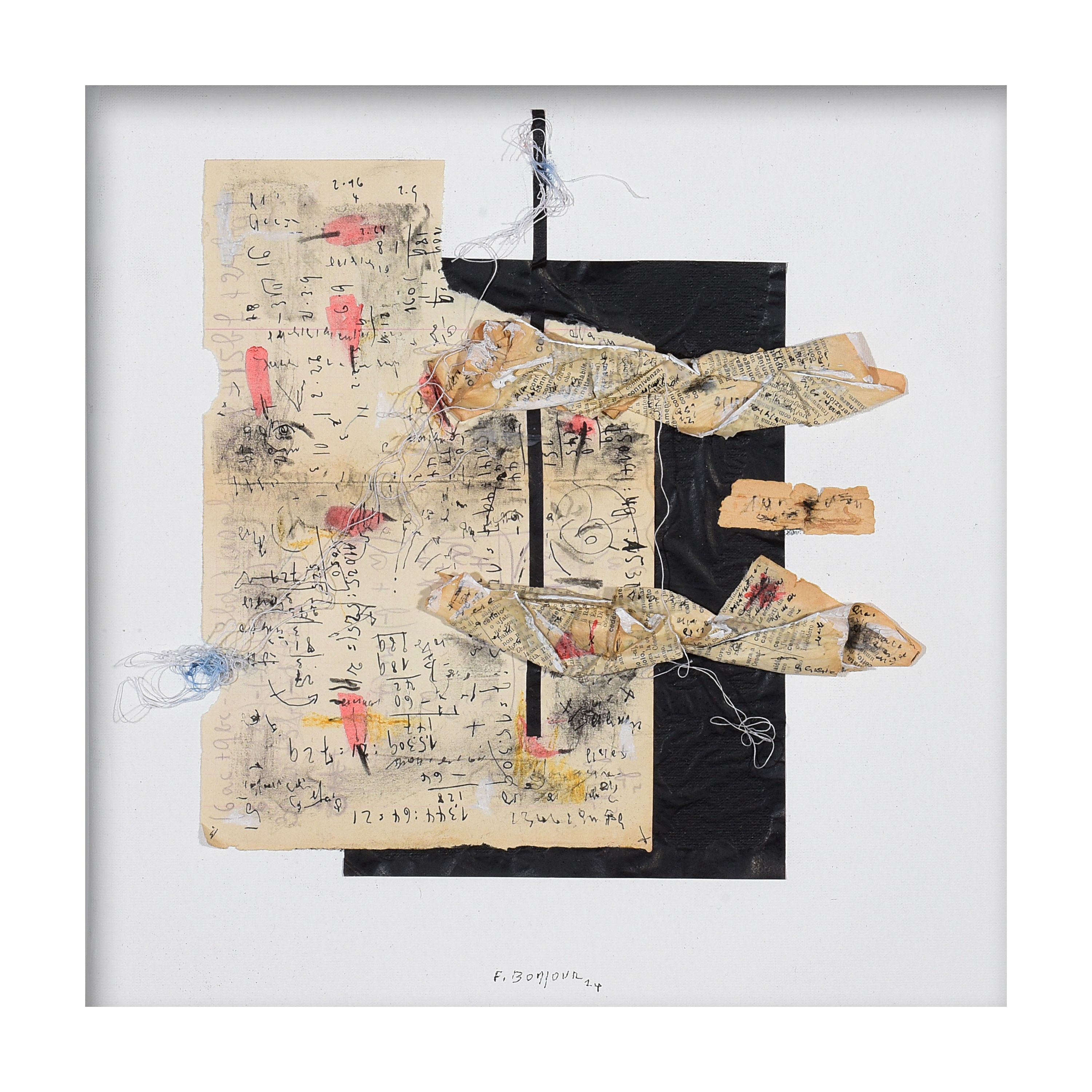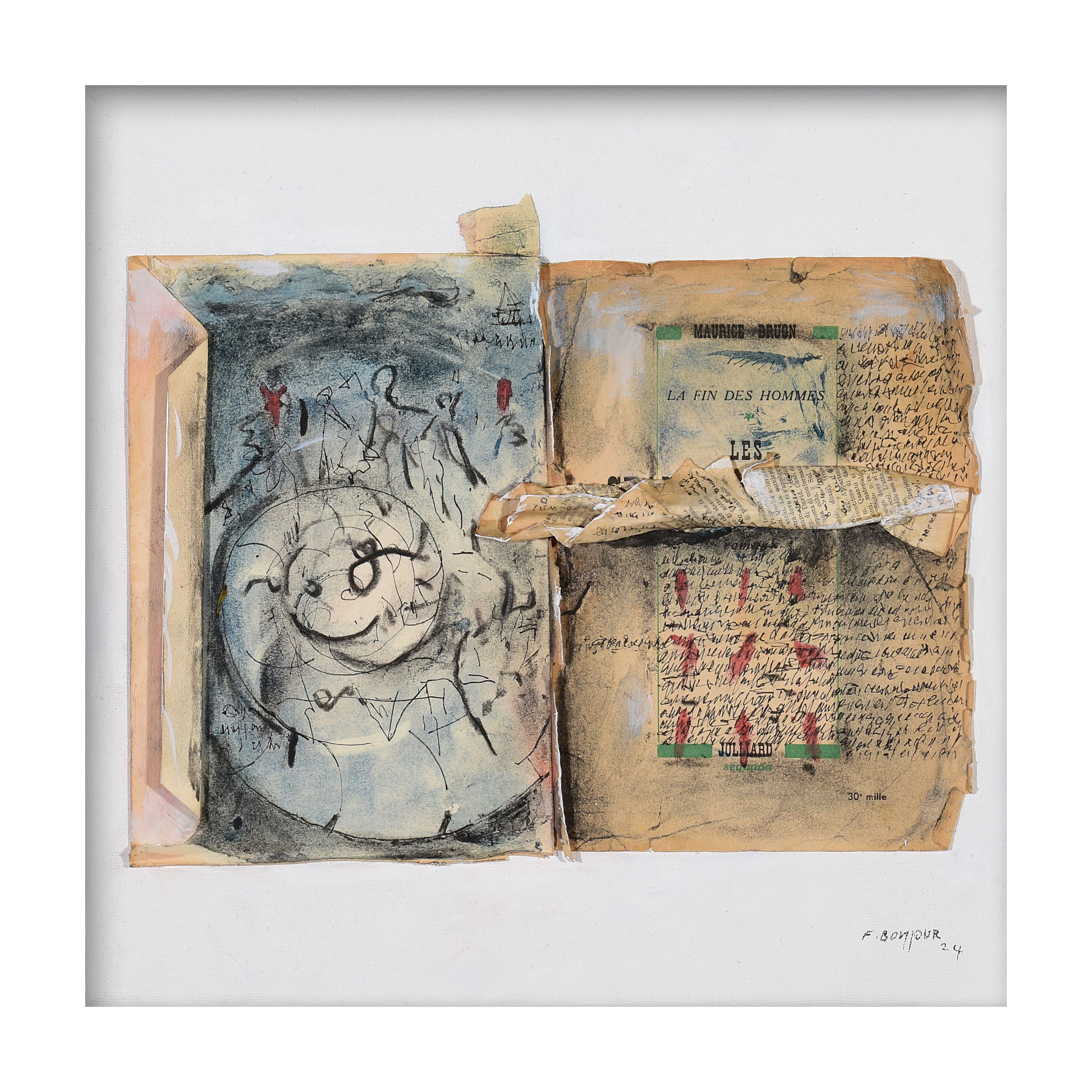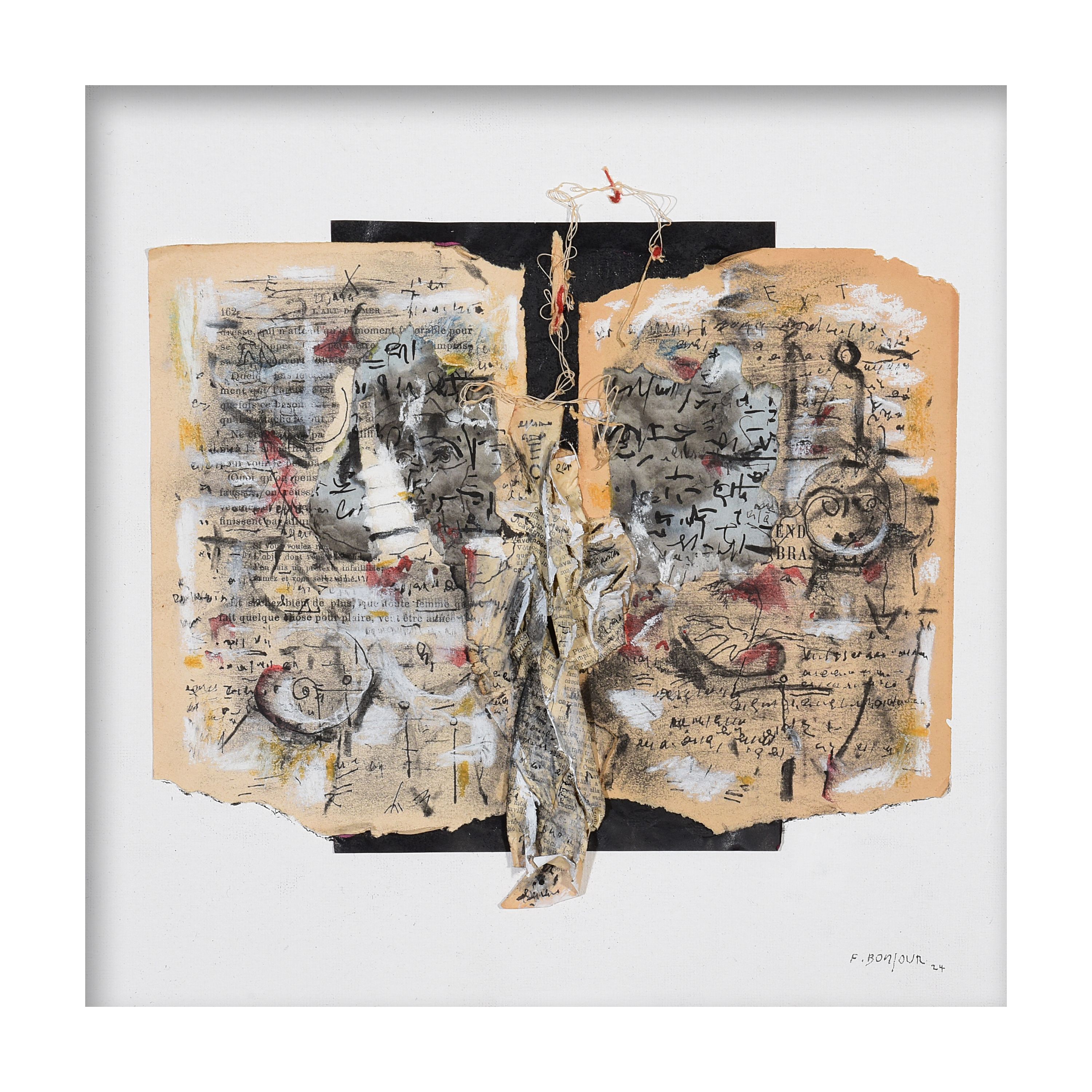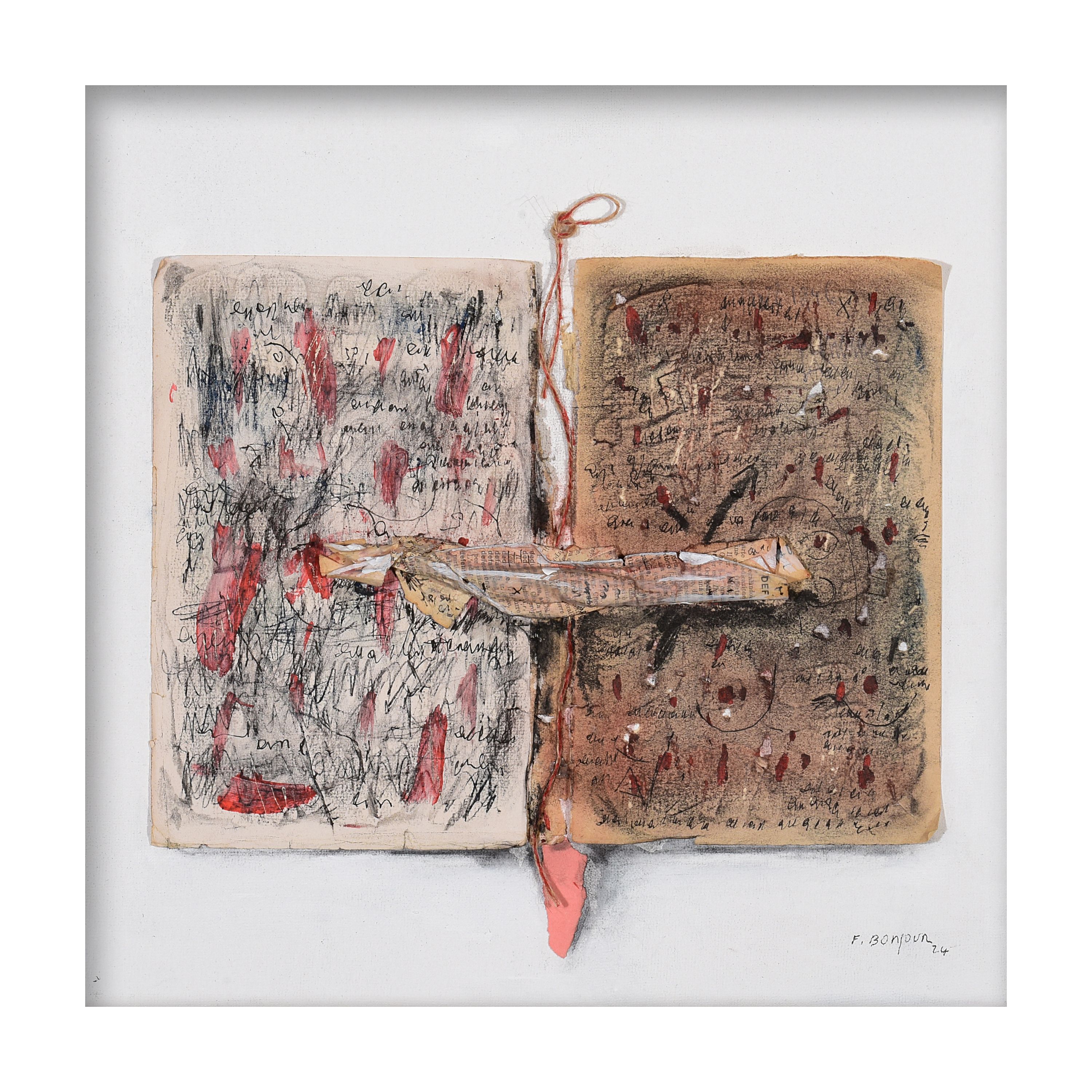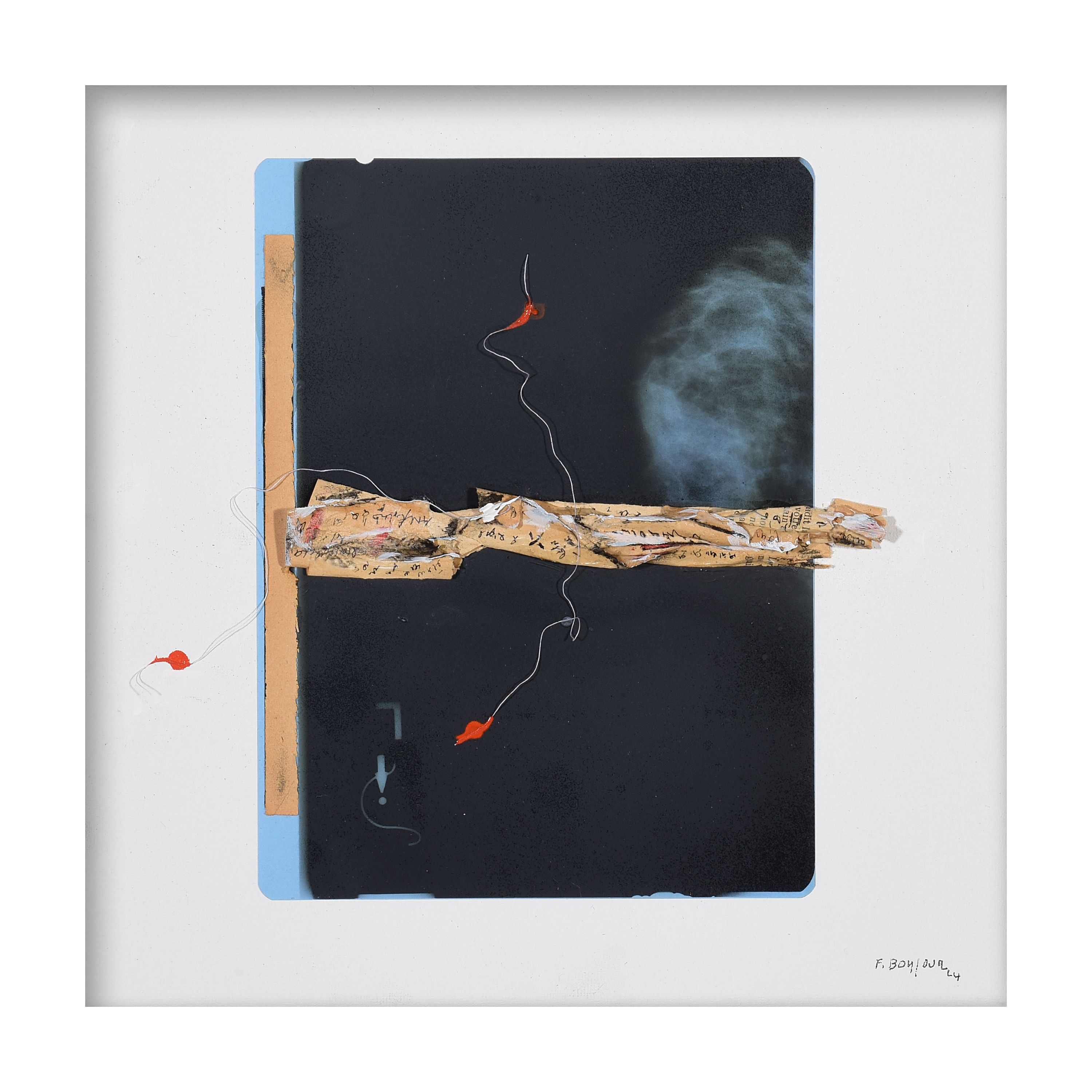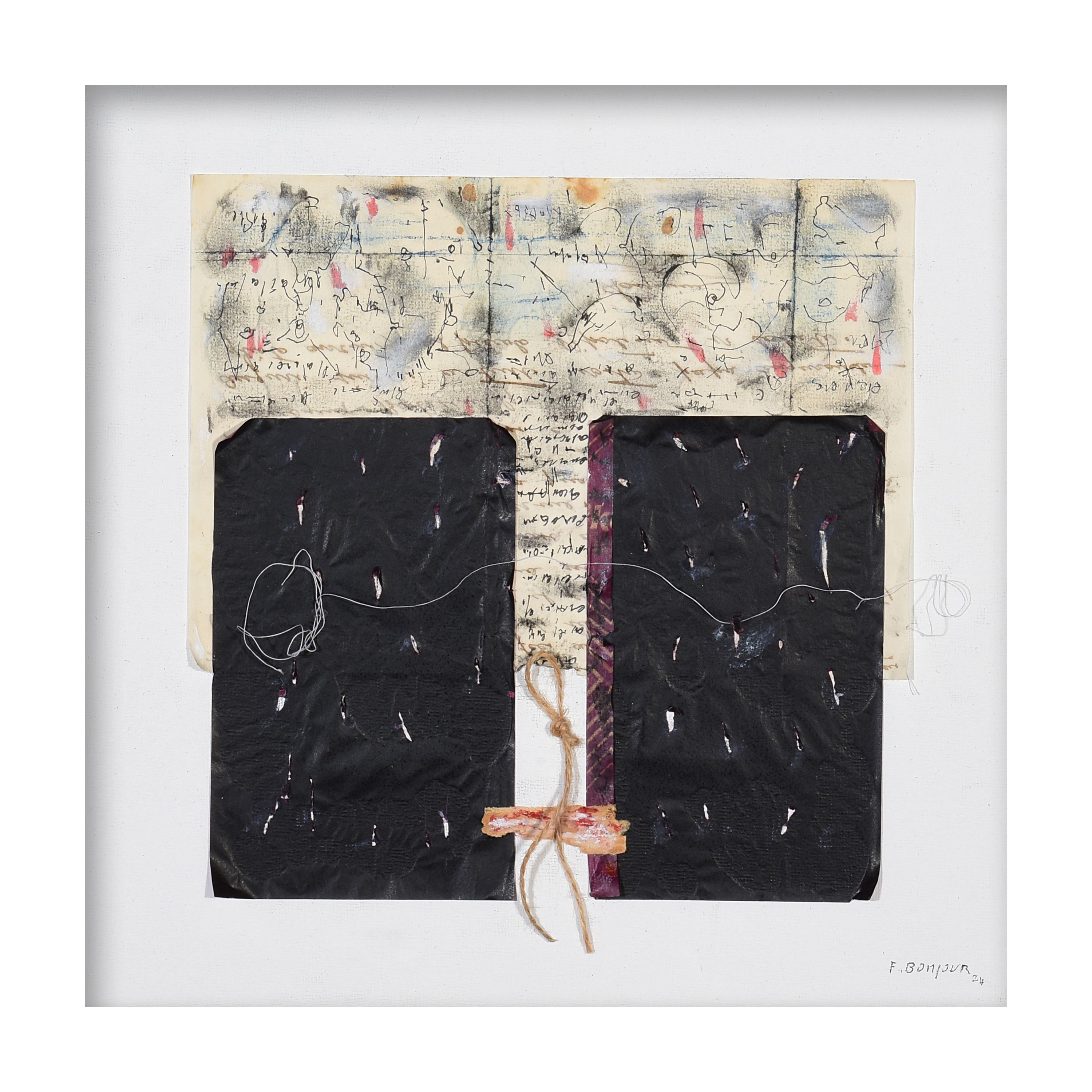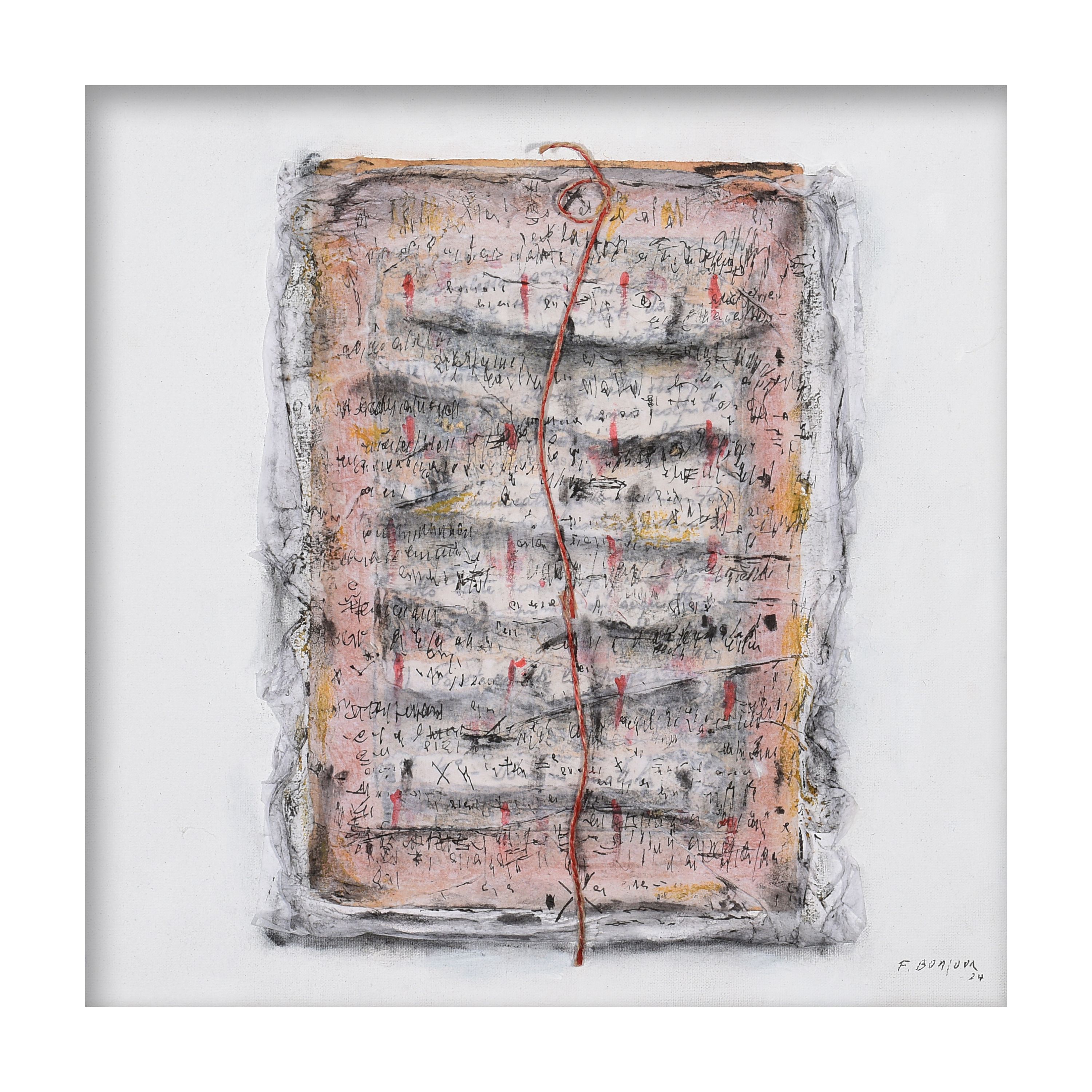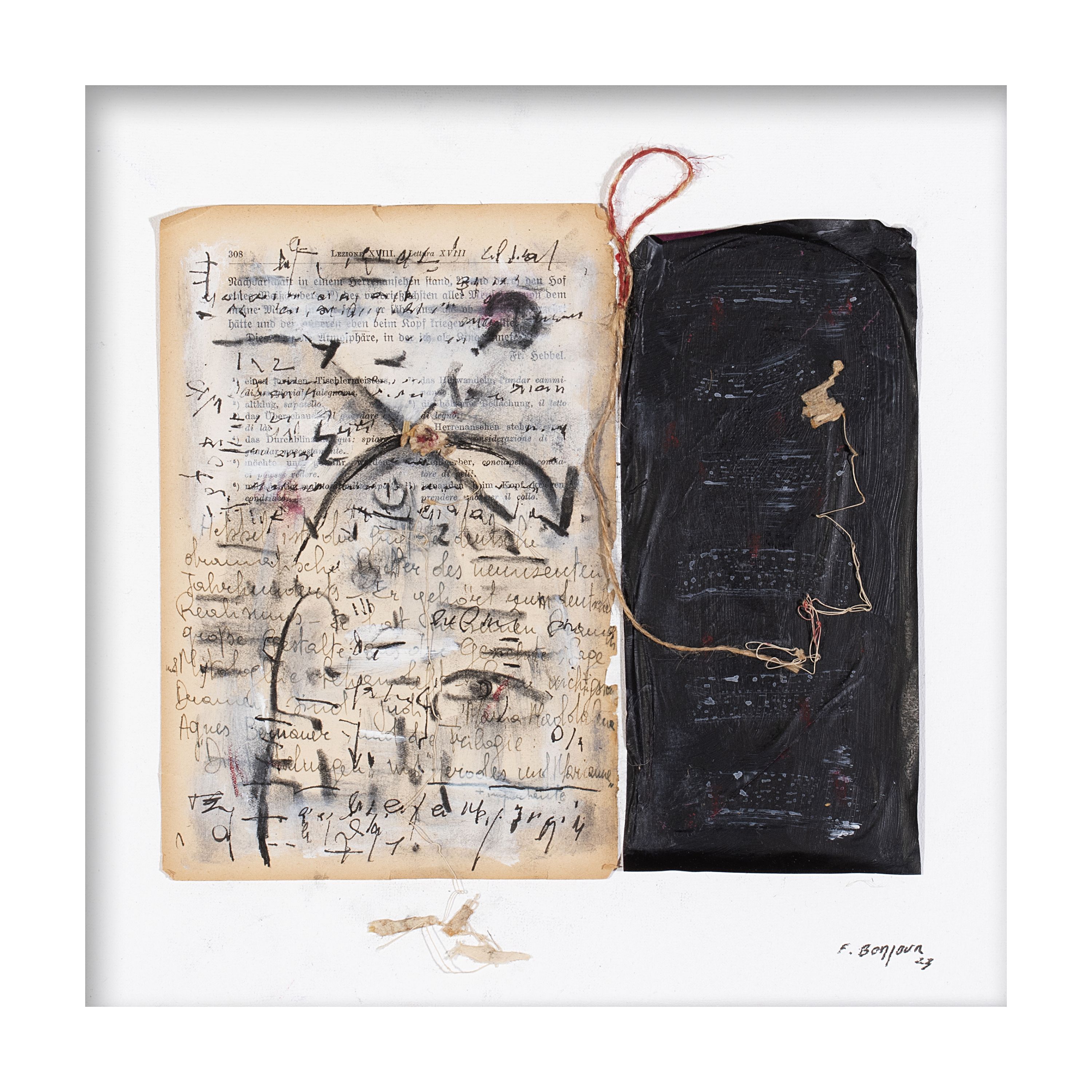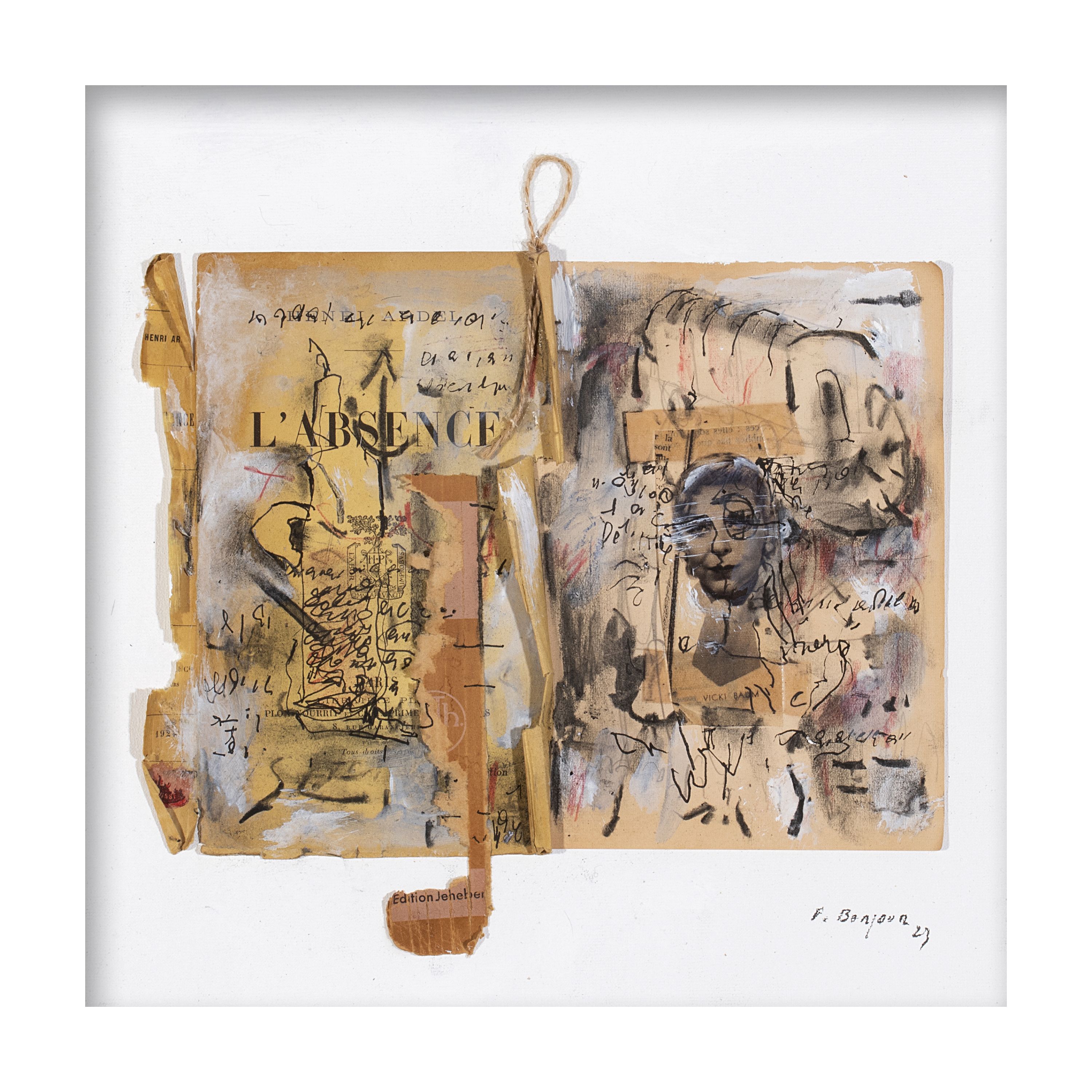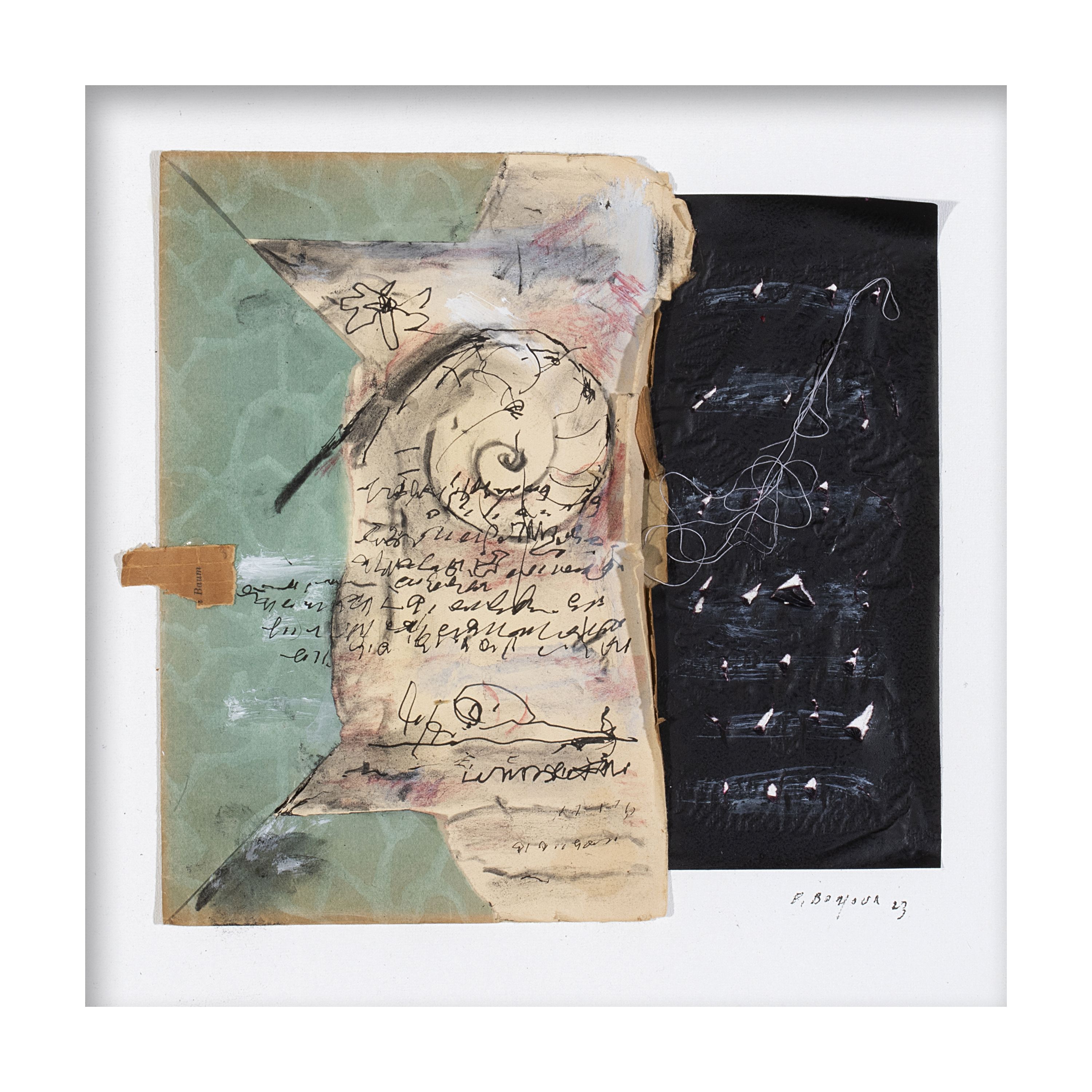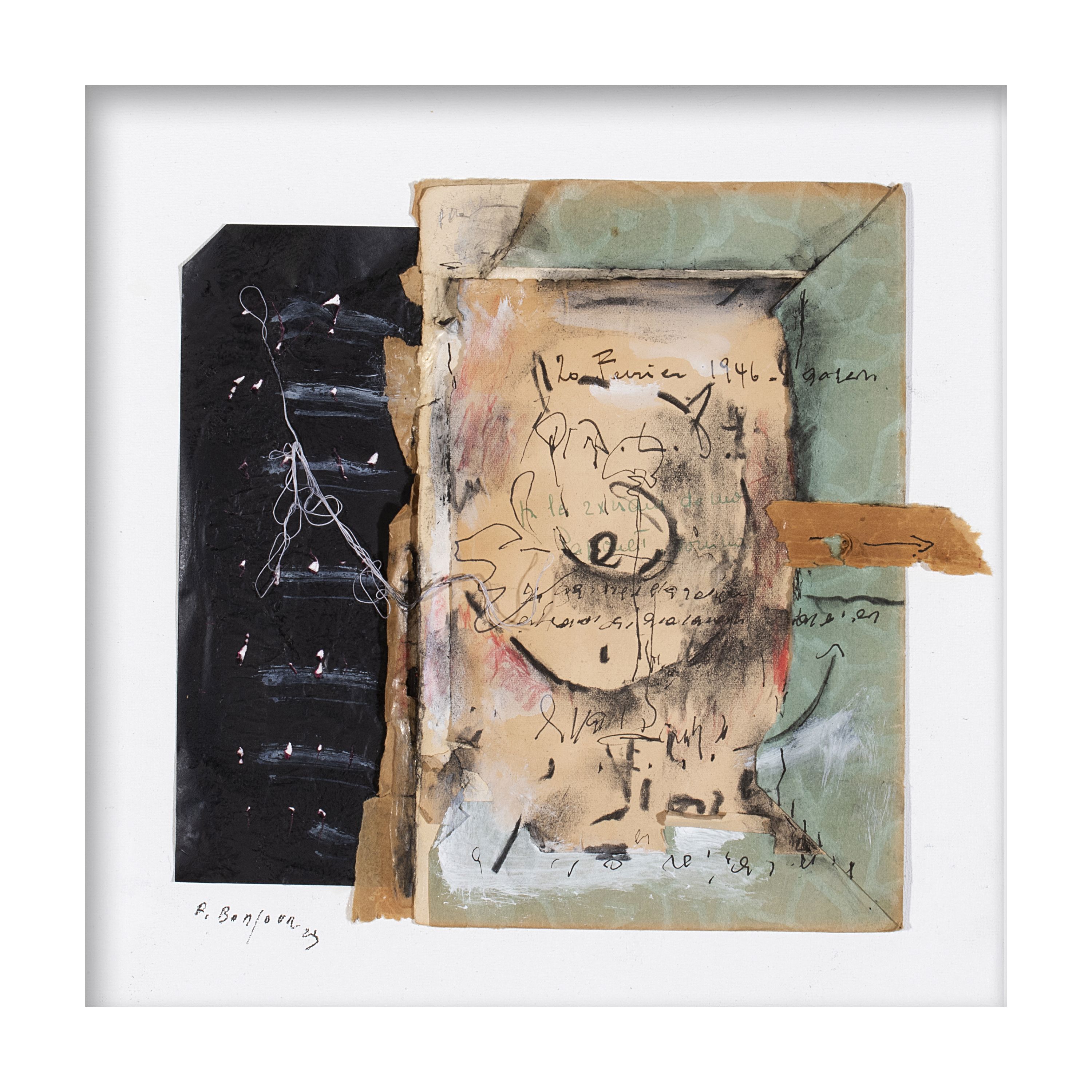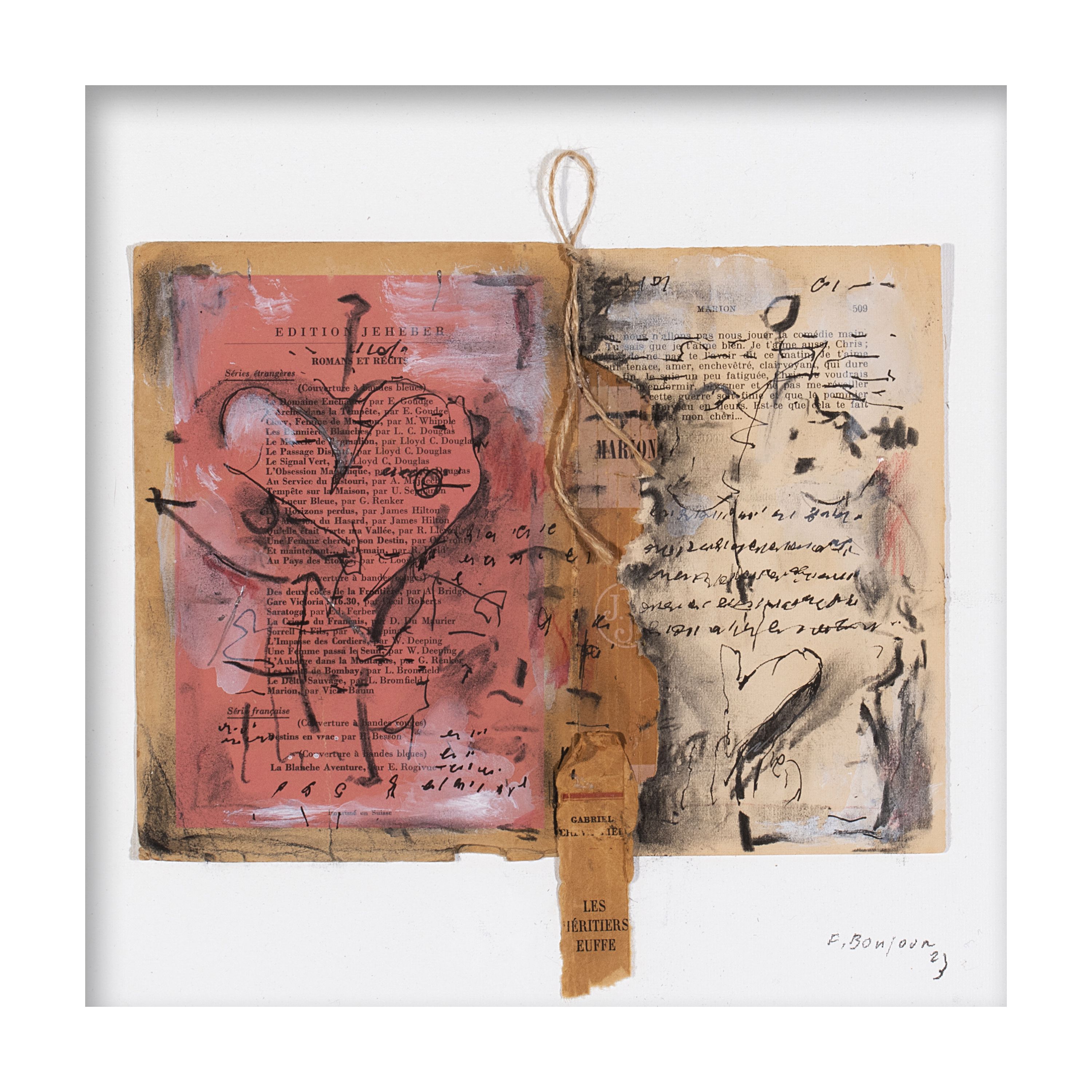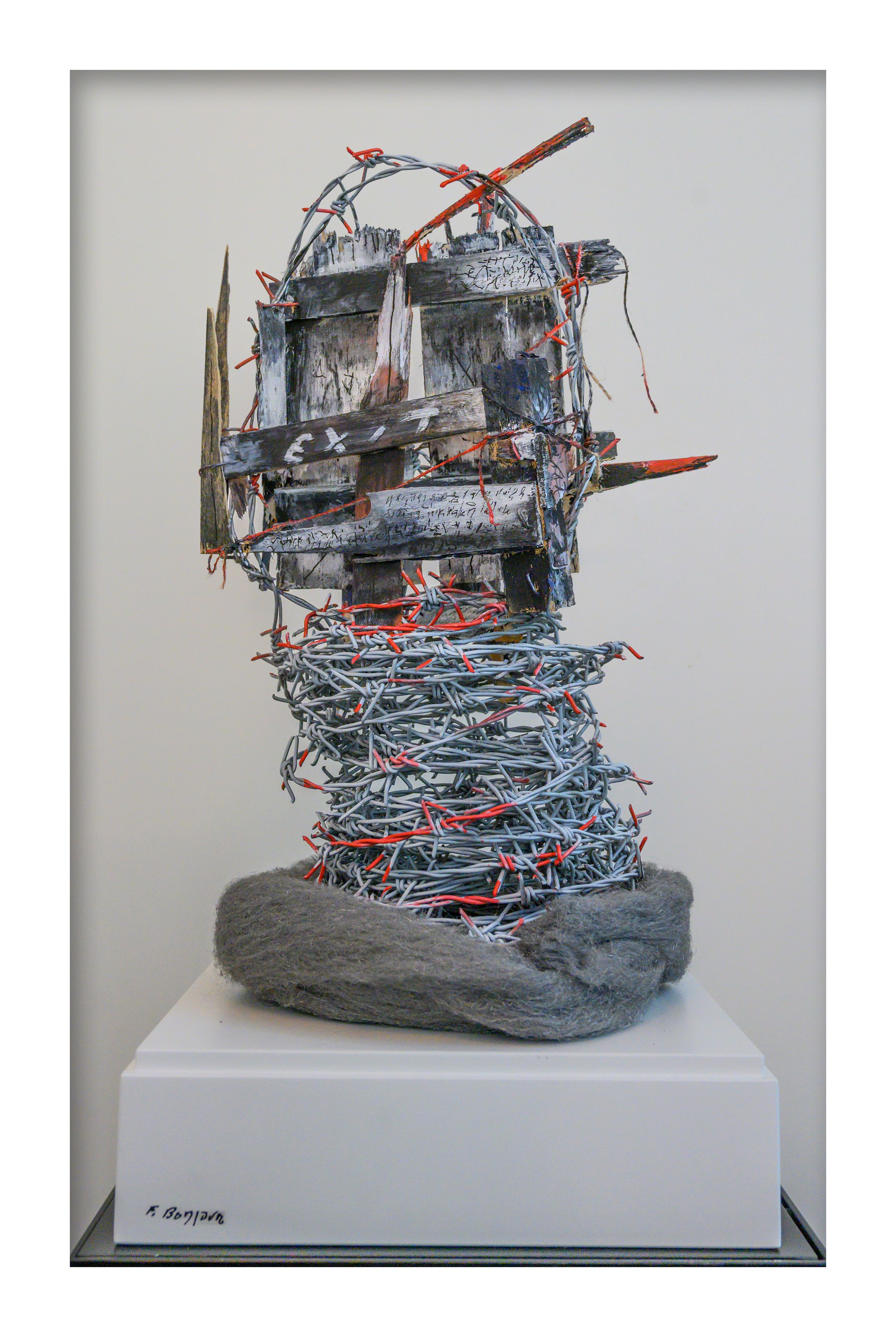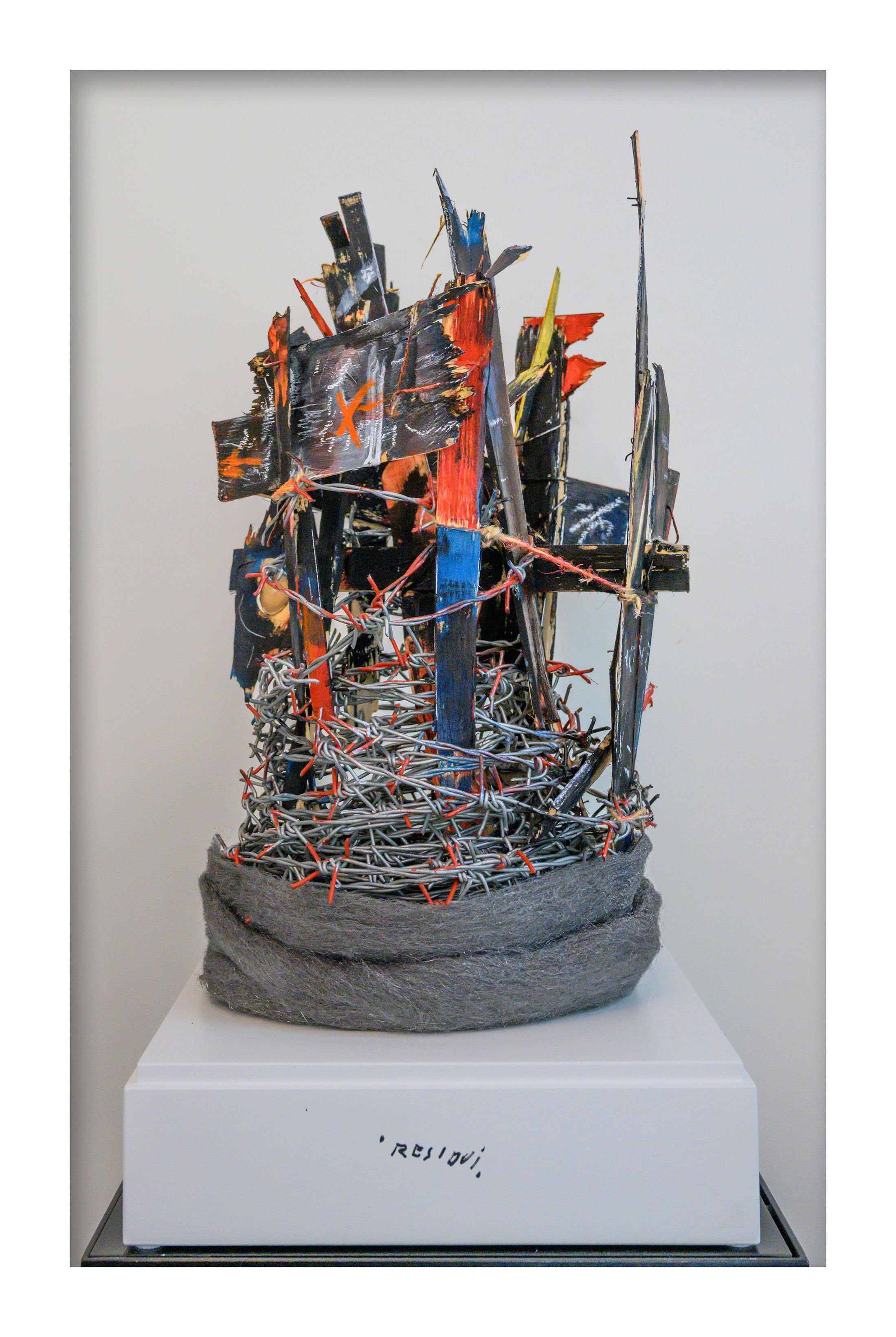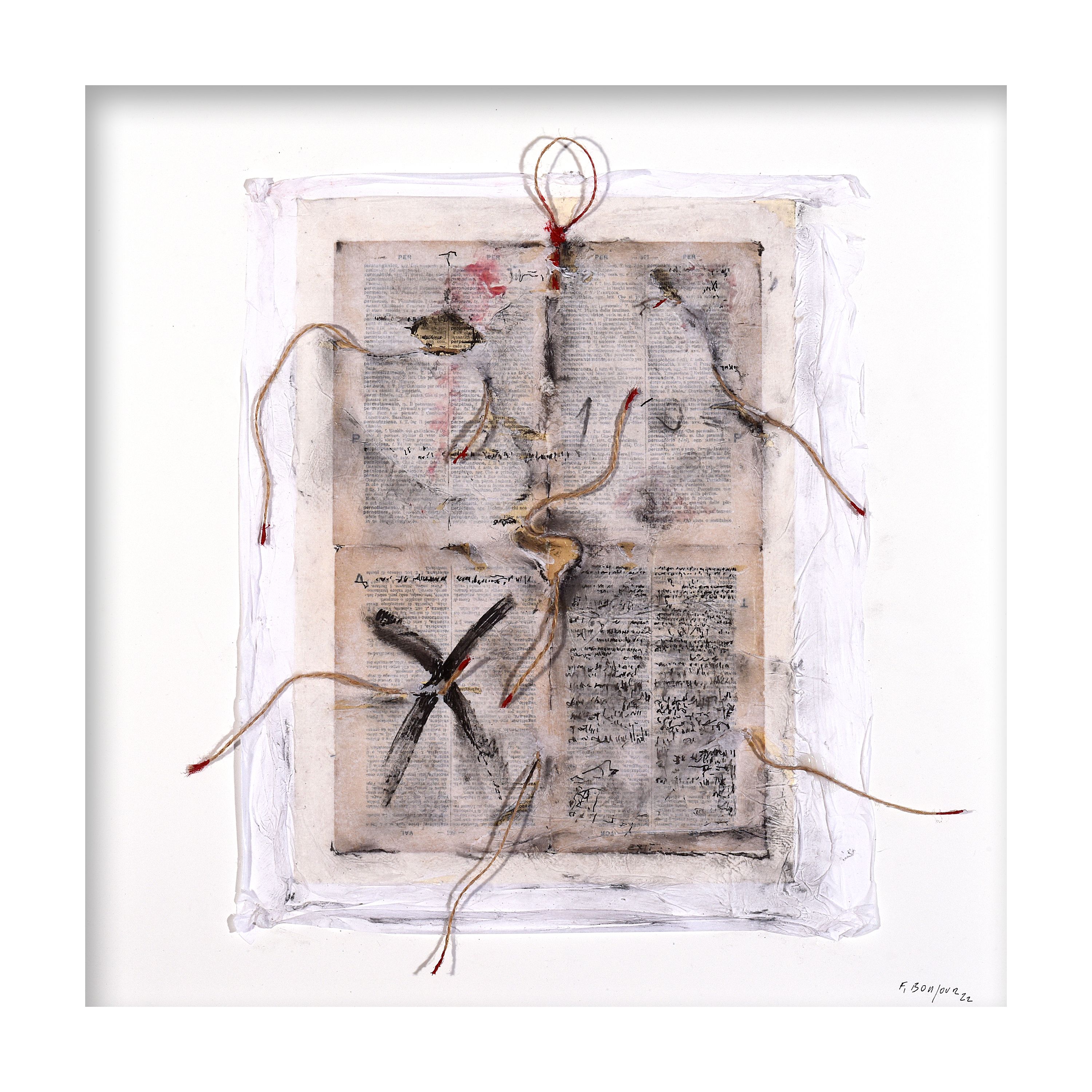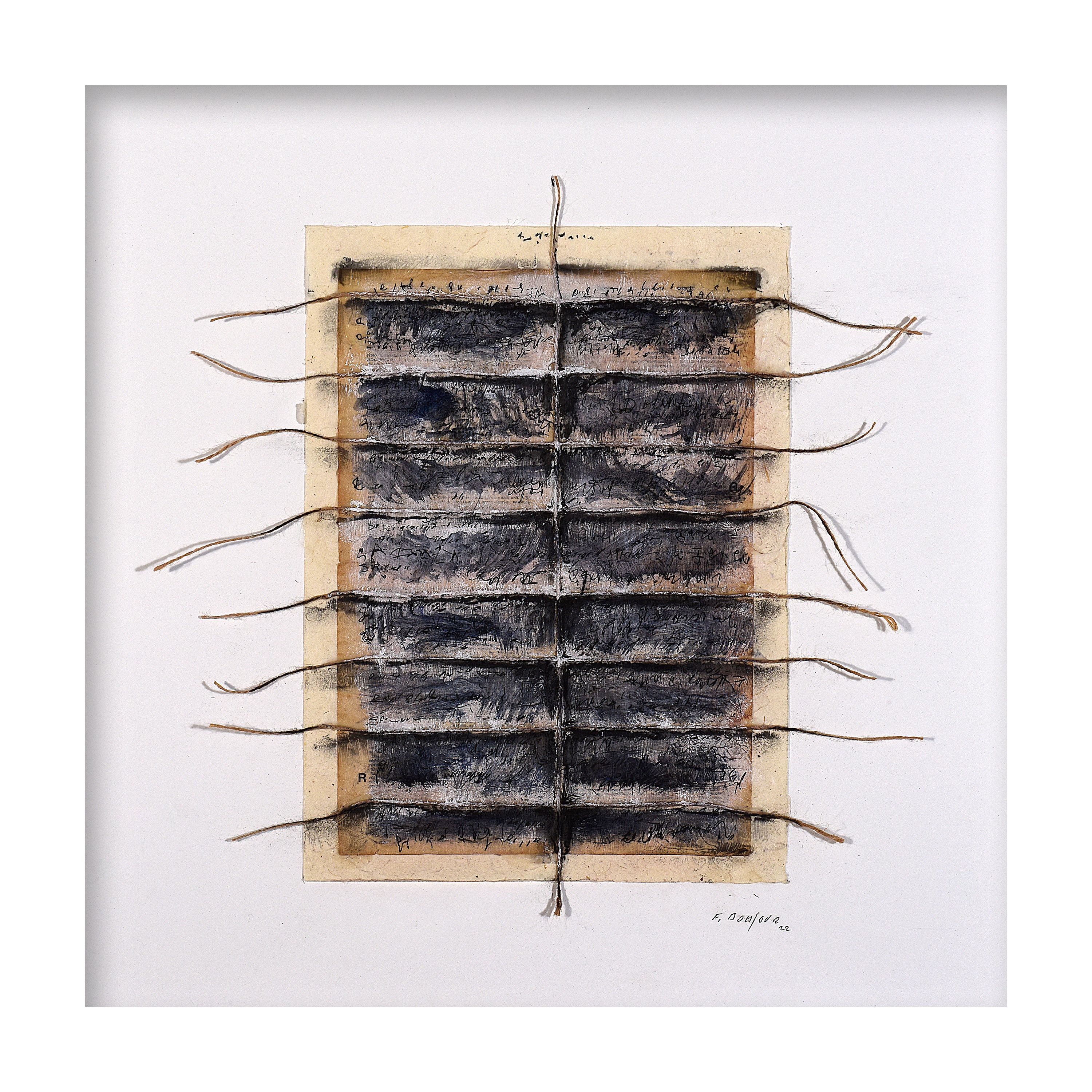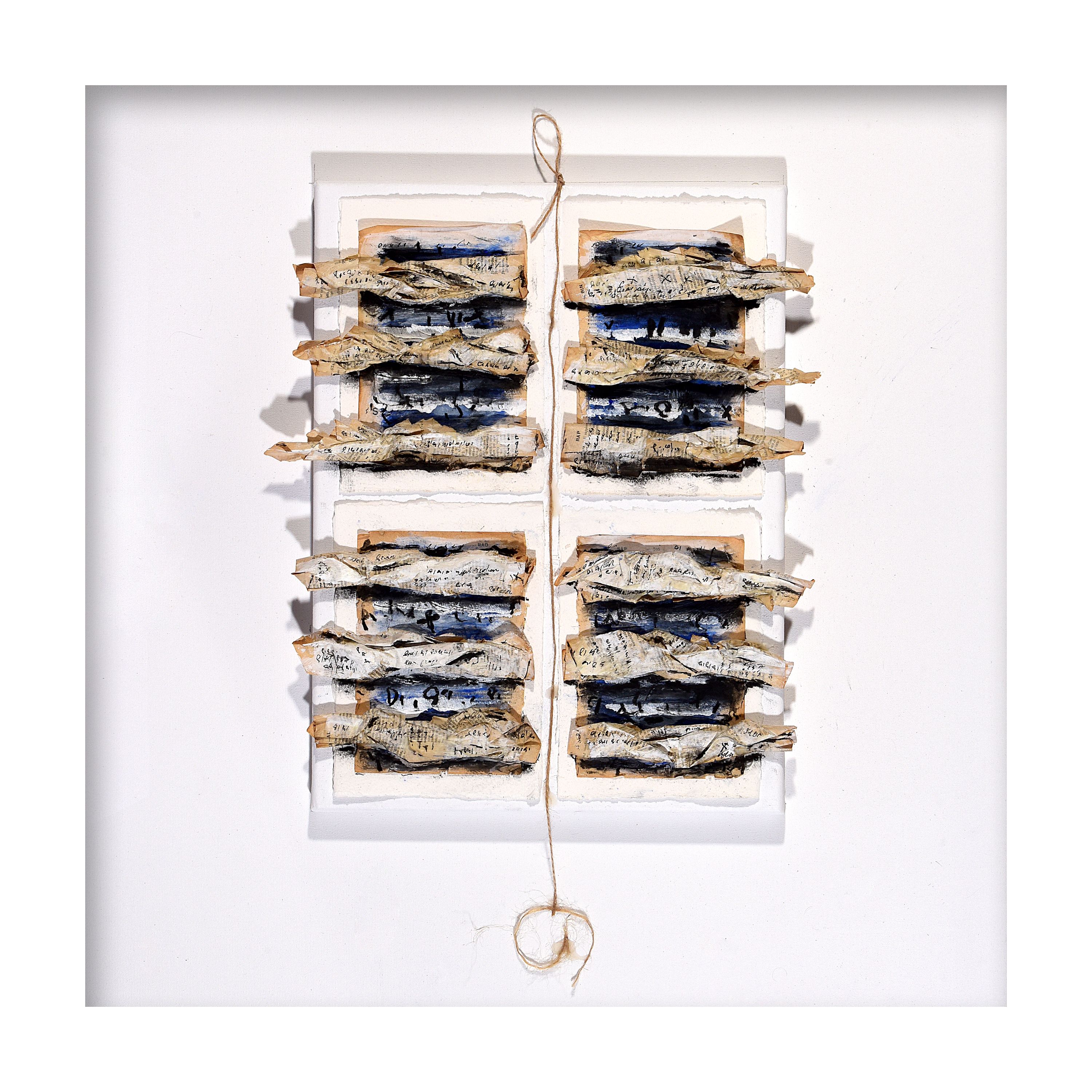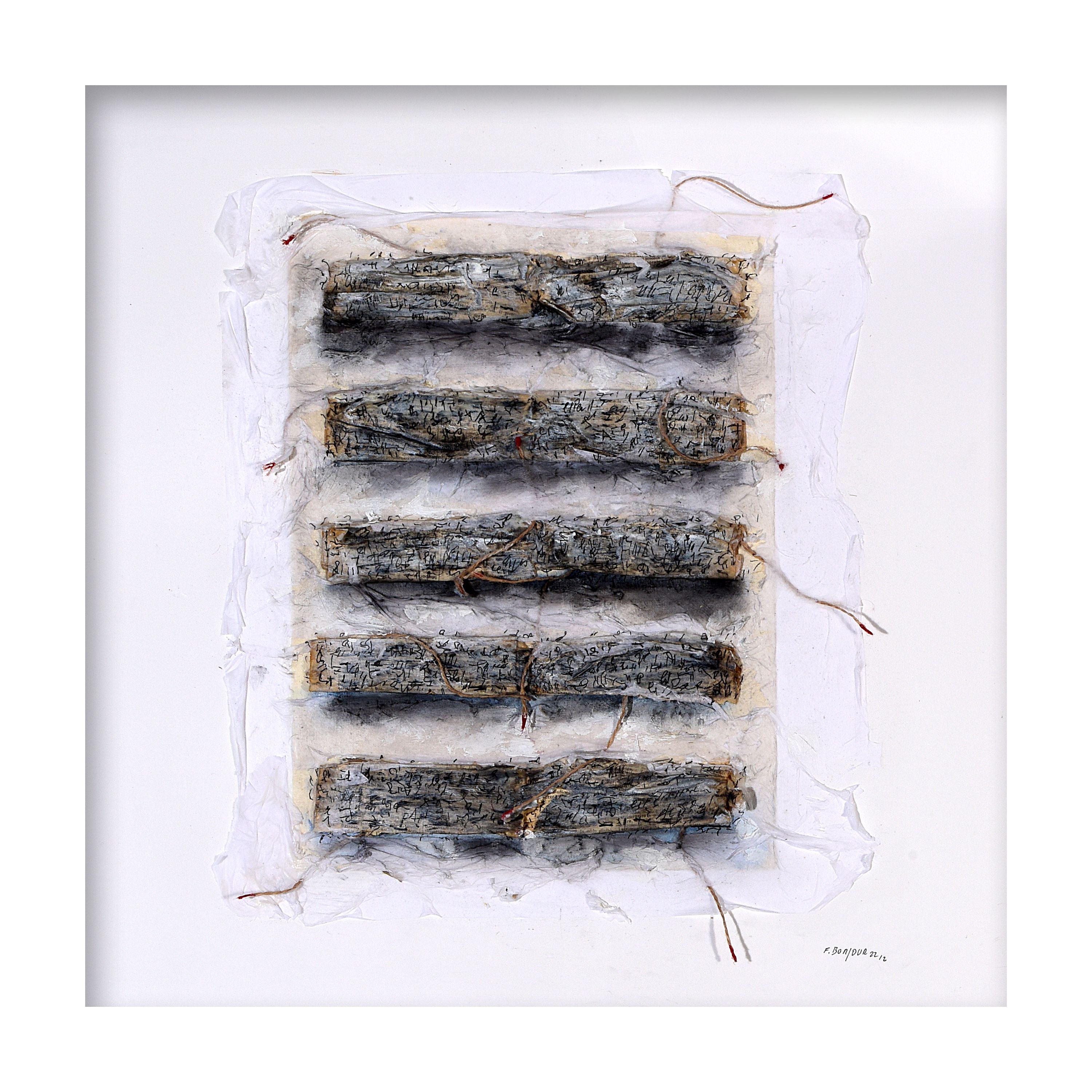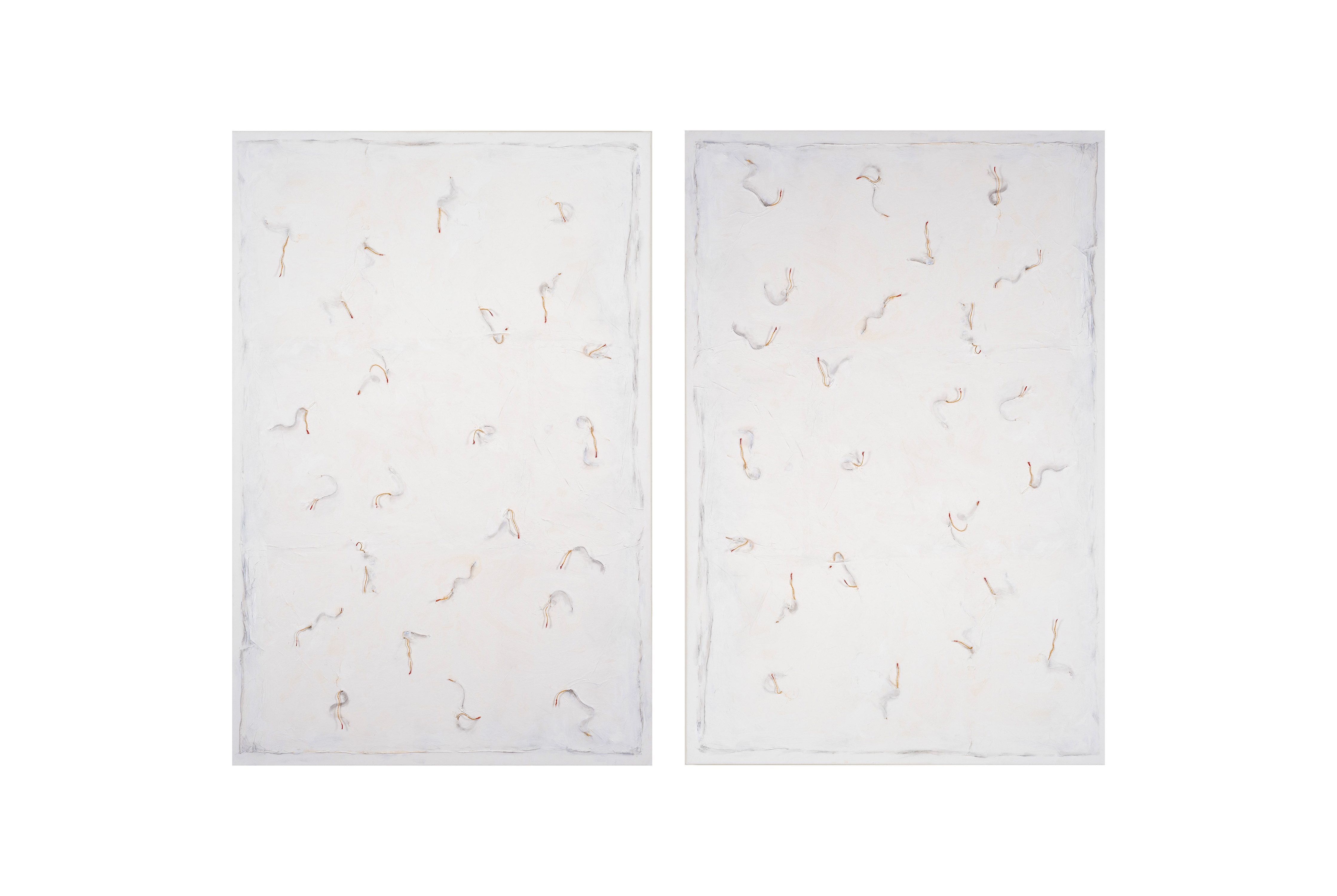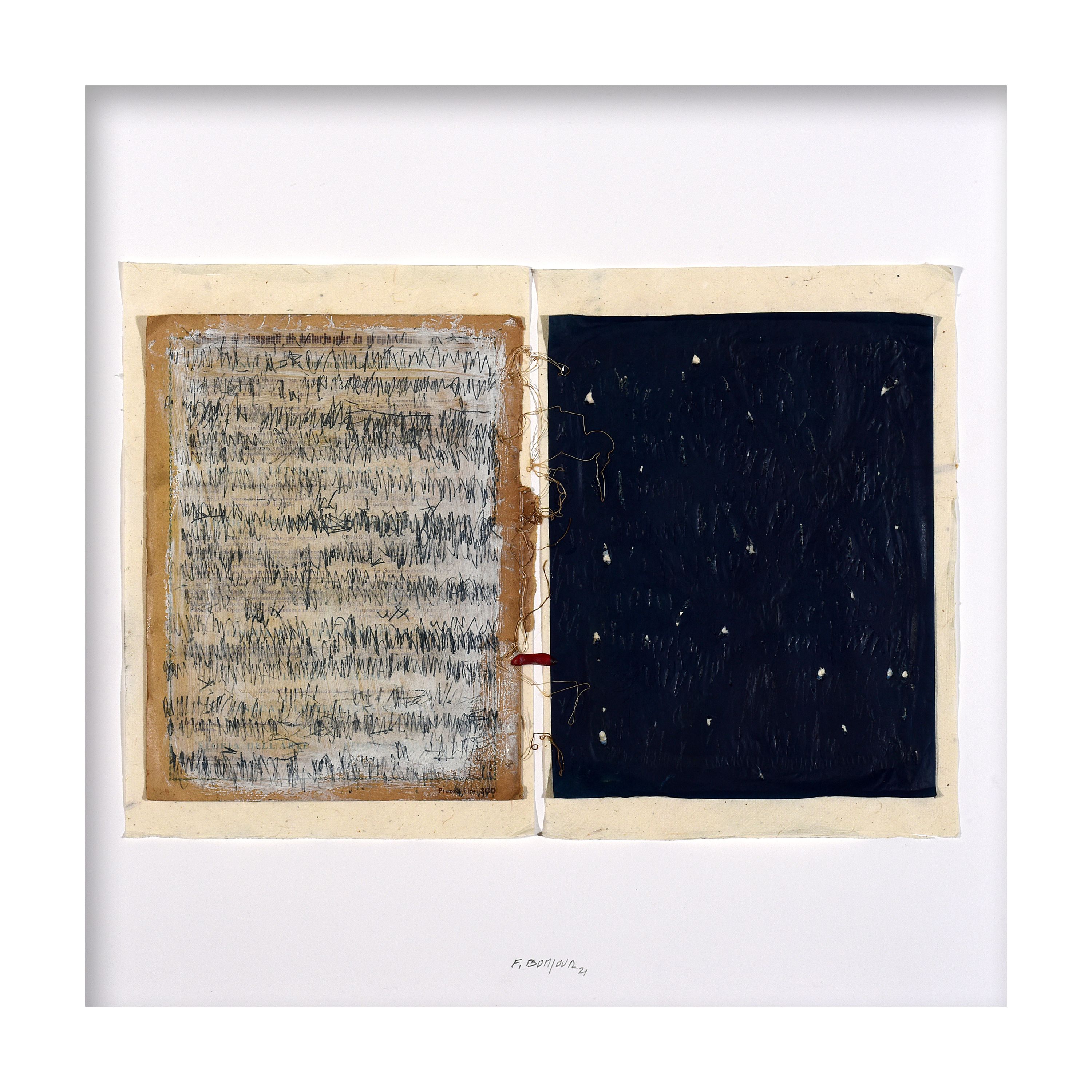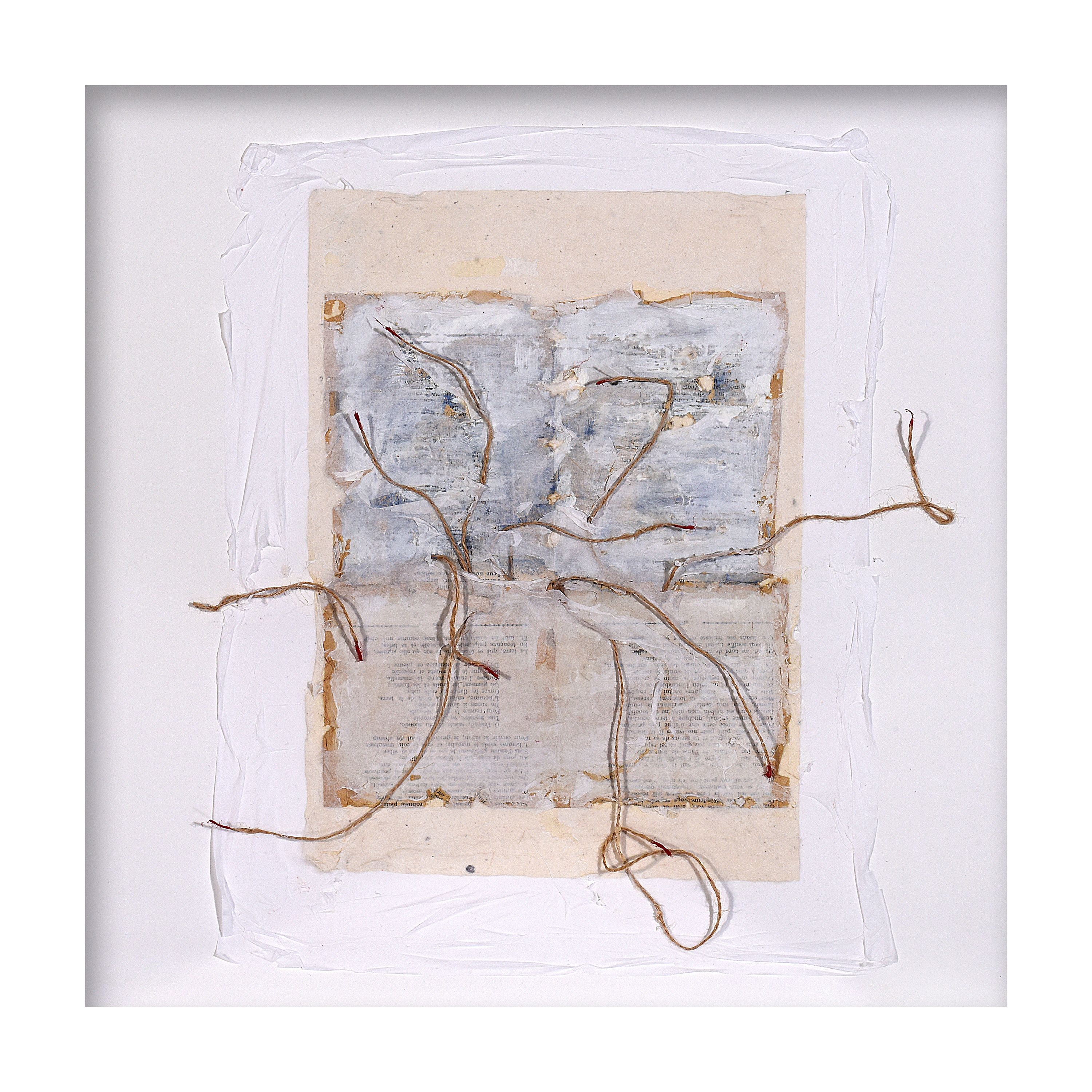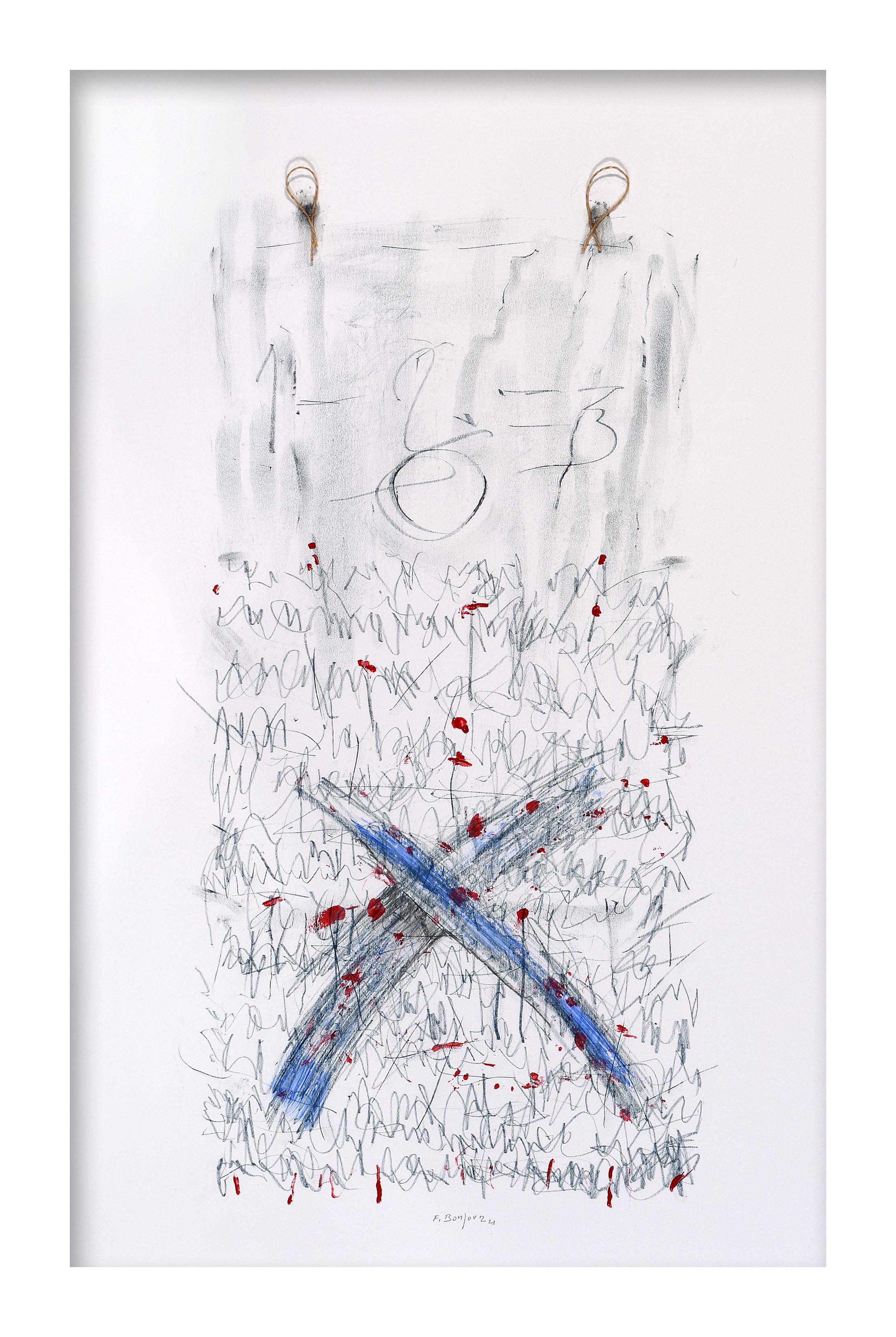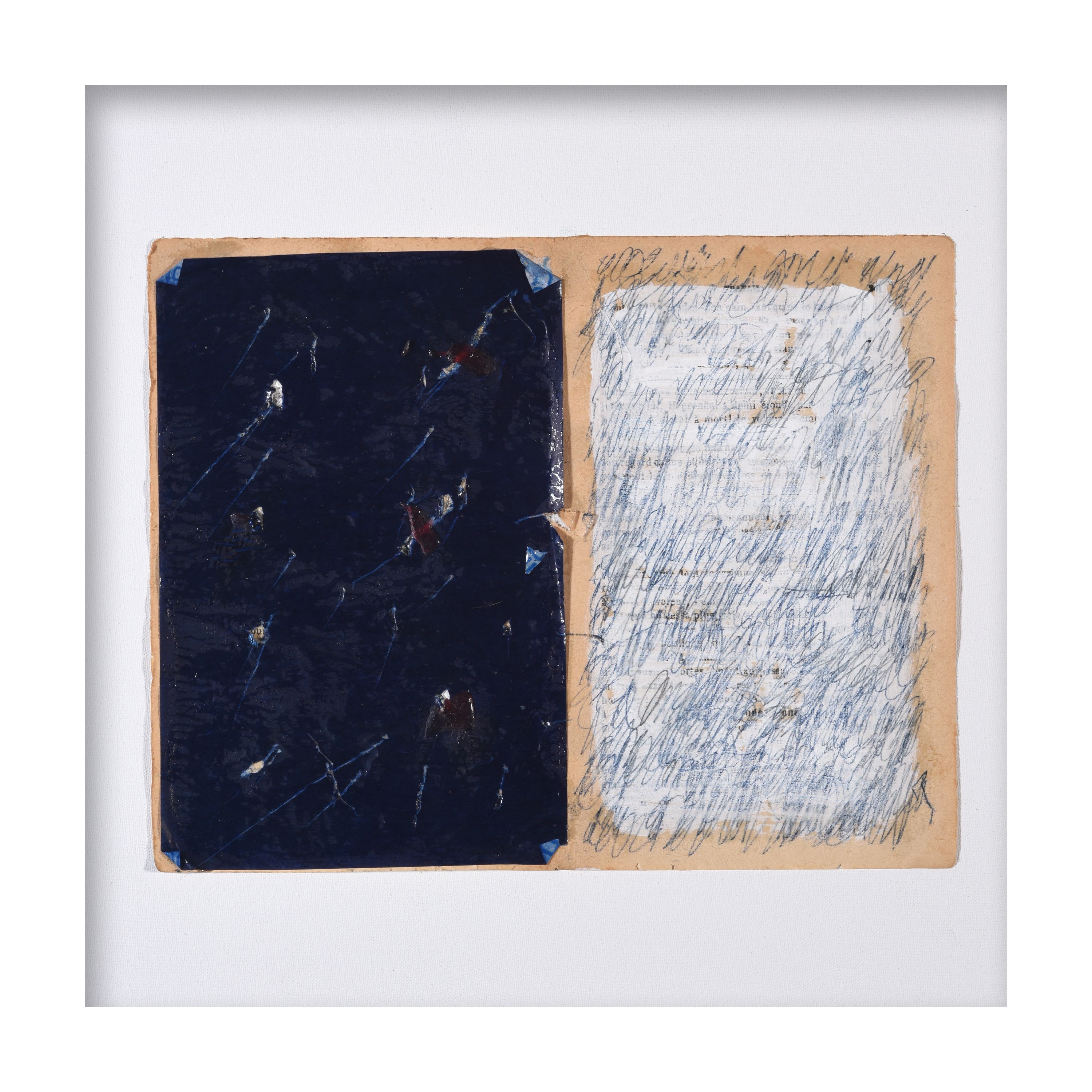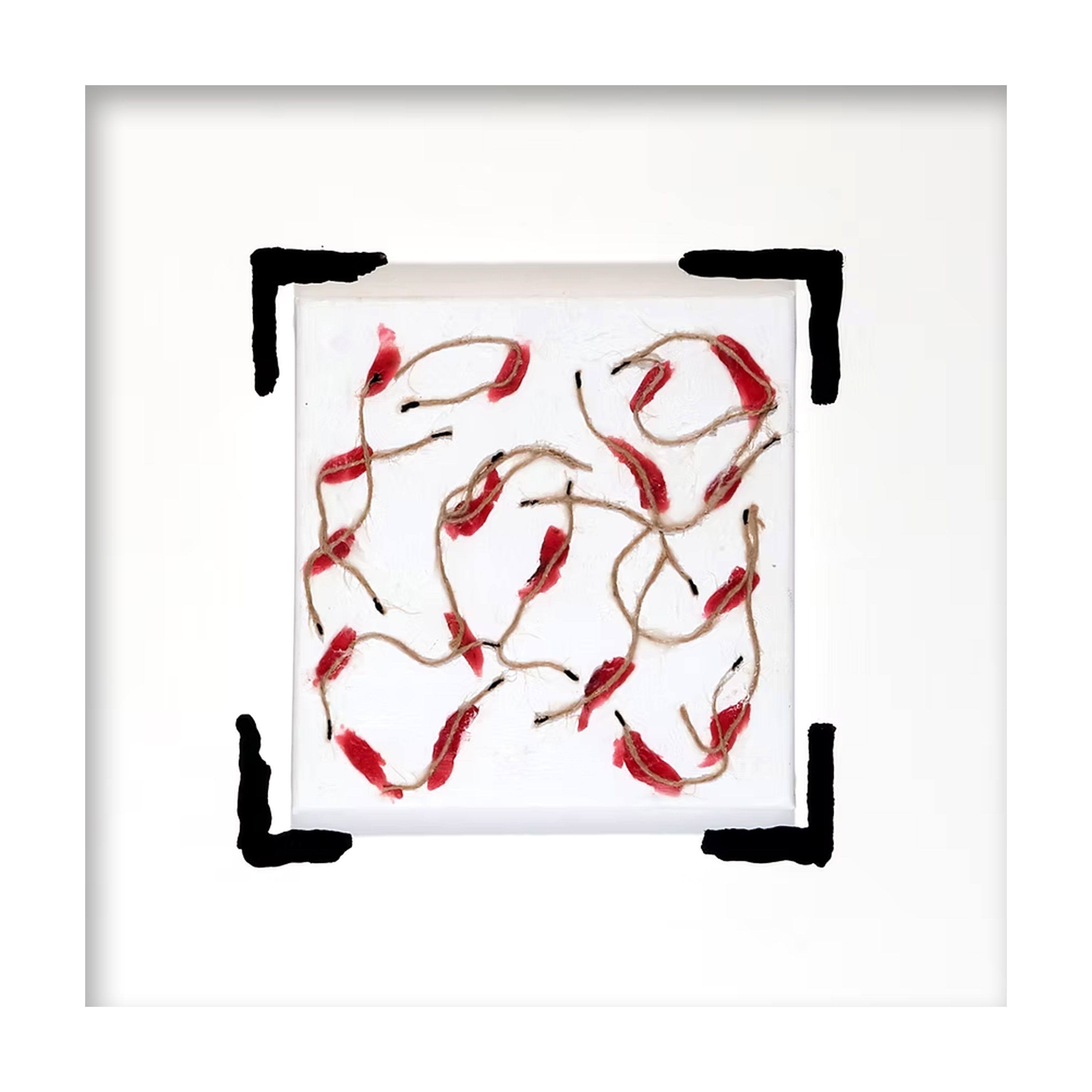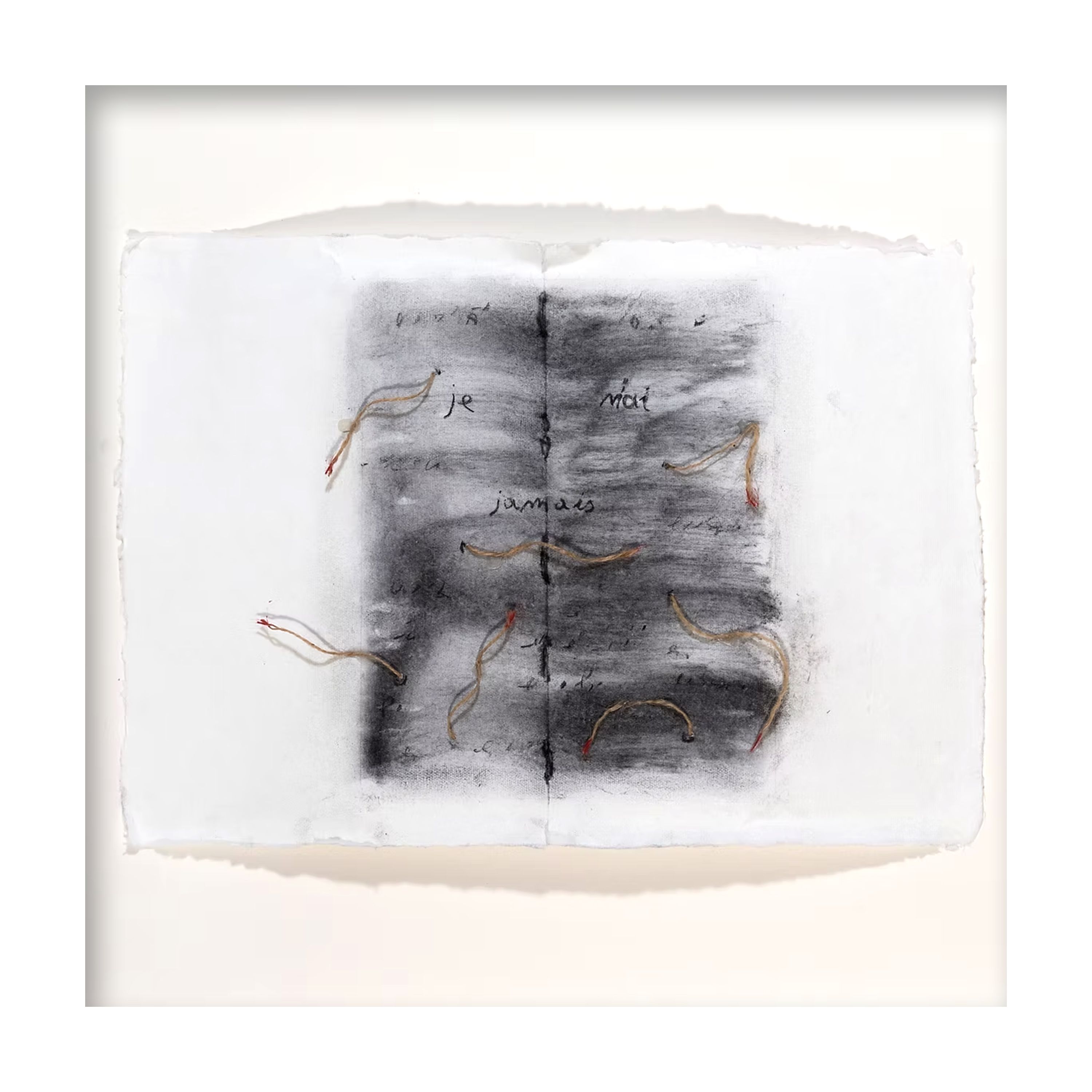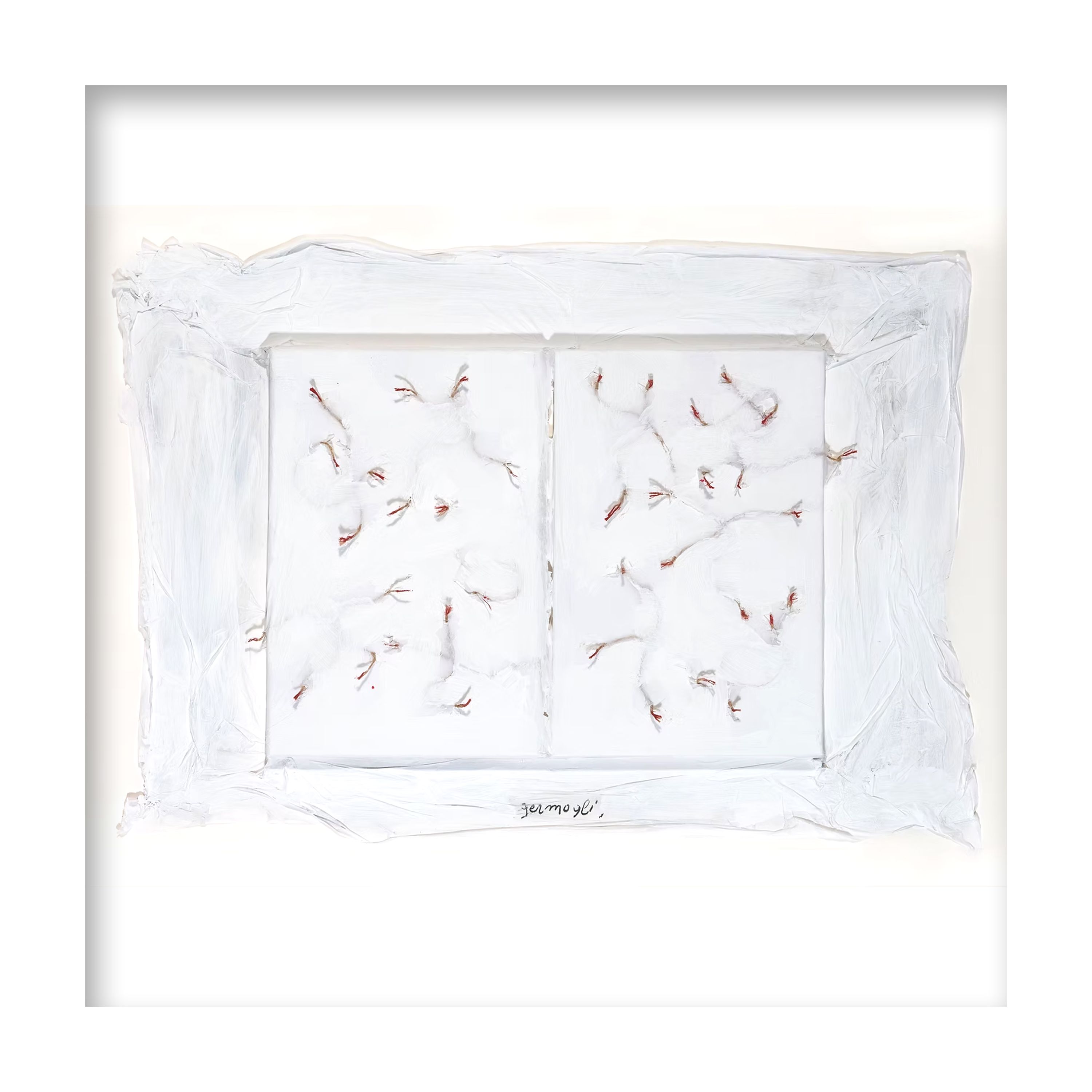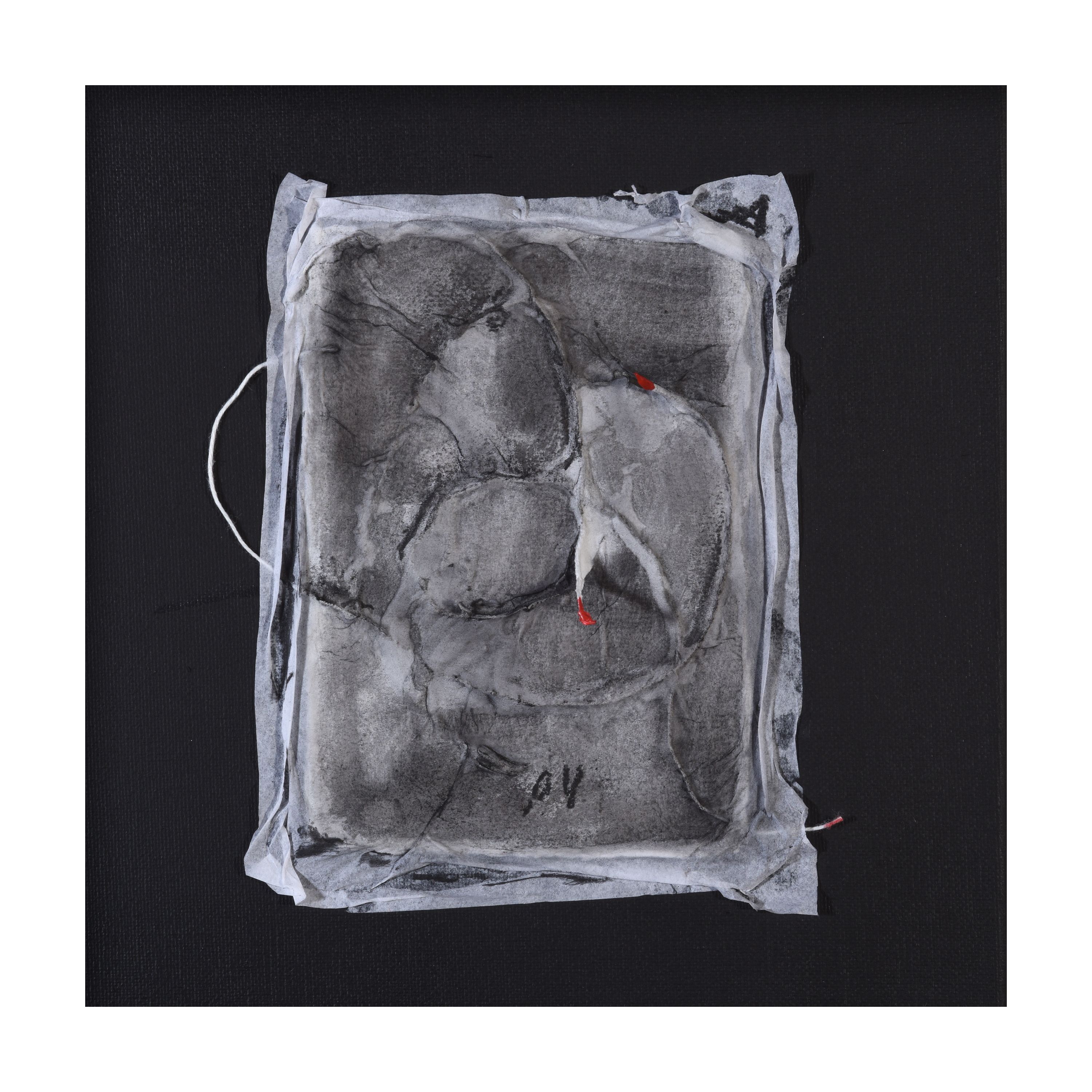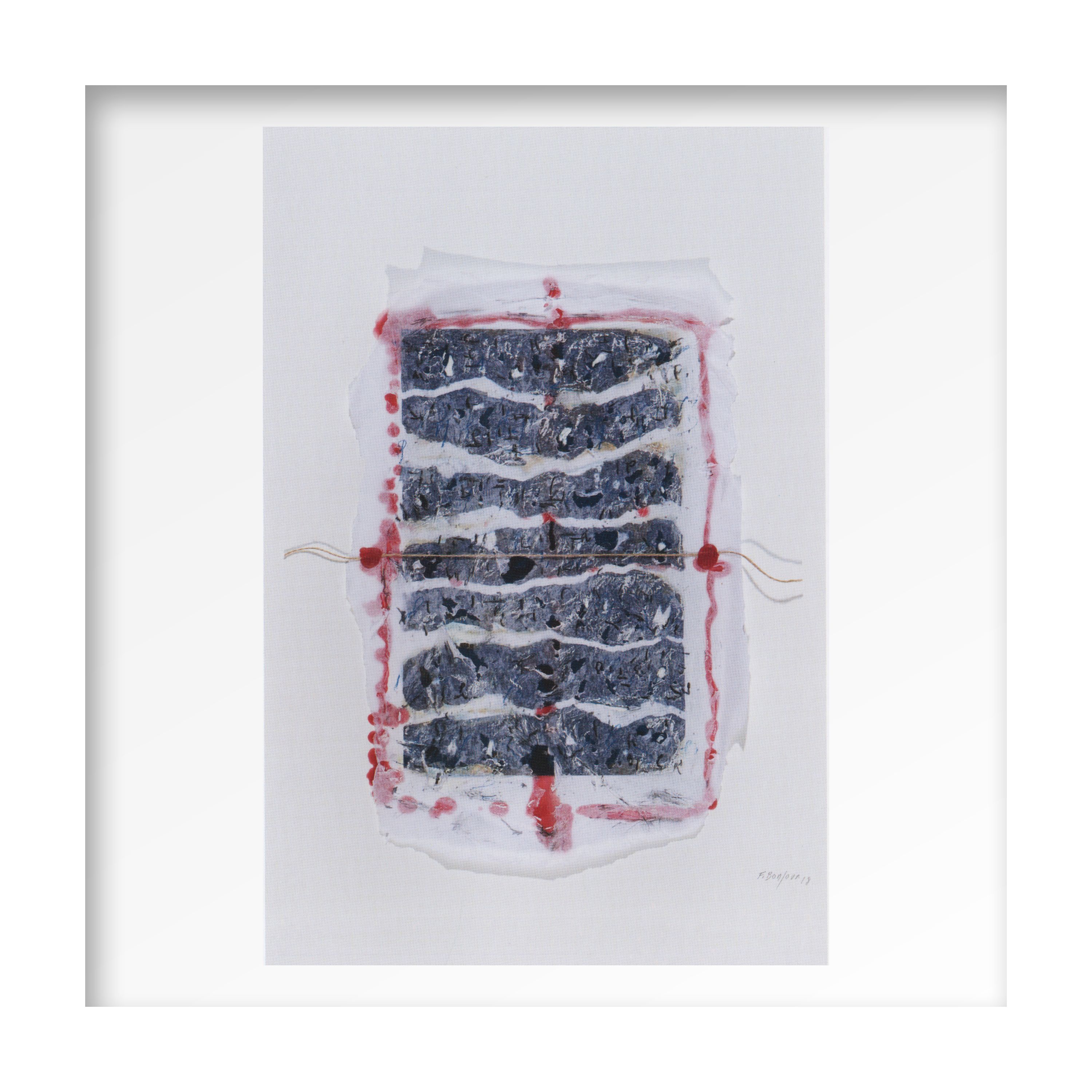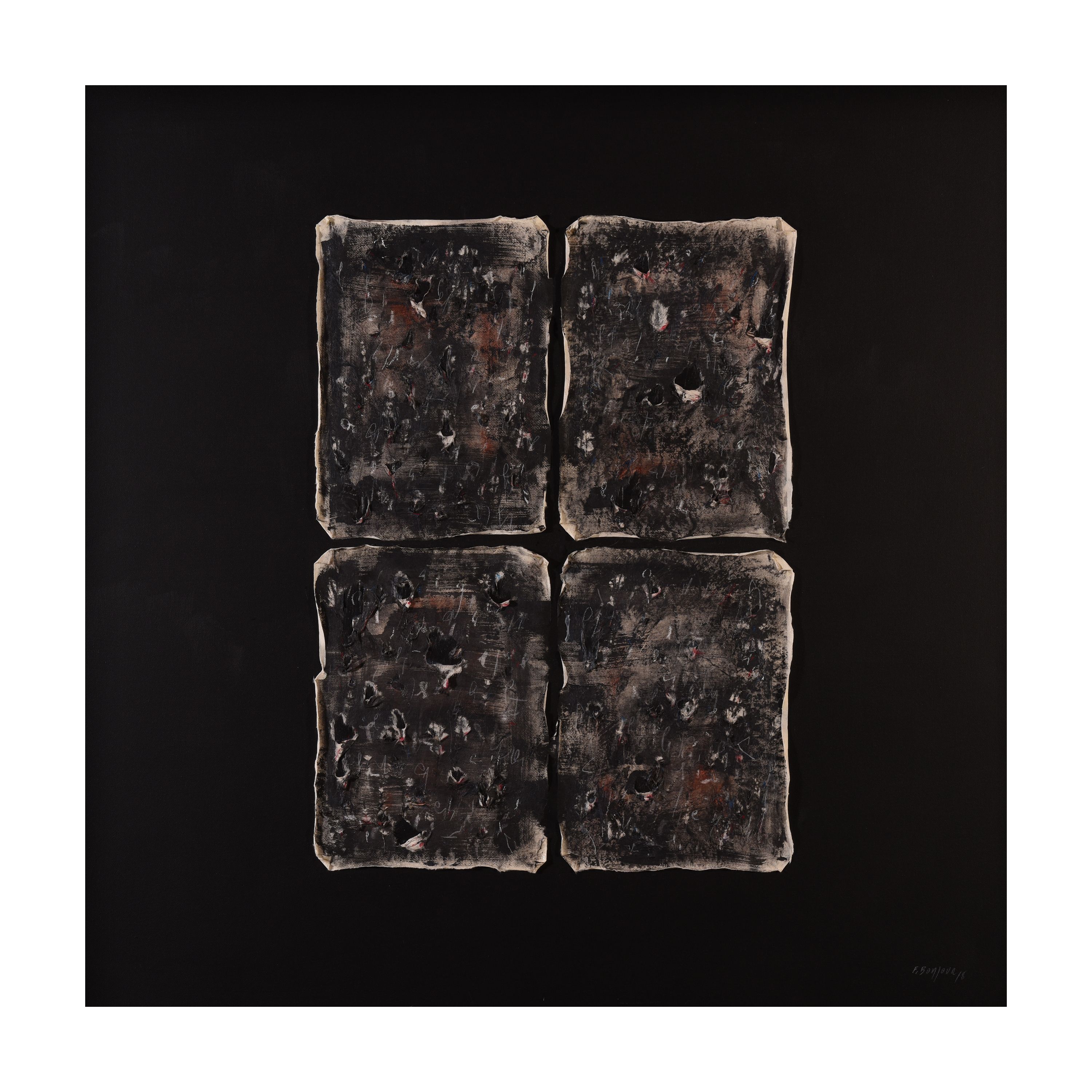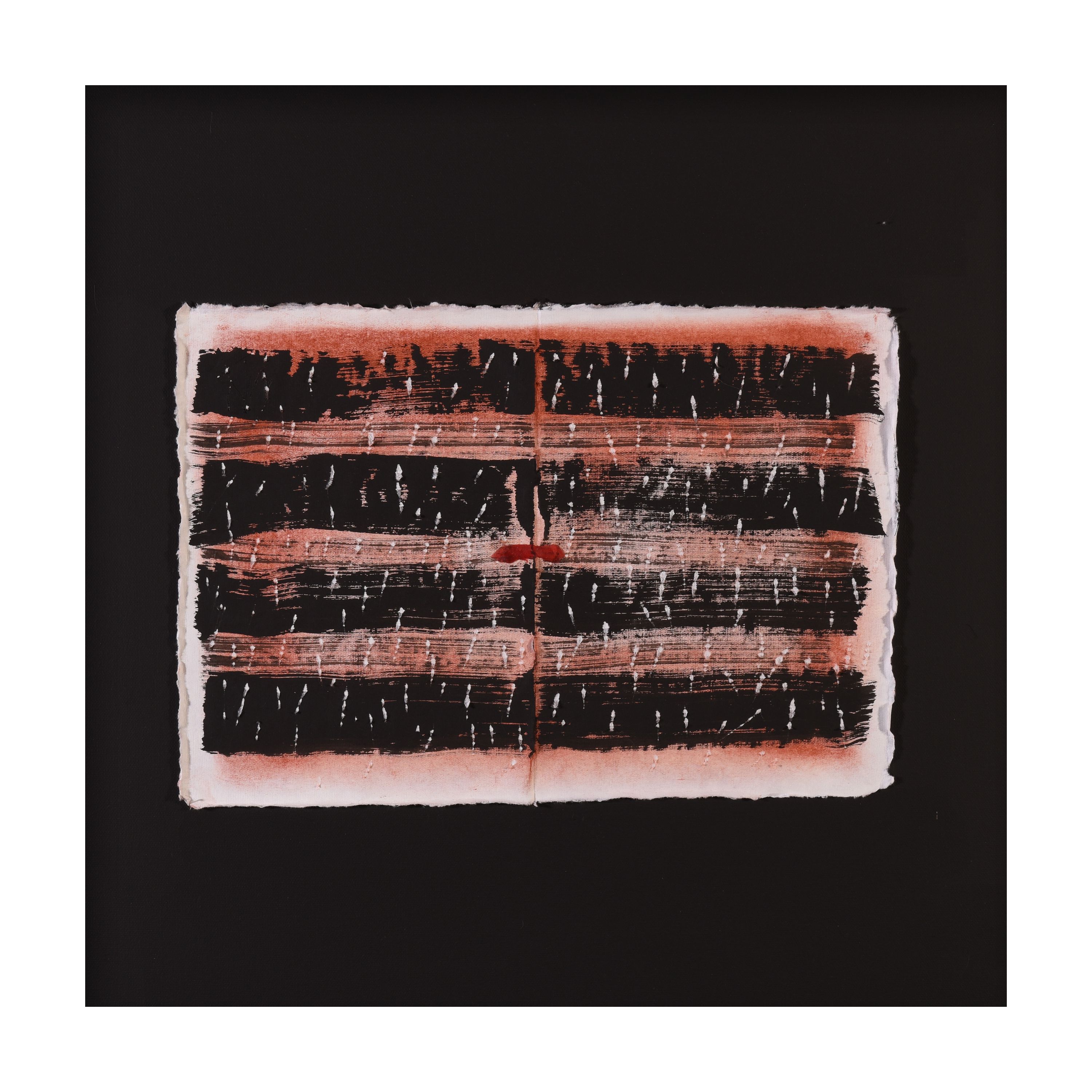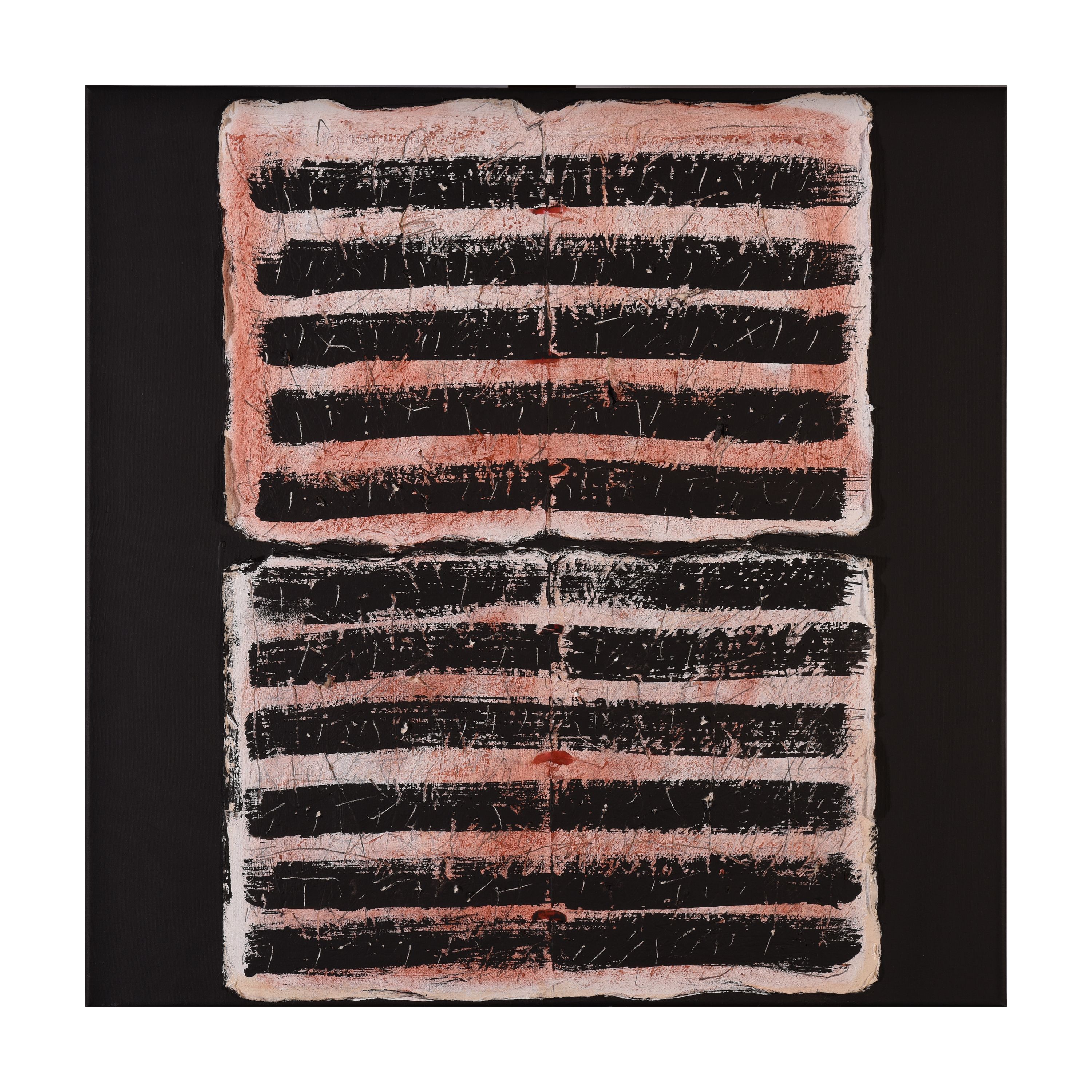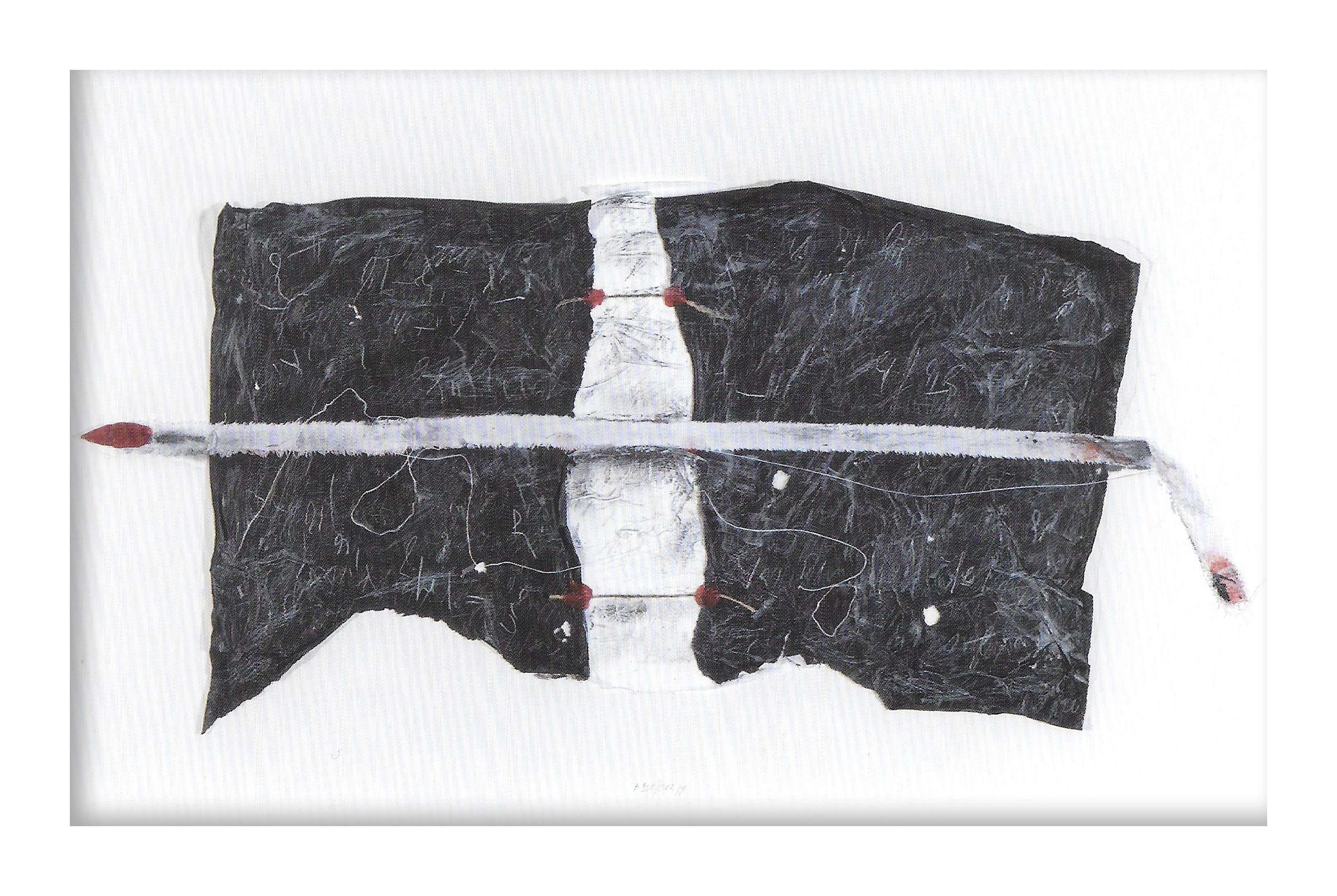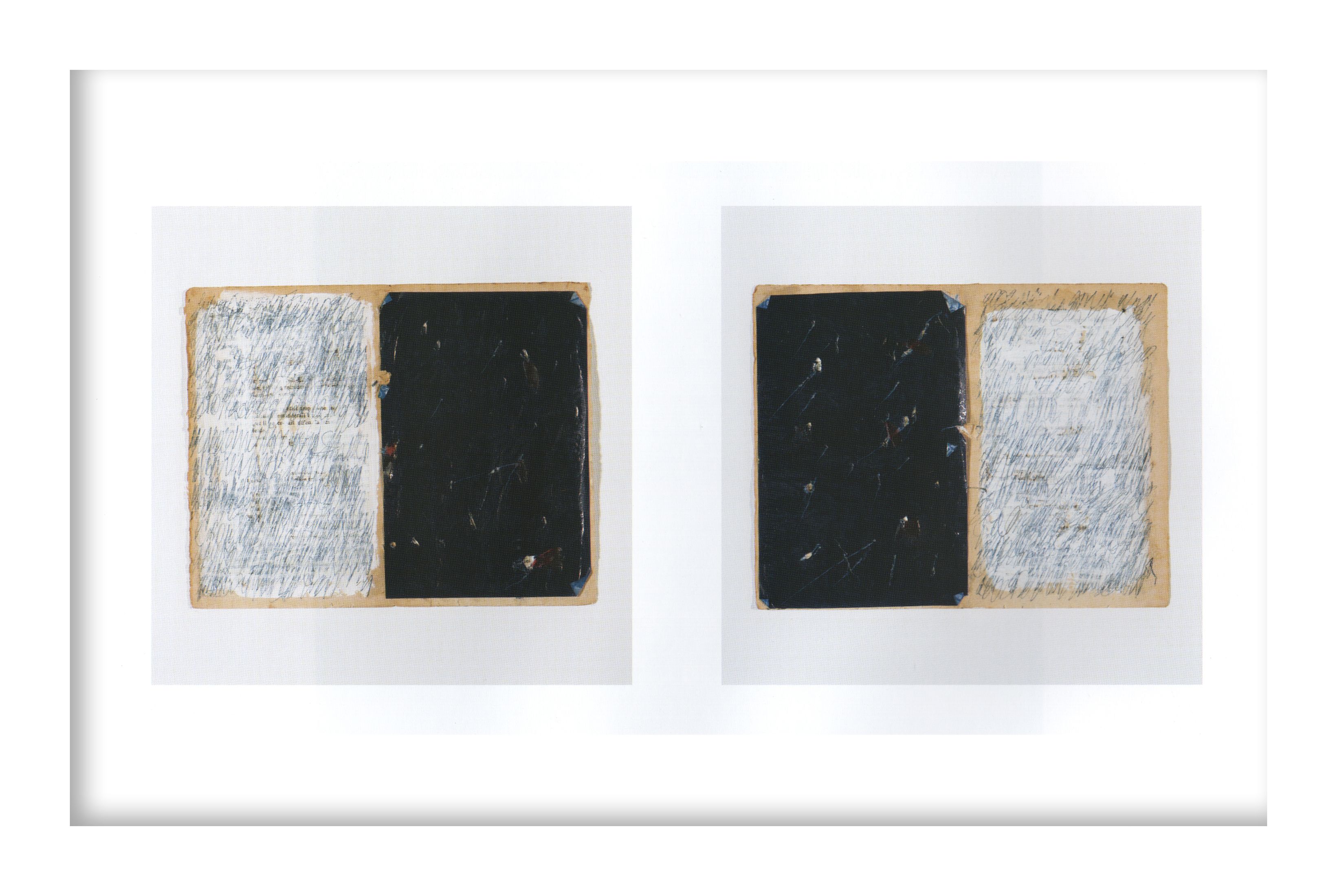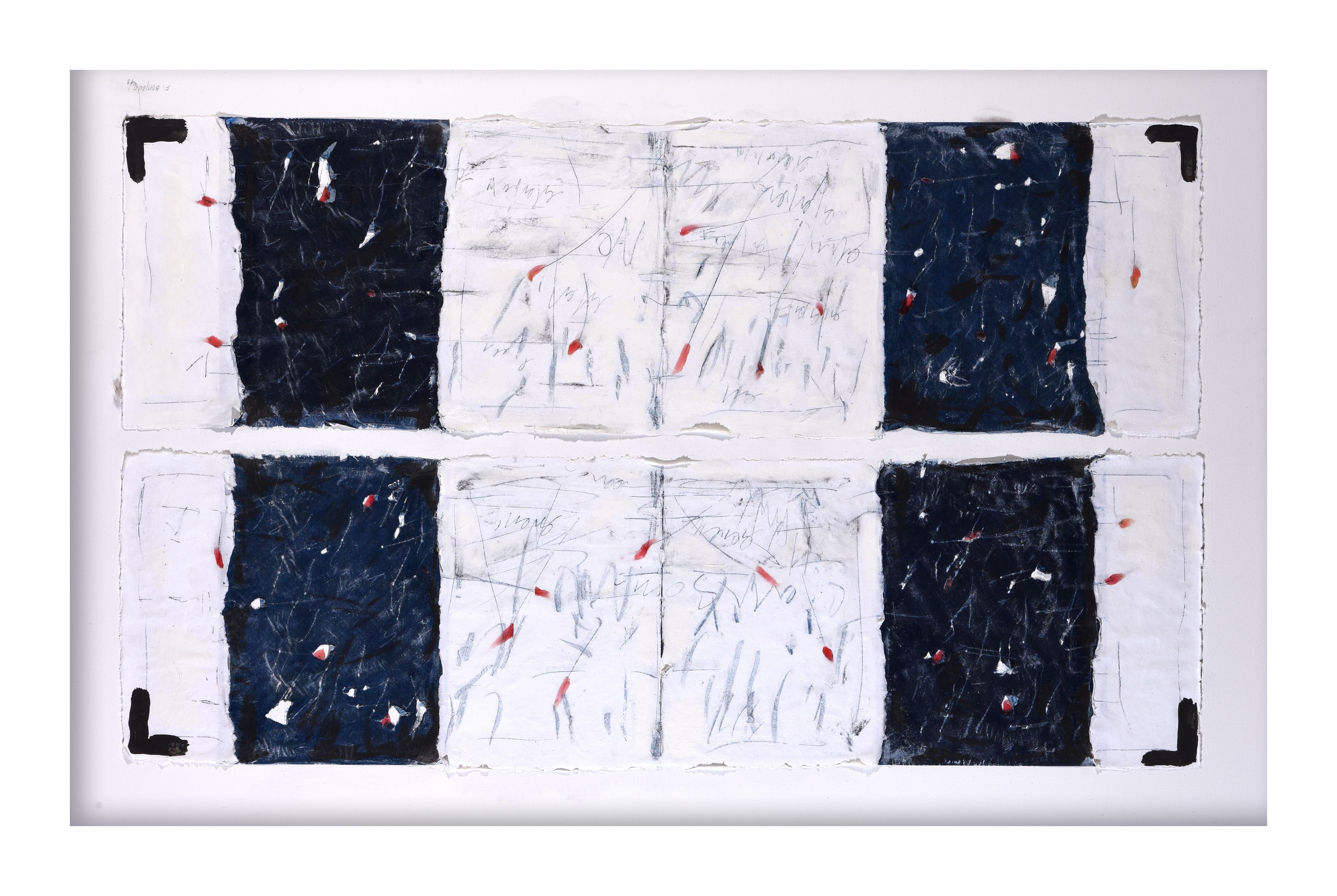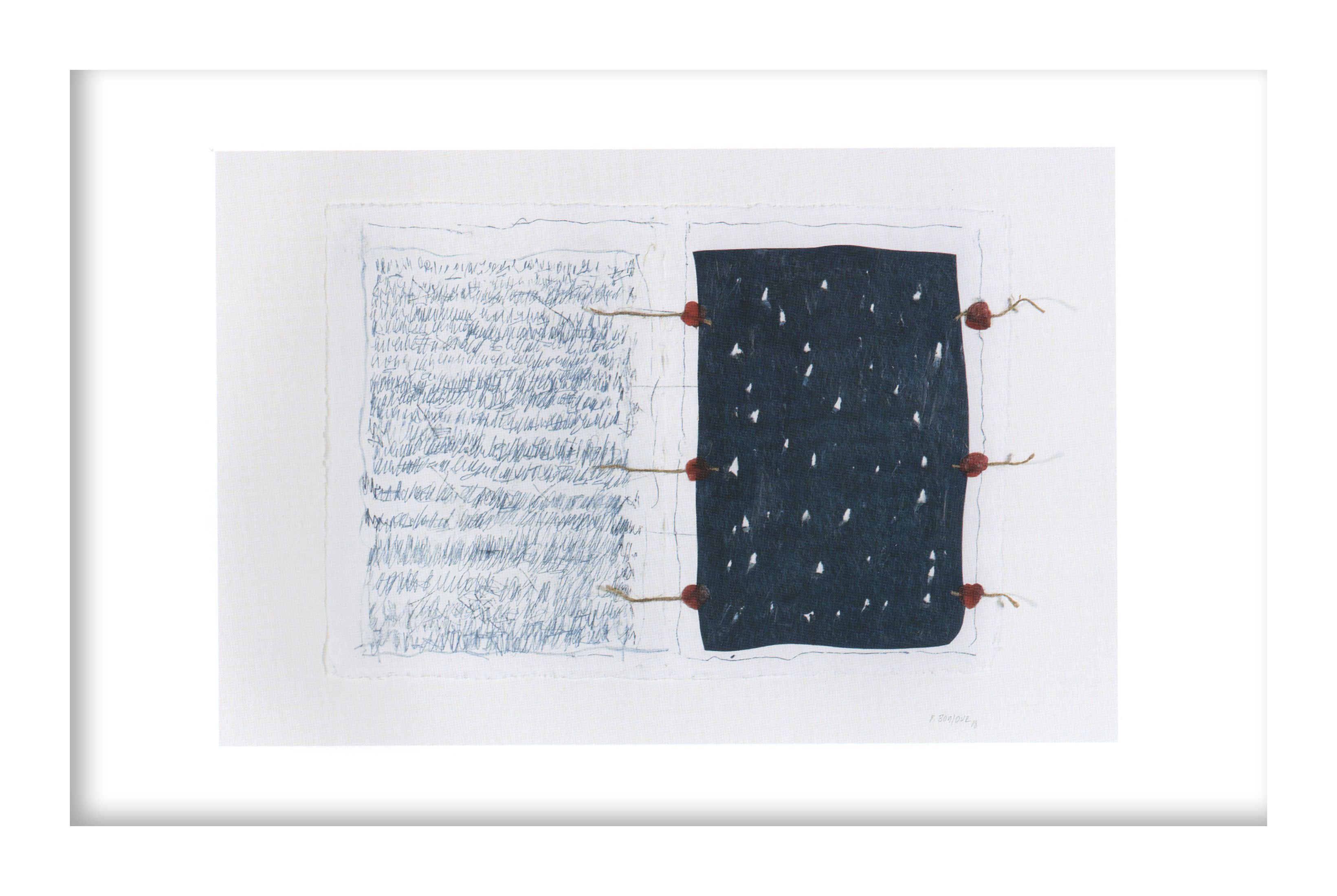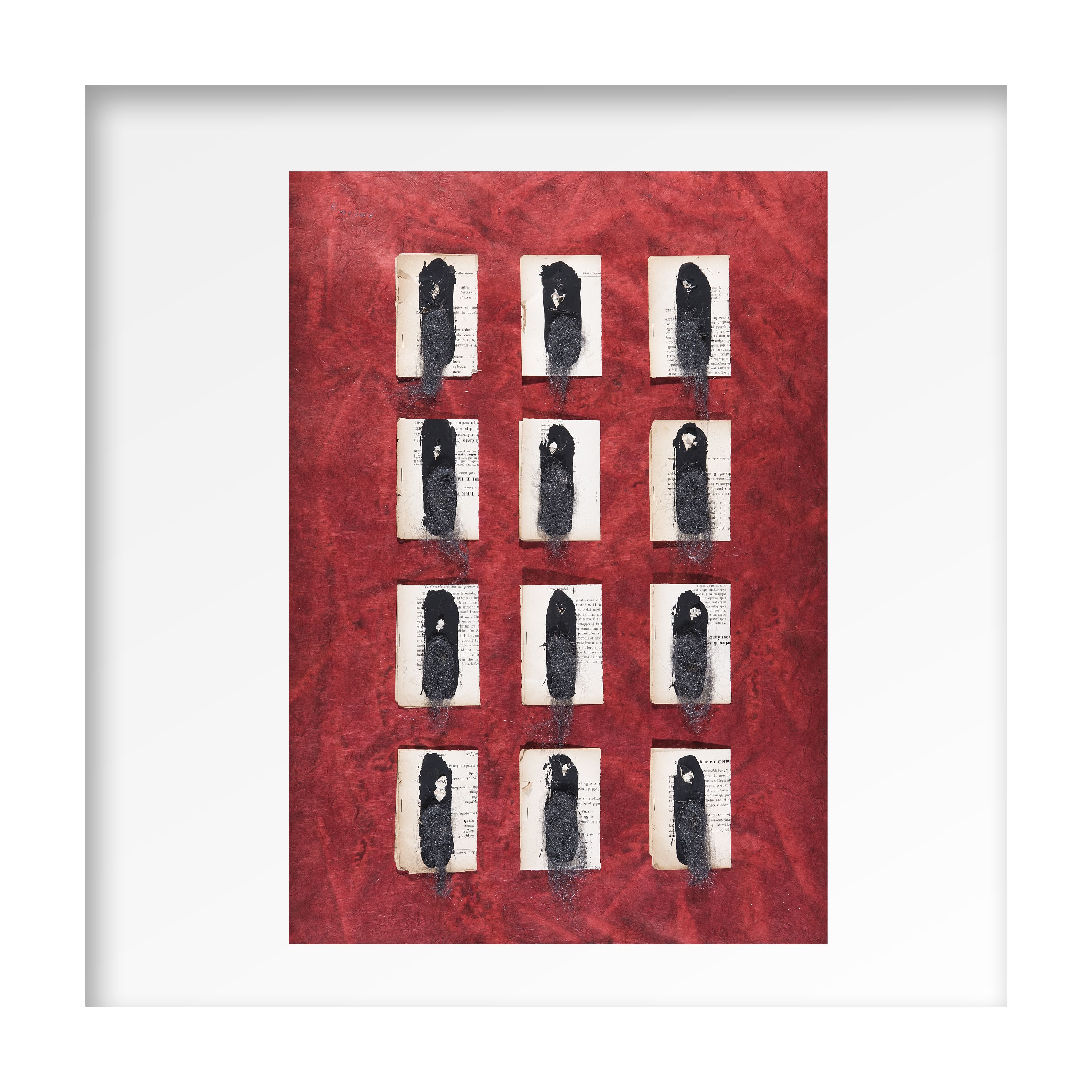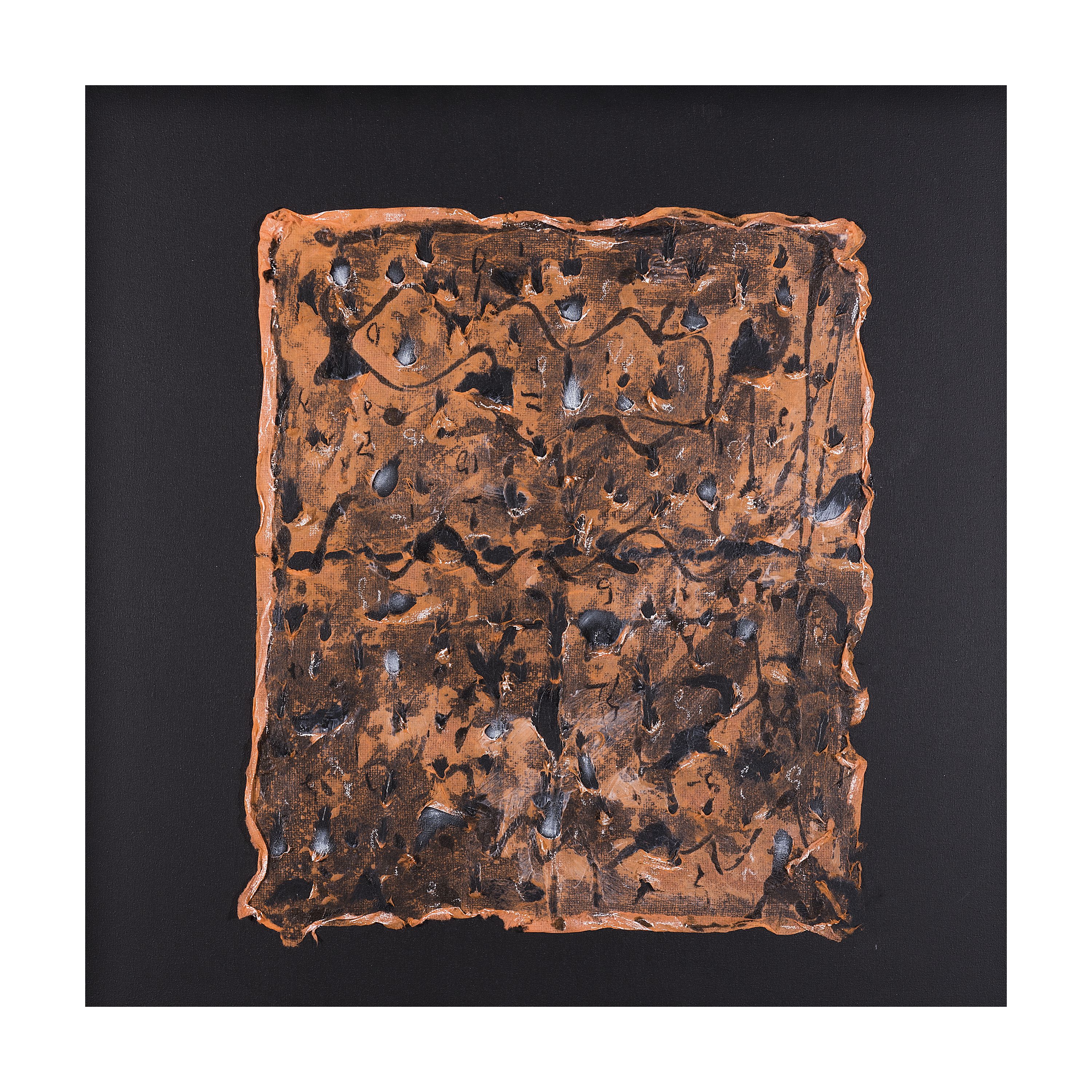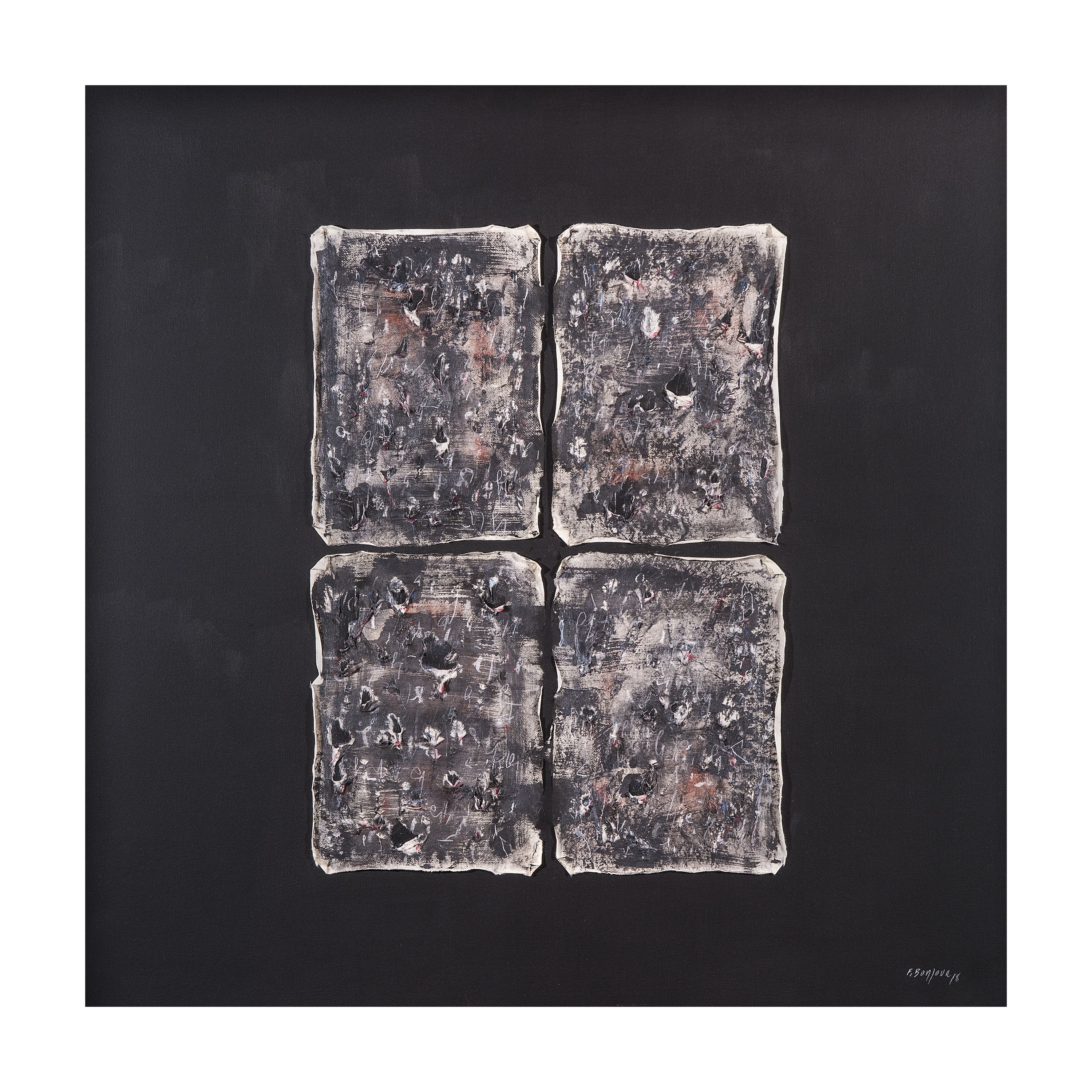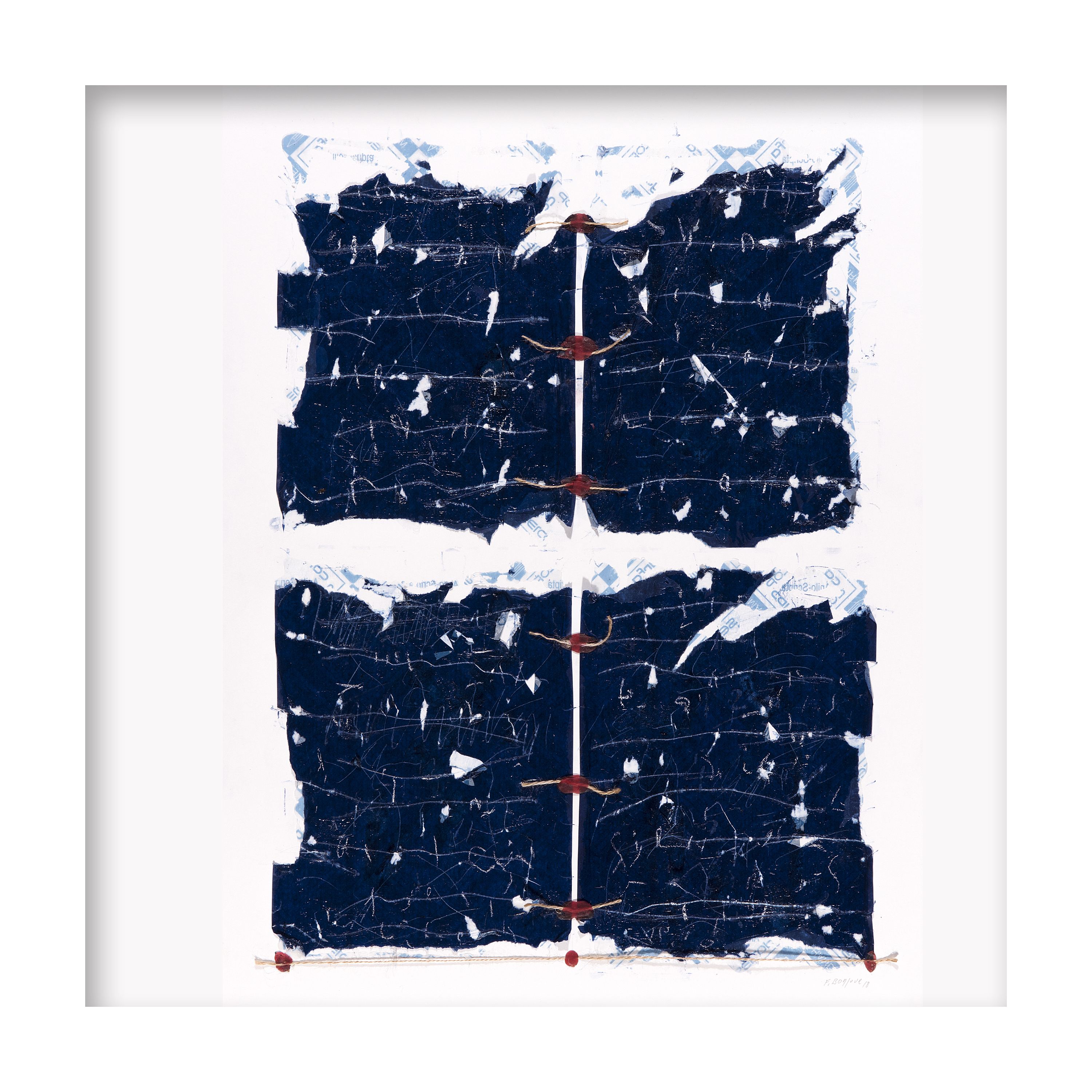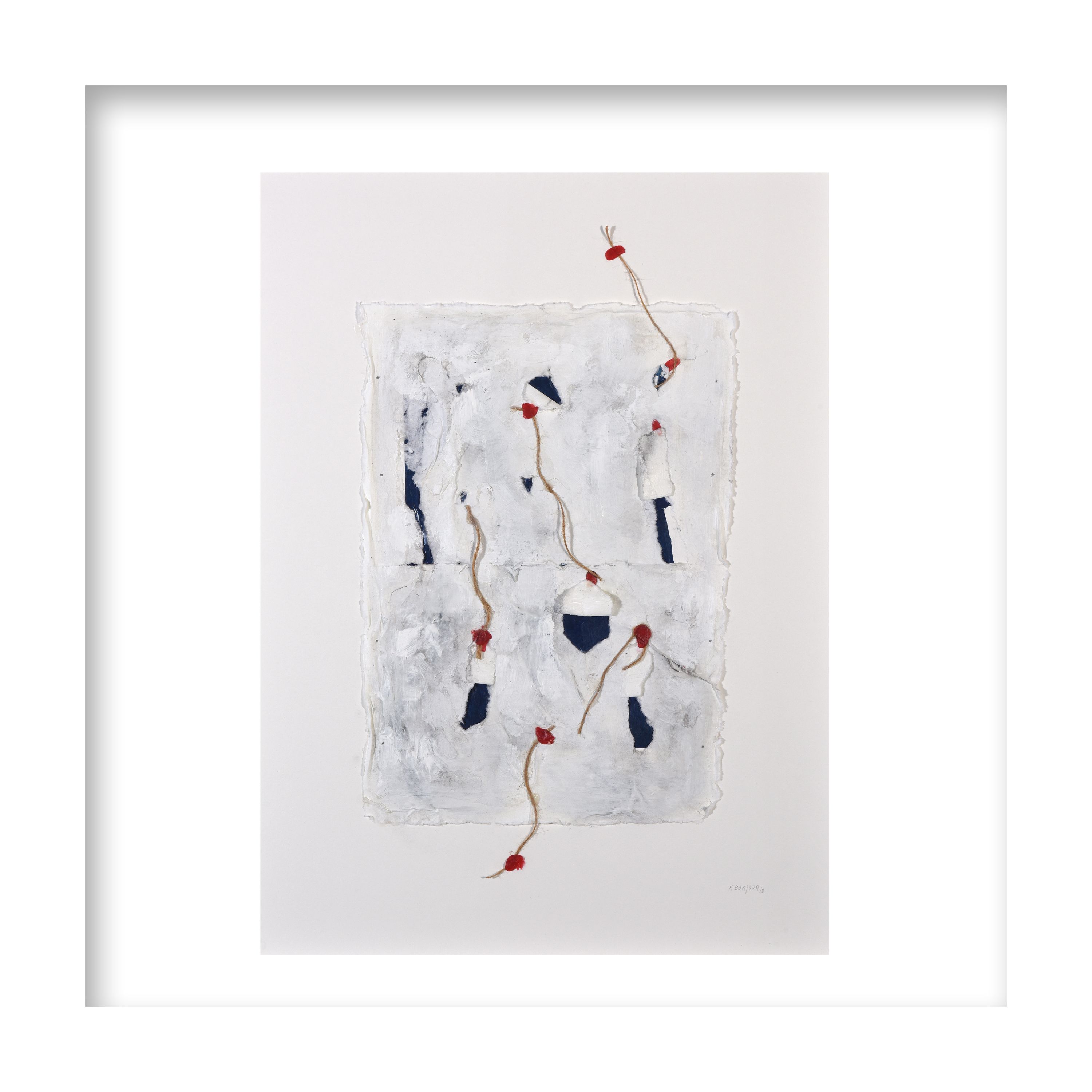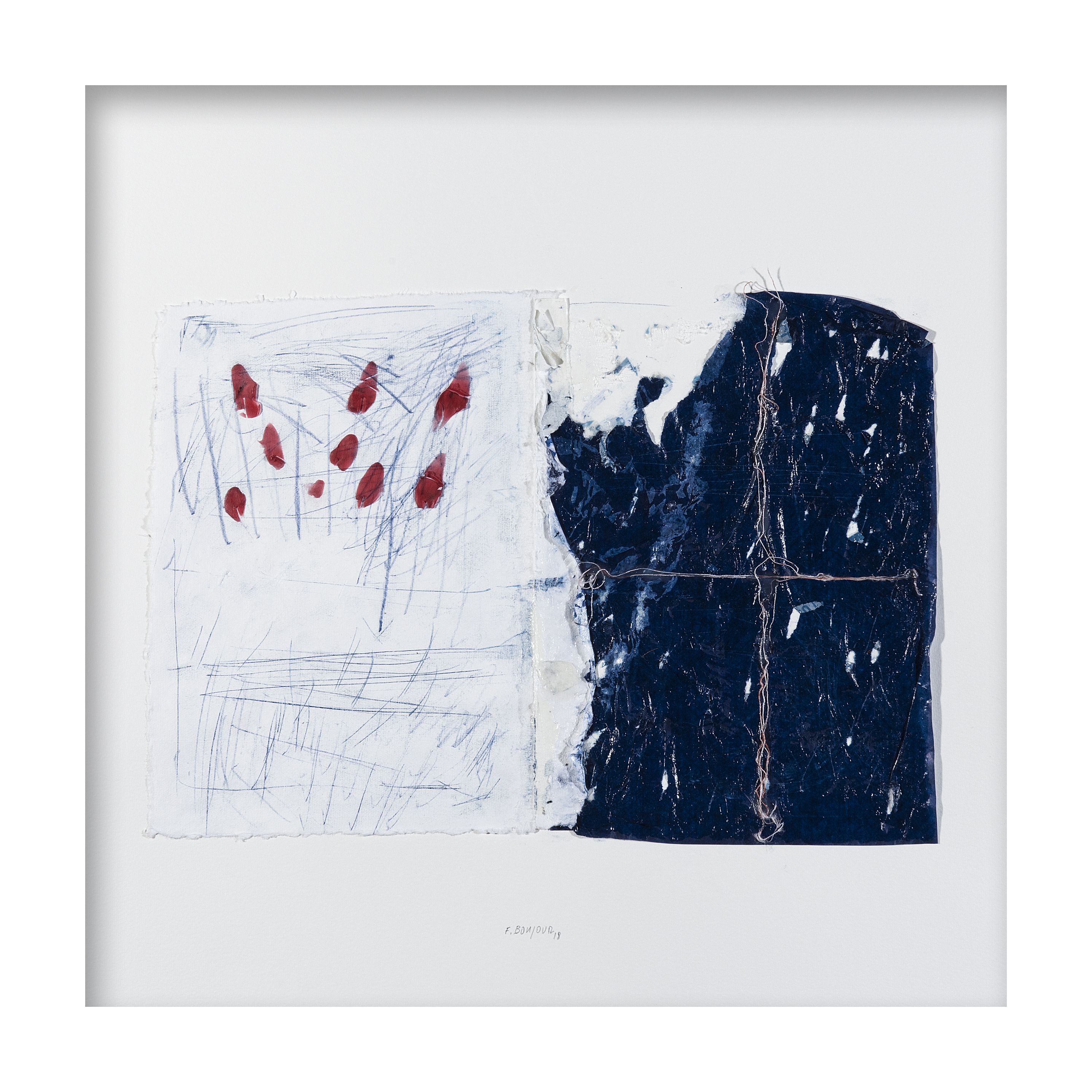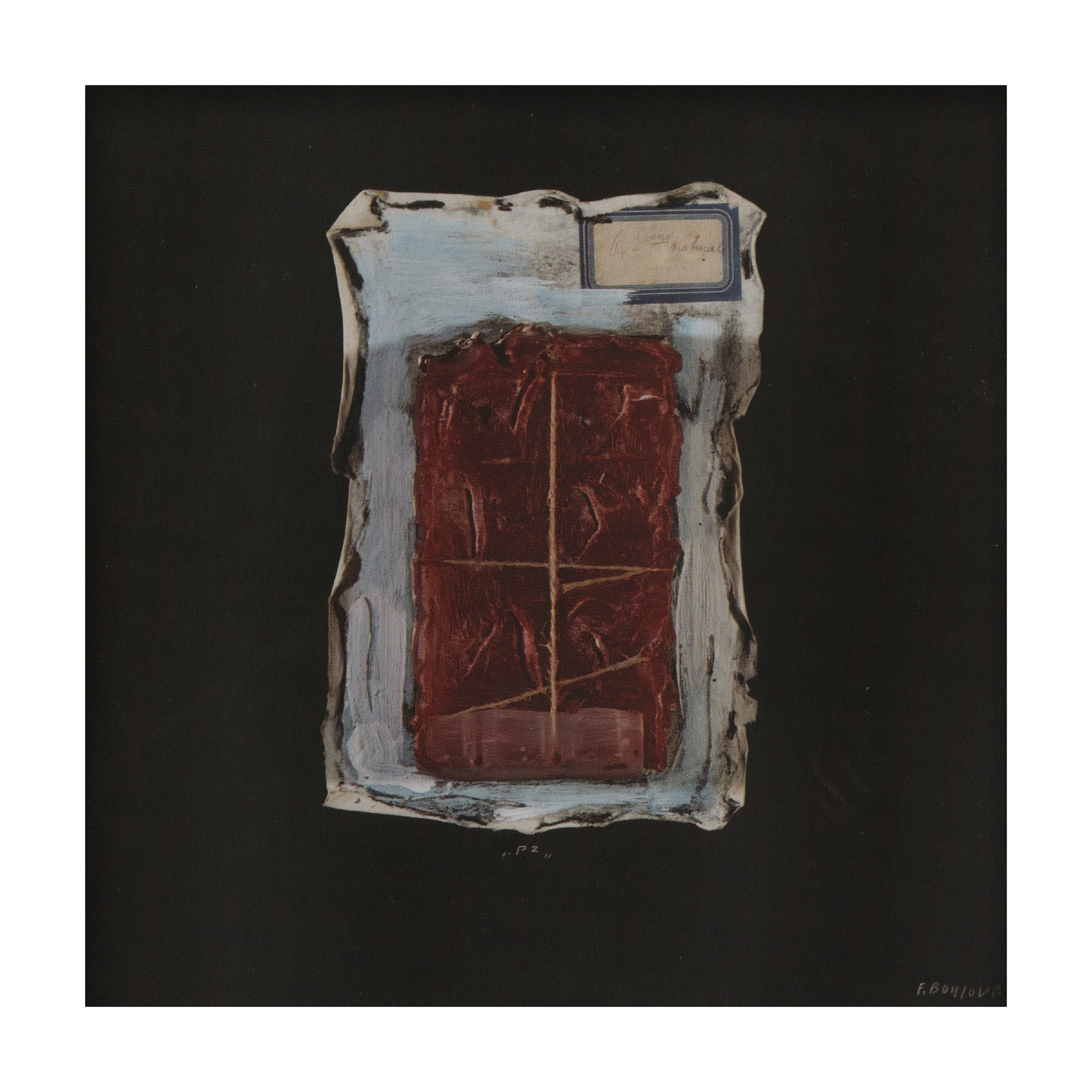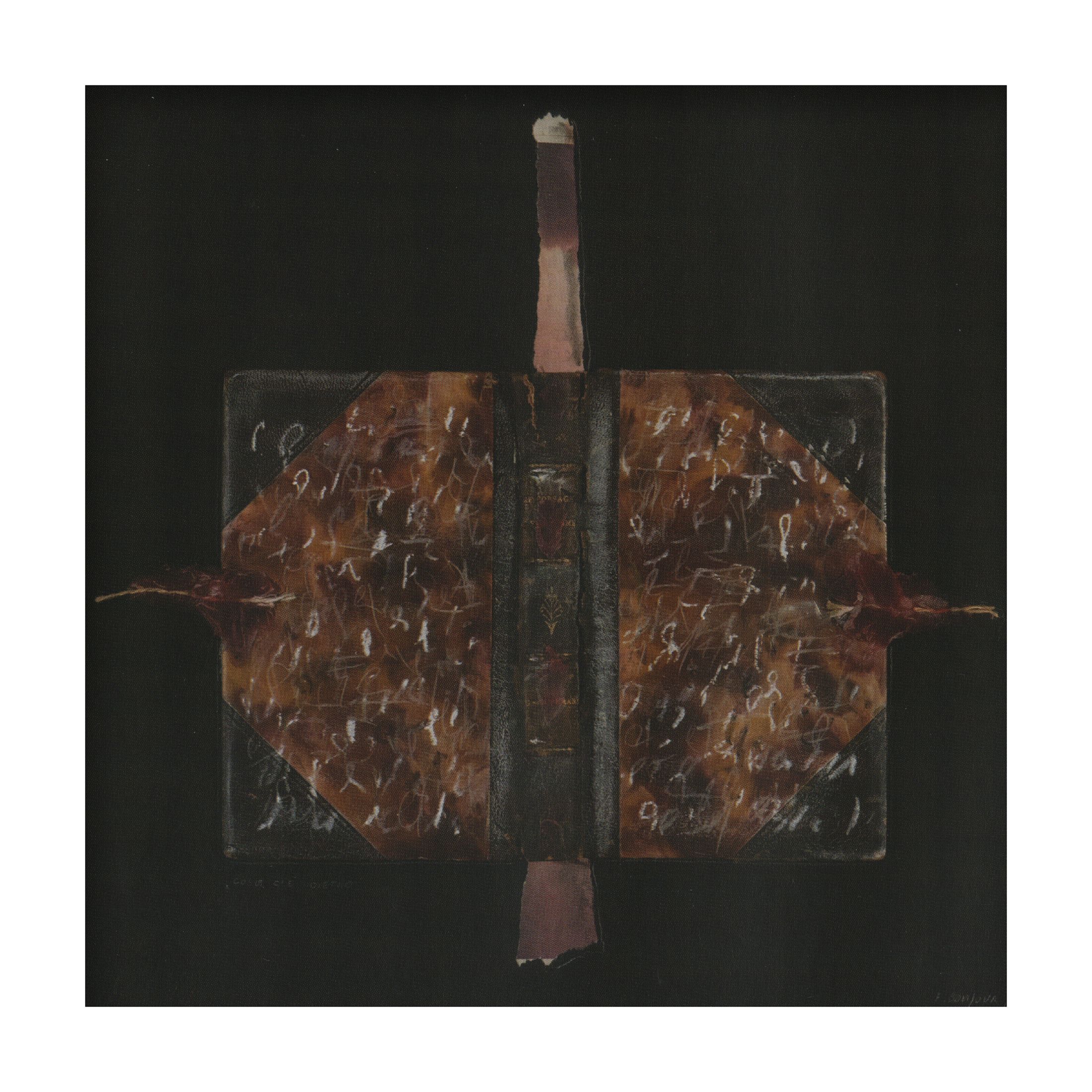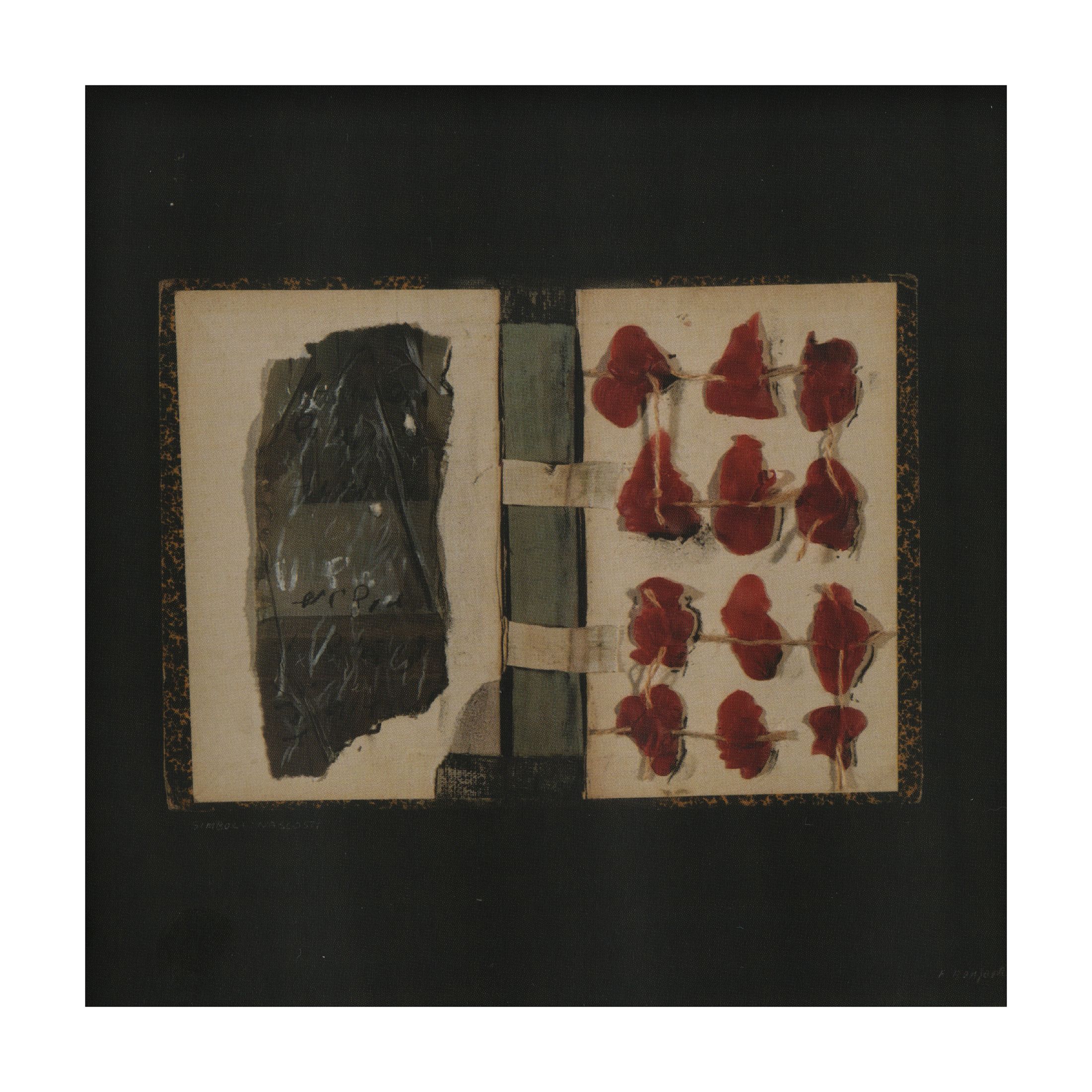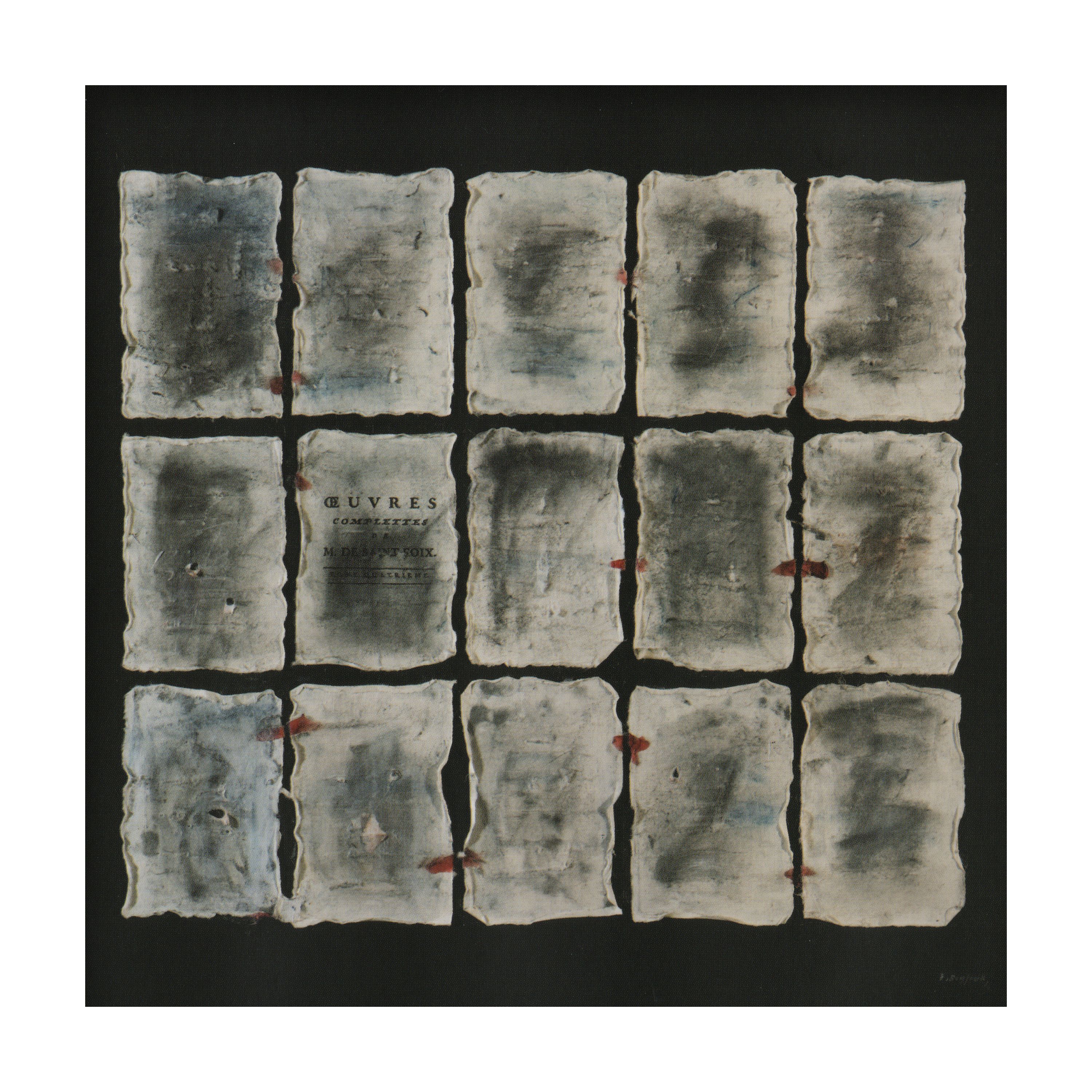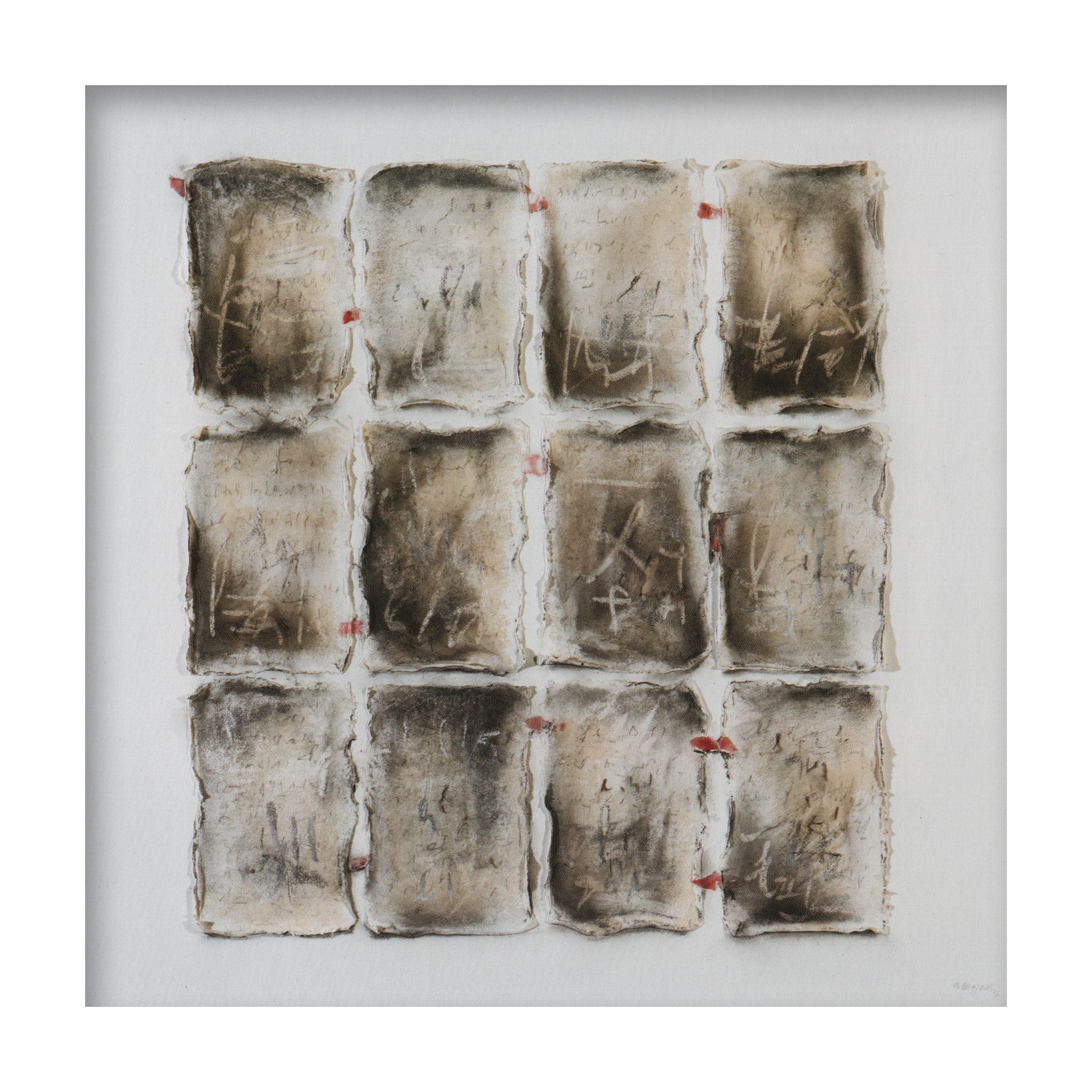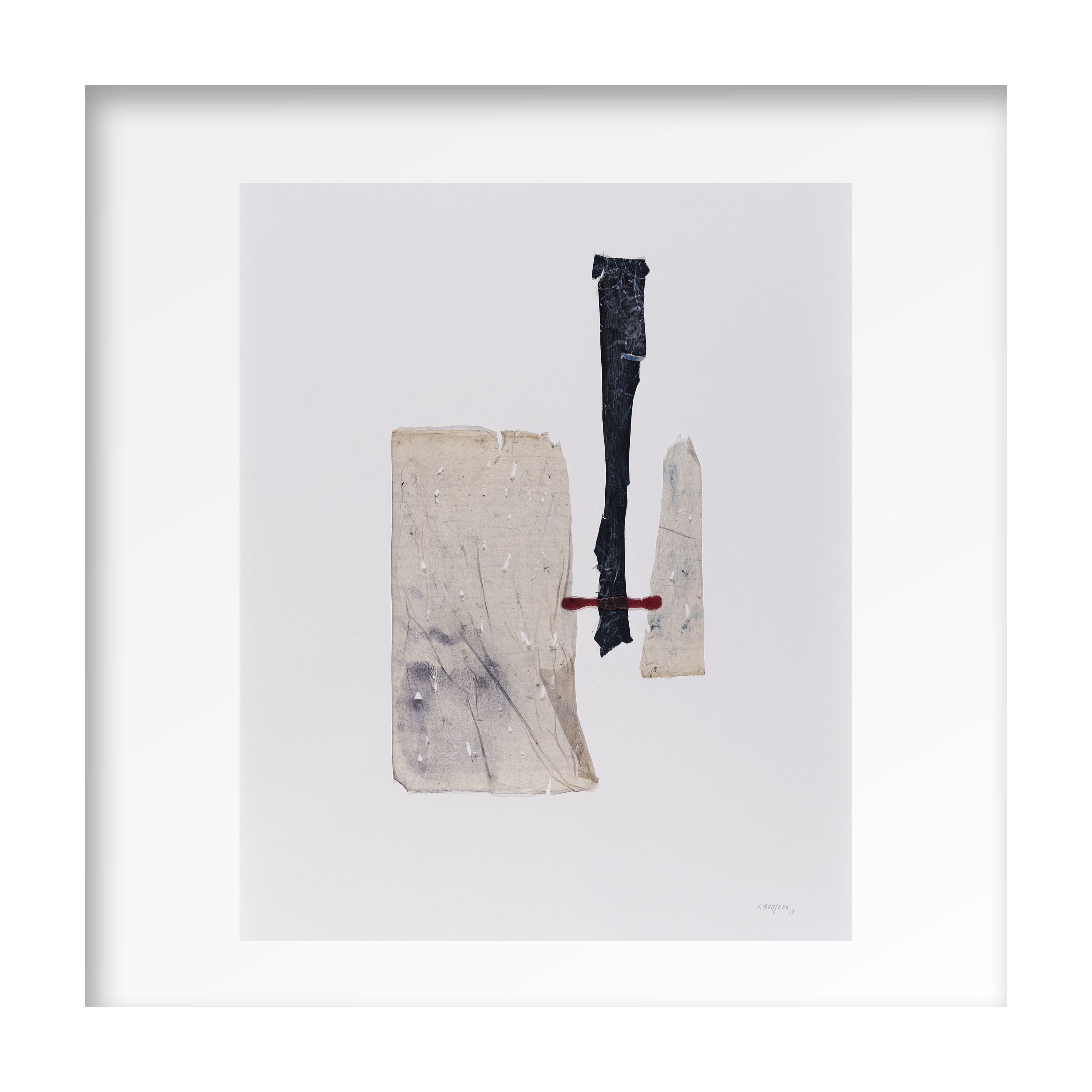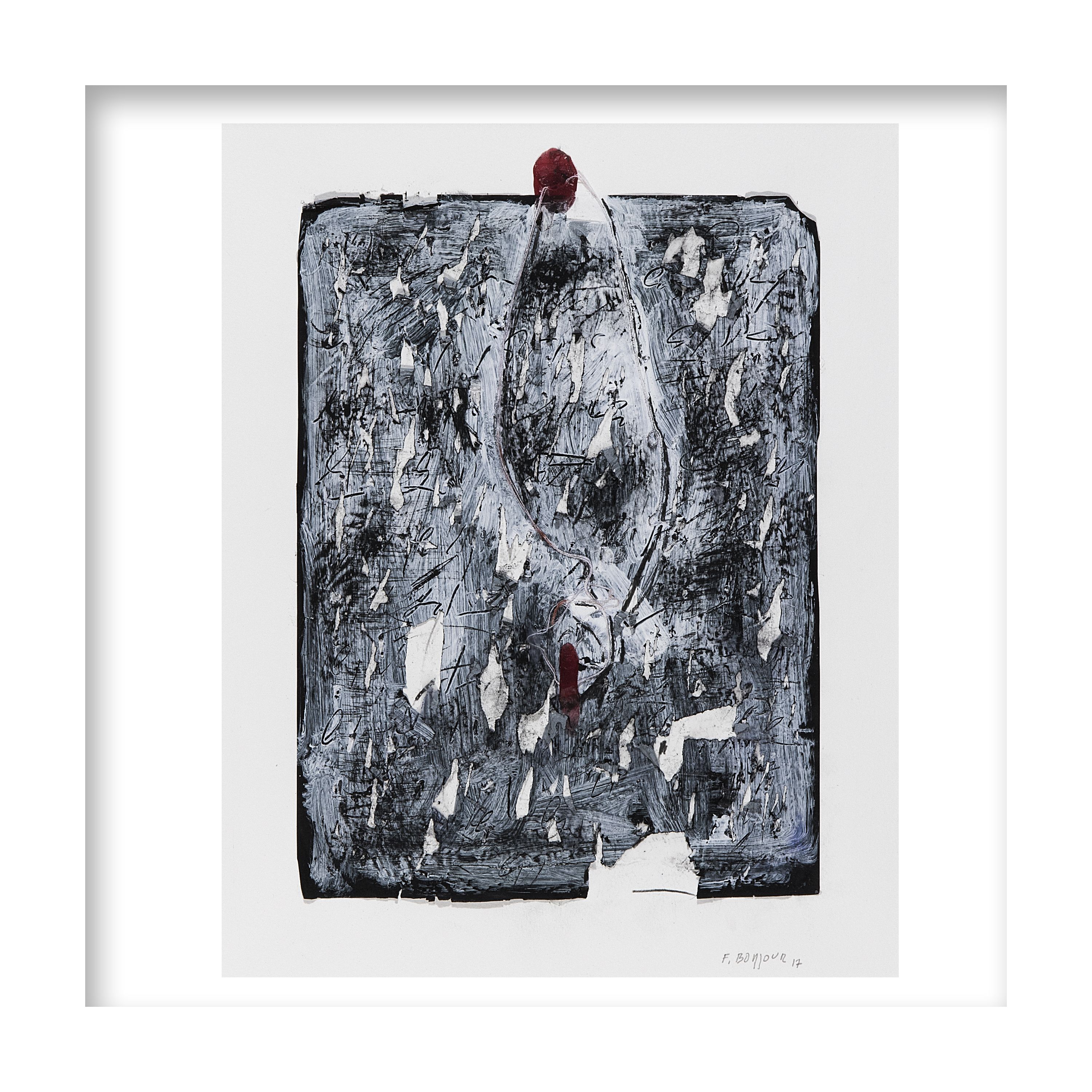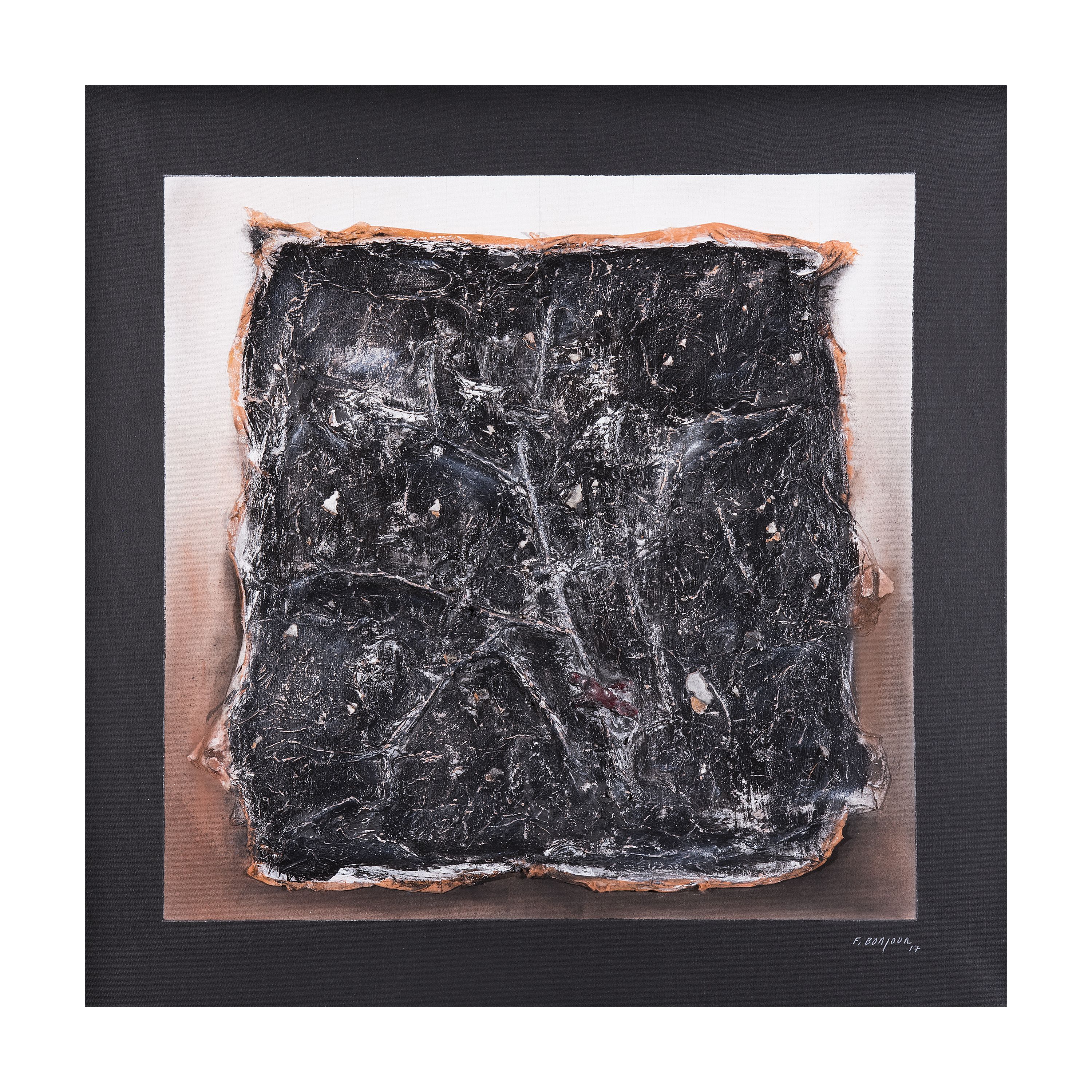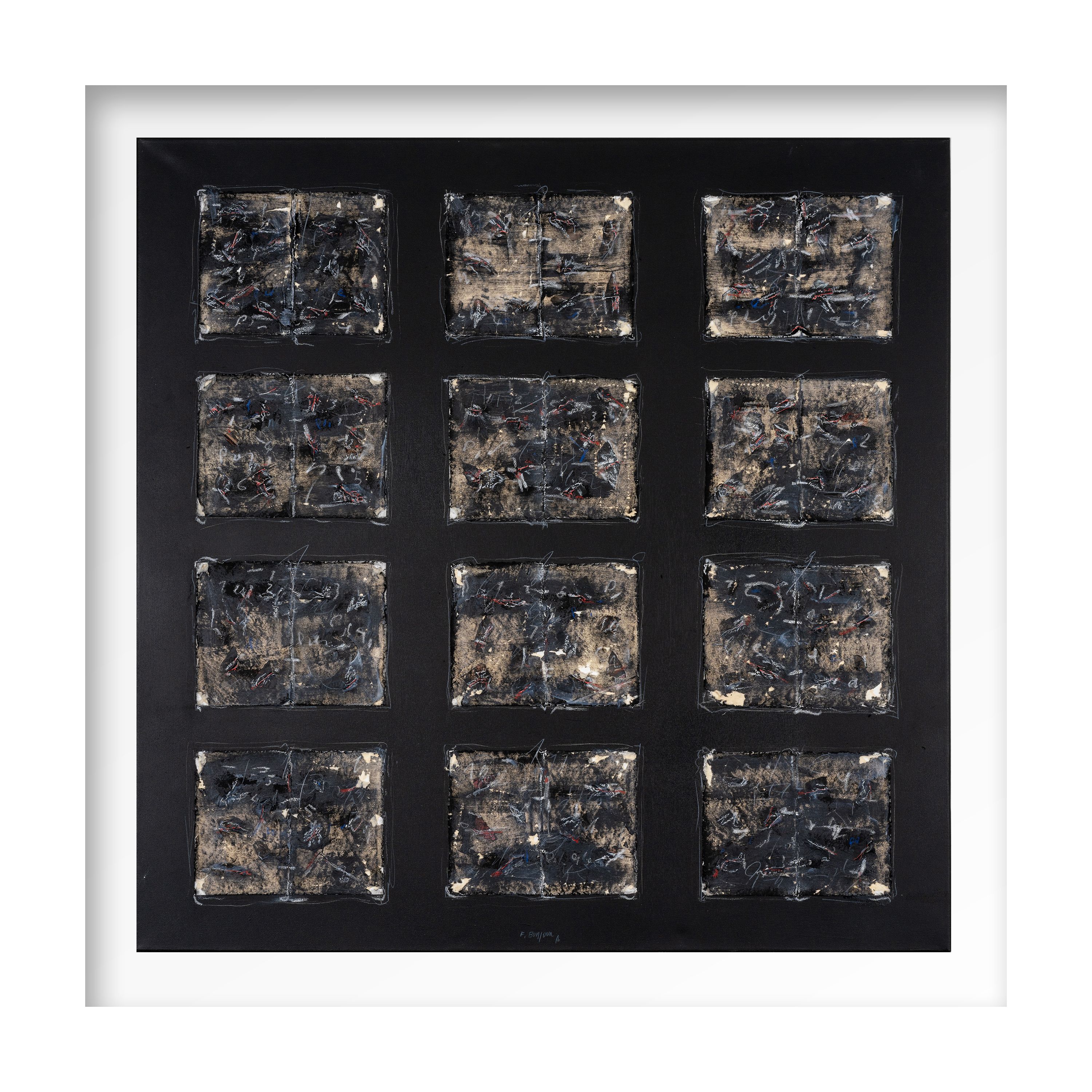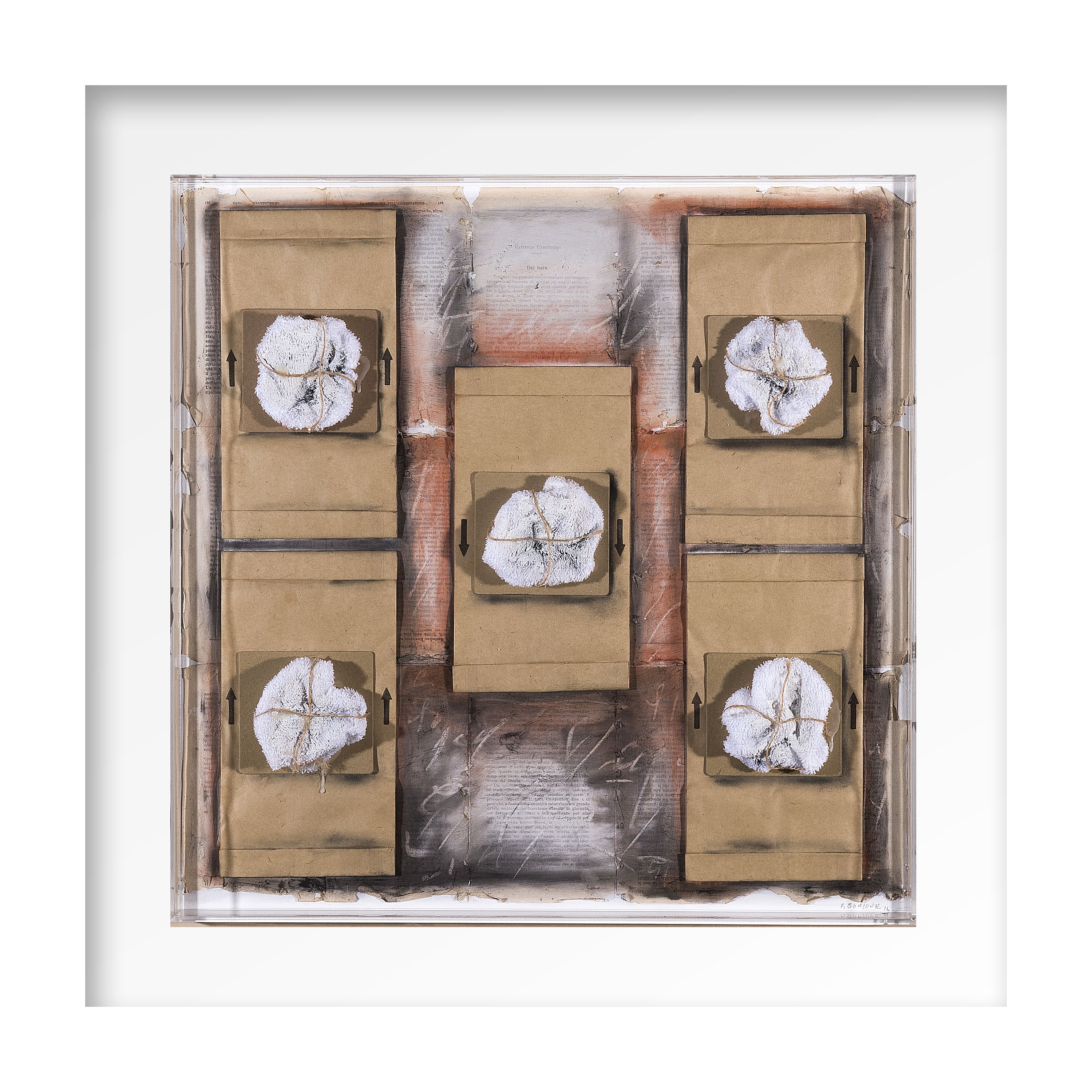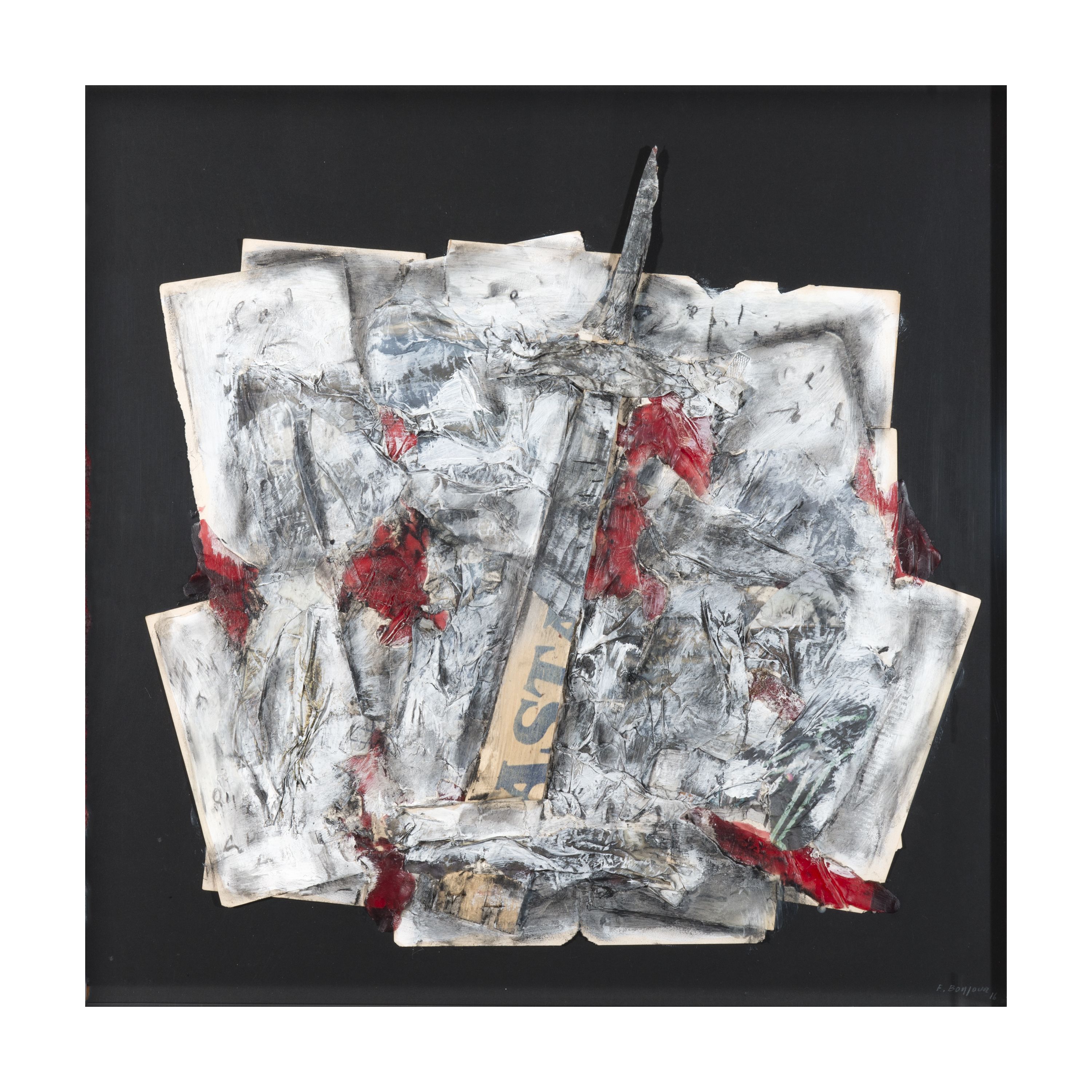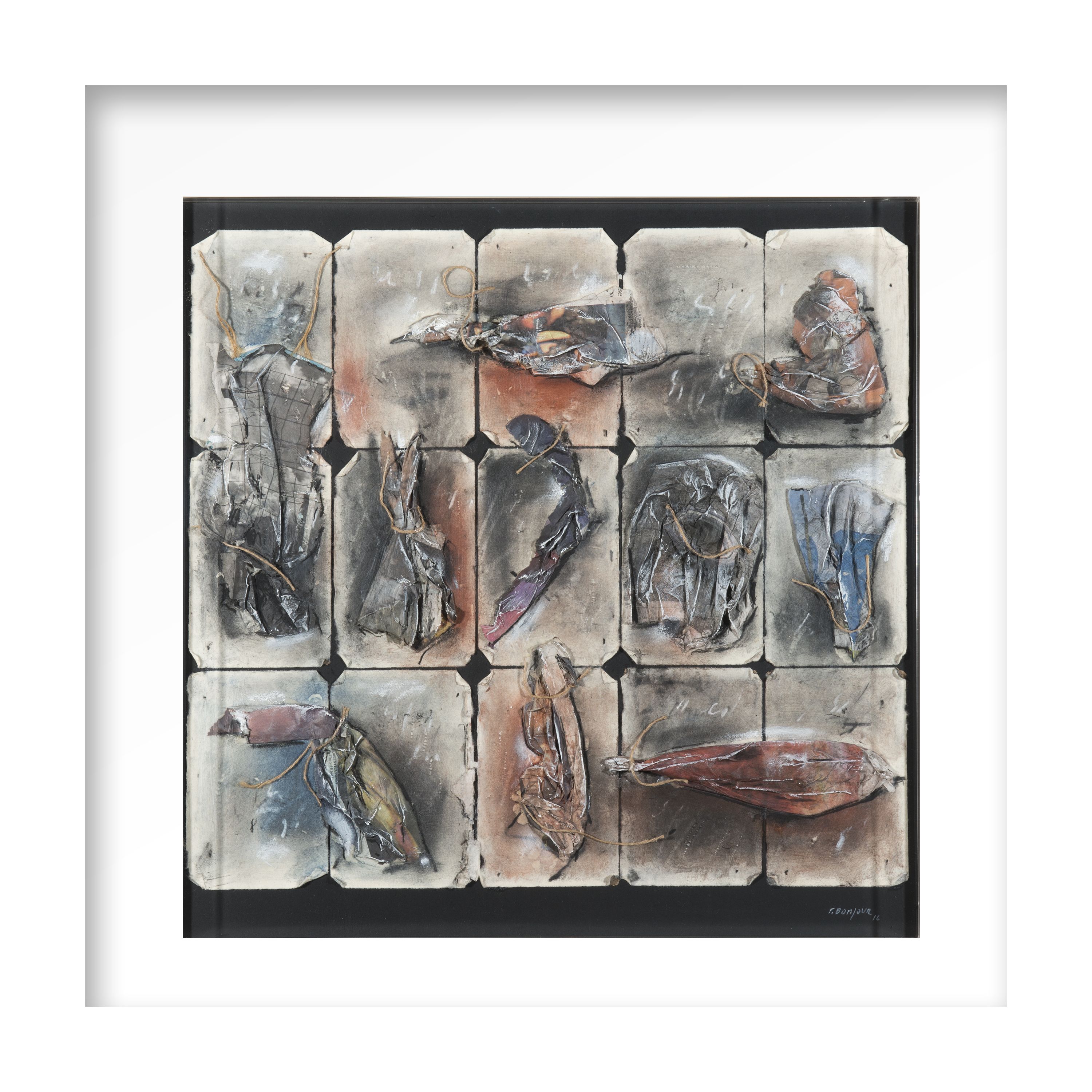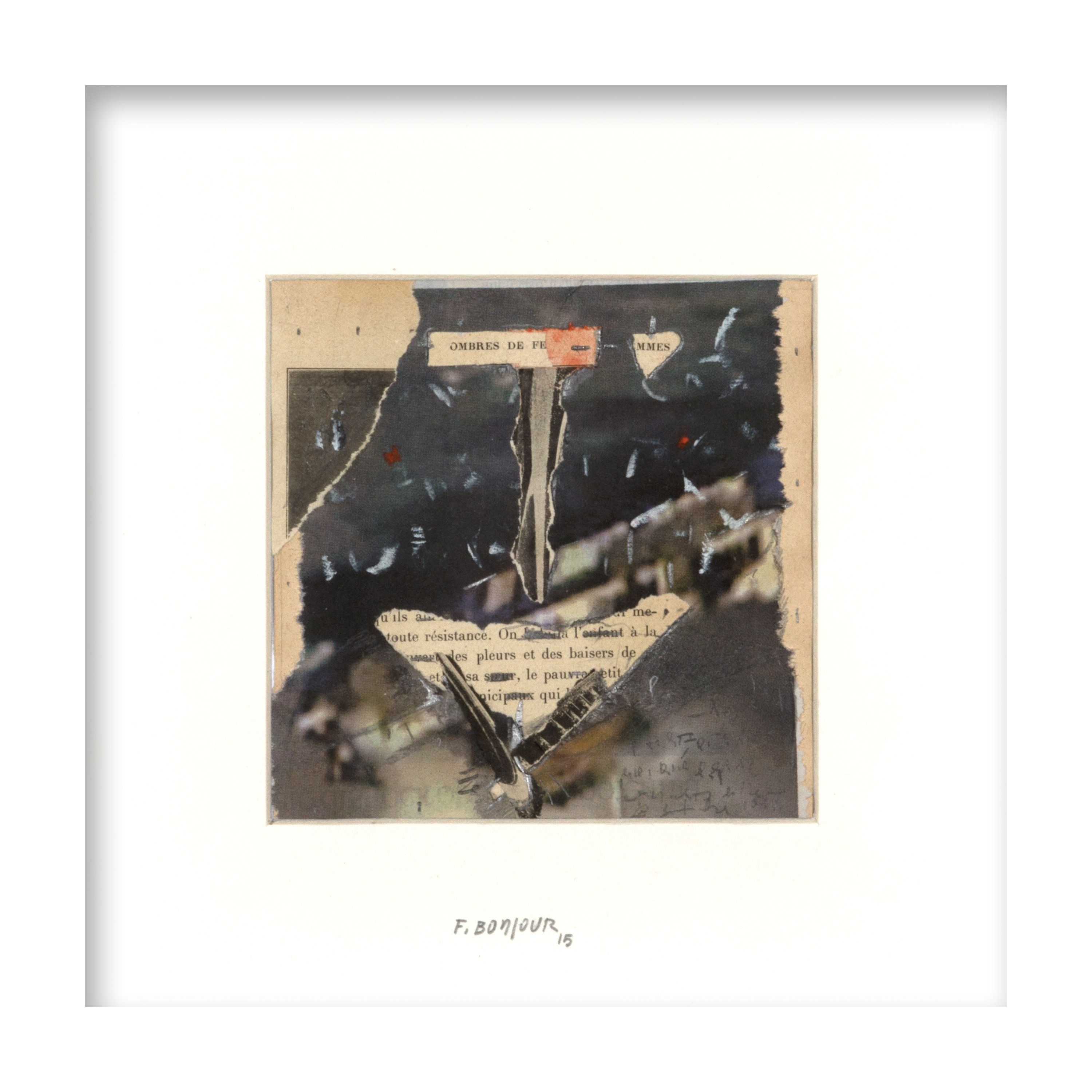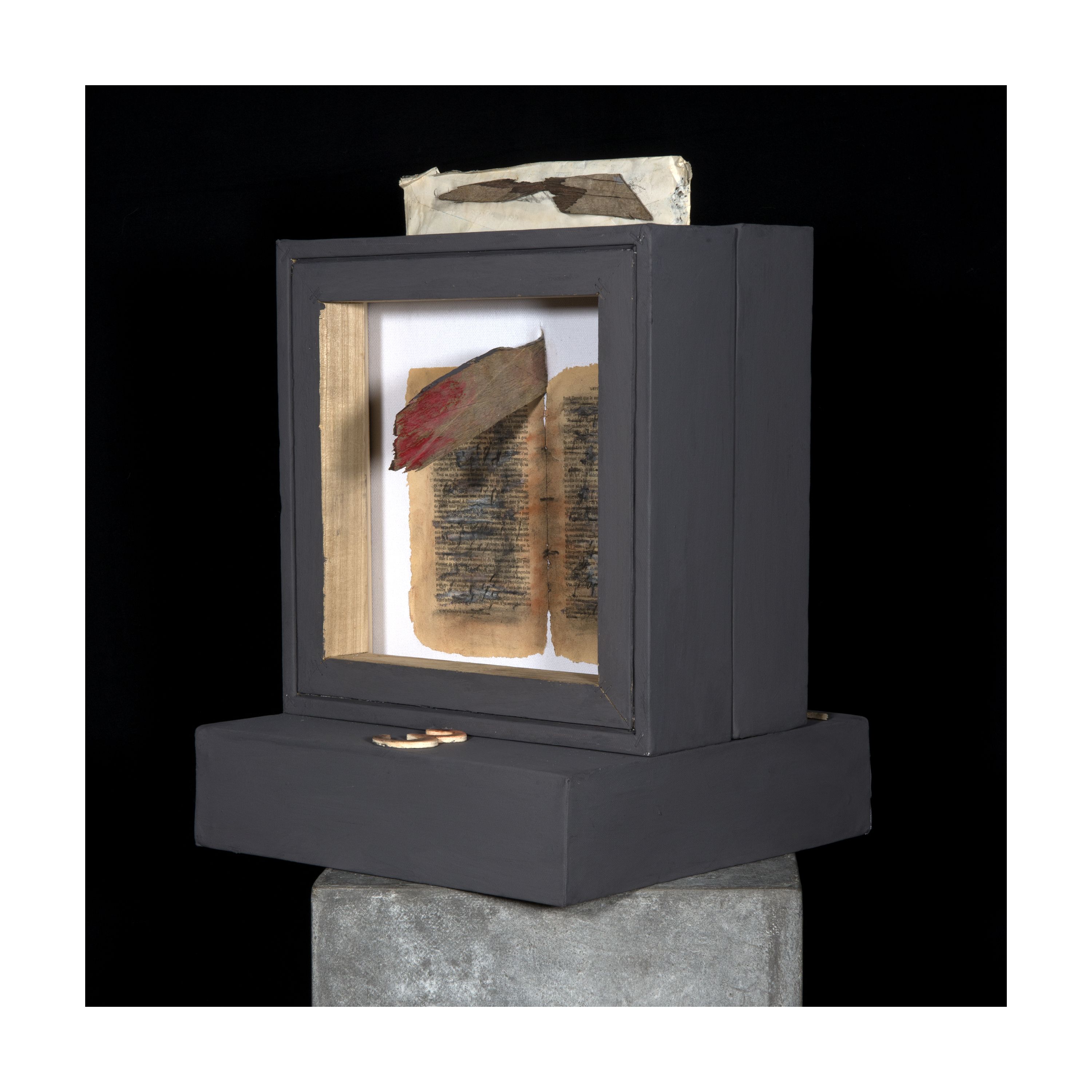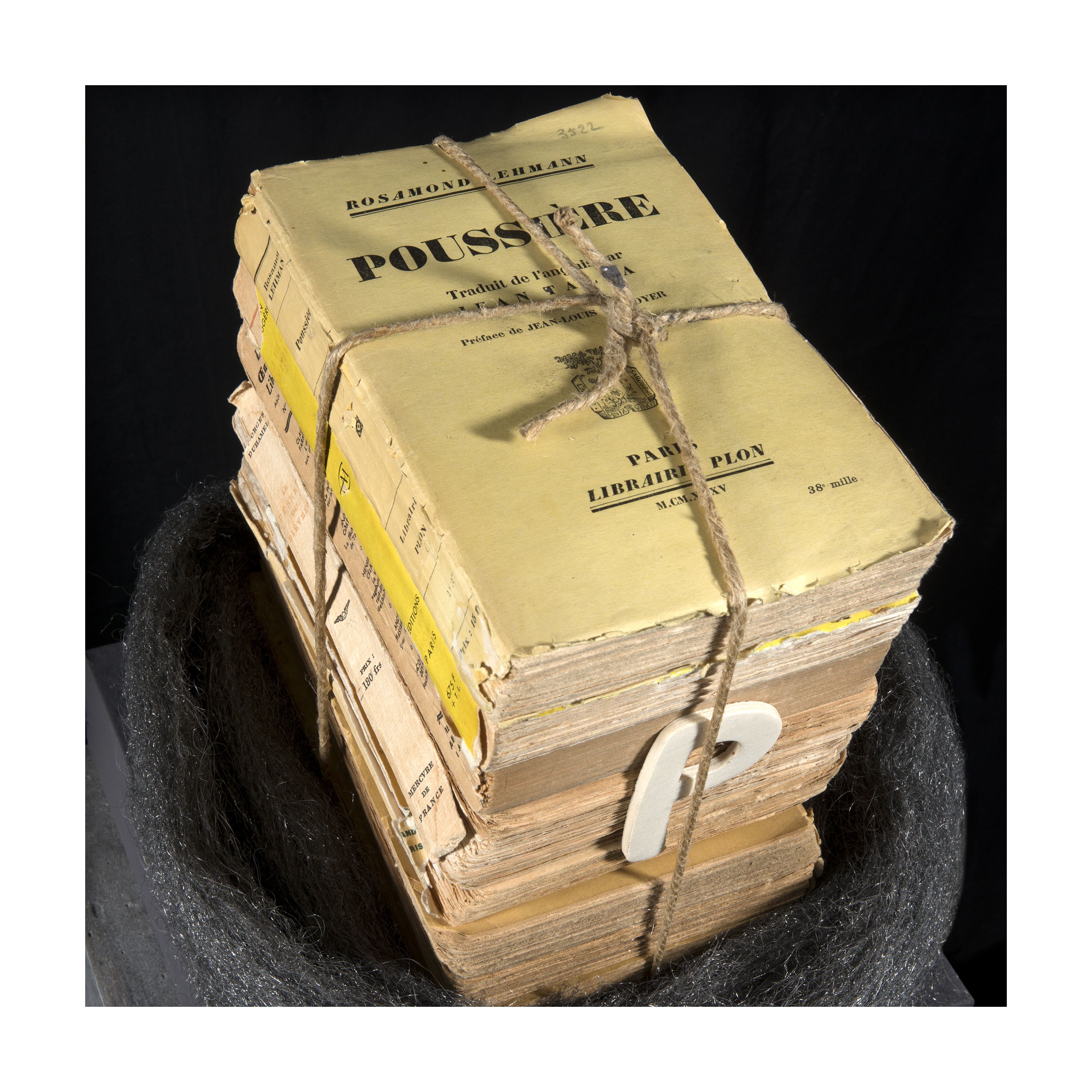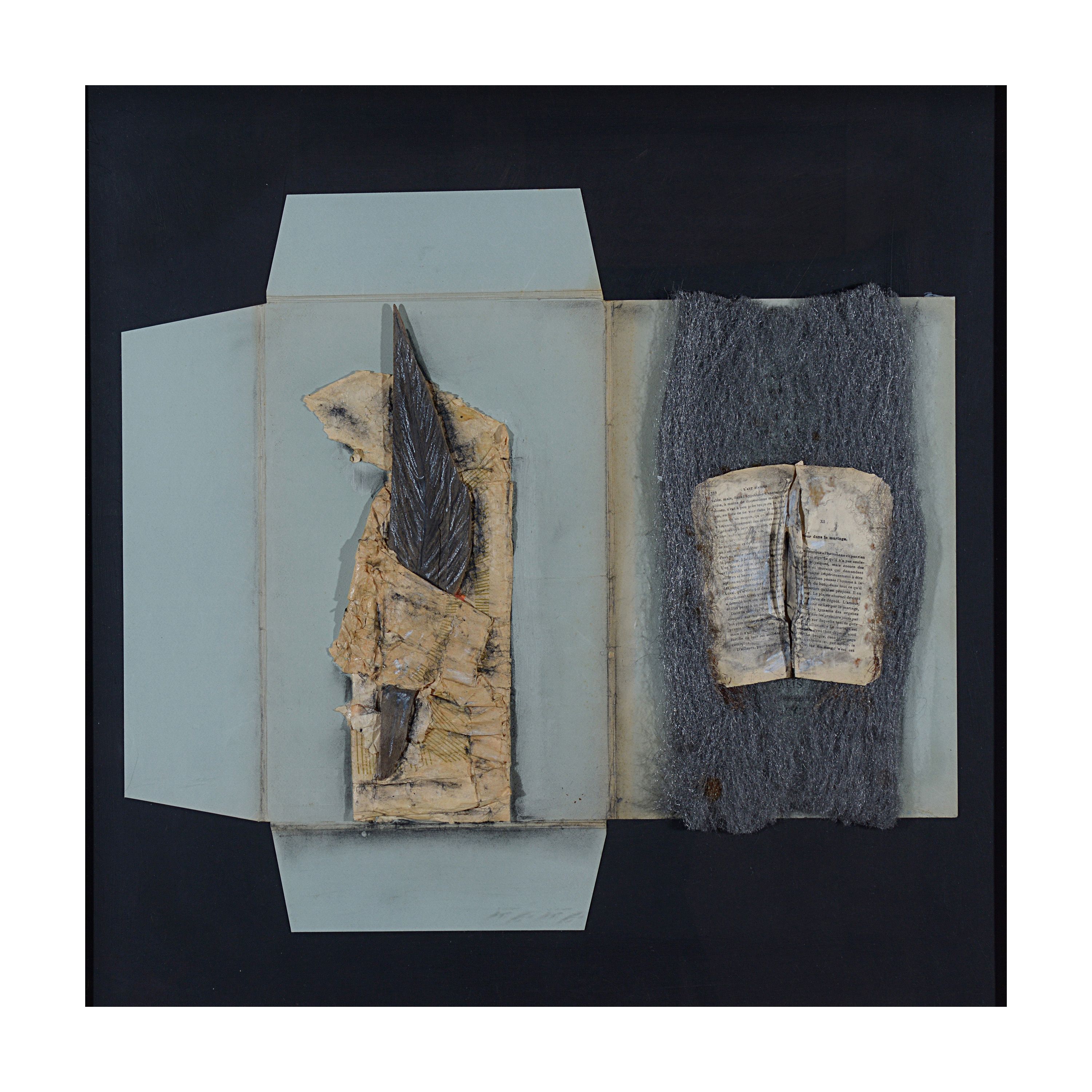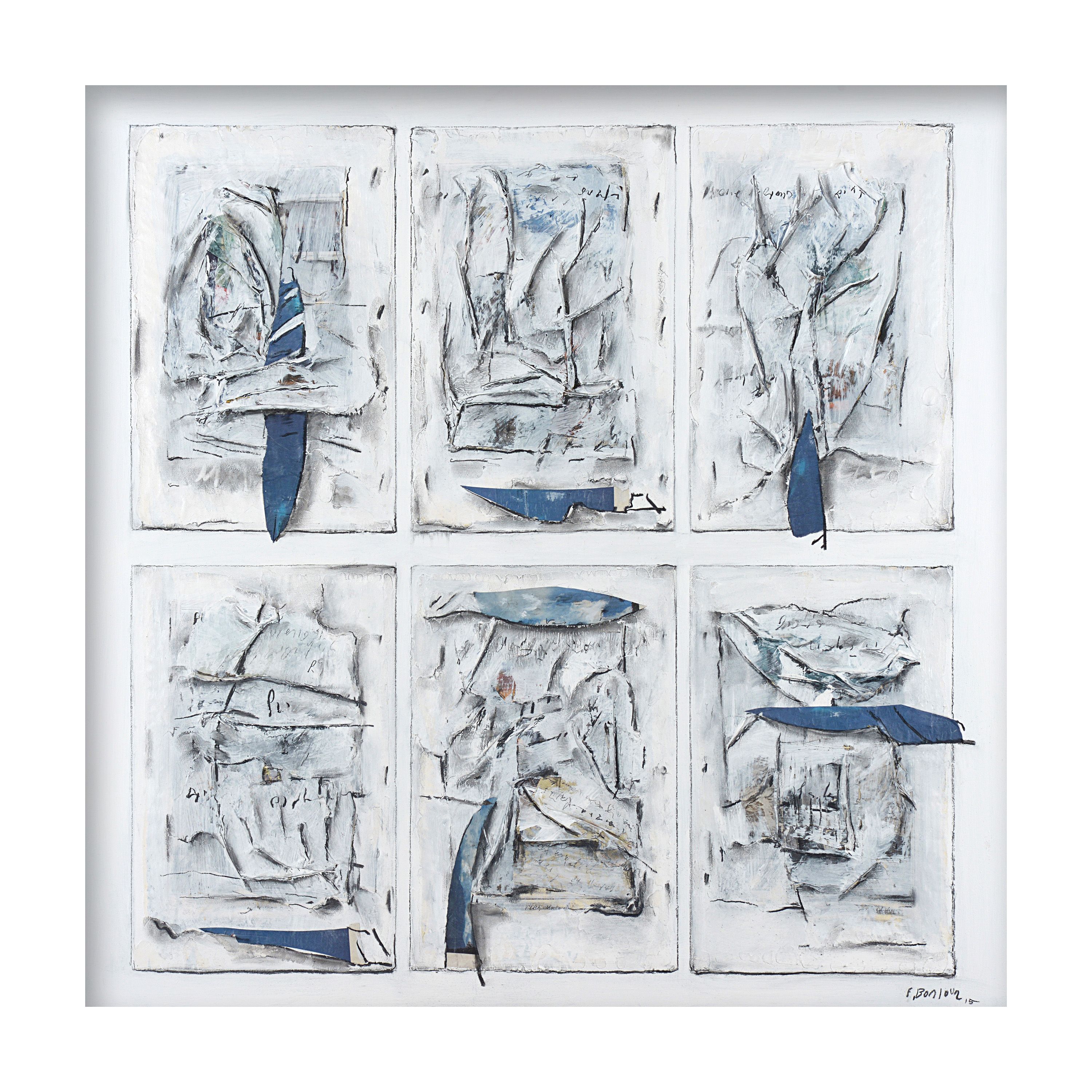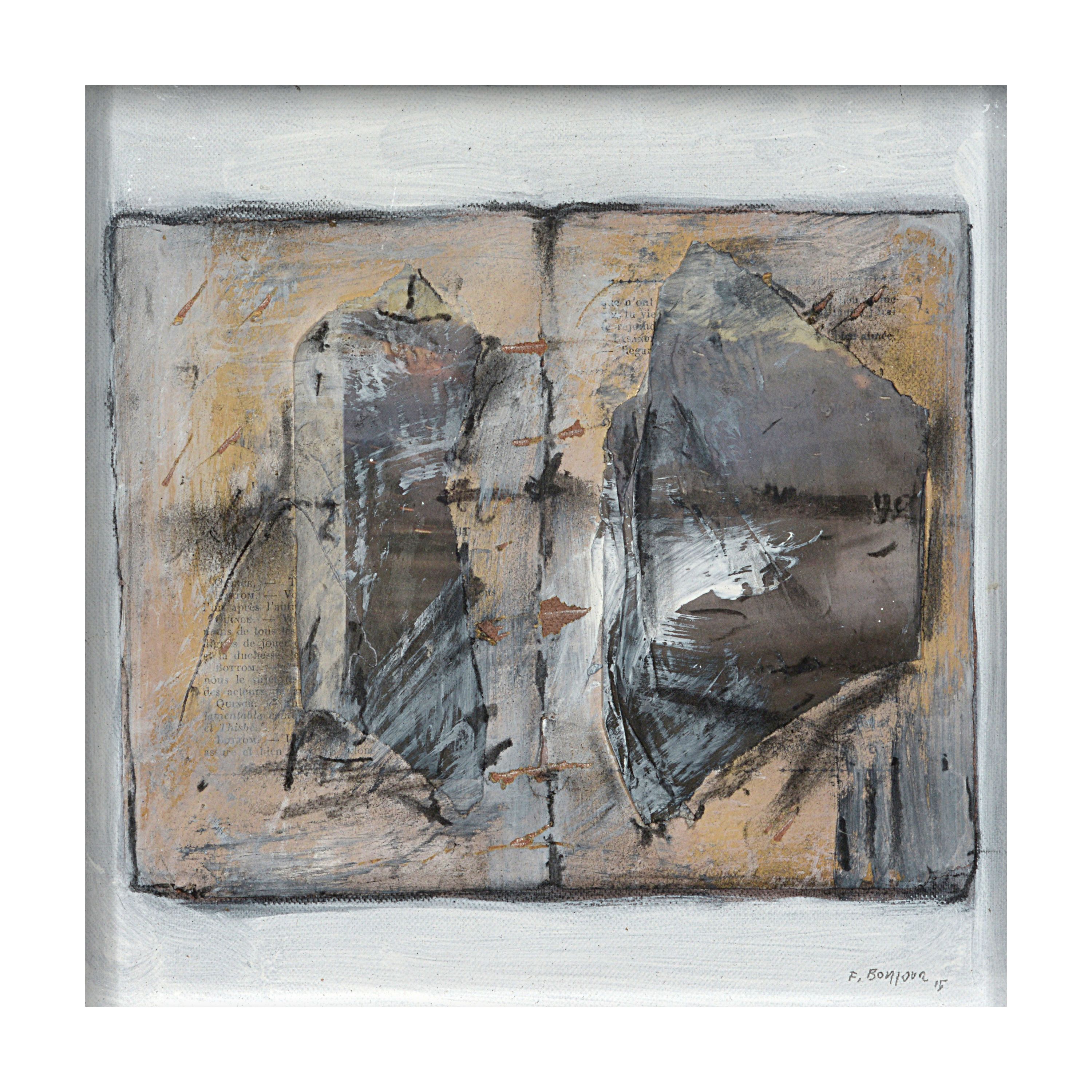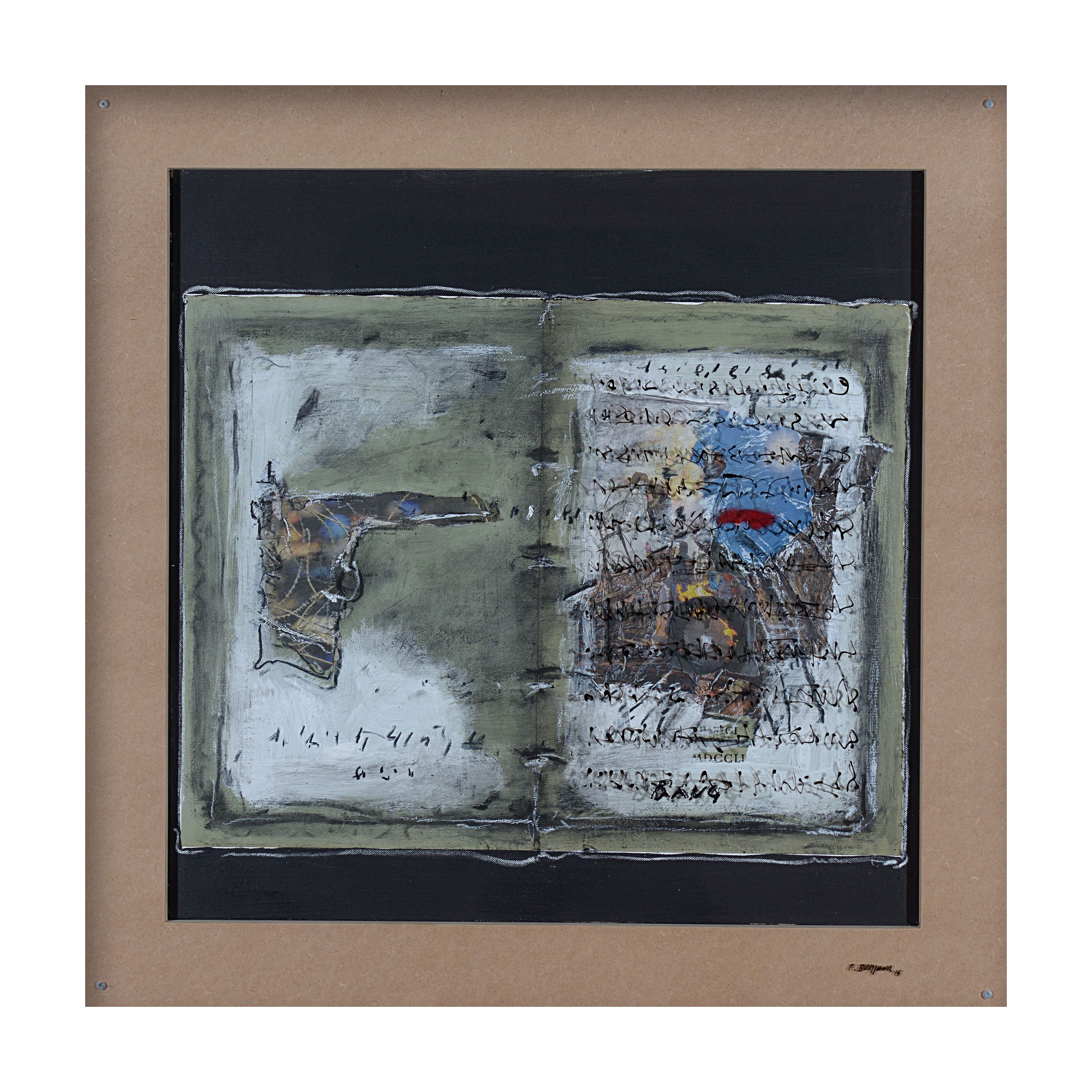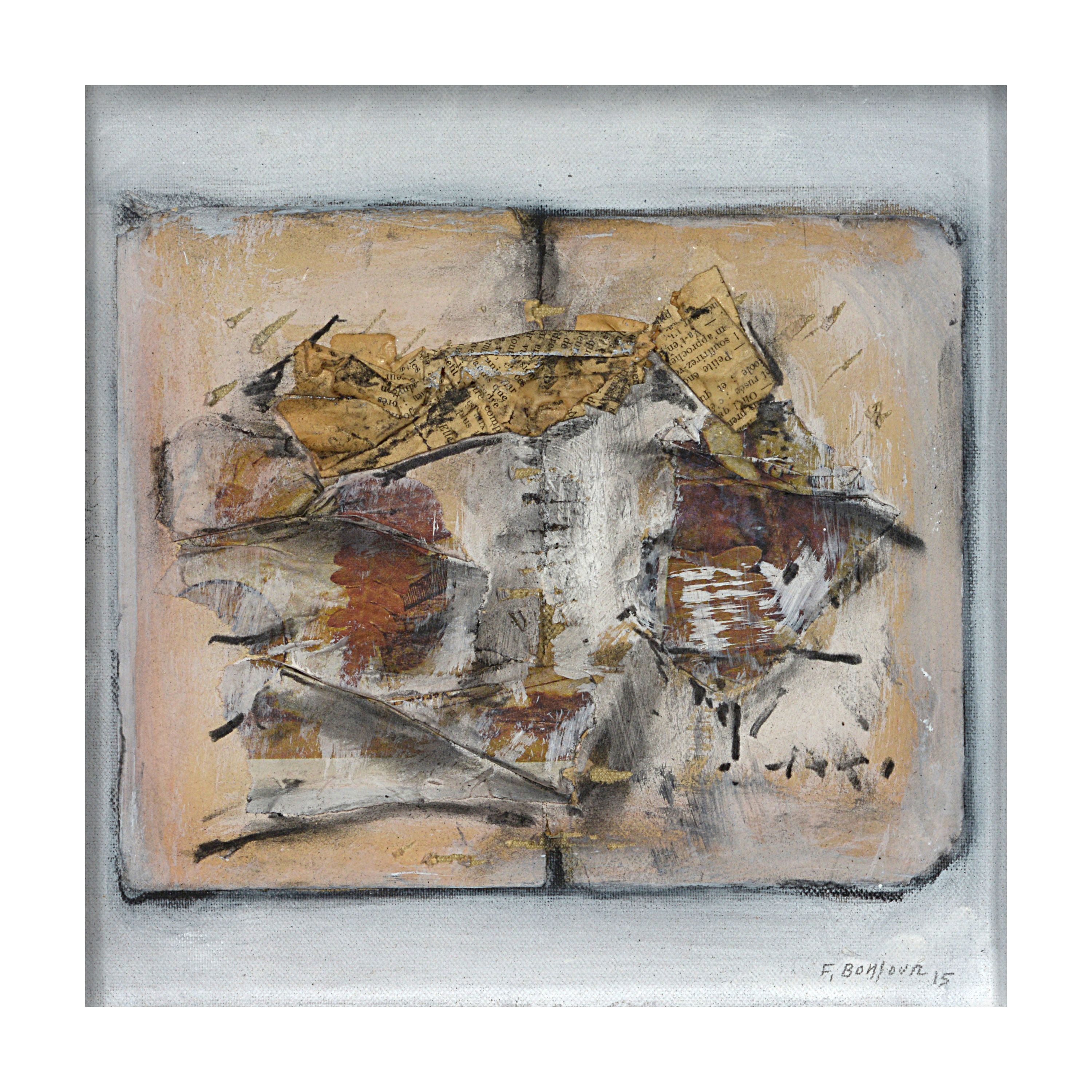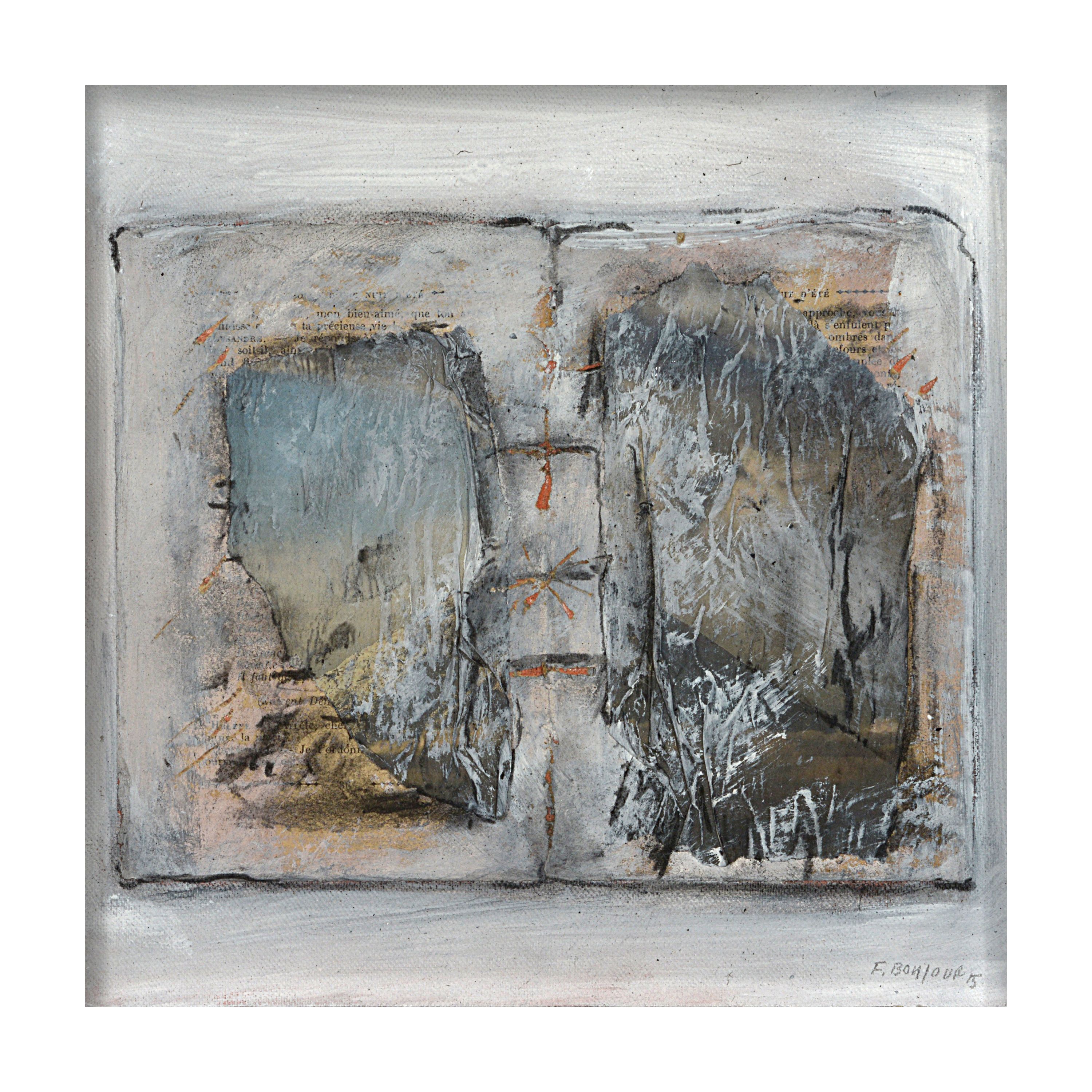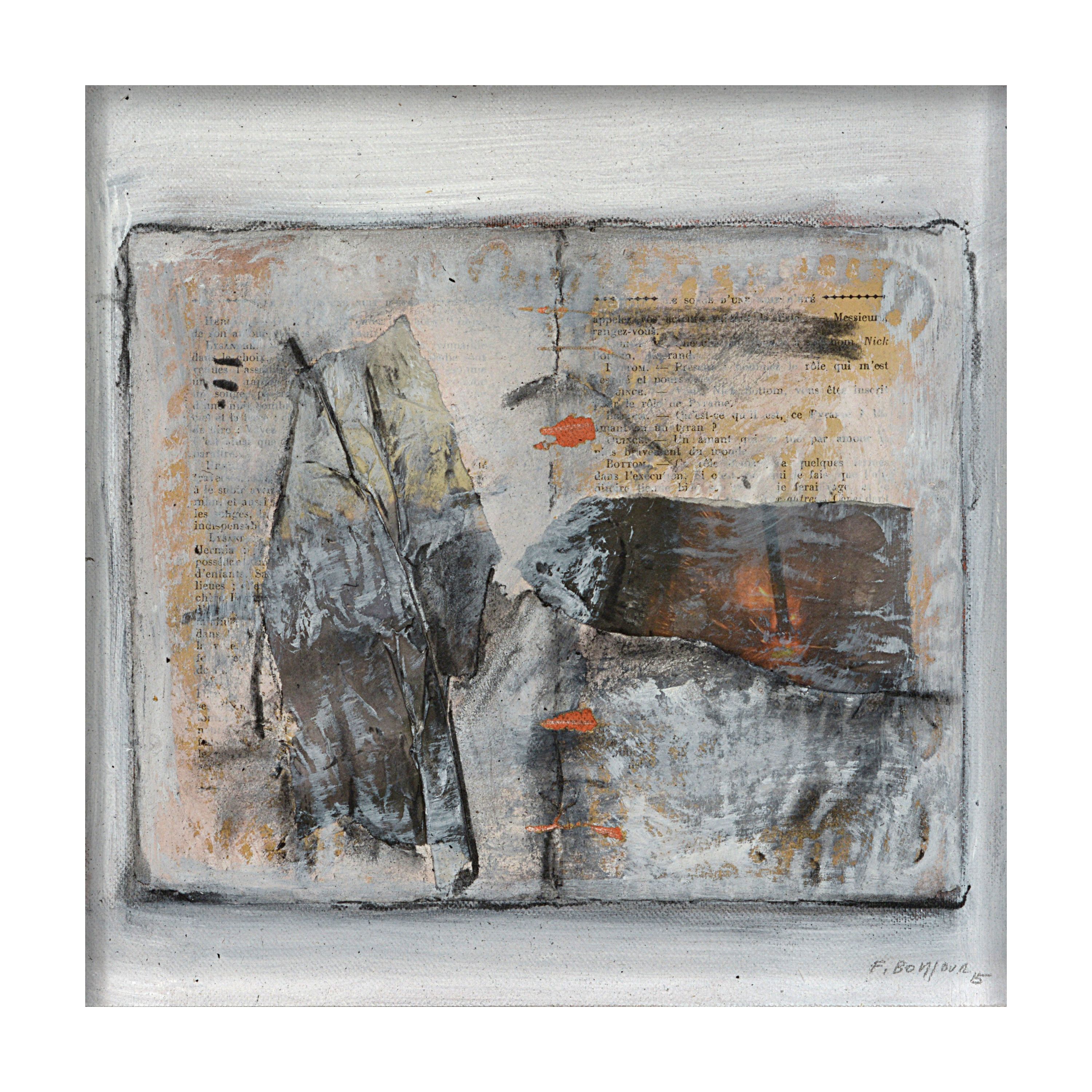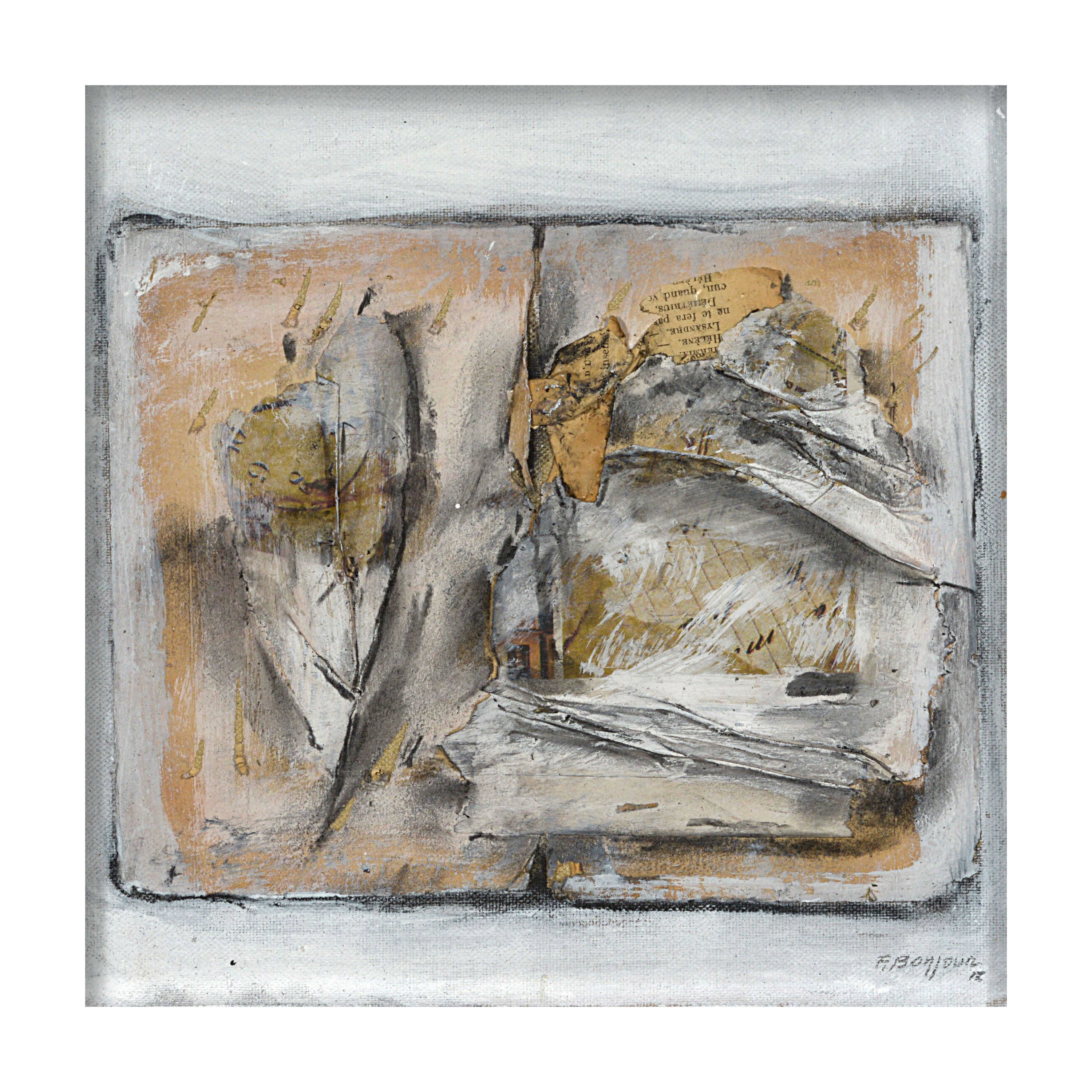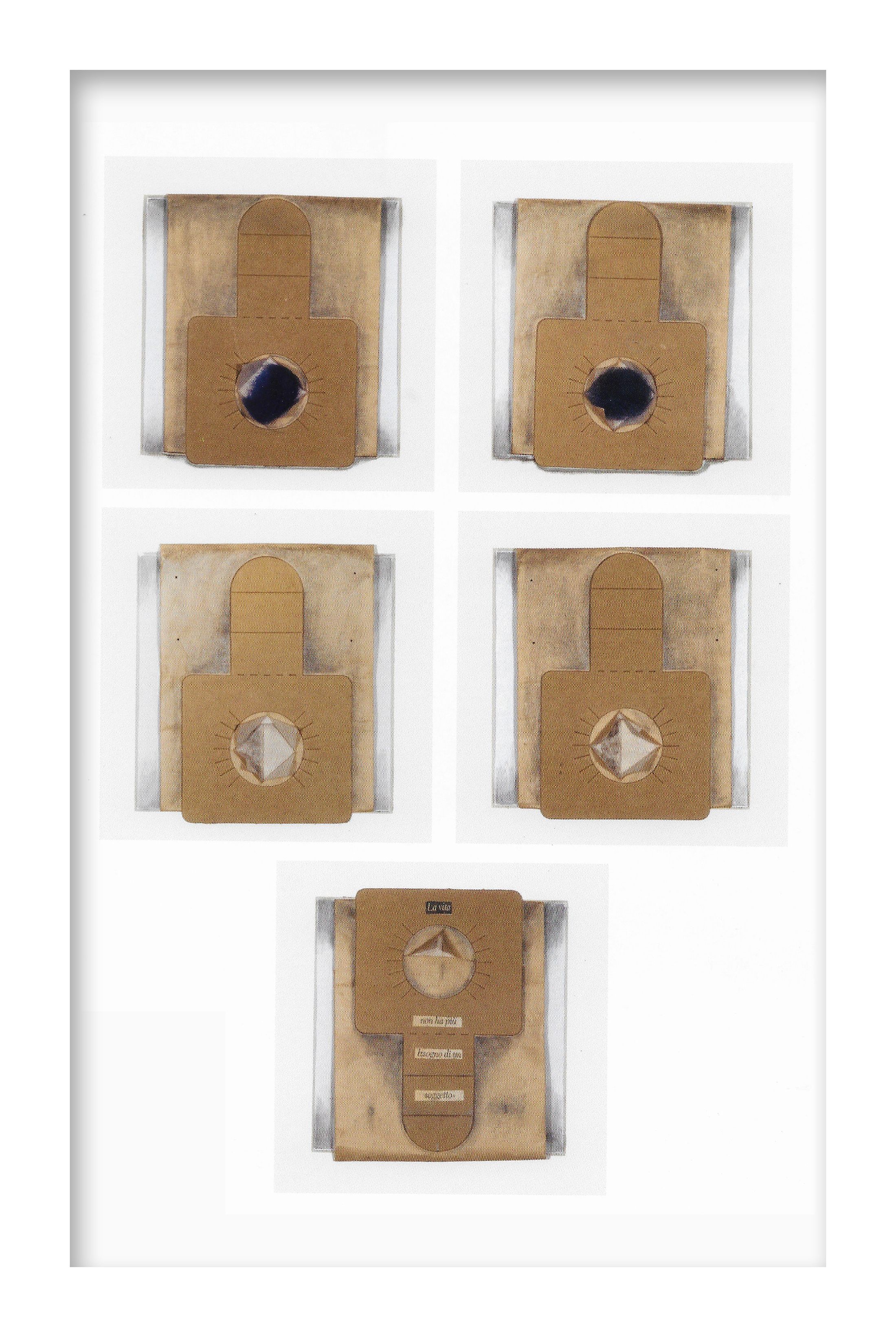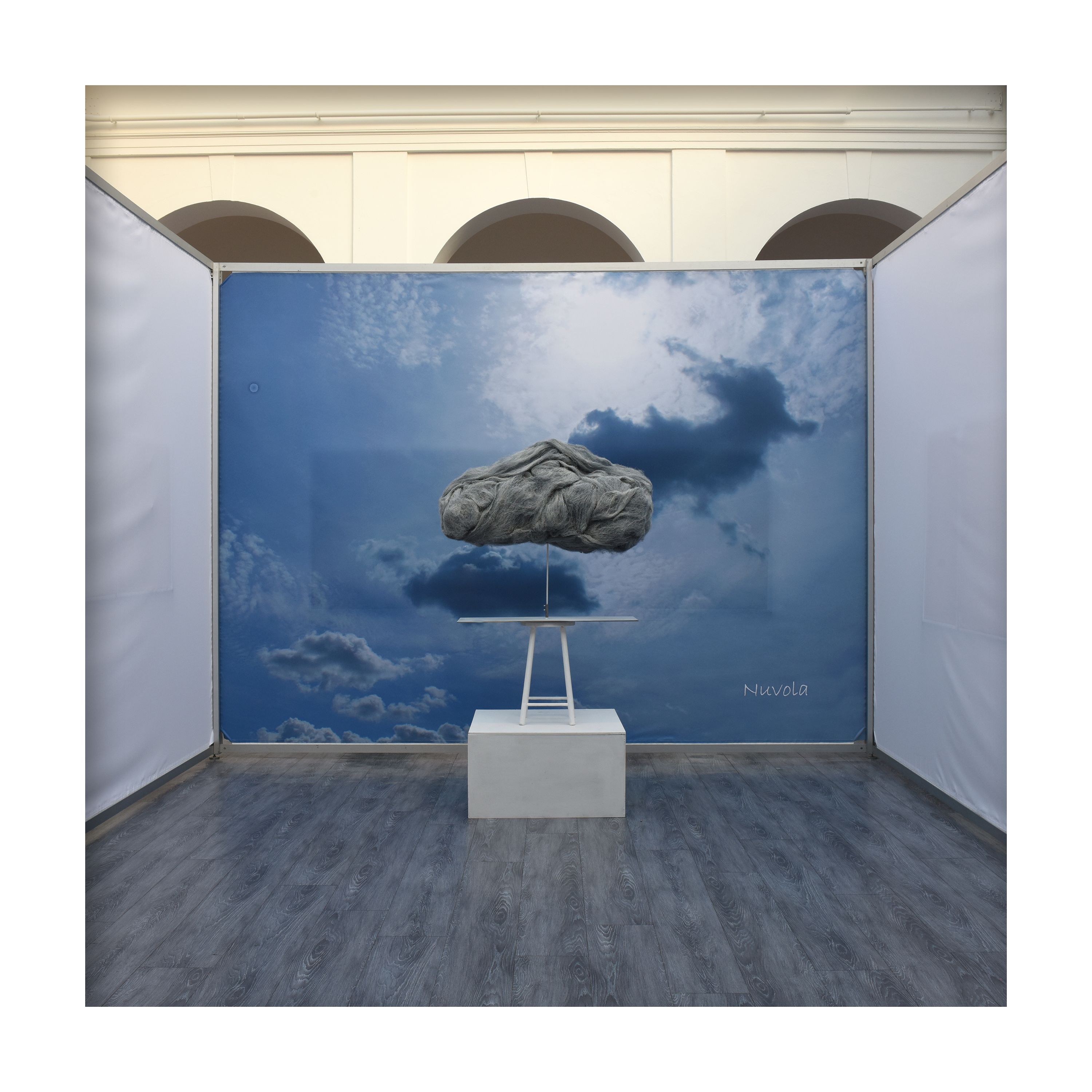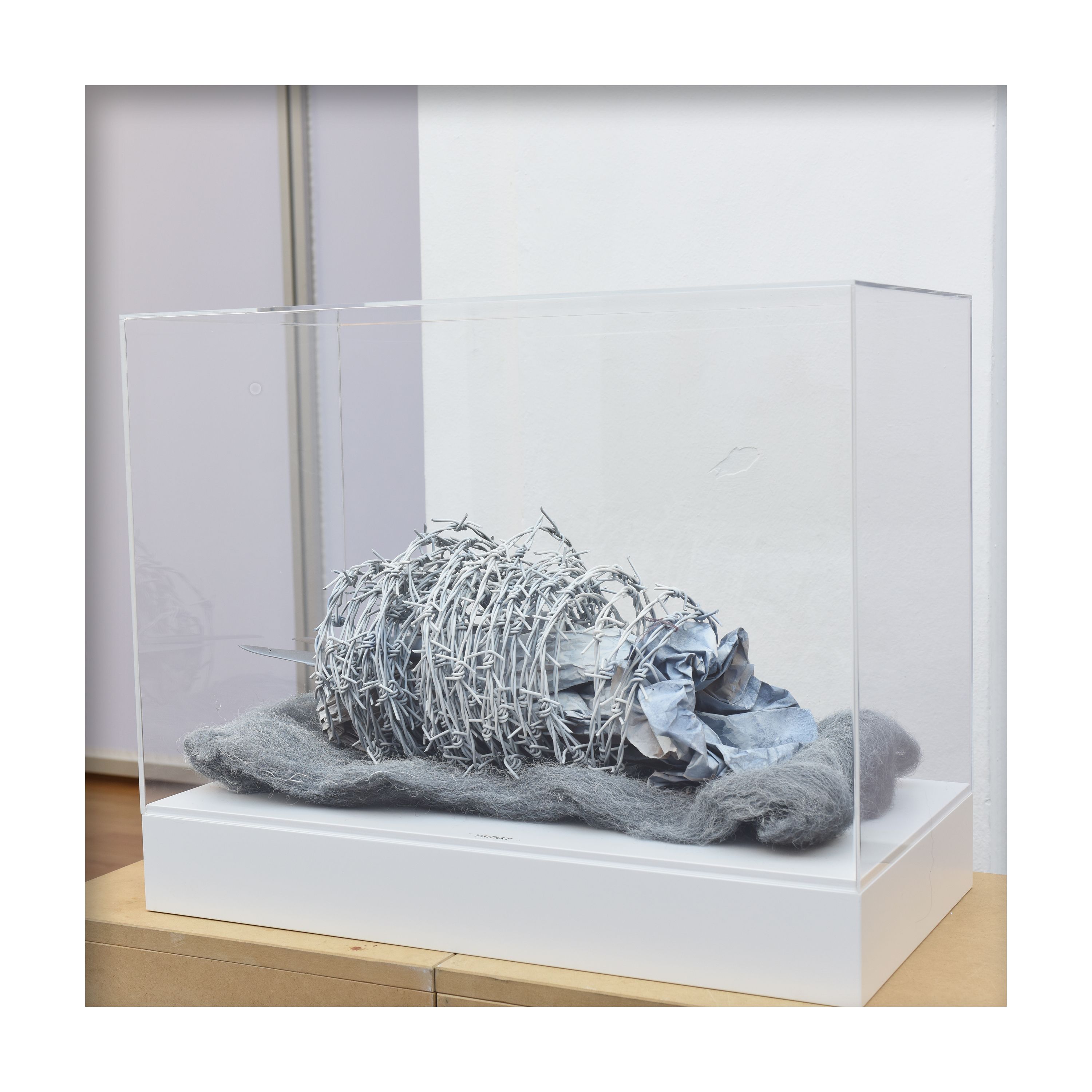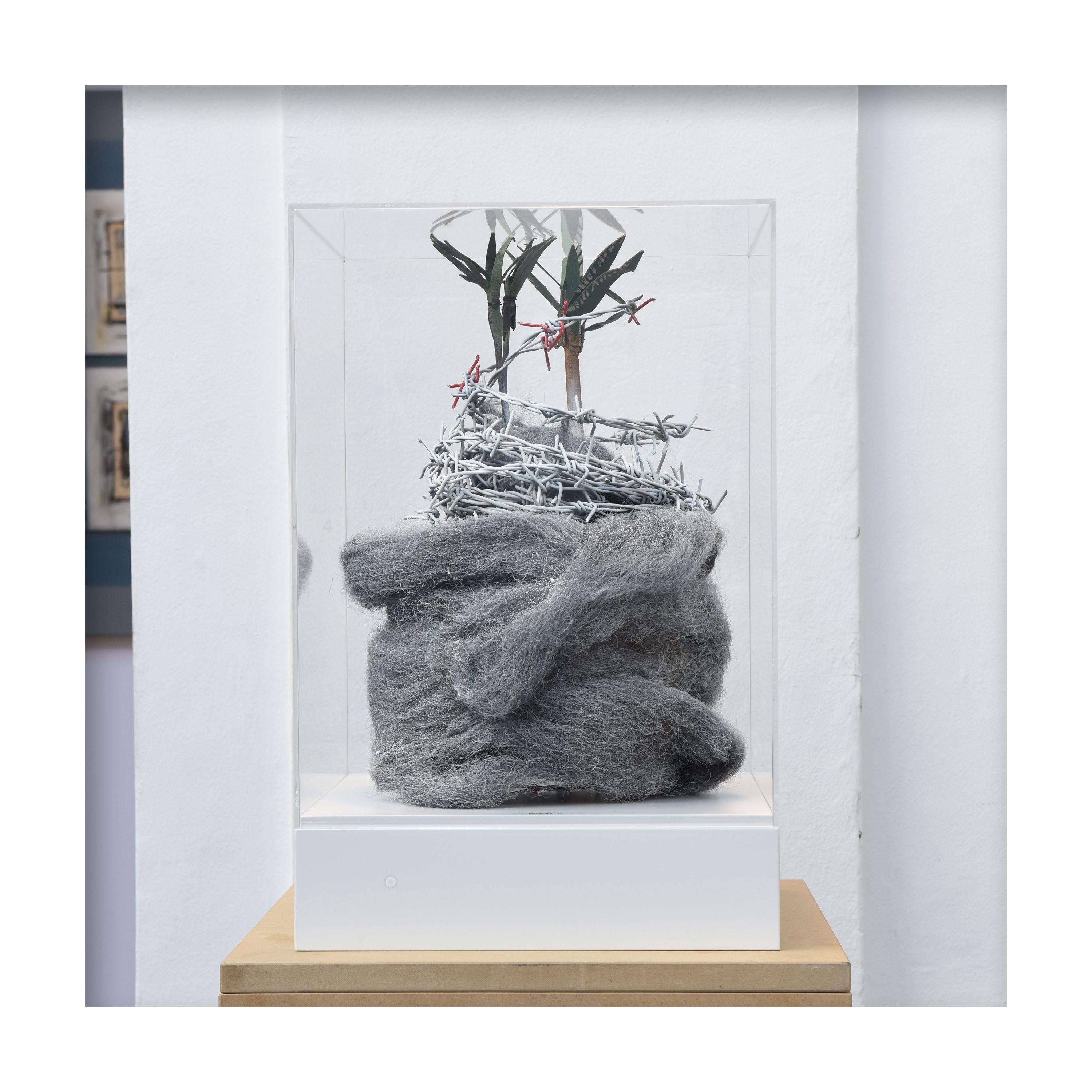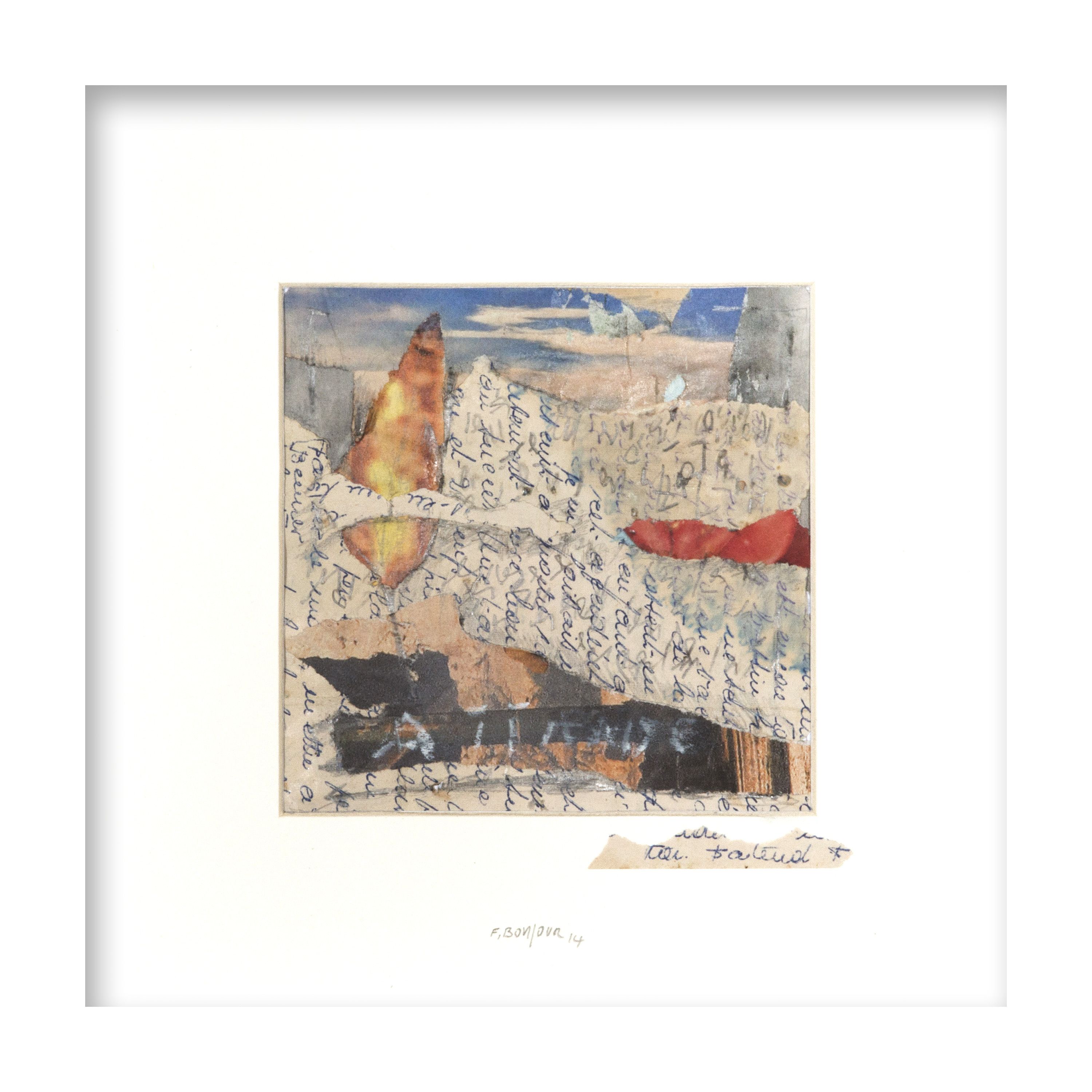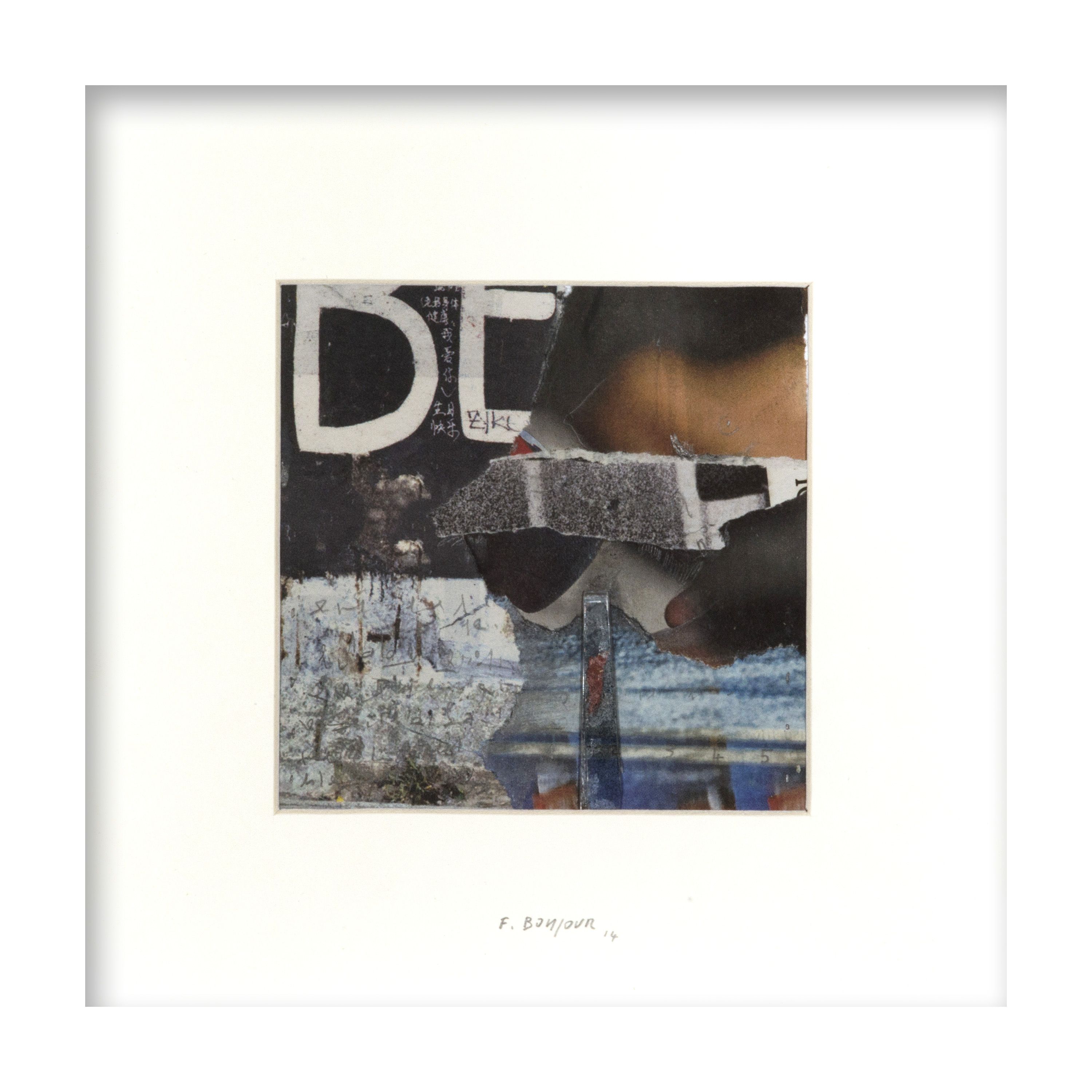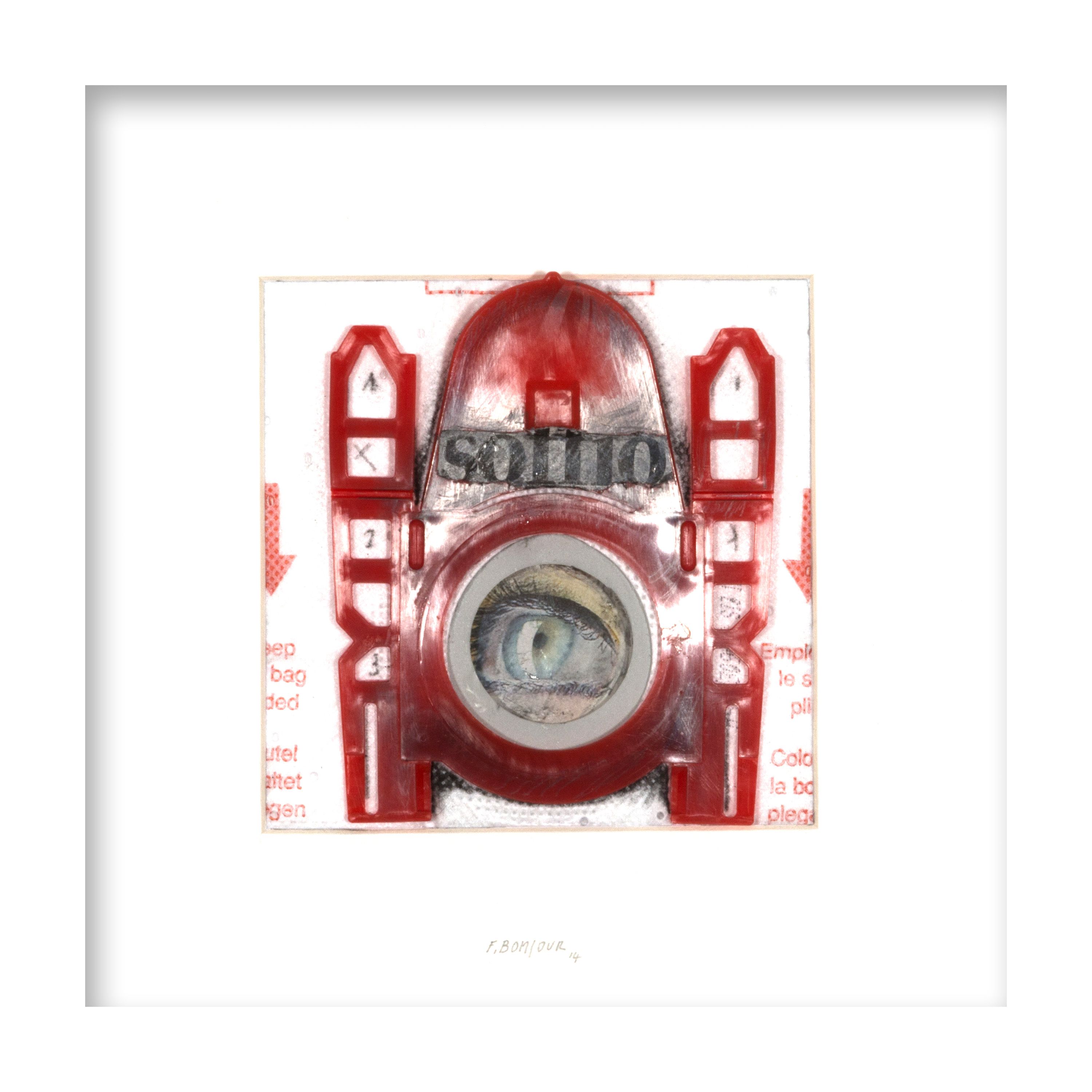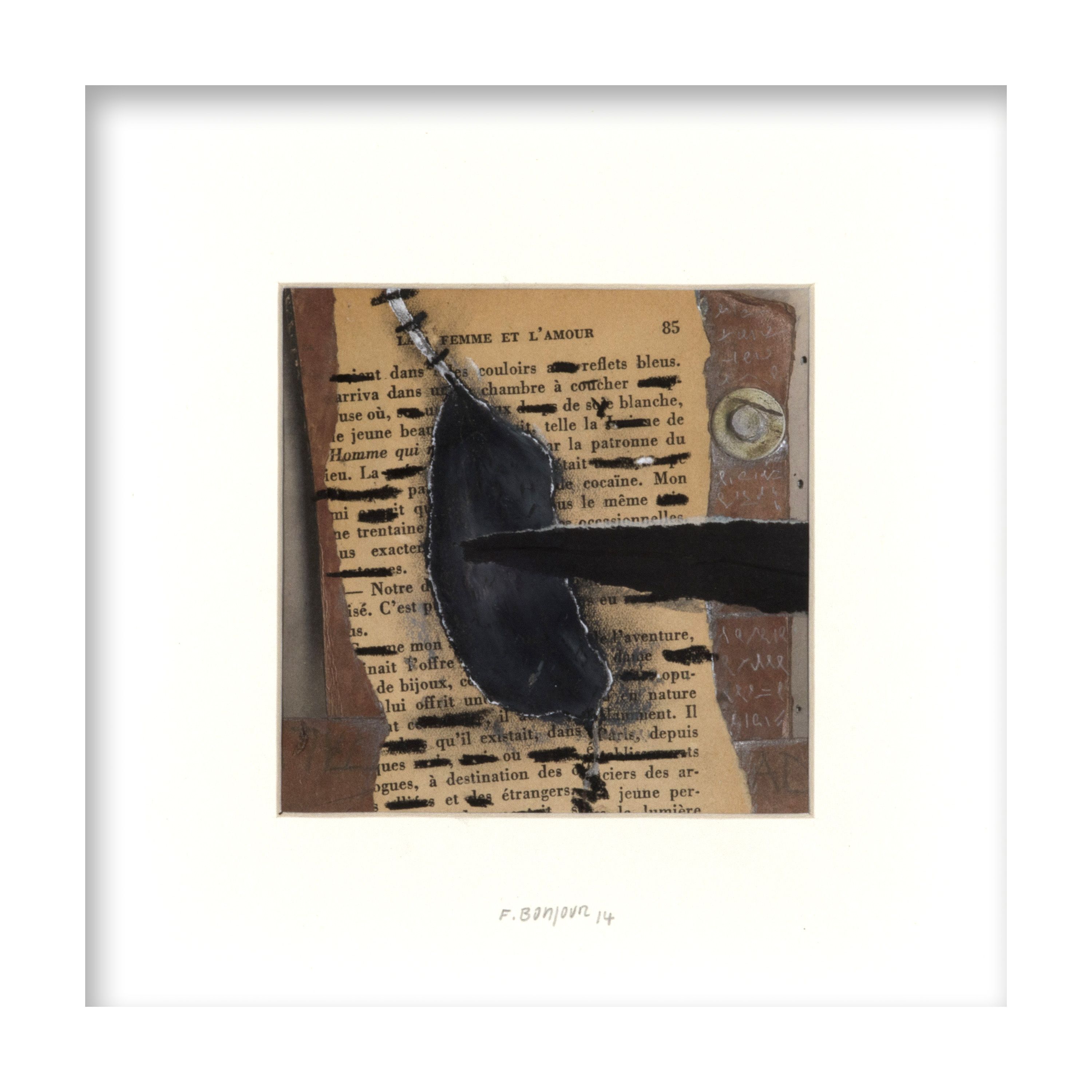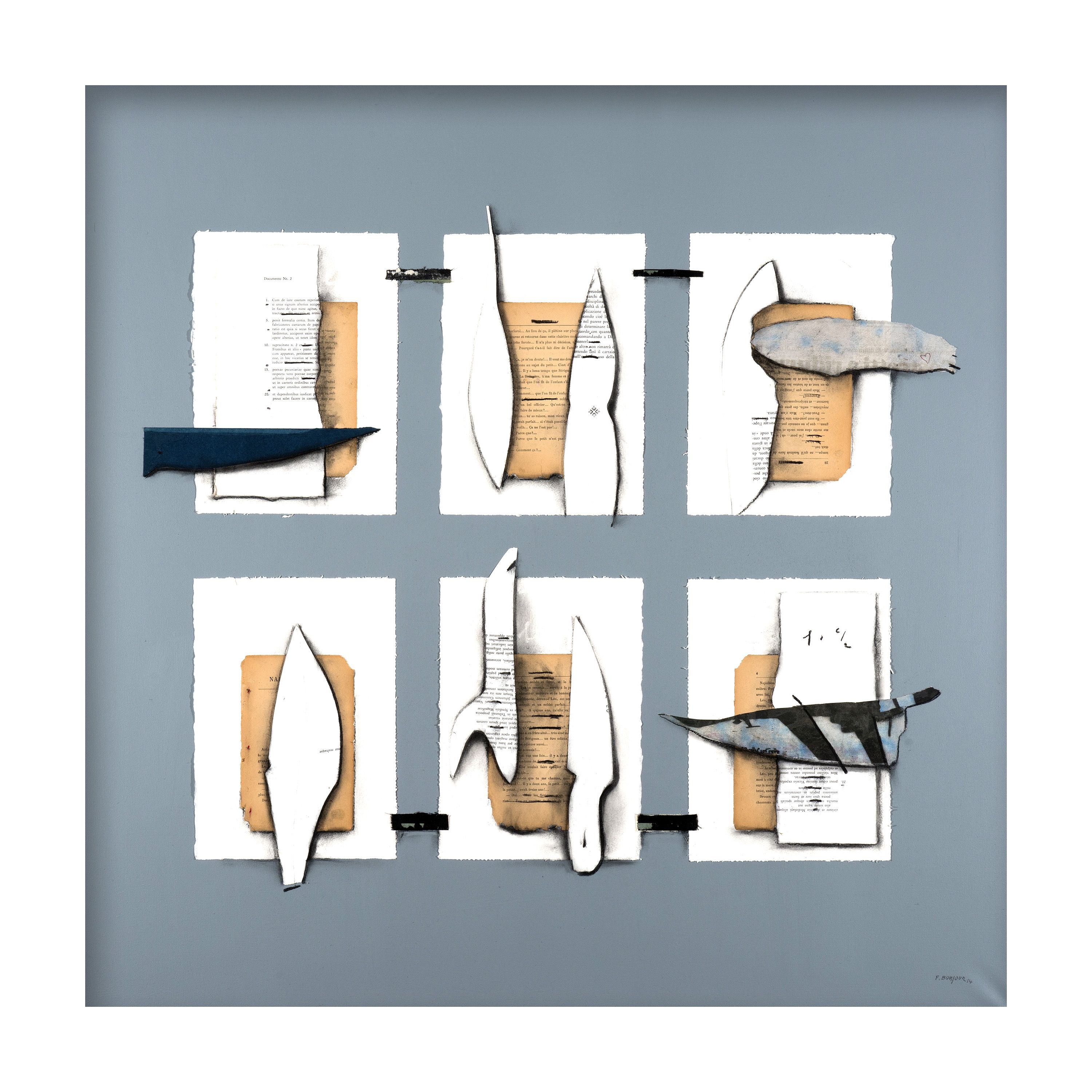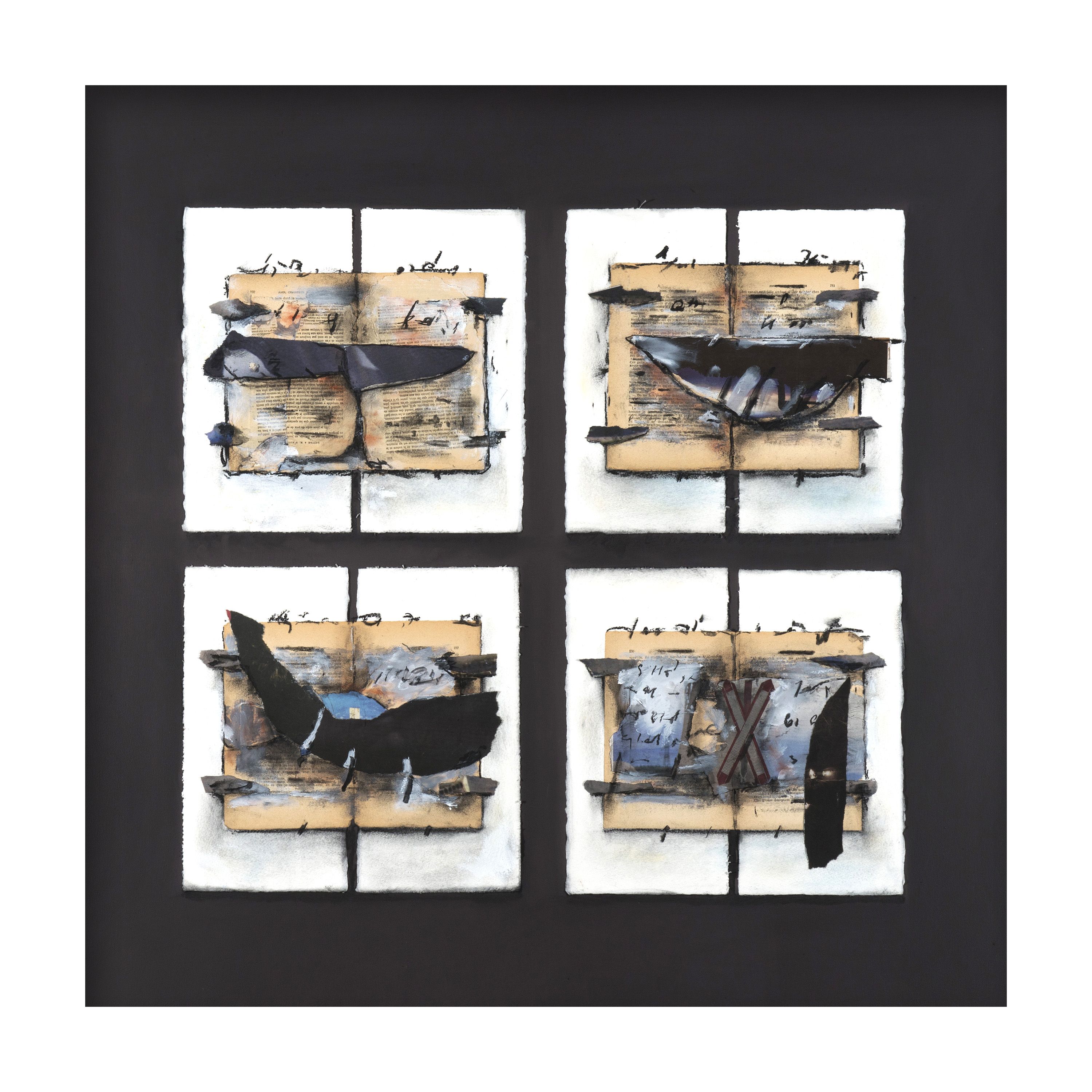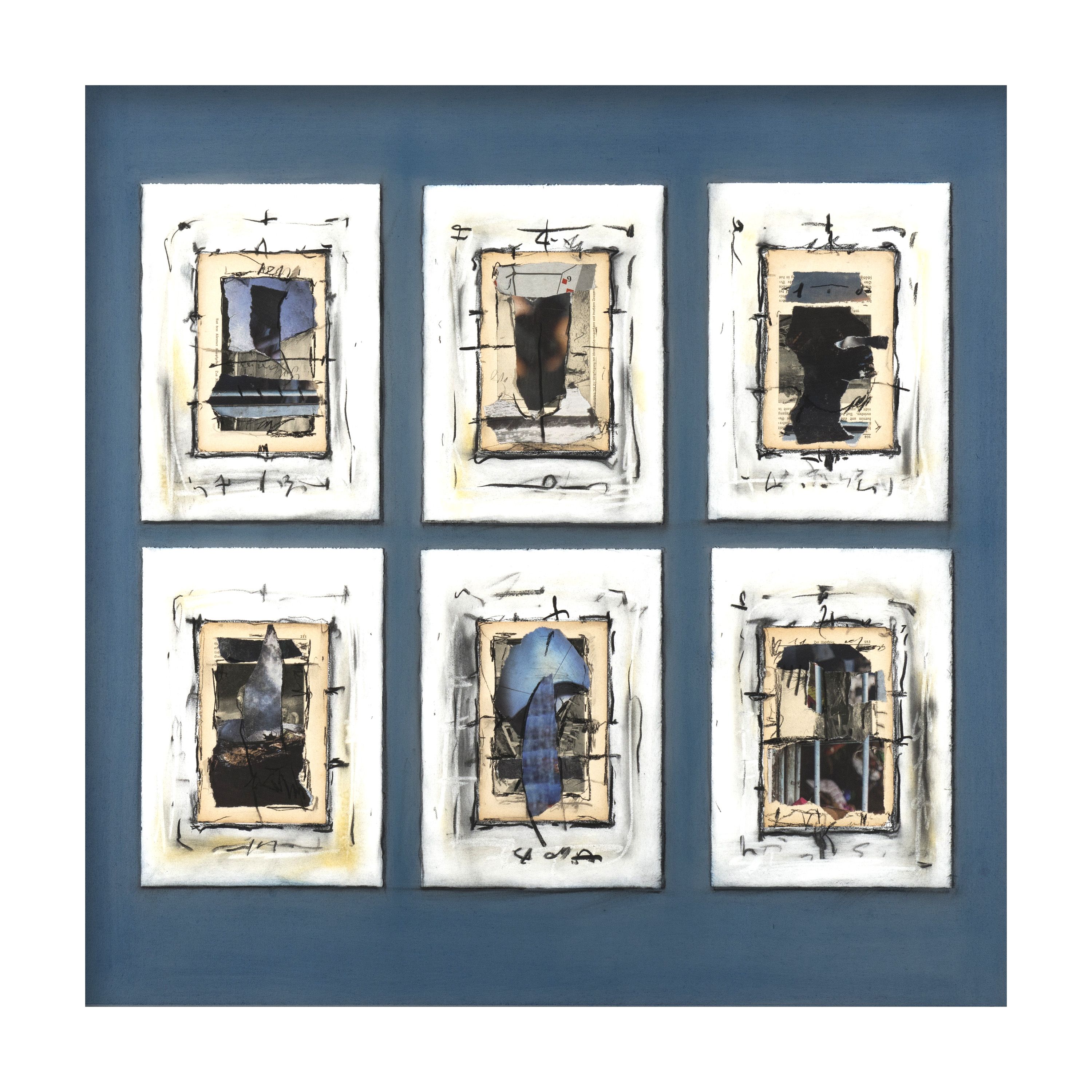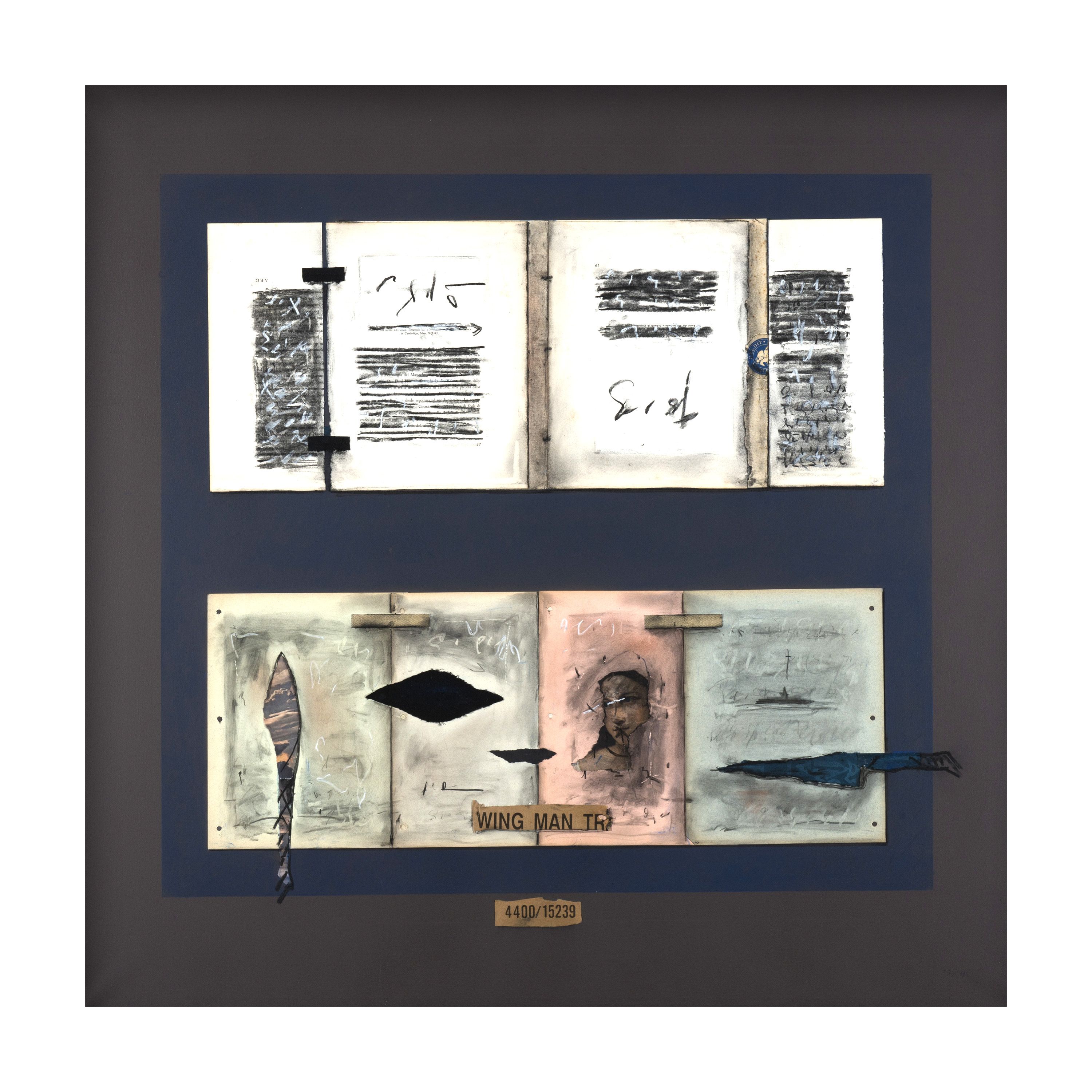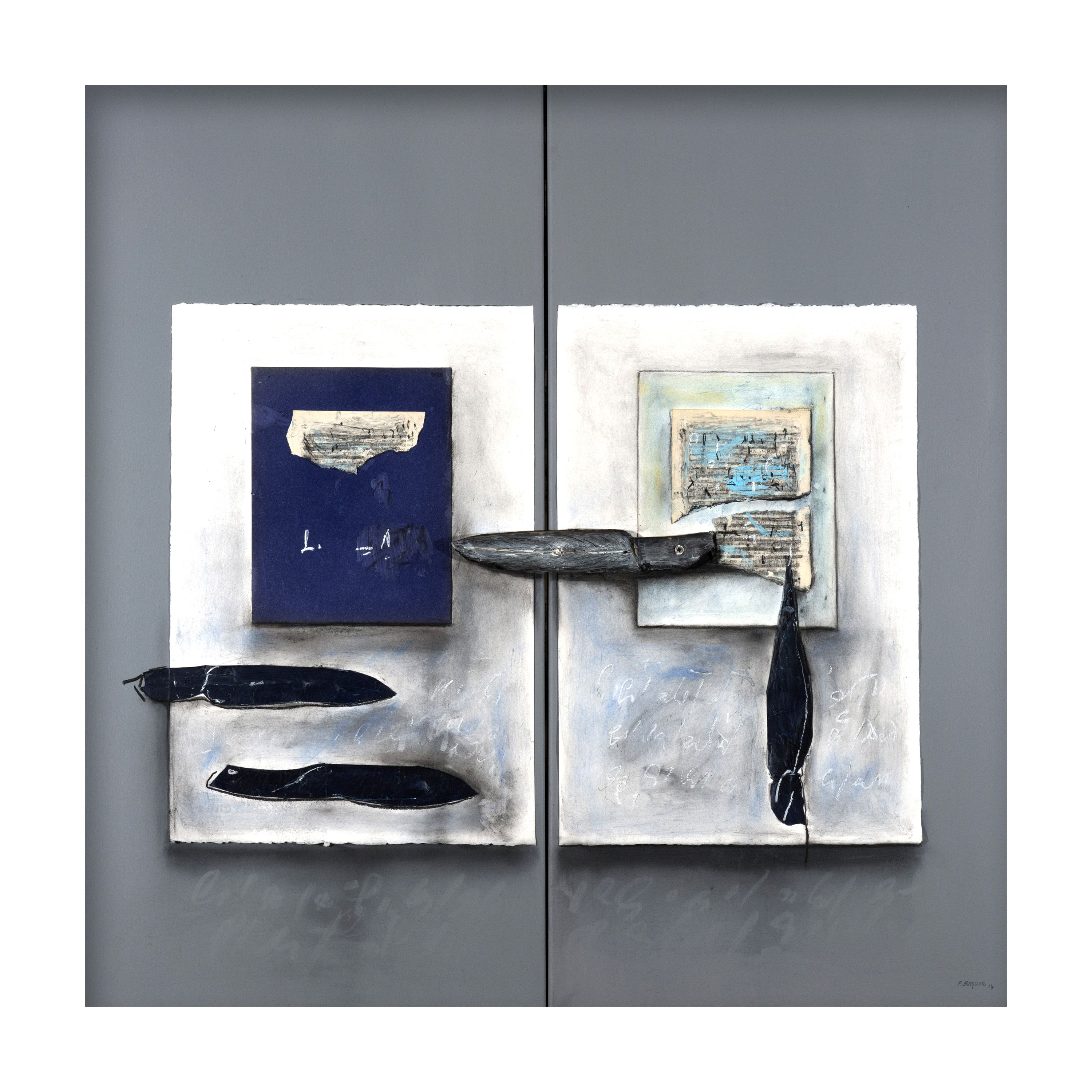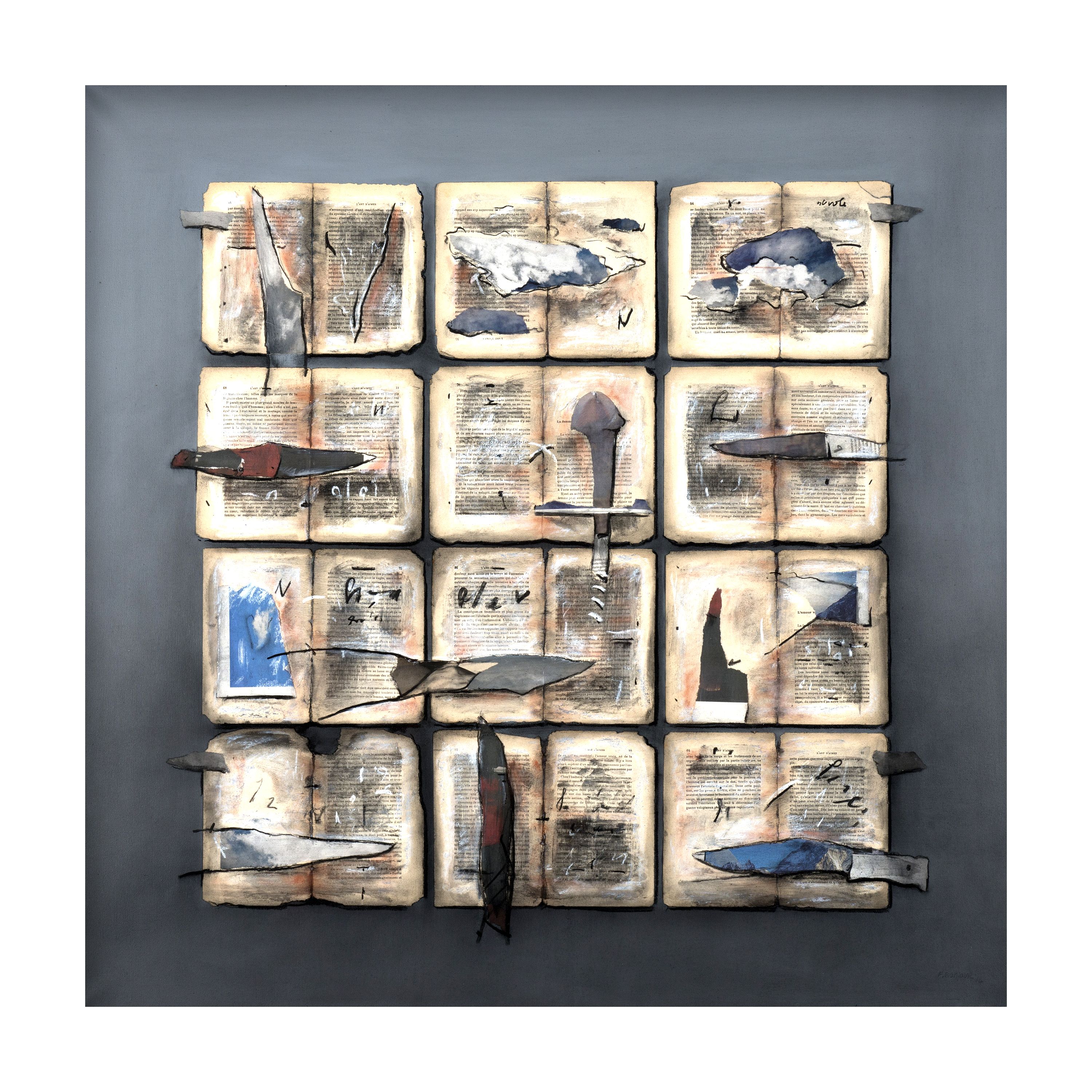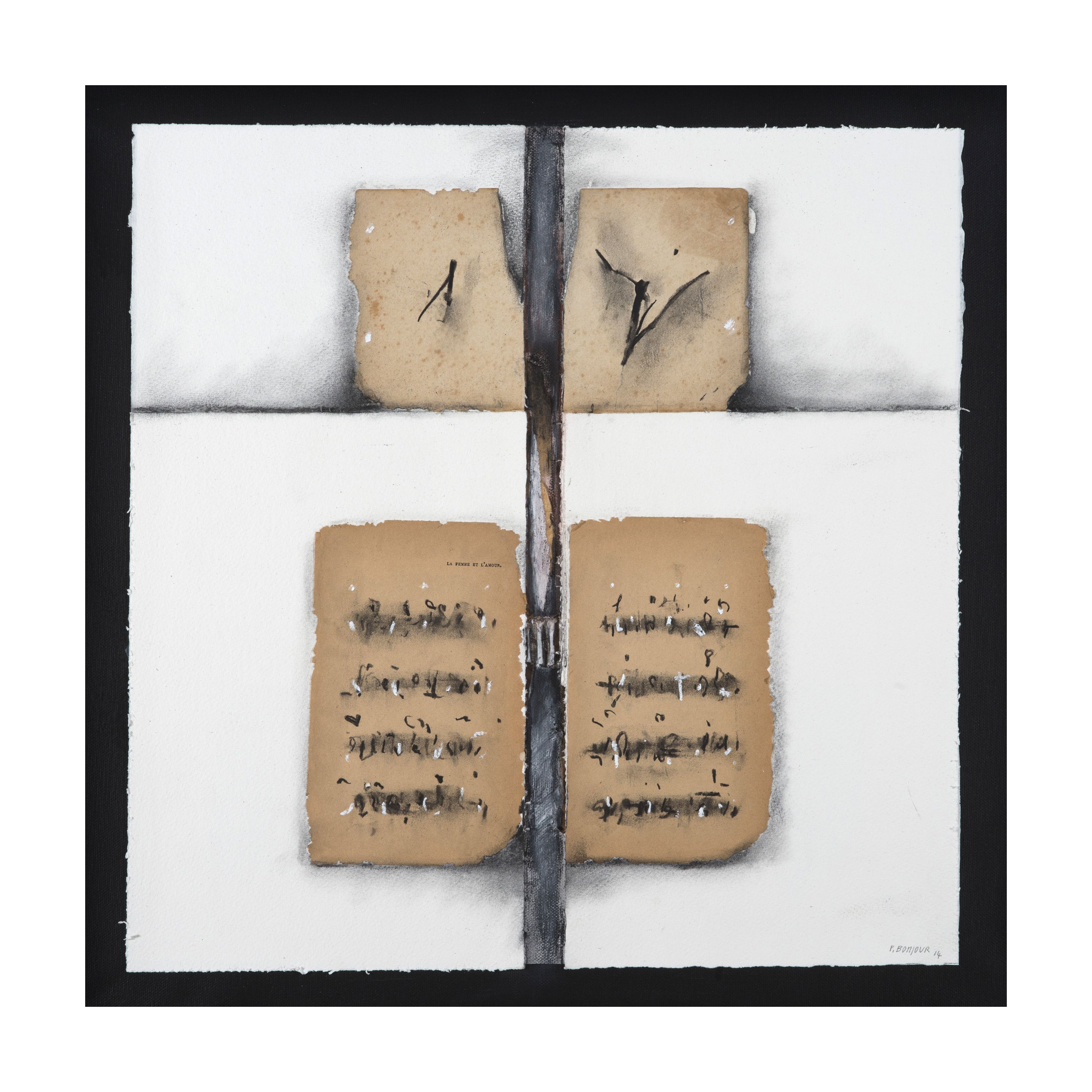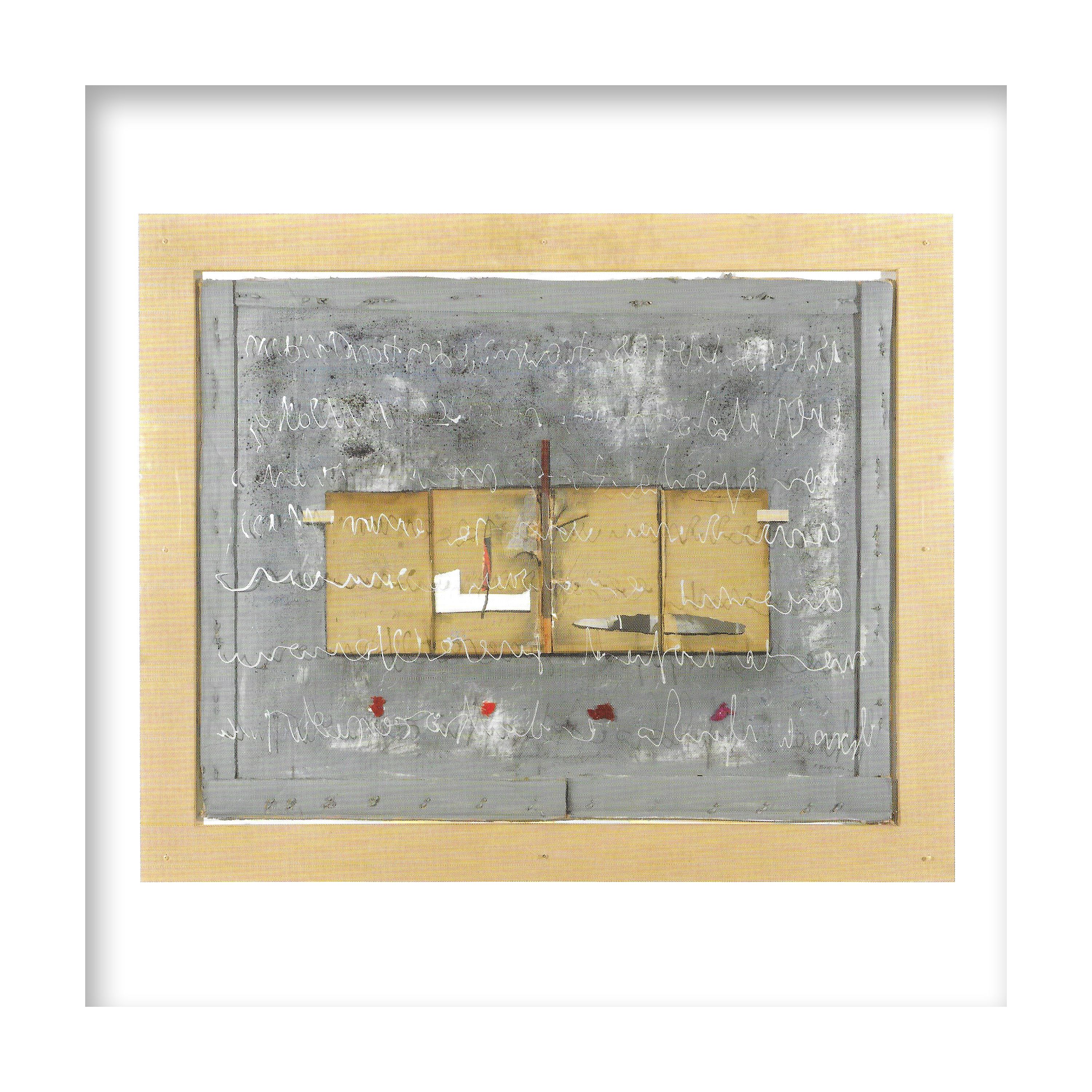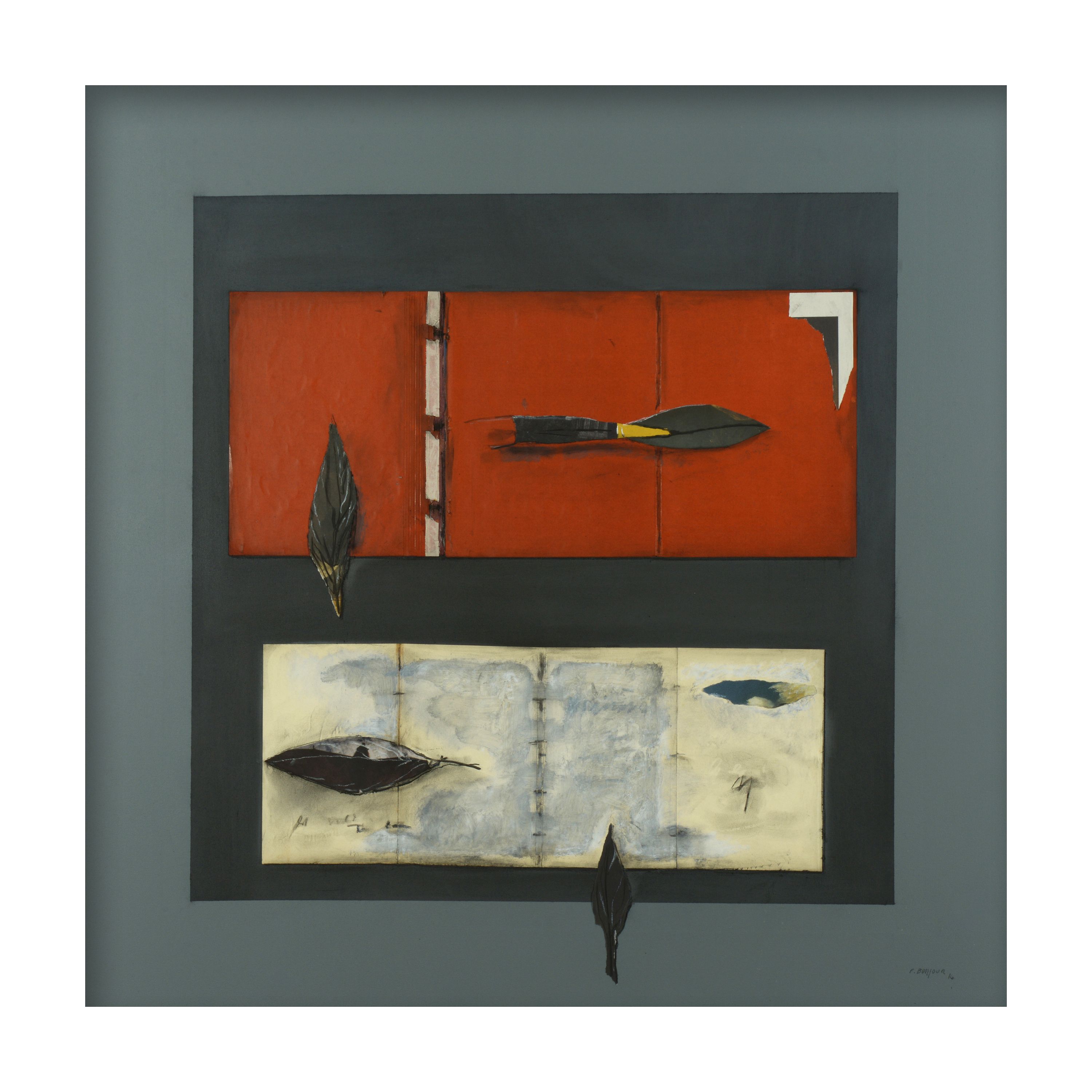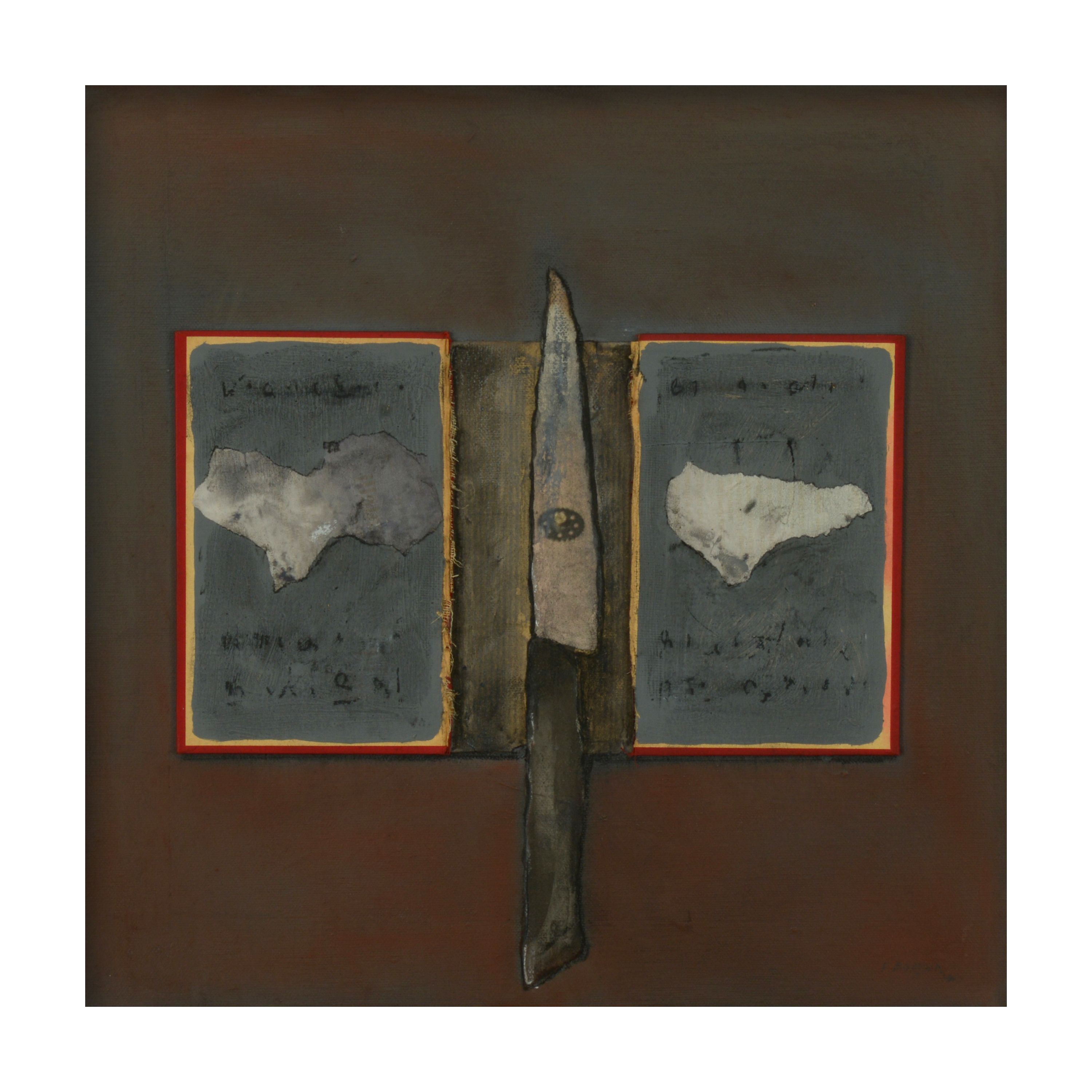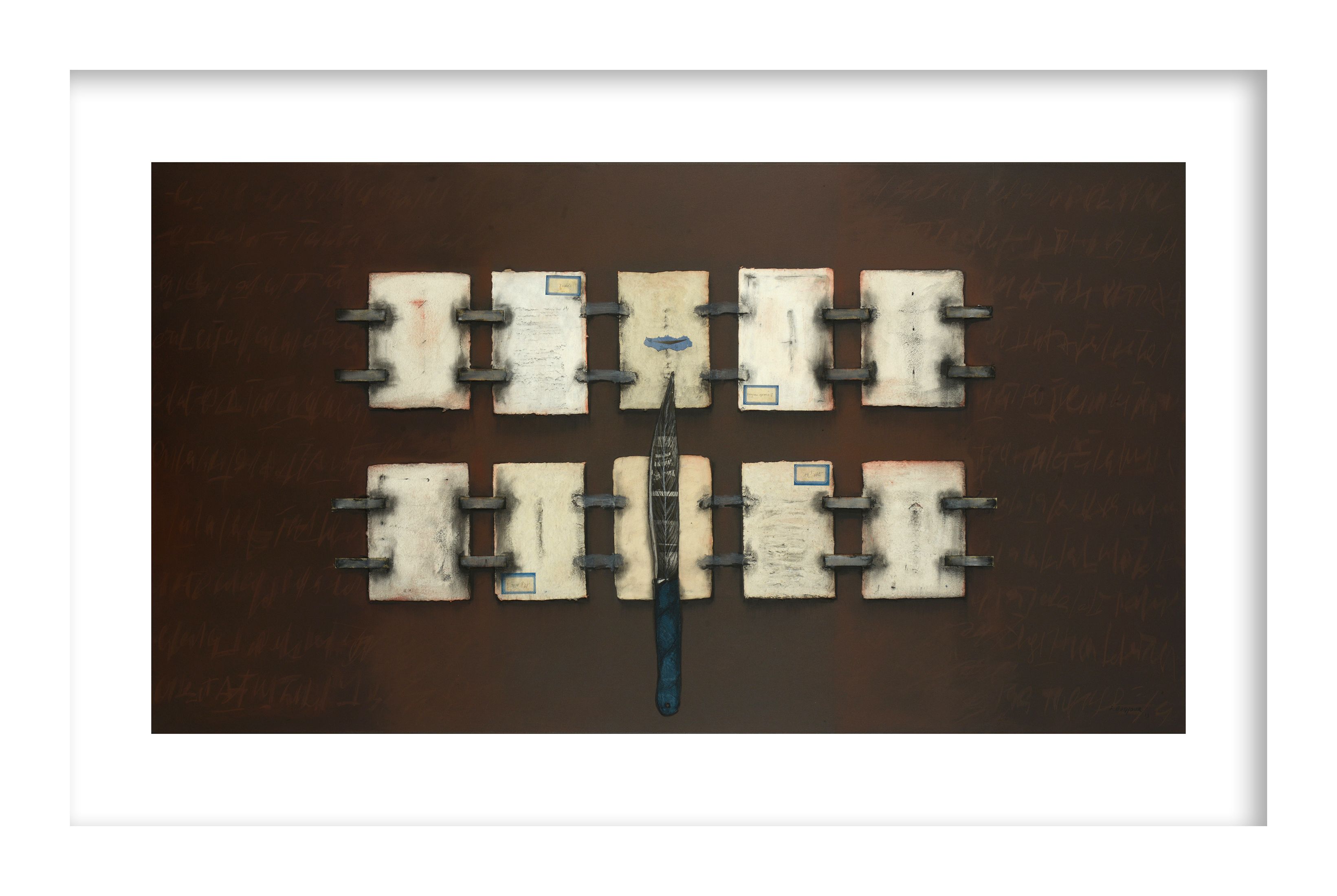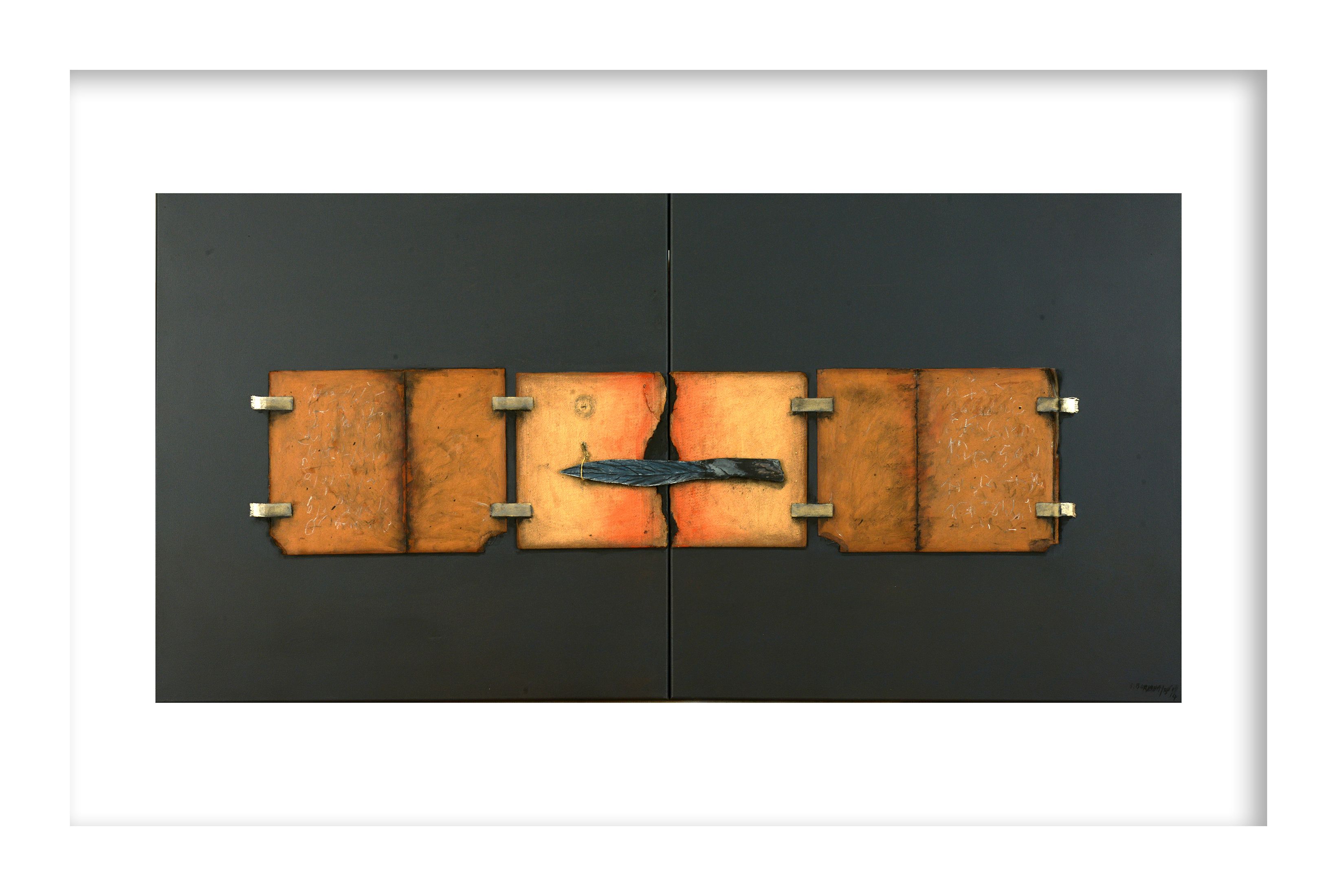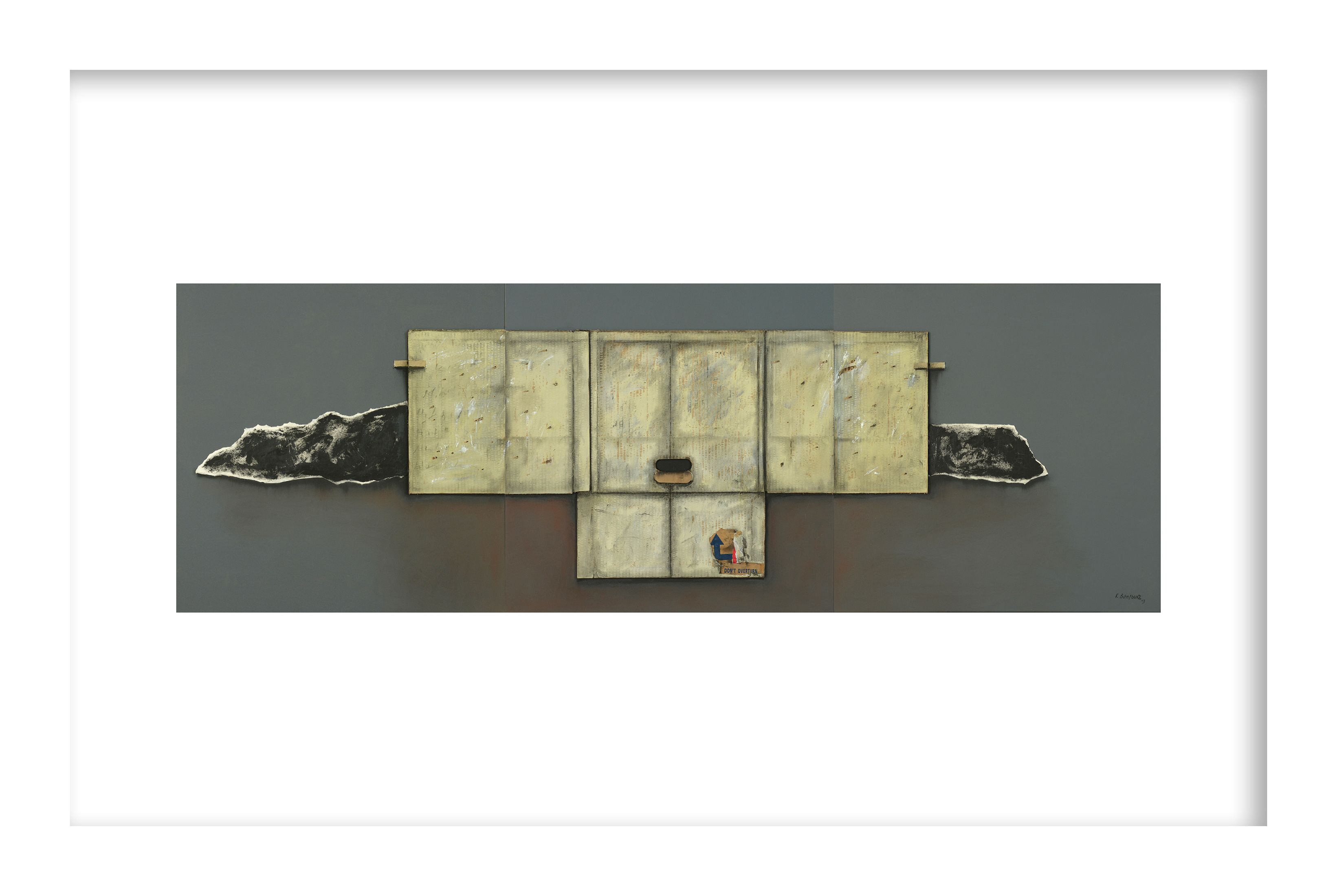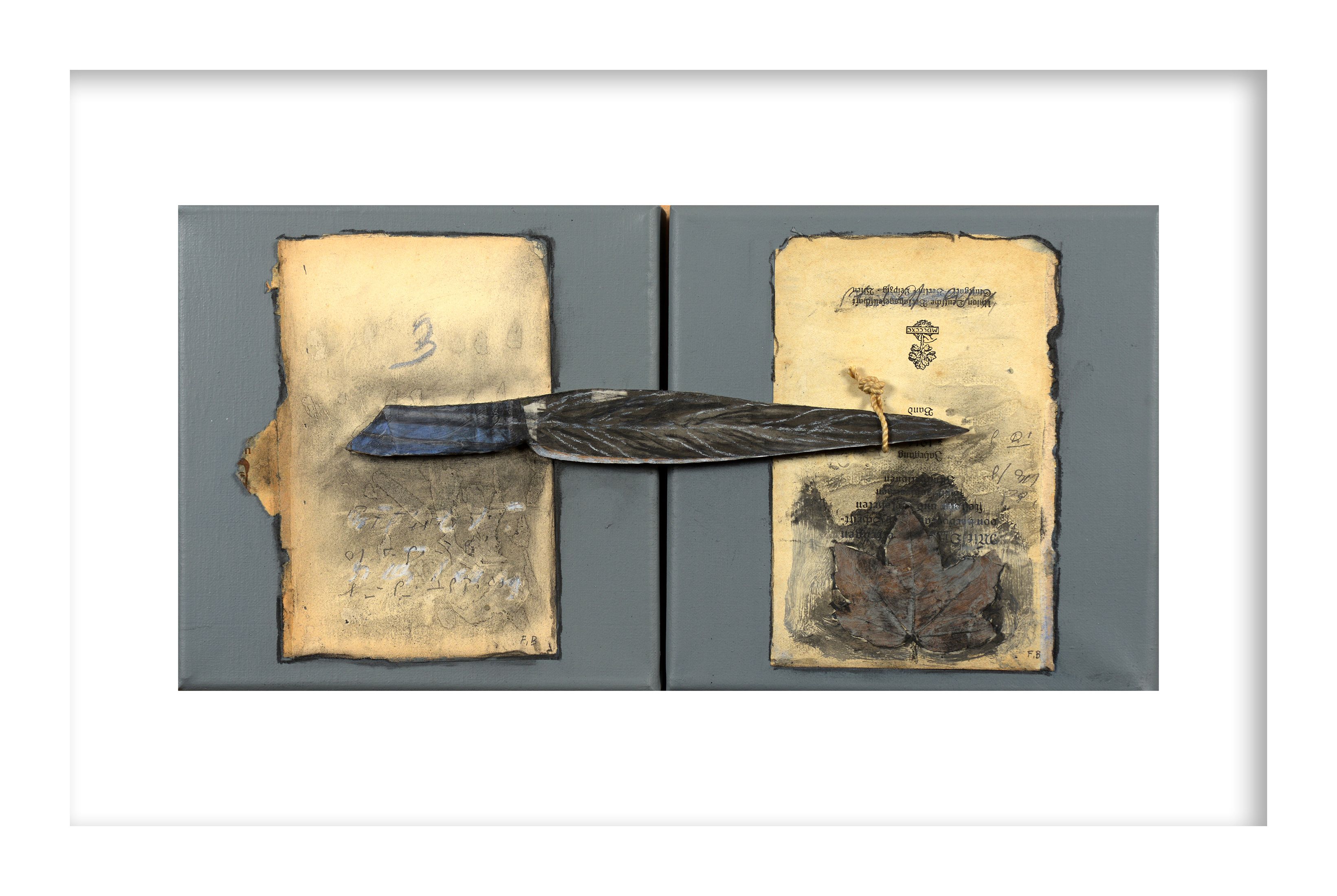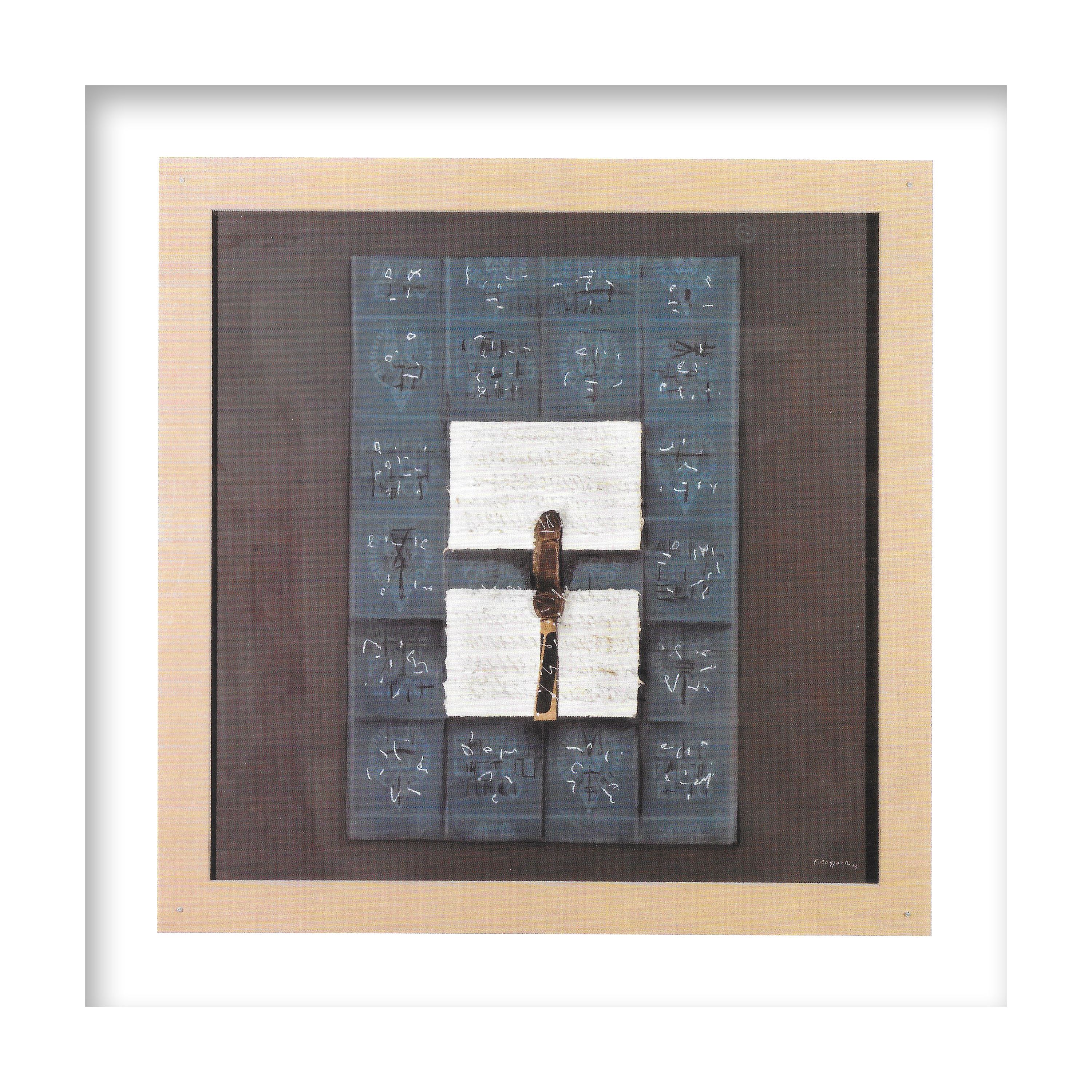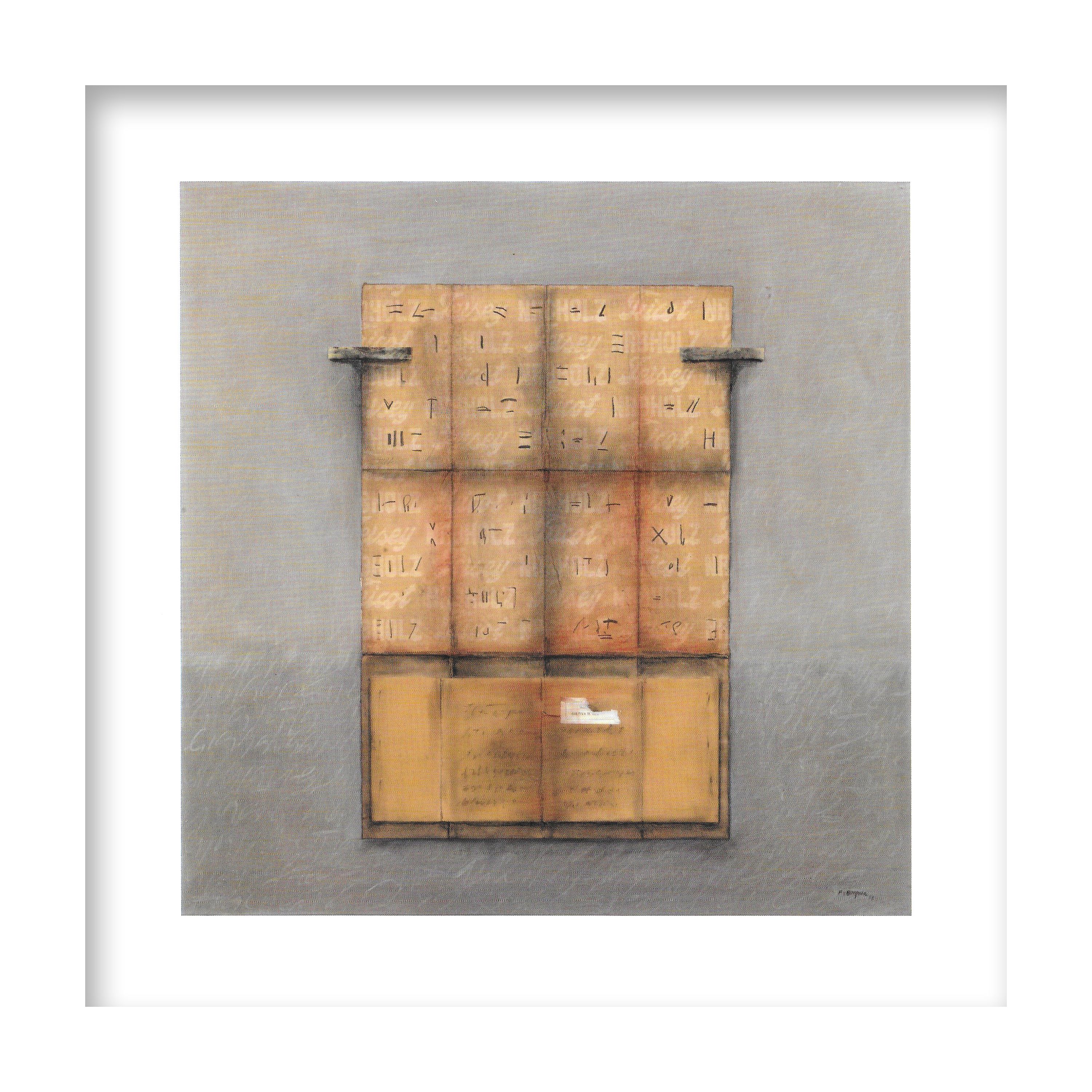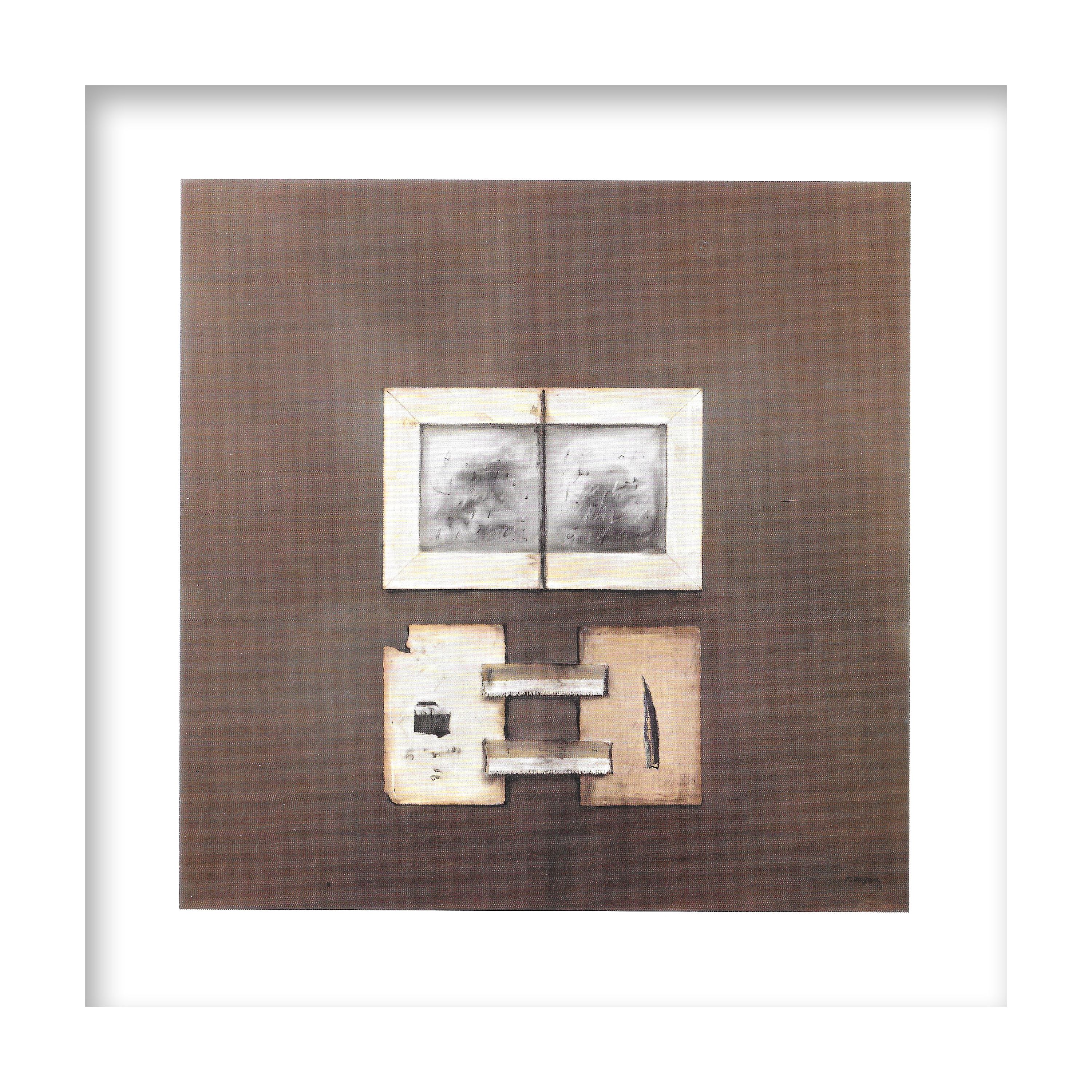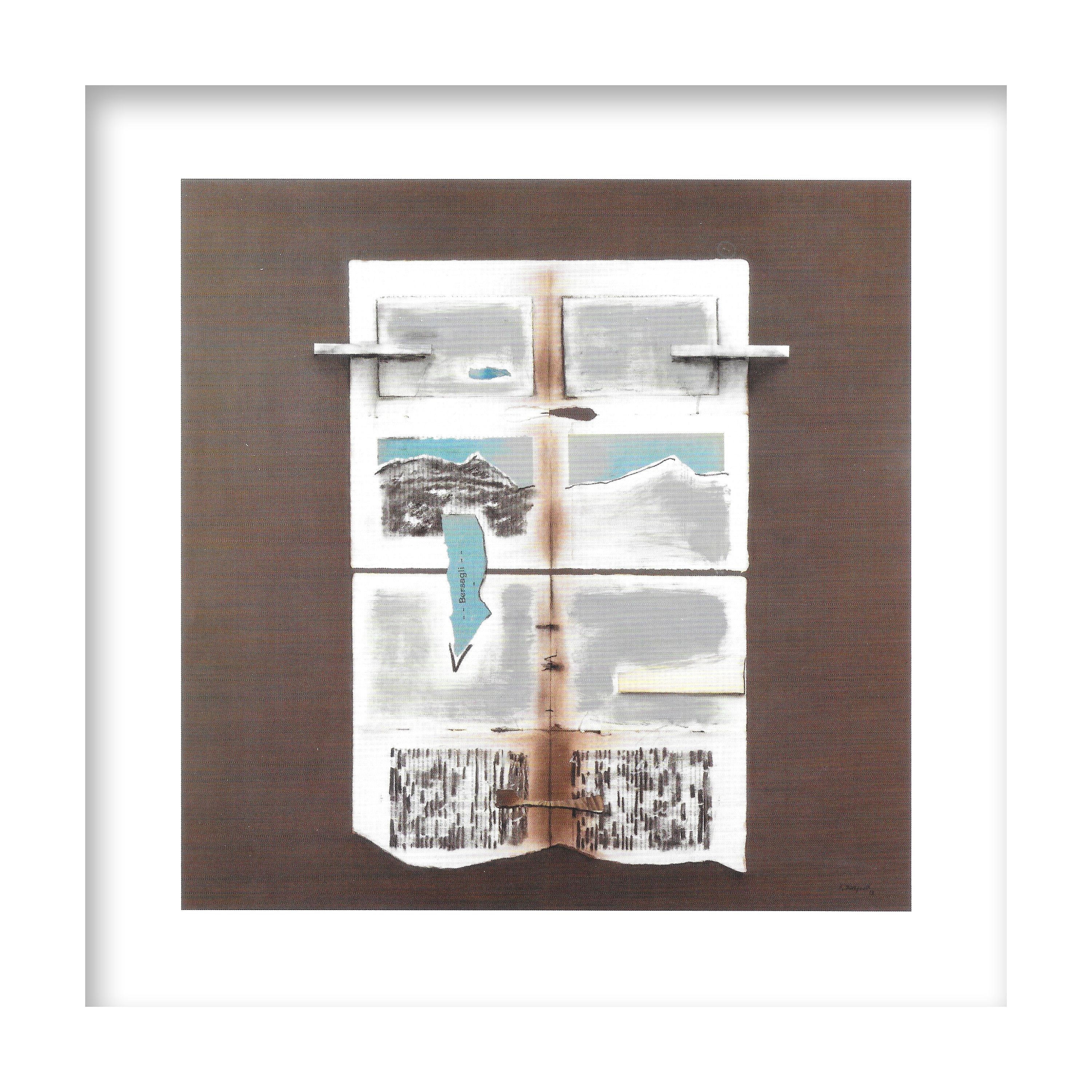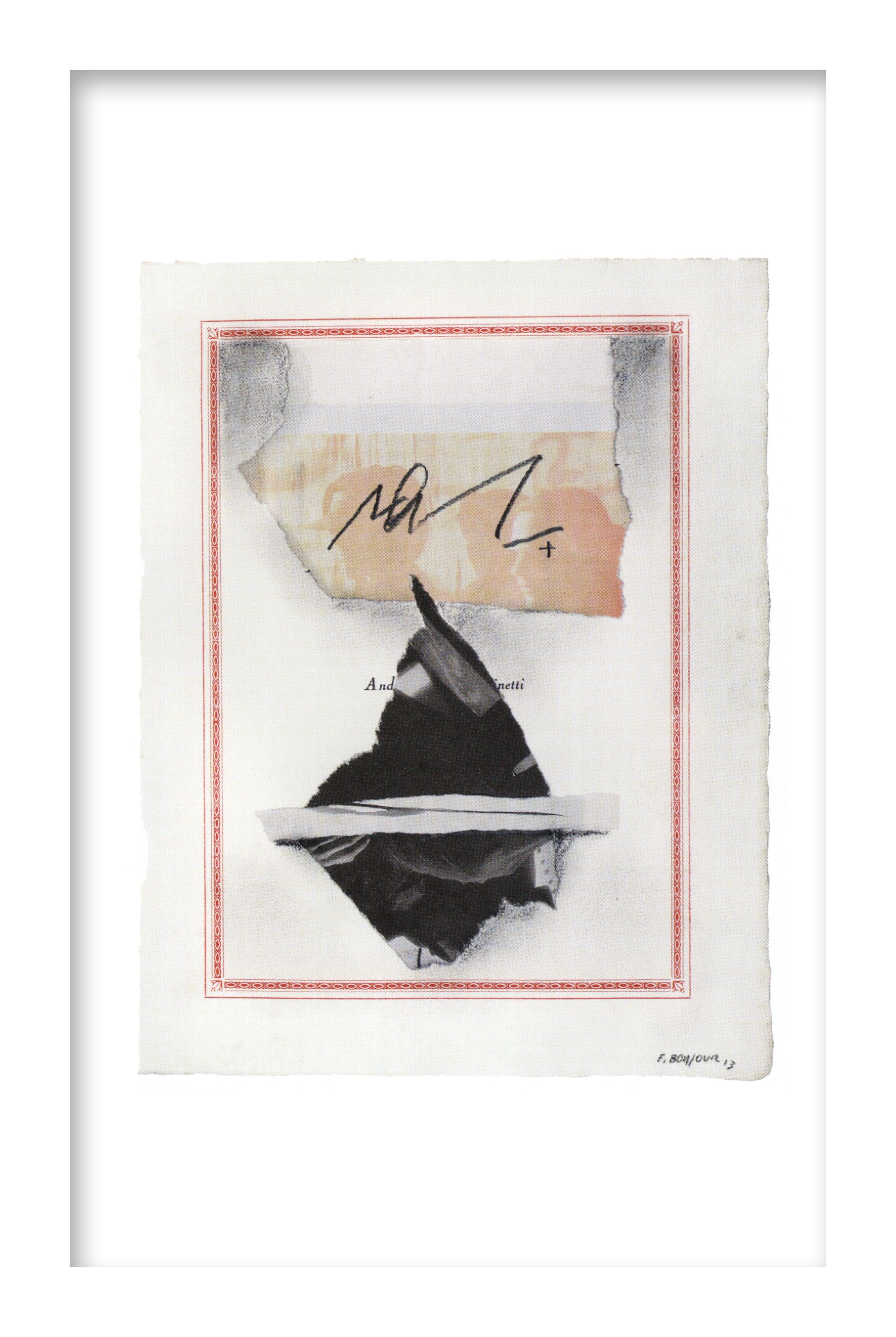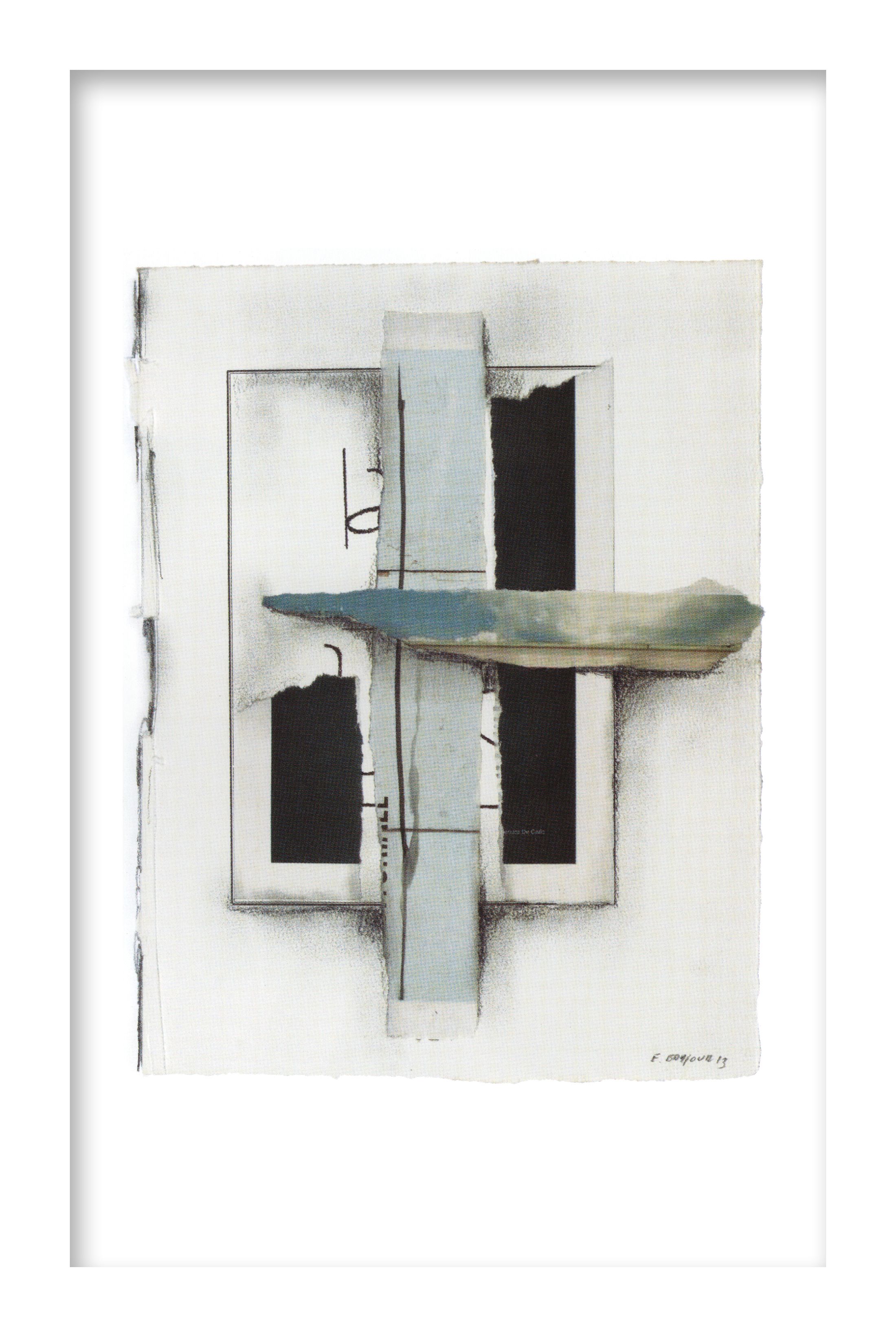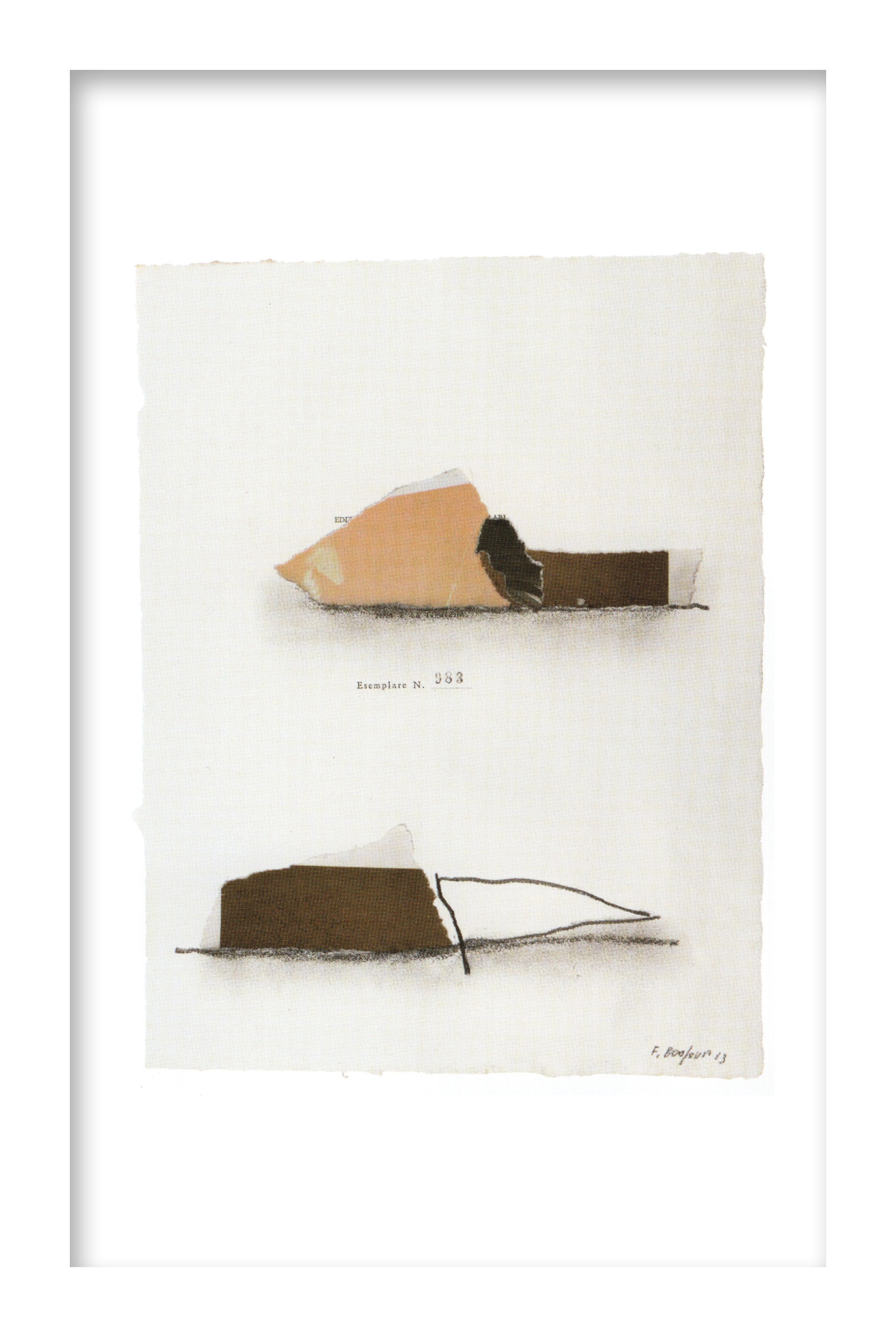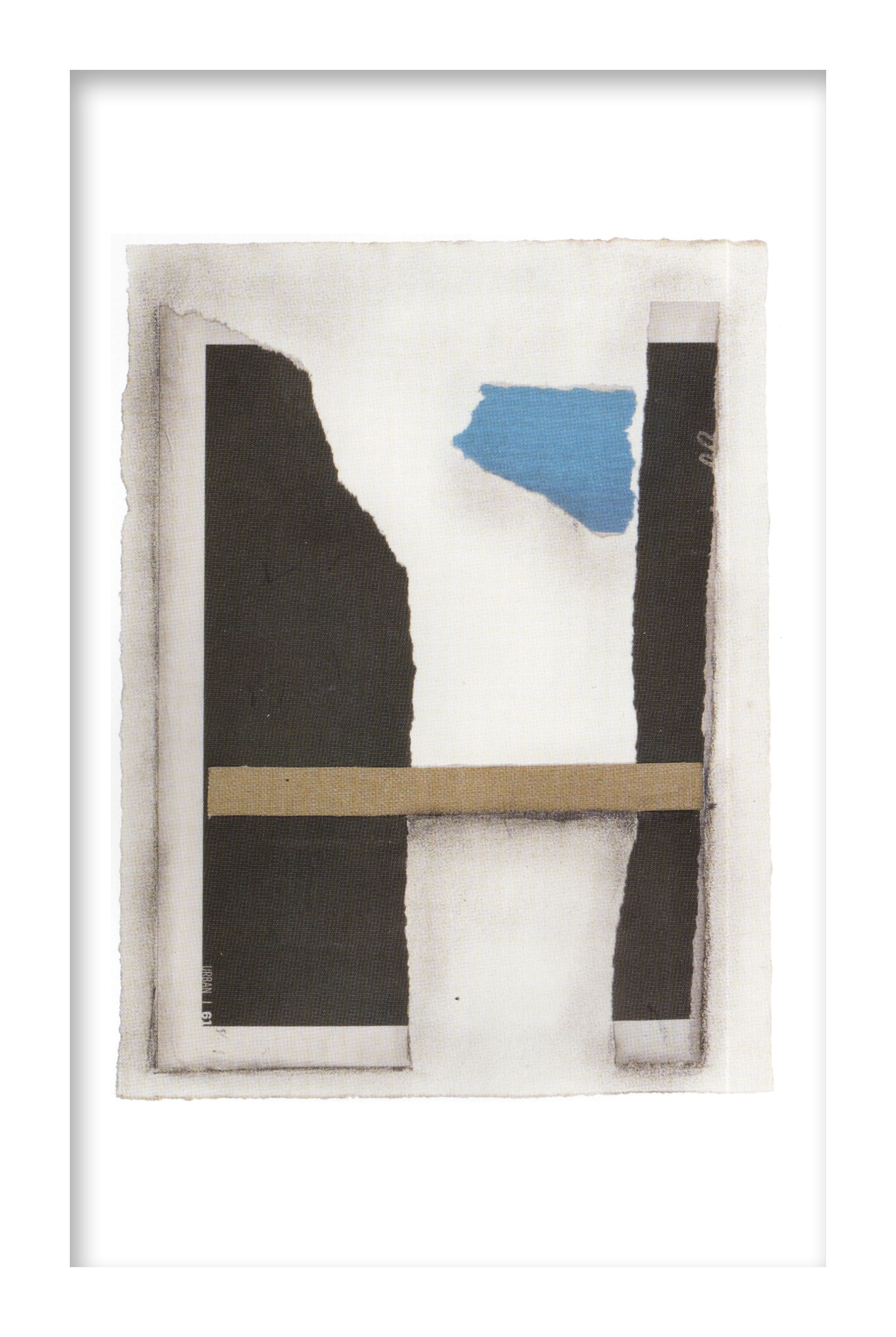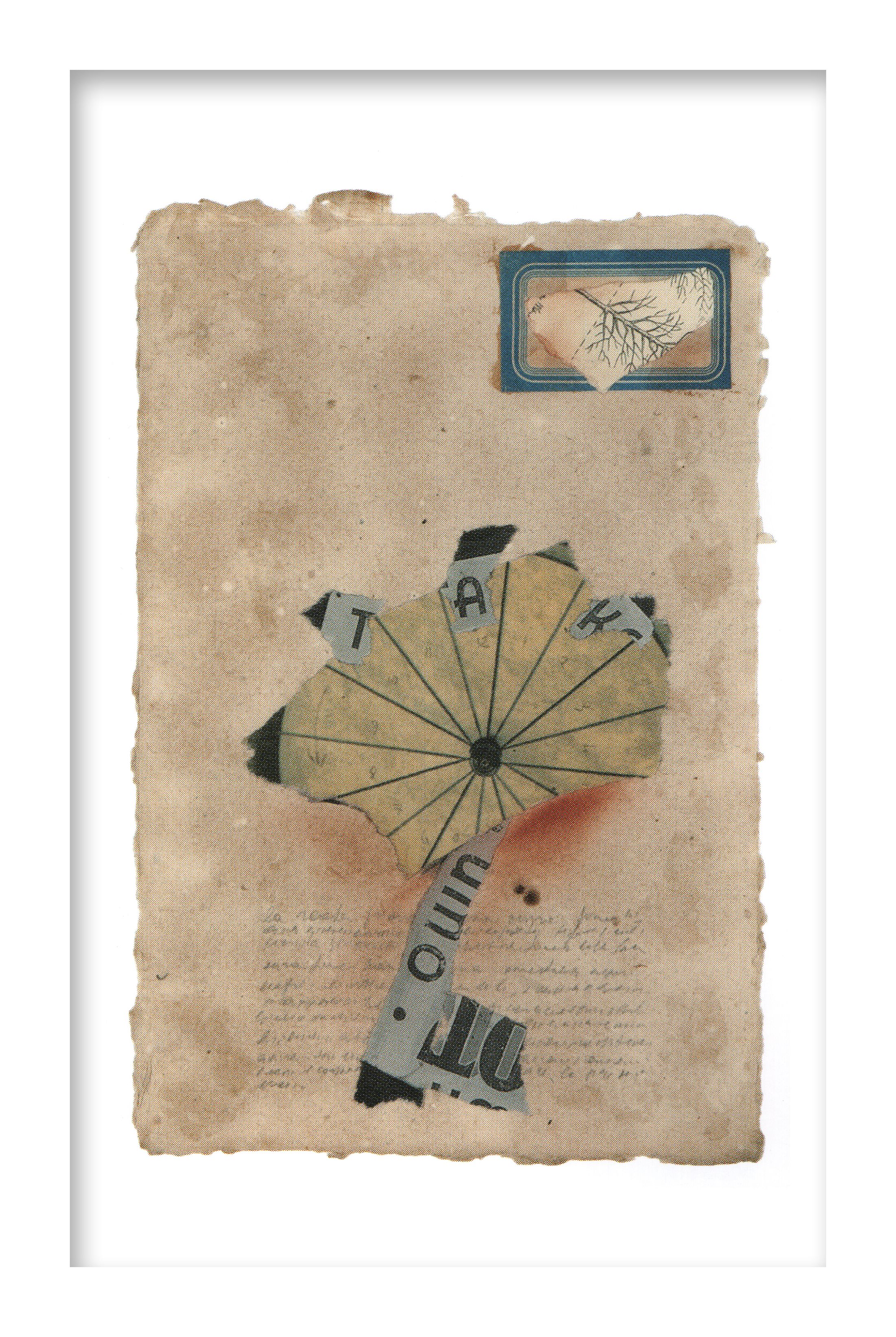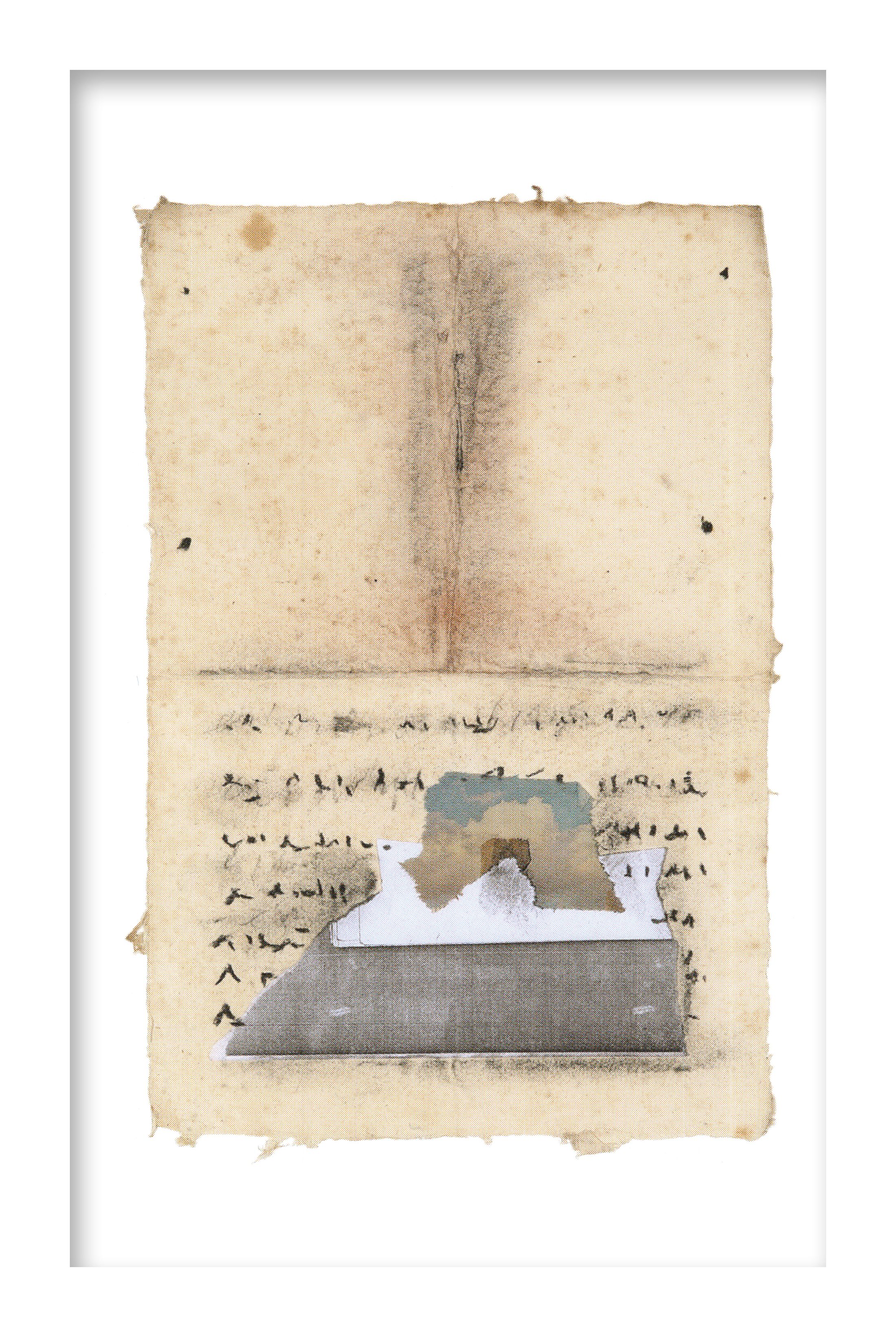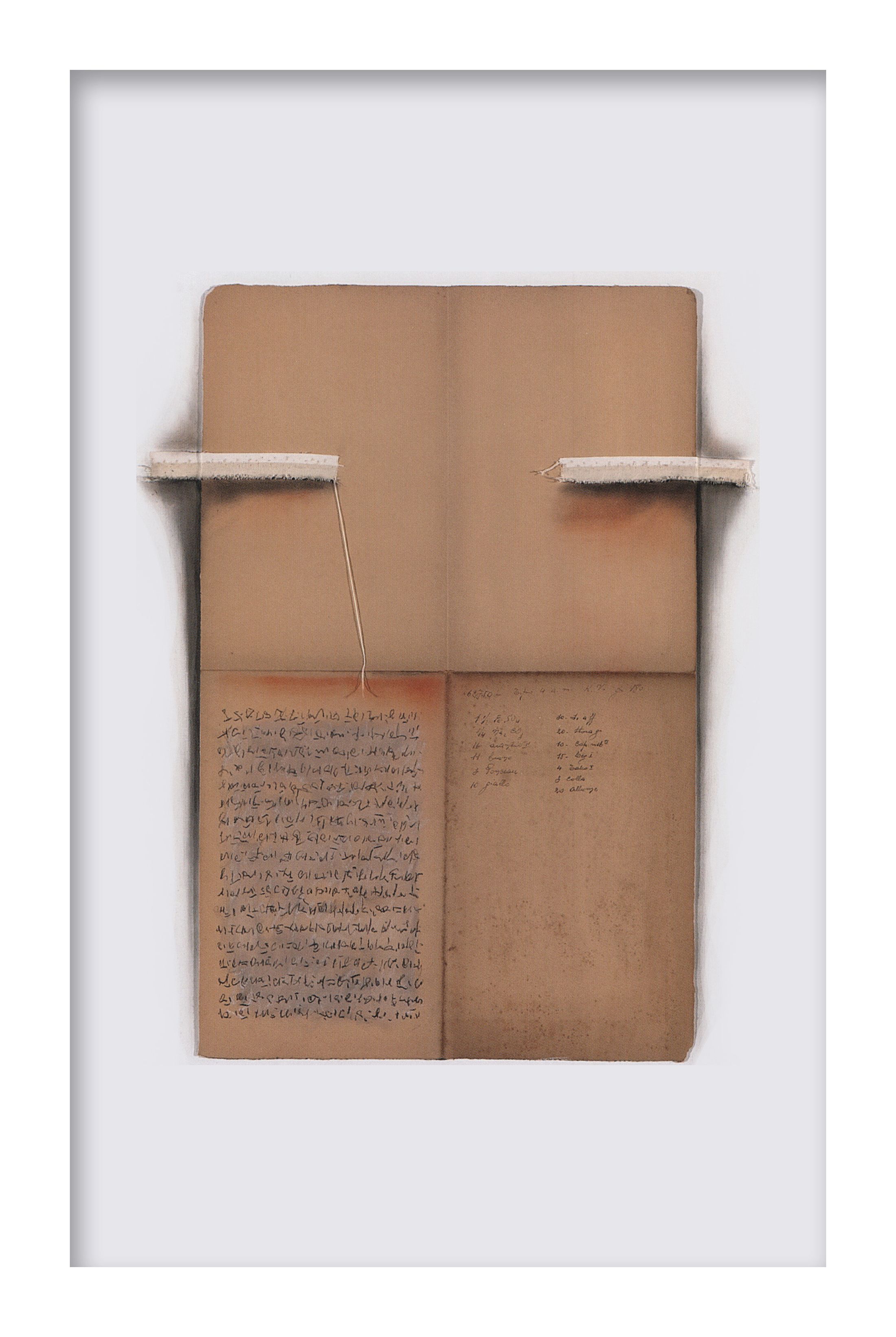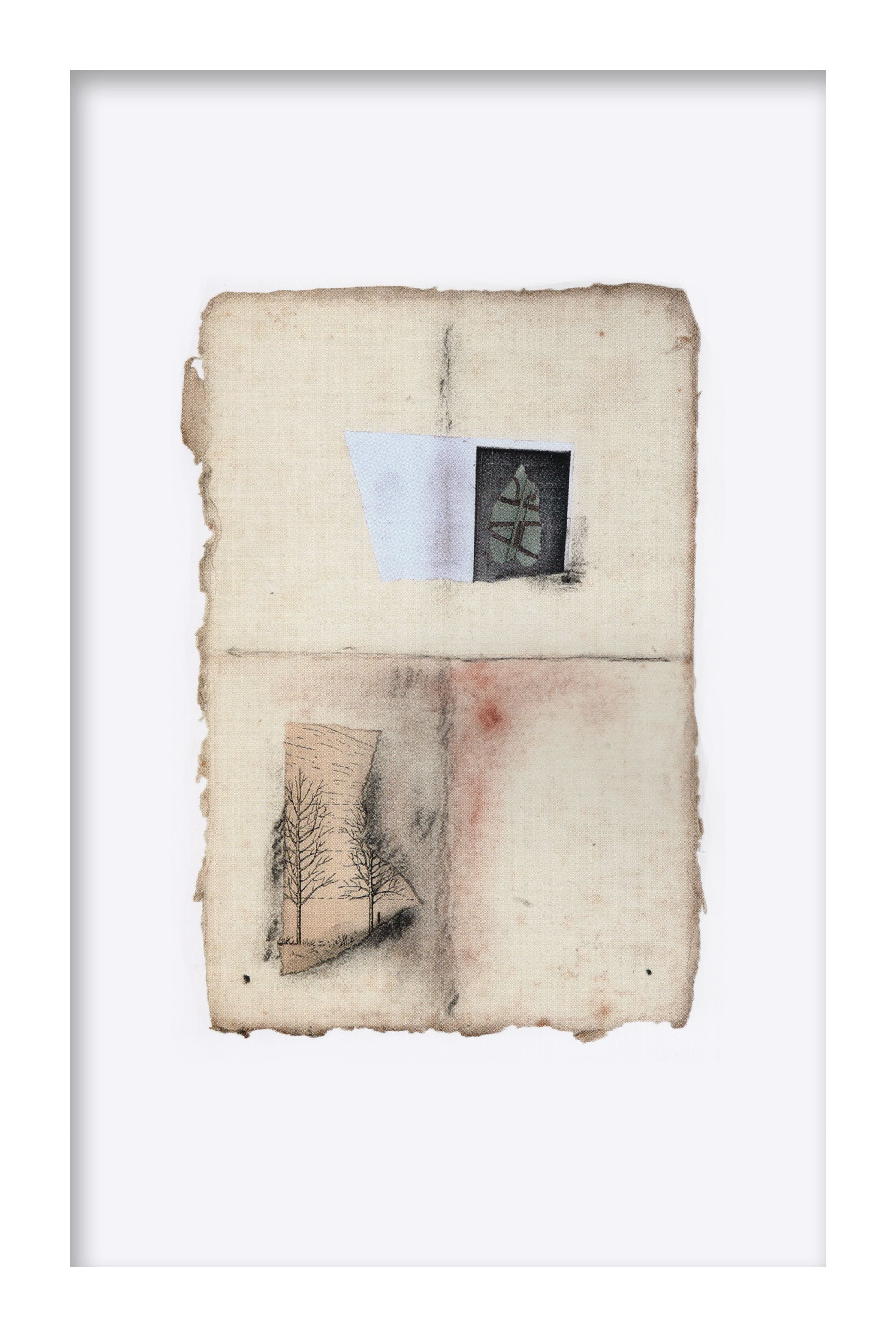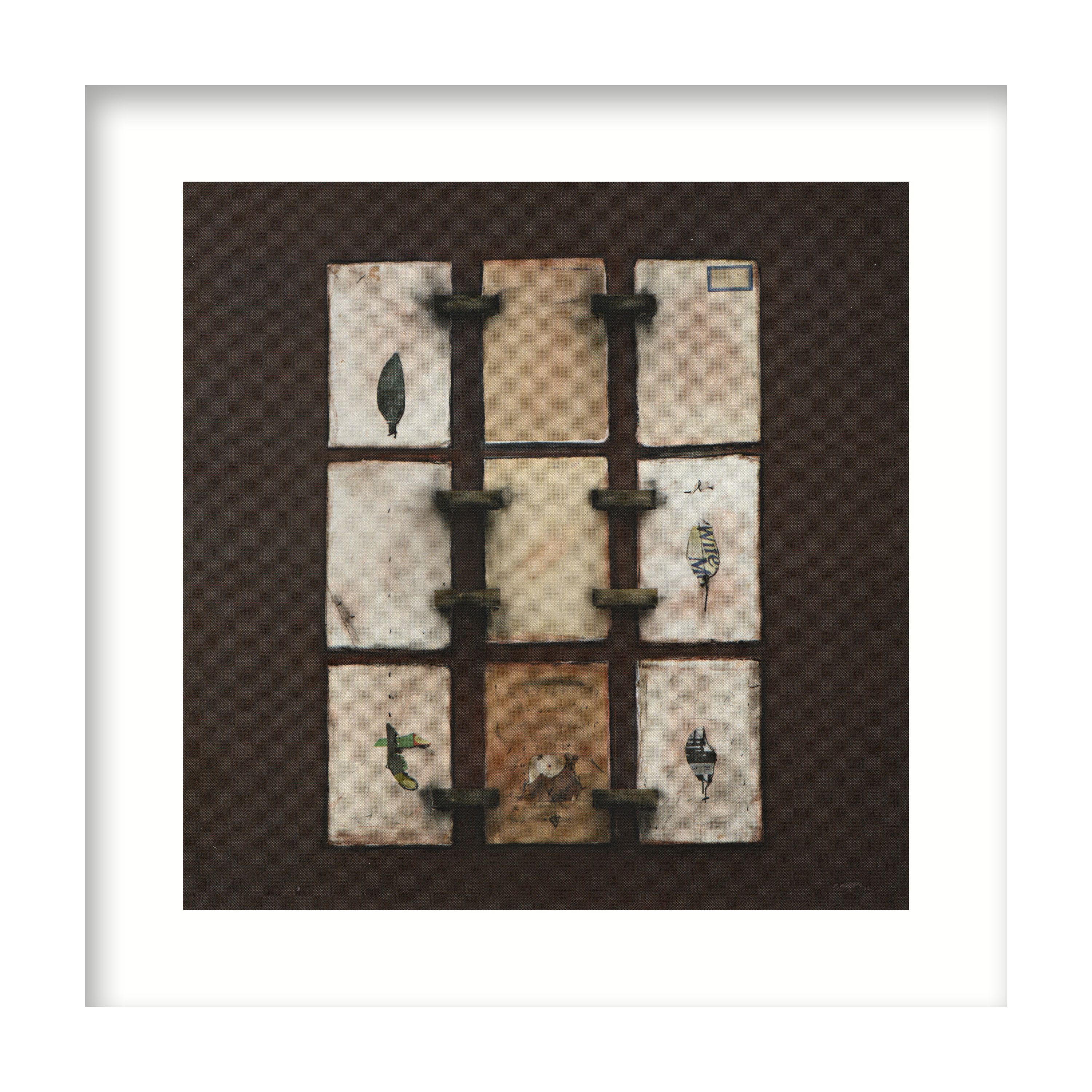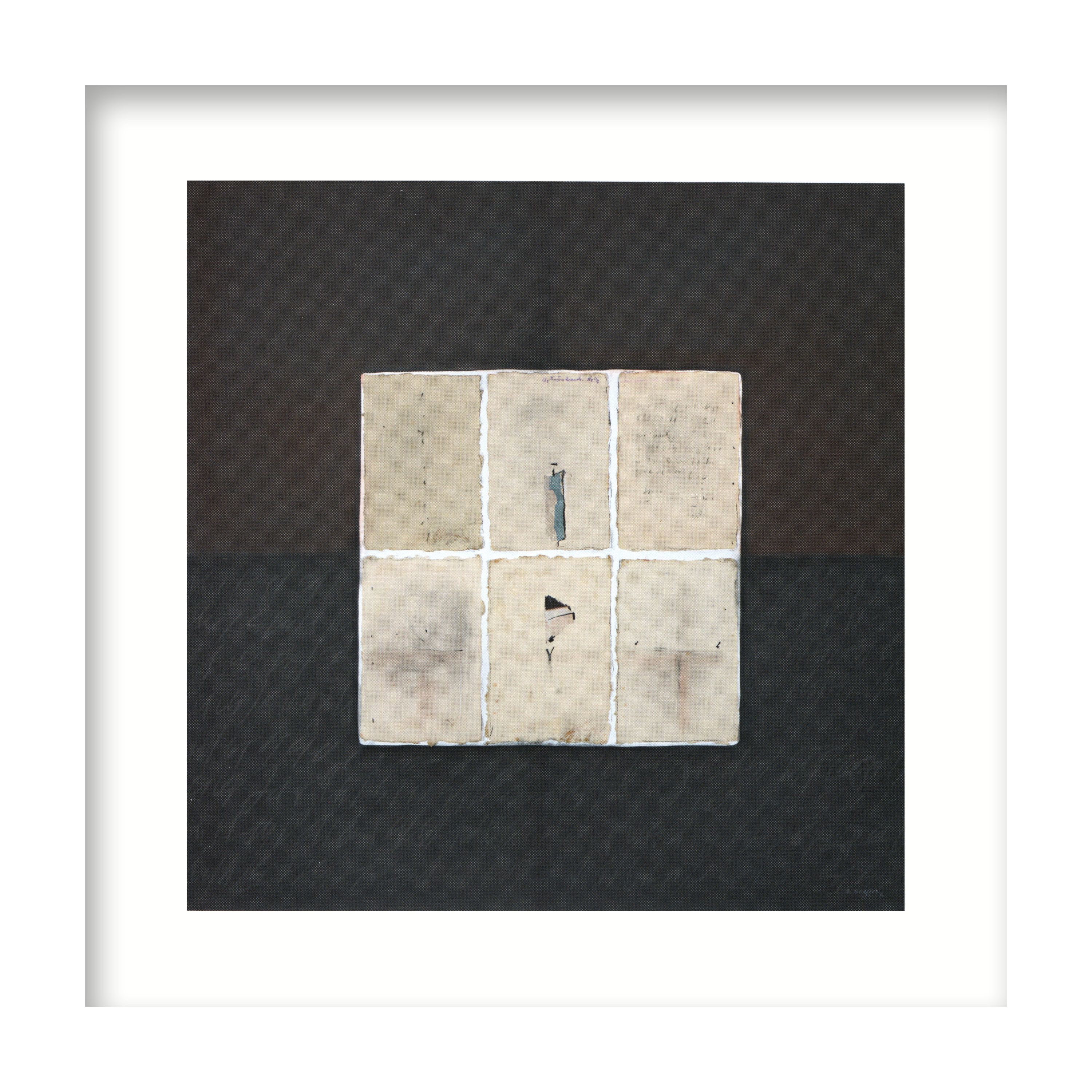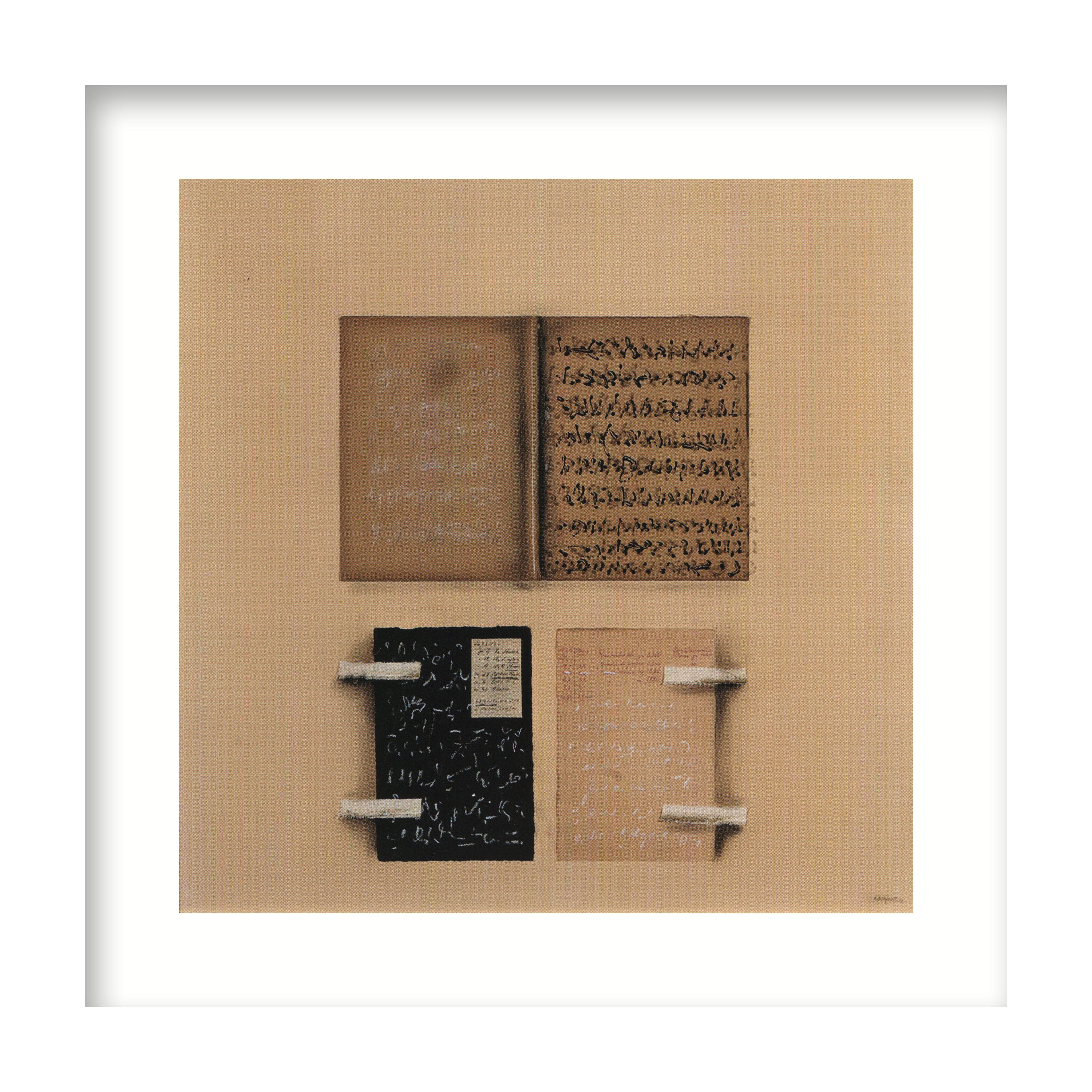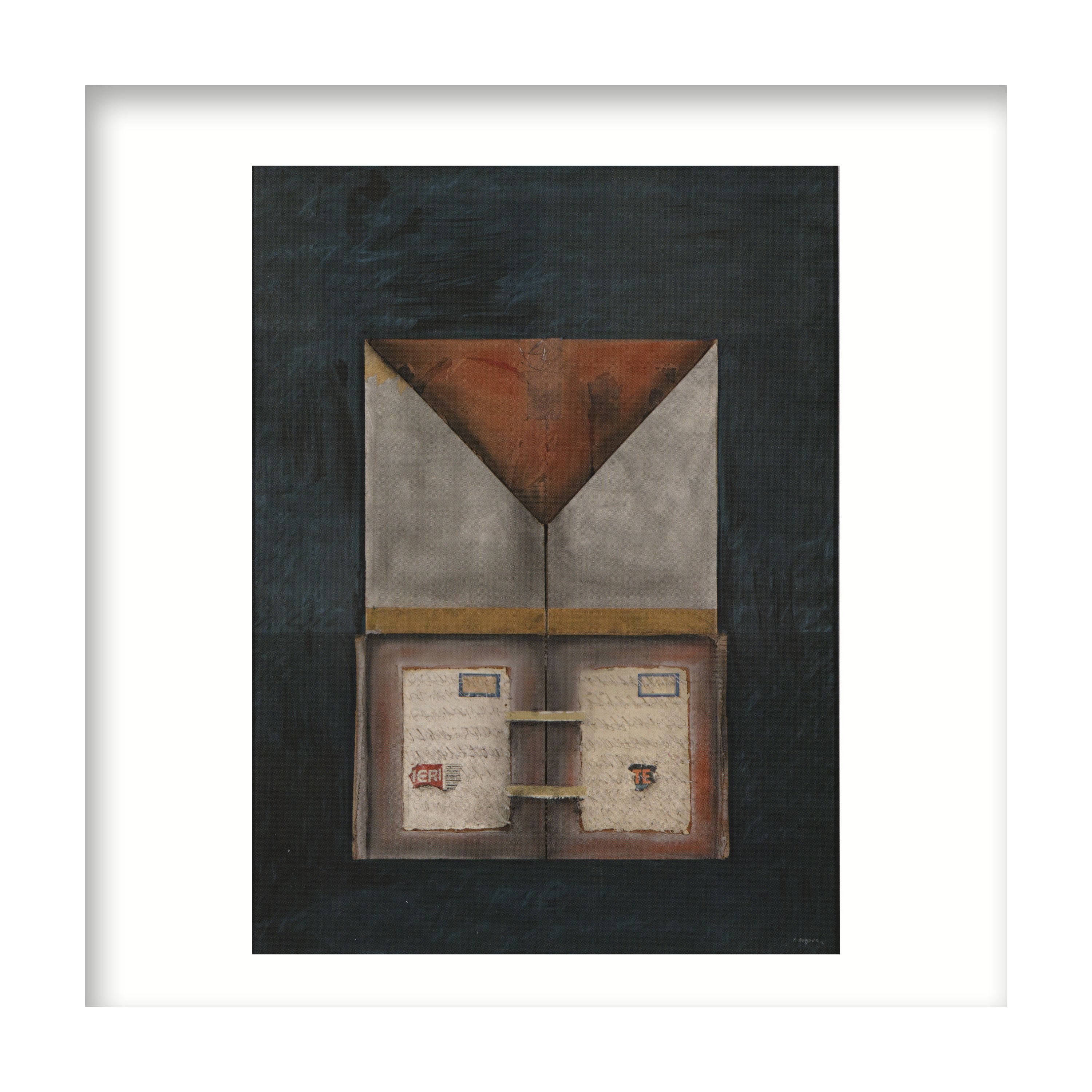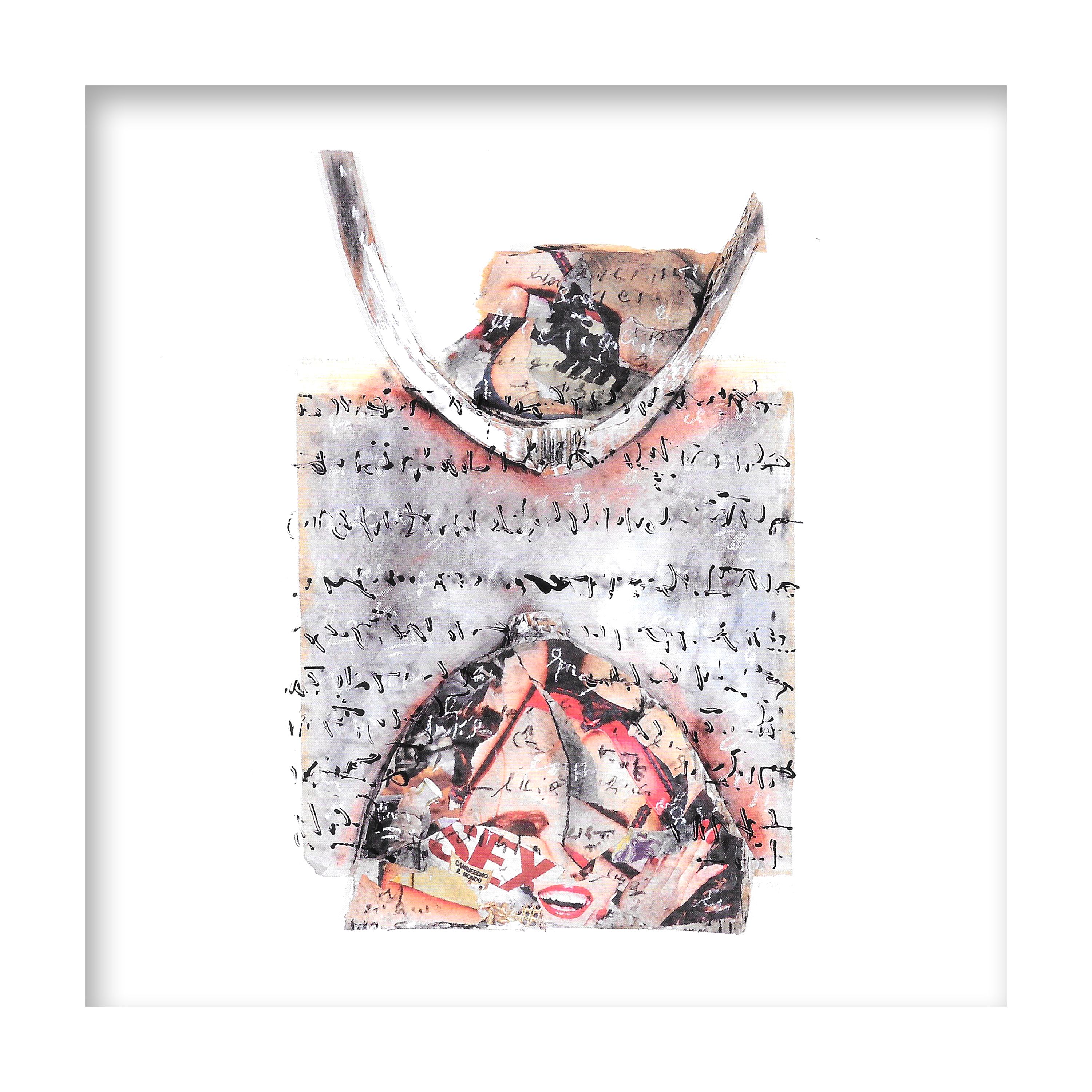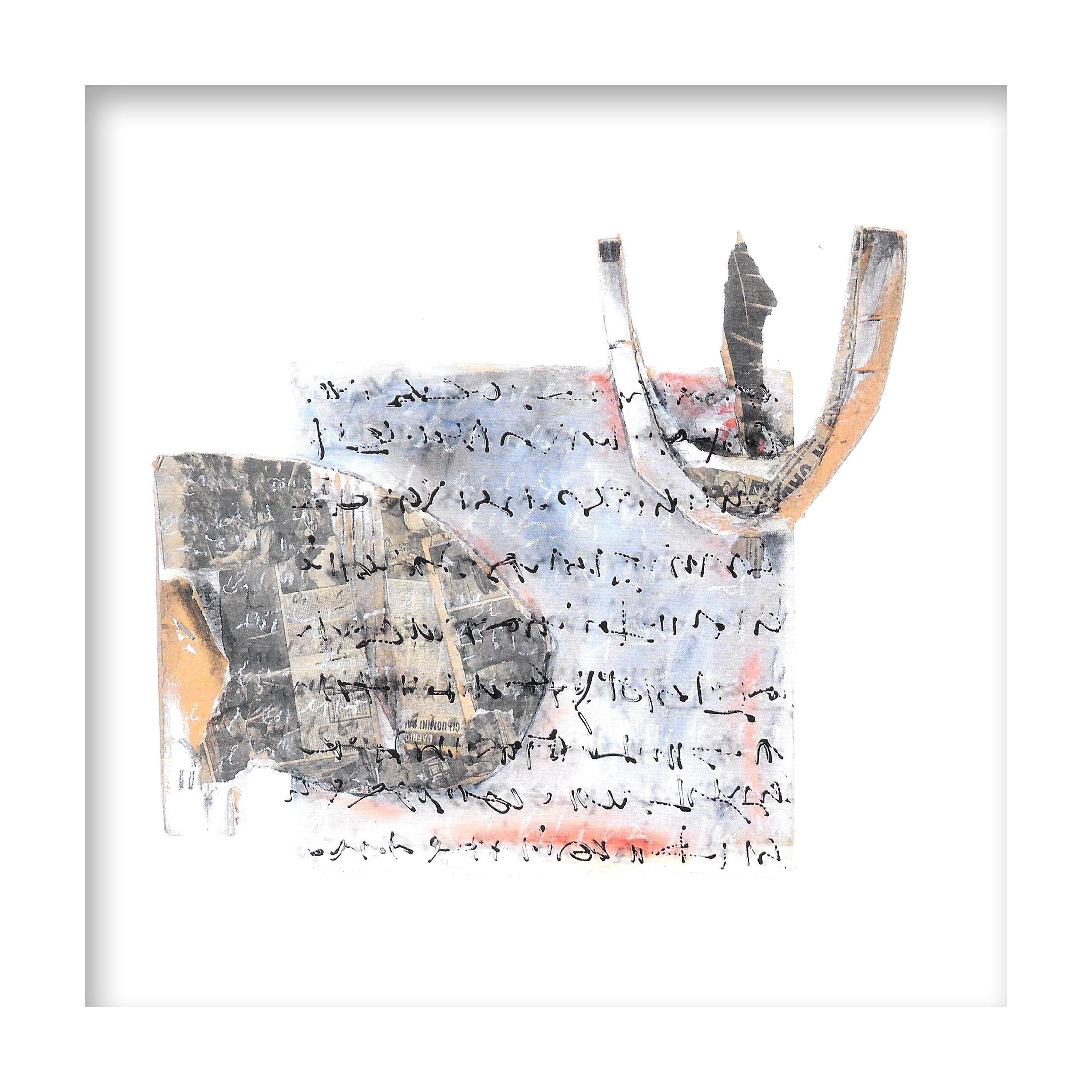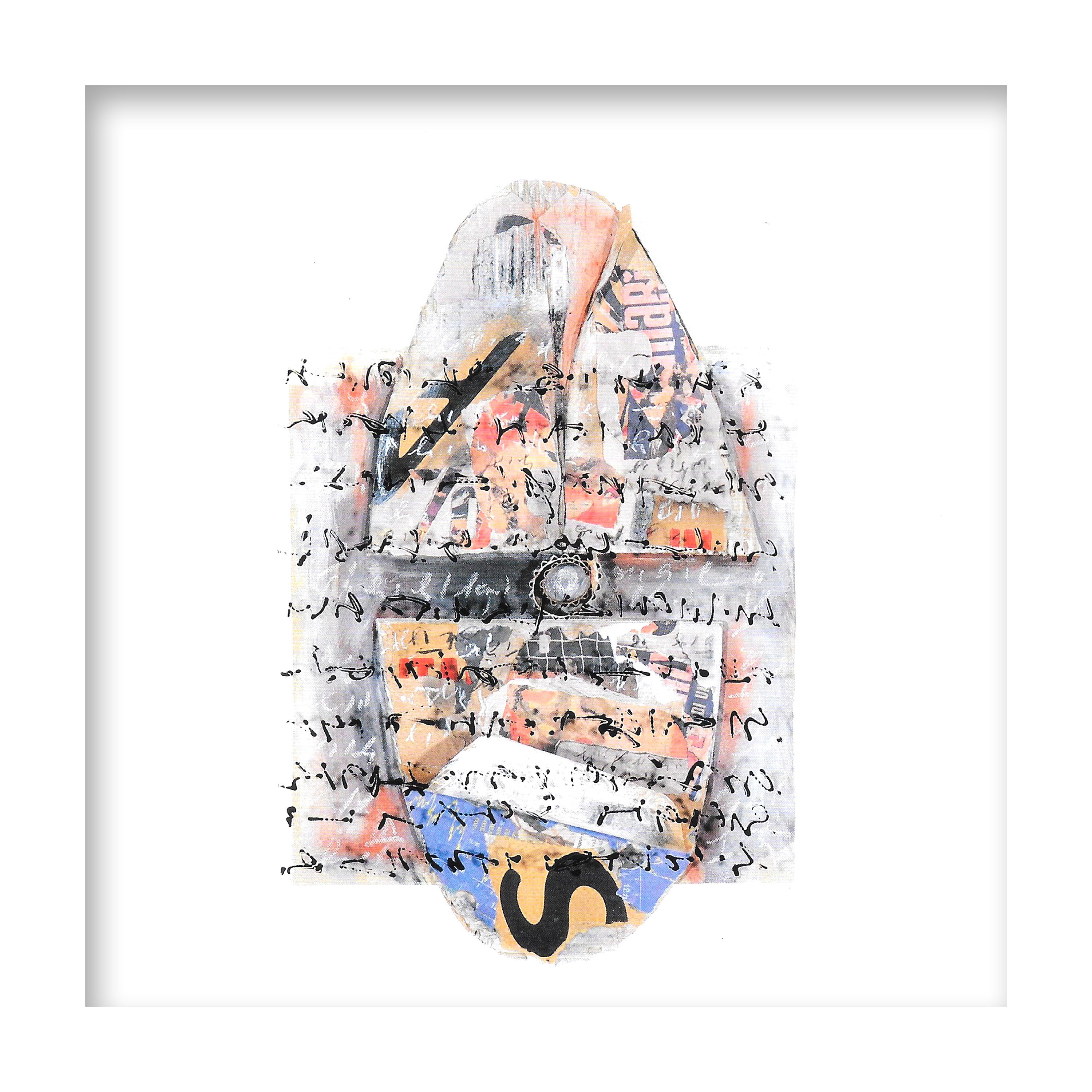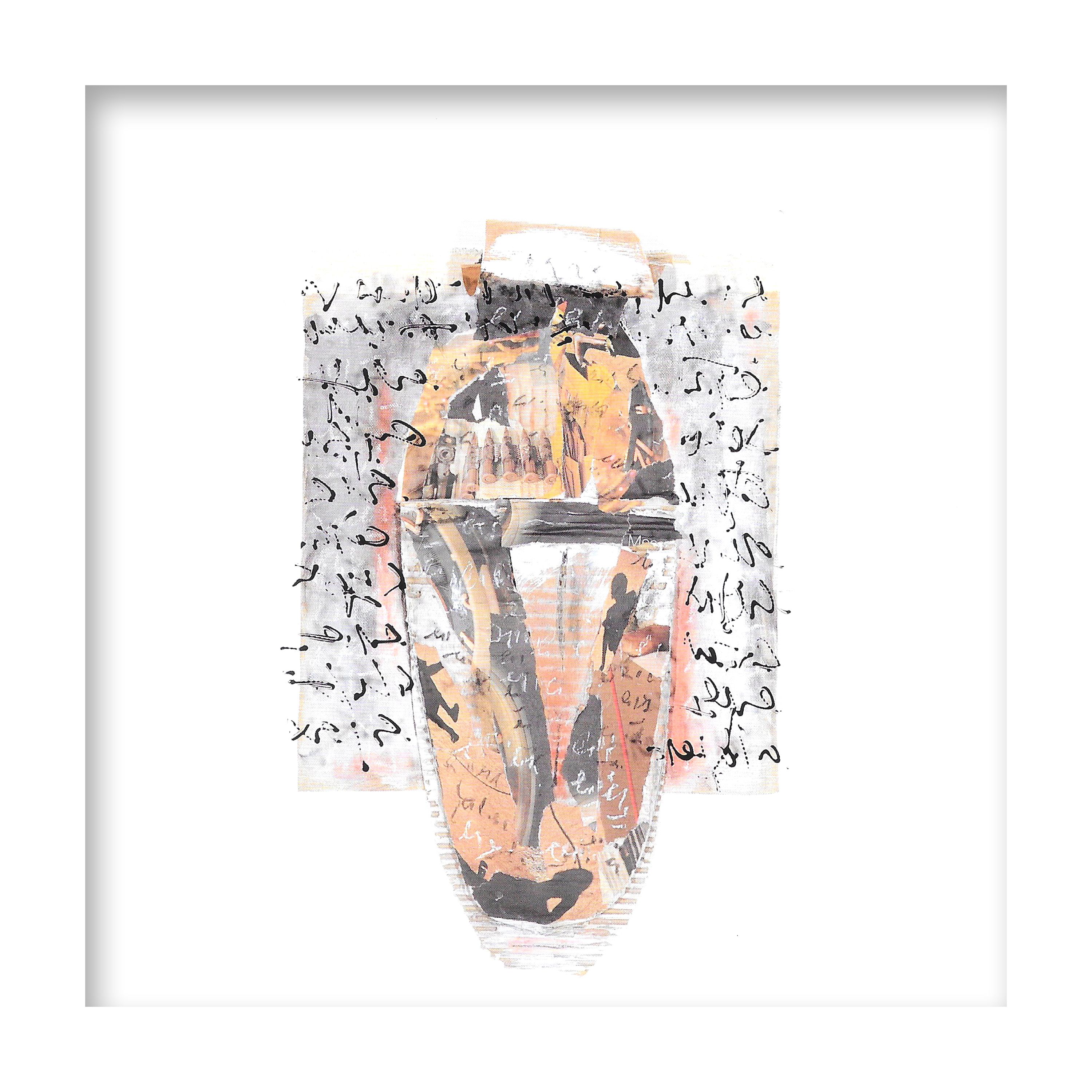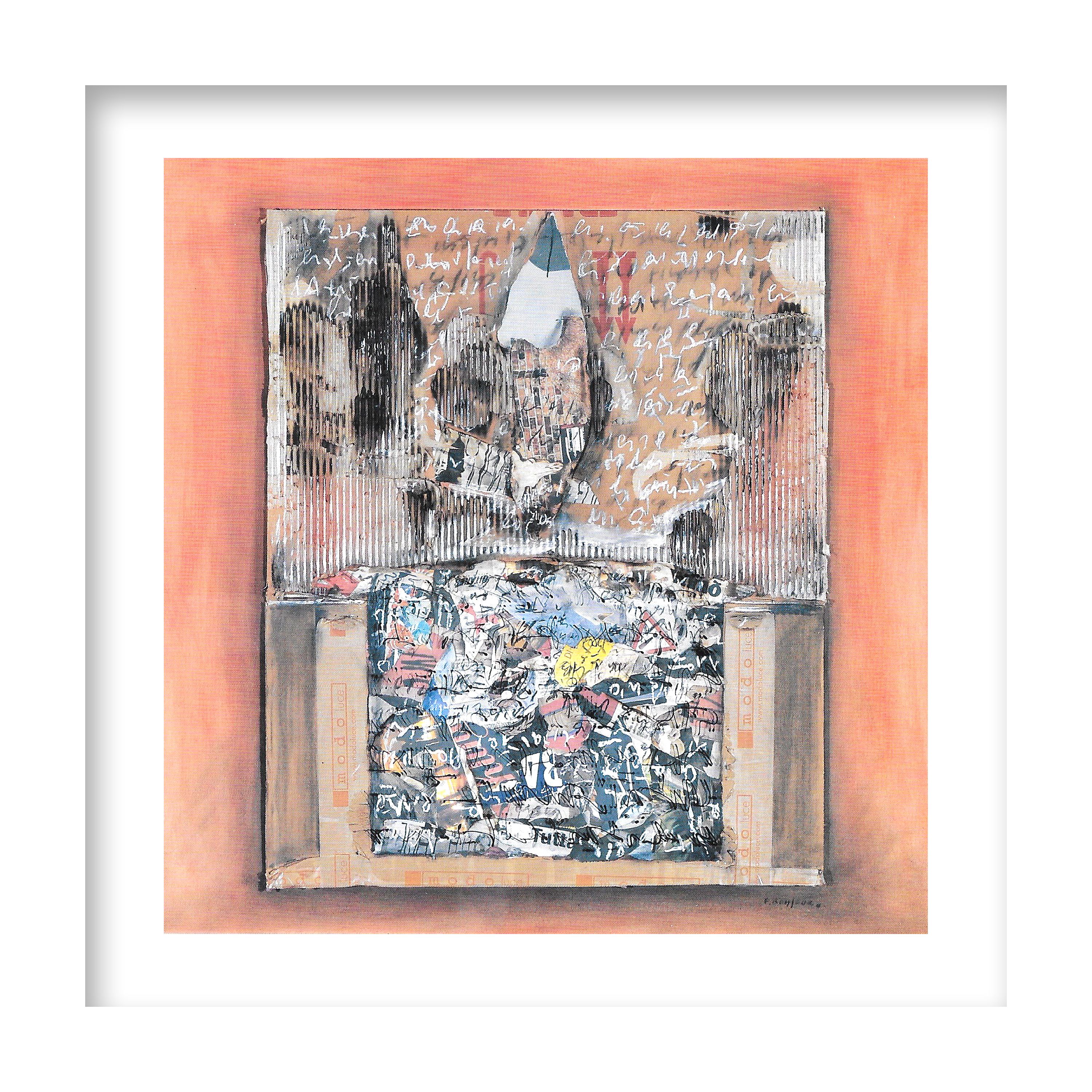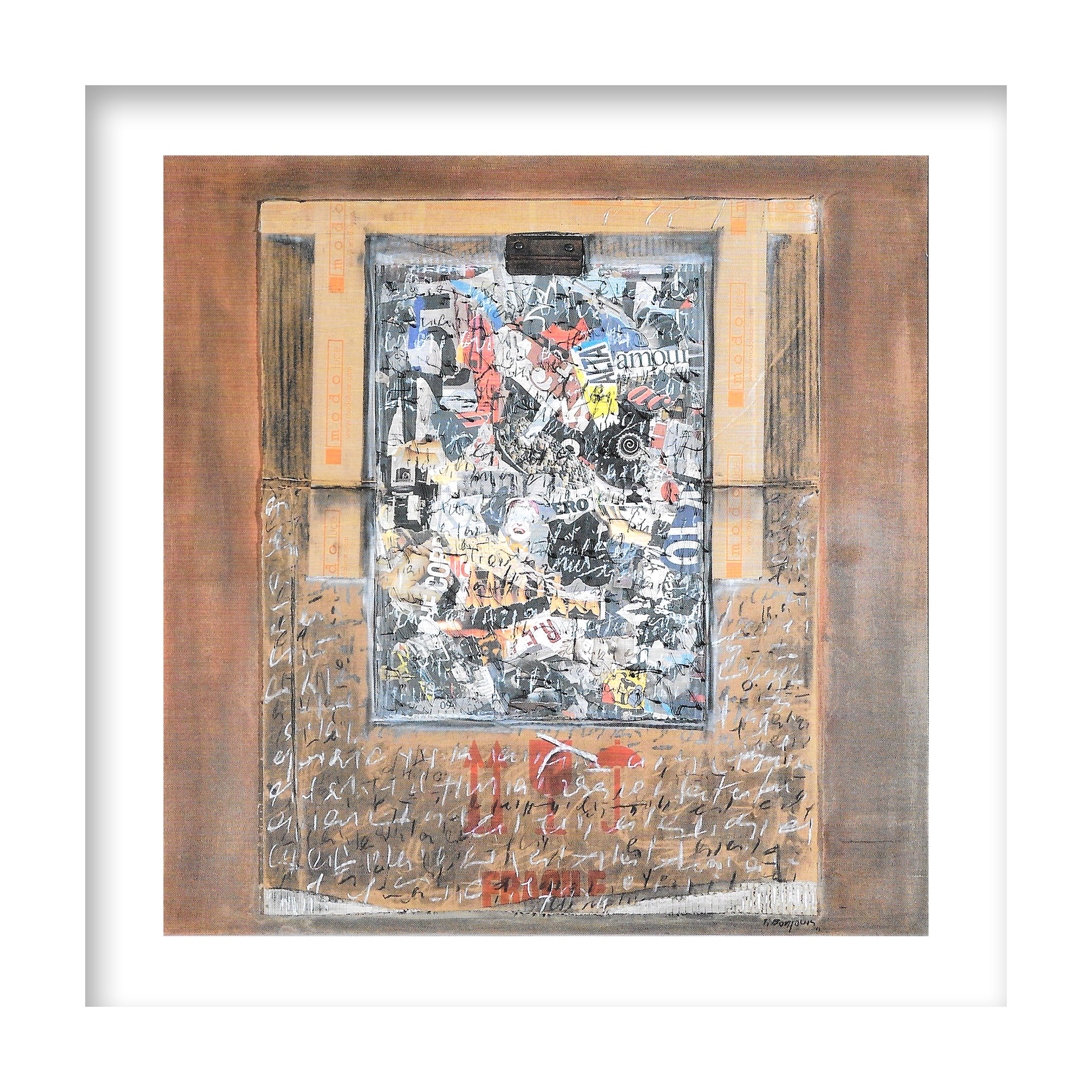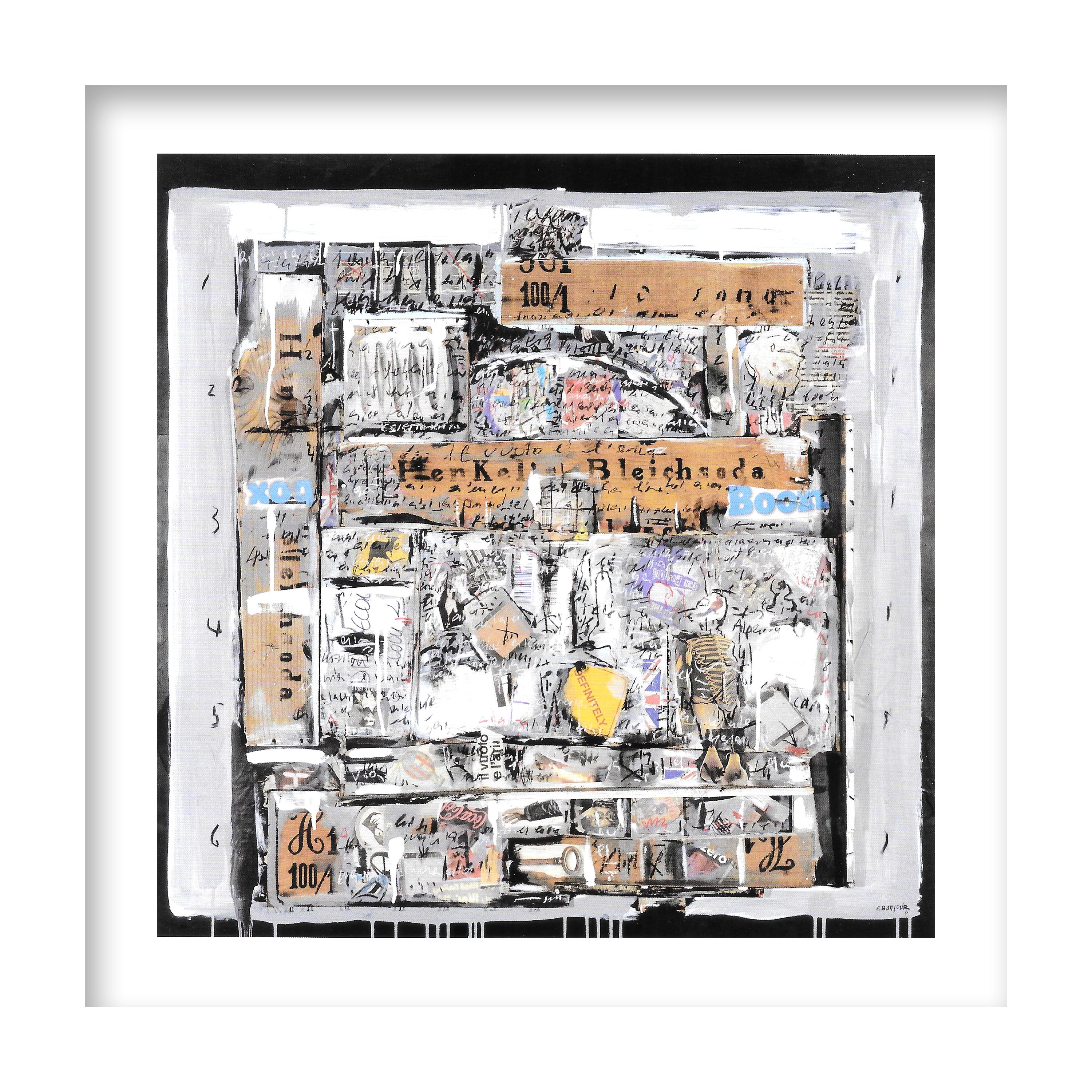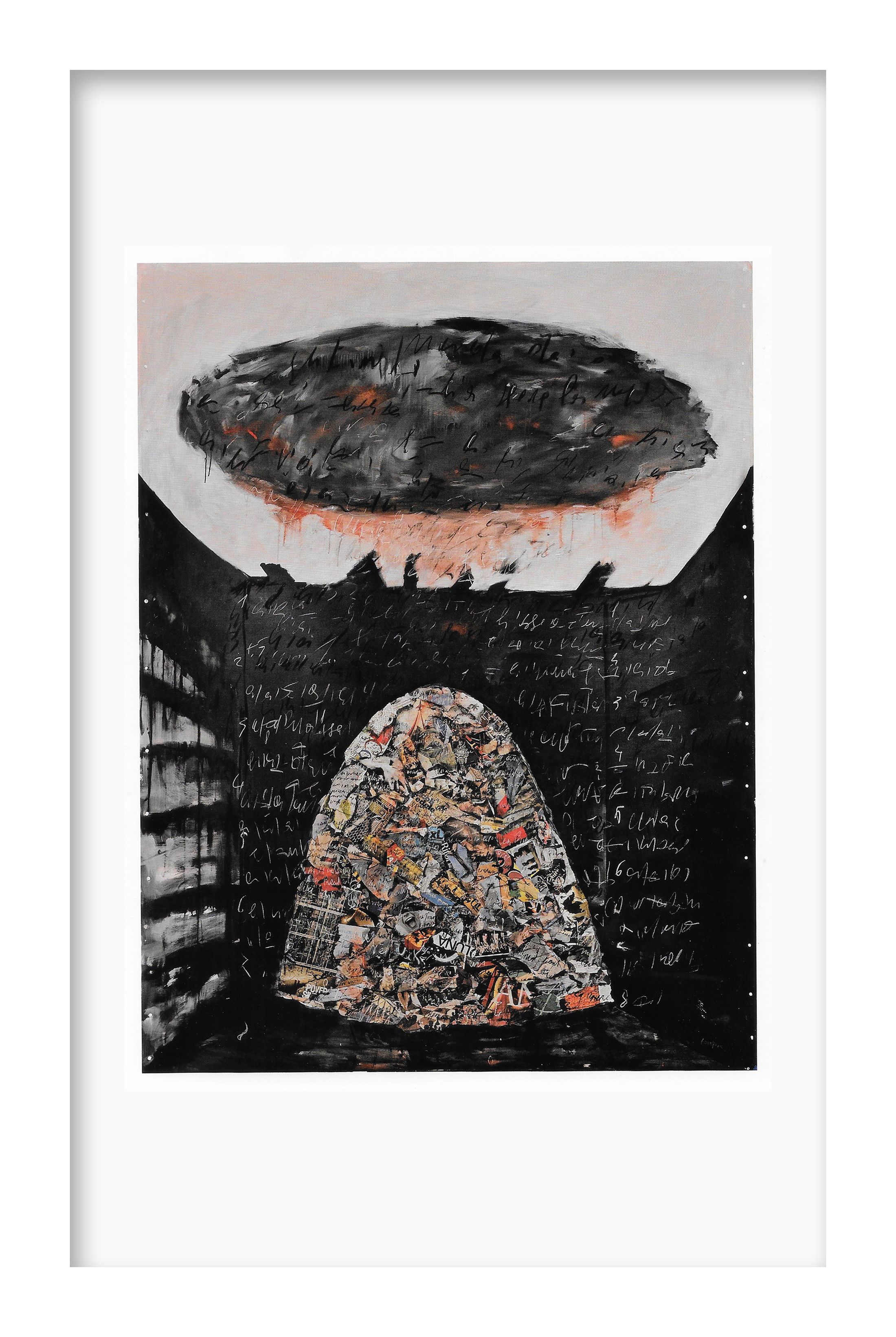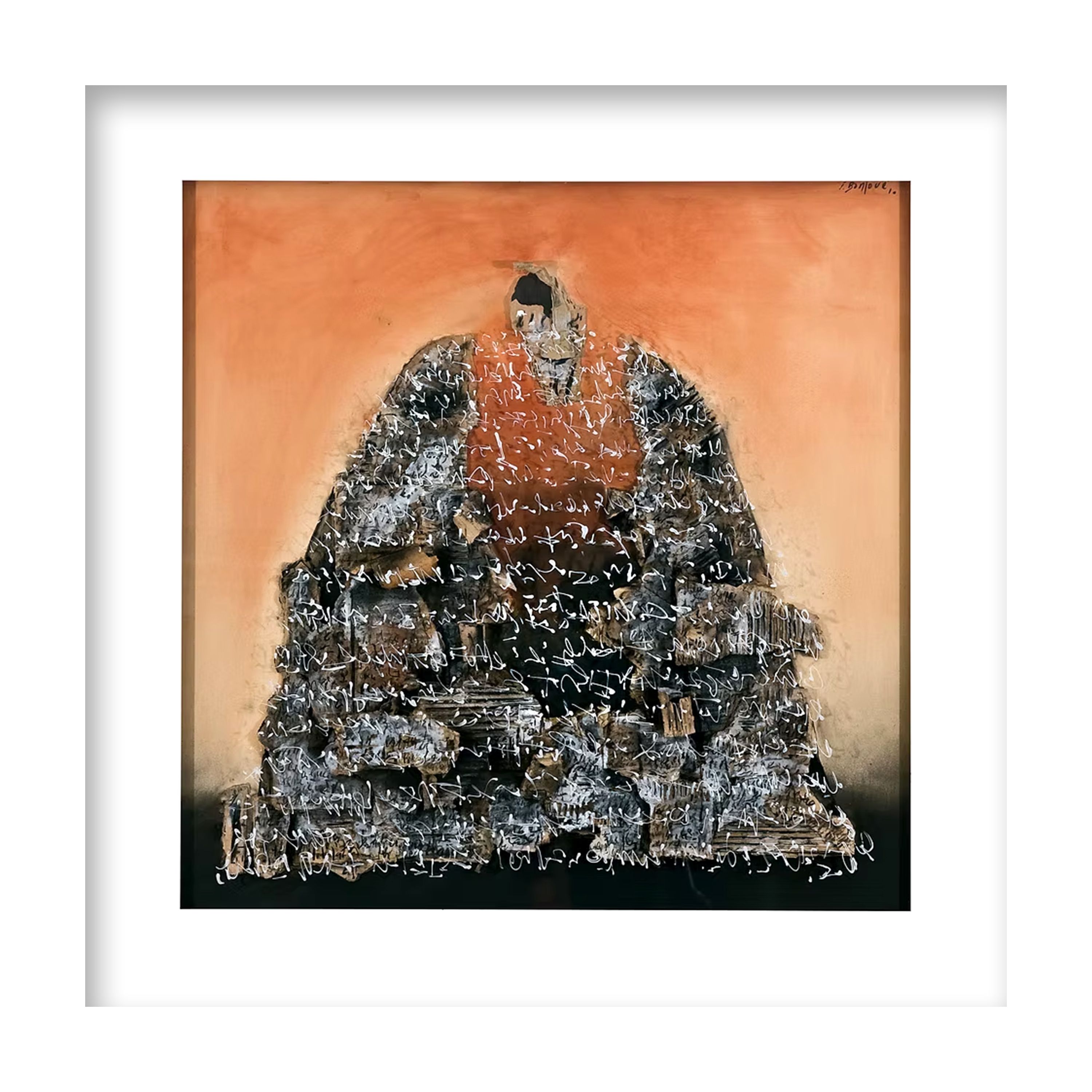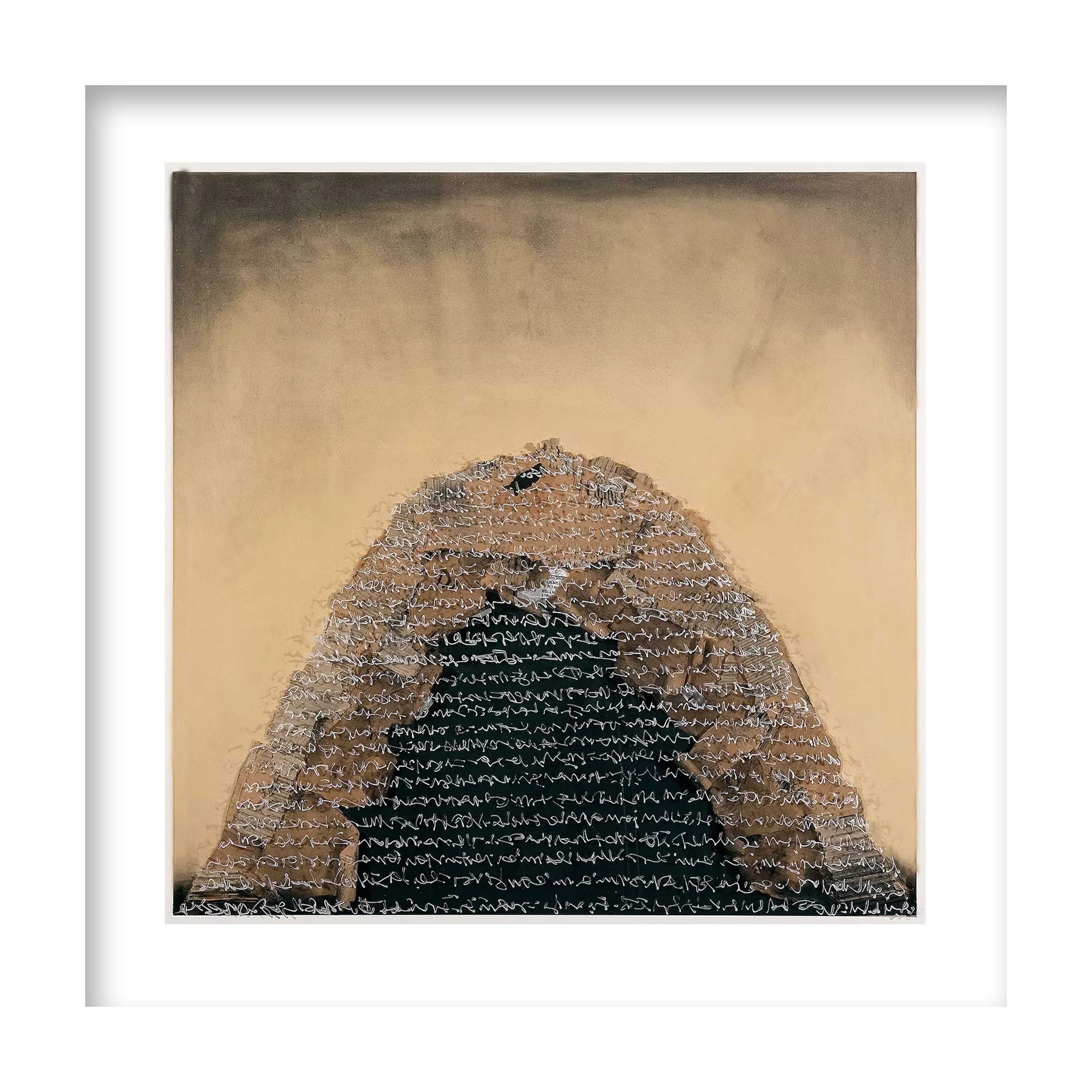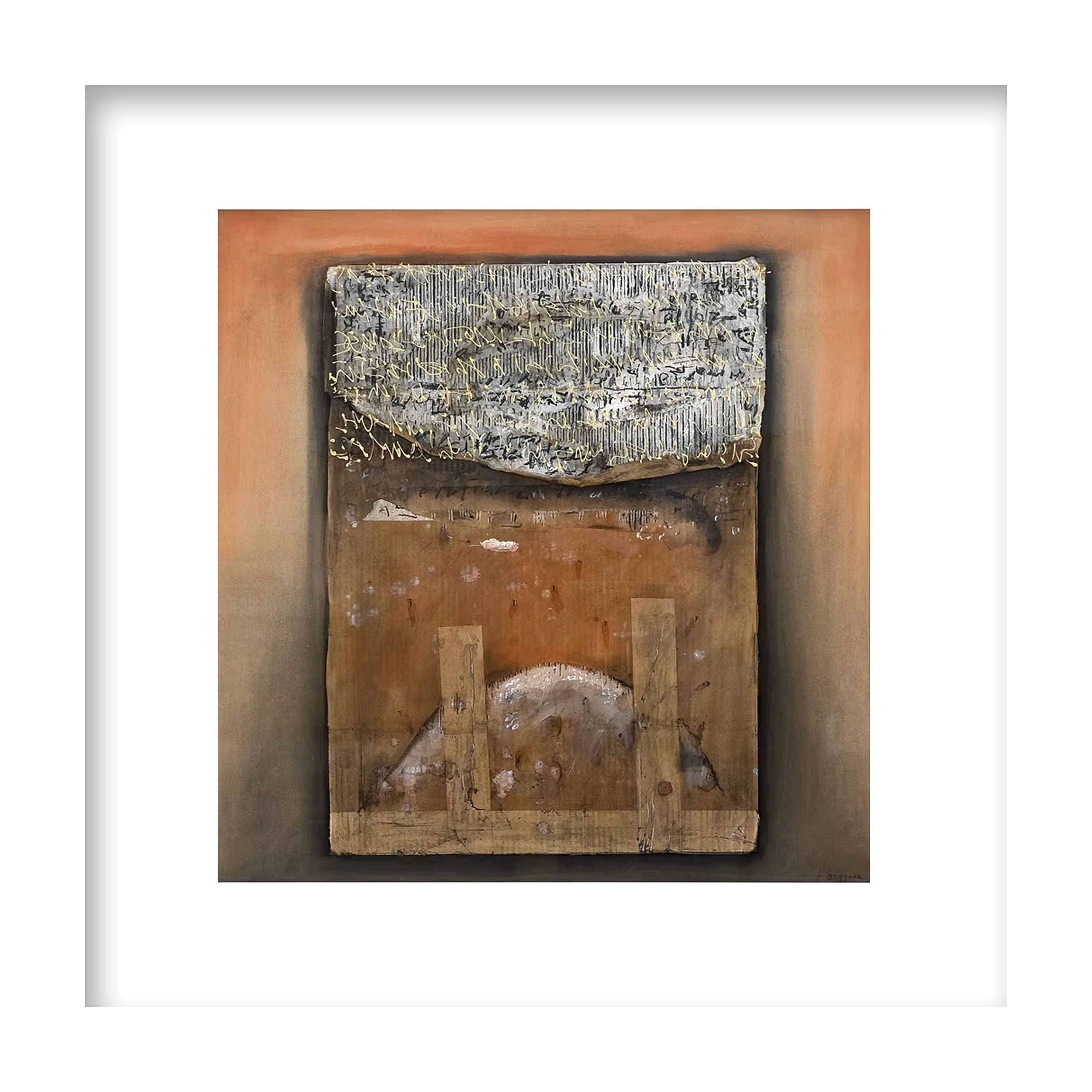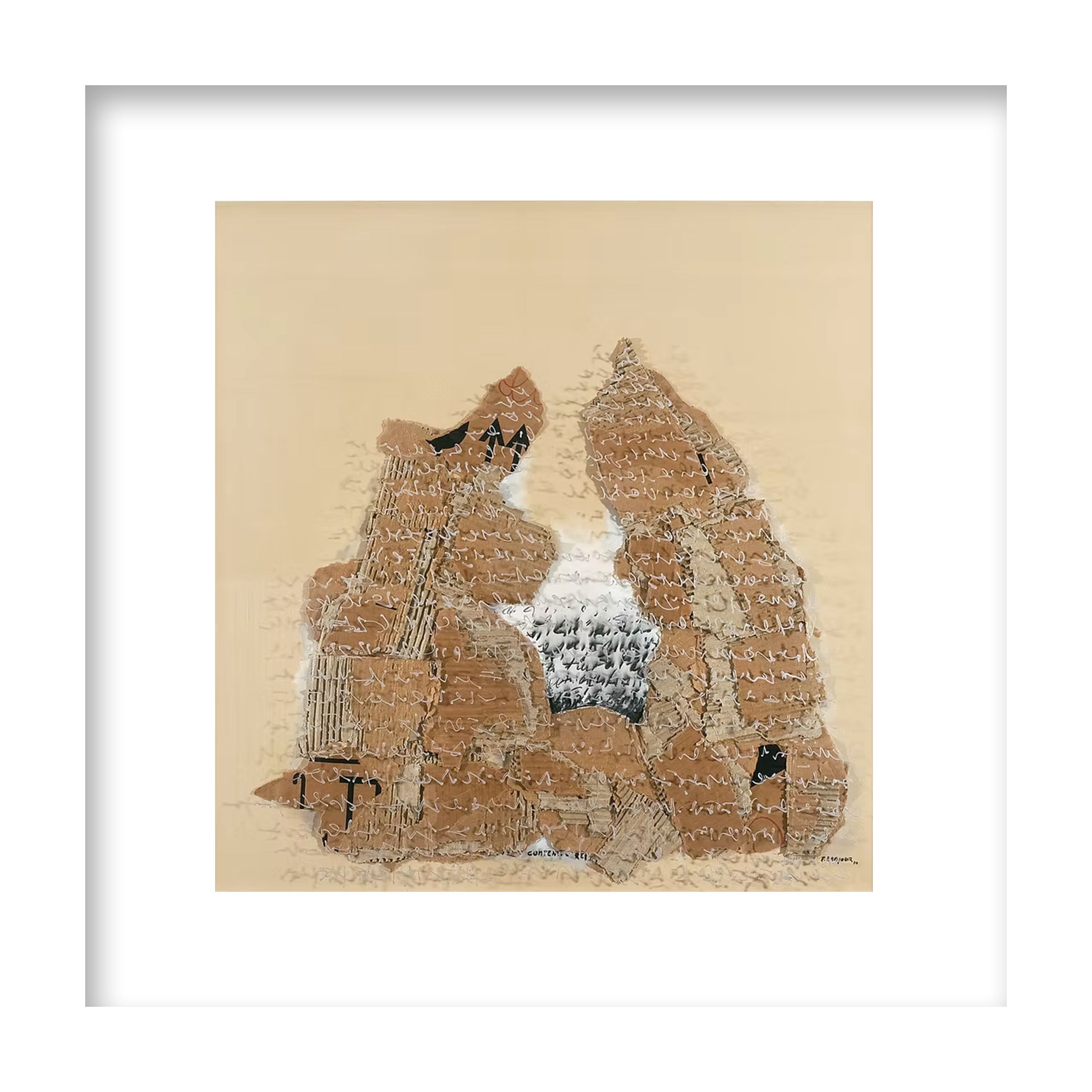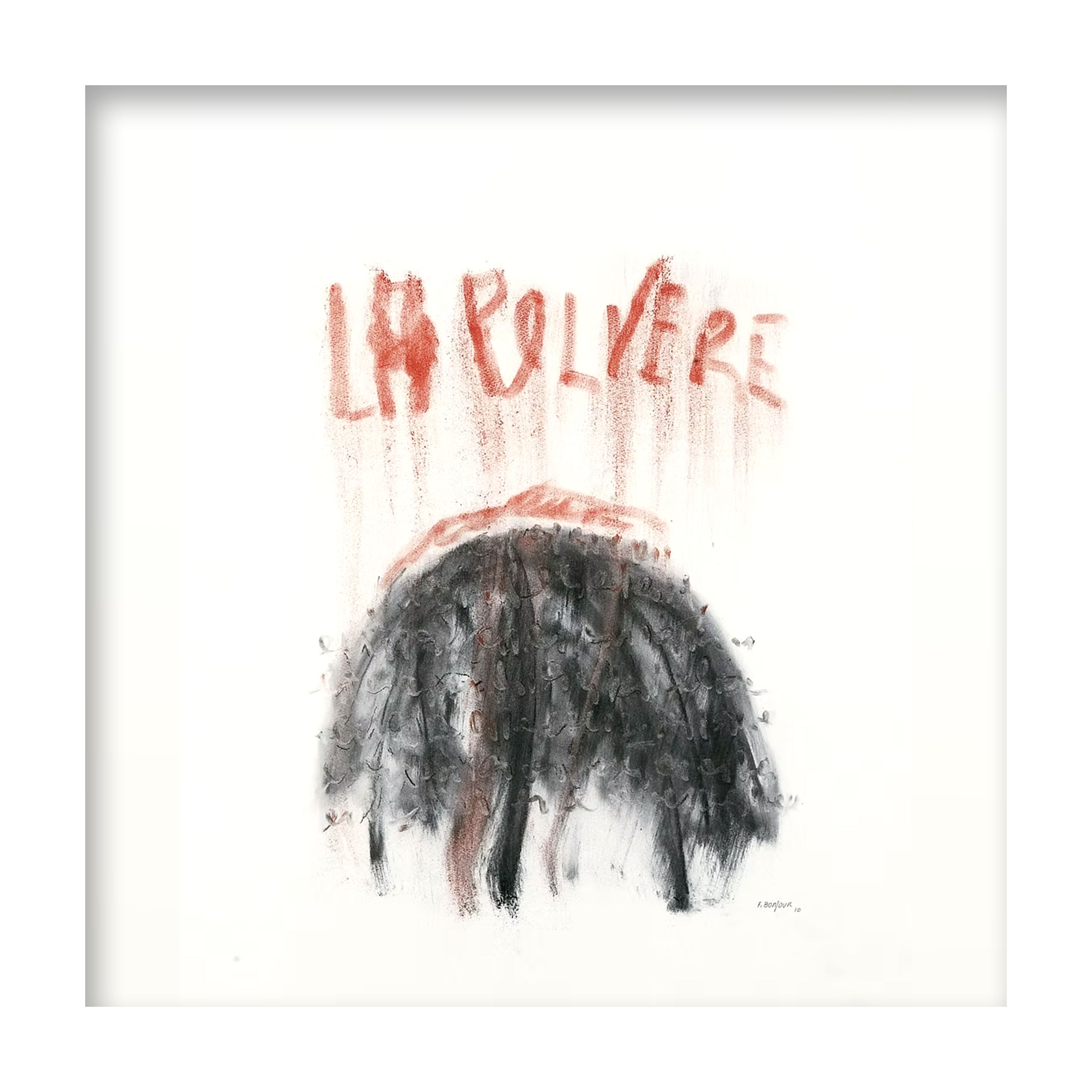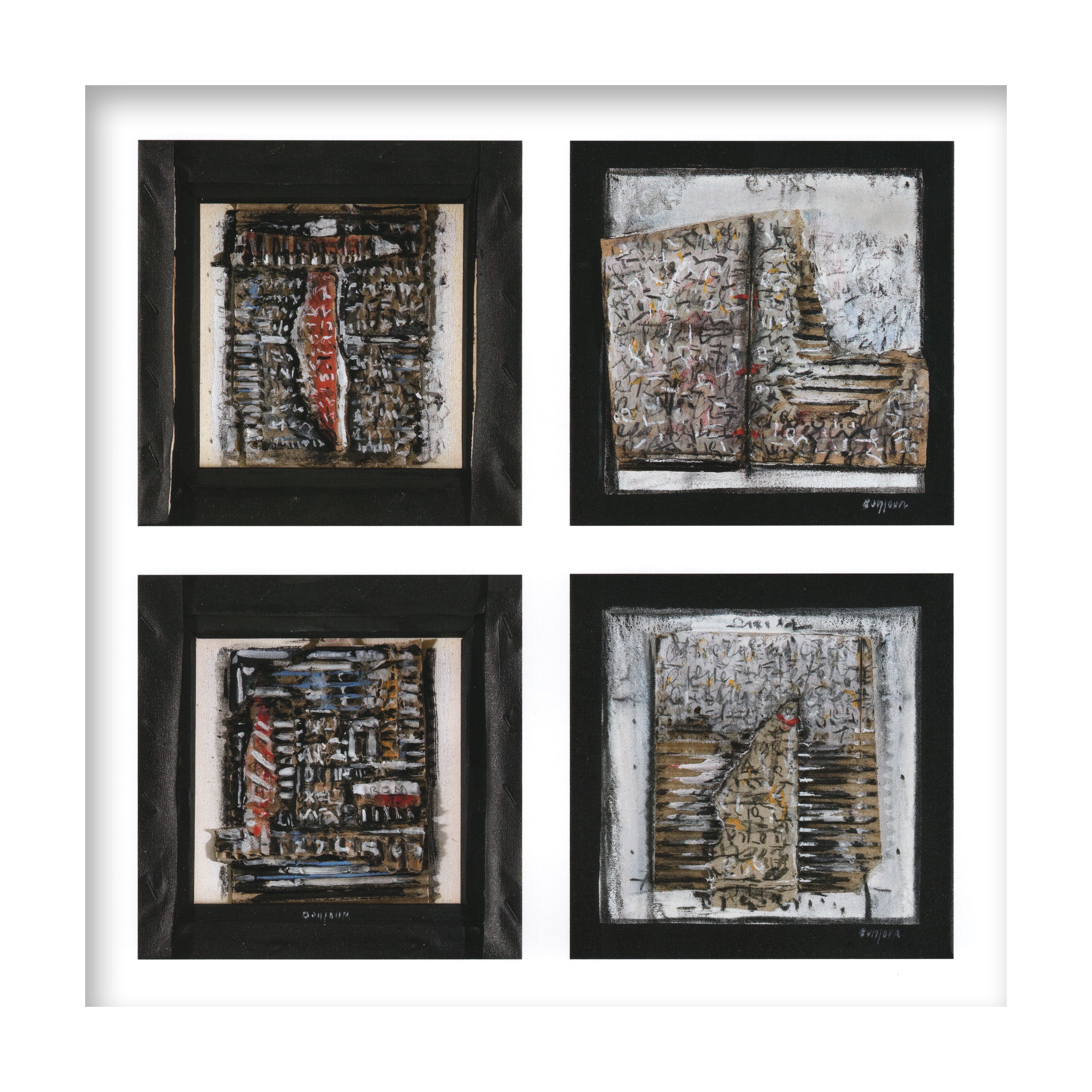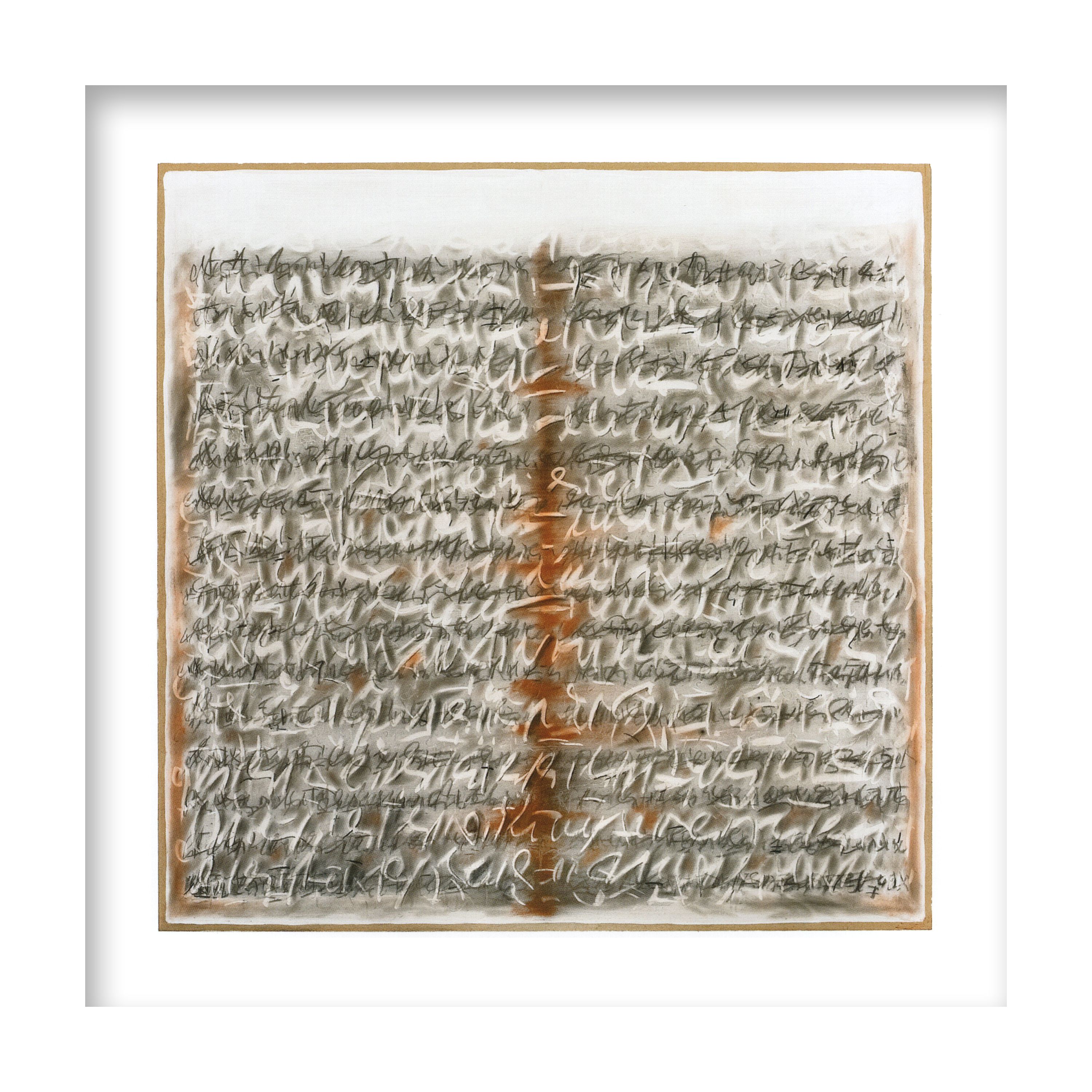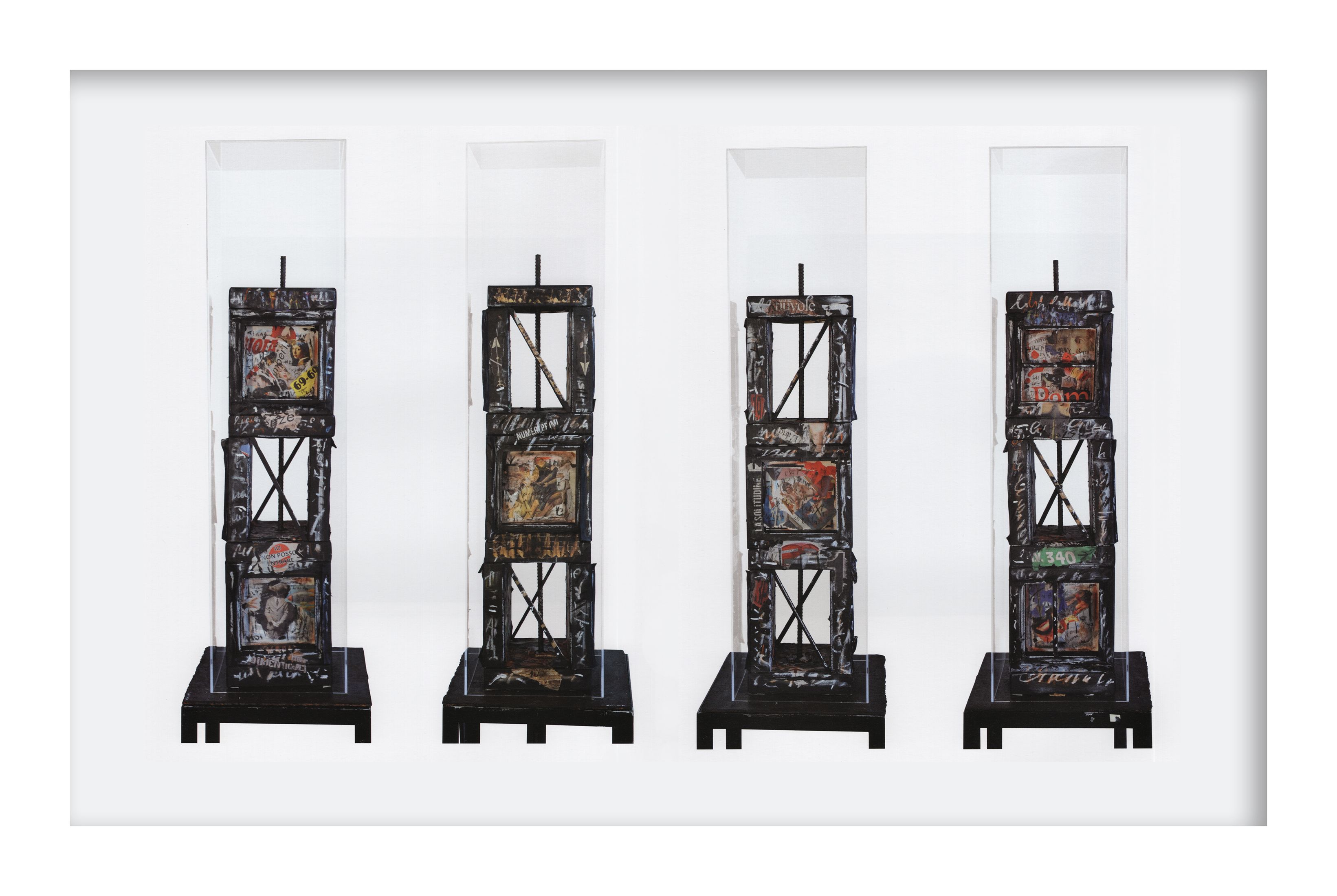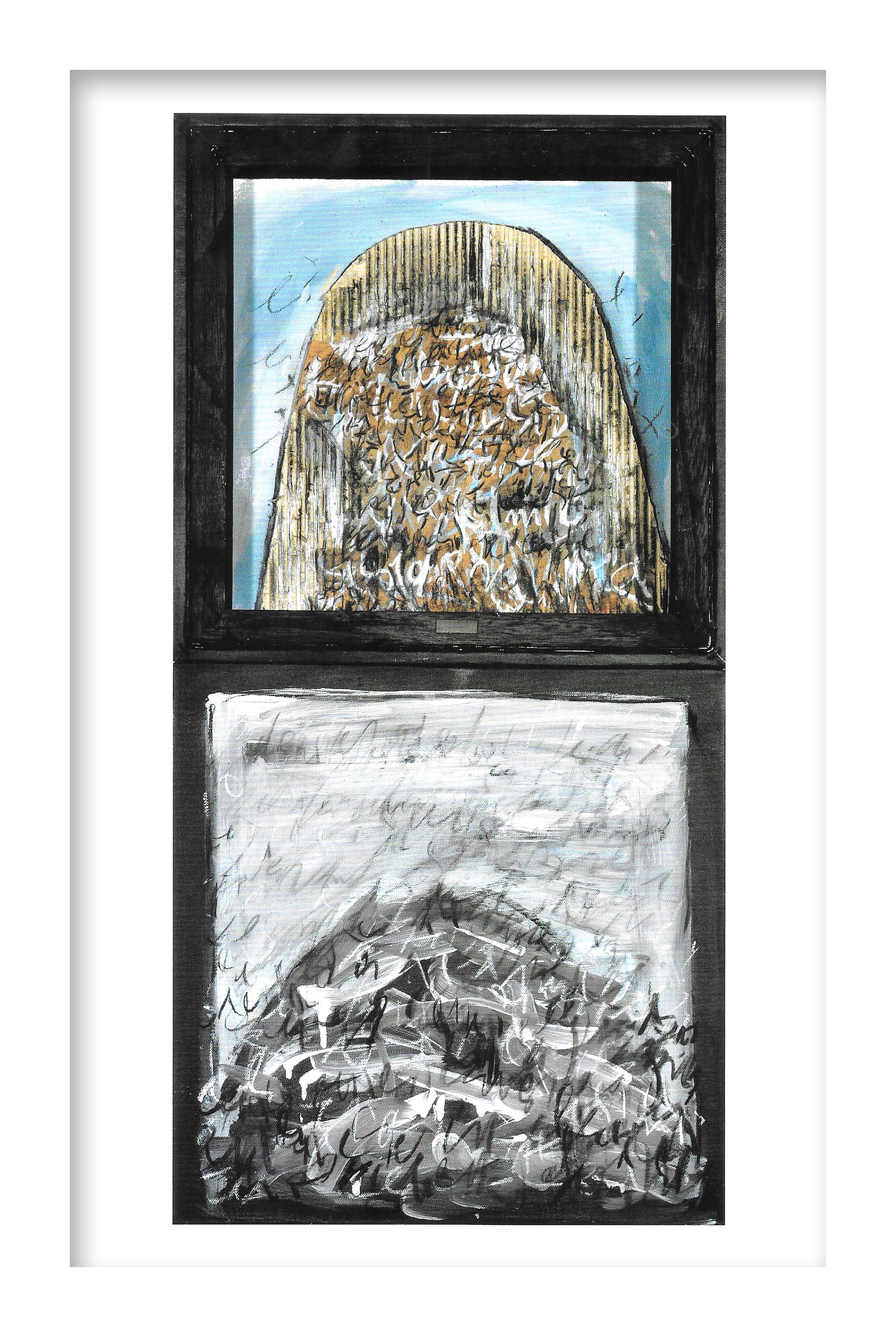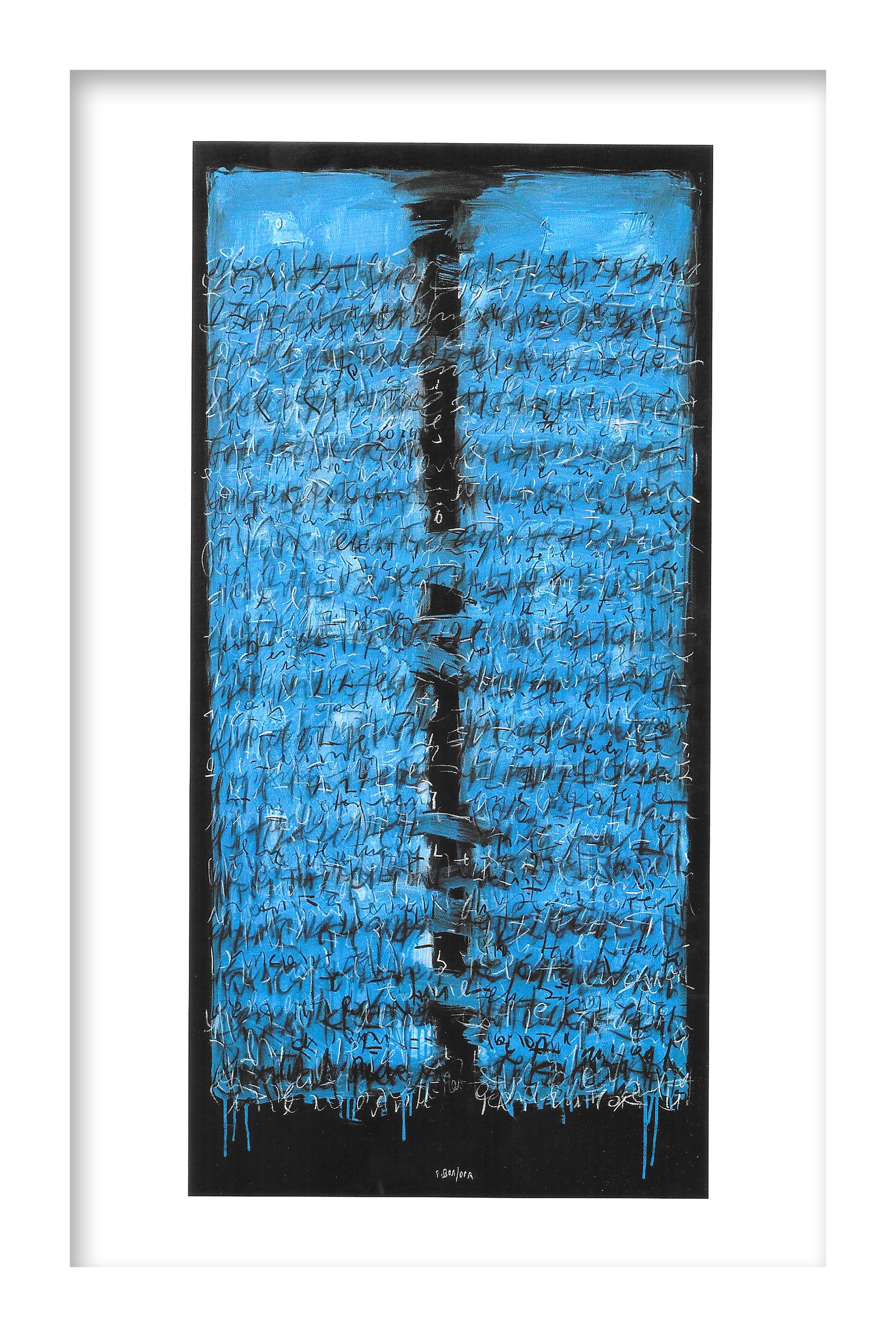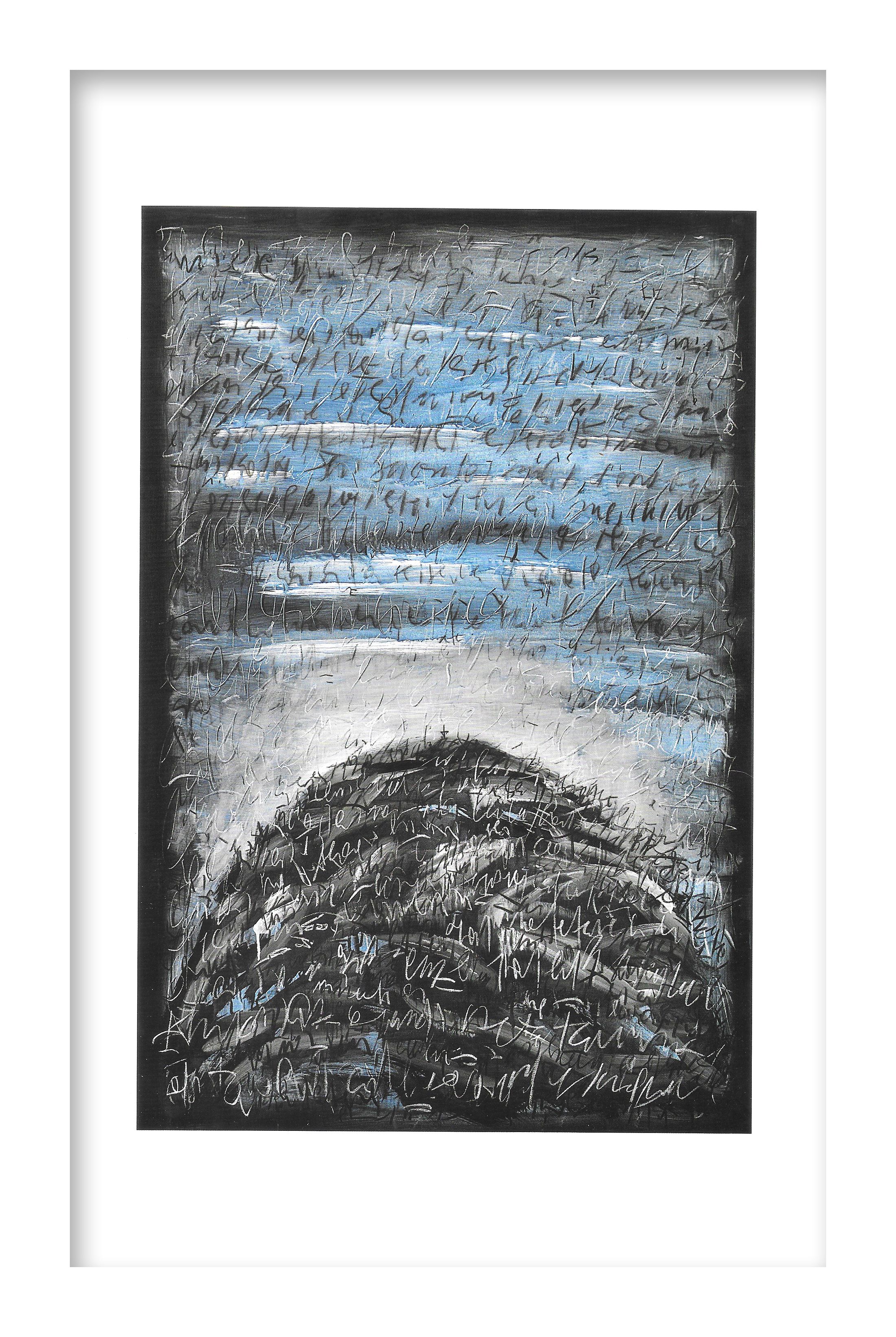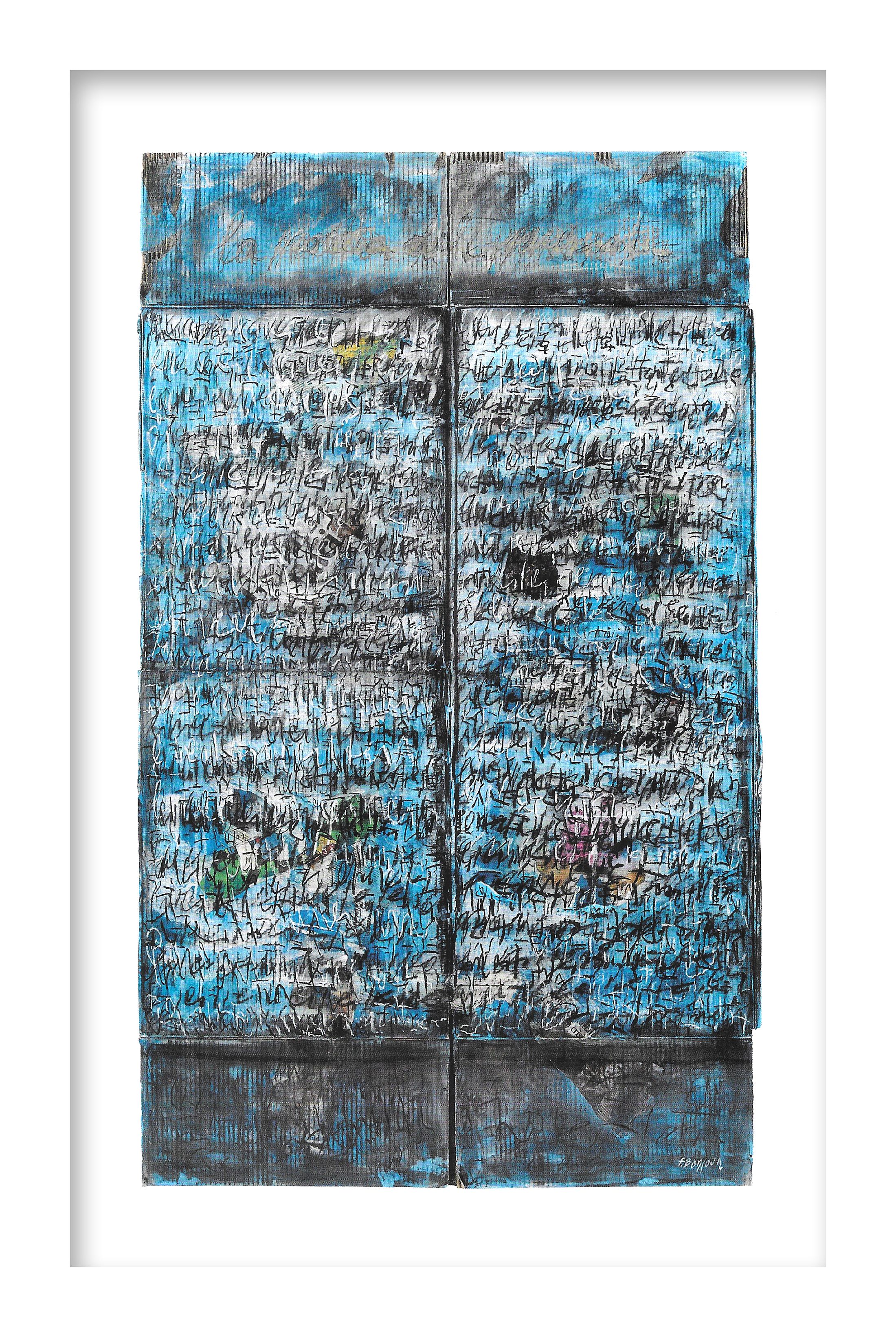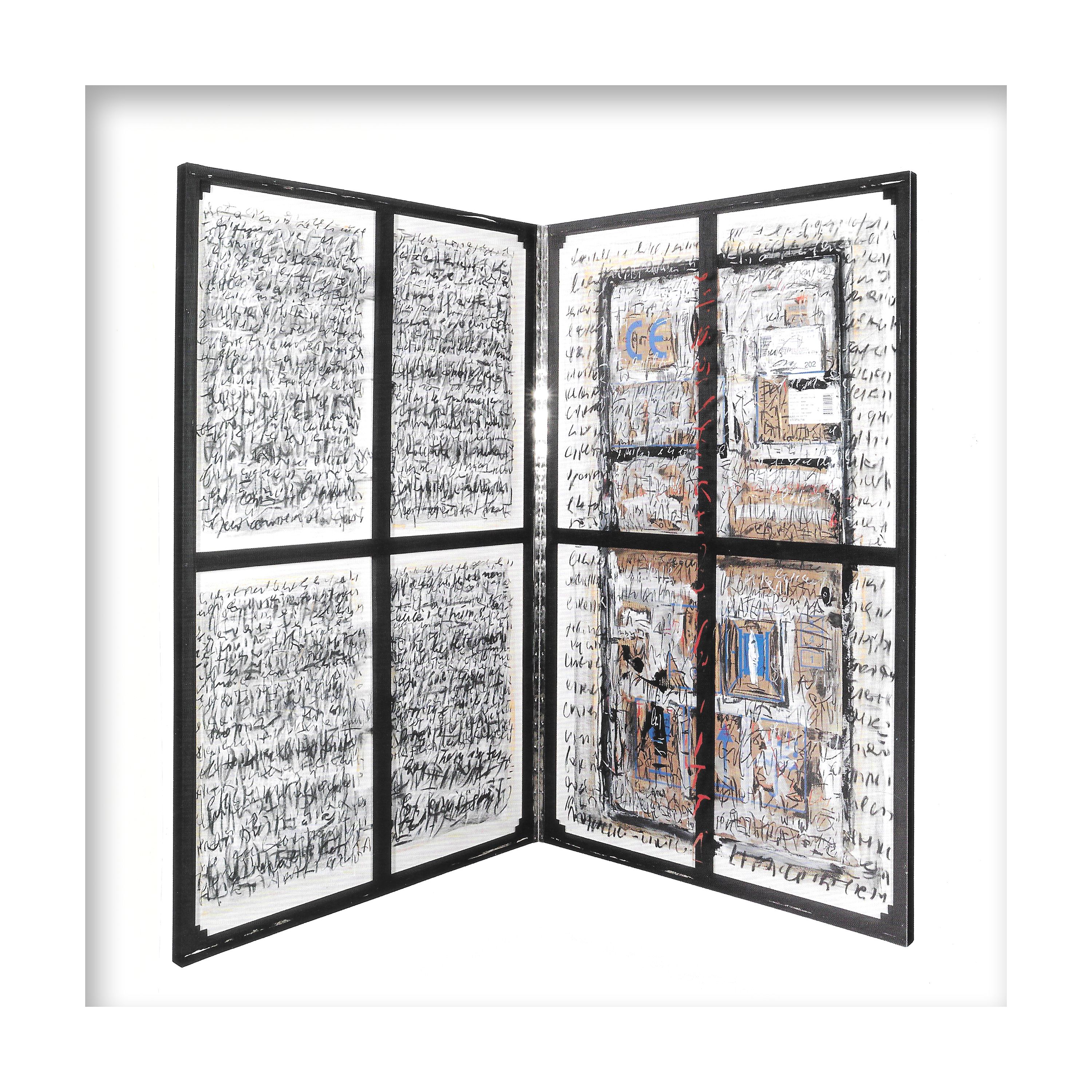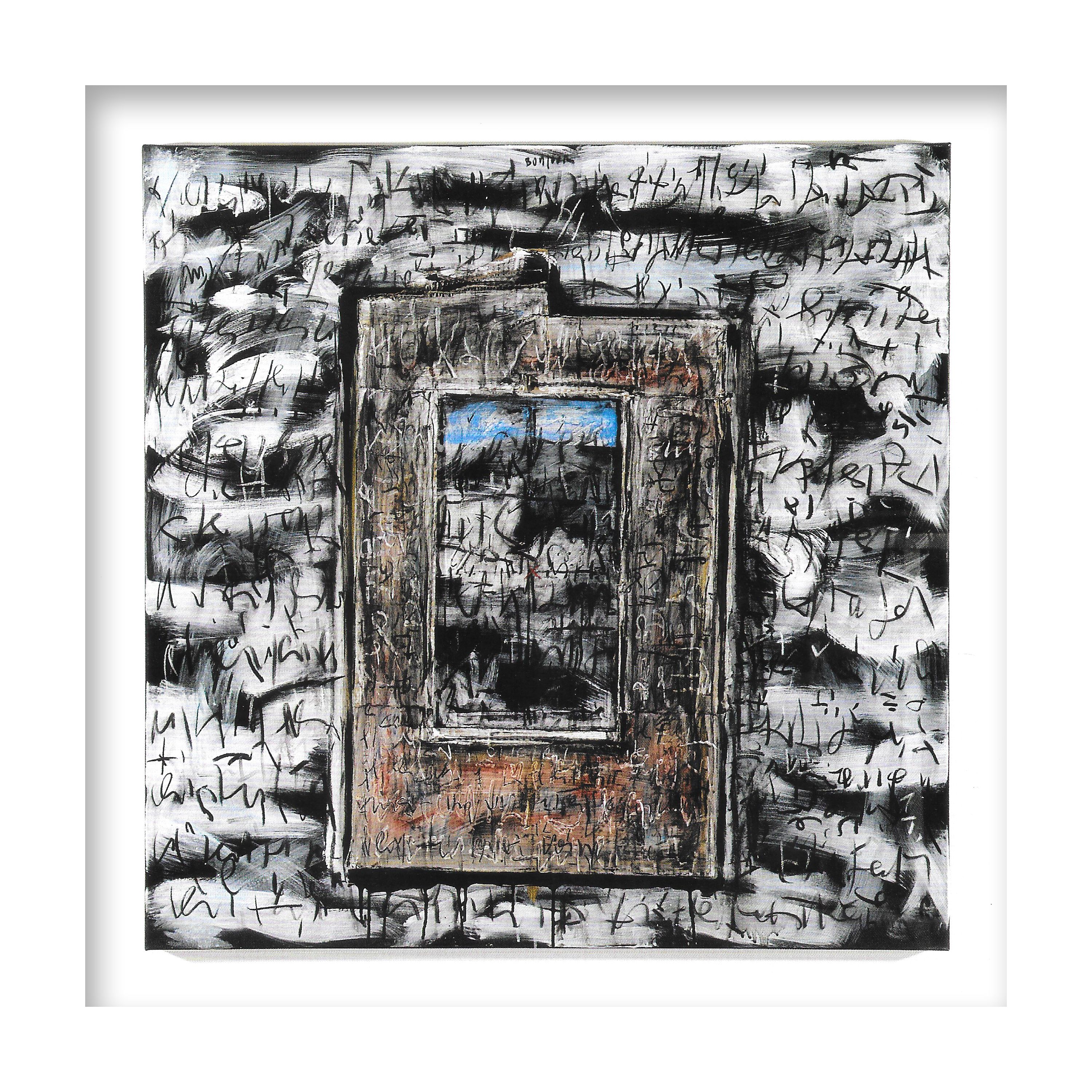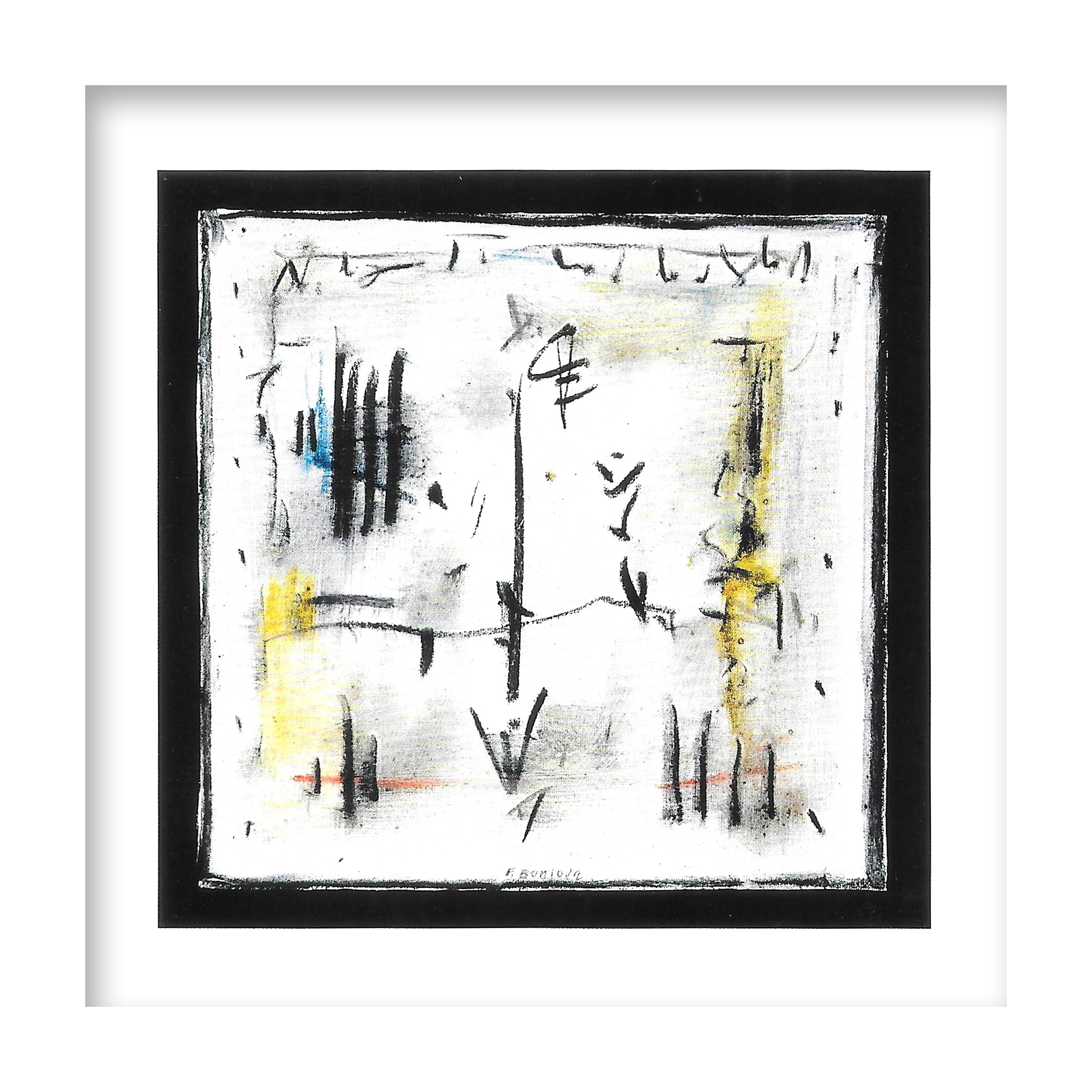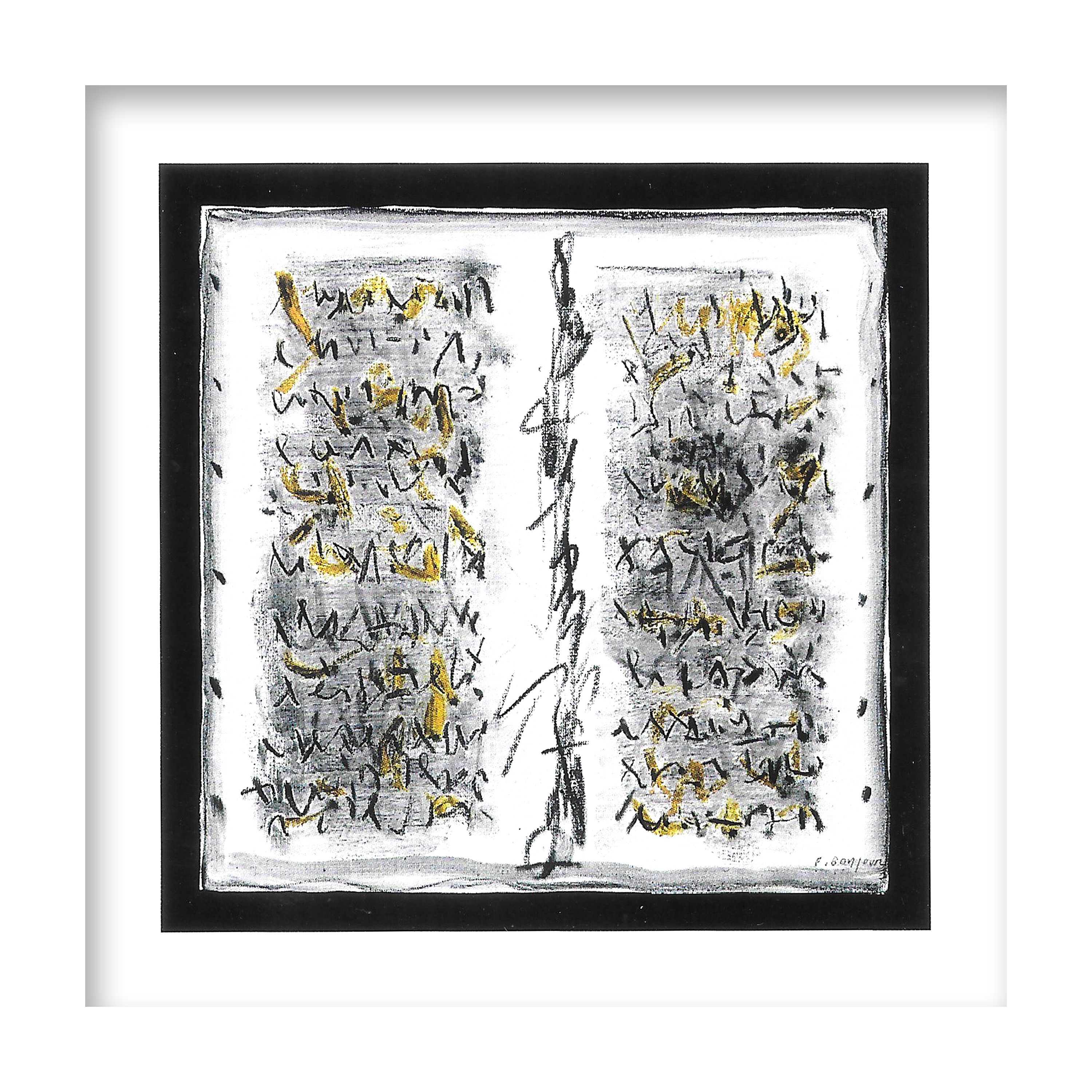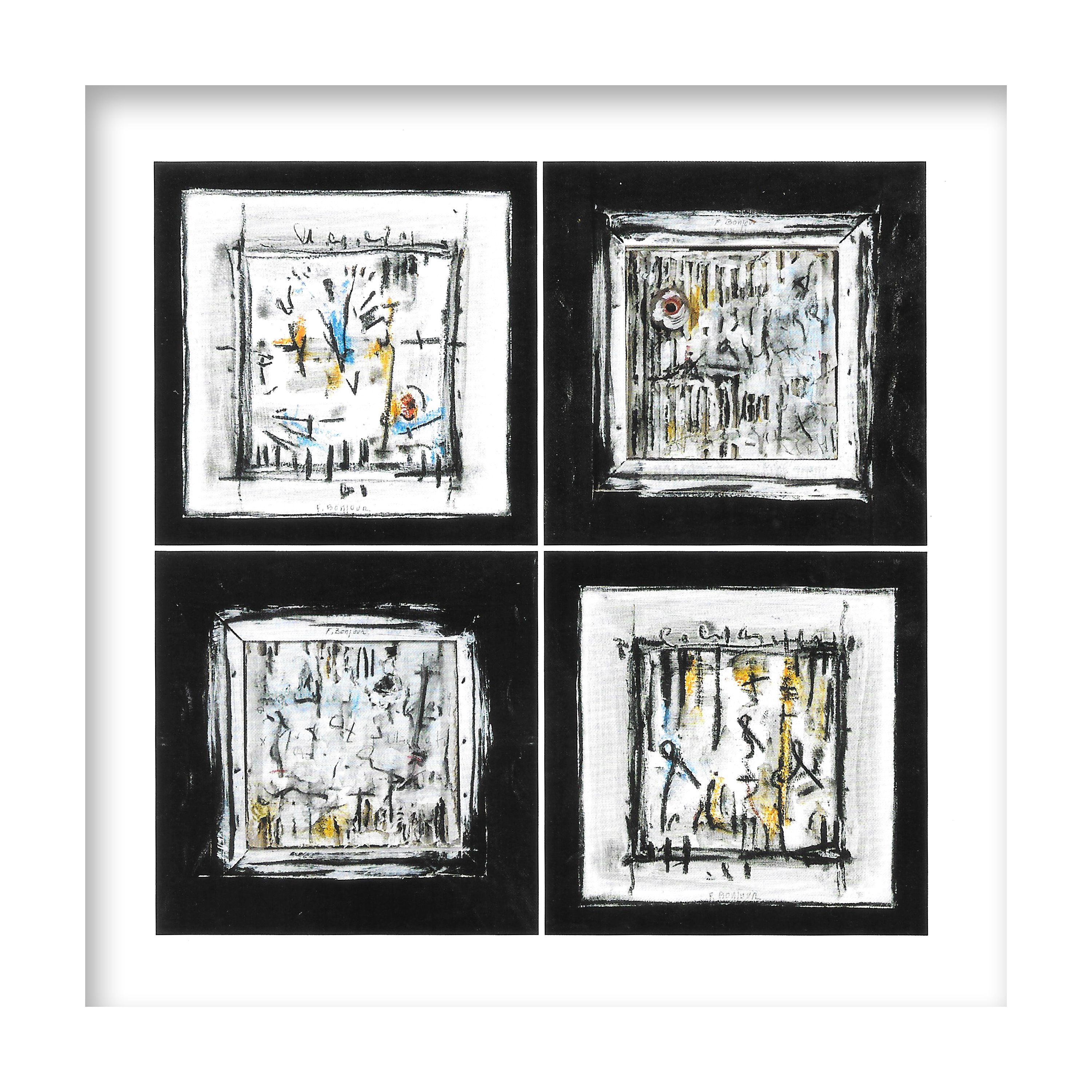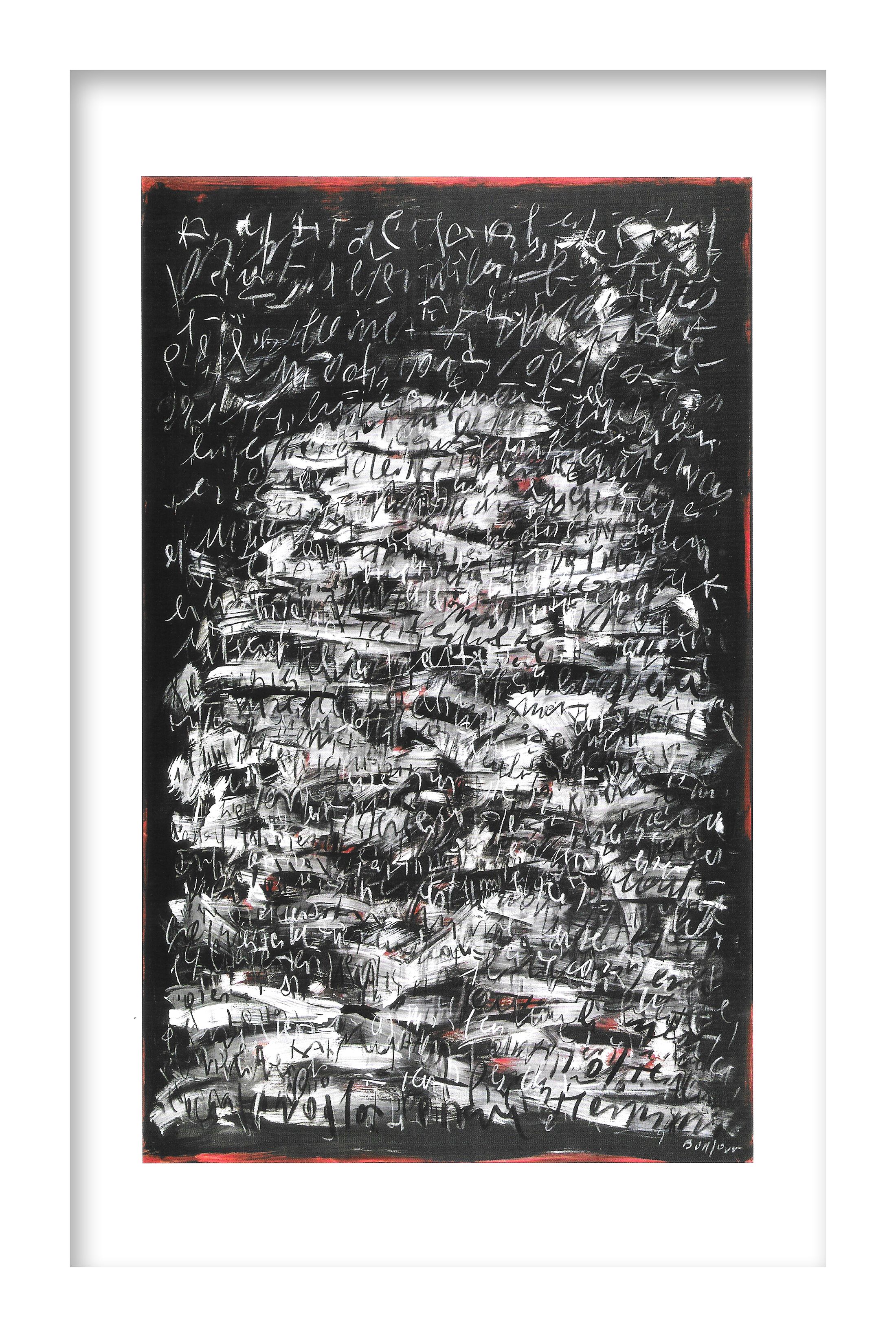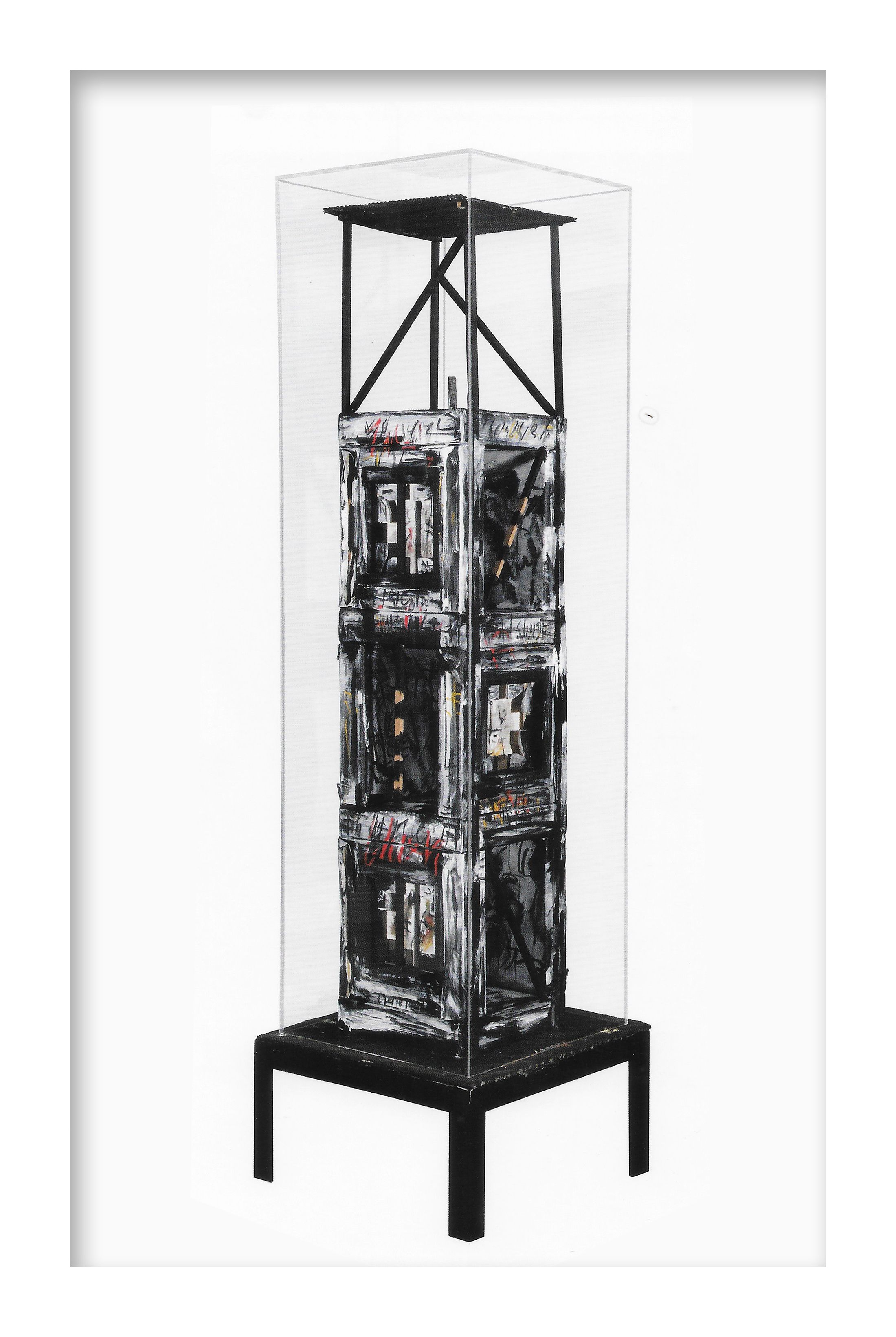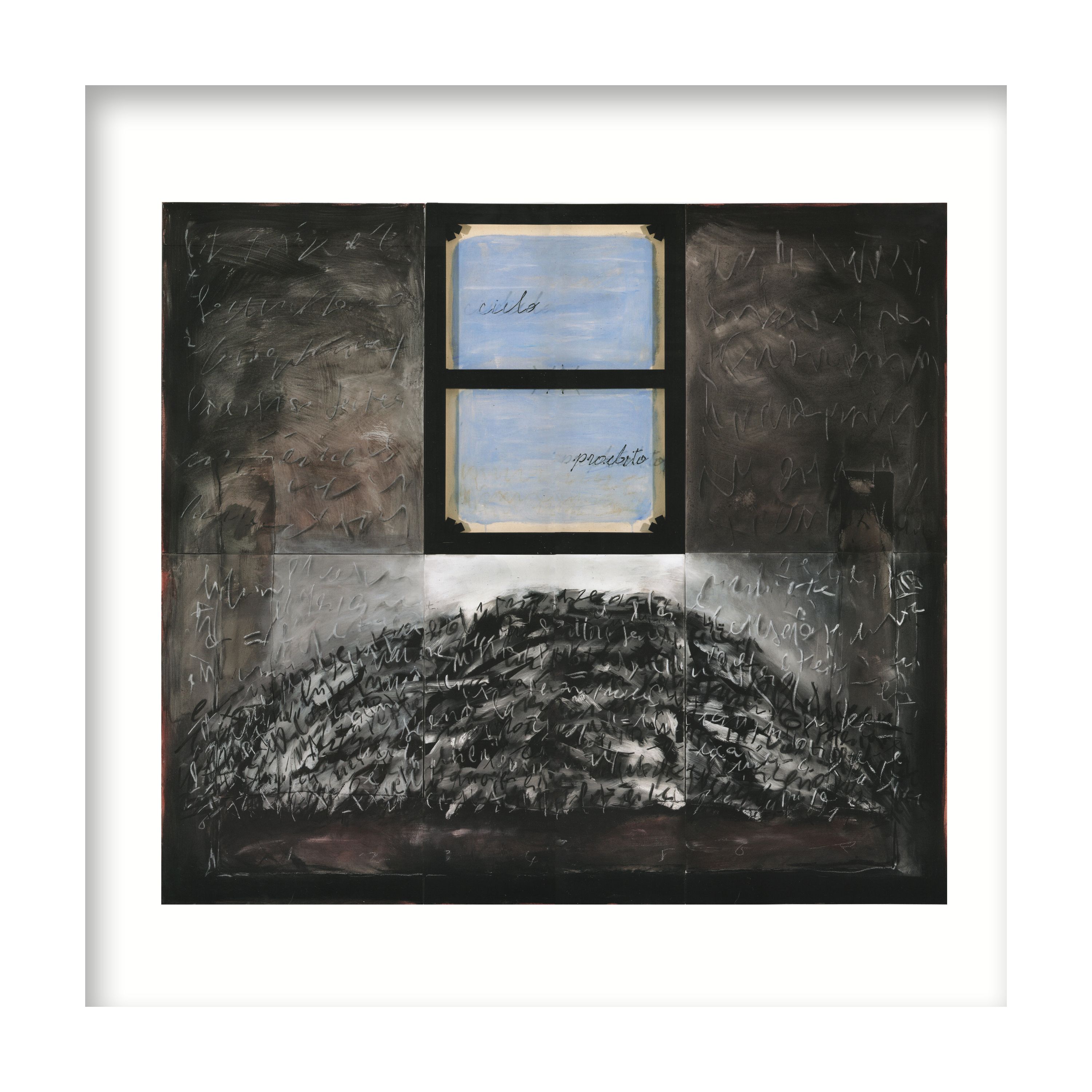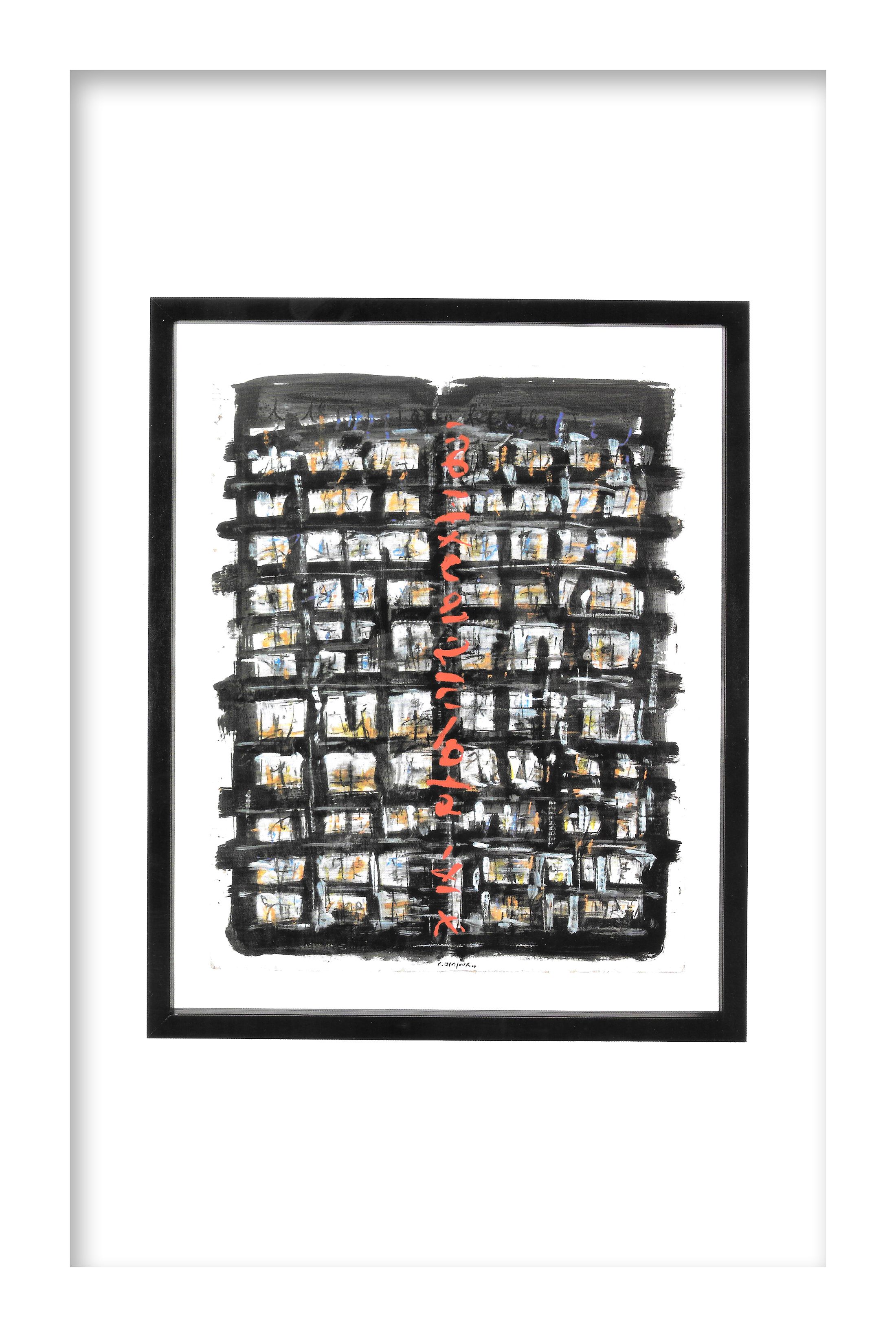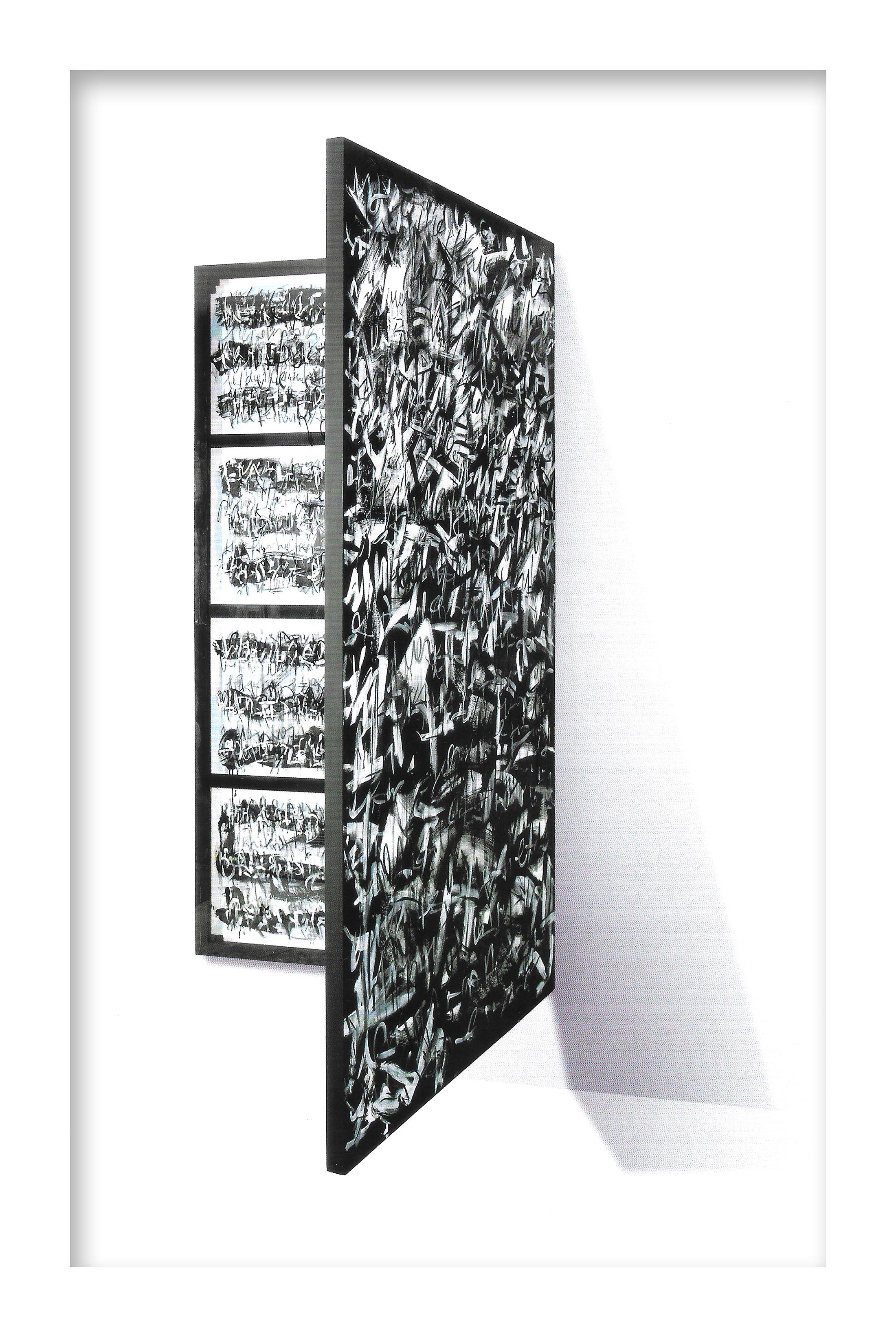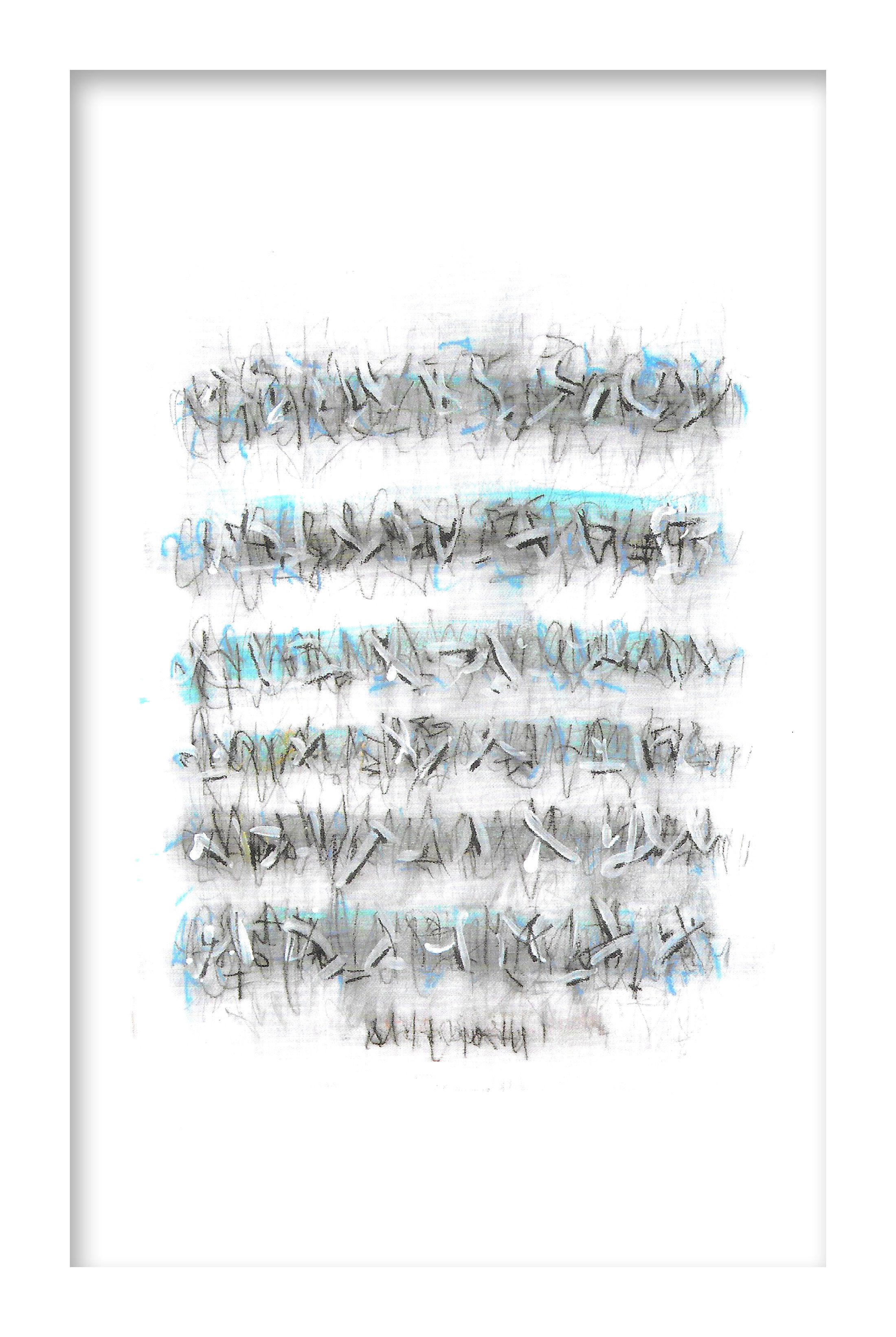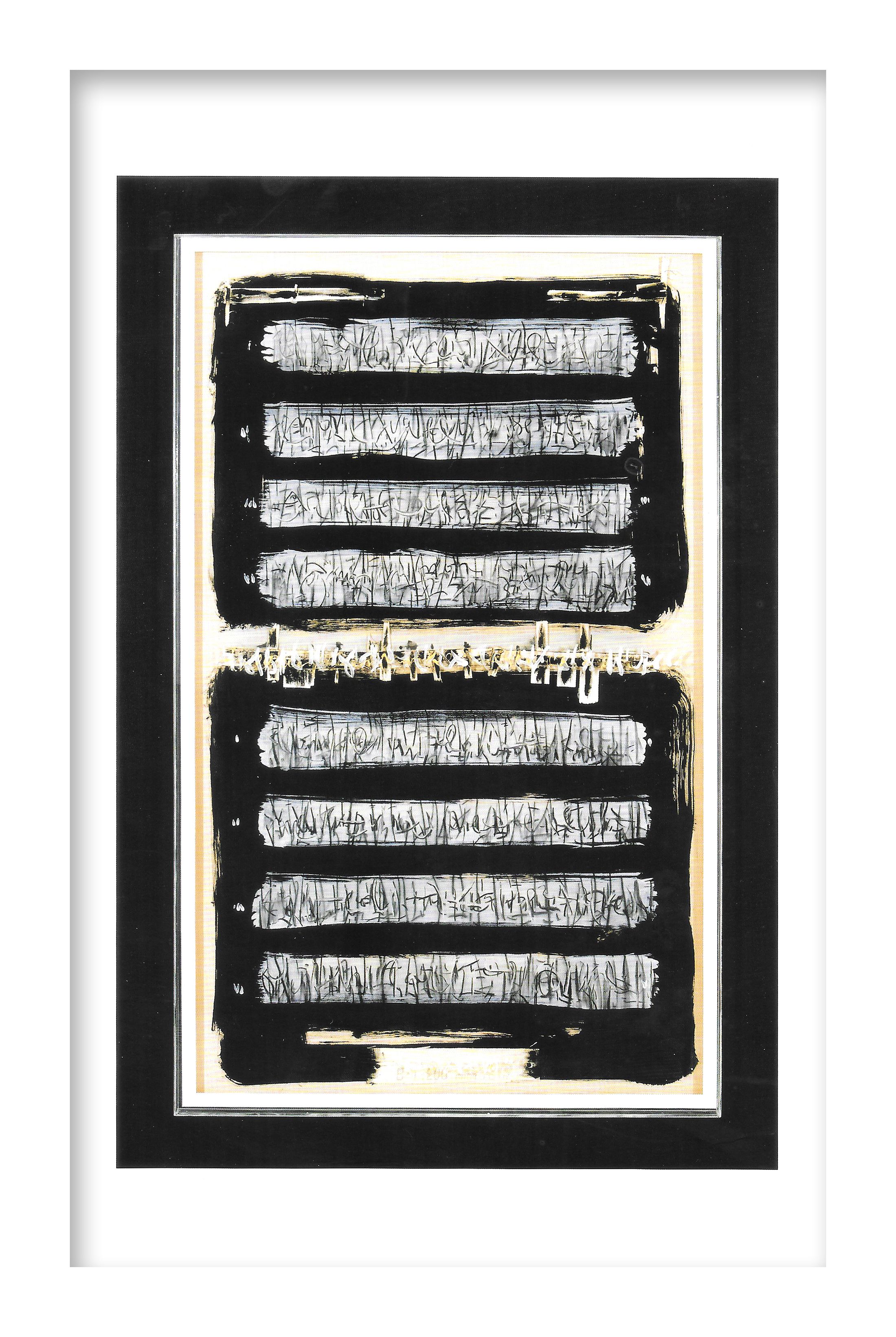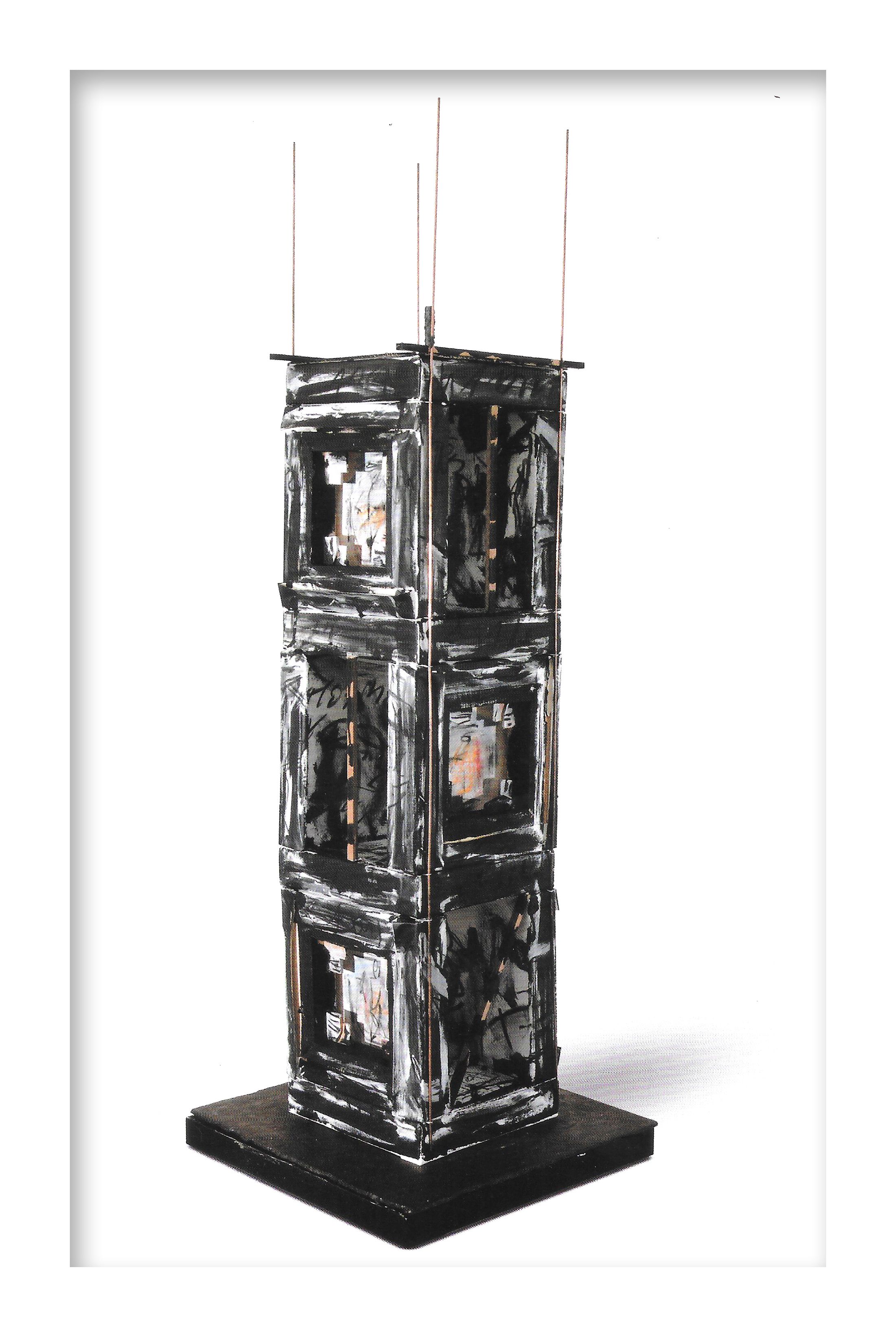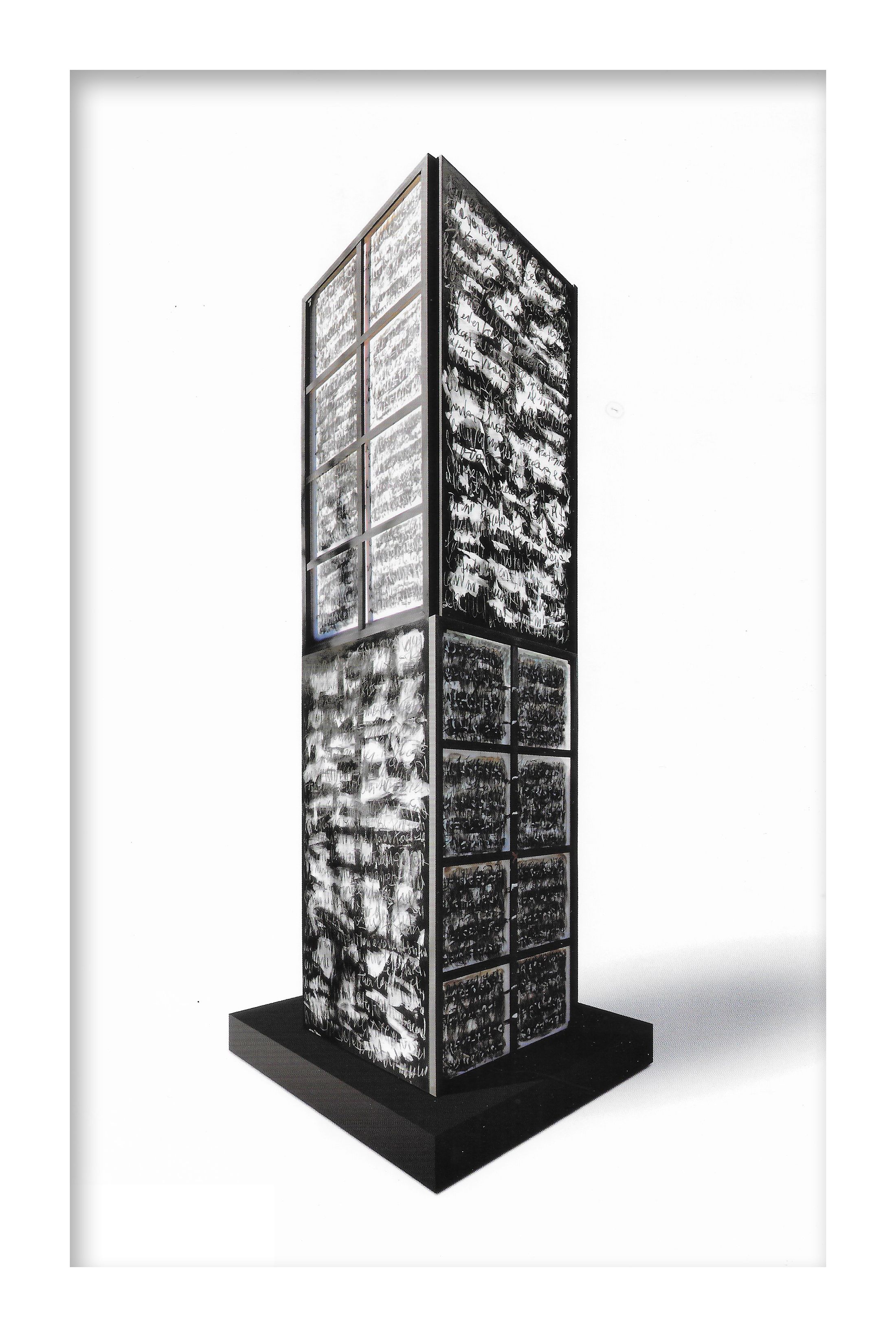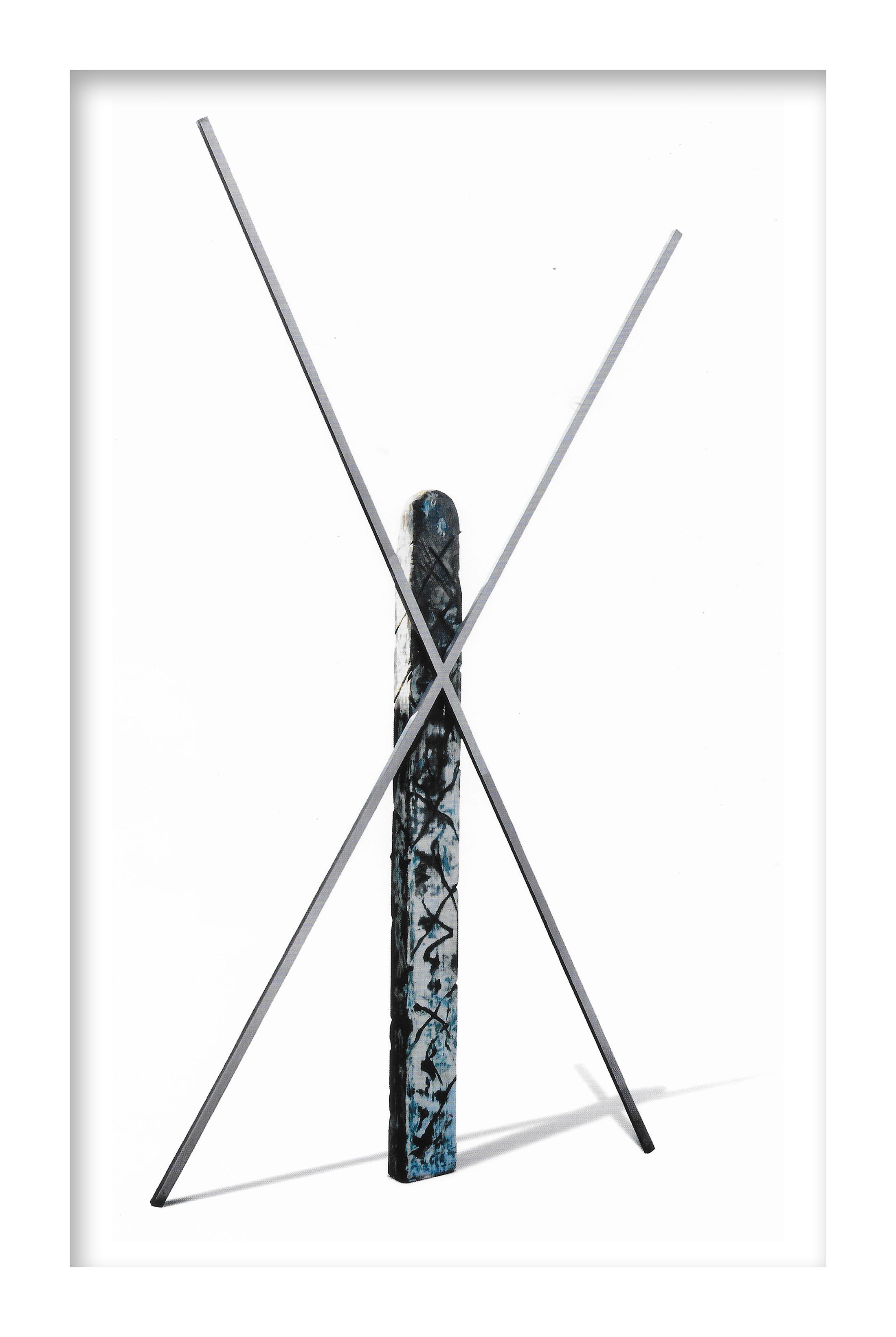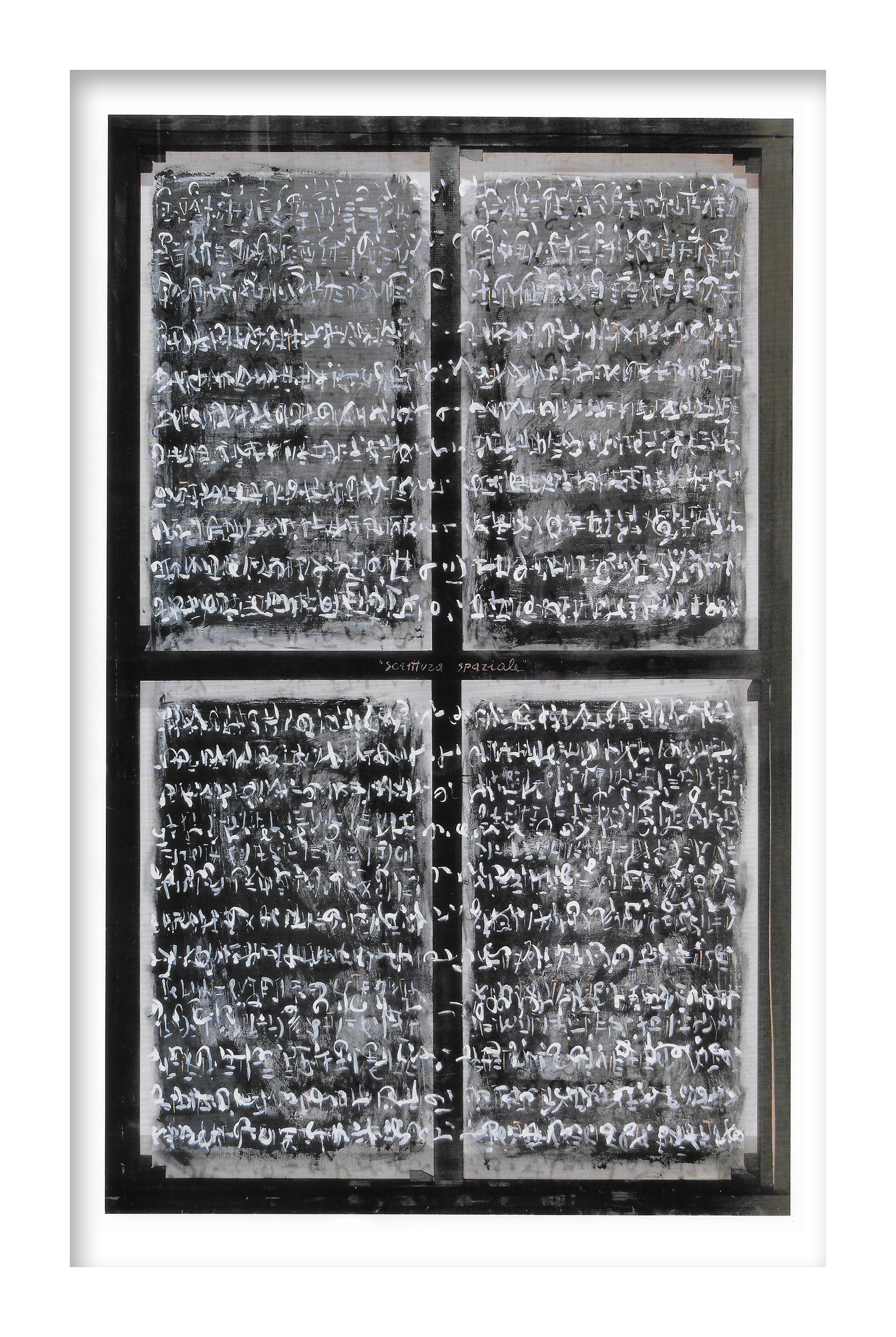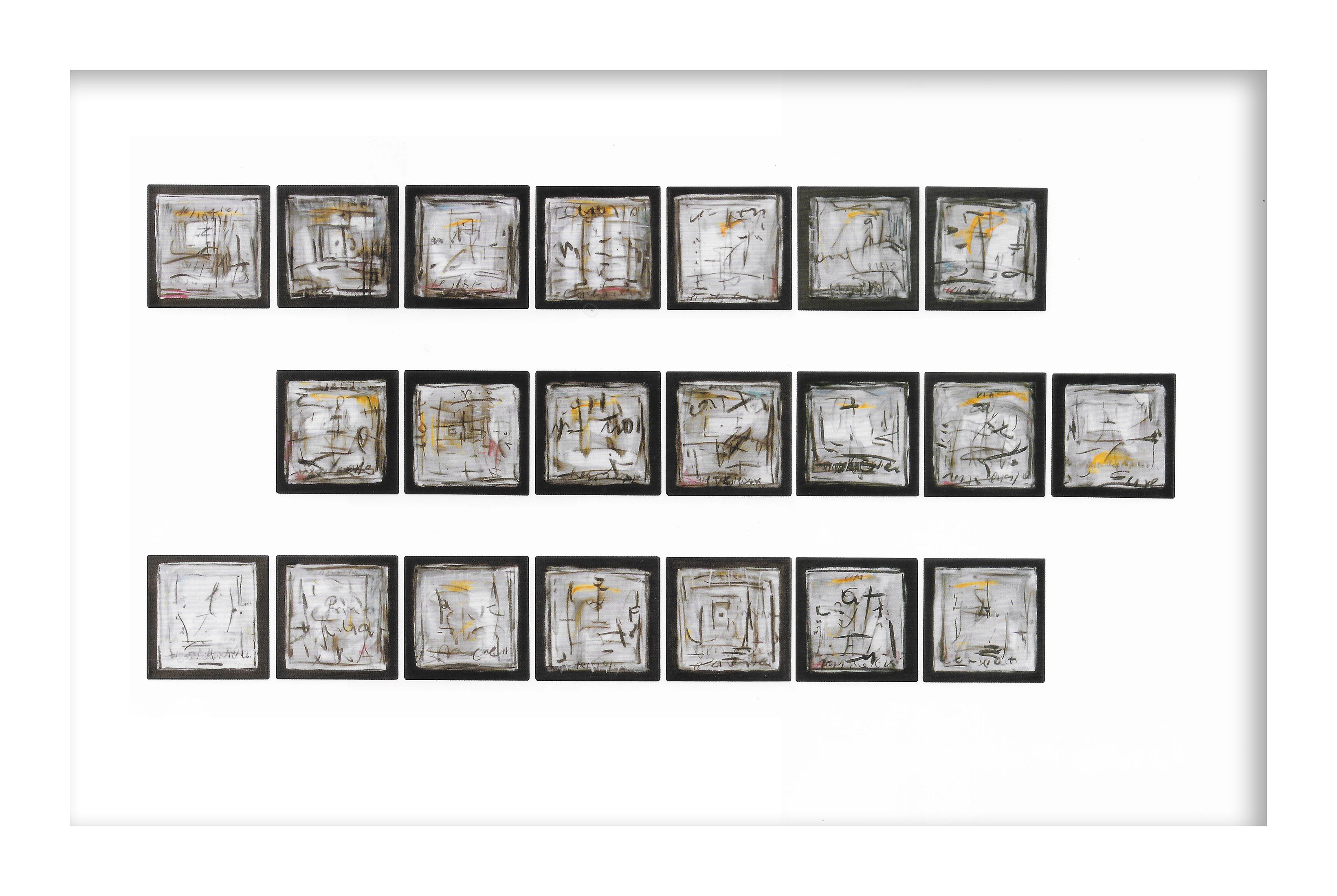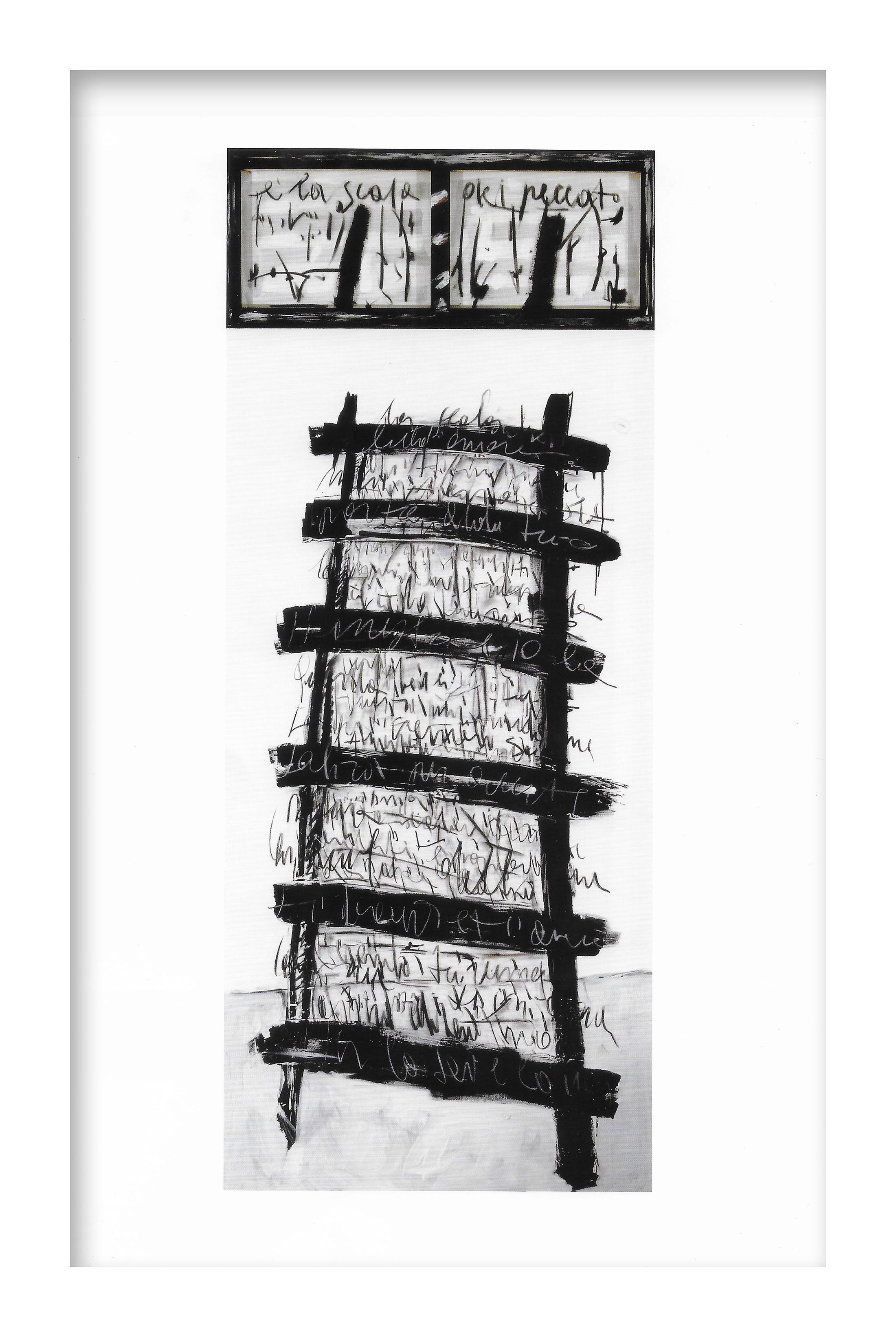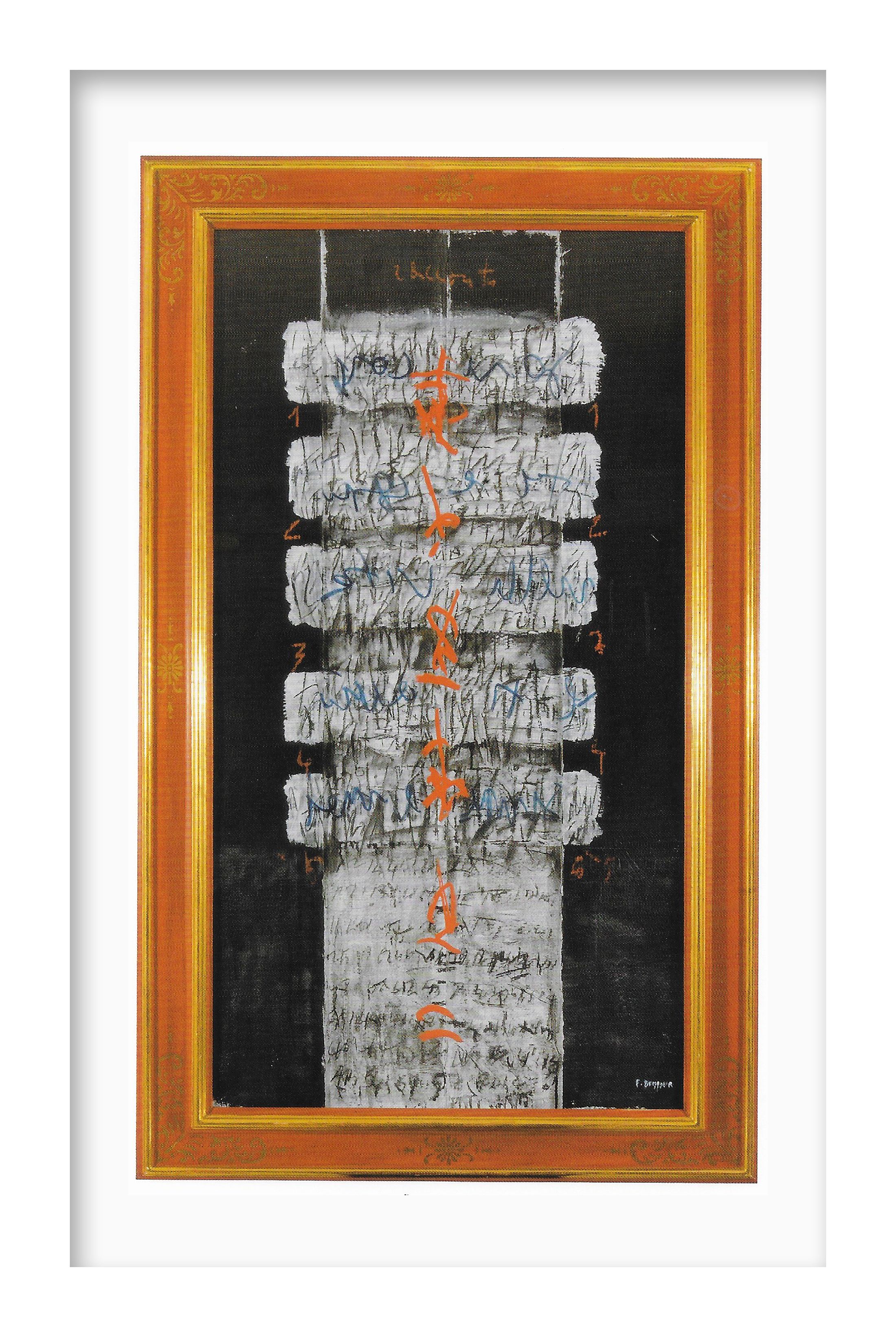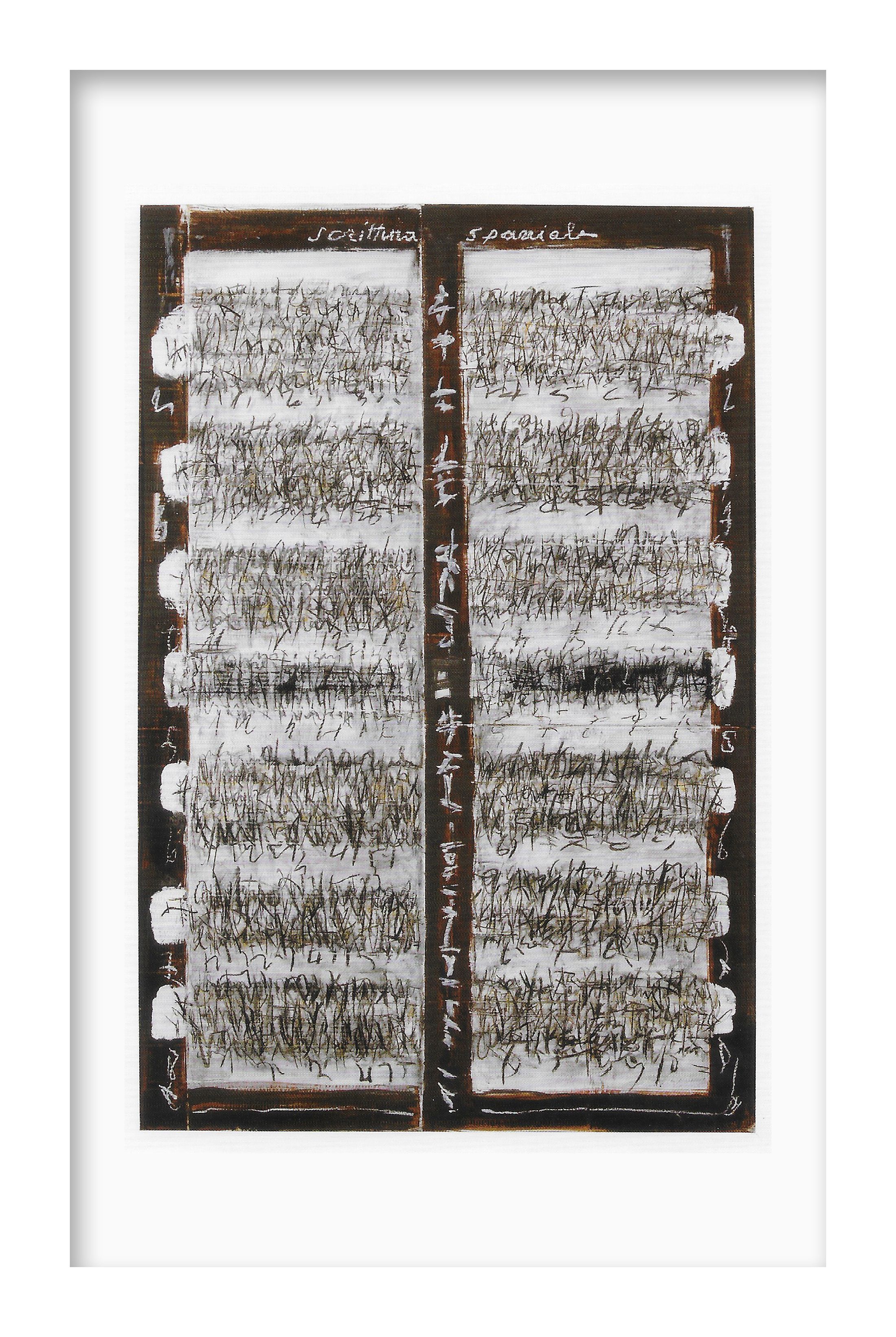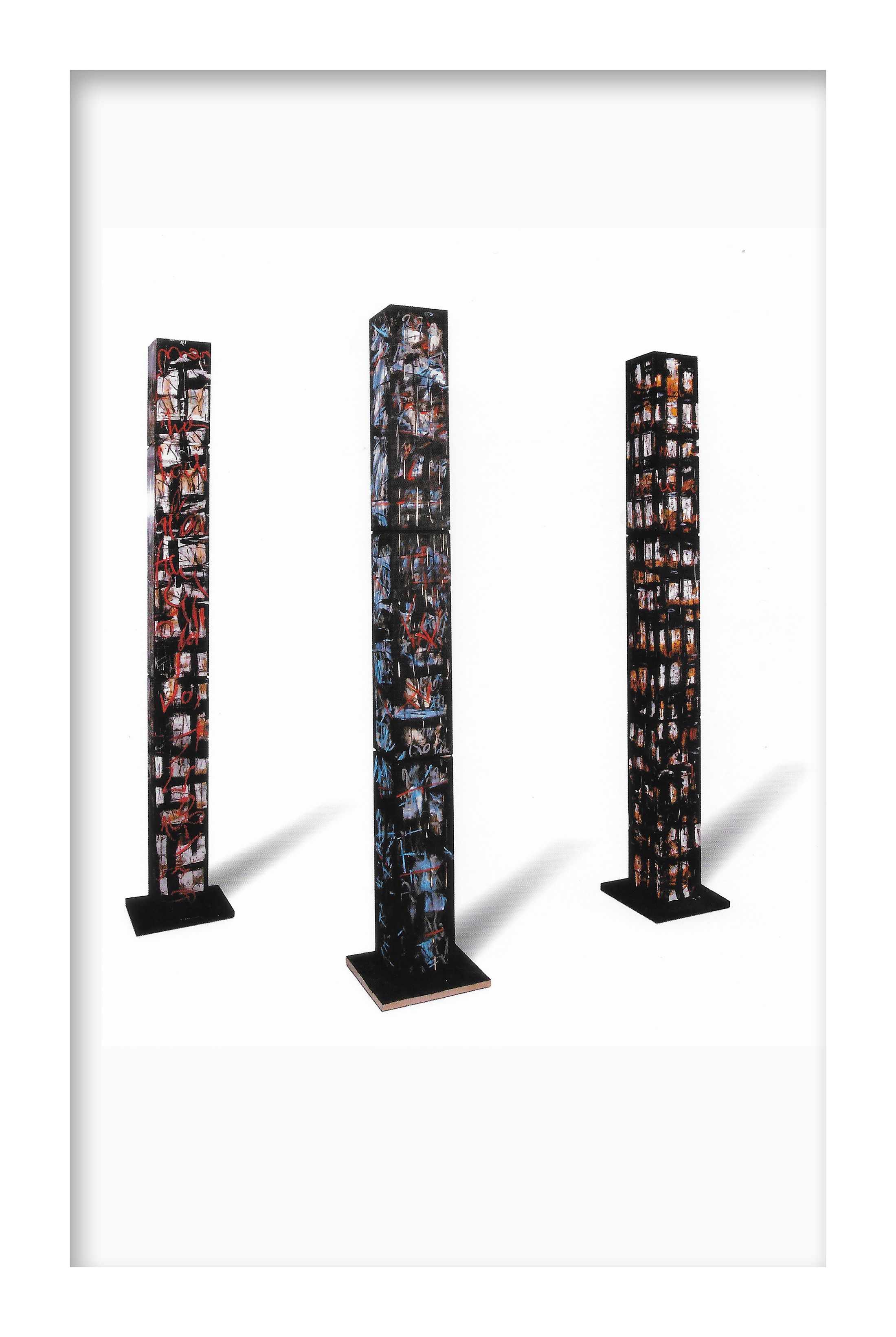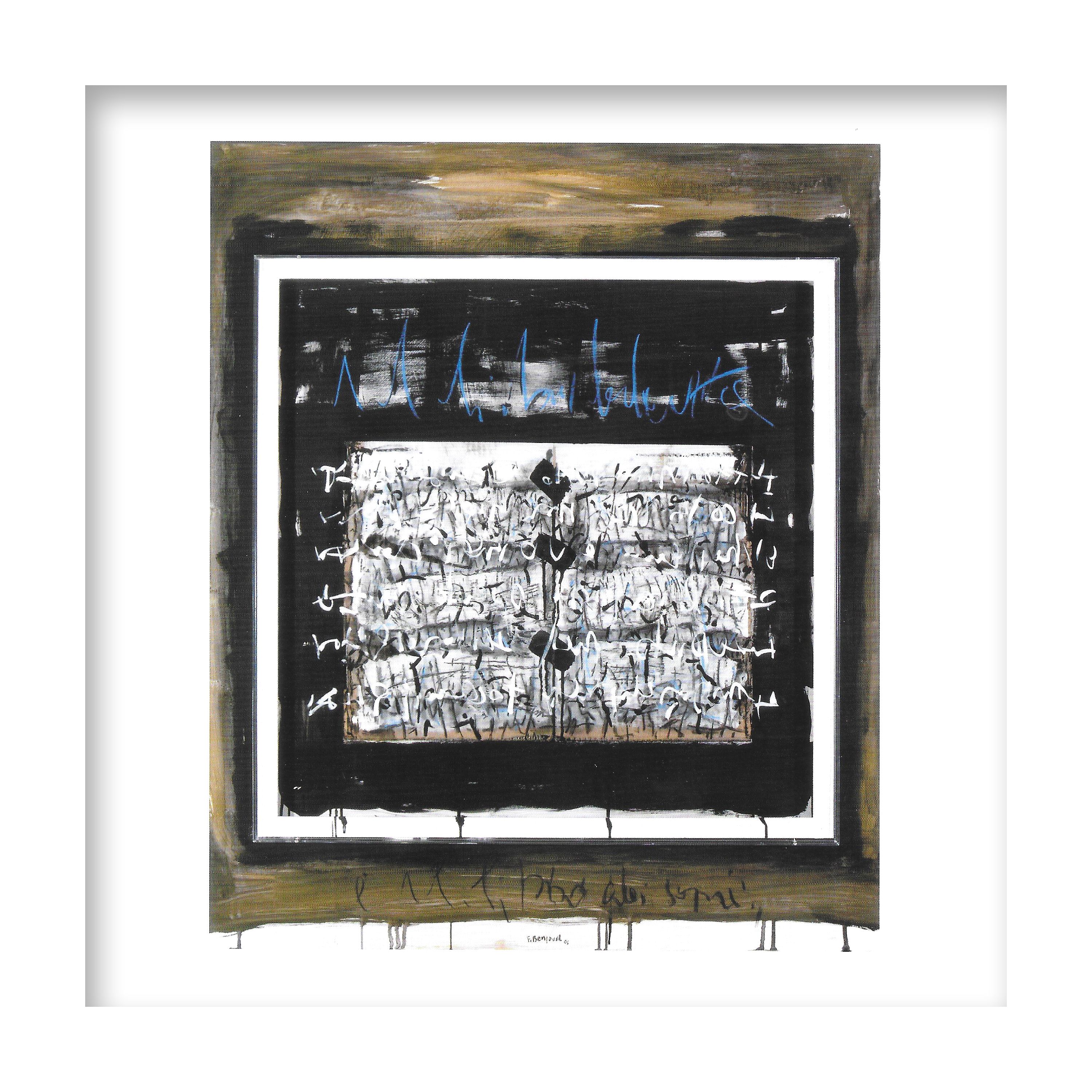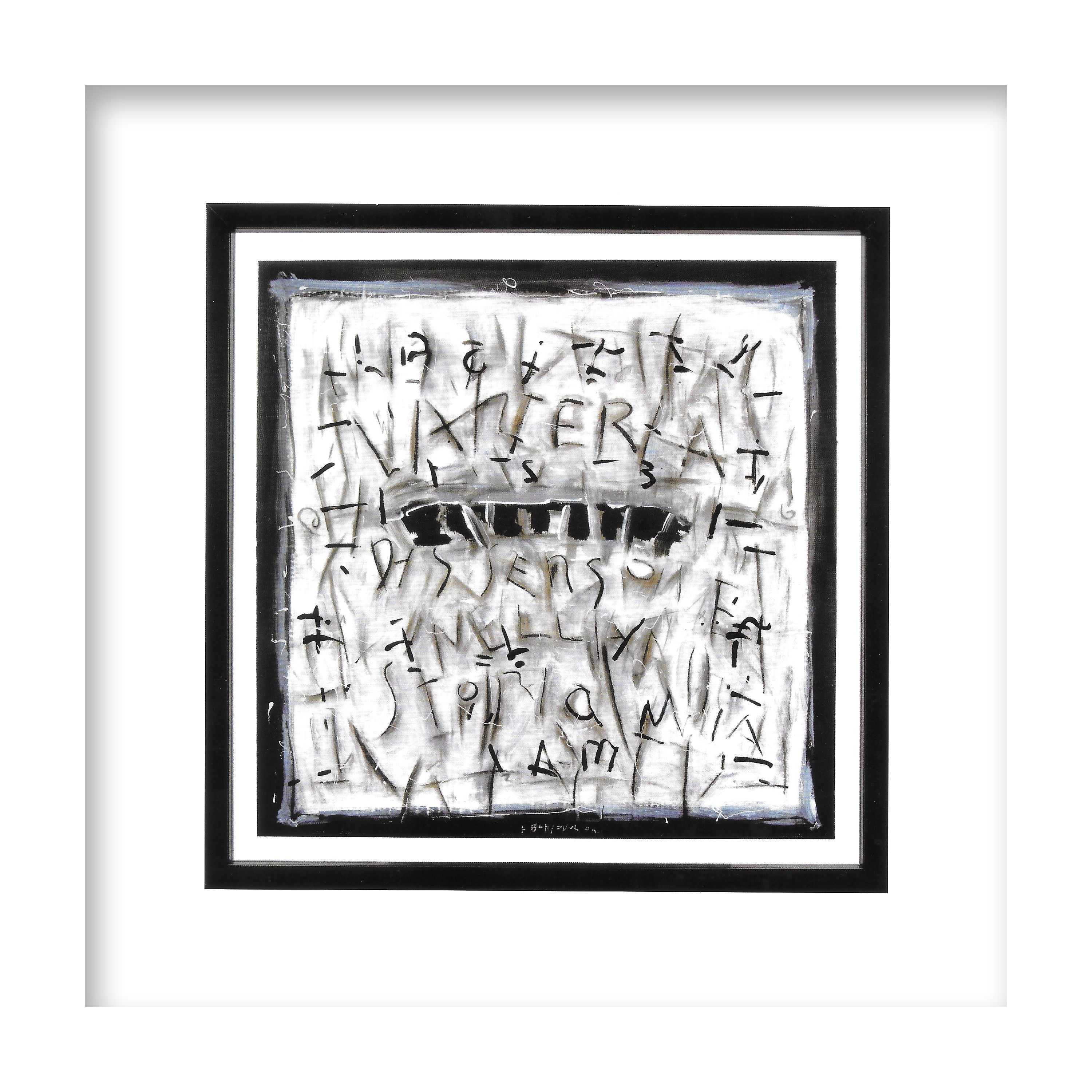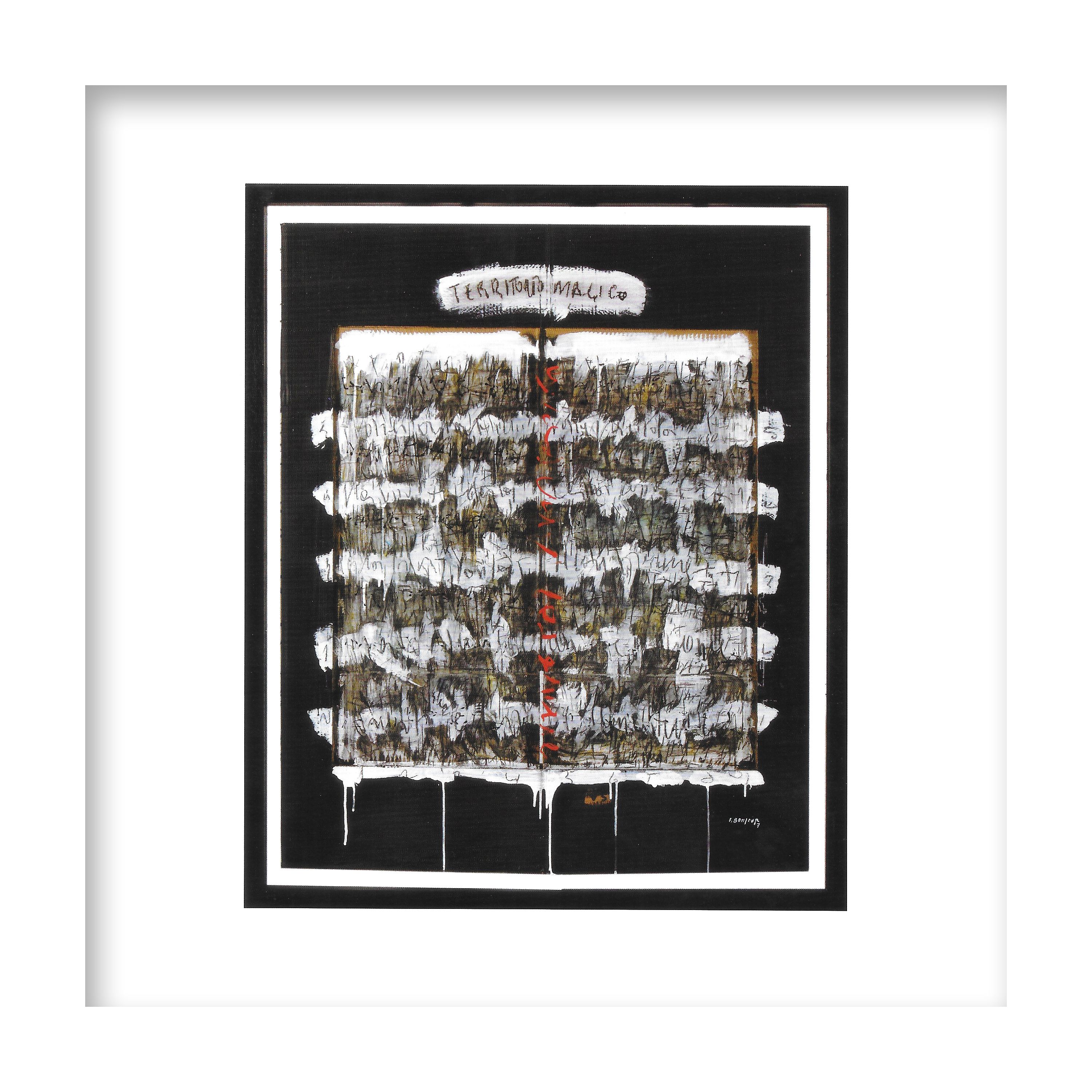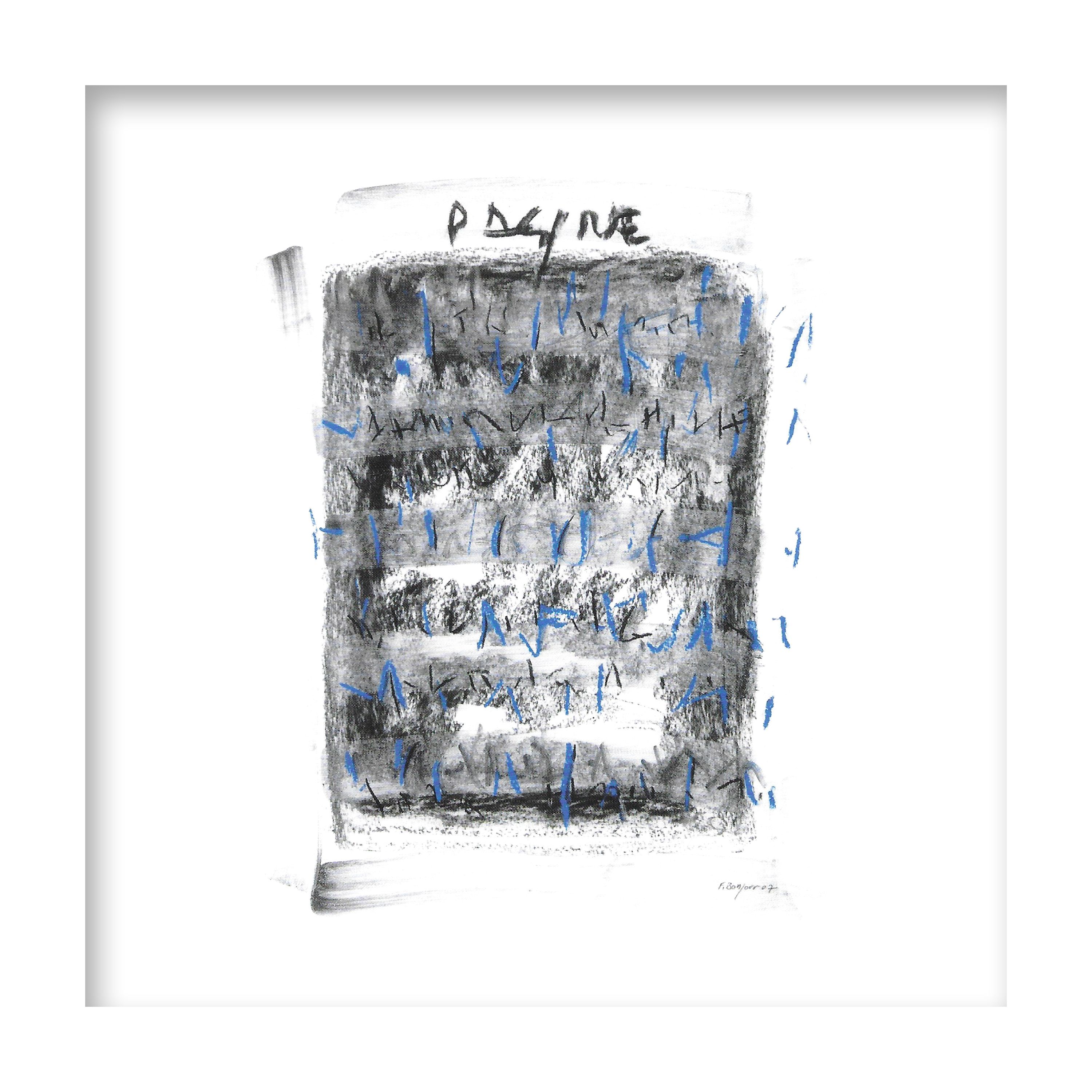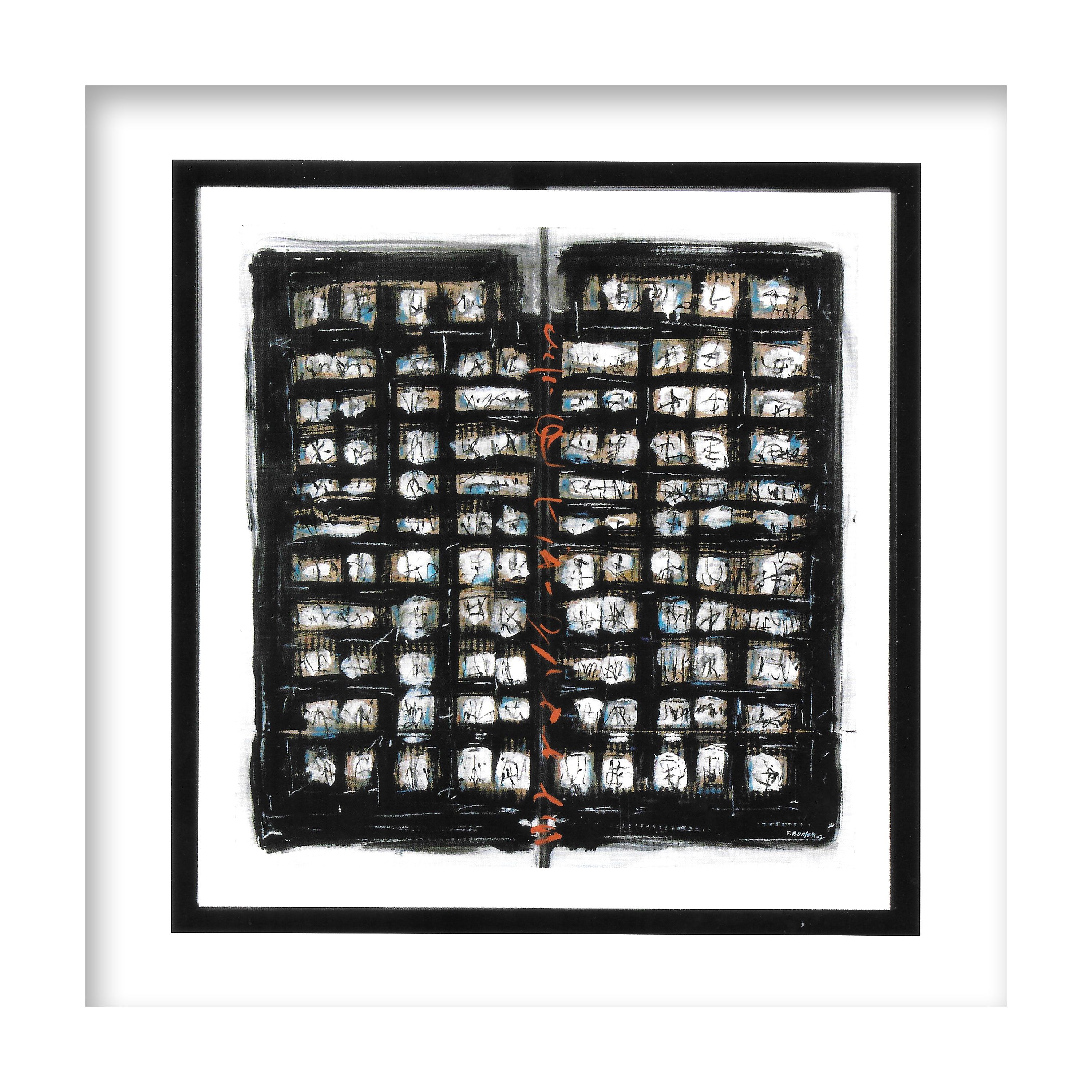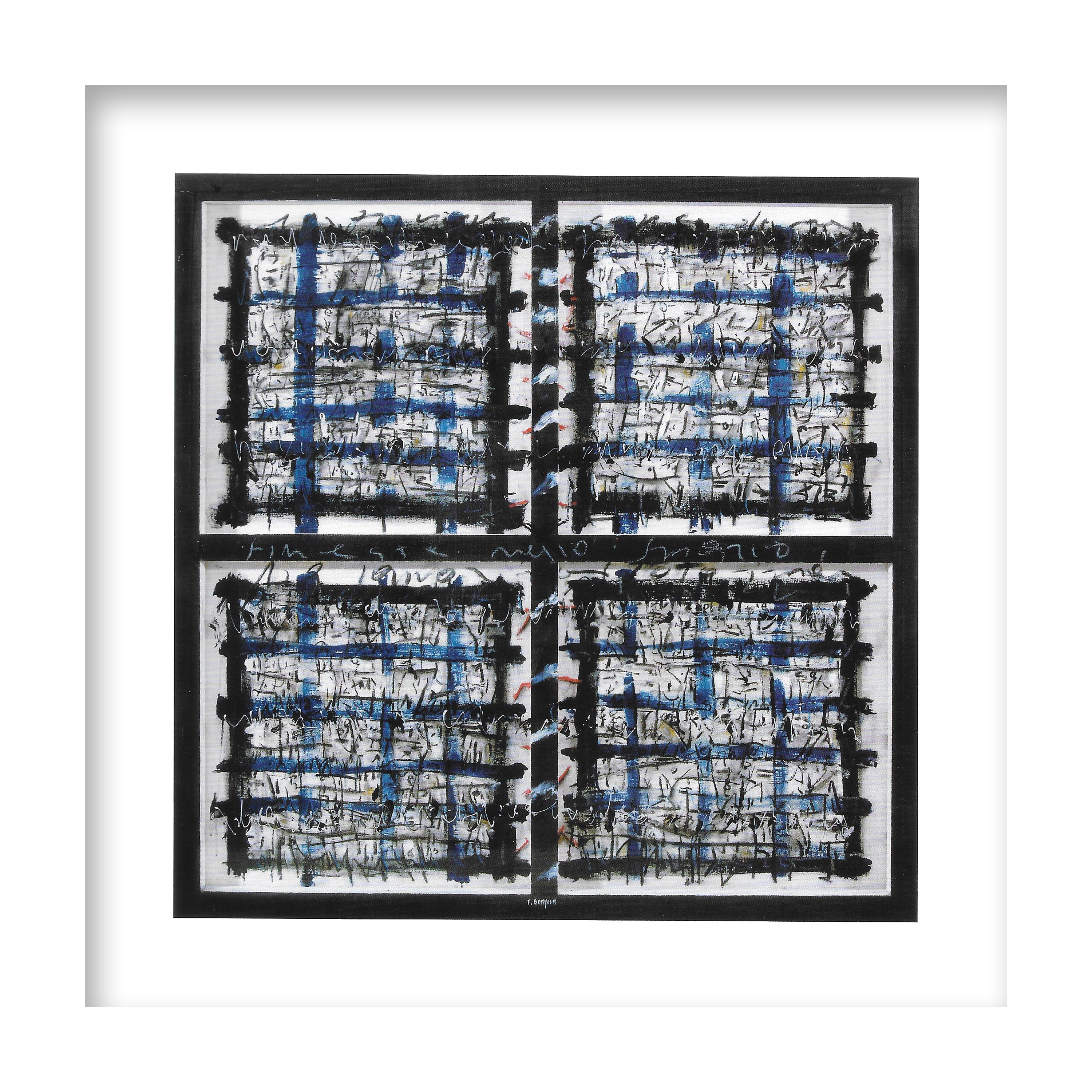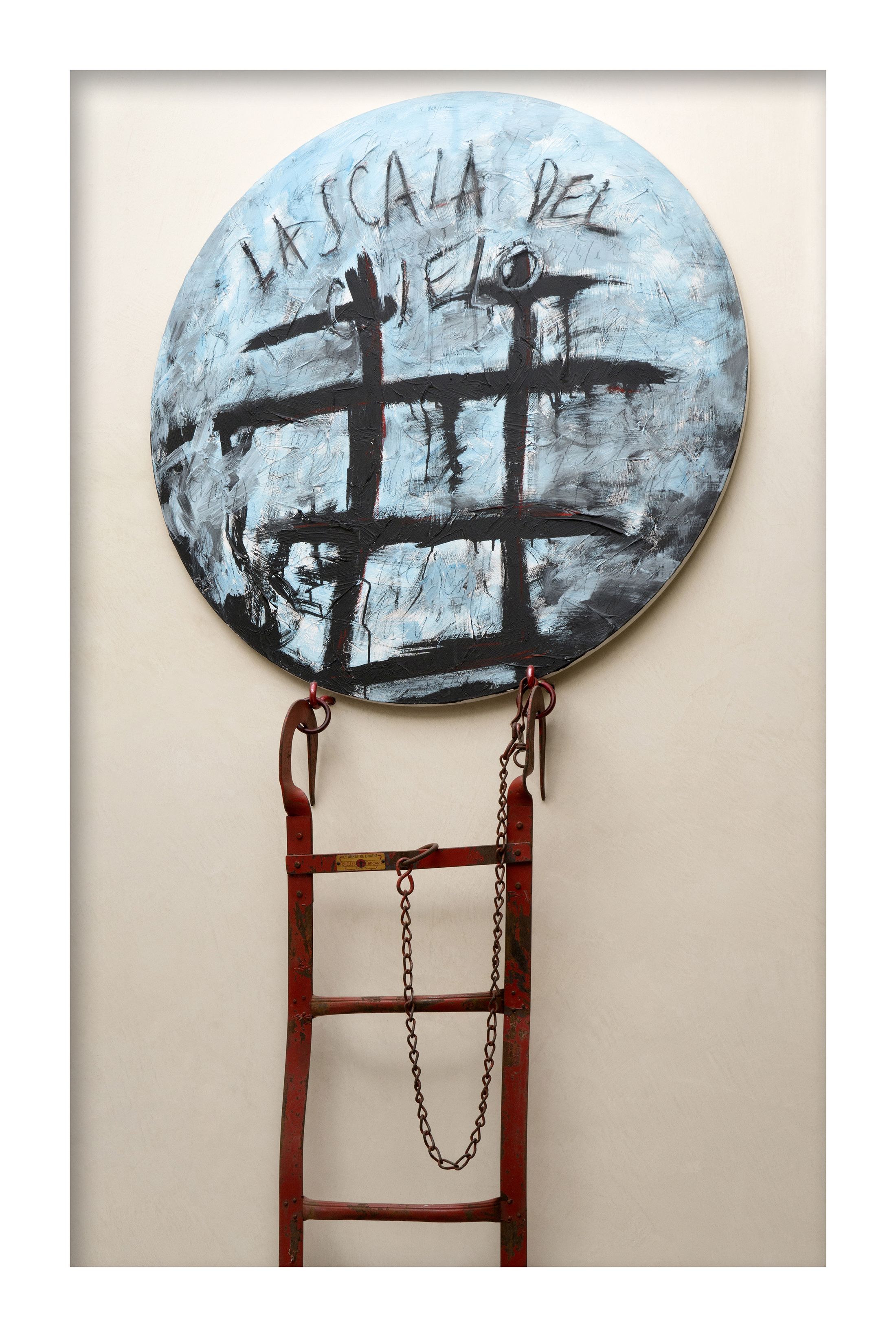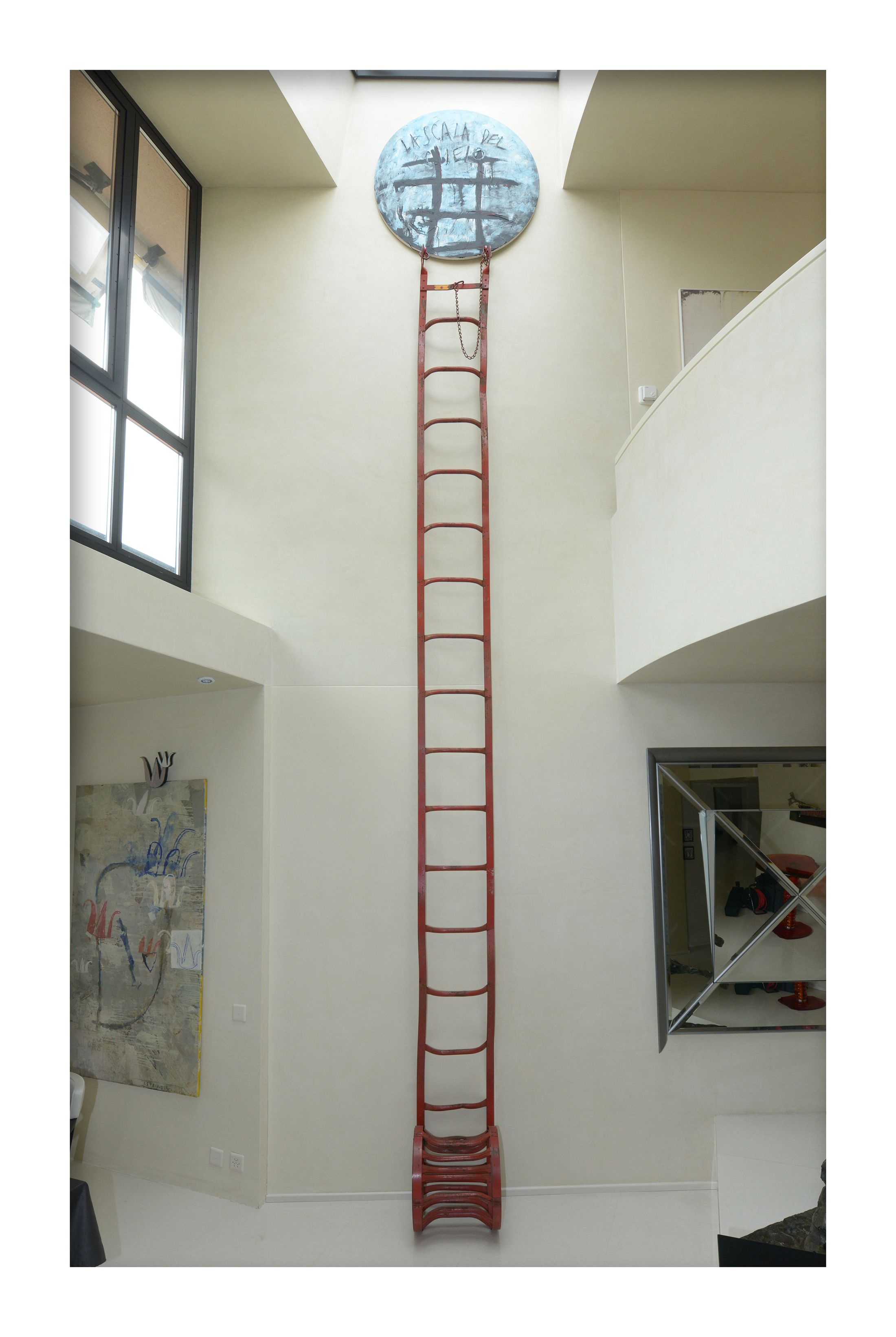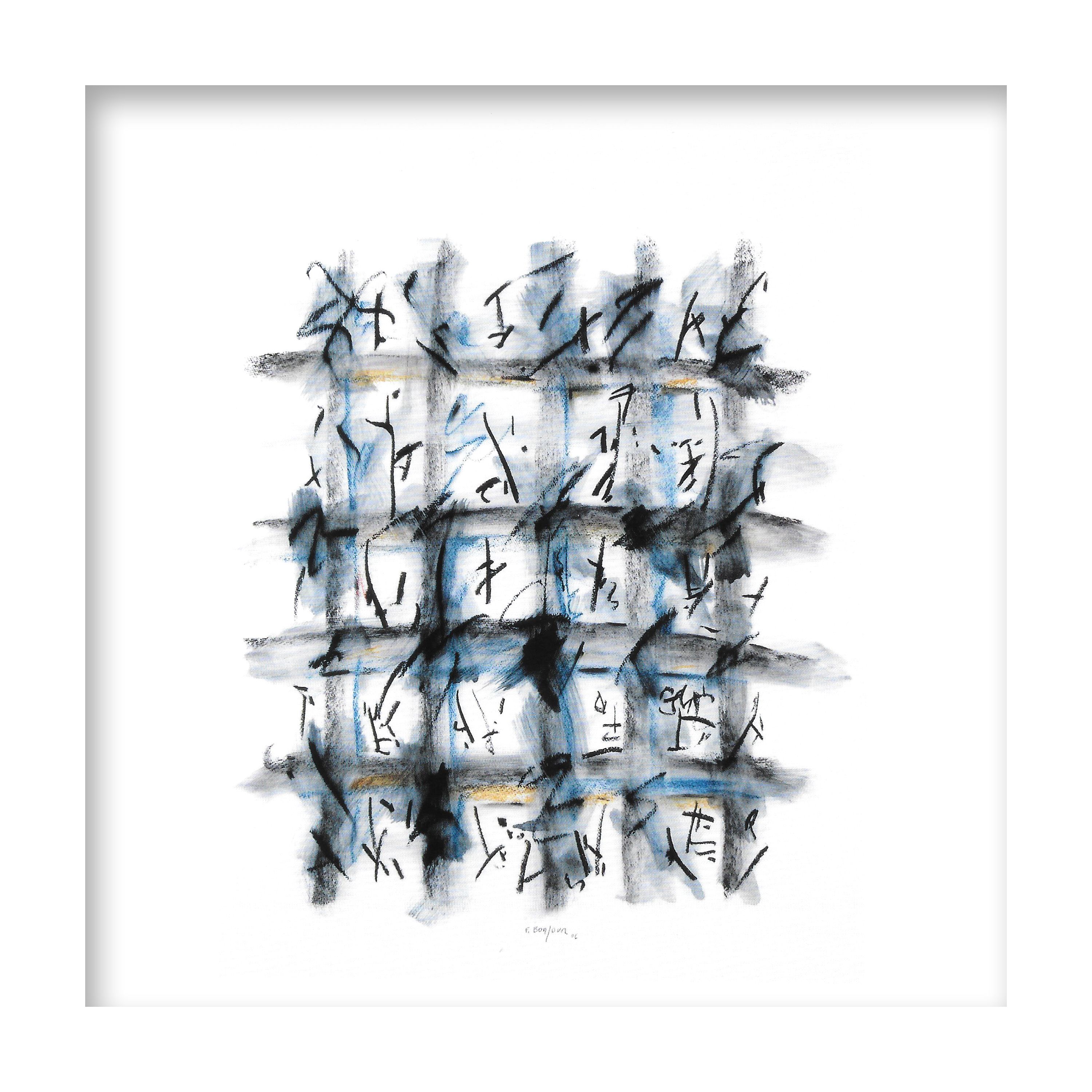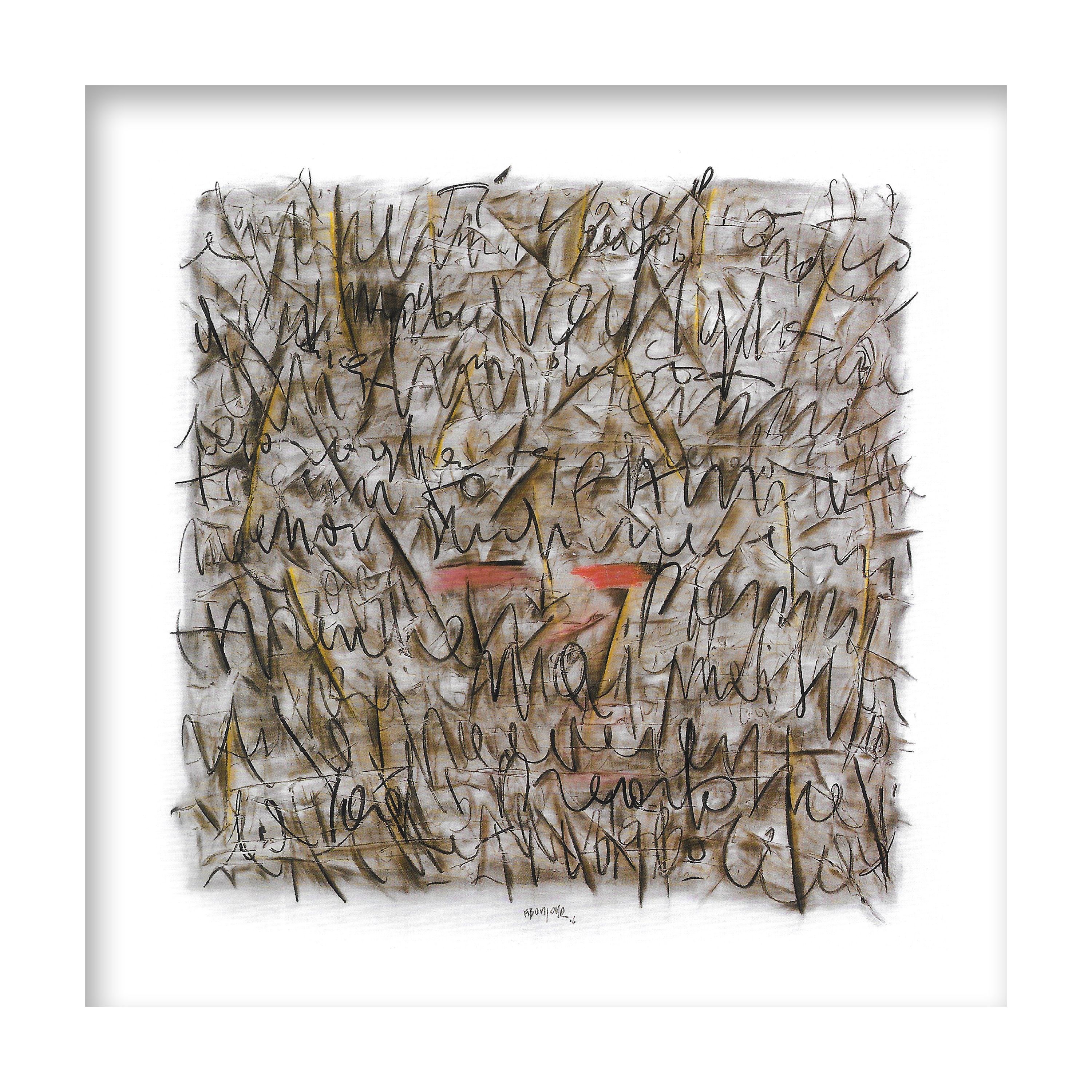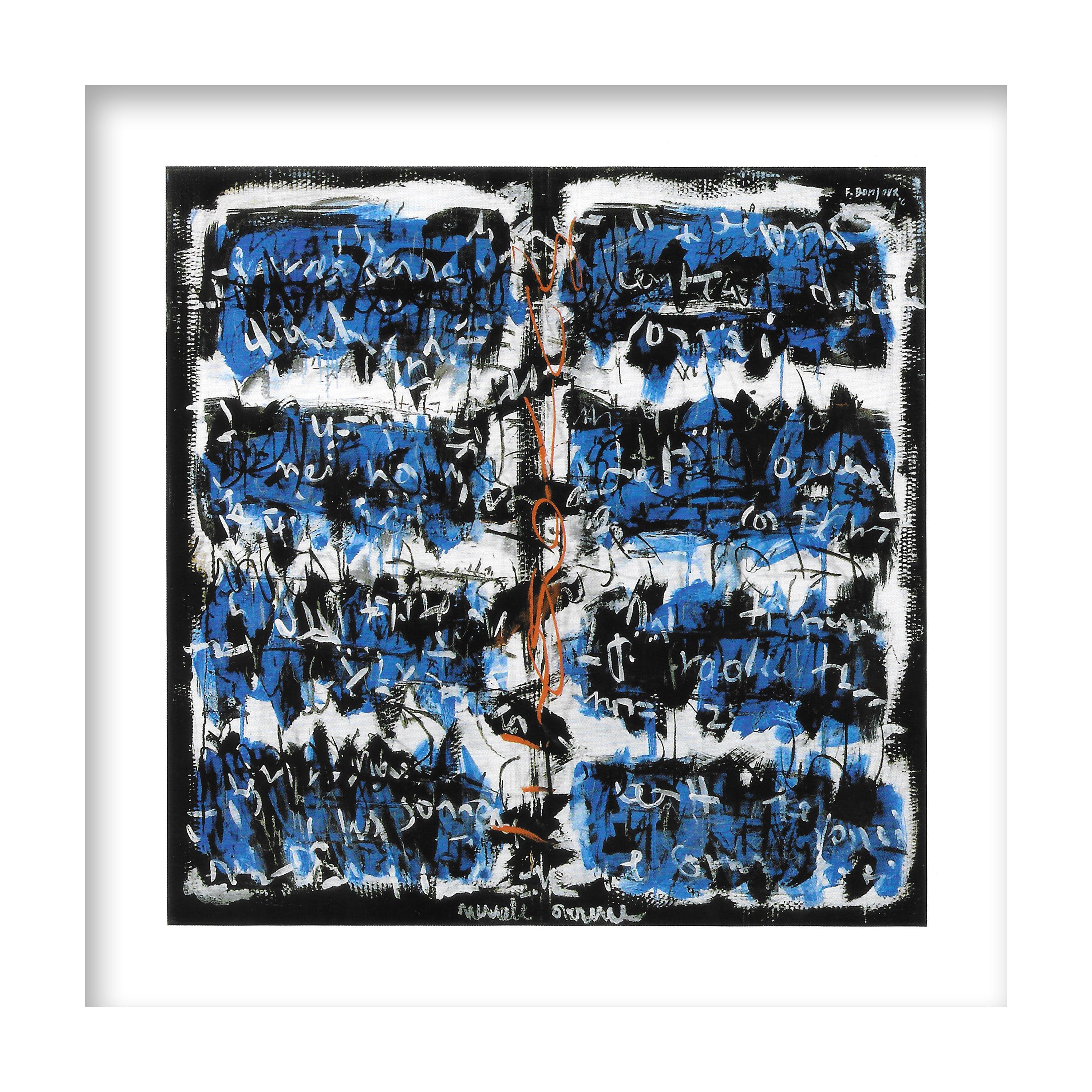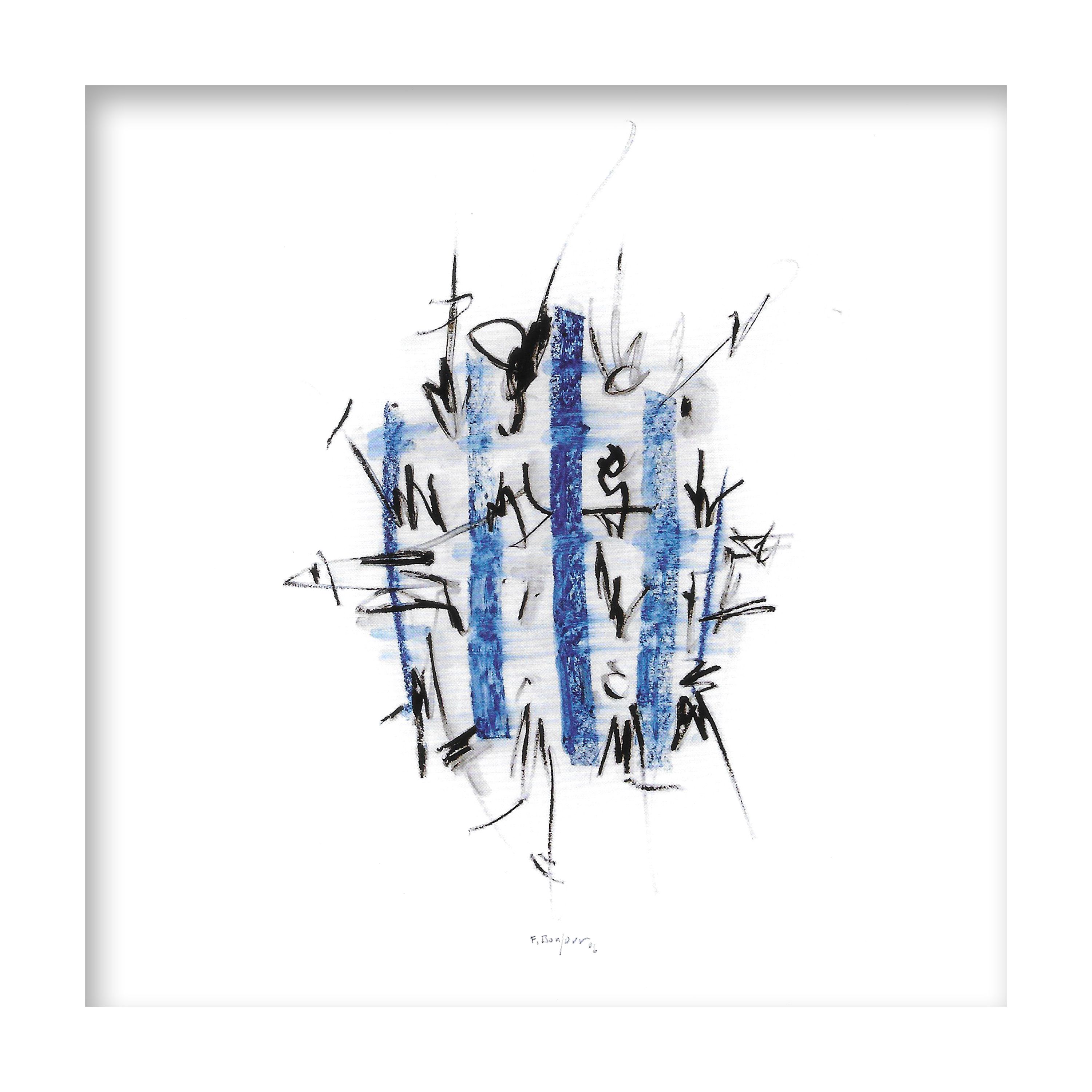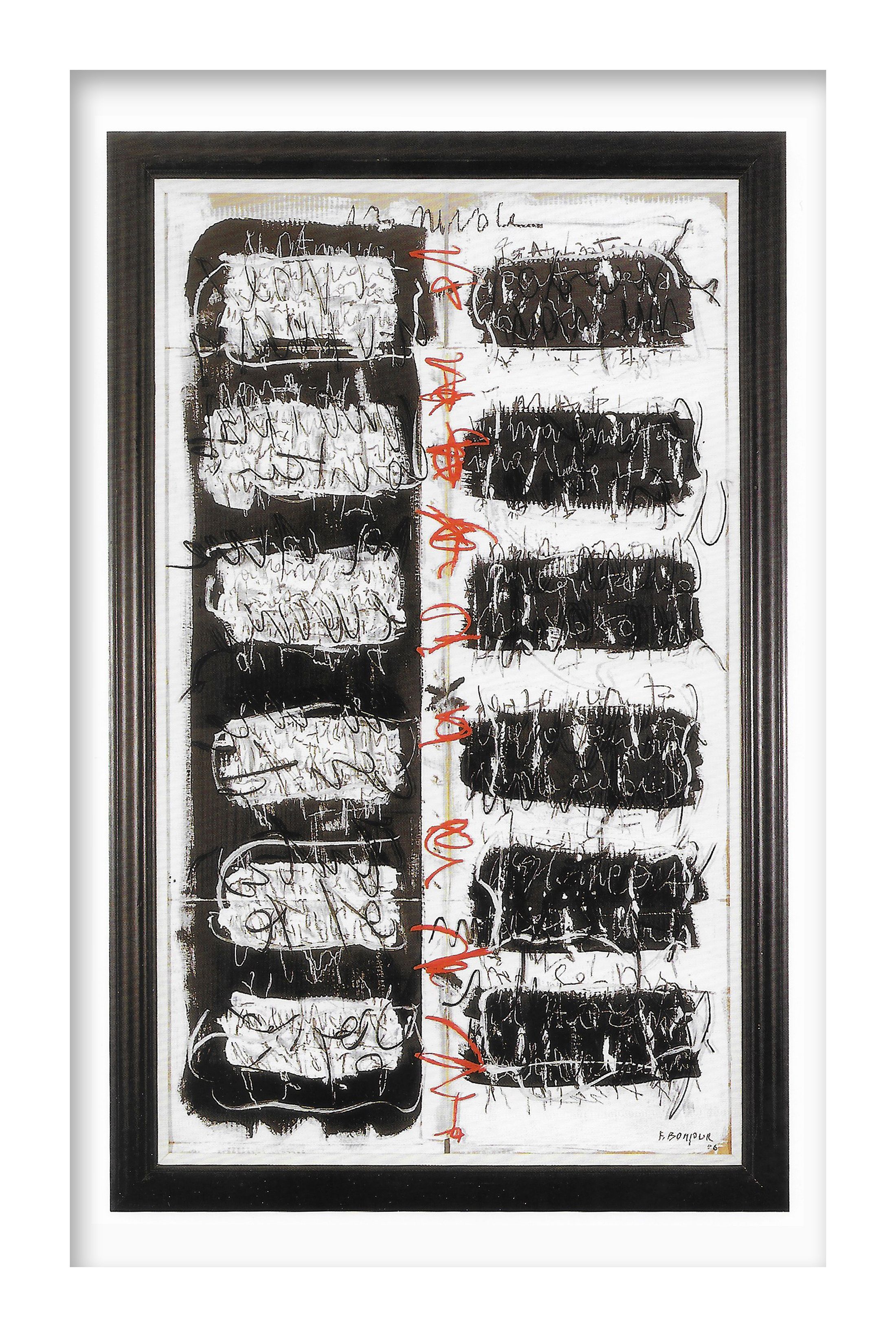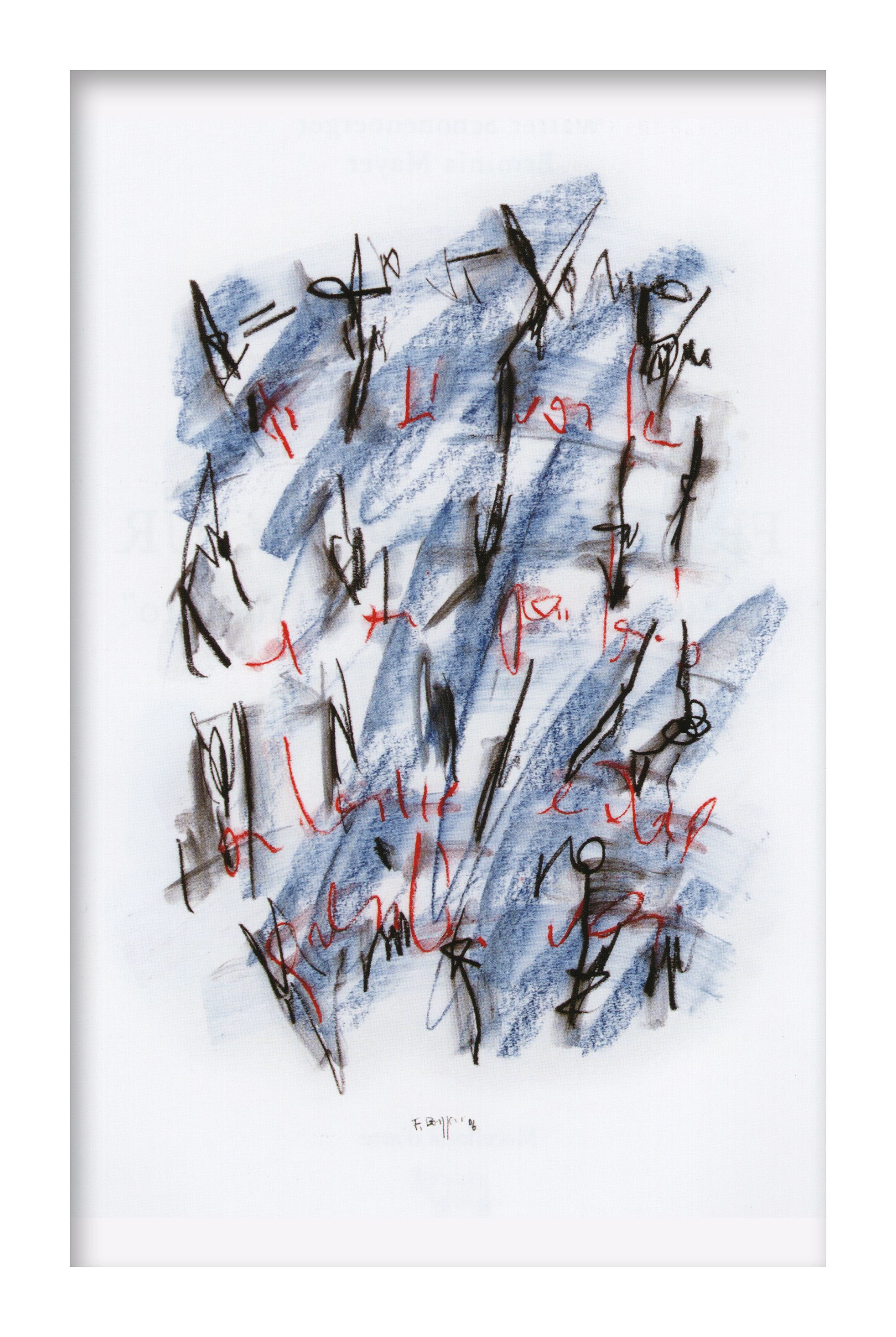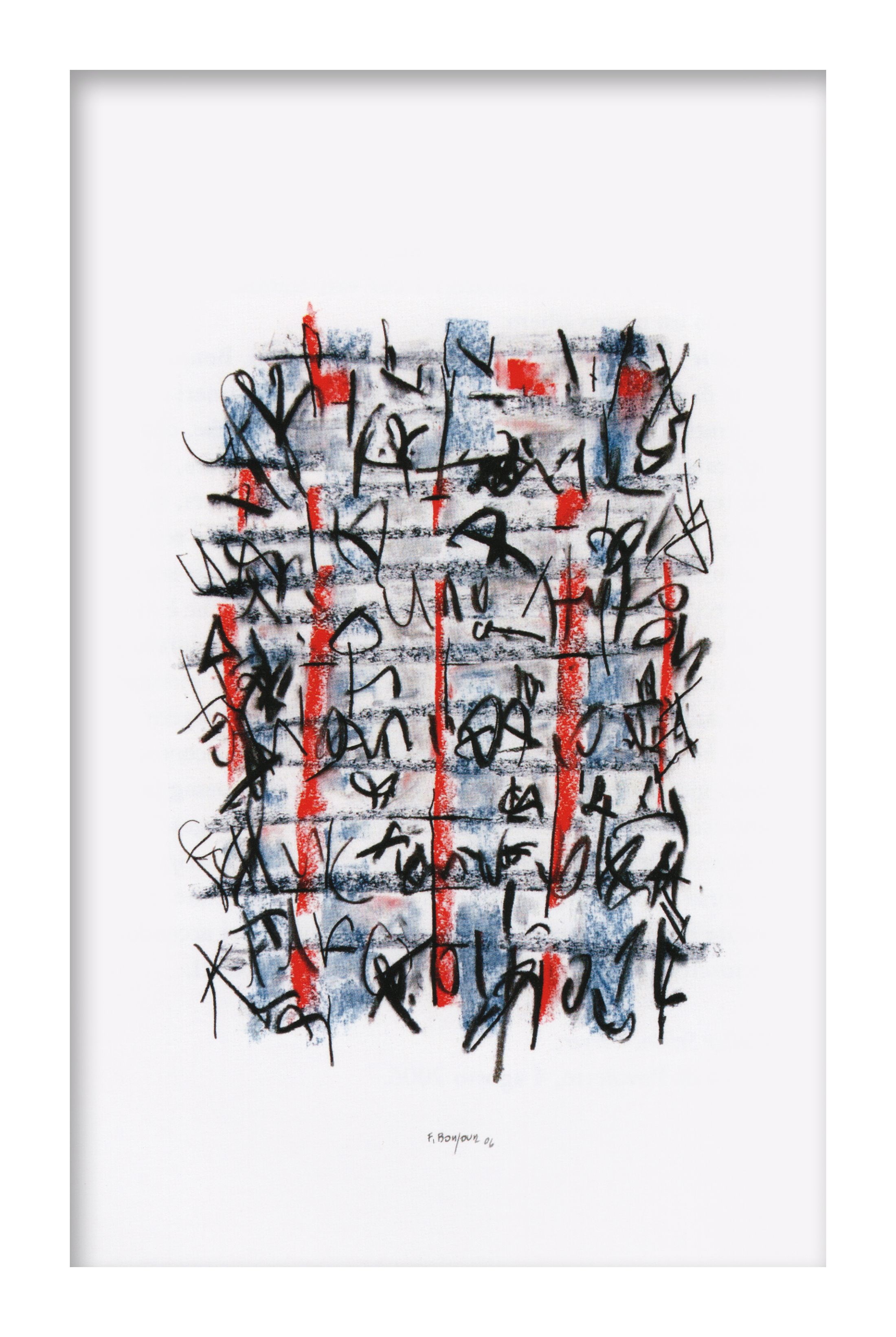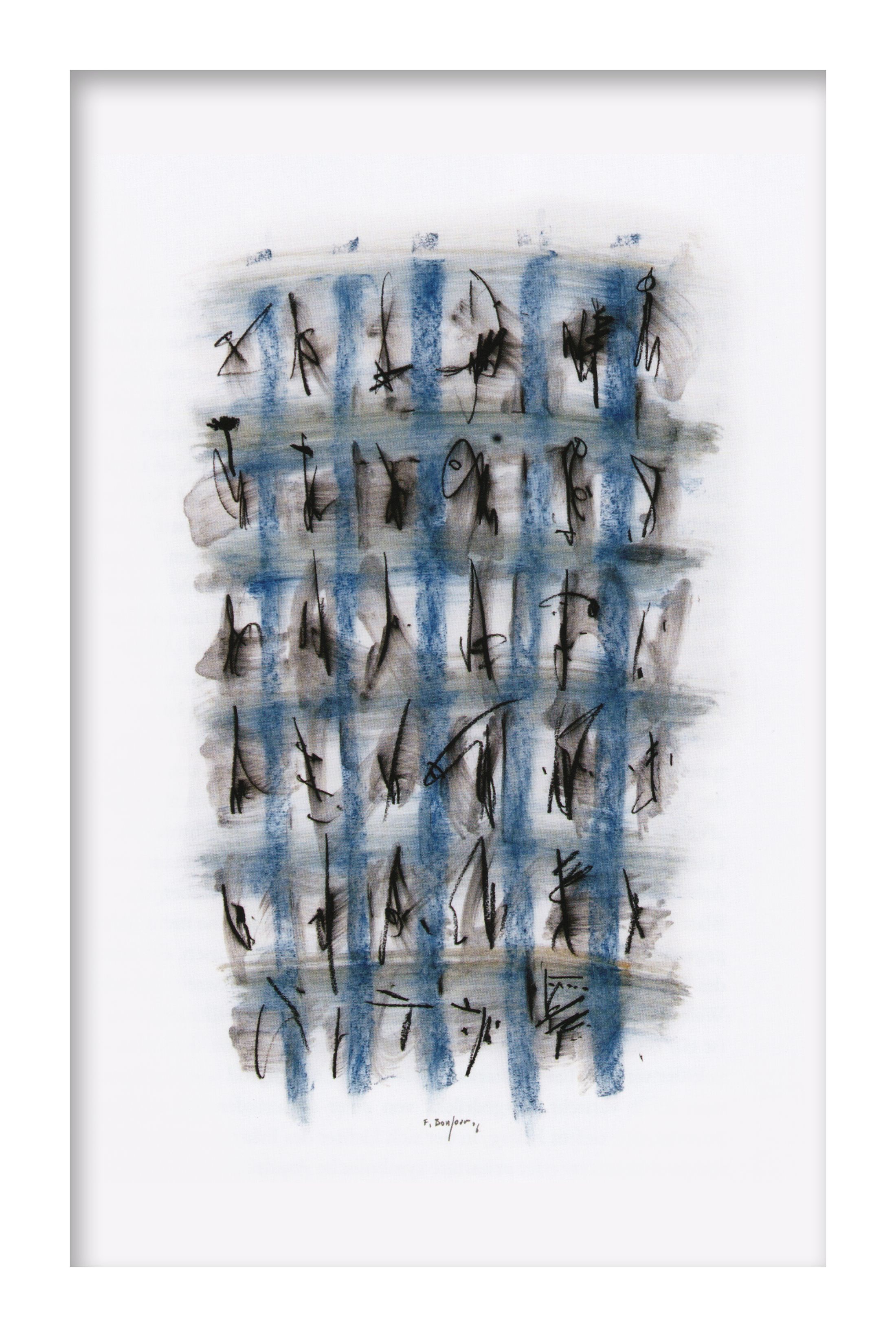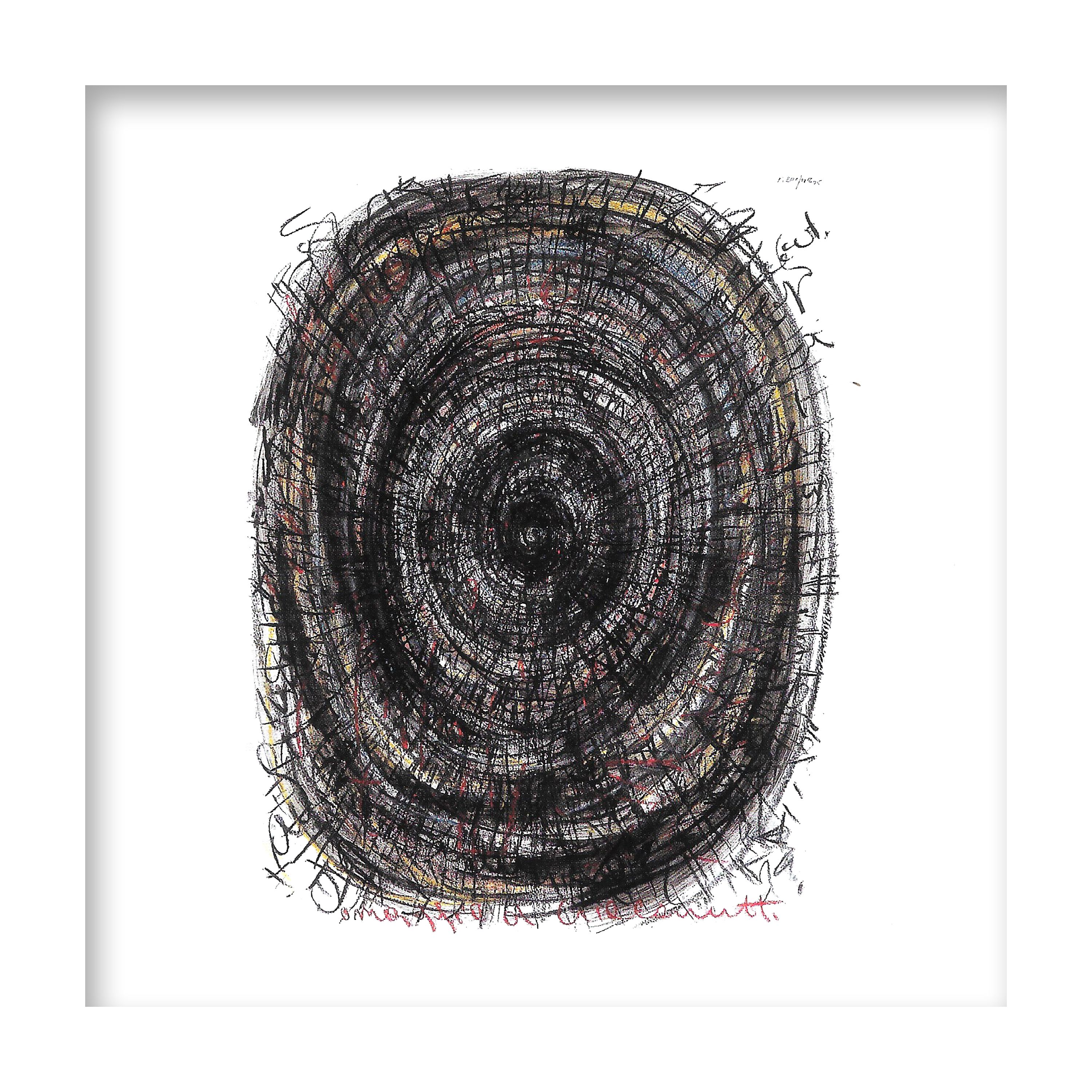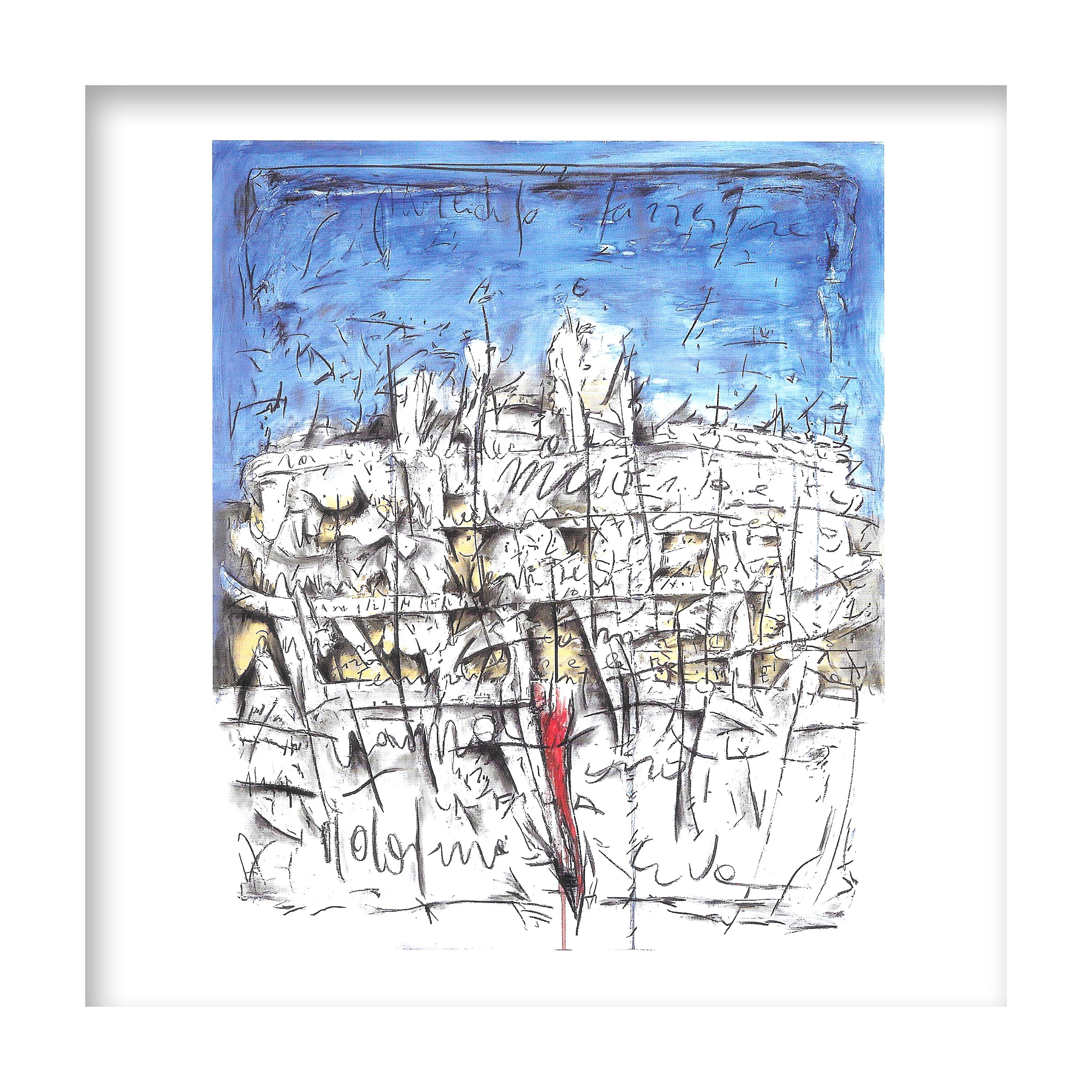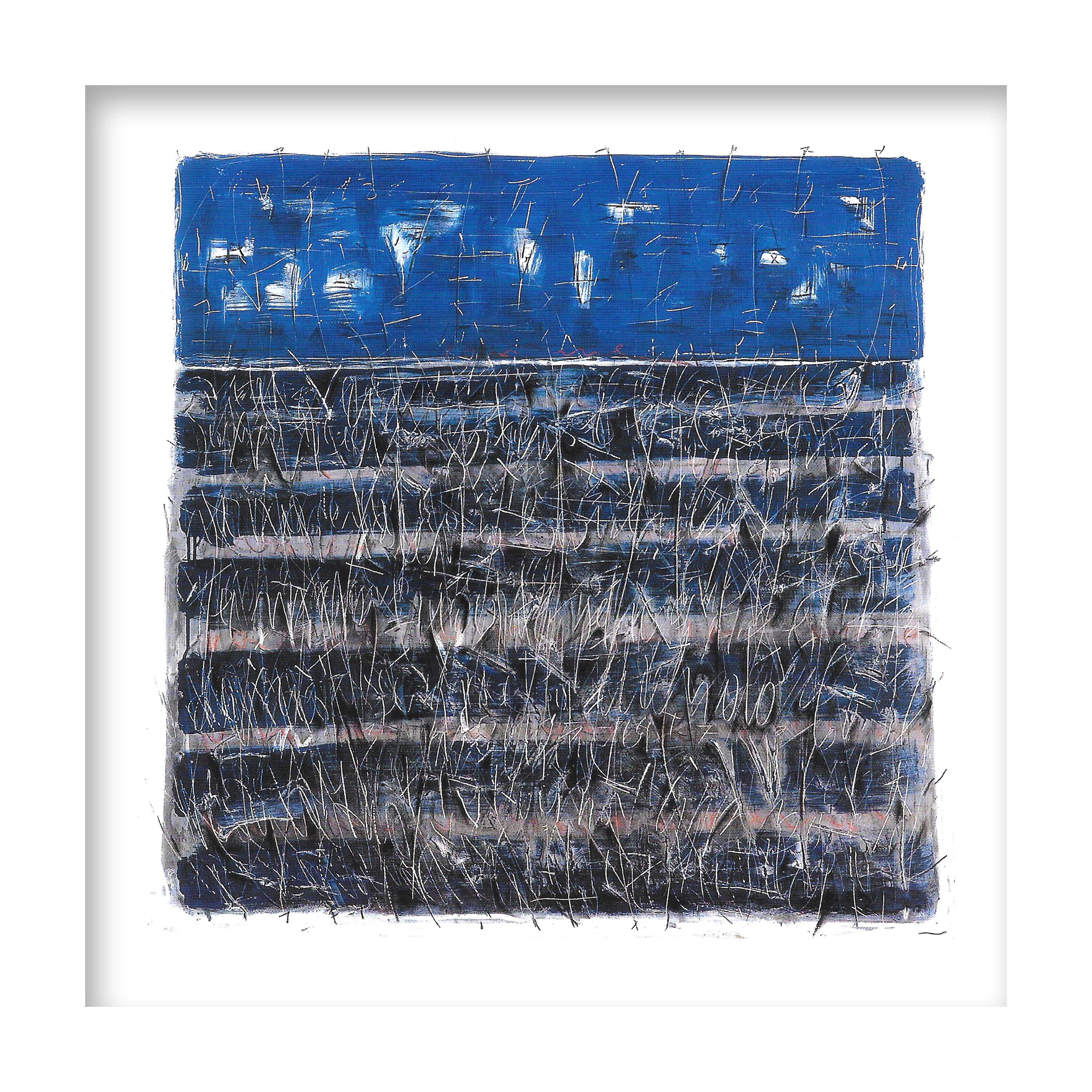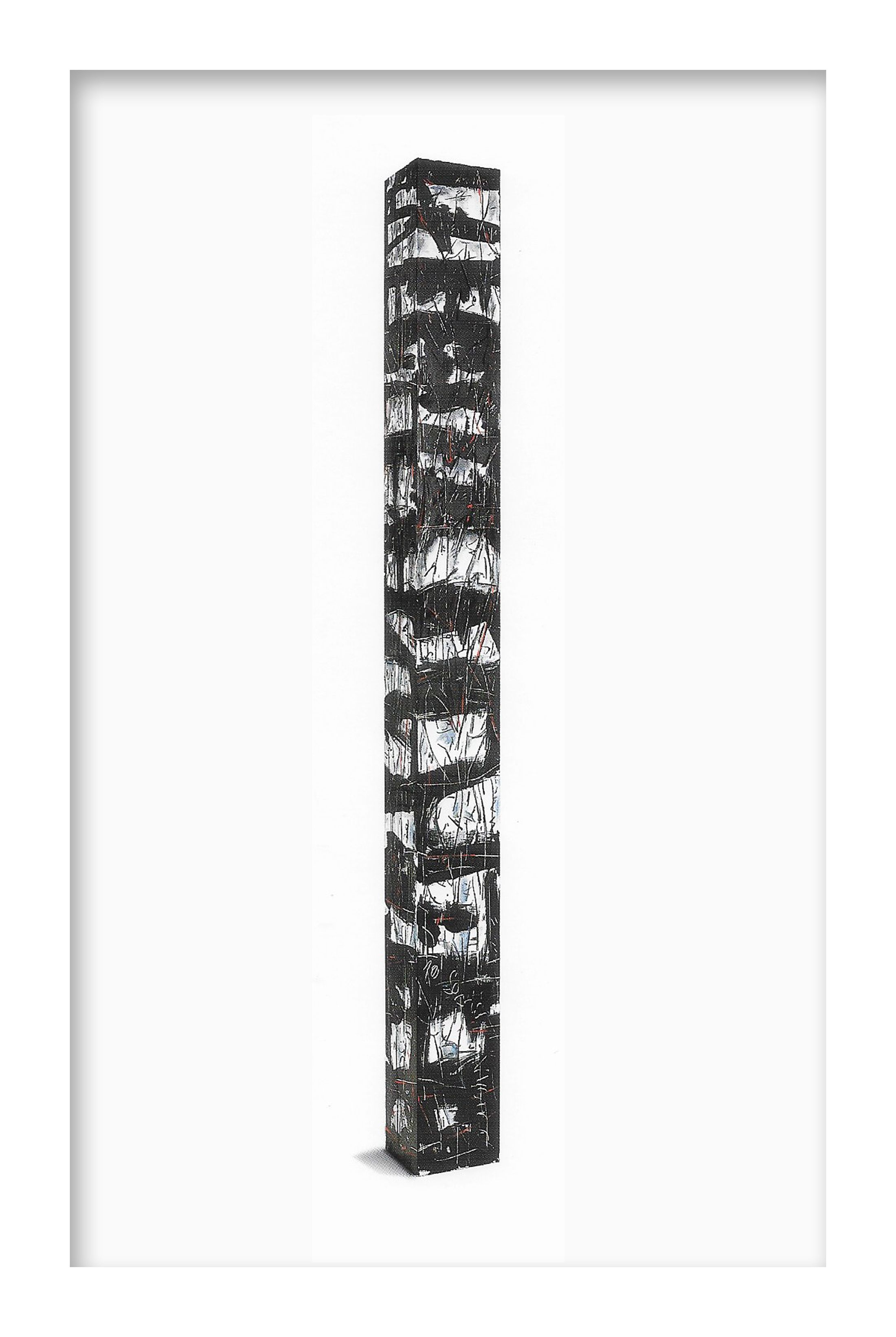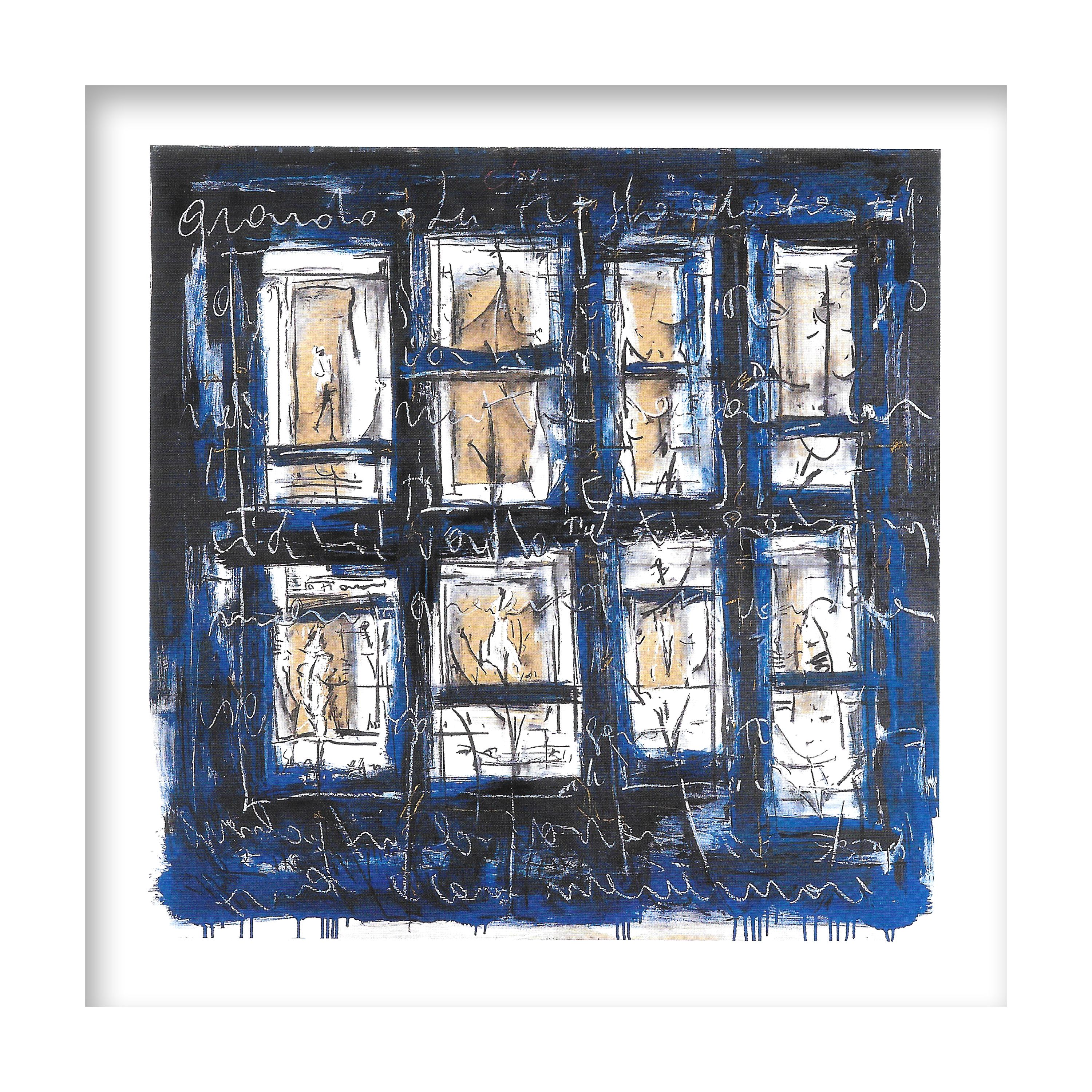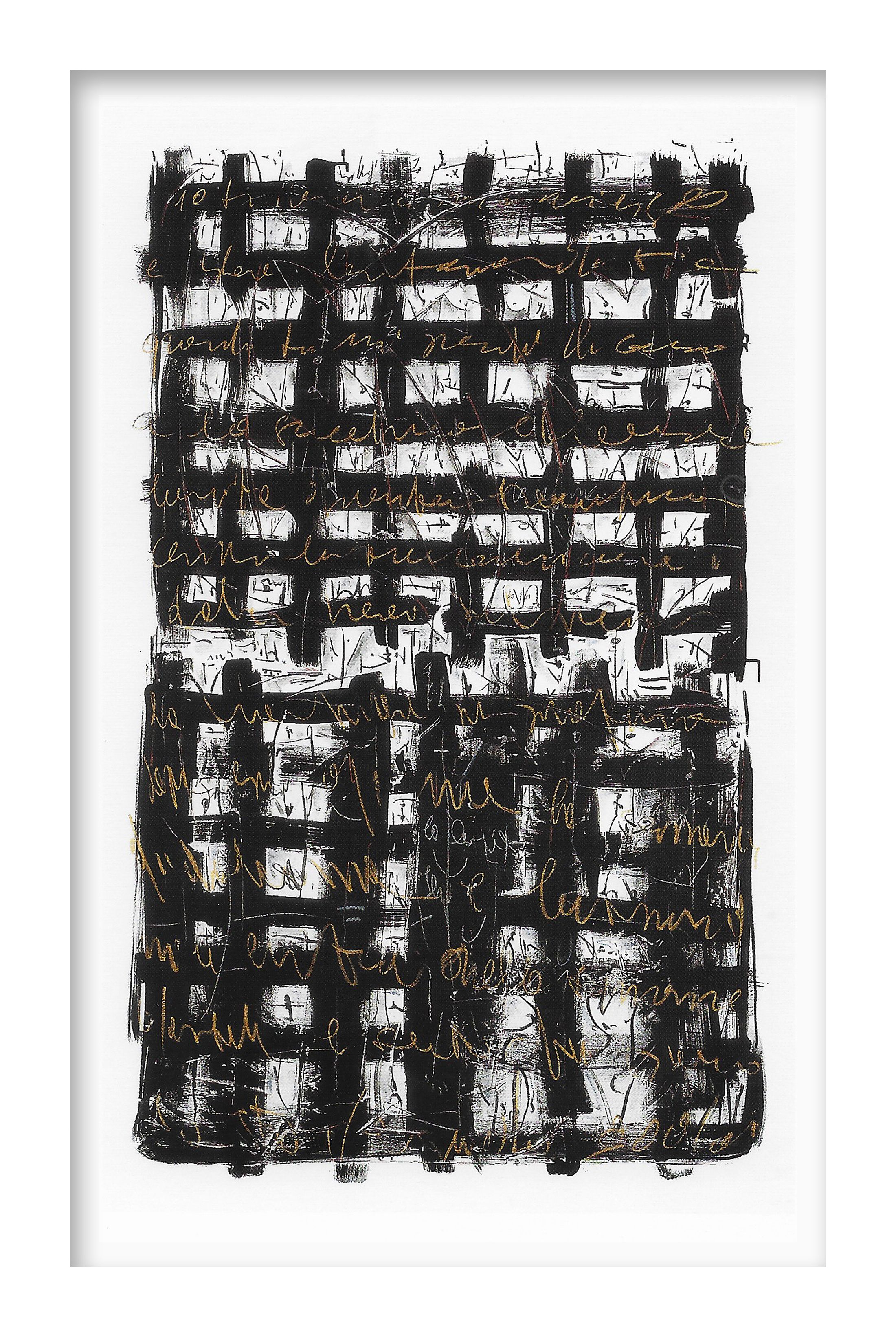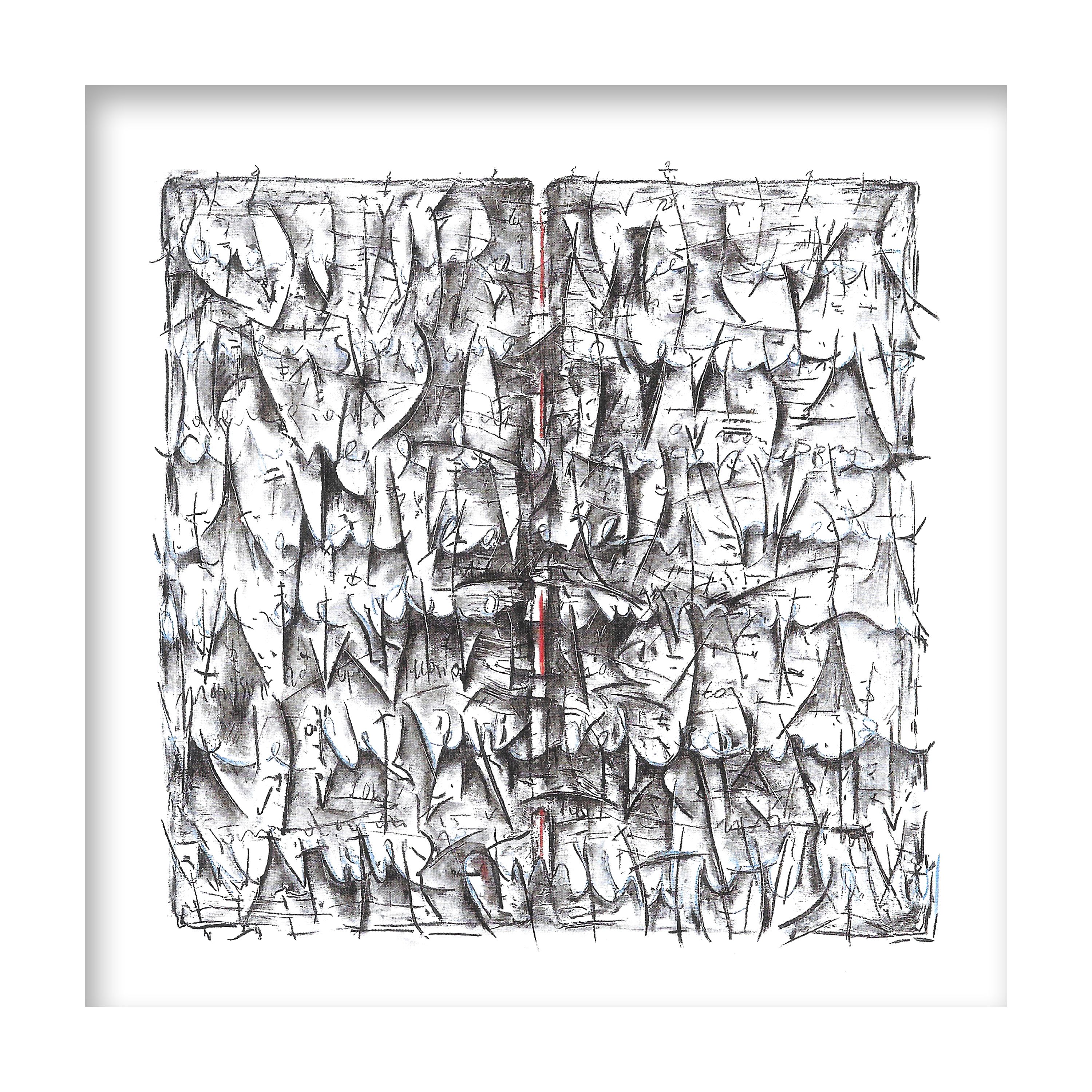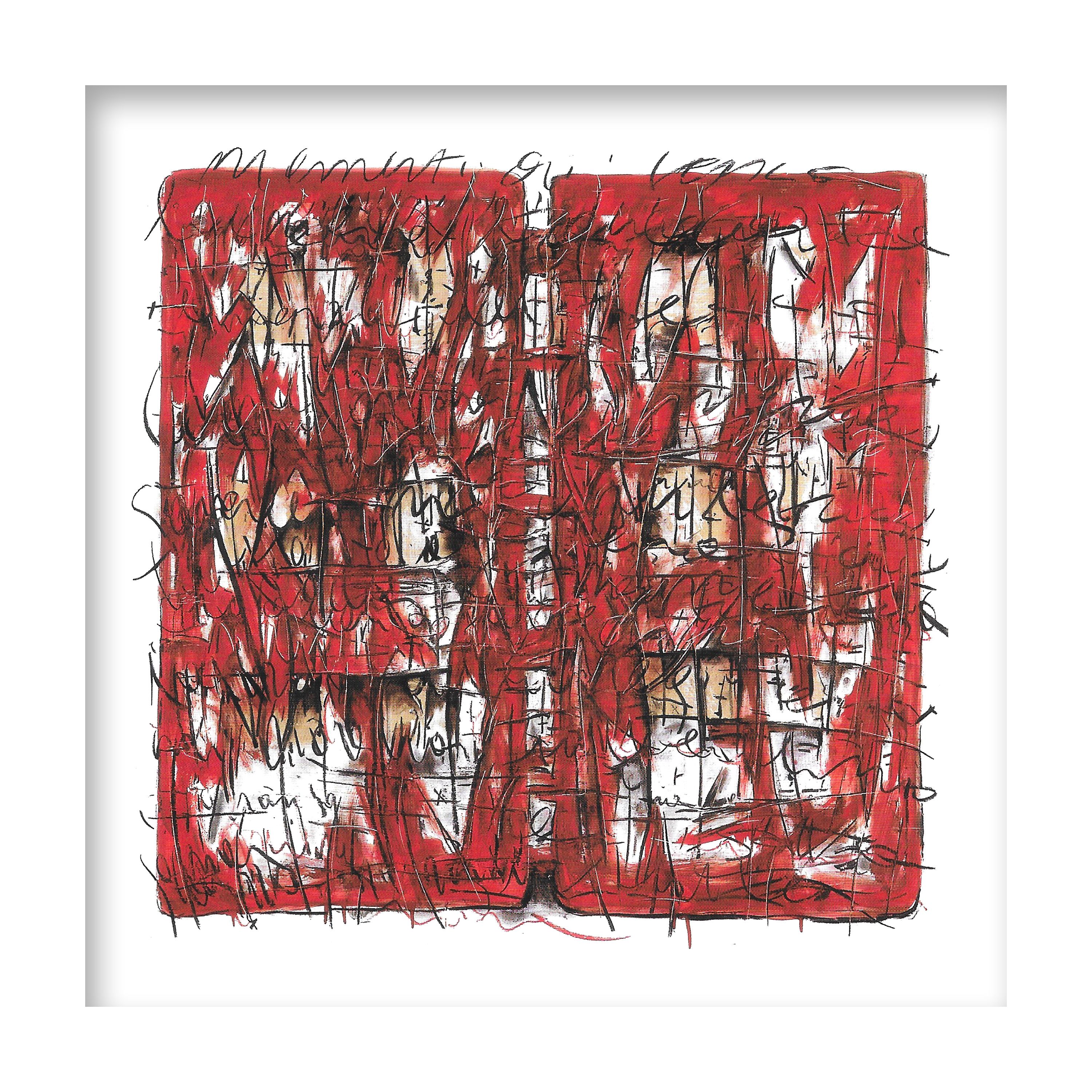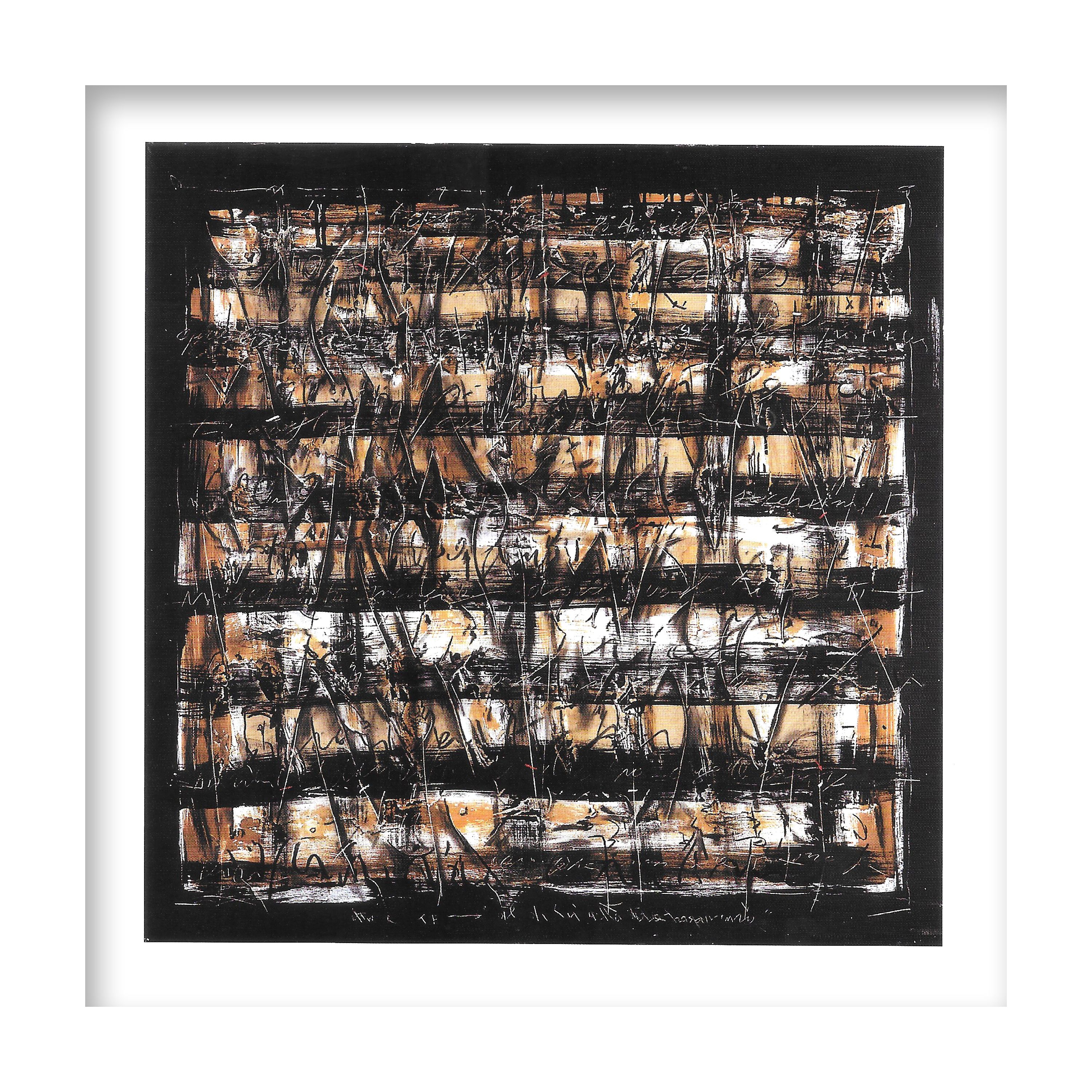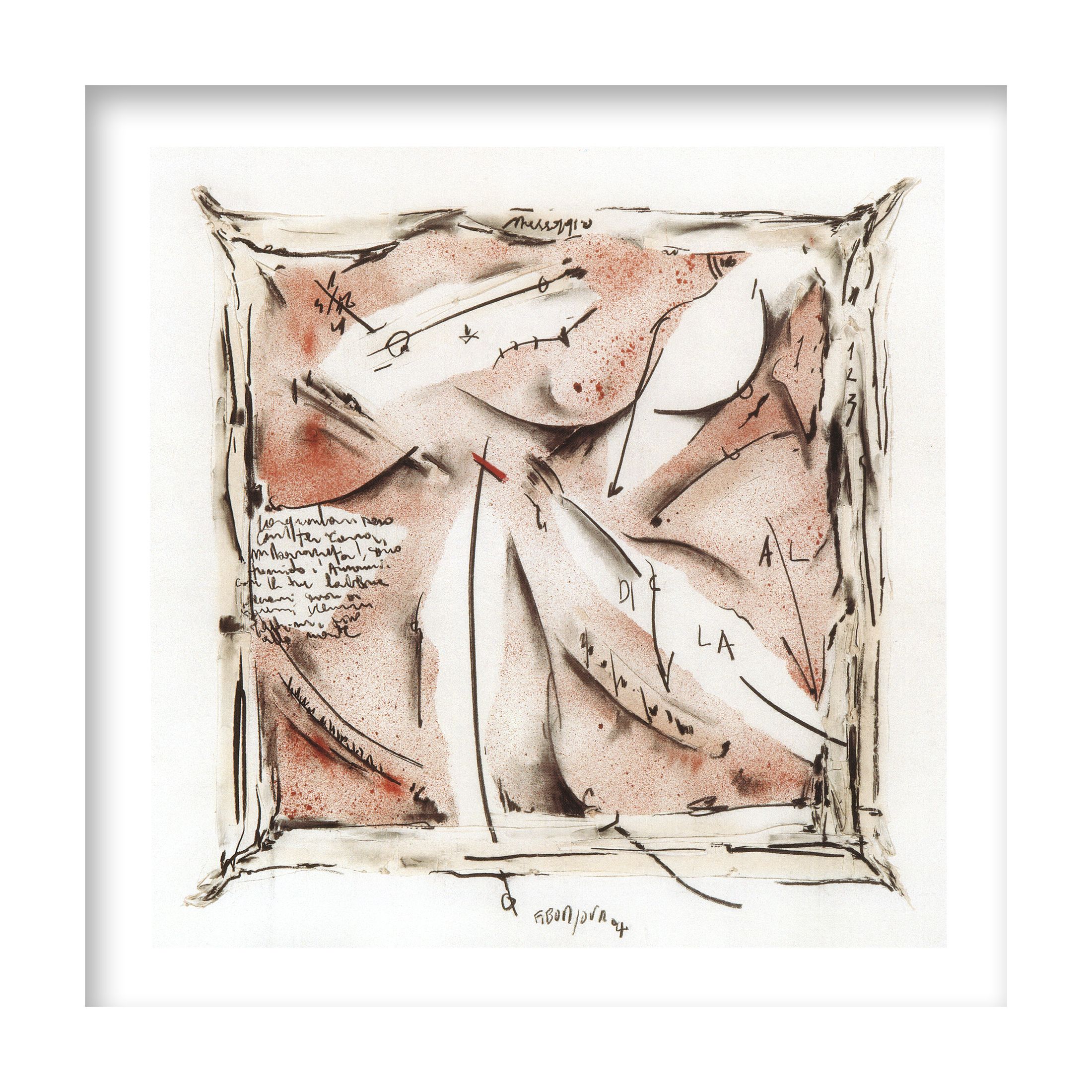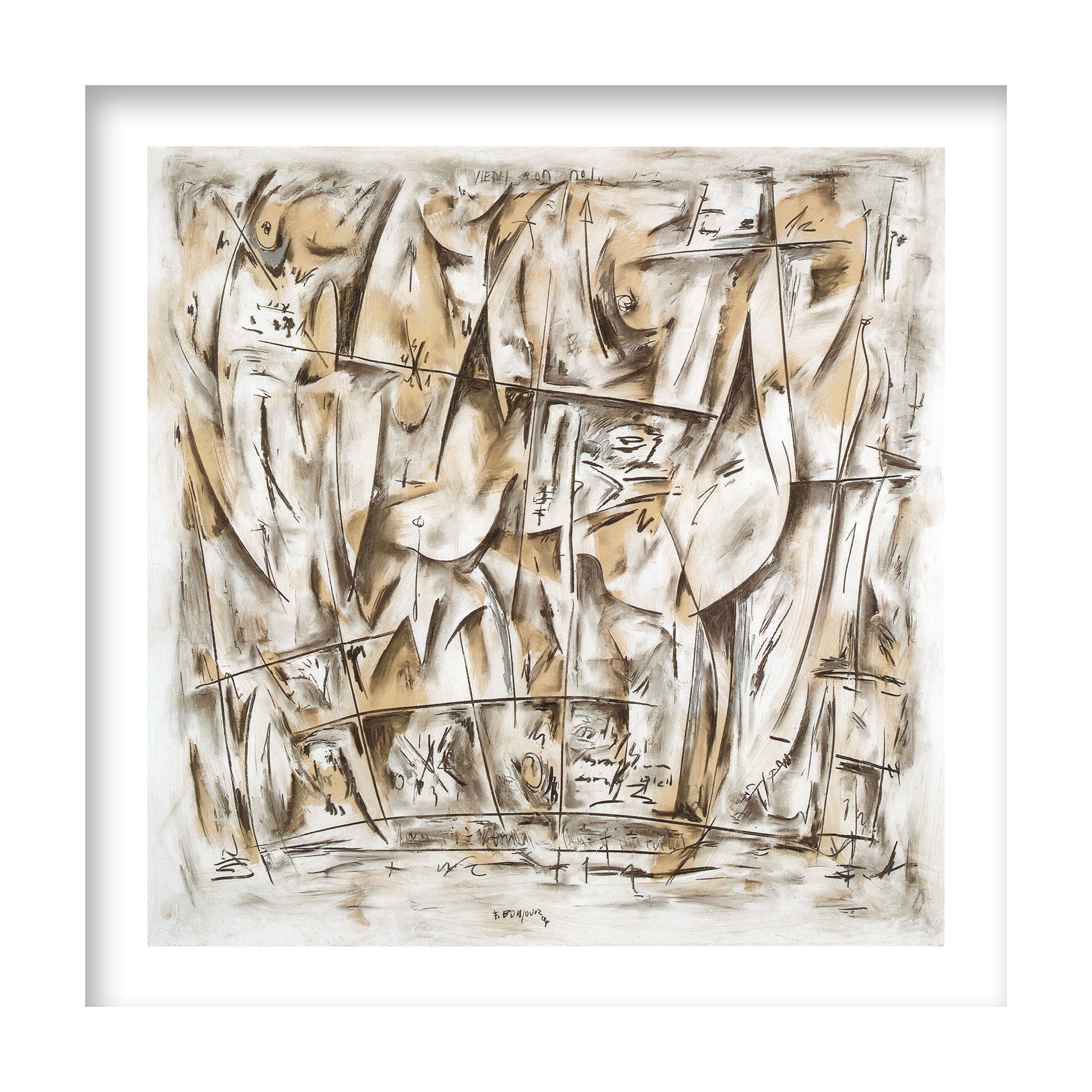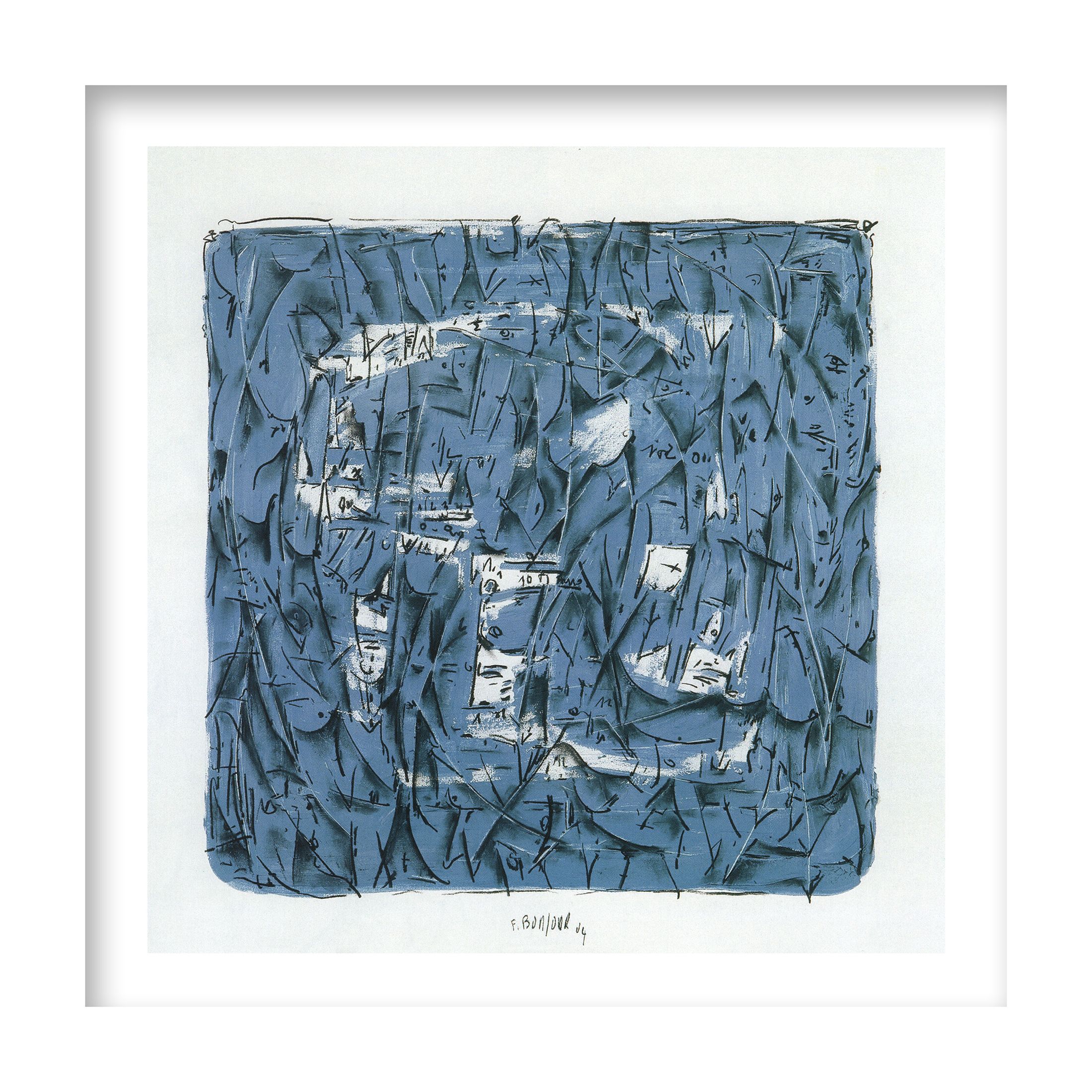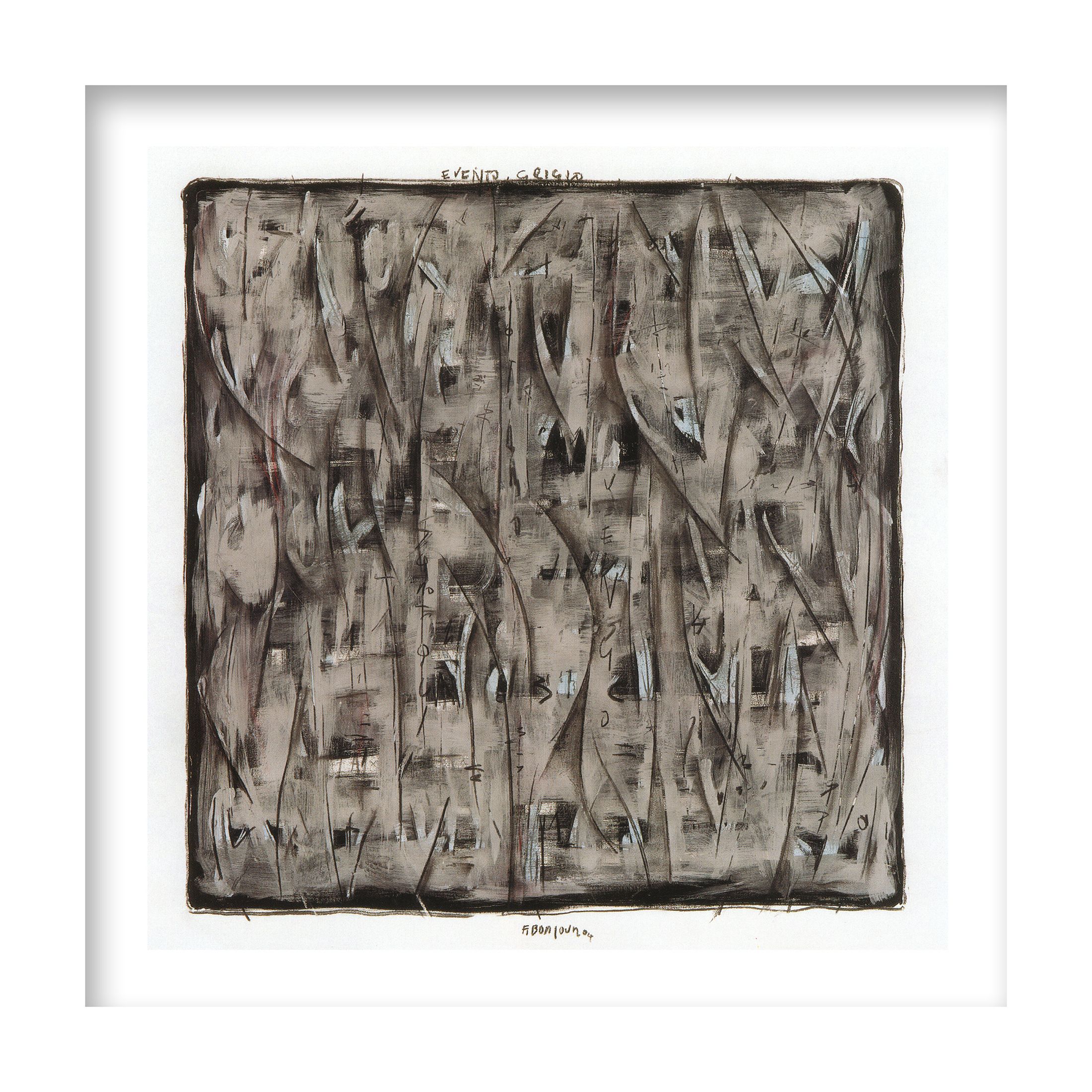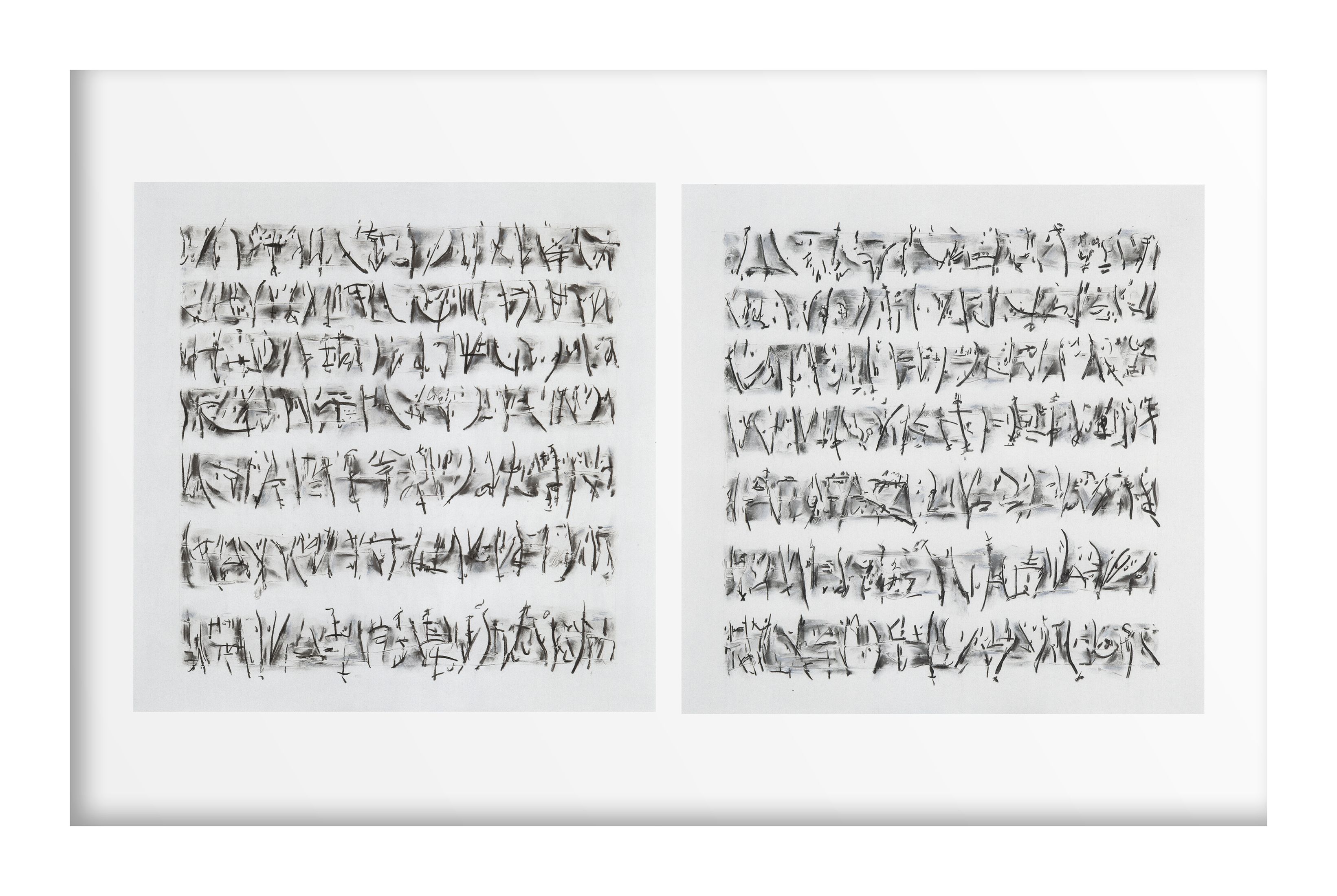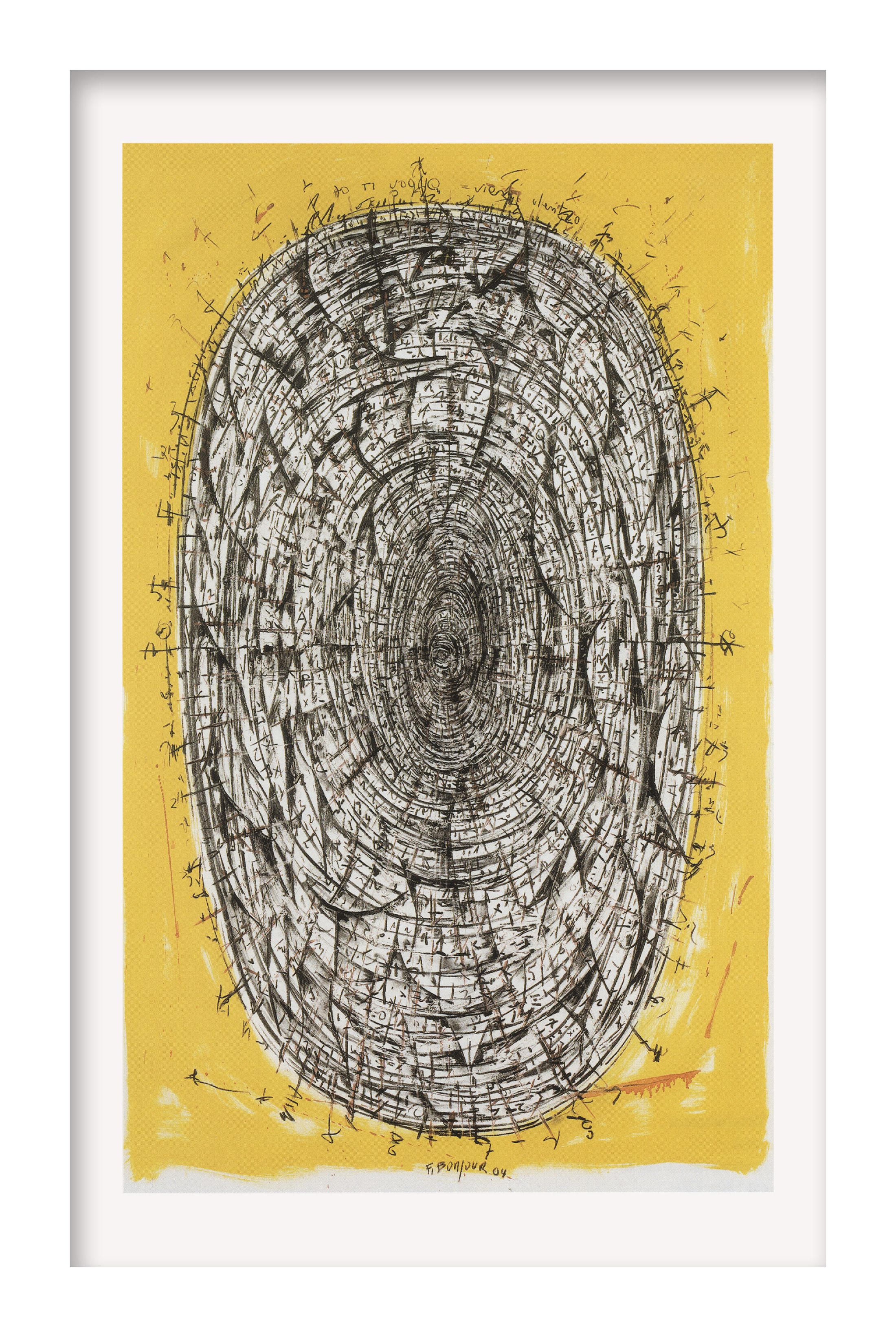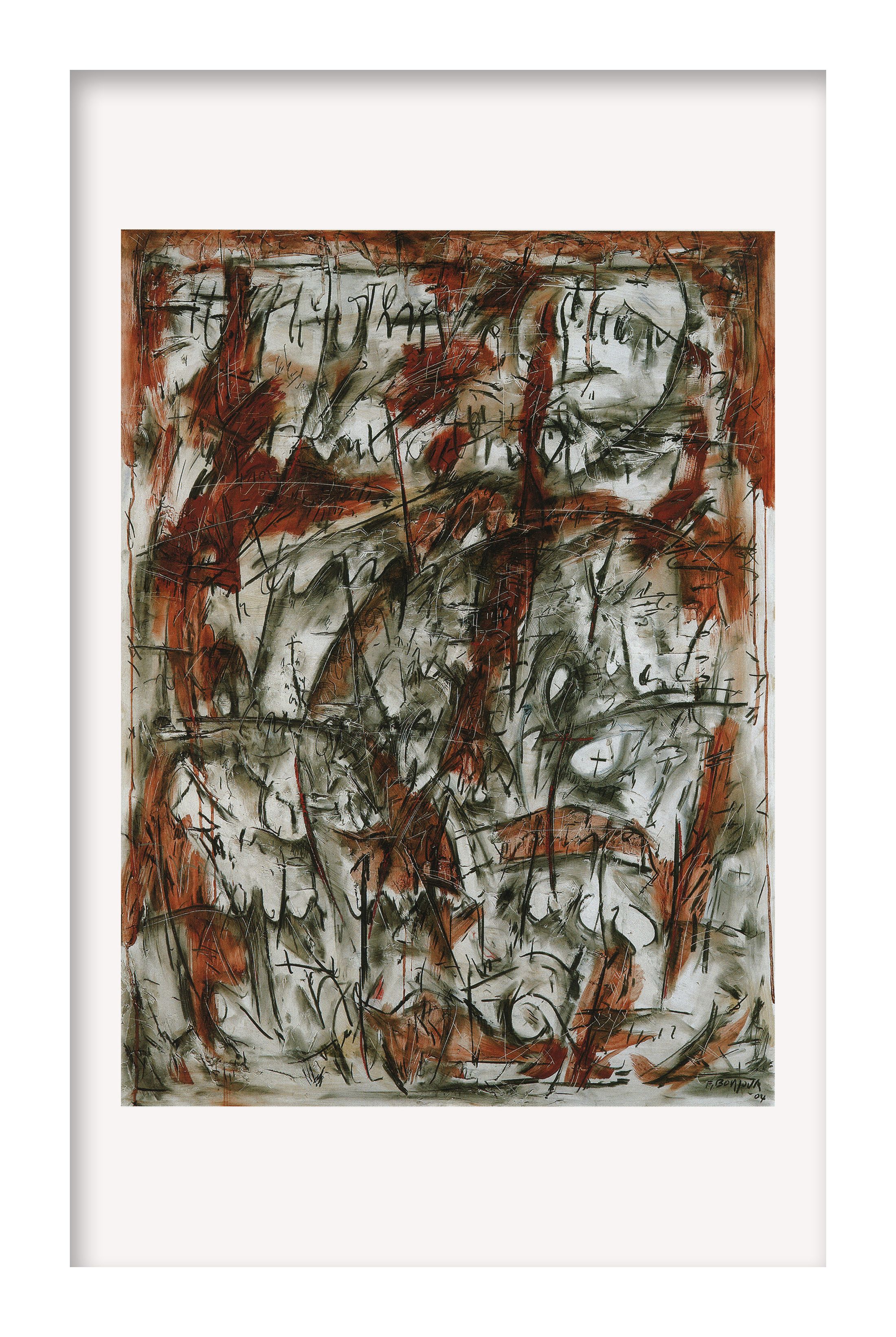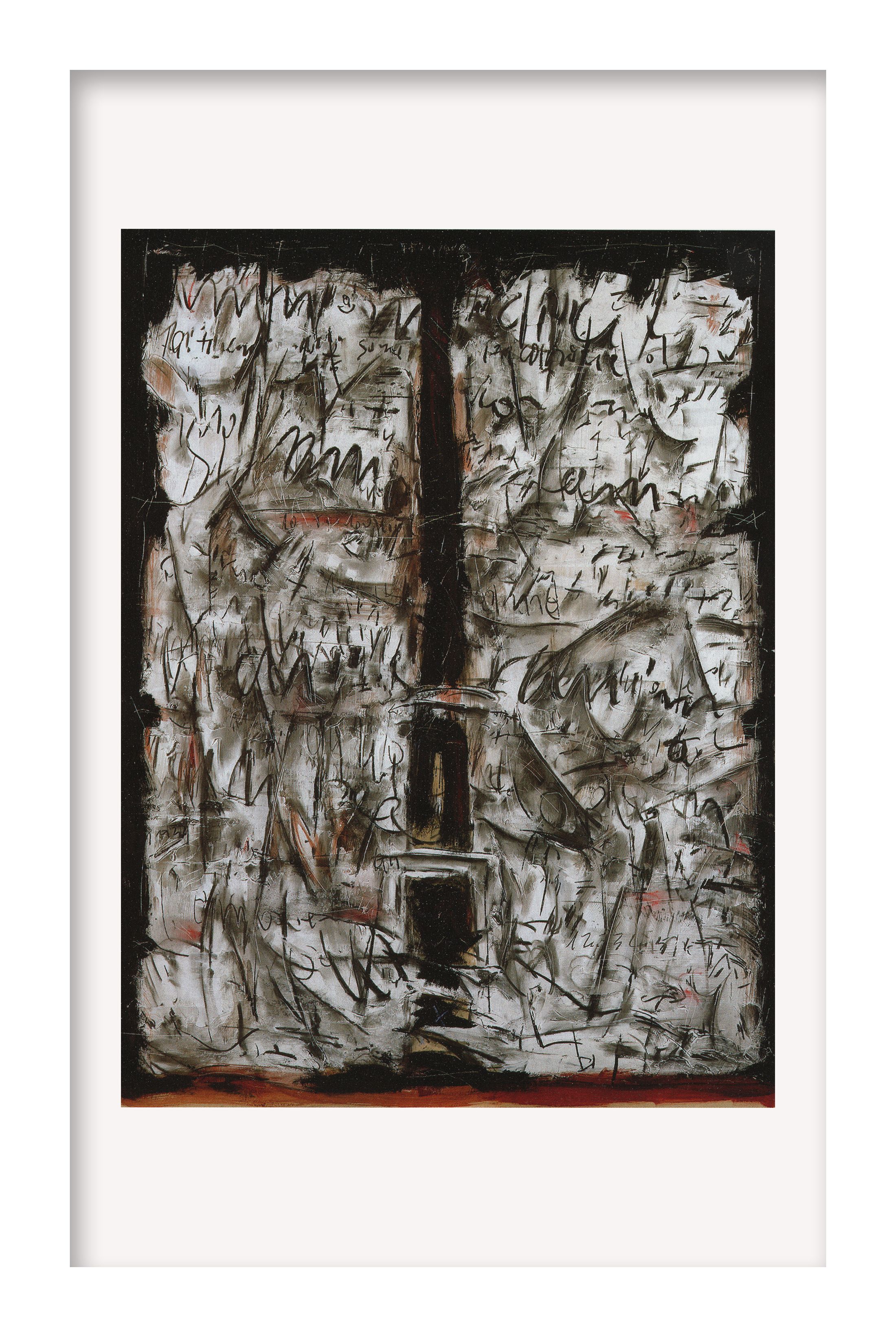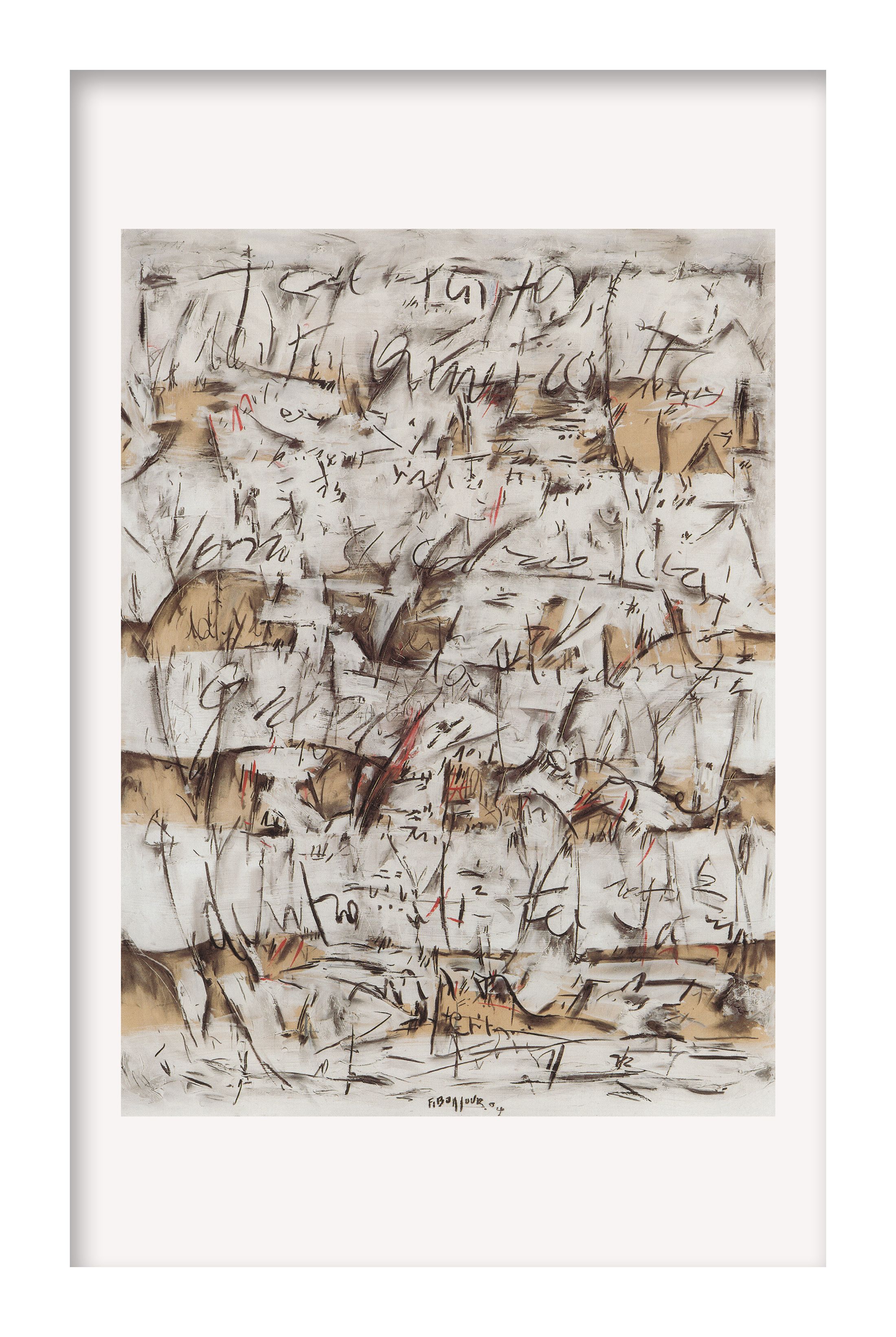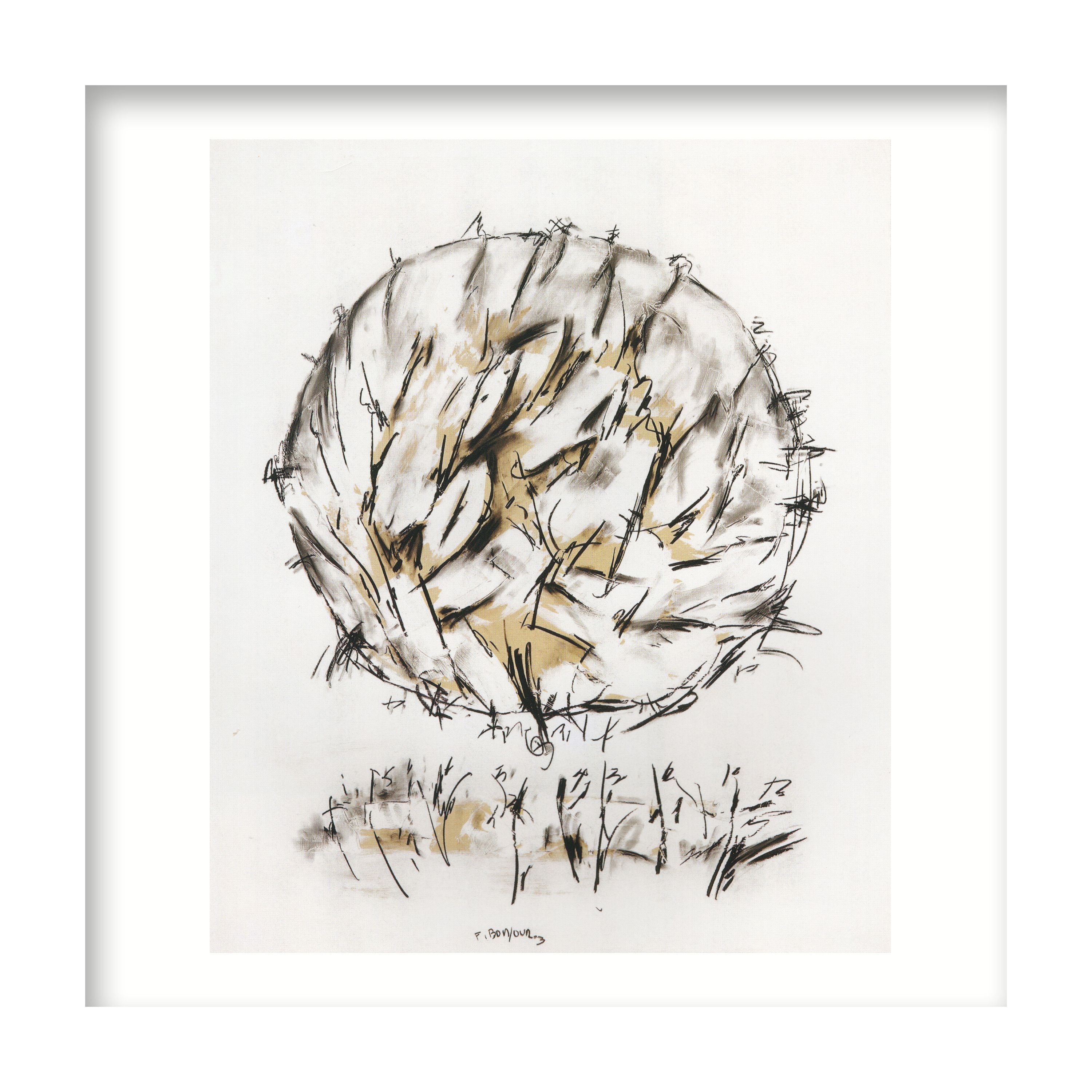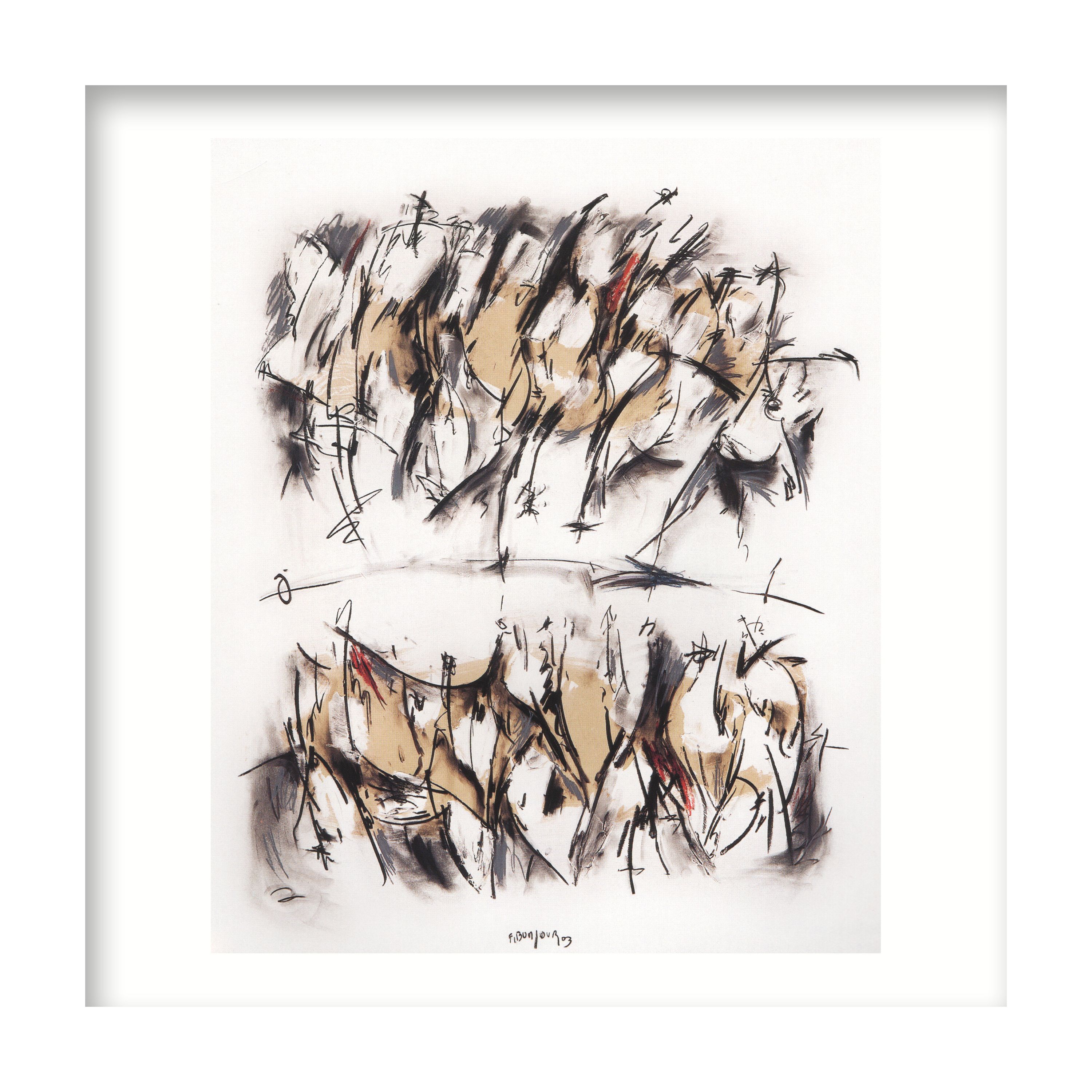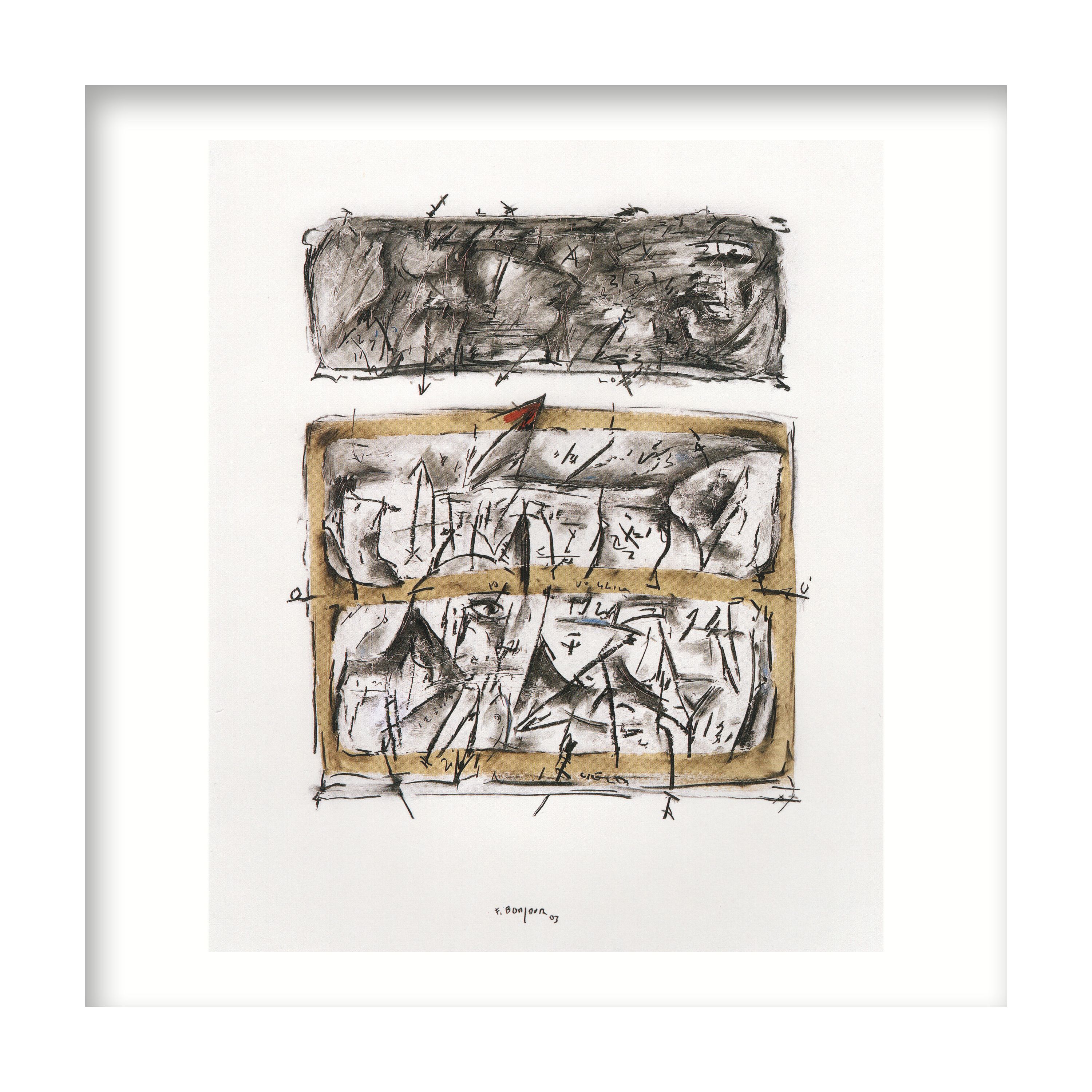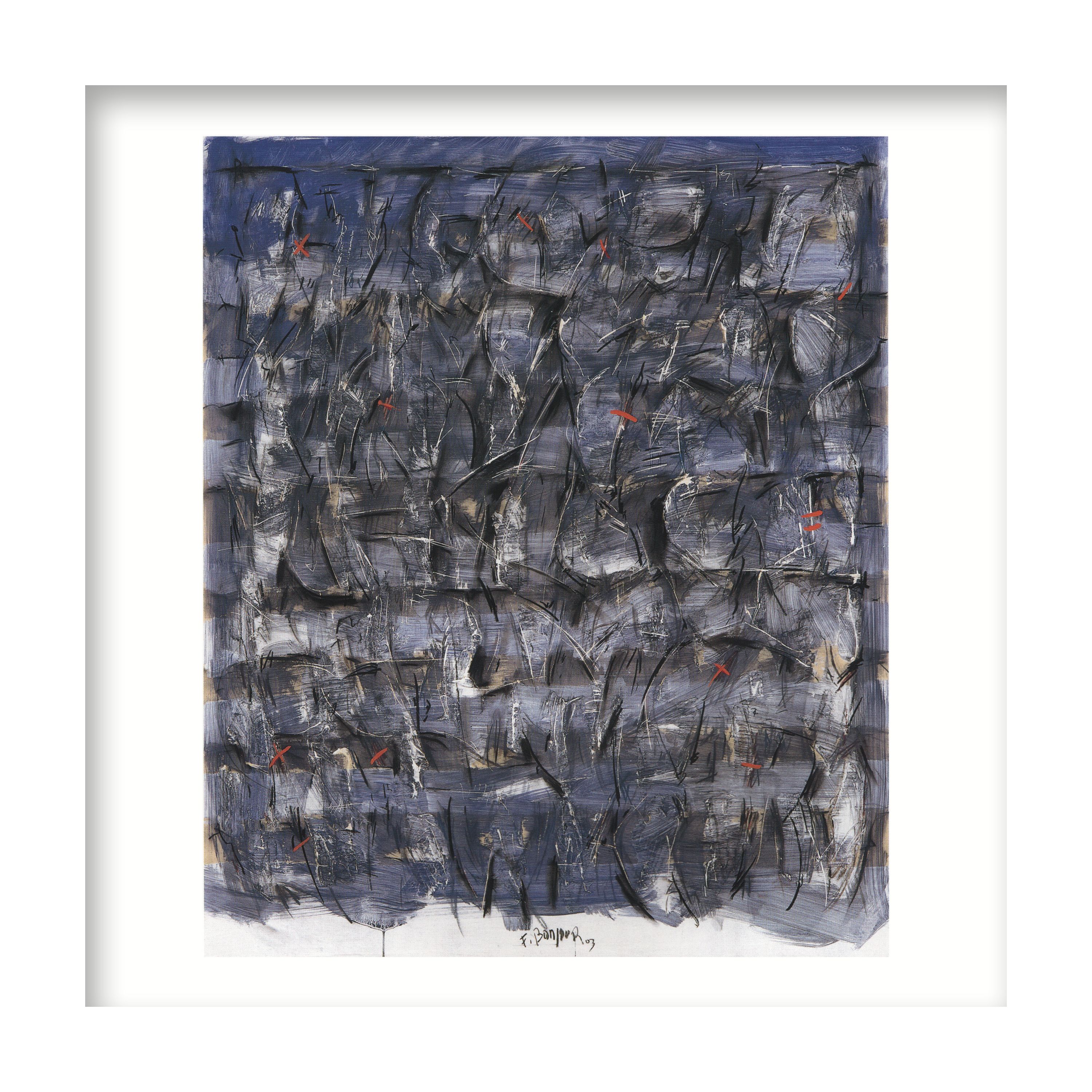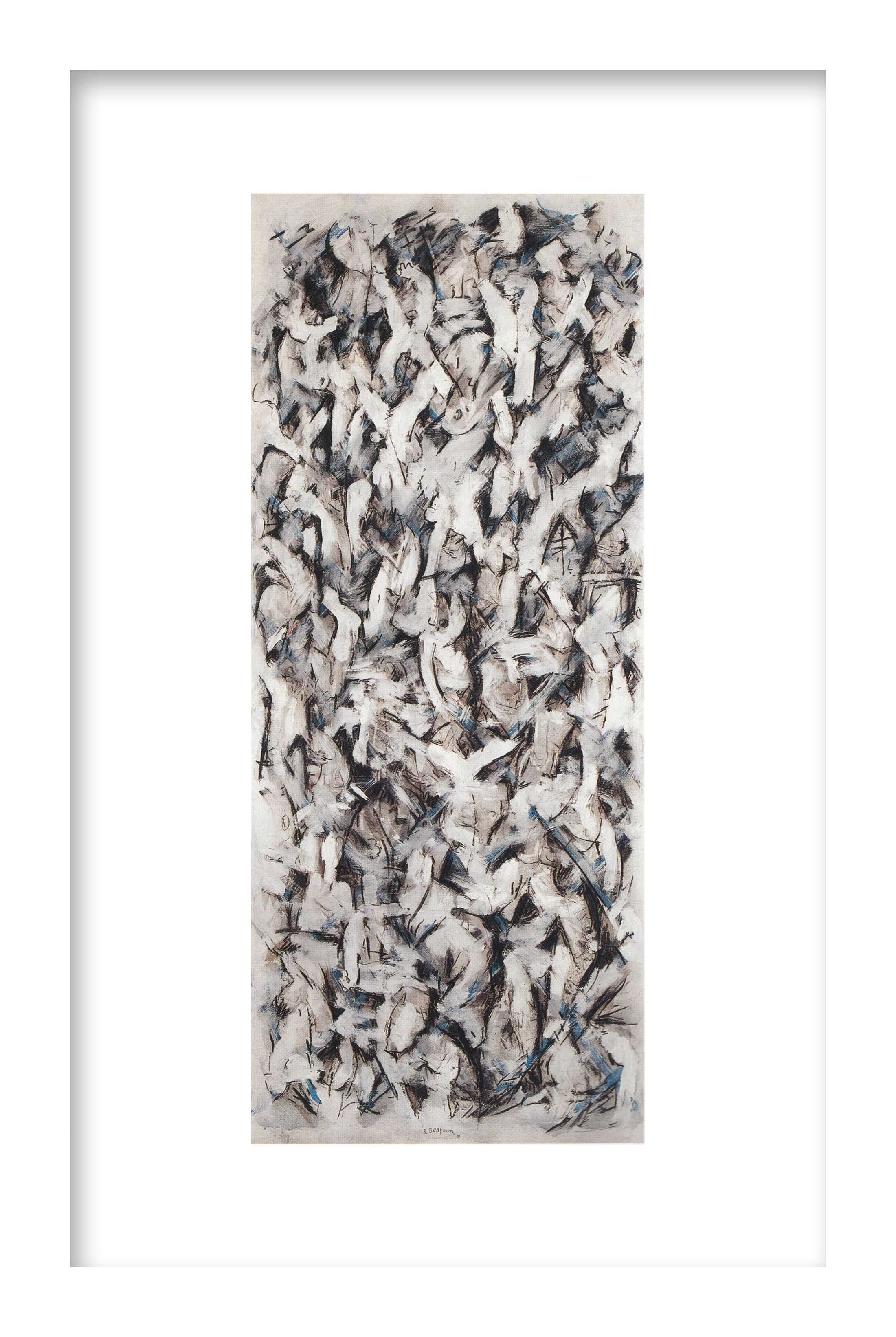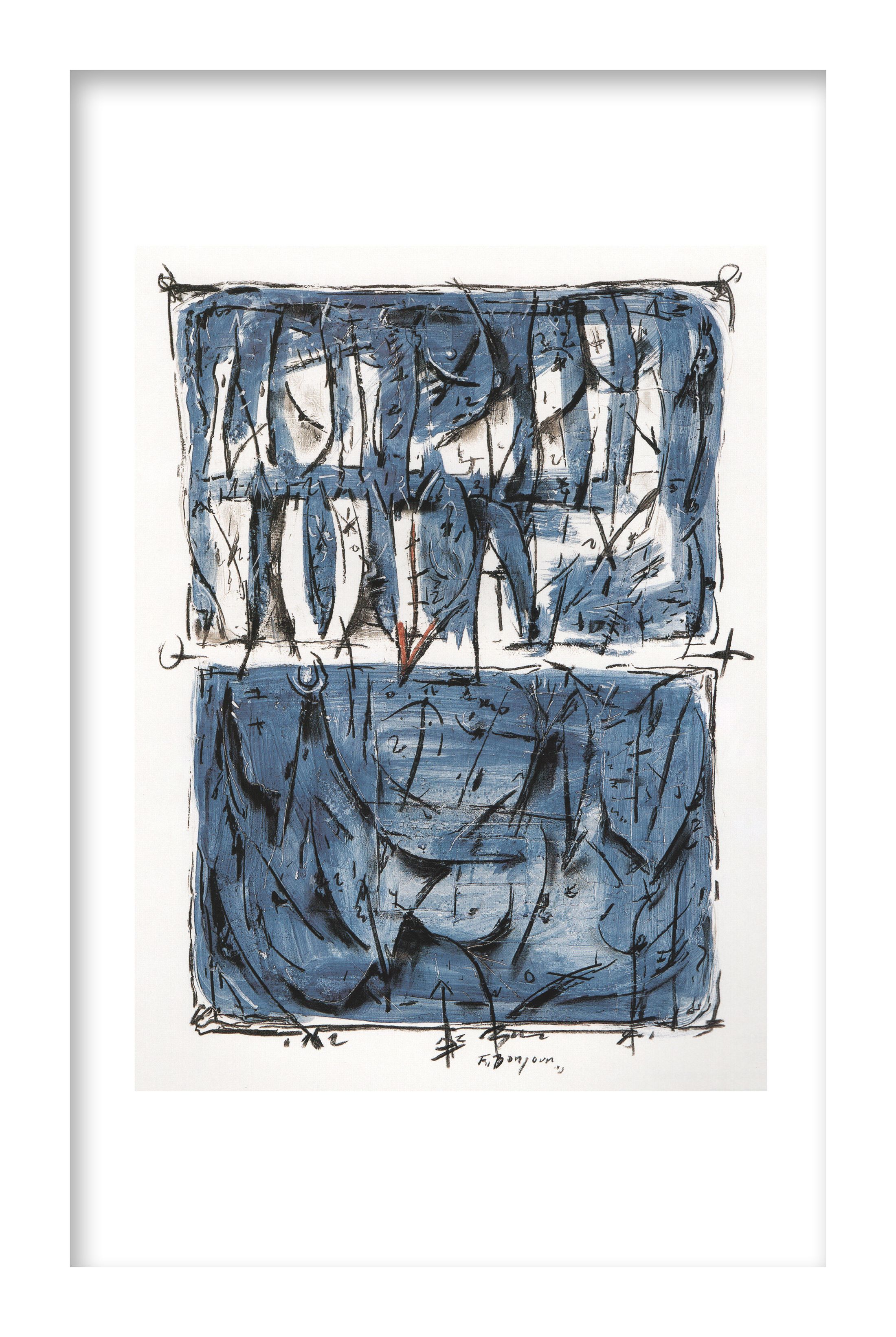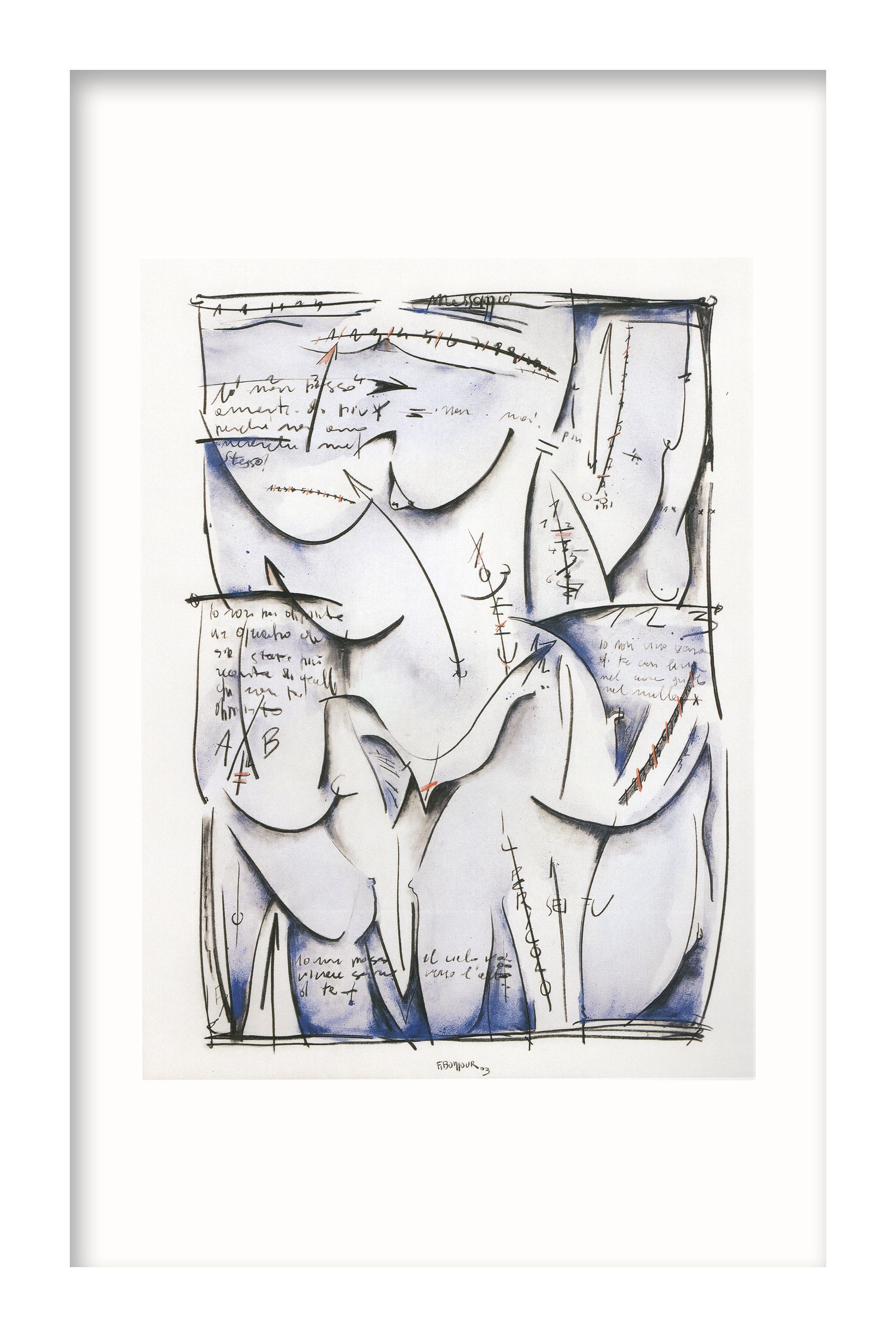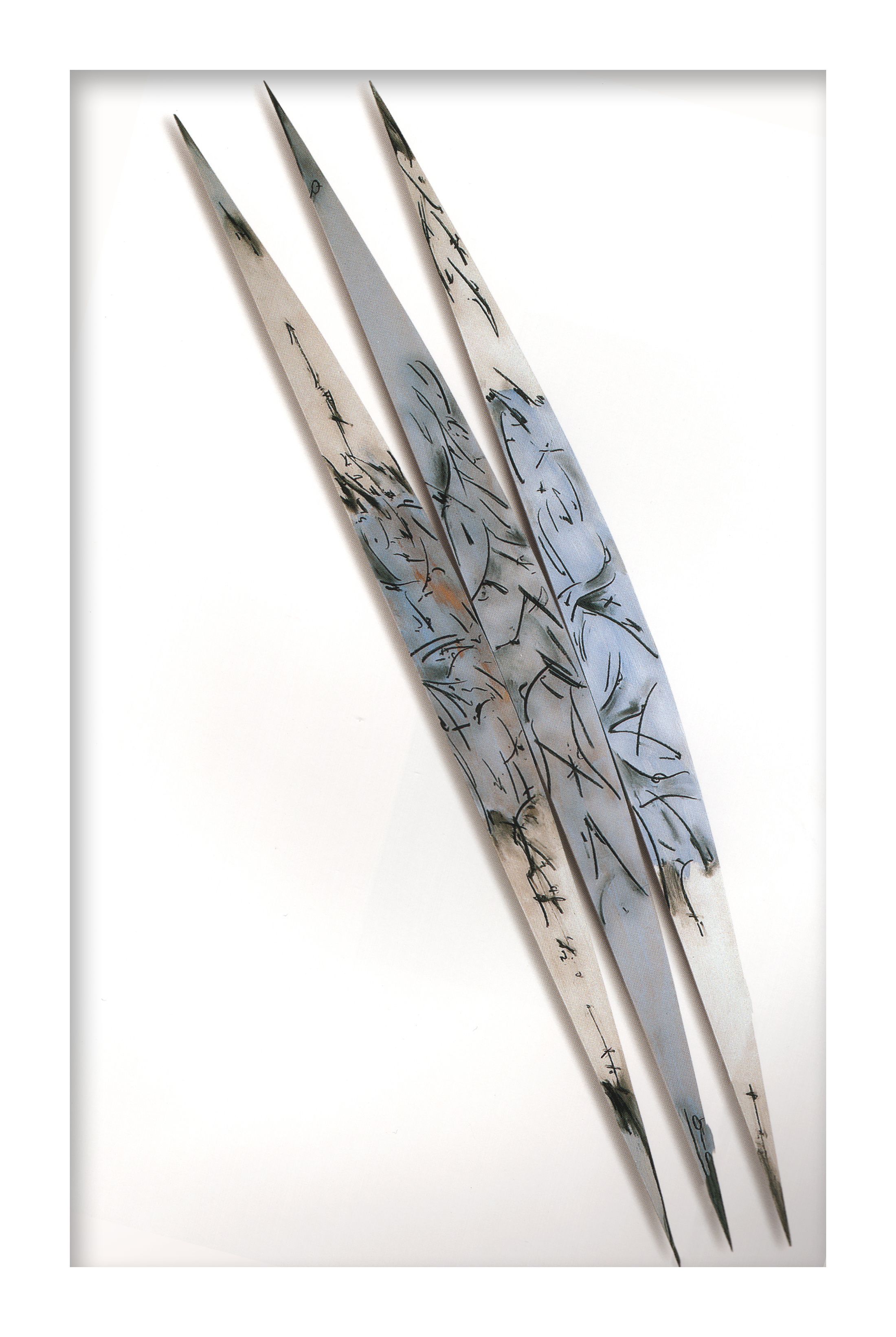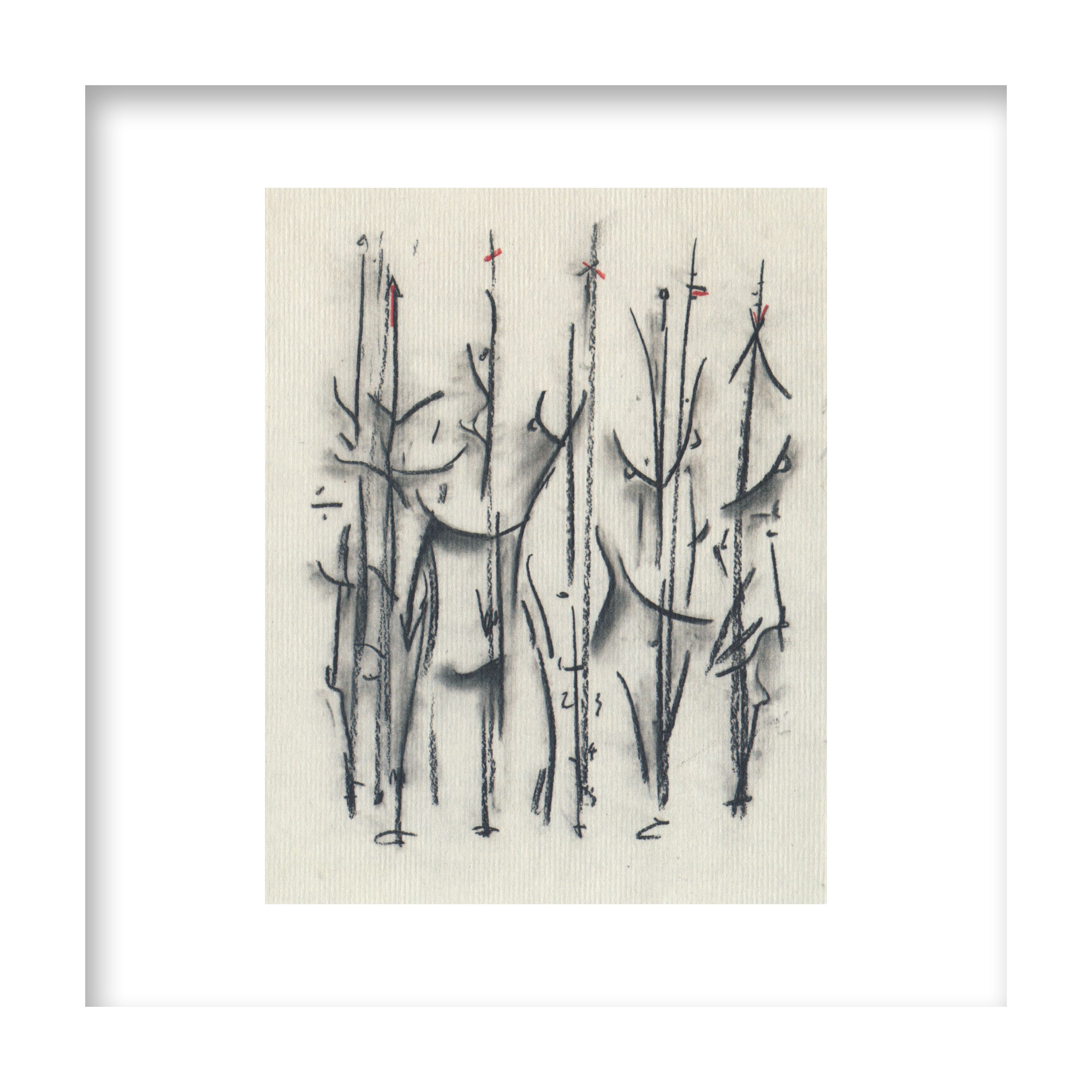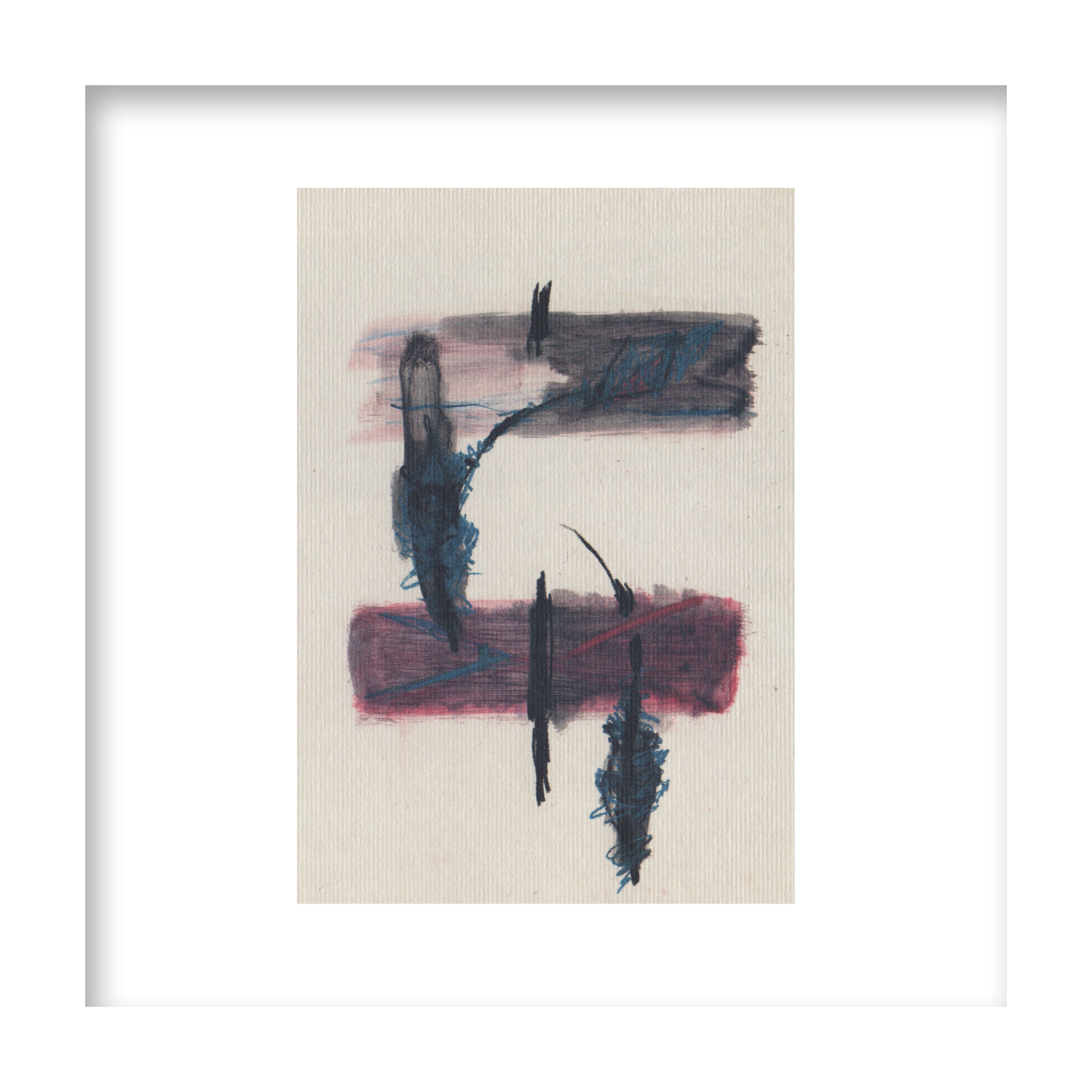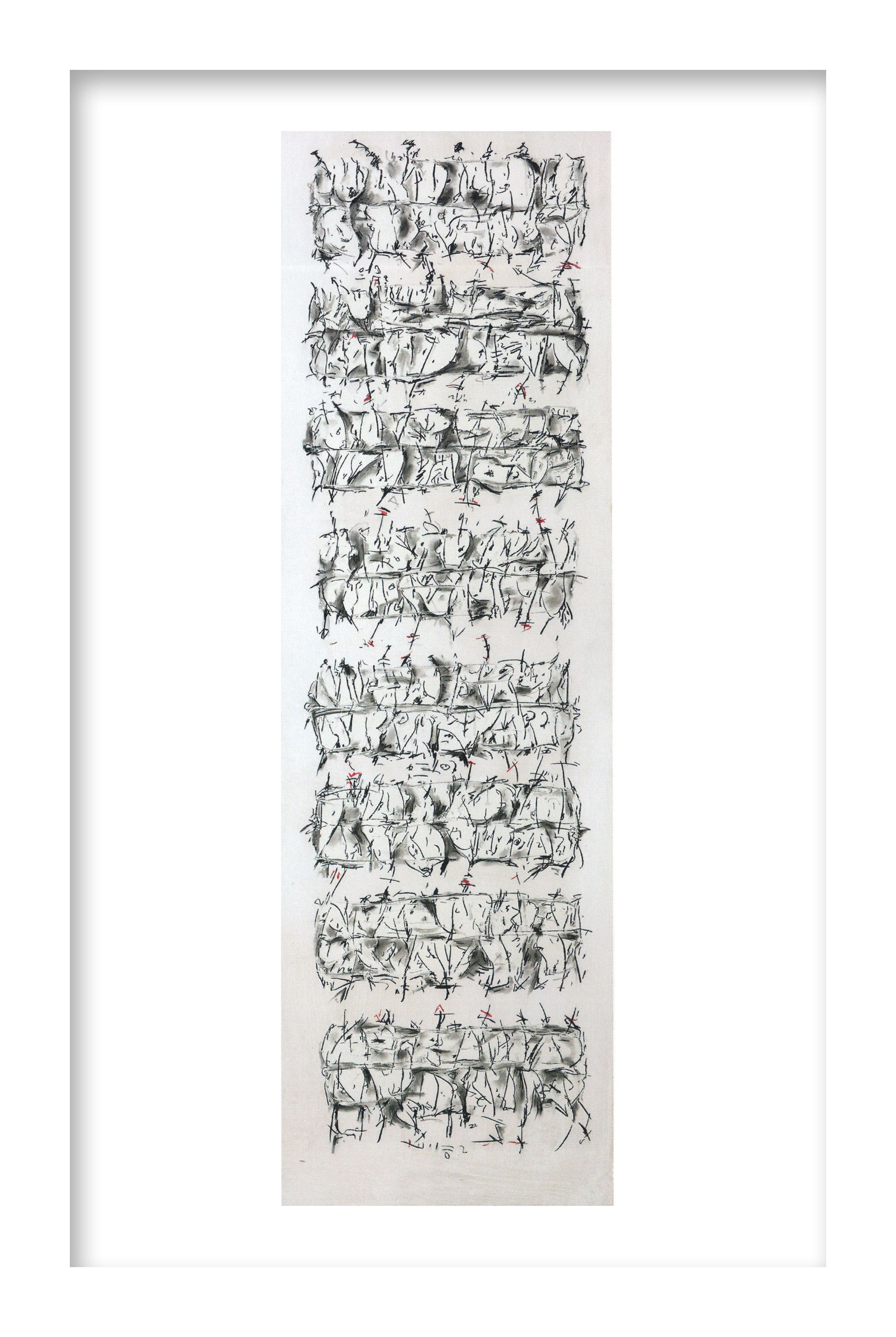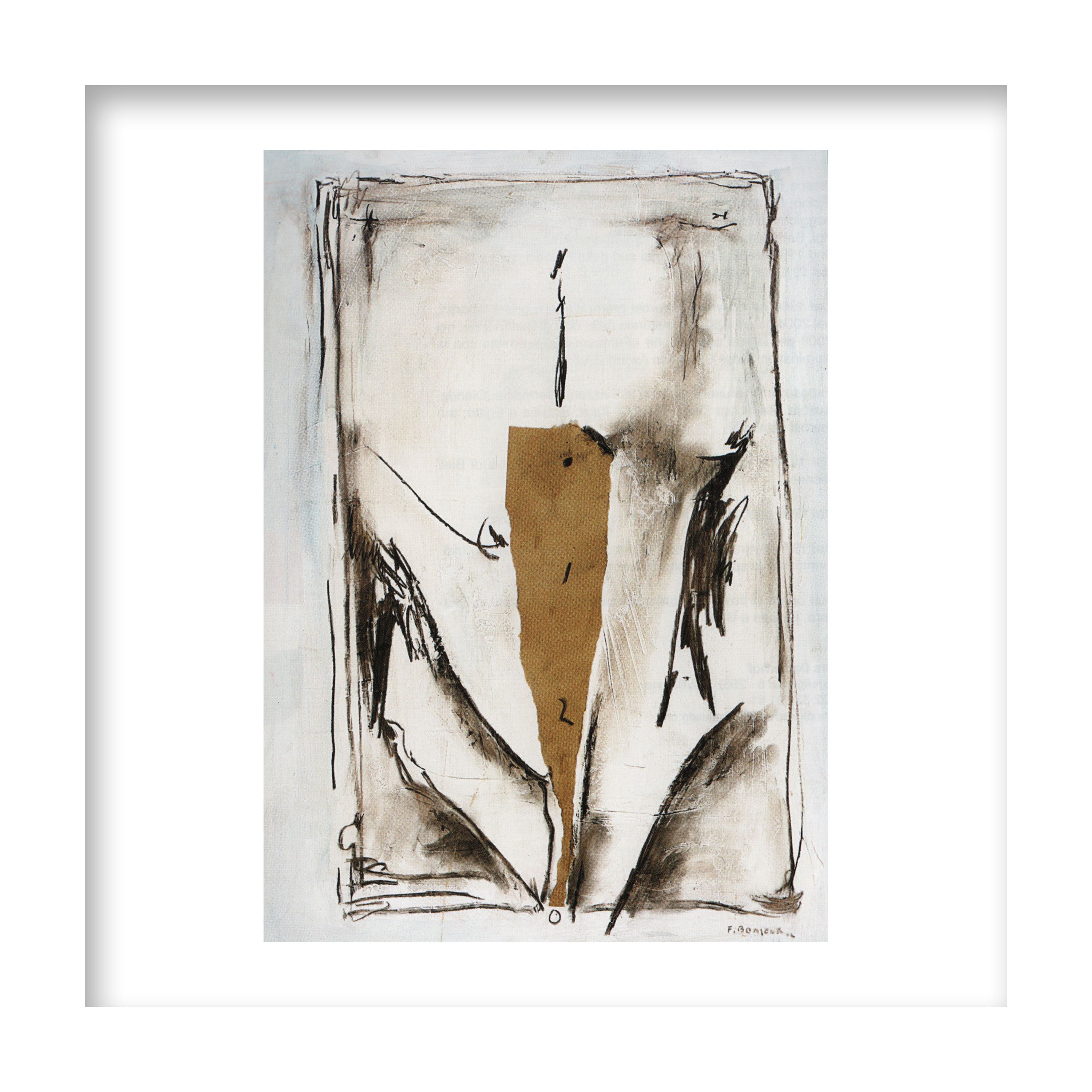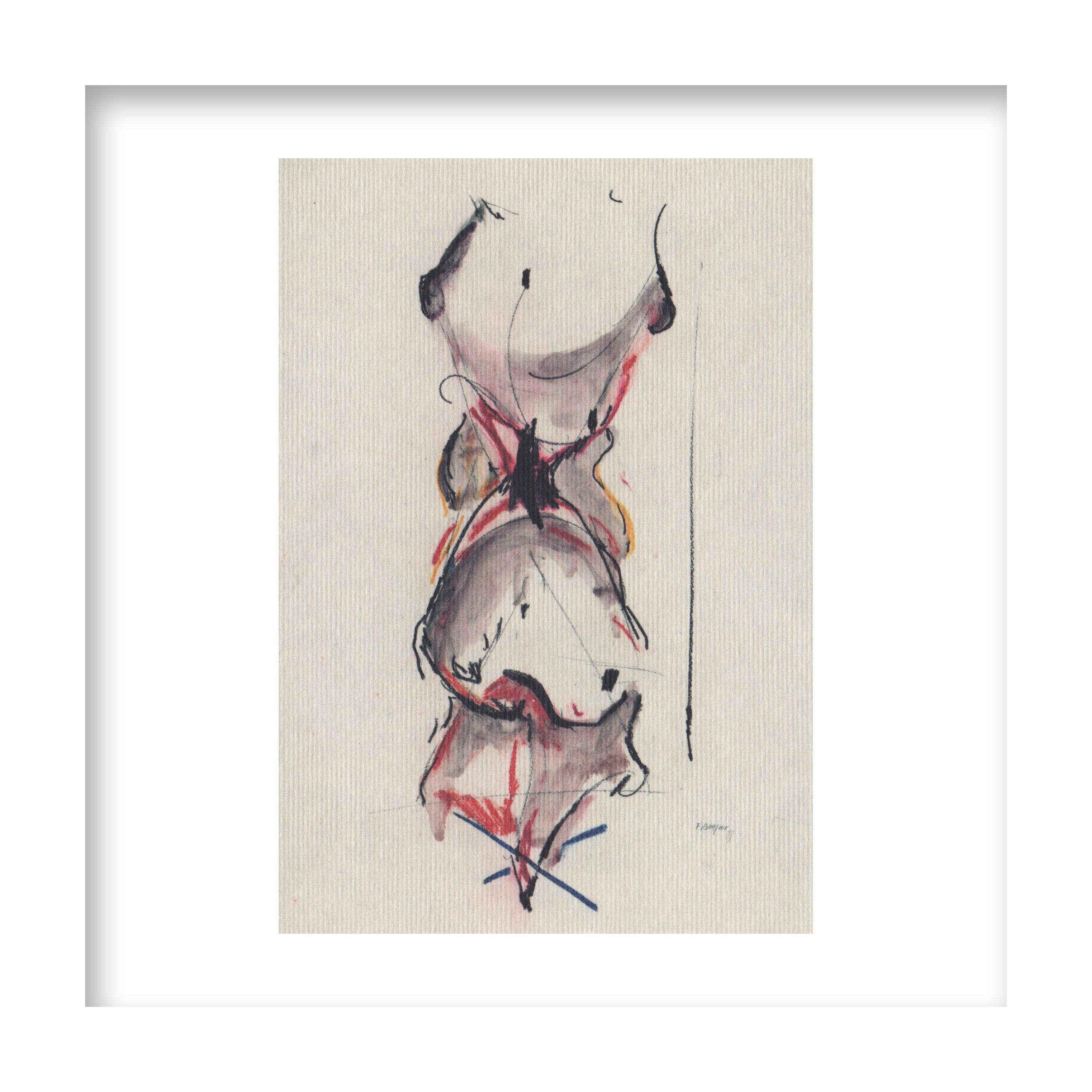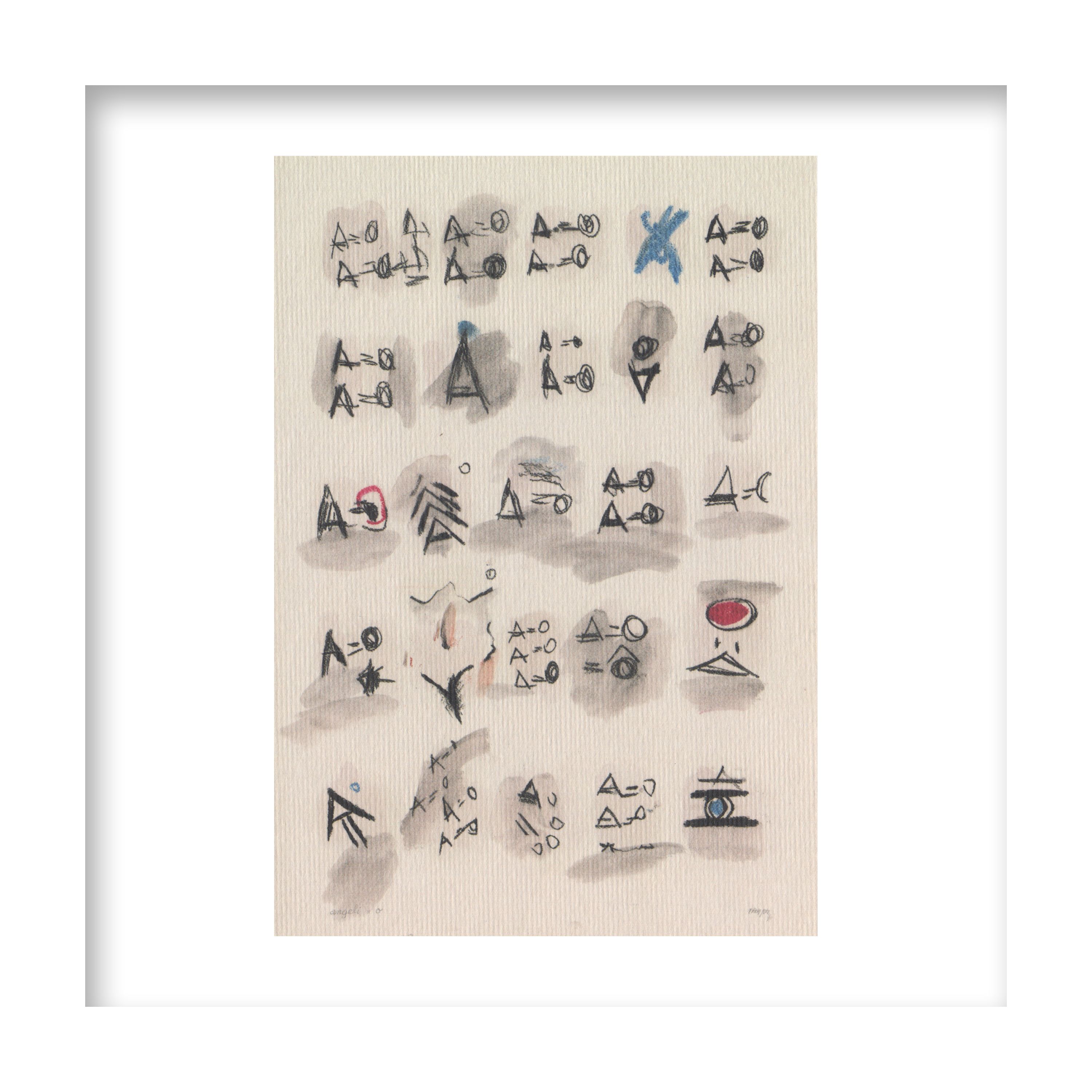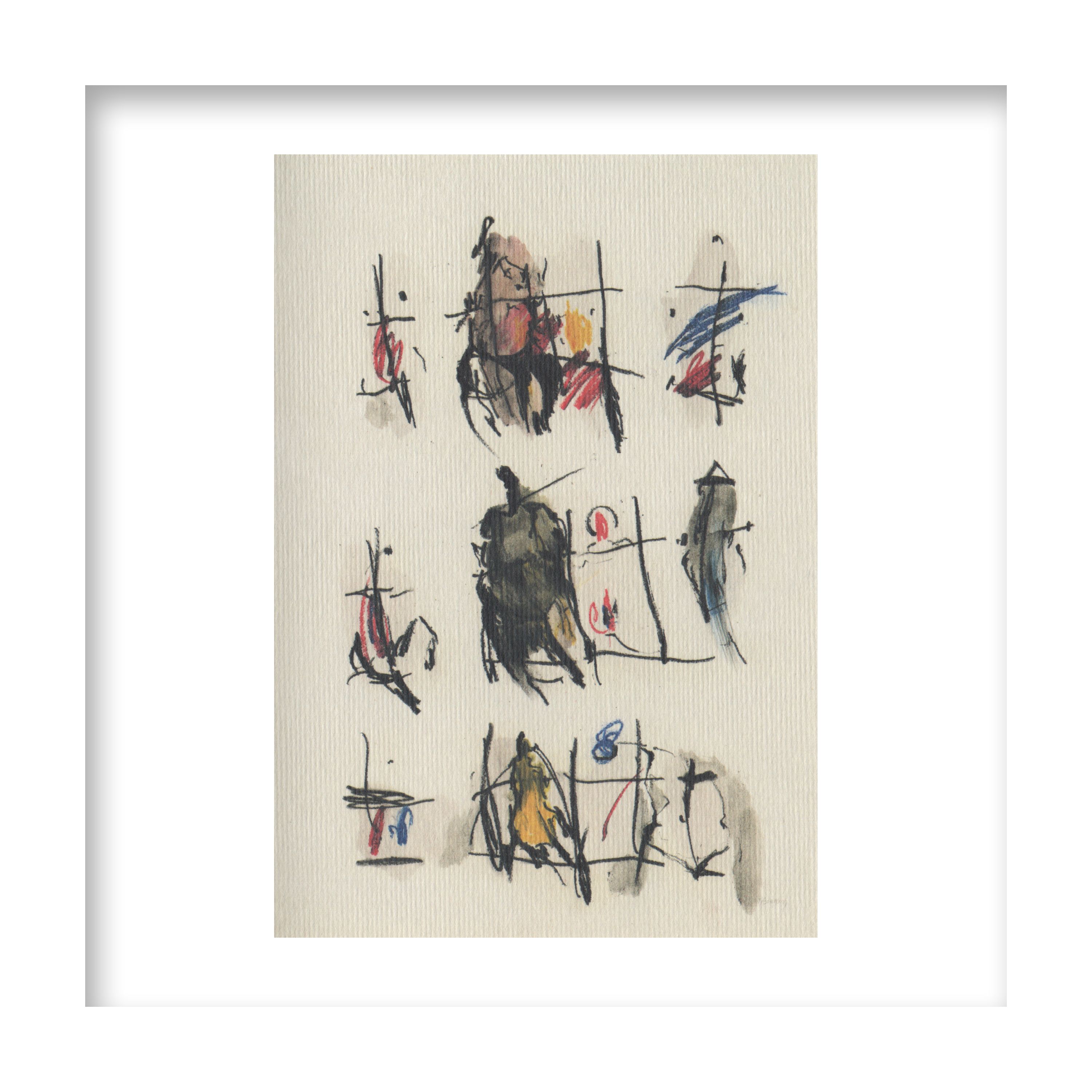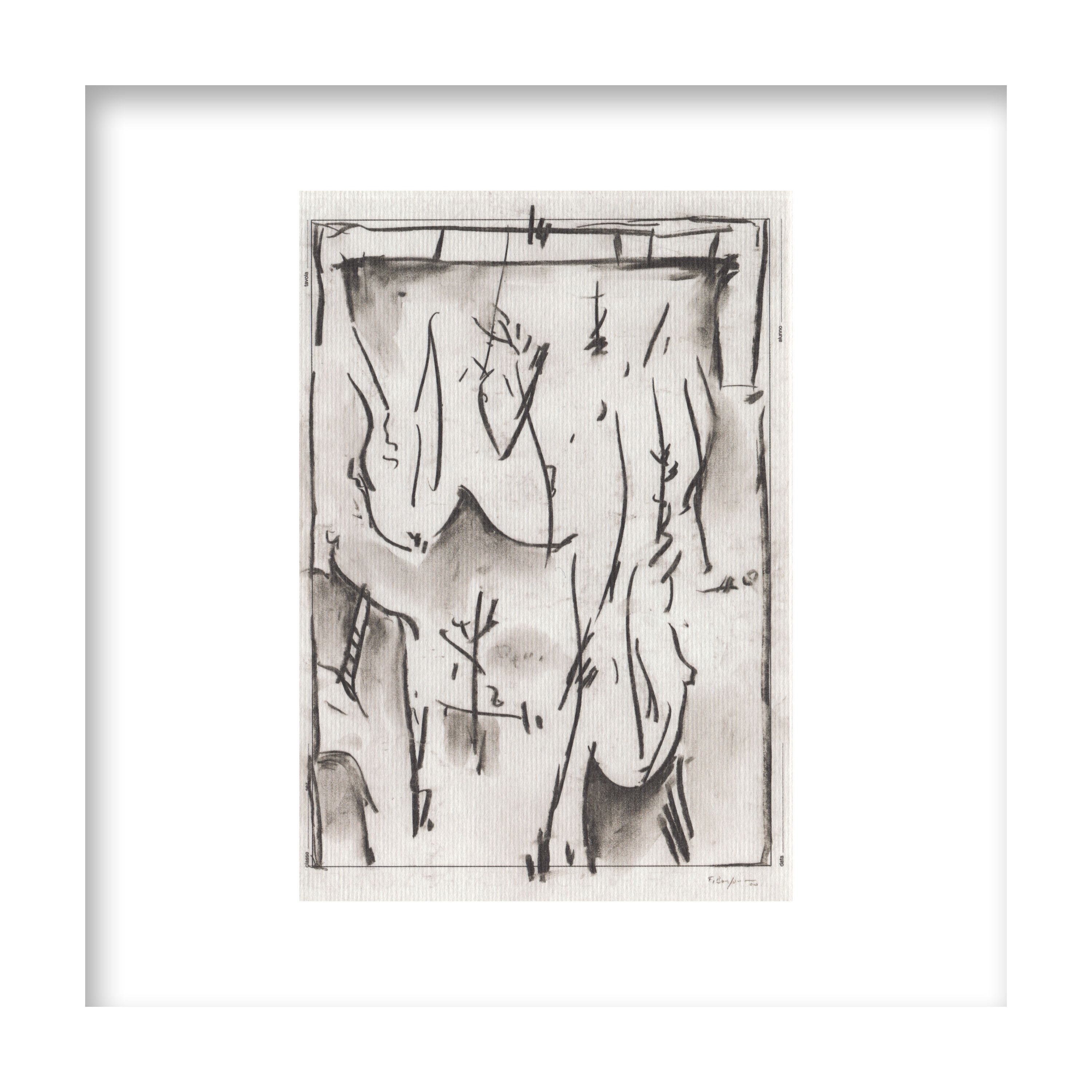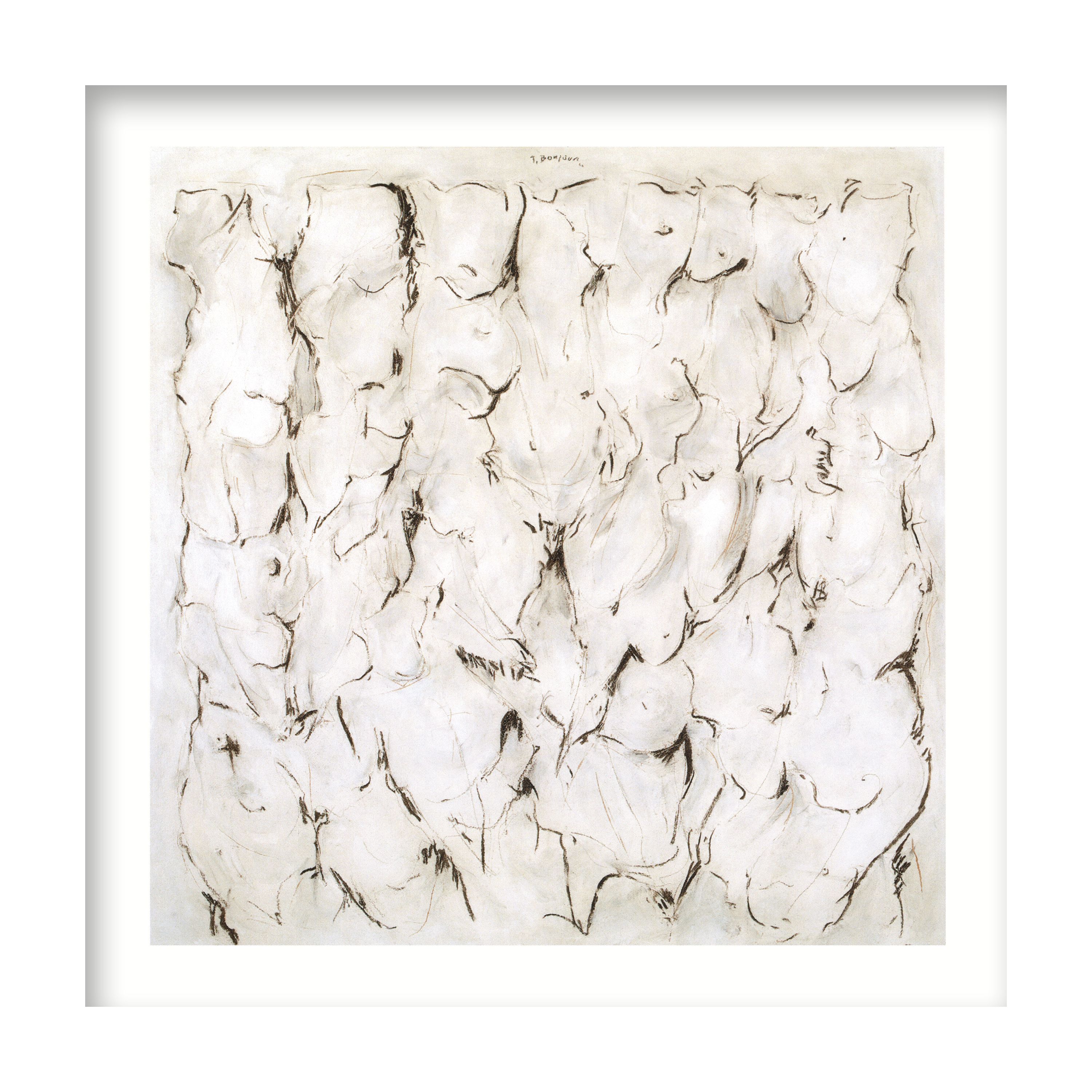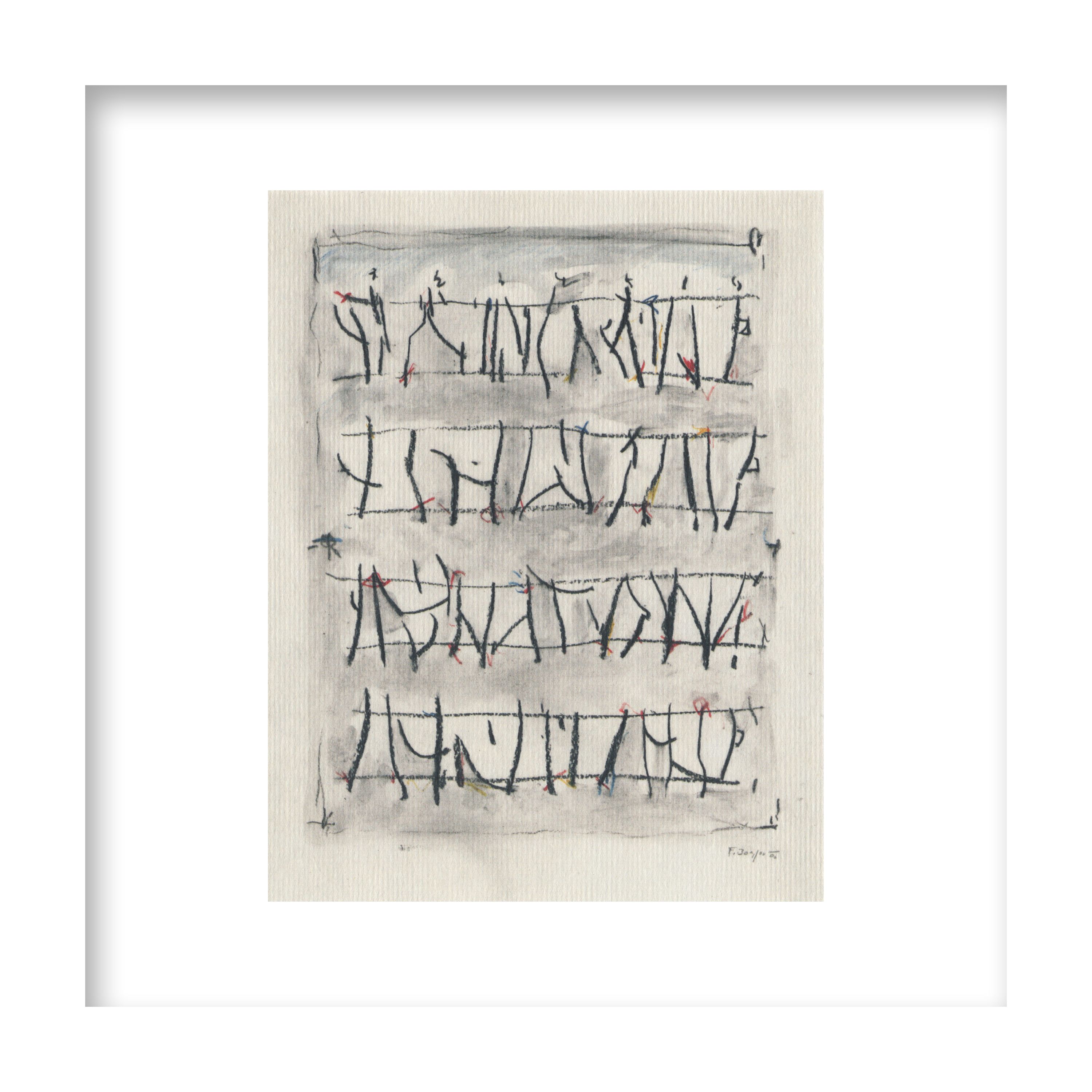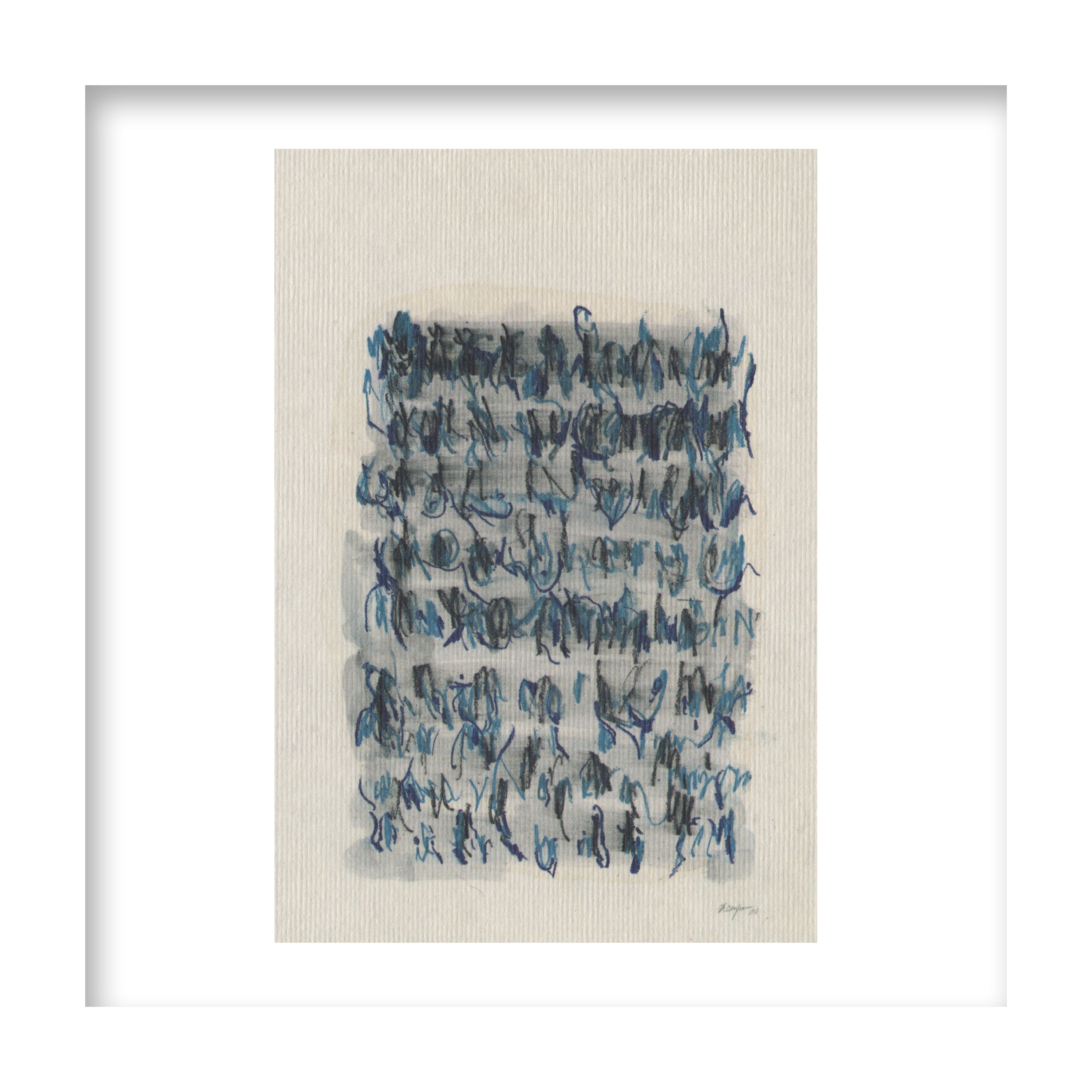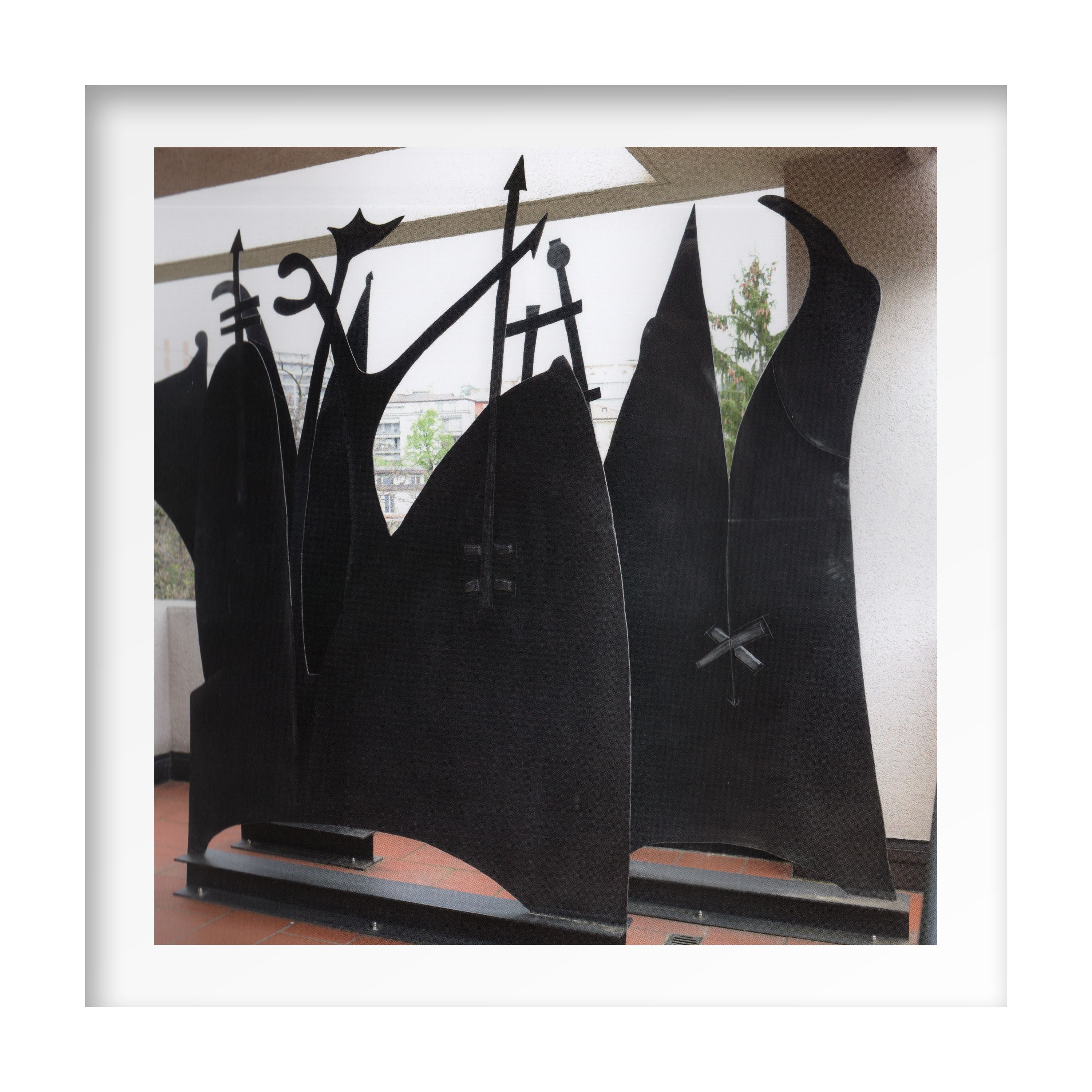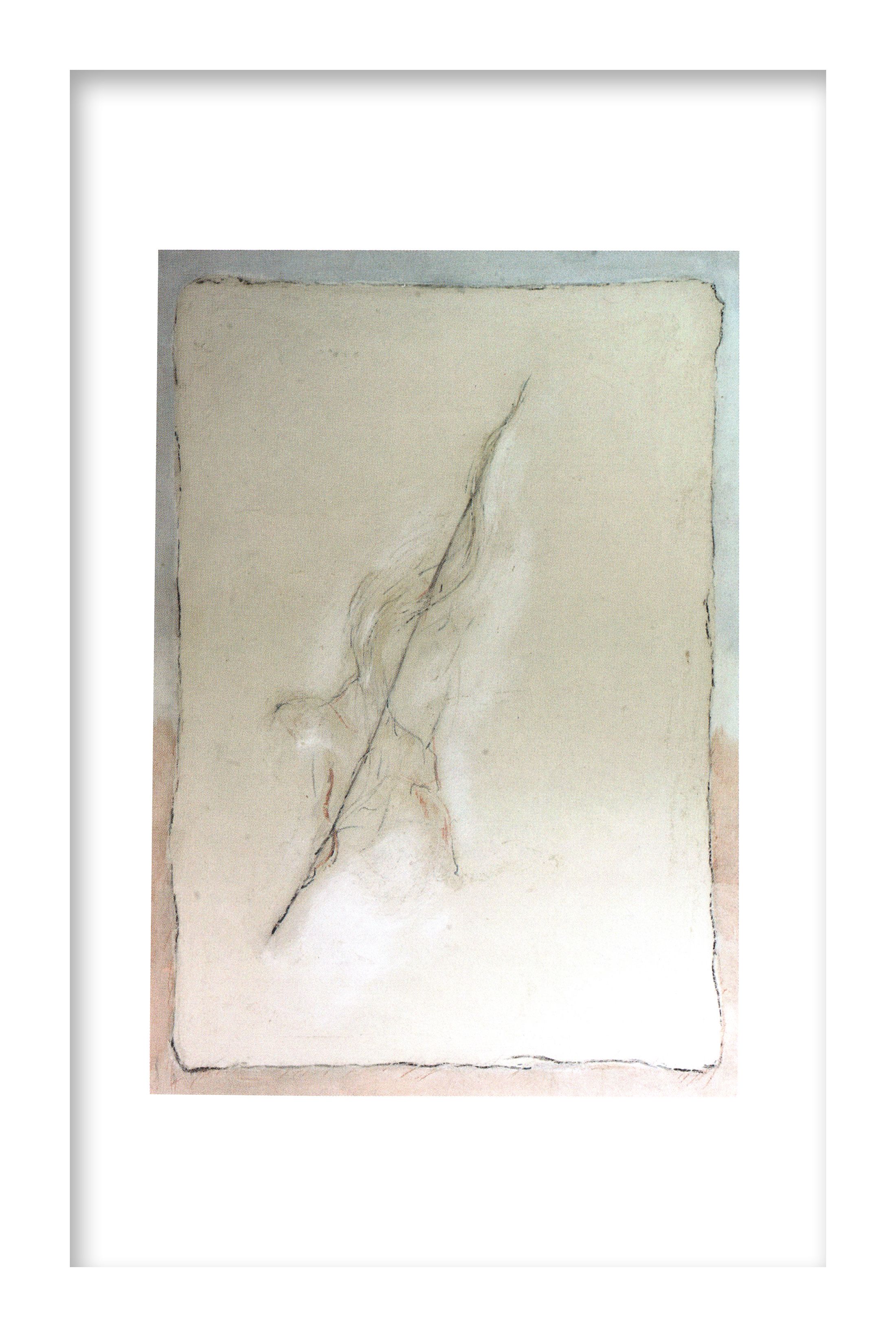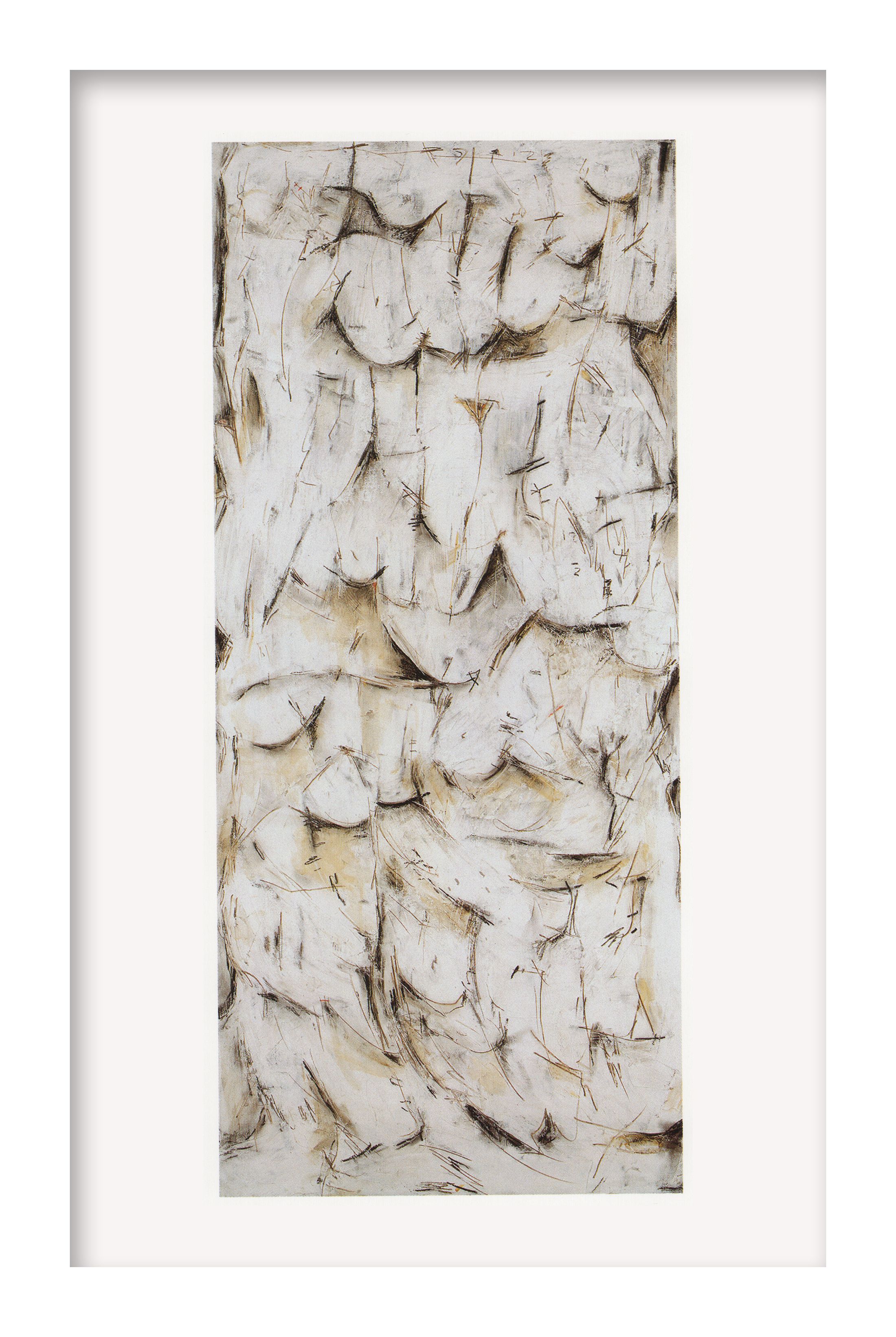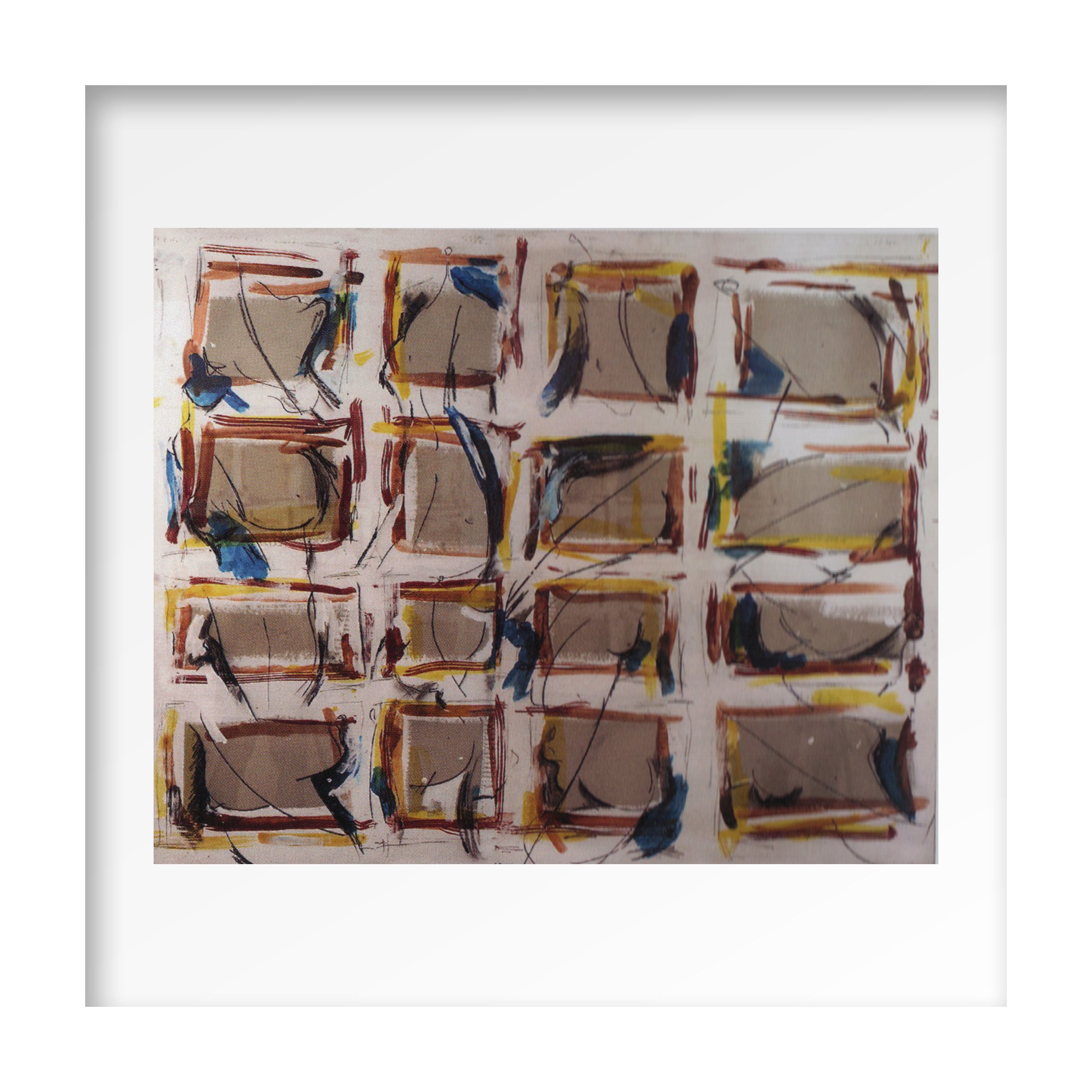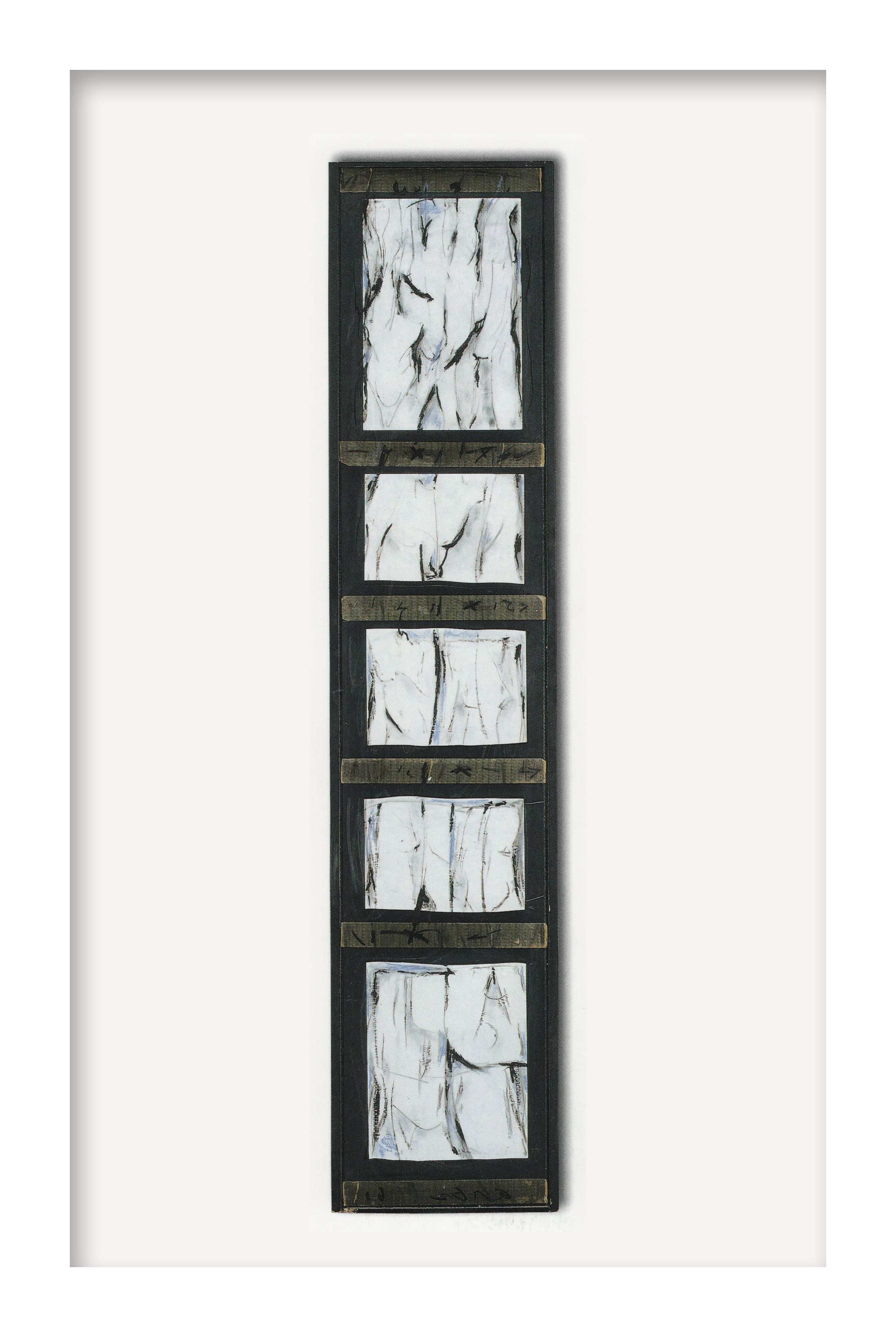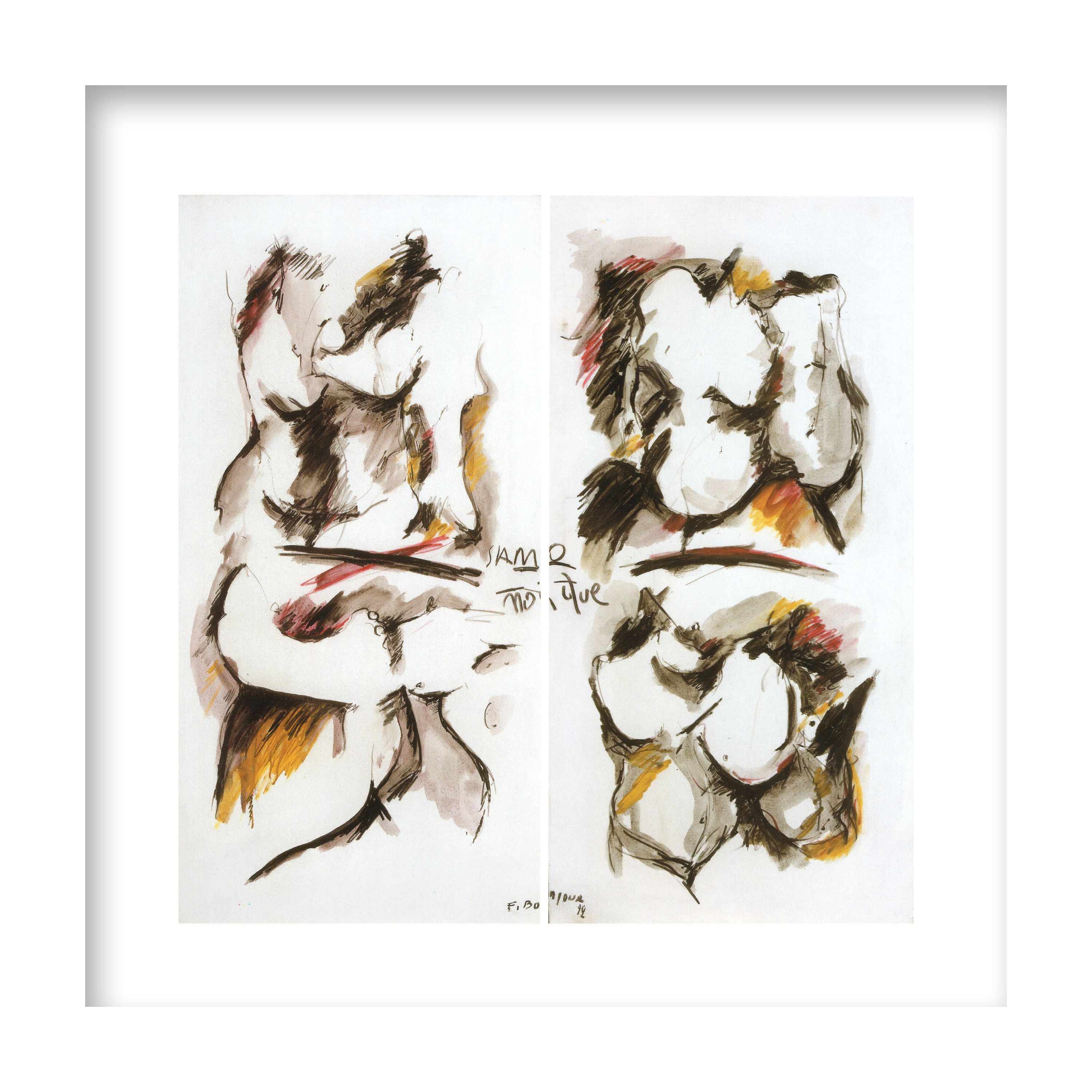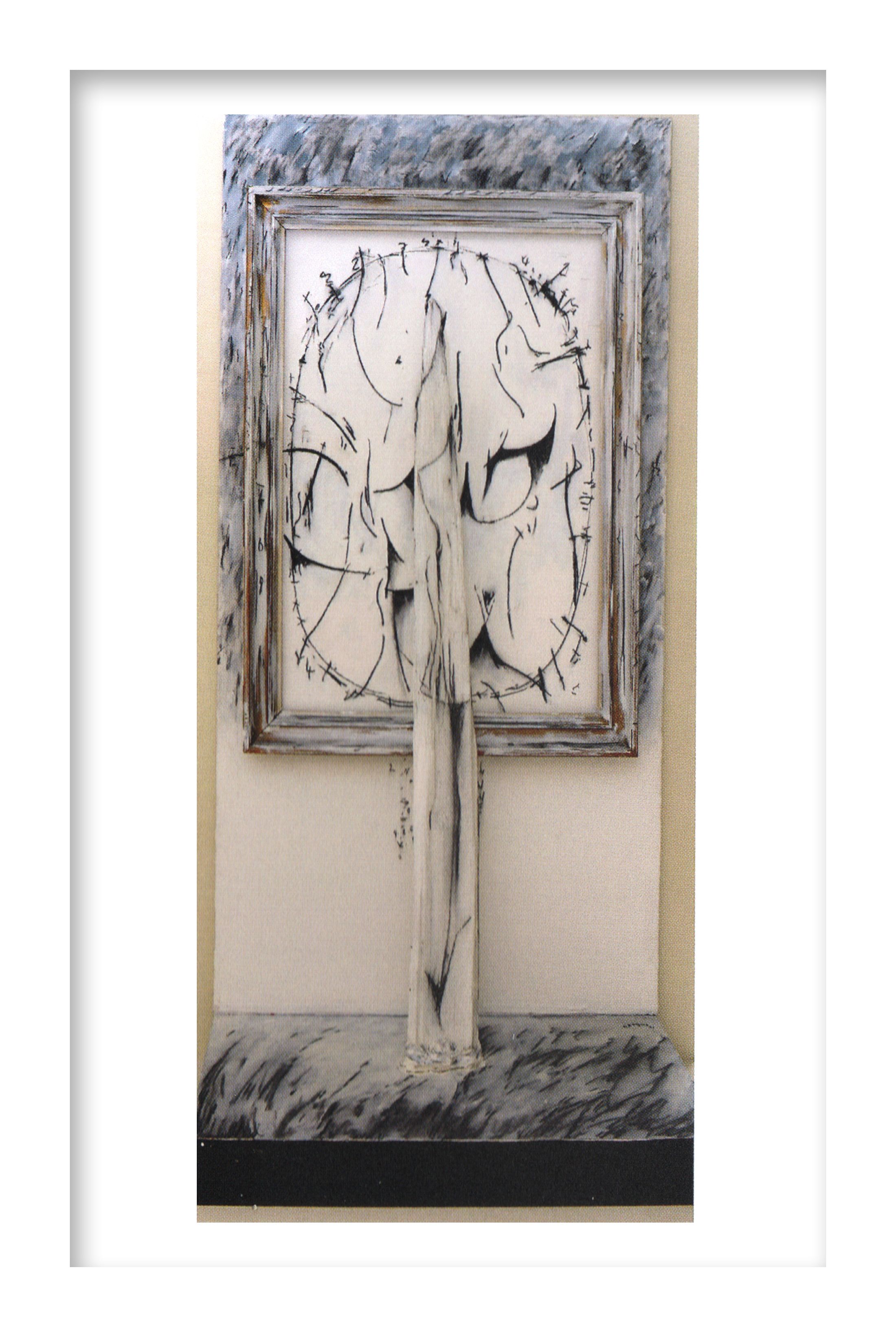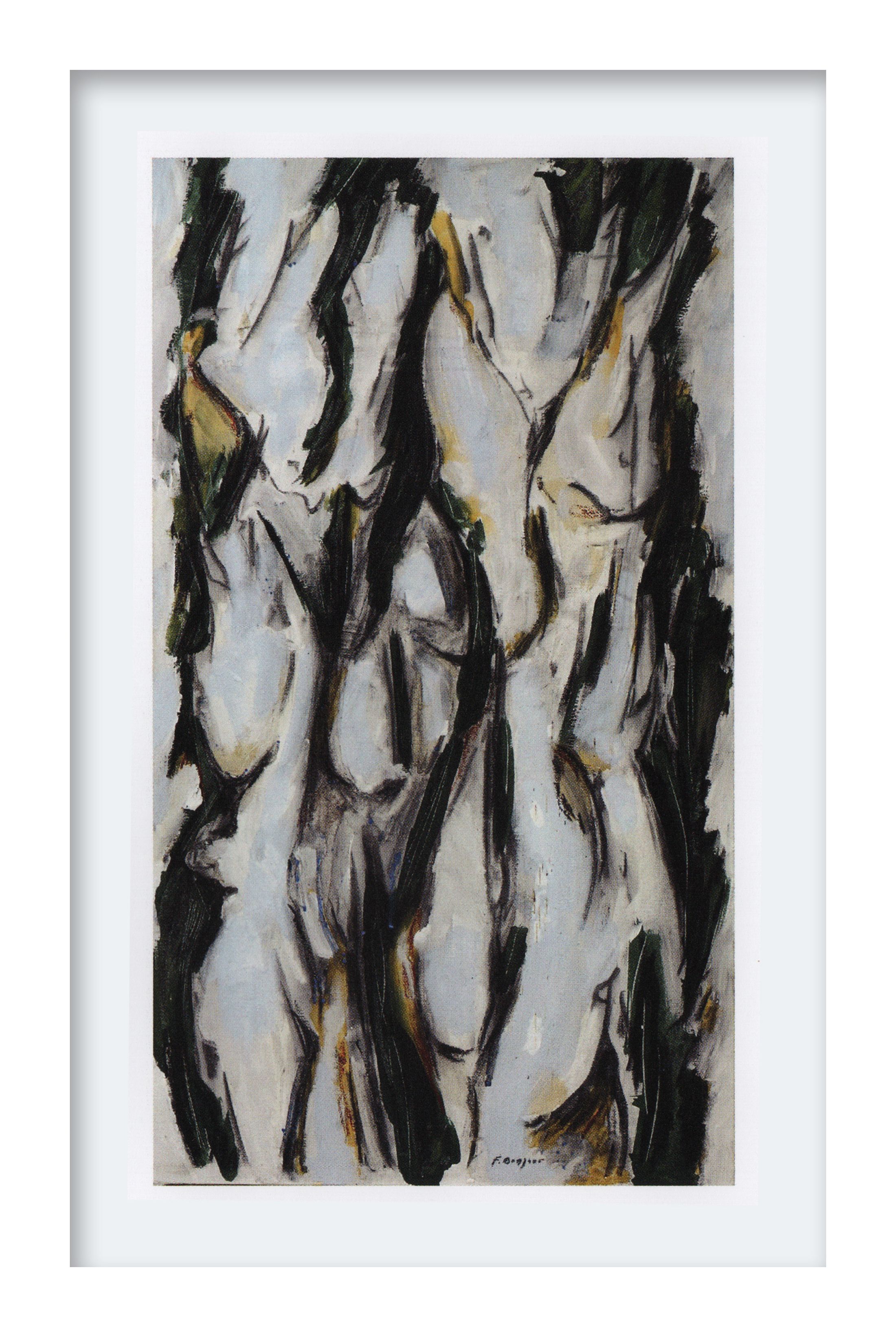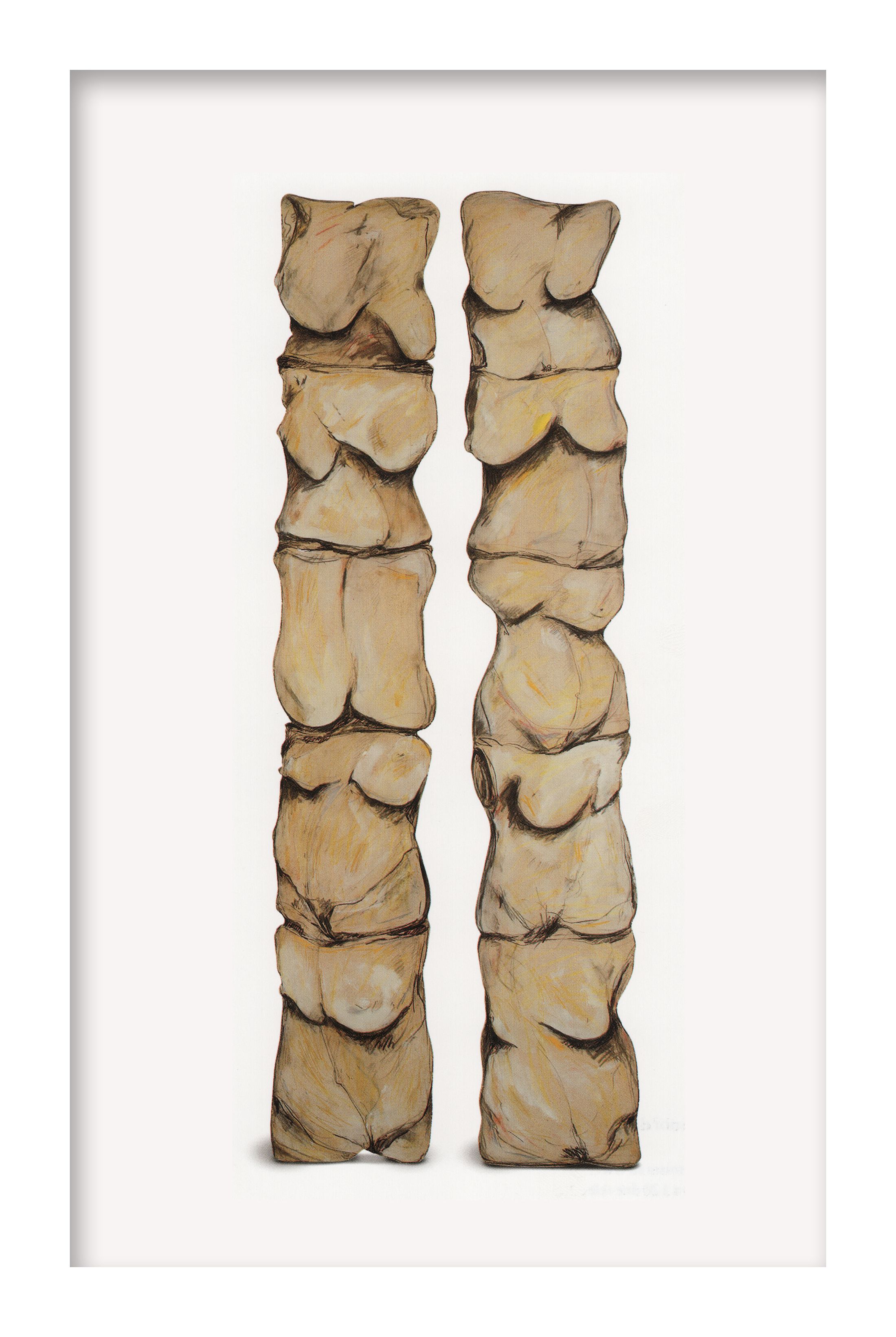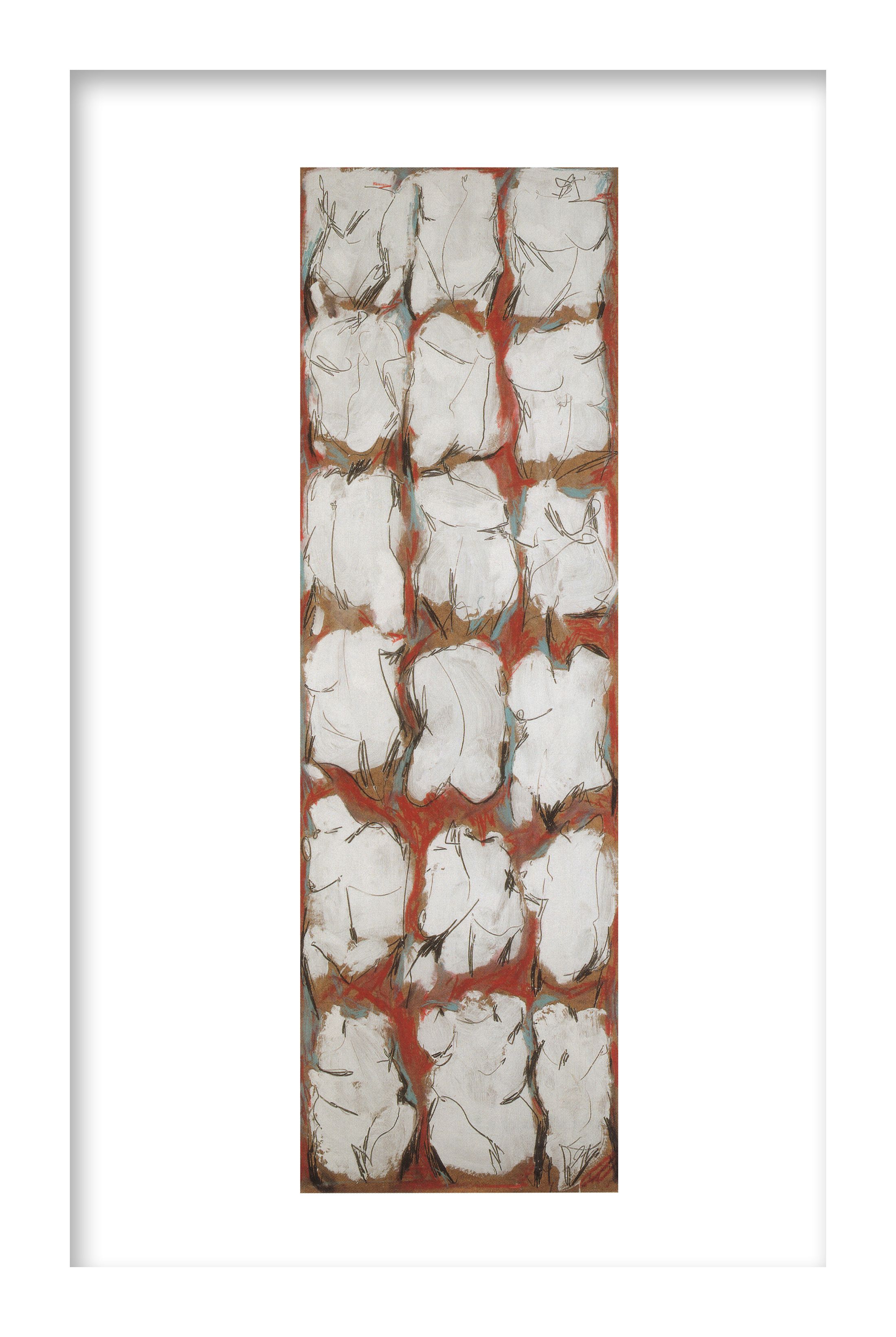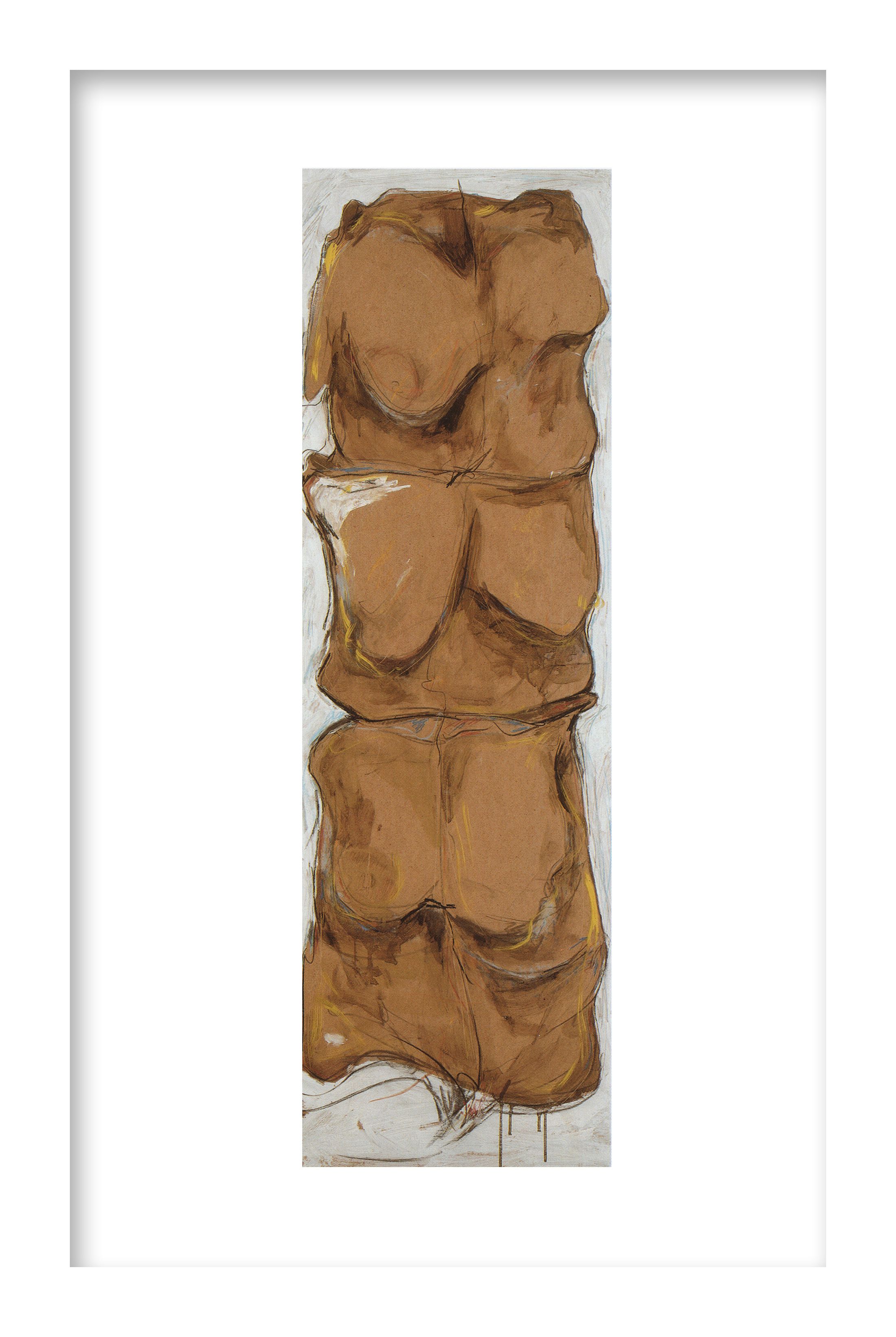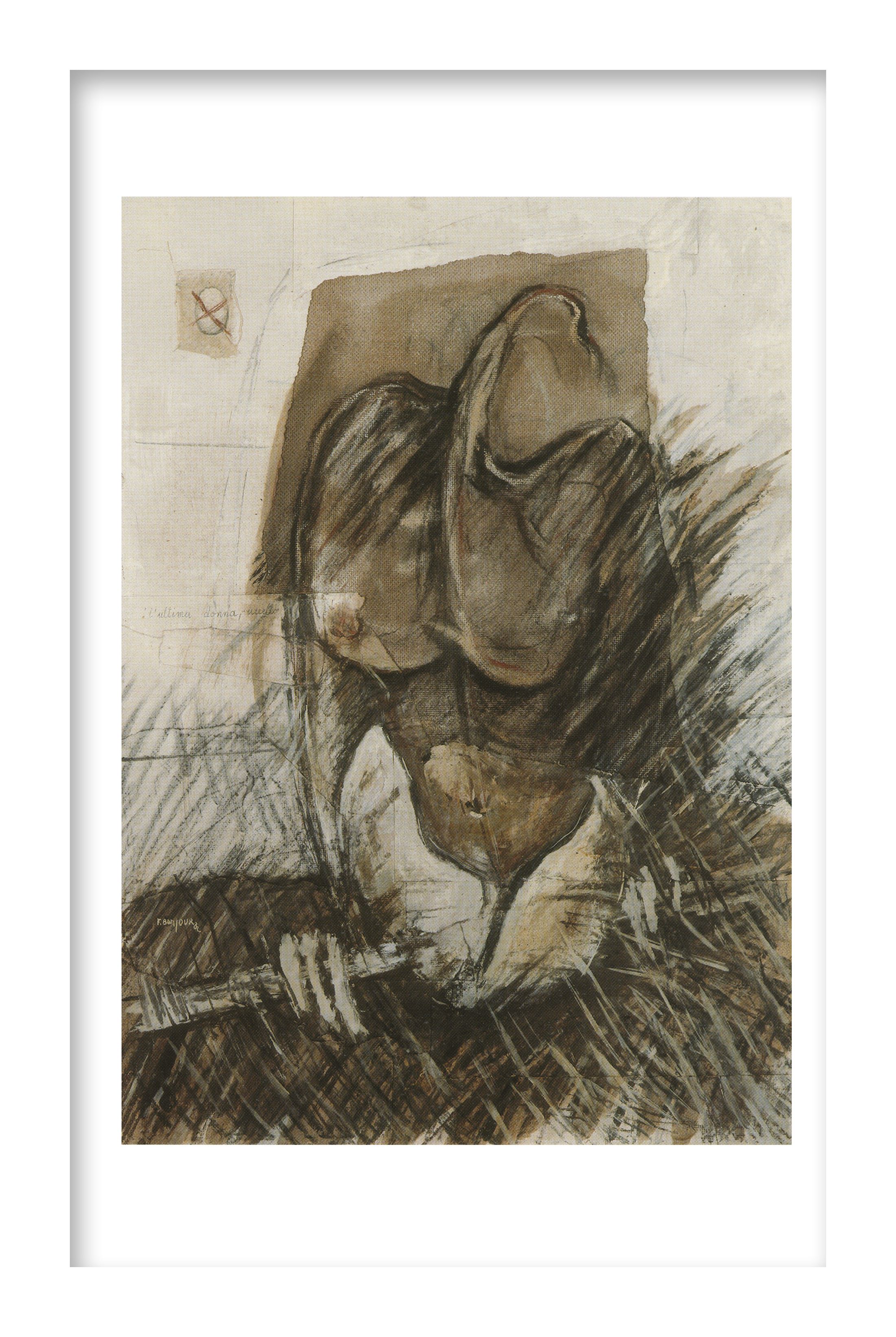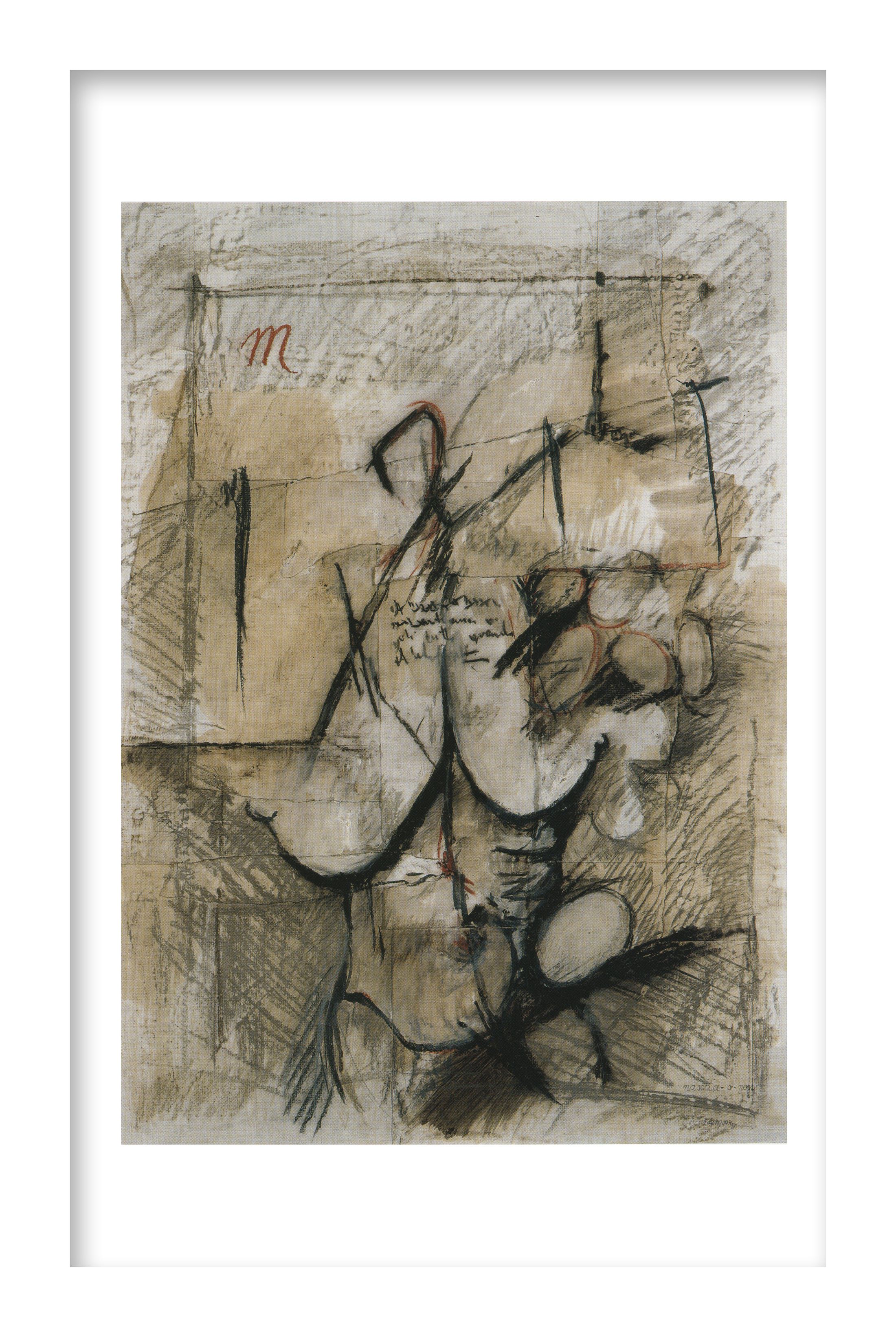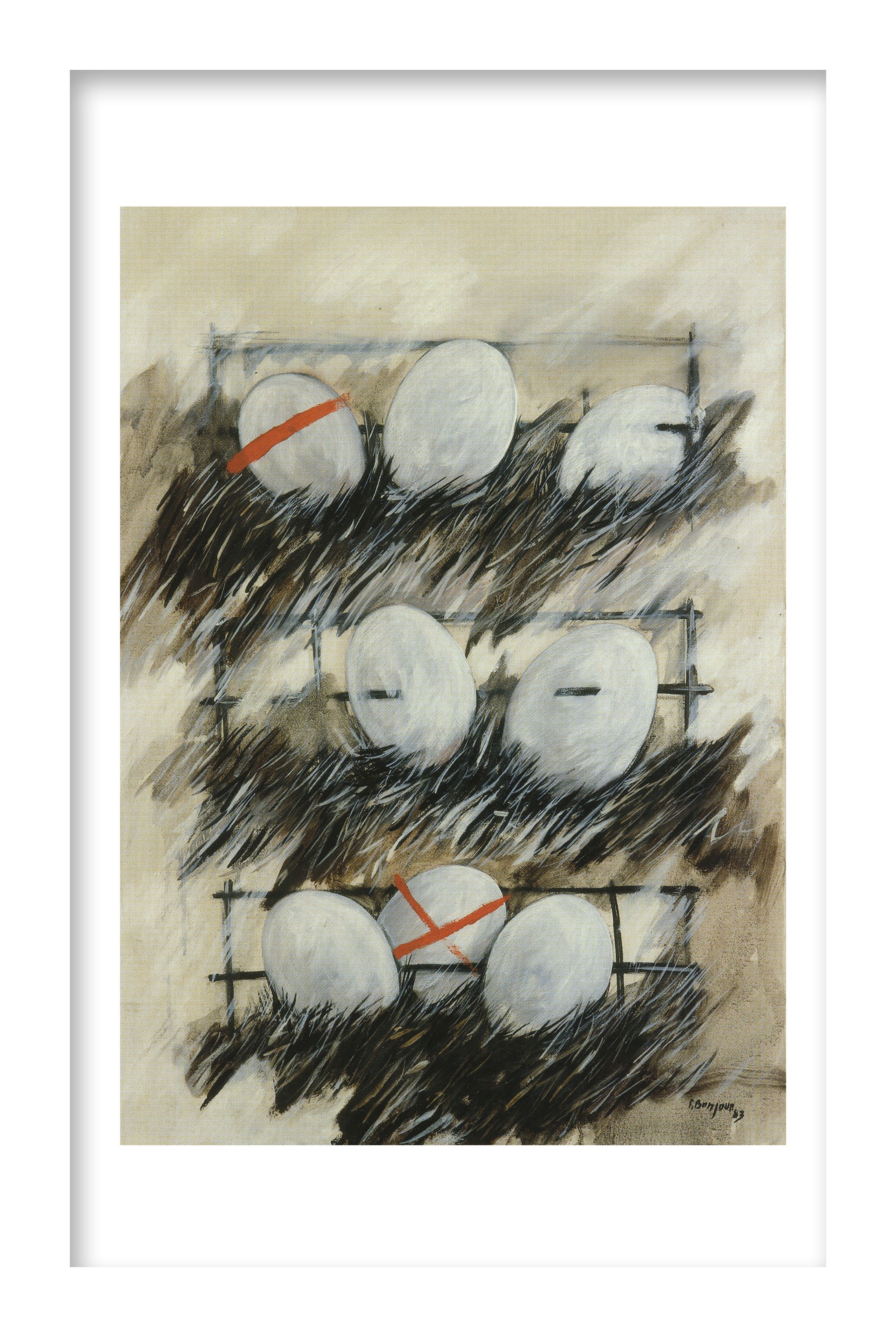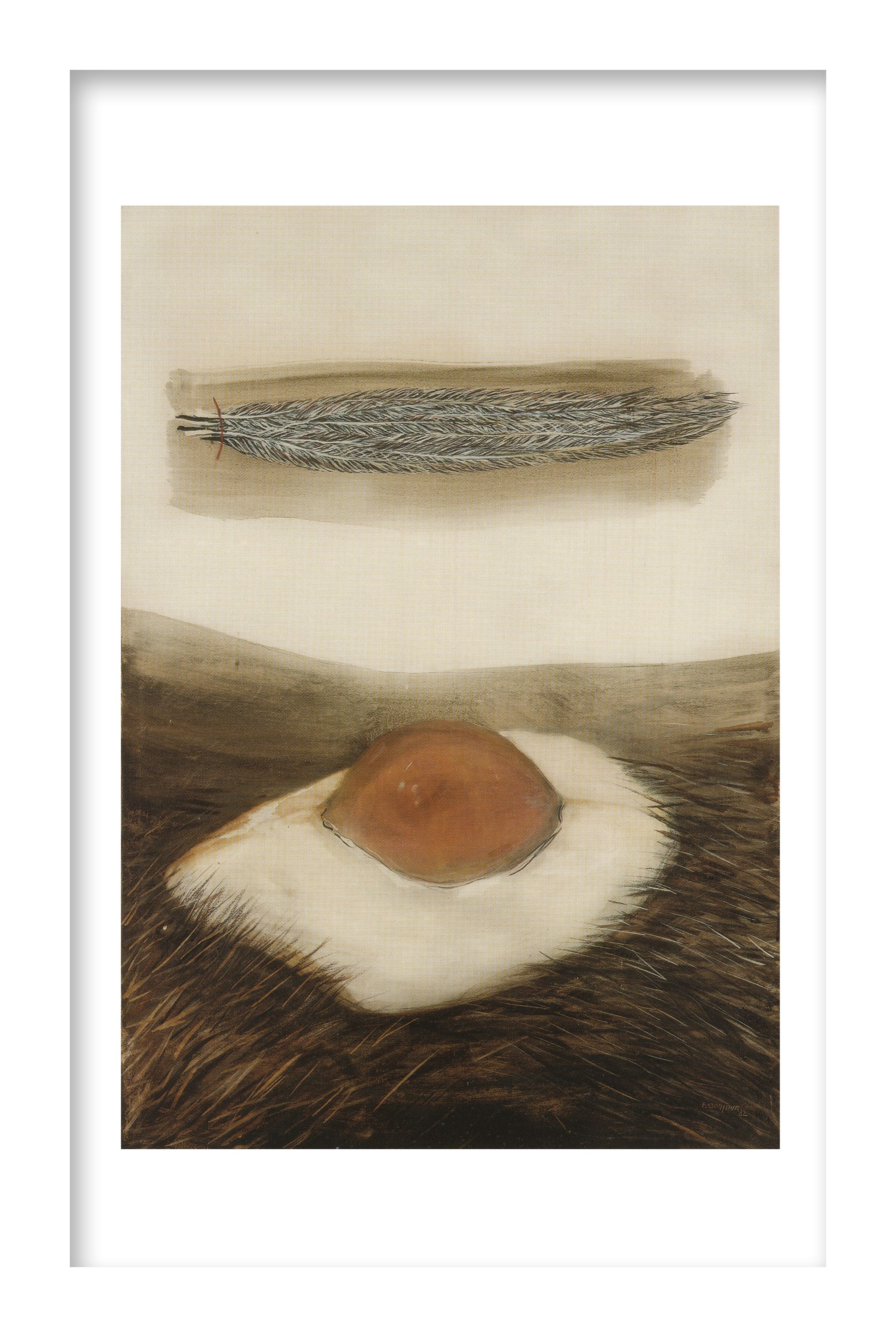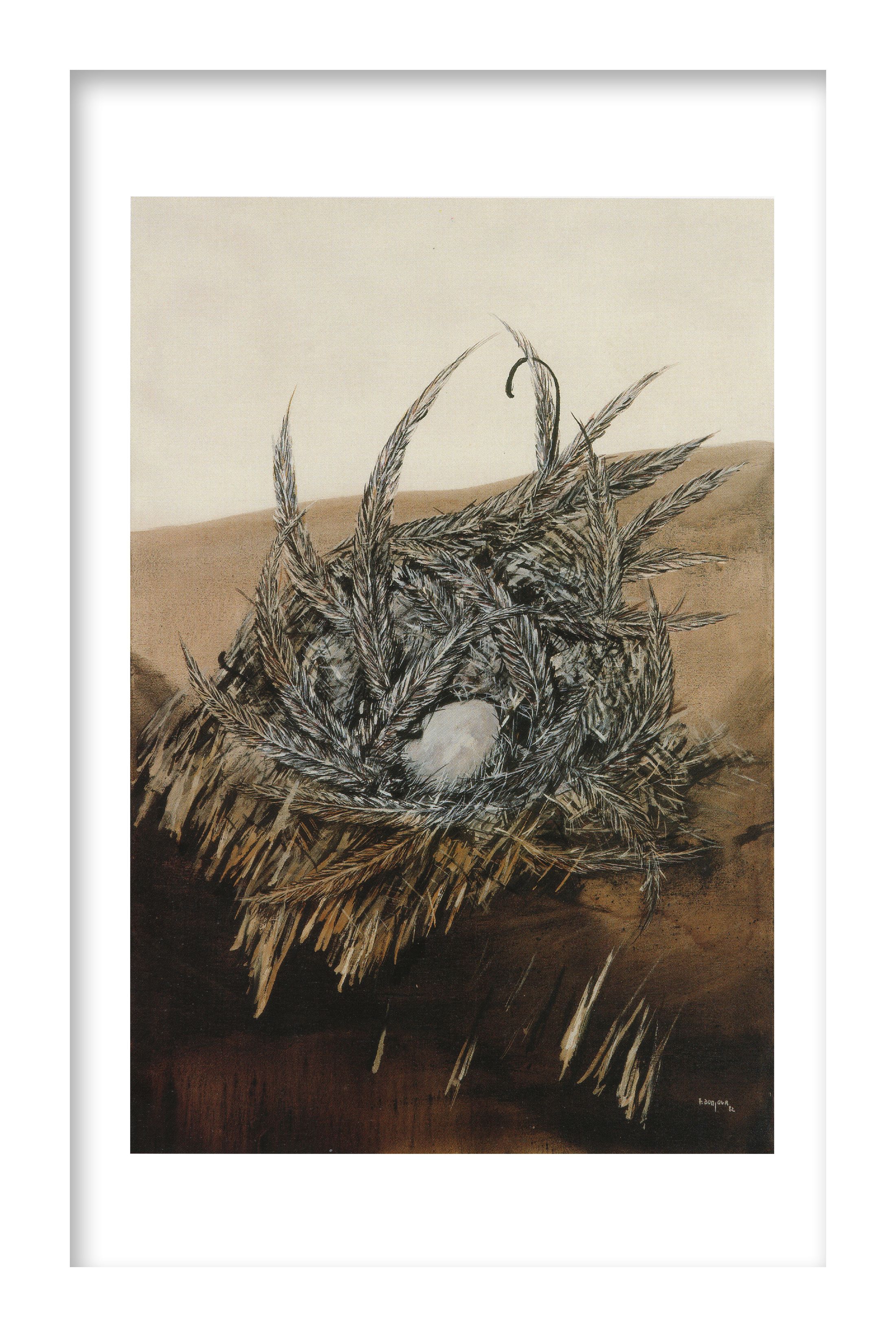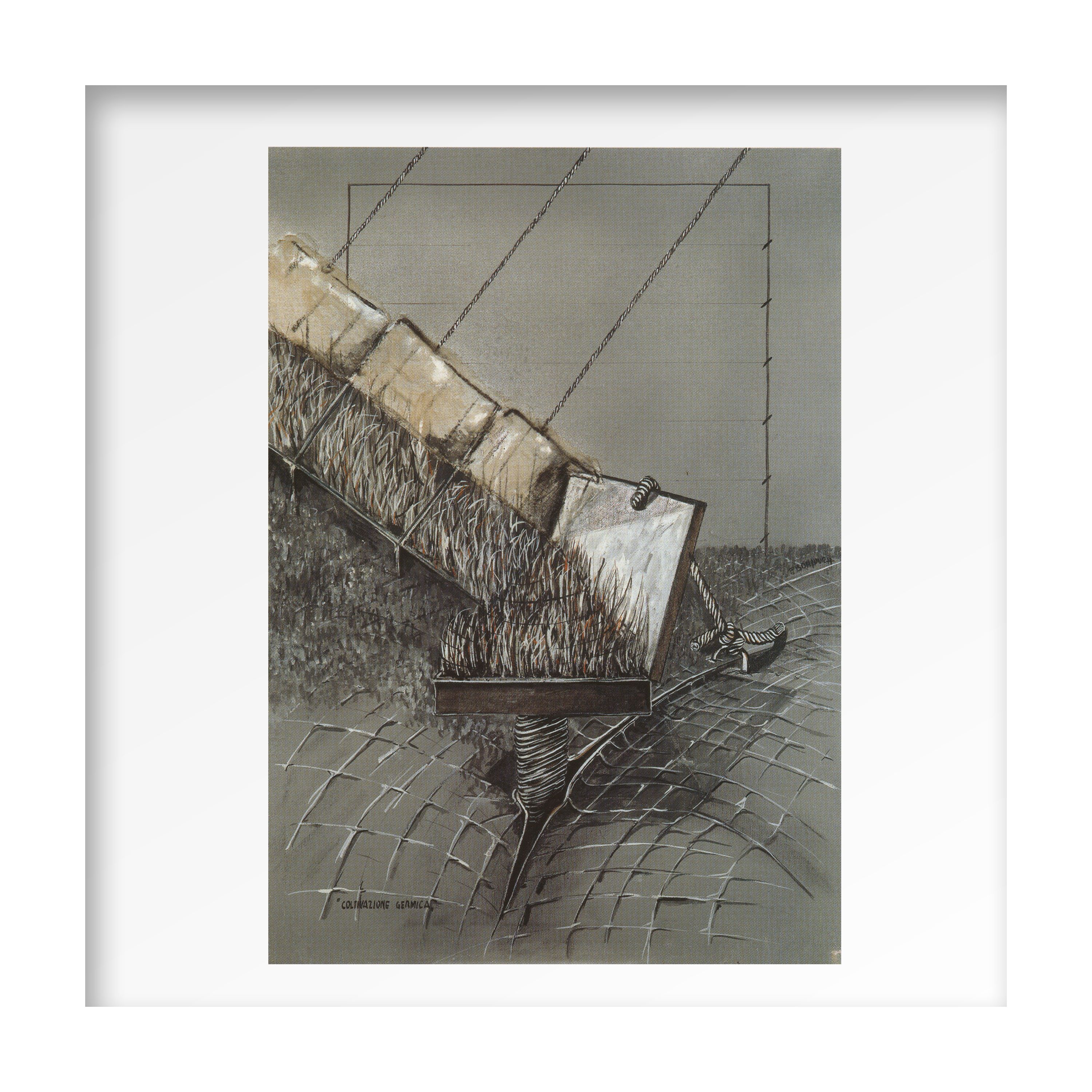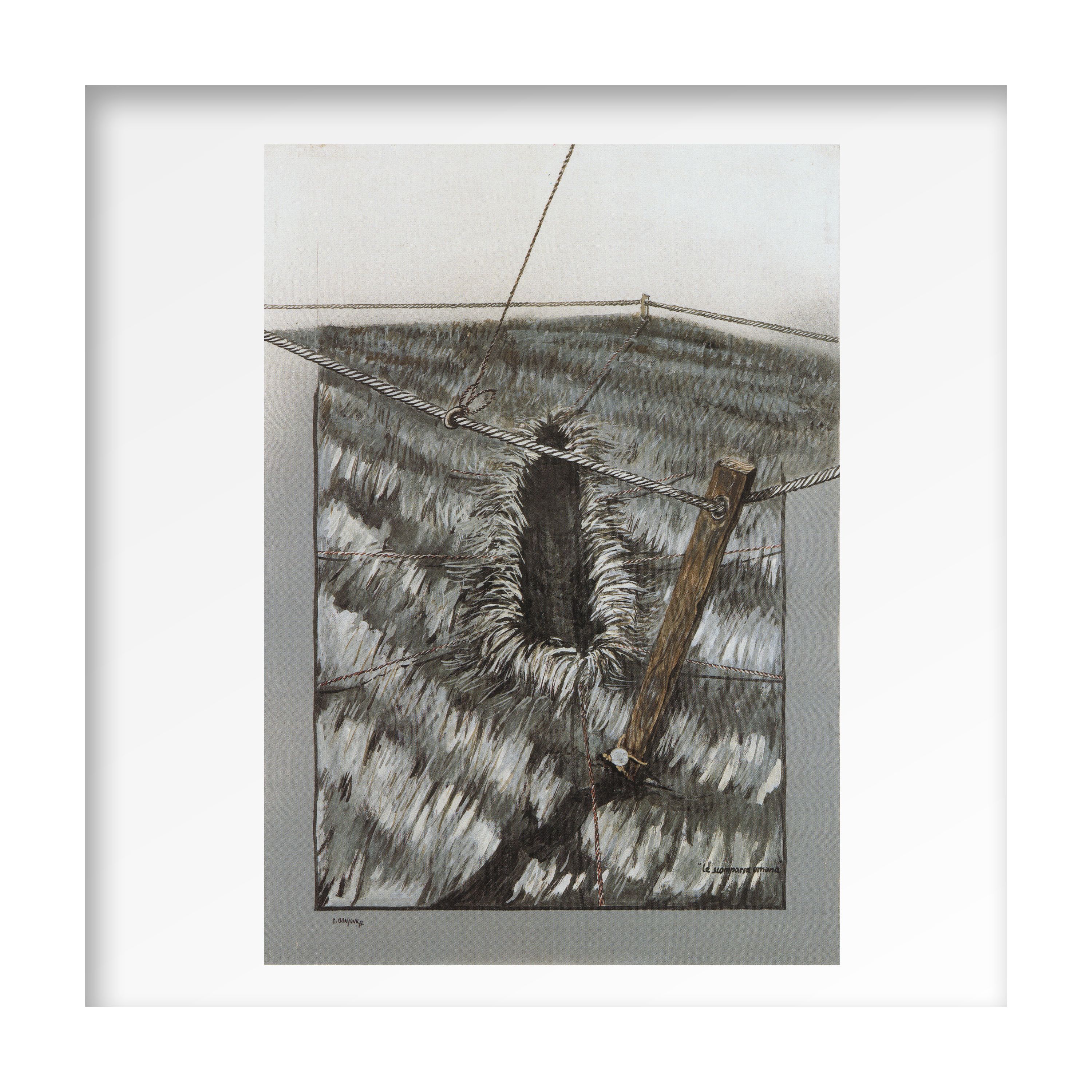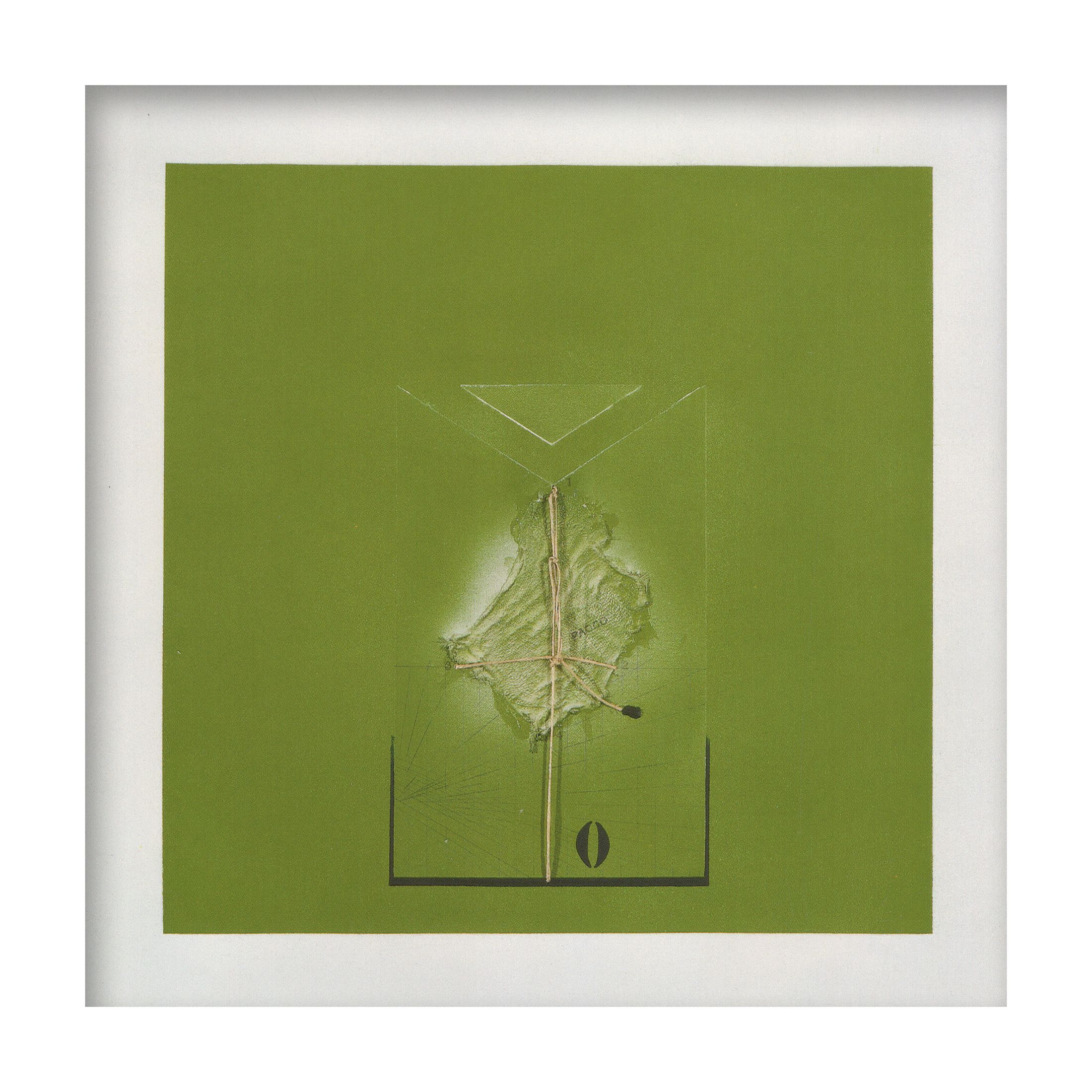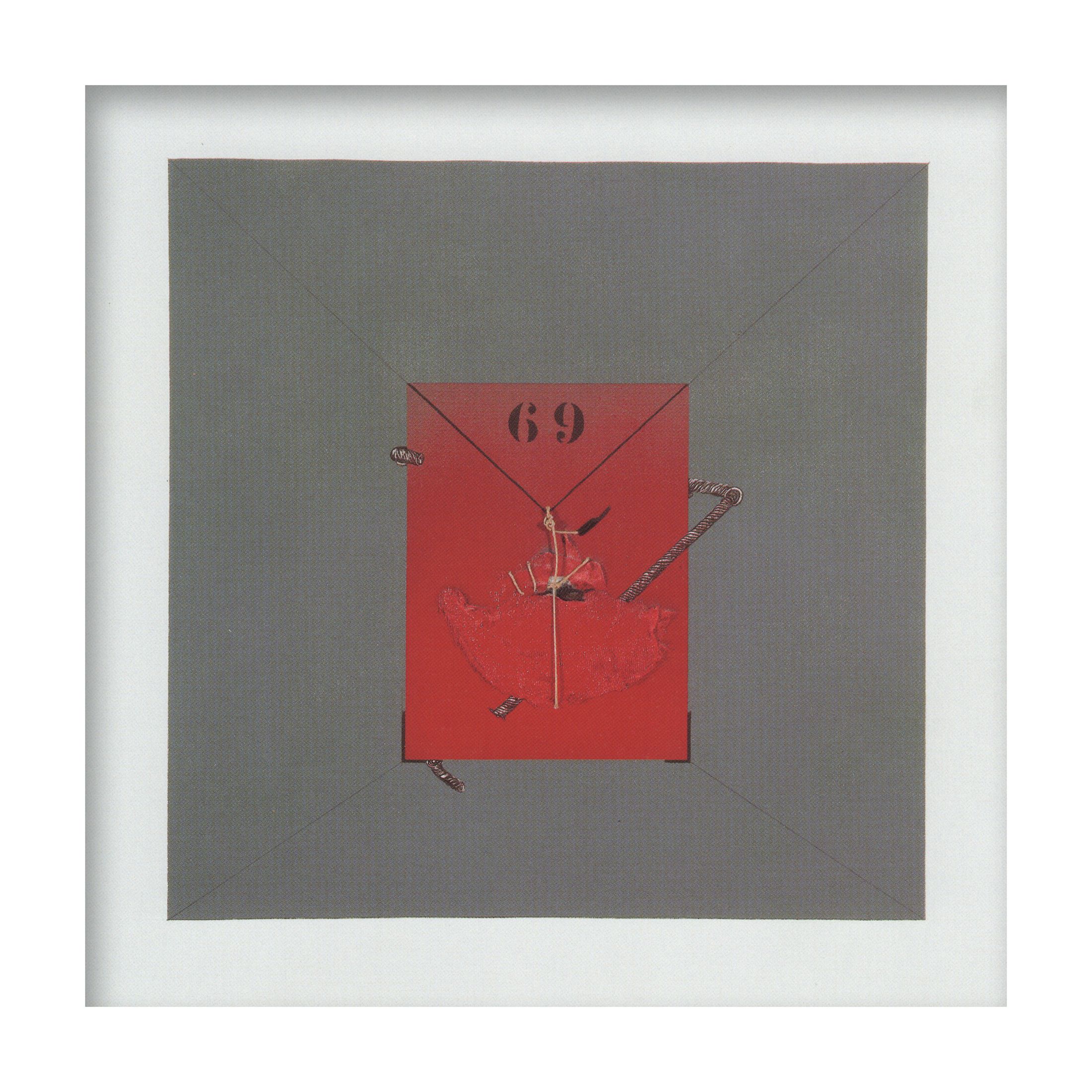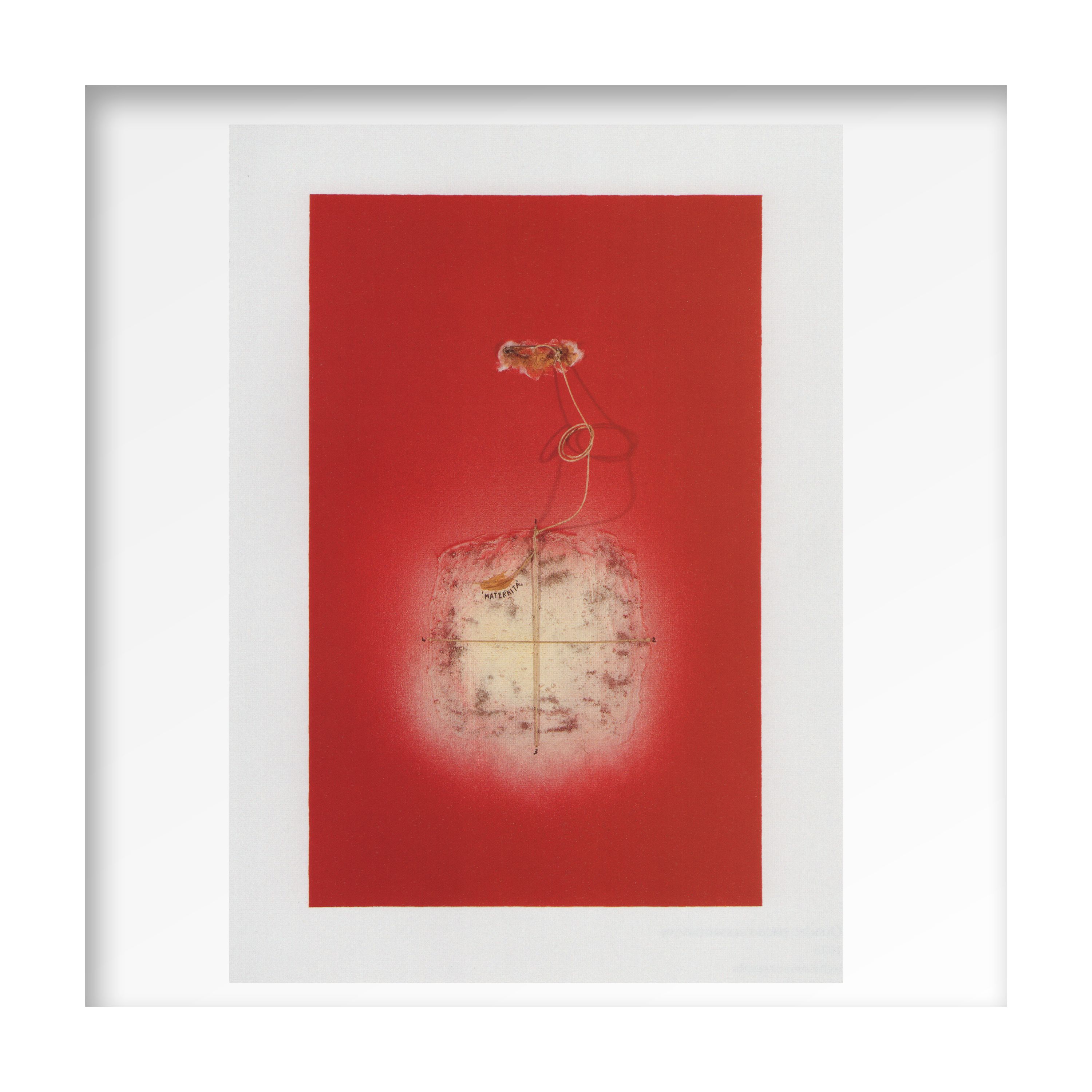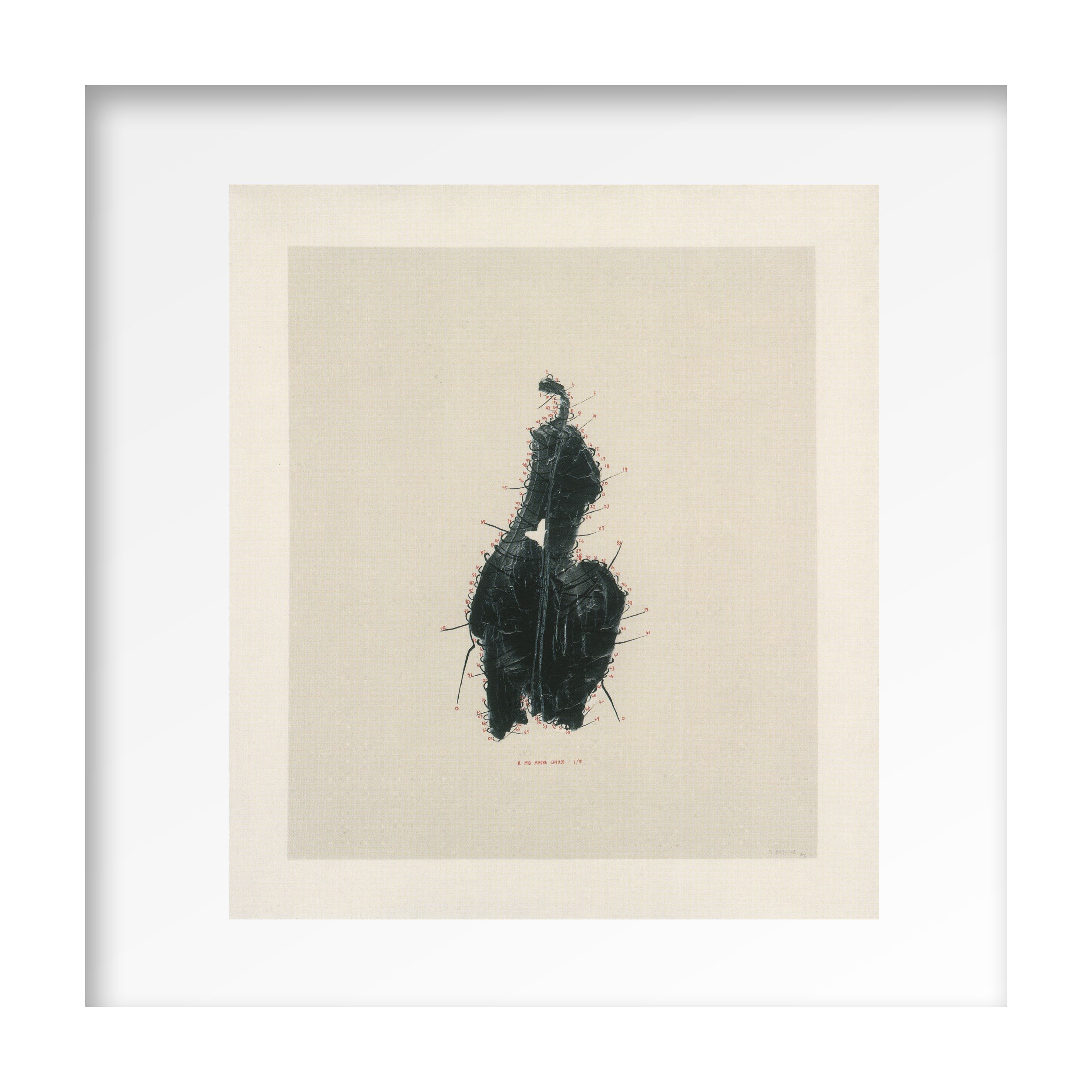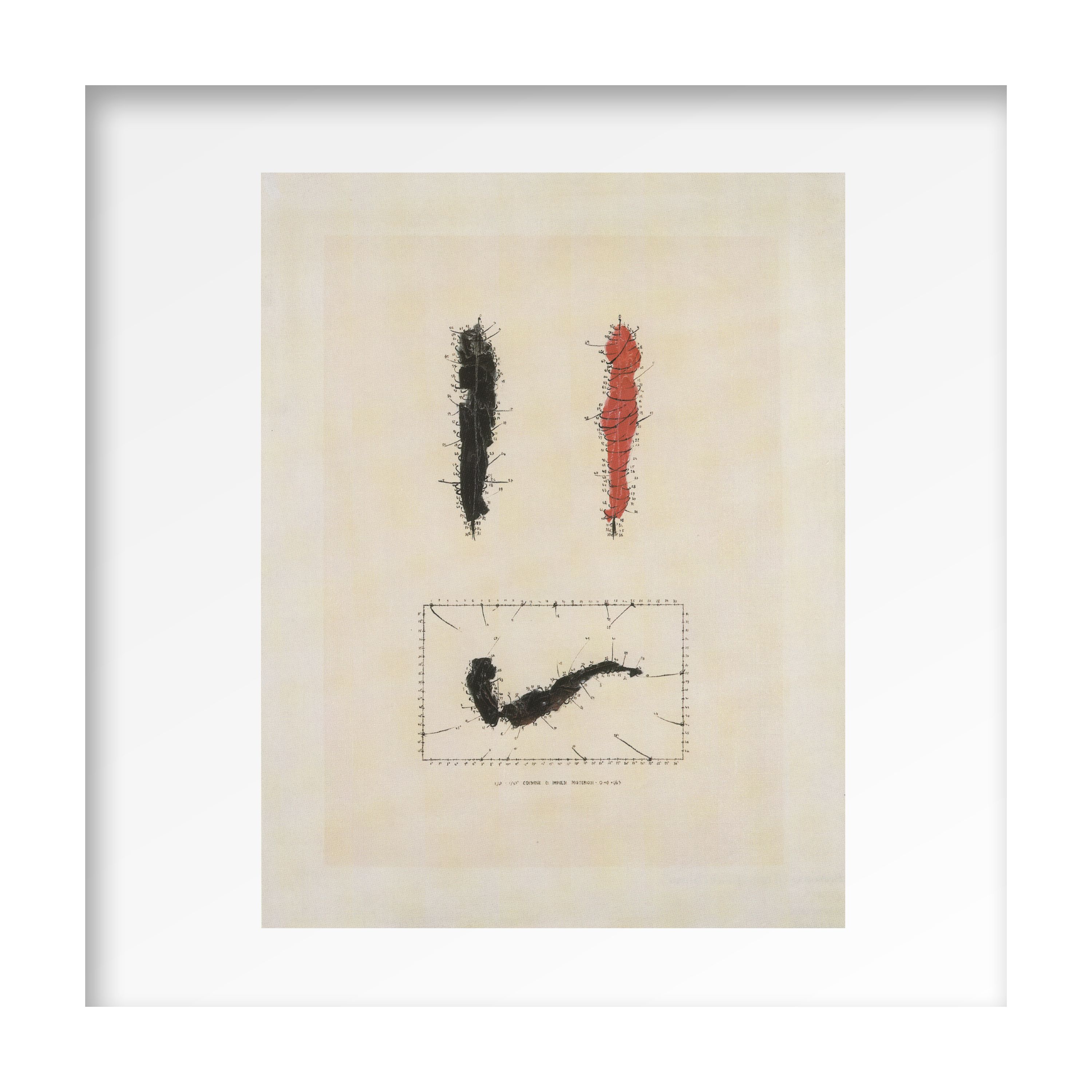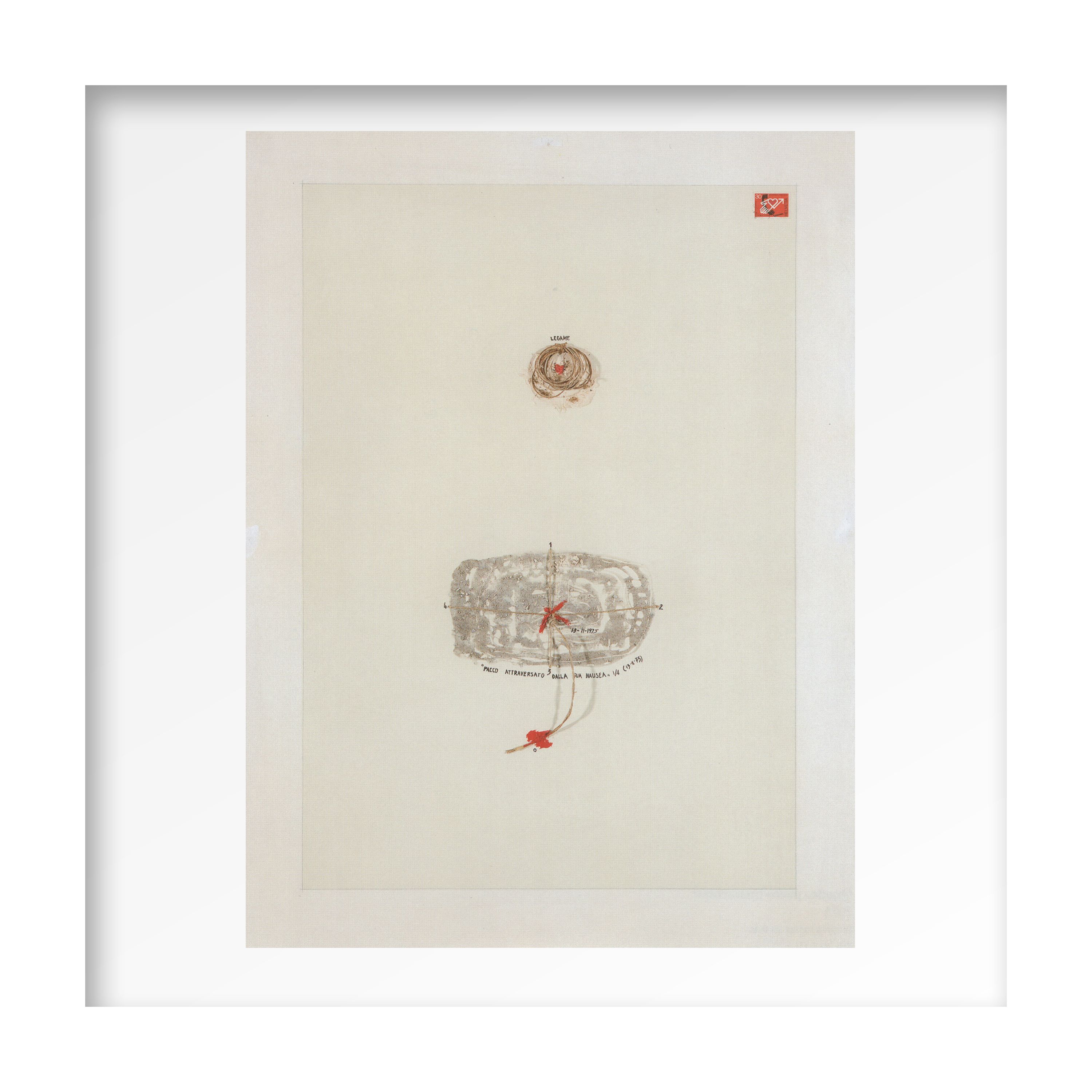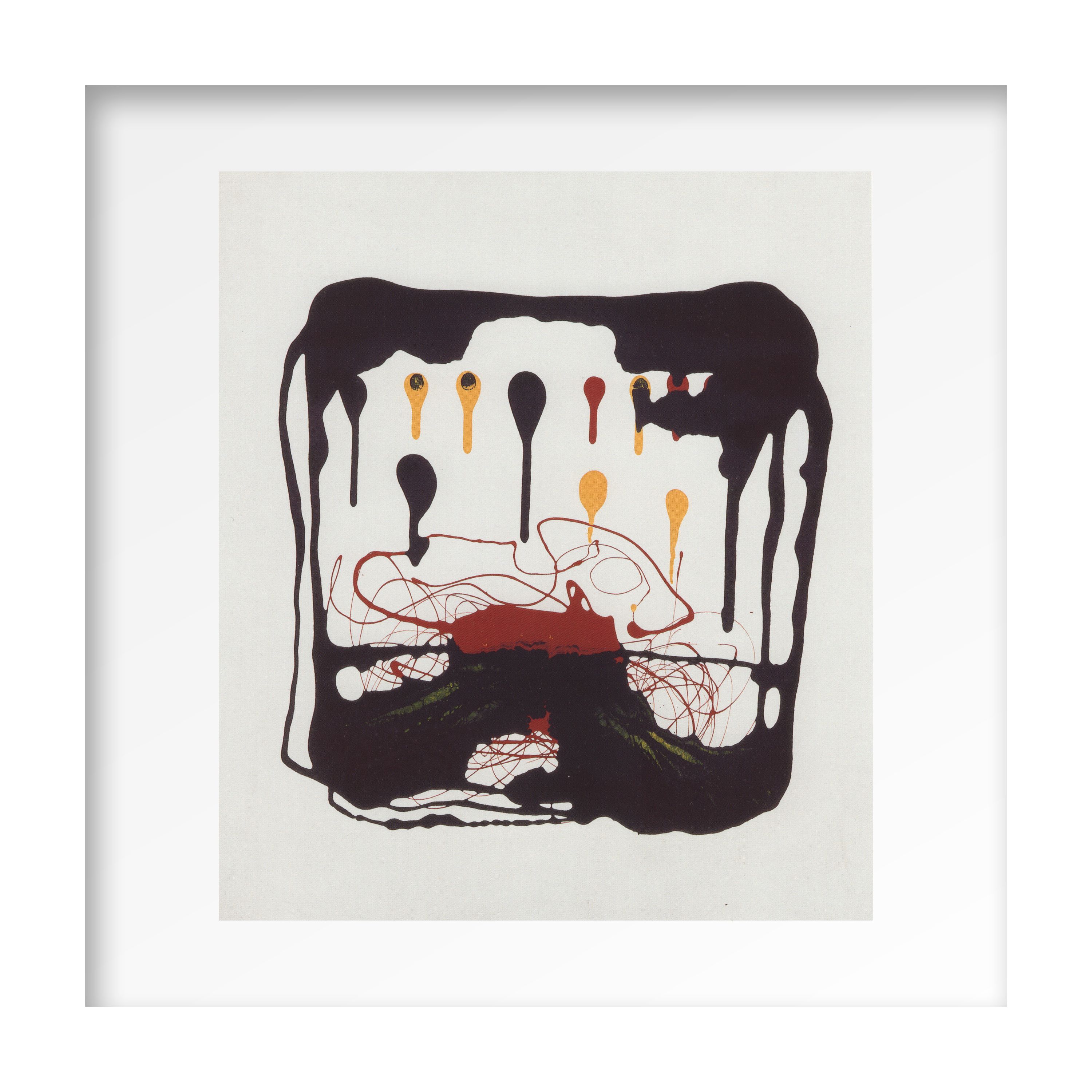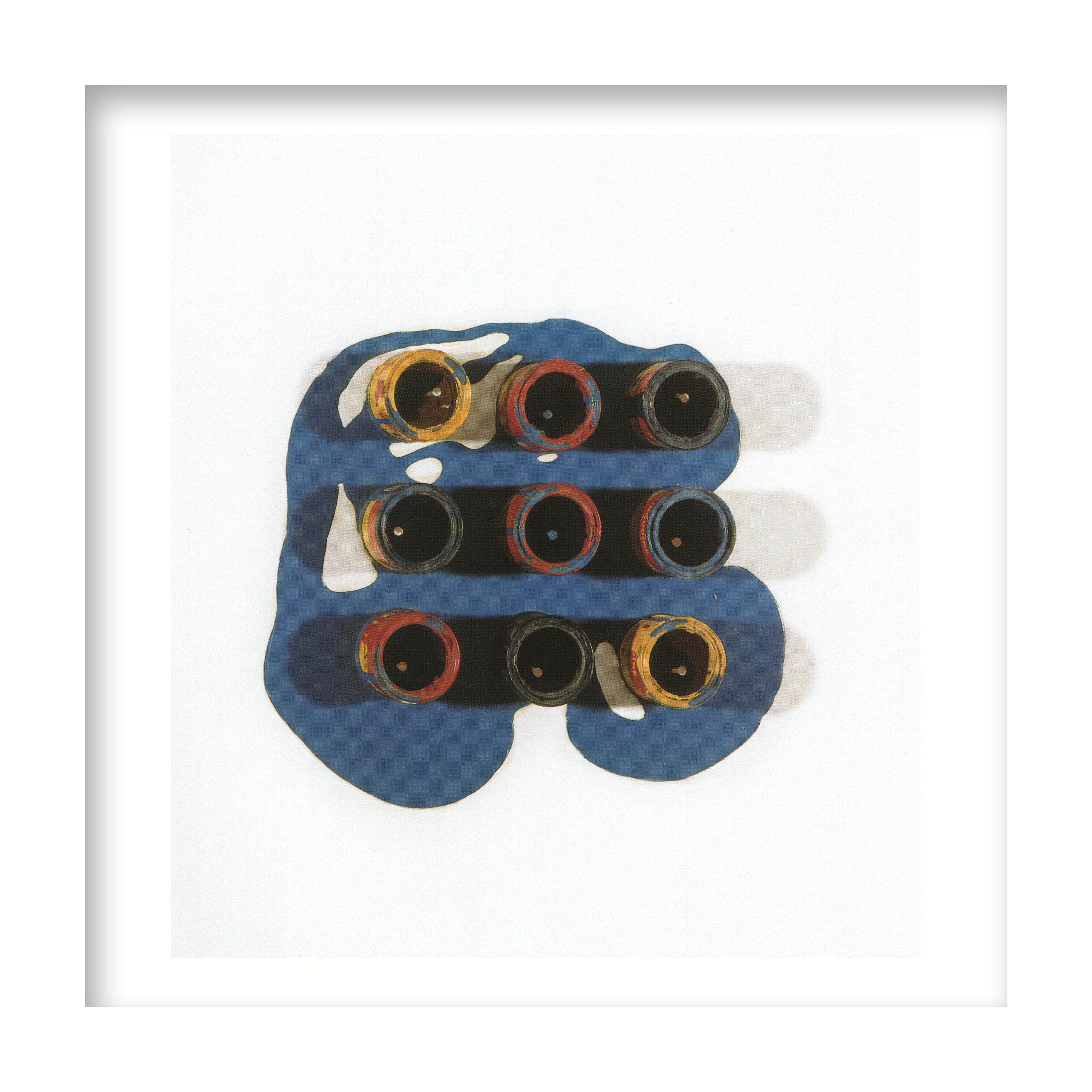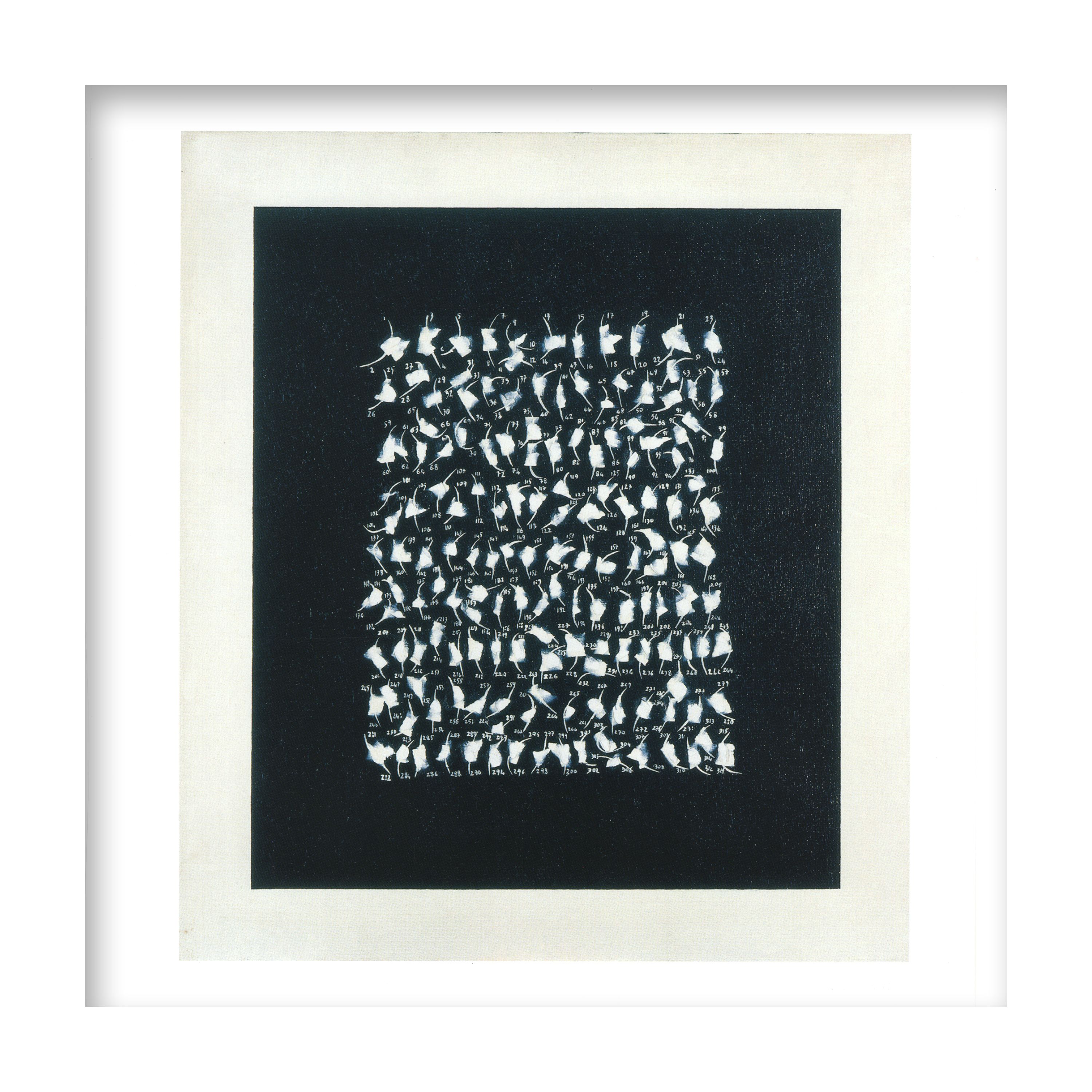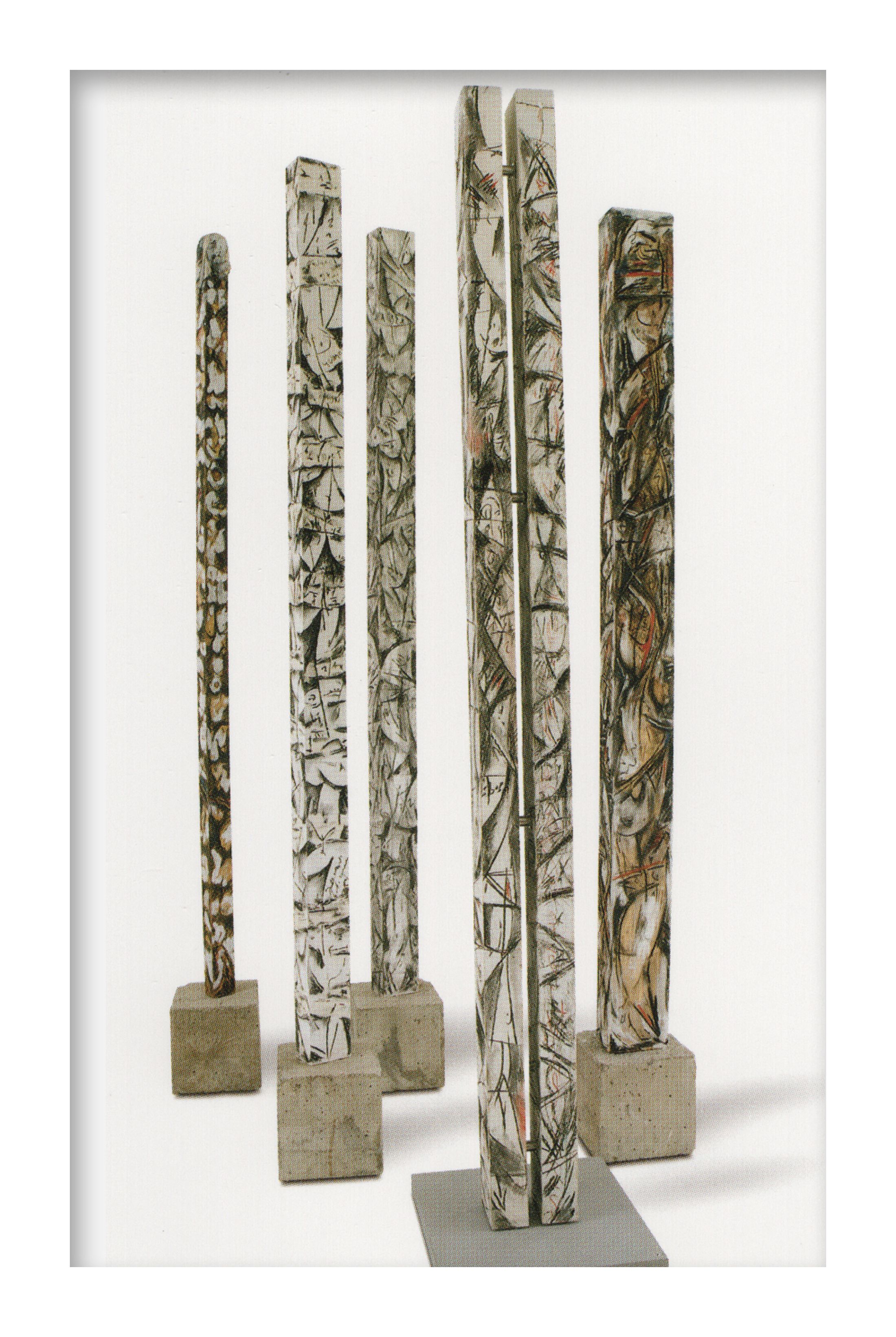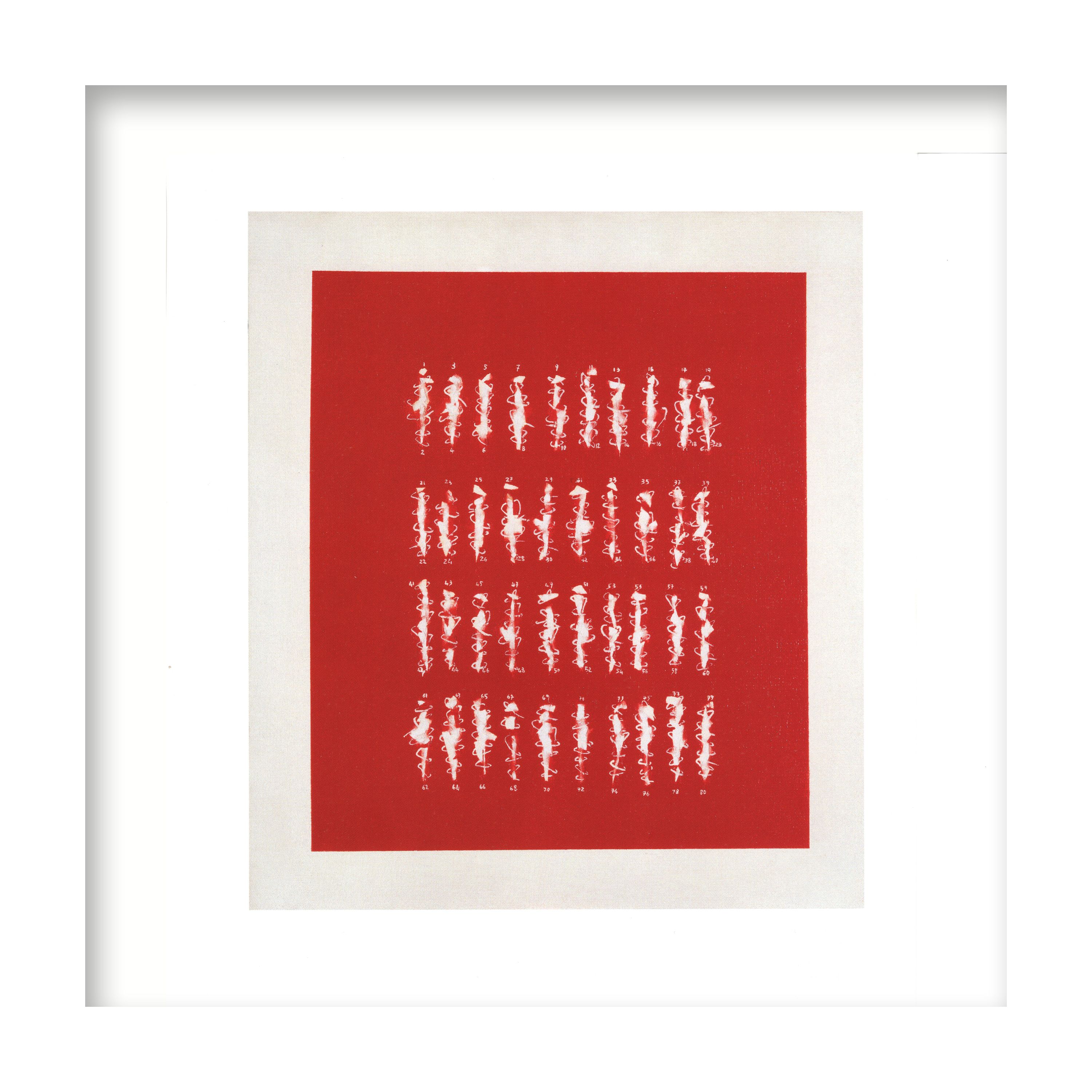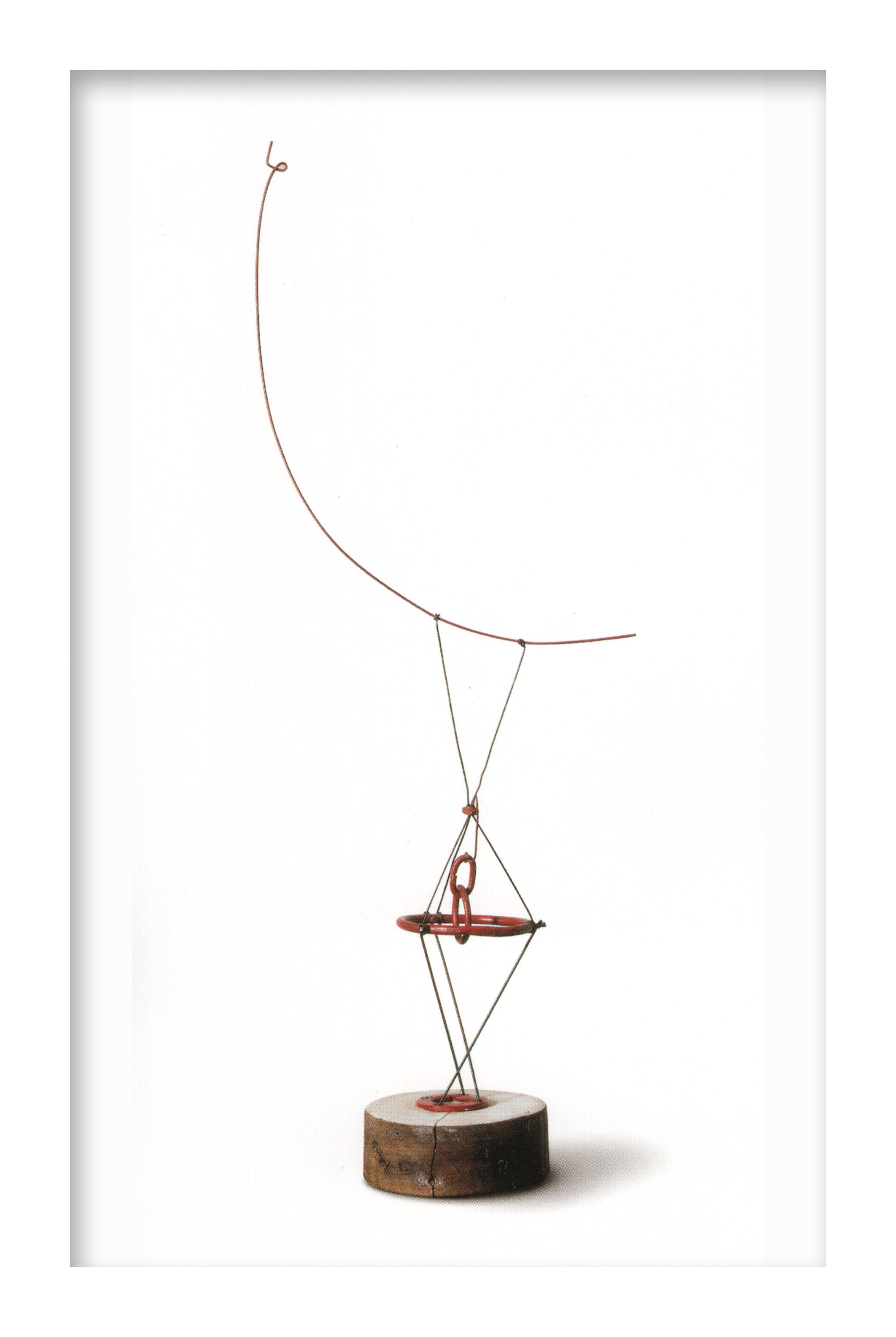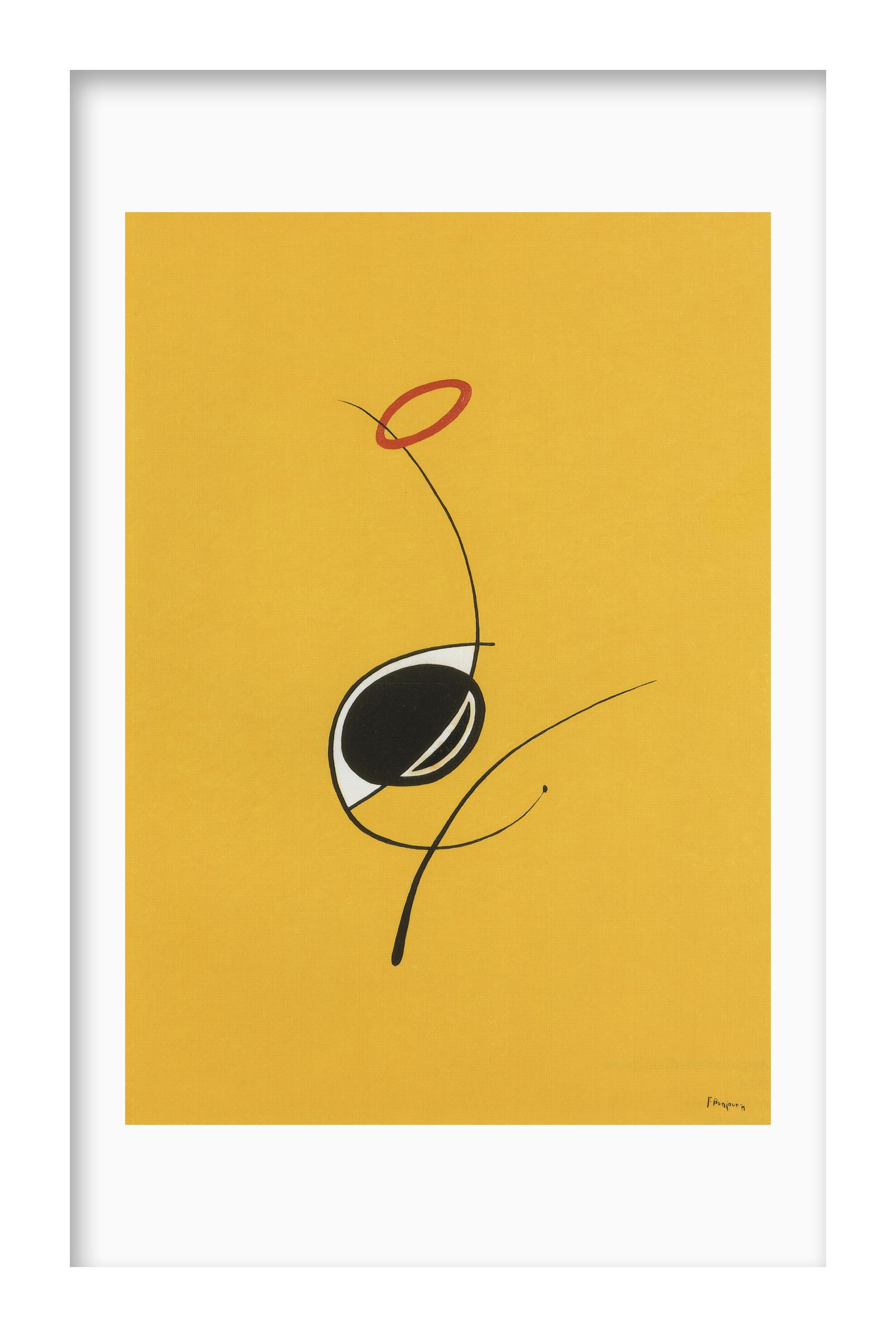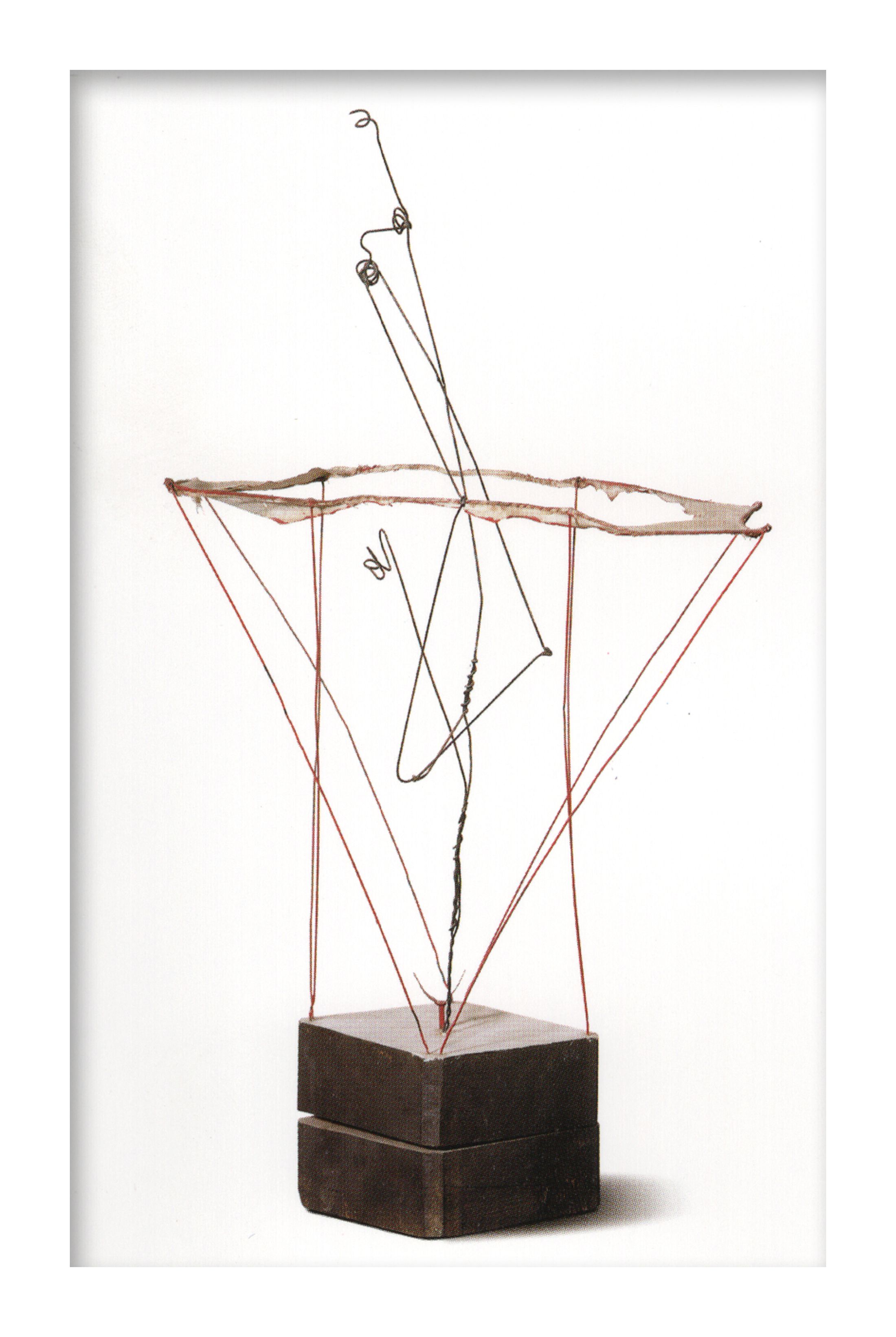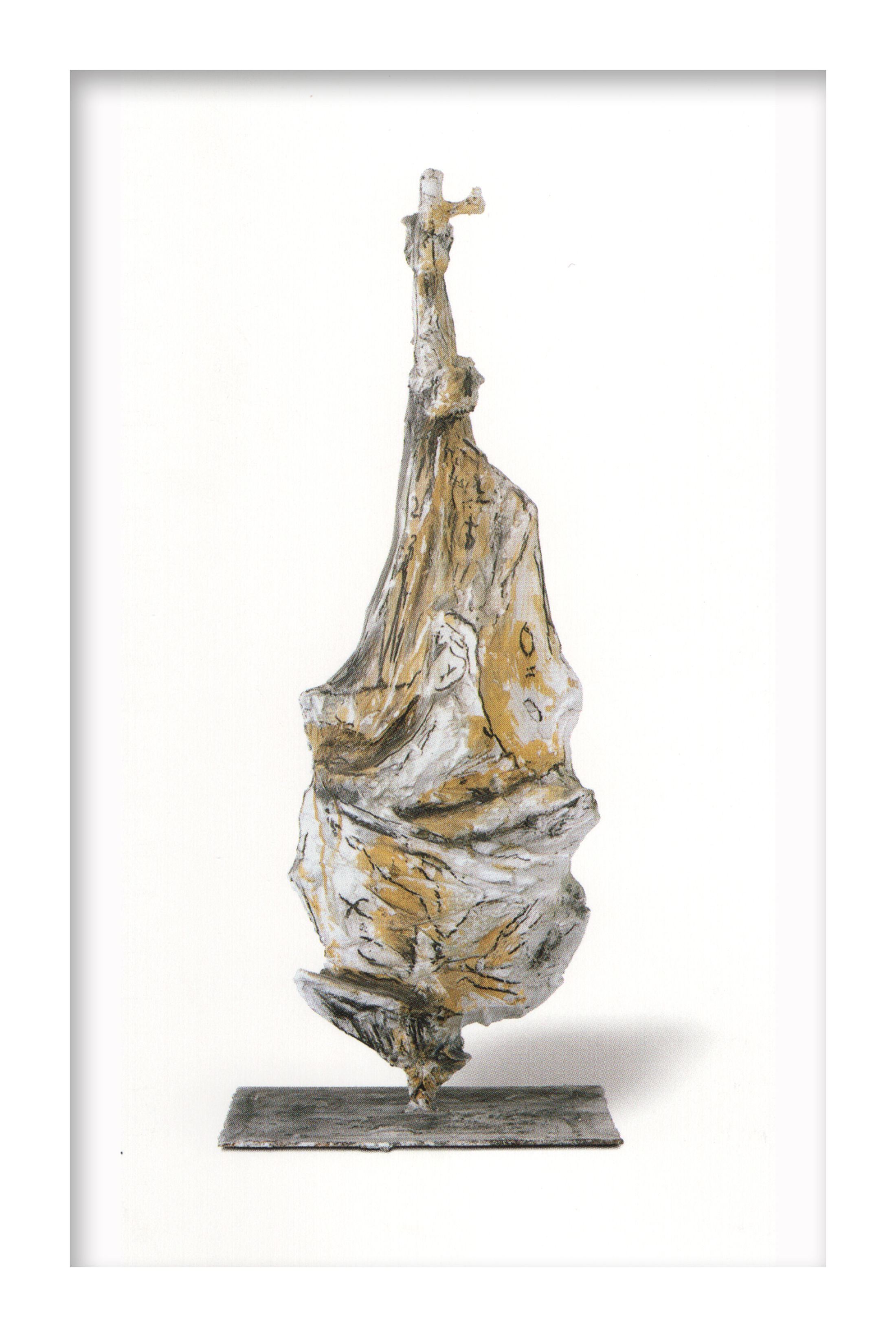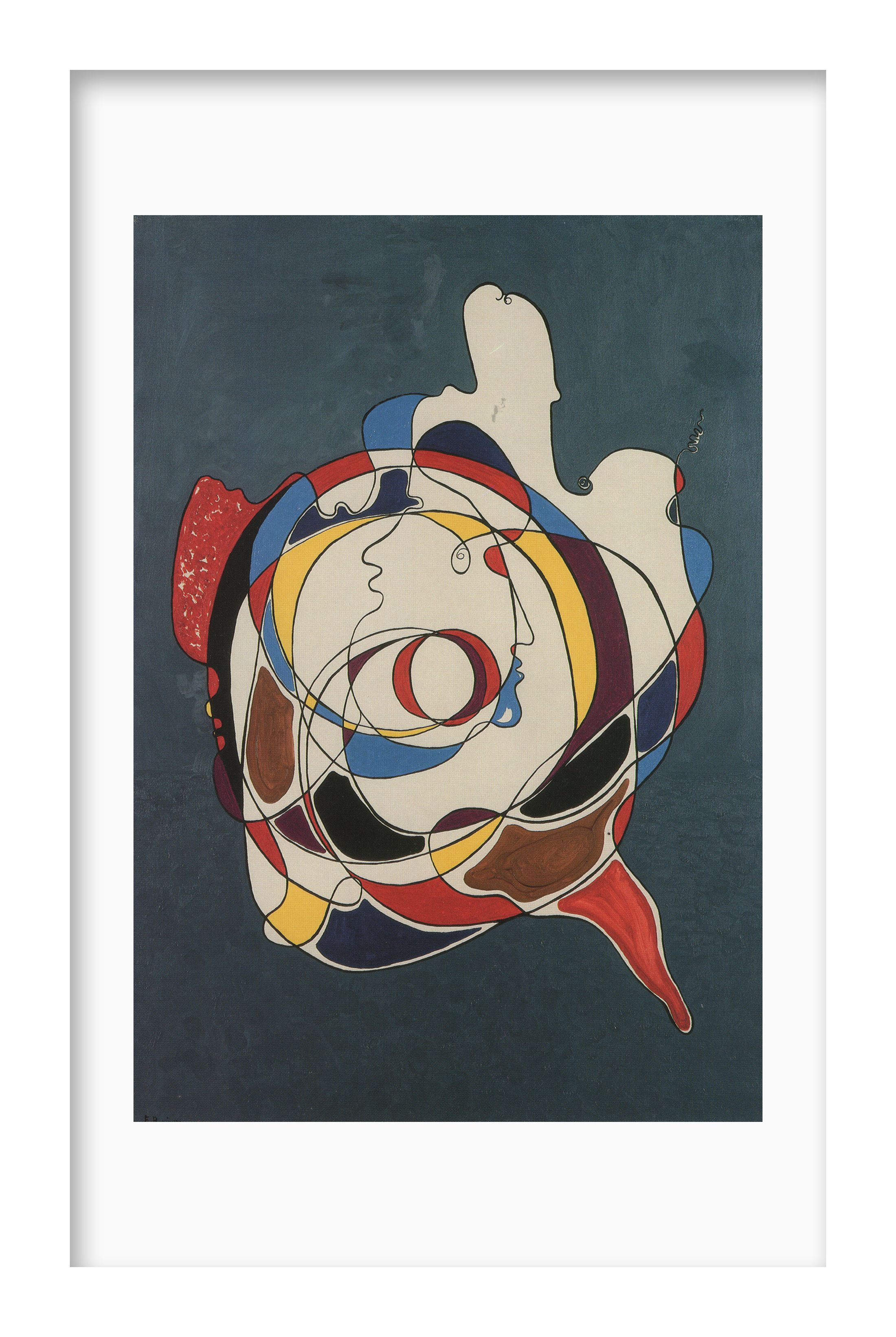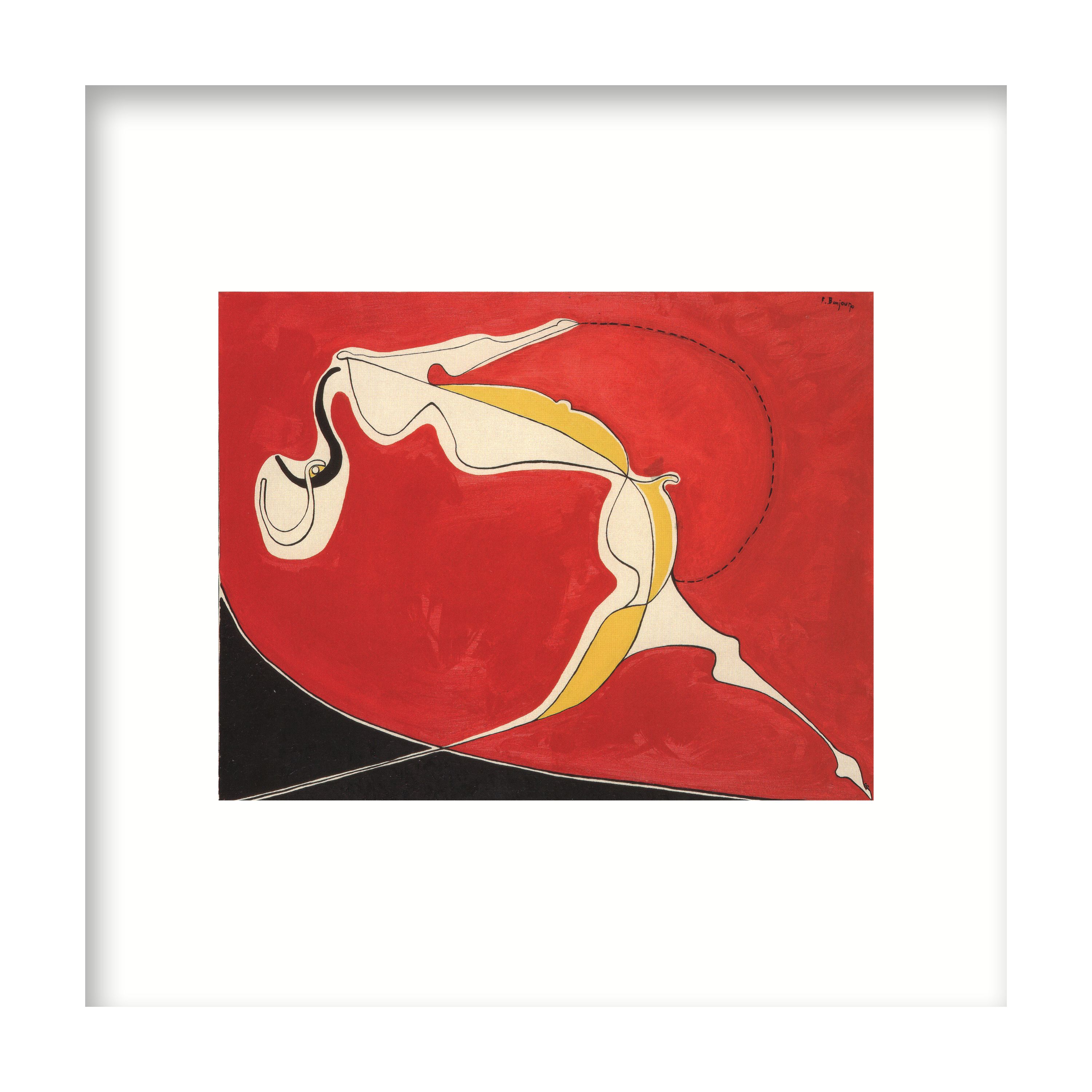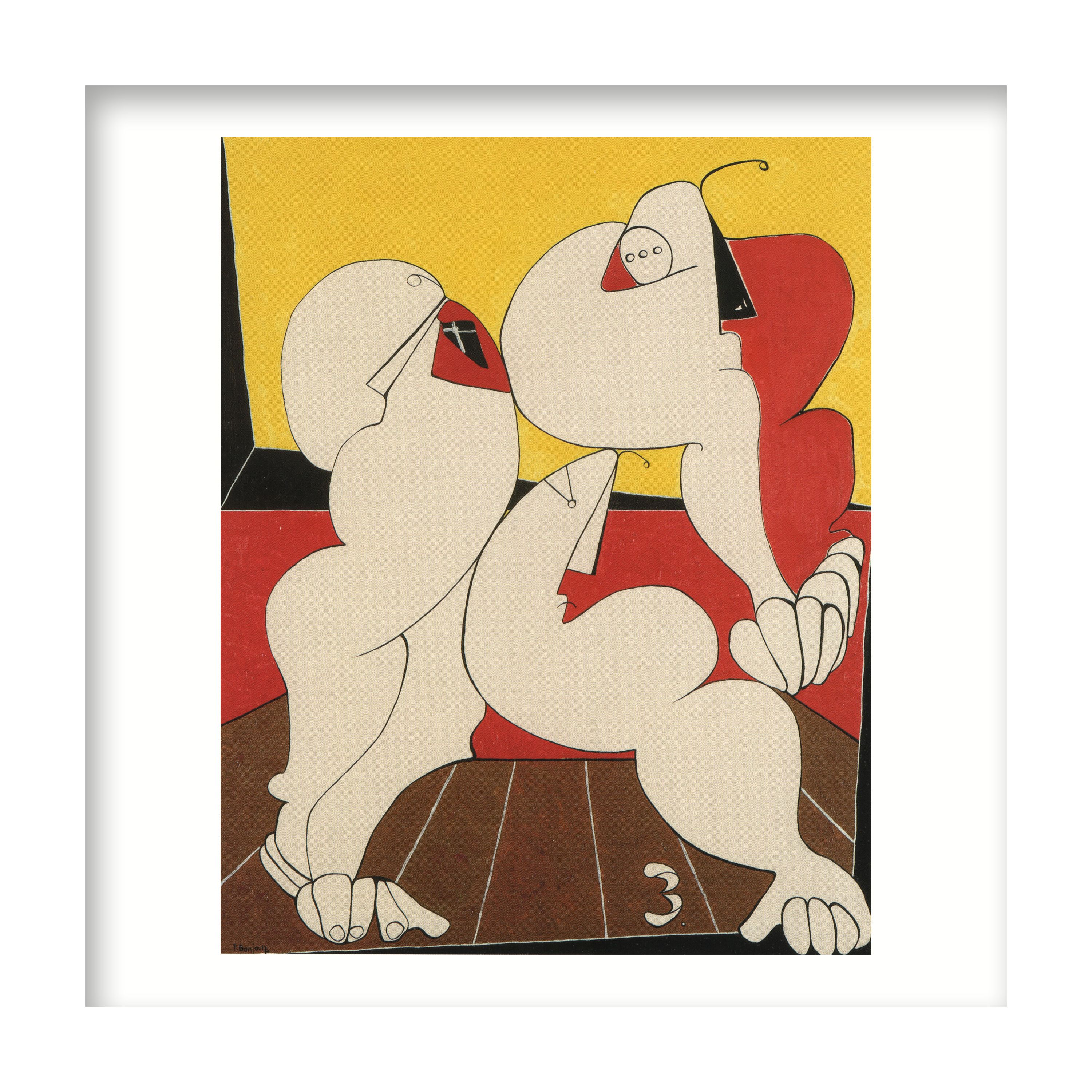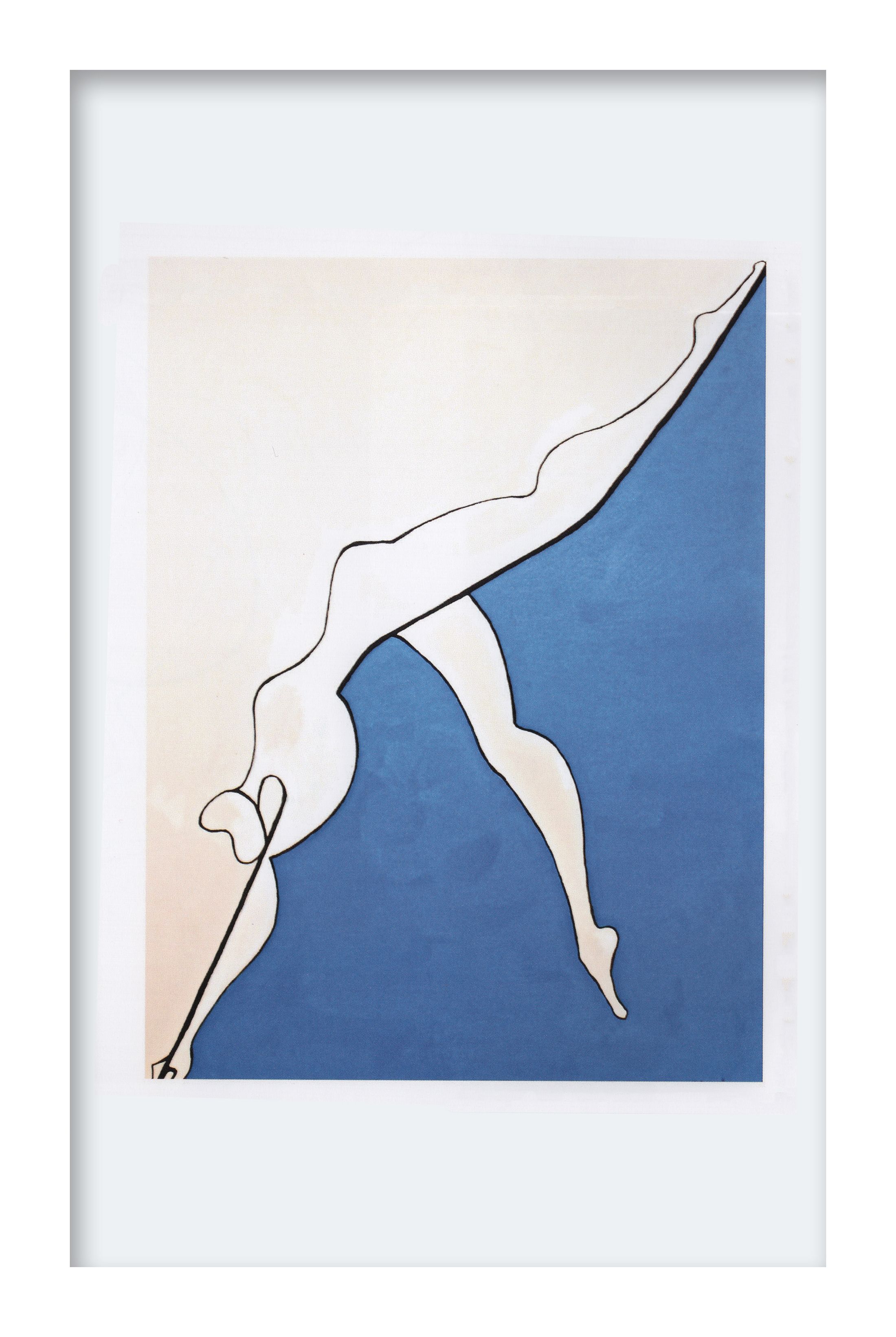poetica
A poetics of traces and memory
François Bonjour's creations stem from the idea that every fragment of reality can tell a story. His poetics are deeply linked to memory and time: ancient books, yellowed pages, letters and words emerge in his works as traces of past lives, to be saved from oblivion in an era dominated by digital technology. Each painting thus becomes a small story of existence, a “place” suspended between truth and vision where human imprints – the beauties and ruins of the world – take on new meanings. Bonjour draws on the literary universe to transfer its essence into her visual language: the book is seen as an everyday relic, a guardian of wisdom, the written page as a code to be deciphered, the word as an indelible trace of emotions. In her works, these elements are not mere quotations but narrative voices, tools of an intimate story that engages the viewer. The observer is invited to explore the work as a territory of memory, gradually discovering hidden levels of interpretation. This ability to tell stories, to transform materials into stories, has been a constant feature of Bonjour's artistic career since its beginnings in the 1970s. Despite his stylistic evolution, the artist has always remained faithful to his basic idea: to breathe new life into memories and traces of the past, composing them into a present full of poetry.
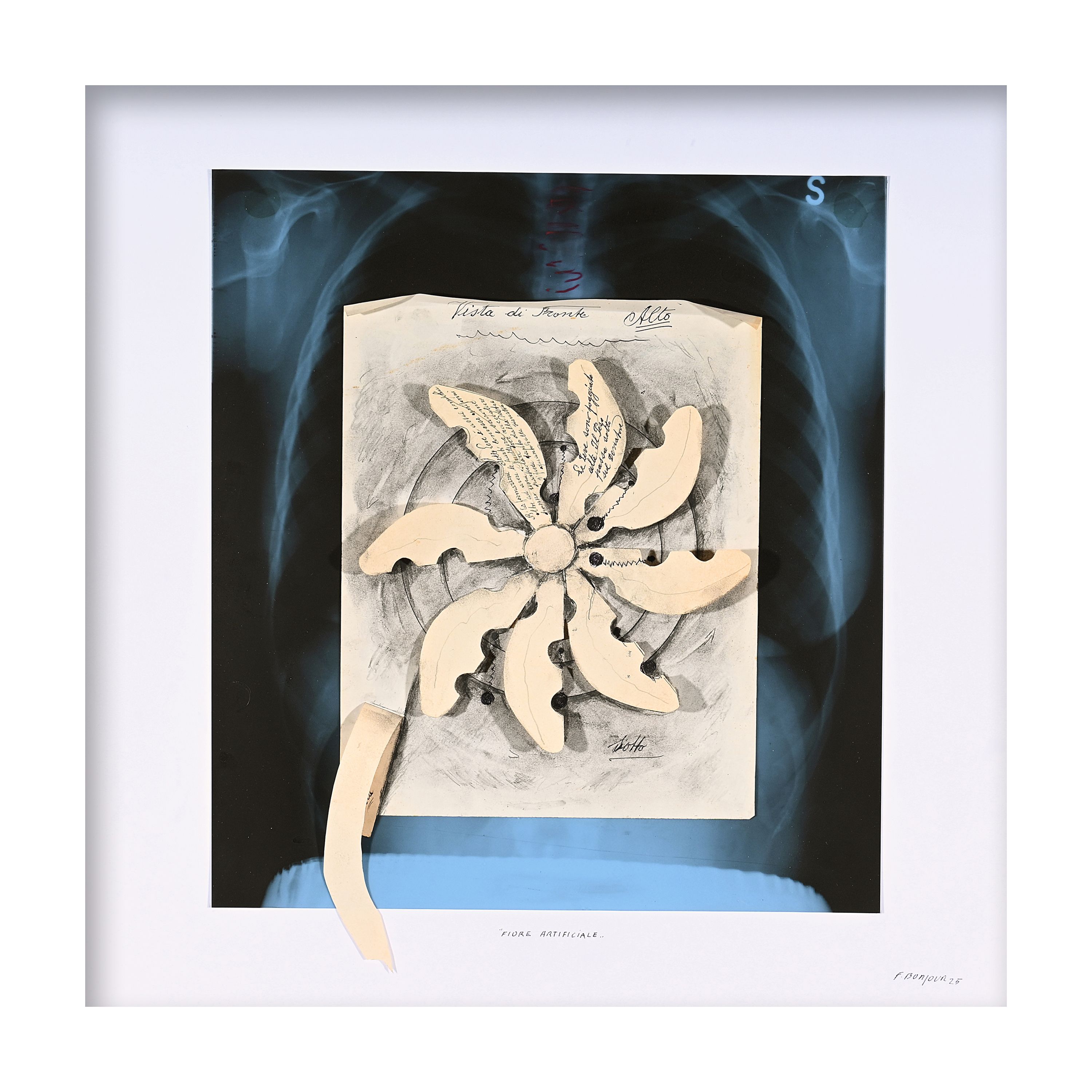
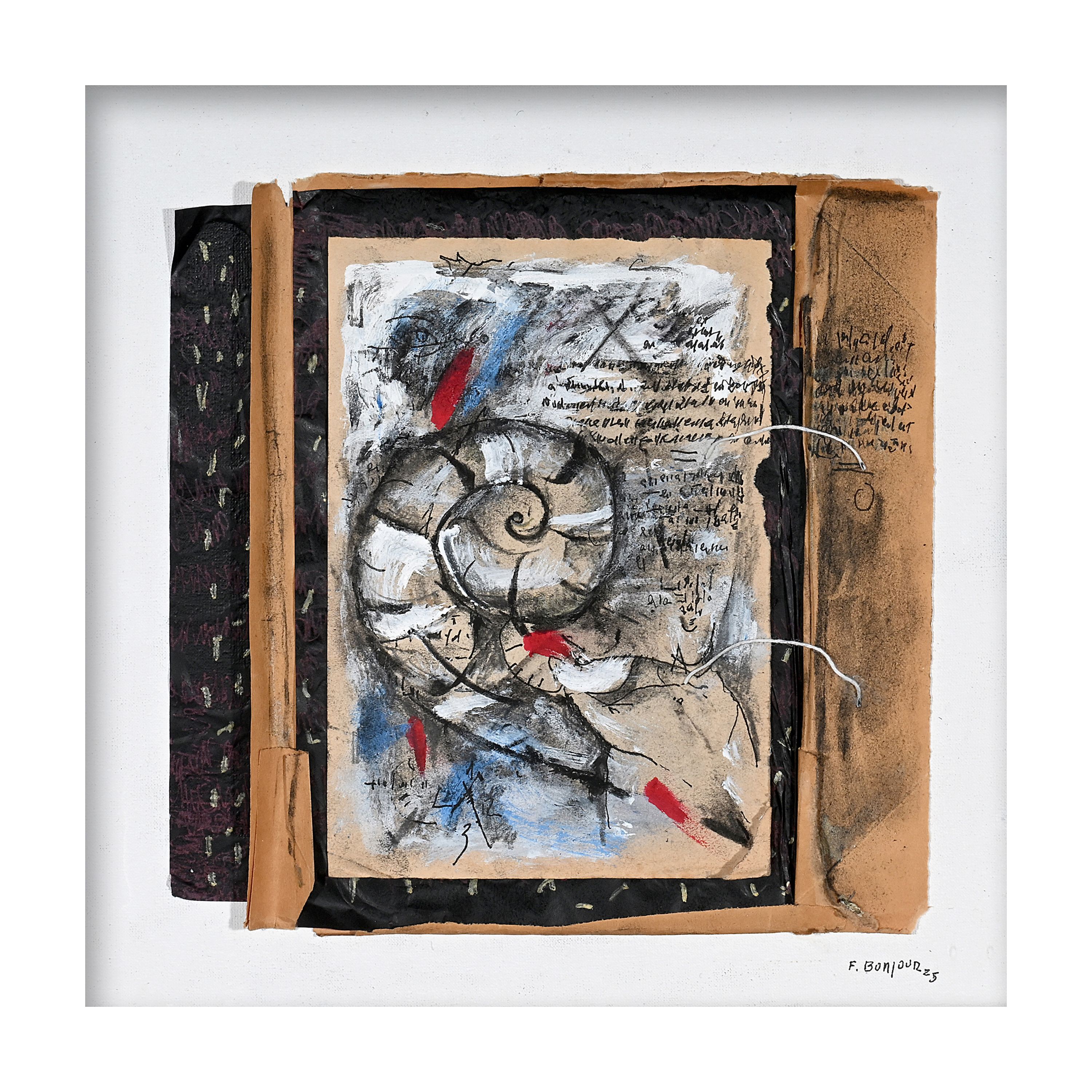
language
The language of materials and signs
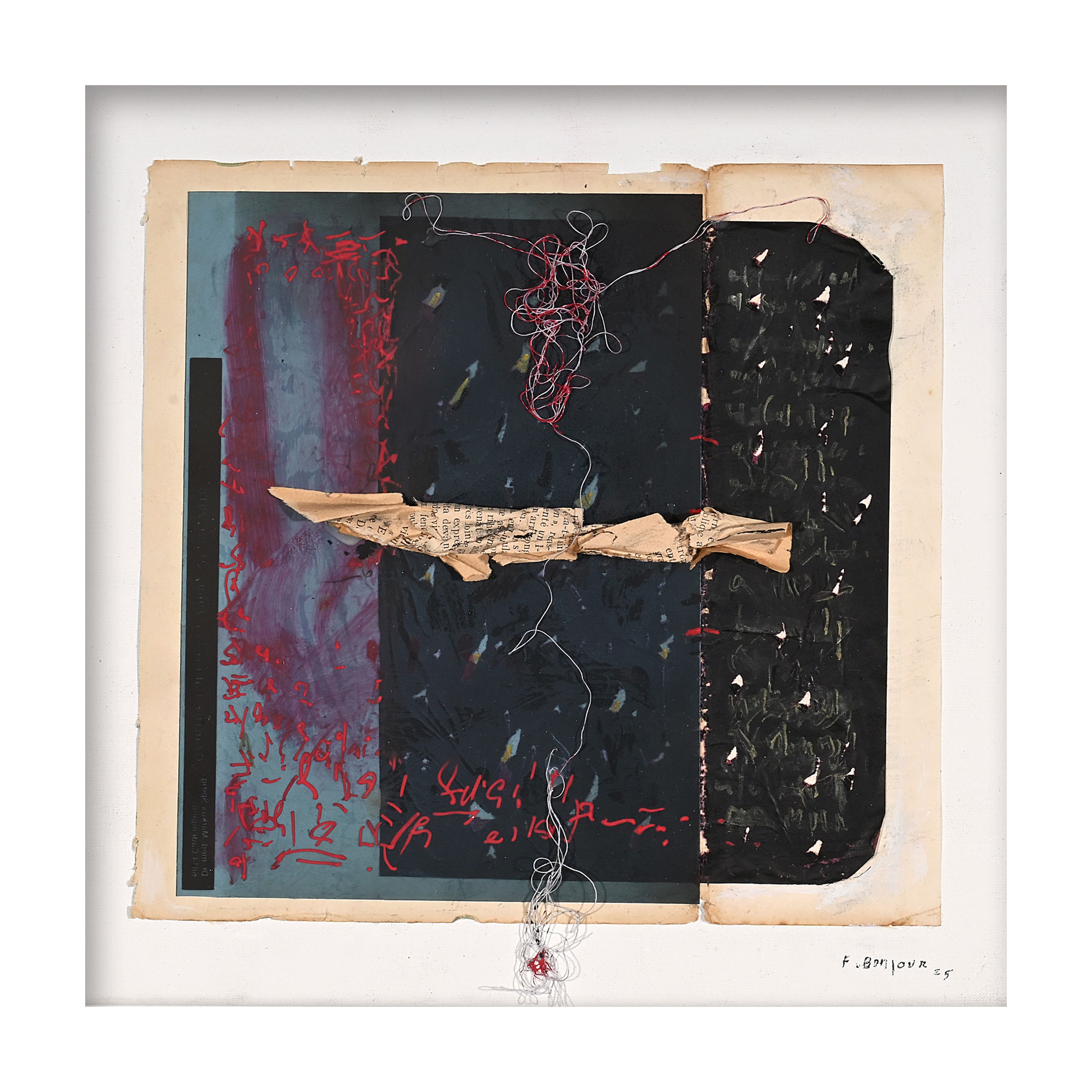
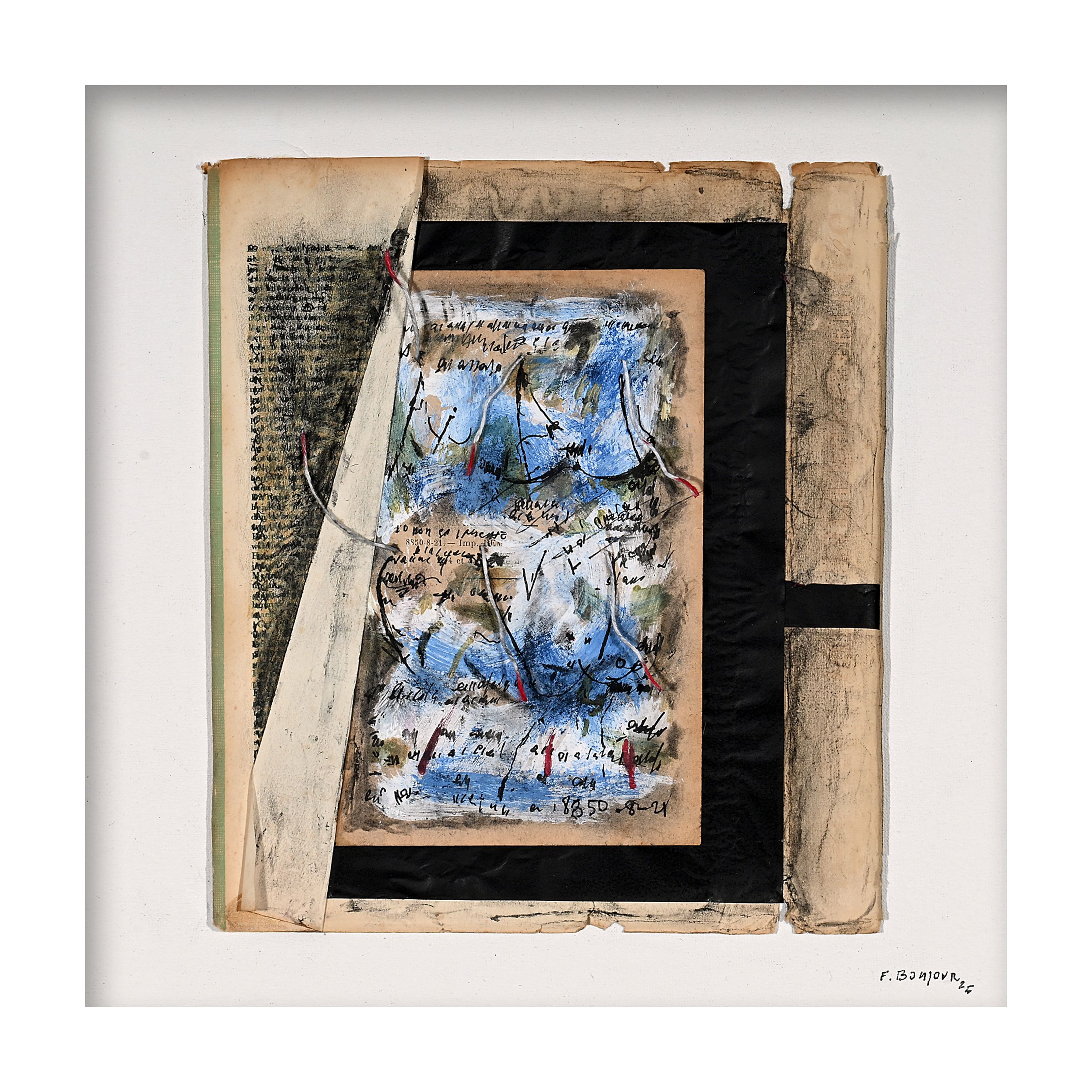
Bonjour adopts an expressive language of great material richness, juxtaposing heterogeneous elements with surprising harmony. His paintings often transcend the boundaries of the canvas, taking on an almost three-dimensional dimension thanks to the inclusion of unconventional objects and materials. On backgrounds prepared with mixed techniques, the artist applies sheets of paper, scraps of fabric, pages of books worn out by time, newspaper clippings, interweaving them with threads of string, ropes, wood fragments, red wax, broken glass and pigments. These poor materials - the 'skin of the city' as he ideally defines it - carry with them the echo of human presences, evoking lives and stories both past and future. Writing plays a central role in his compositions: elegant words and calligraphies appear, sometimes clearly legible, more often reduced to mysterious and indecipherable signs. This fusion of text and image recalls the legacy of Visual Poetry, but Bonjour reworks it in an entirely personal way. The written page is transformed into a visual element: it can be burnt at the edges, torn or covered with invented graphisms, becoming itself a surface to be contemplated. The combination of these verbal and iconic signs builds a dense and meaningful texture. Nothing is left to chance: the artist composes the different fragments with meticulous care, balancing solids and voids, light and dark, rigidity and fluidity. The result is works of refined elegance, in which the layering of materials creates physical and conceptual depth. Every detail - from the small piece of wax to a thin thread running through the paper - contributes to the overall meaning, inviting the observer into a silent conversation with the work. The result is a unique visual language, sober but incisive, capable of speaking on different levels: cultured and at the same time immediate, intimate and universal.
vision
Artistic vision: order in chaos
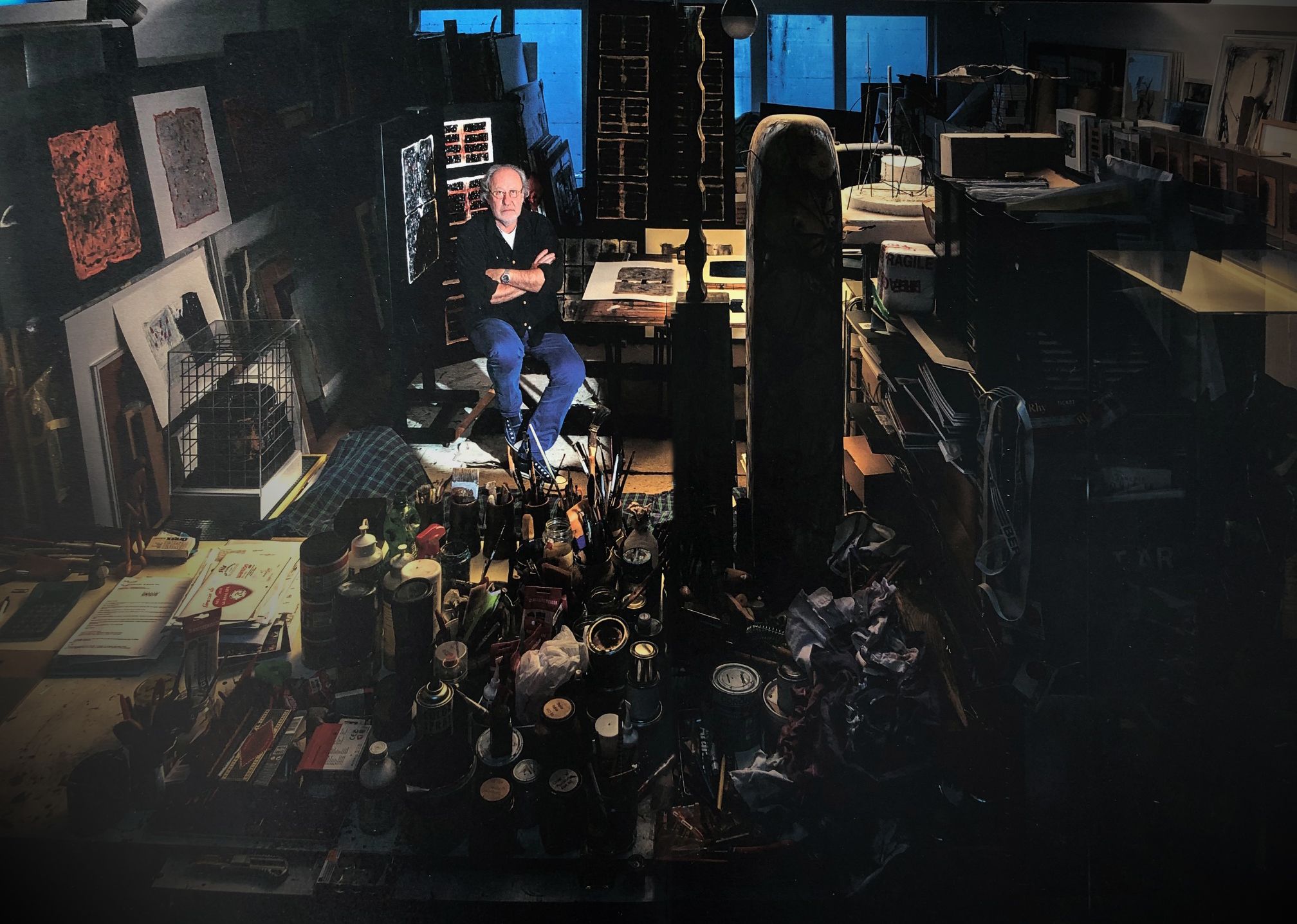
"Ateliers", Roberto Pellegrini - SalvioniEdizioni, 2018 // Bookshop
Bonjour's view of the world is imbued with a sensitivity that seeks the essential in things. His artistic research can be read as a patient journey towards simplification and expressive authenticity. Year after year, the artist has eliminated superfluous ornamentation, leading his works to a form of visual purging: few forms, few colours, but increasingly clearer meanings. This tension towards the essence translates the desire to give a poetic order to the chaos of matter. In fact, Bonjour collects the dispersed fragments of reality - forgotten objects, waste, memories - and recomposes them in a rigorous equilibrium, almost as if he wanted to discipline the disorder of the world. His works are therefore suspended in the balance between reality and imagination: they are 'reverberations' of the real world, filtered however through a gaze that purifies them of the dross of everyday life. There is no illusionistic or decorative intent, but rather a desire to ennoble ordinary existence, to extract its deep meaning. The overall tone of his compositions is measured and almost whispered: a visual lightness that in no way detracts from the strength of the message, on the contrary, it makes it more penetrating. Bonjour manages to combine lyricism and rigour: play and rule, spontaneity and reason coexist in his compositional choices. This generates an internal rhythm within the work - a breath, an underground pulsation - that holds the heterogeneous parts together and animates them with a life of its own. In this sense, each of Bonjour's creations becomes an ordered microcosm, a pulsating place of secret connections and controlled contrasts. The observer, in front of these works, is called to an almost meditative experience: he must get closer, linger over the details, let himself be guided by the paths traced by the artist to grasp the 'secret intelligence' of things.
creativity
Creative evolution and new experiments
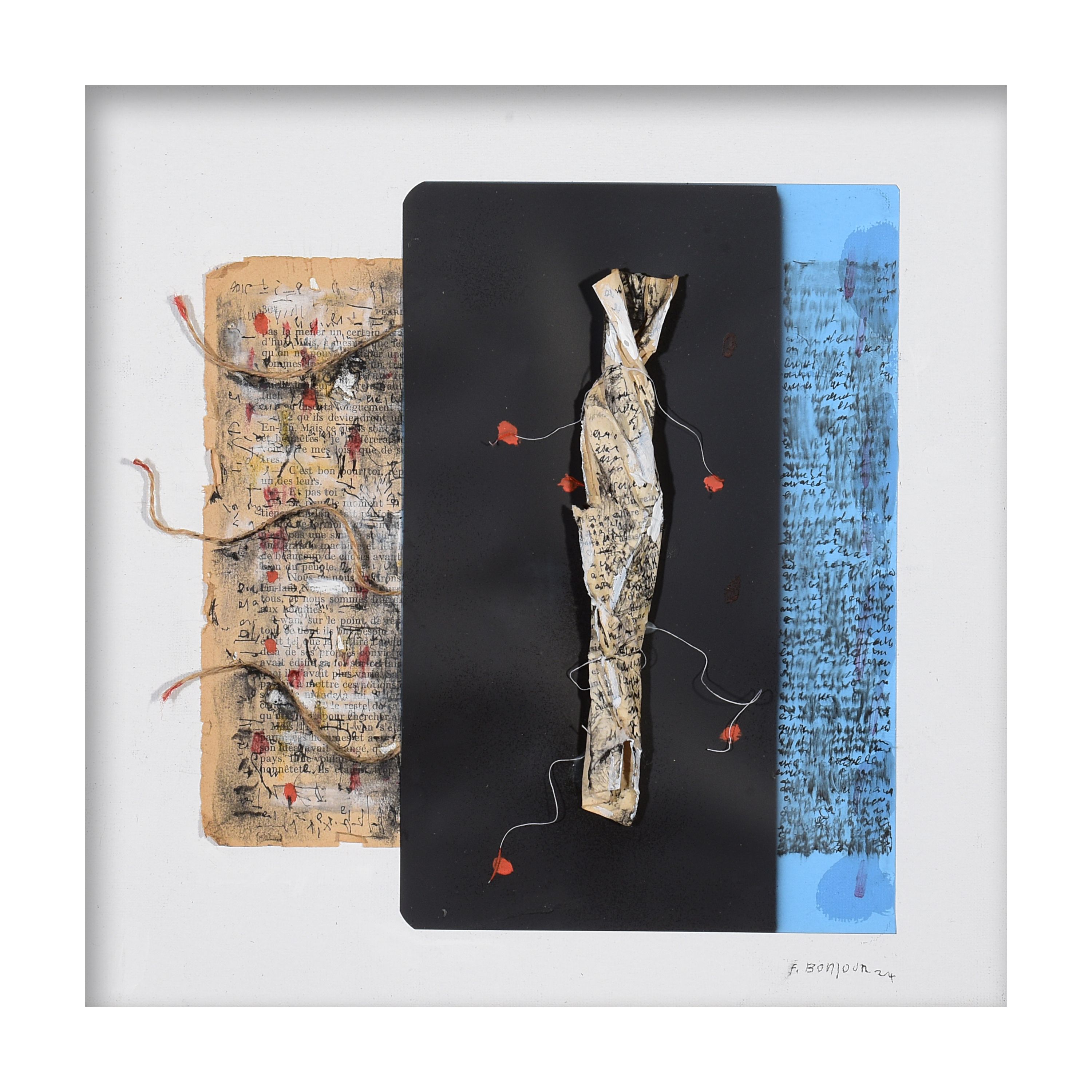
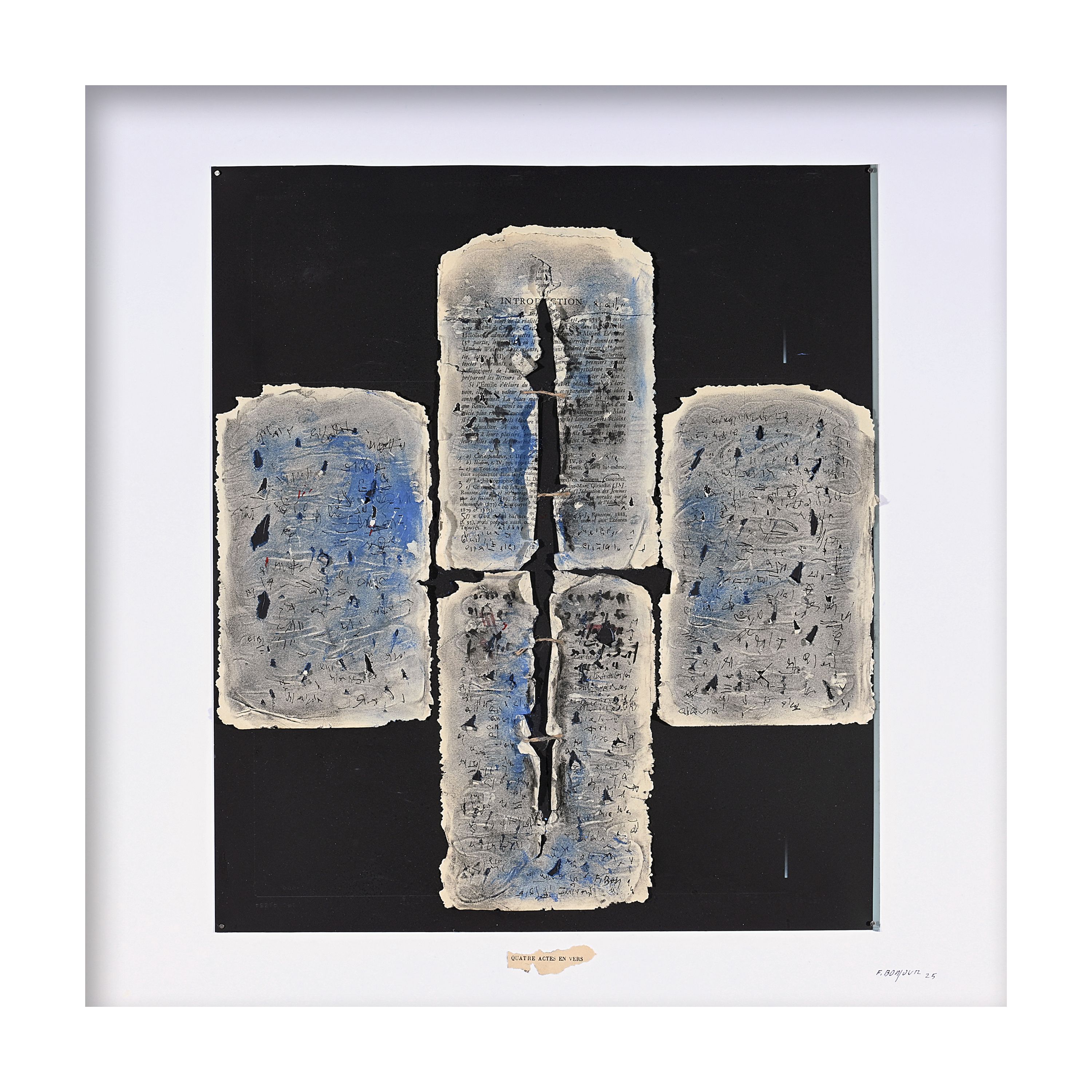
While maintaining an underlying coherence, François Bonjour's art has evolved over the decades through different cycles and experimentation. From his beginnings to the present day, the artist has been able to embrace new stimuli without ever betraying his own poetics. In some past phases, her compositions have presented more lively and pastel tones, with colour combinations almost like material patchwork. There have been periods in which Bonjour has worked on the recycling of books in object form: discarded volumes have been transformed into works of art, with pages stitched together, sealed in wax or filled with personal and enigmatic writing, as if the artist wanted to converse directly with those texts and bring them to new life. Around the end of the 2010s, new symbolic elements emerged in his canvases, such as thin red threads snaking beneath the white surface and surfacing here and there like sprouts of untold stories. At the same time, Bonjour has deepened his use of specific materials in cycles of serial works: a few years ago he explored carbon paper to obtain deep black fields scratched with light, while more recently he has turned his attention to a material as technological and at the same time intimate as X-ray film. Over the past two years, the artist has in fact often incorporated X-rays into his compositions, fascinated by the dual nature of these images: scientific tracings of the human body, but also subtle symbologies of what lies "beneath the surface" of things. This new experimentation with X-rays further enriches Bonjour's visual lexicon, adding transparencies and bluish tones to his usual earthy and neutral tones, and creating an evocative contrast between past and present, organic and technological. Even beyond easel painting, the artist tries his hand at installations and sculptures, keeping his themes intact: books imprisoned in metal cages, boards that become reliquary shrines of memories, or large-scale compositions that transform the exhibition space into a labyrinth of signs and objects. In each new creative phase, François Bonjour demonstrates a dynamic fidelity: he changes media, experiments with different formal solutions, but remains faithful to his vision. The common thread - the idea that art can unveil the essence hidden in humble, everyday things - unites all his works, making his path recognisable and at the same time always alive and surprising.
I search with simplicity among the forgotten layers of matter for signs of a new rebirth.
François Bonjour
I search with simplicity among the forgotten layers of matter for signs of a new rebirth.
François Bonjour
2025
2025
2024
2024
Anthological Retrospective
1970-2023
2023
2019
2017
2015
2014
2013
2012
2011
2010
2009
2008
2007
2006
2005
2004
2003
1970-1999
Selezione Antologica
L'attimo fuggente tra pittura e scrittura: capitoli di un percorso
di Claudio Guarda - Antologica a cura di Marco Gurtner, Casa Cavallier Bellanda Comune di Biasca, 2004

